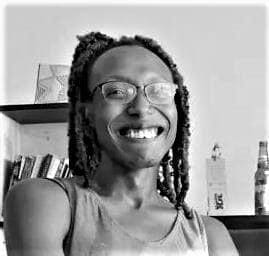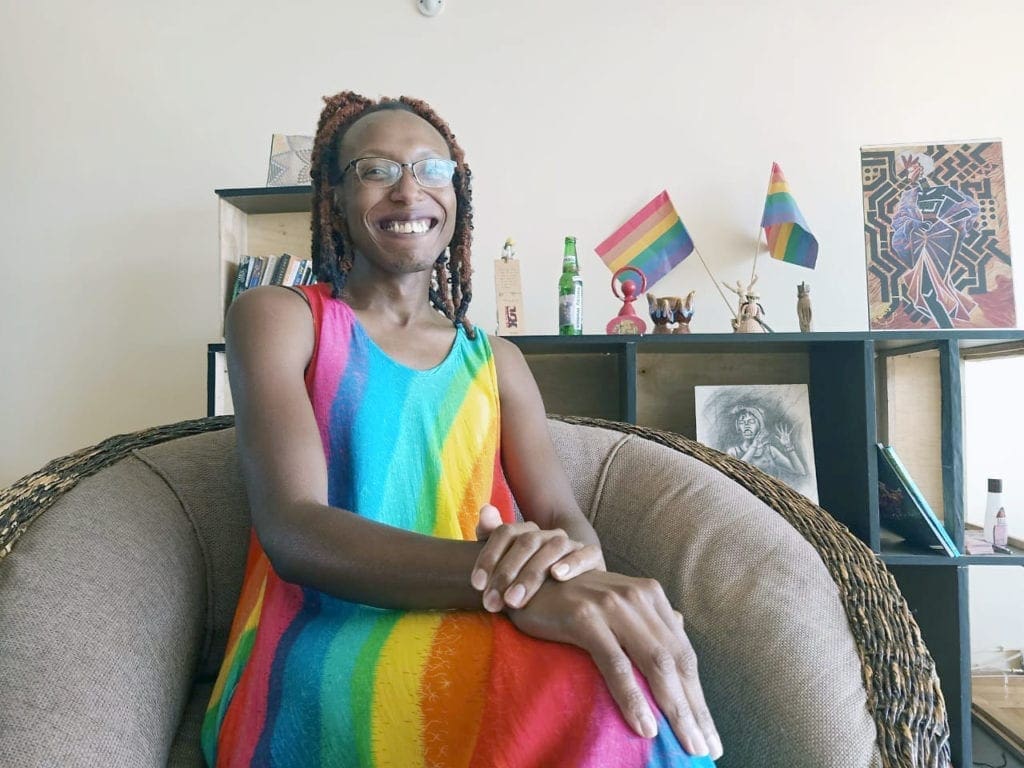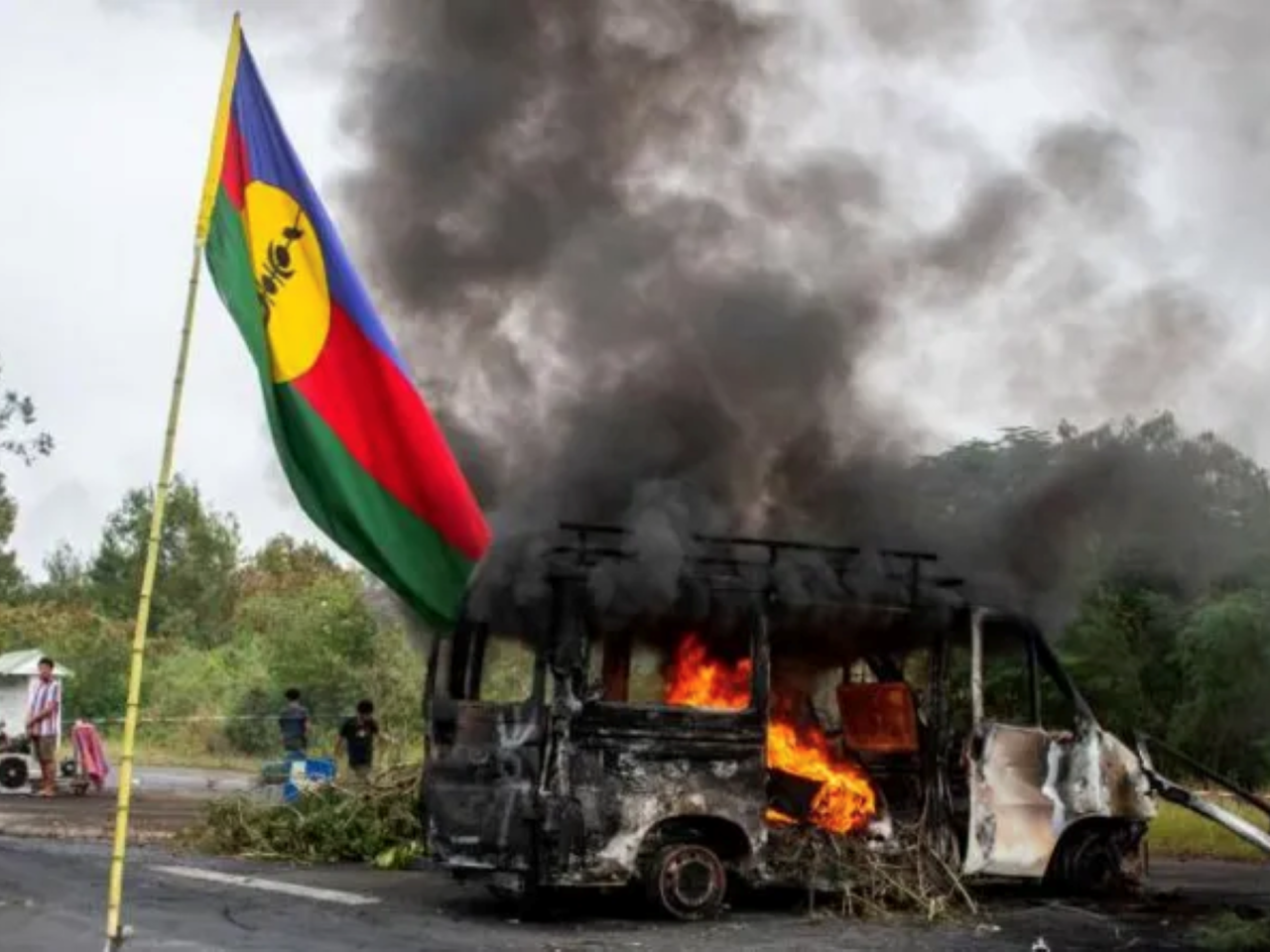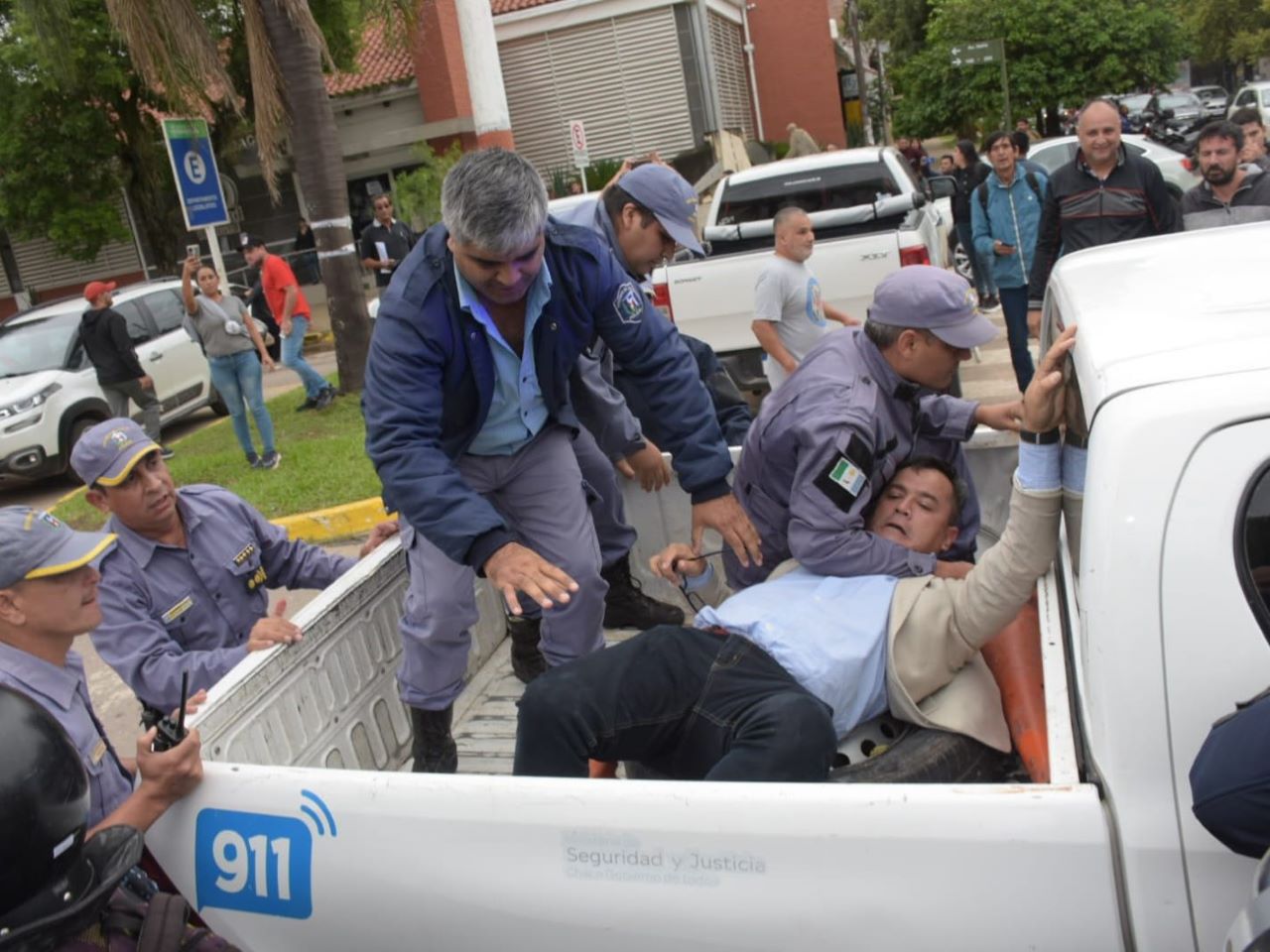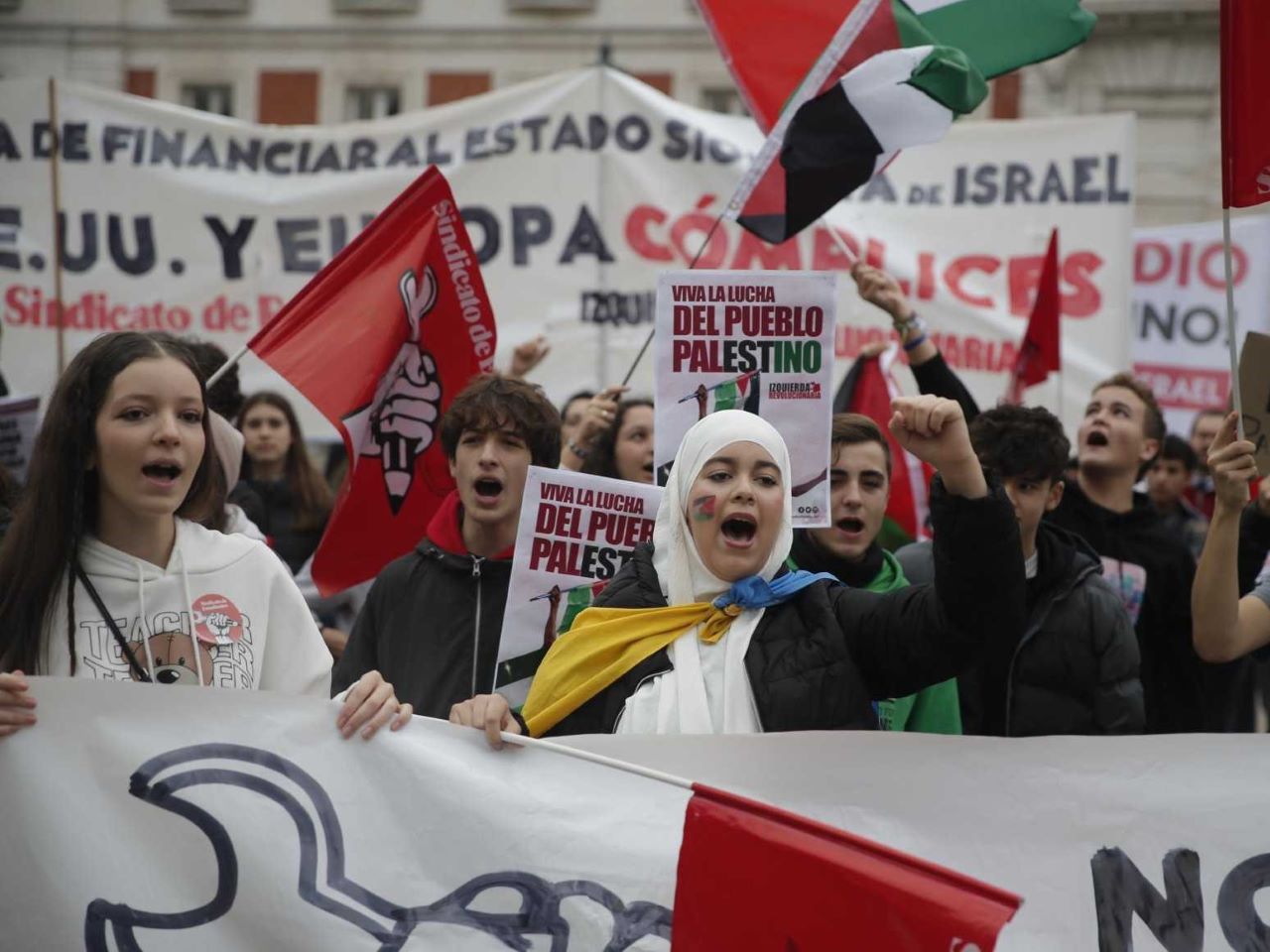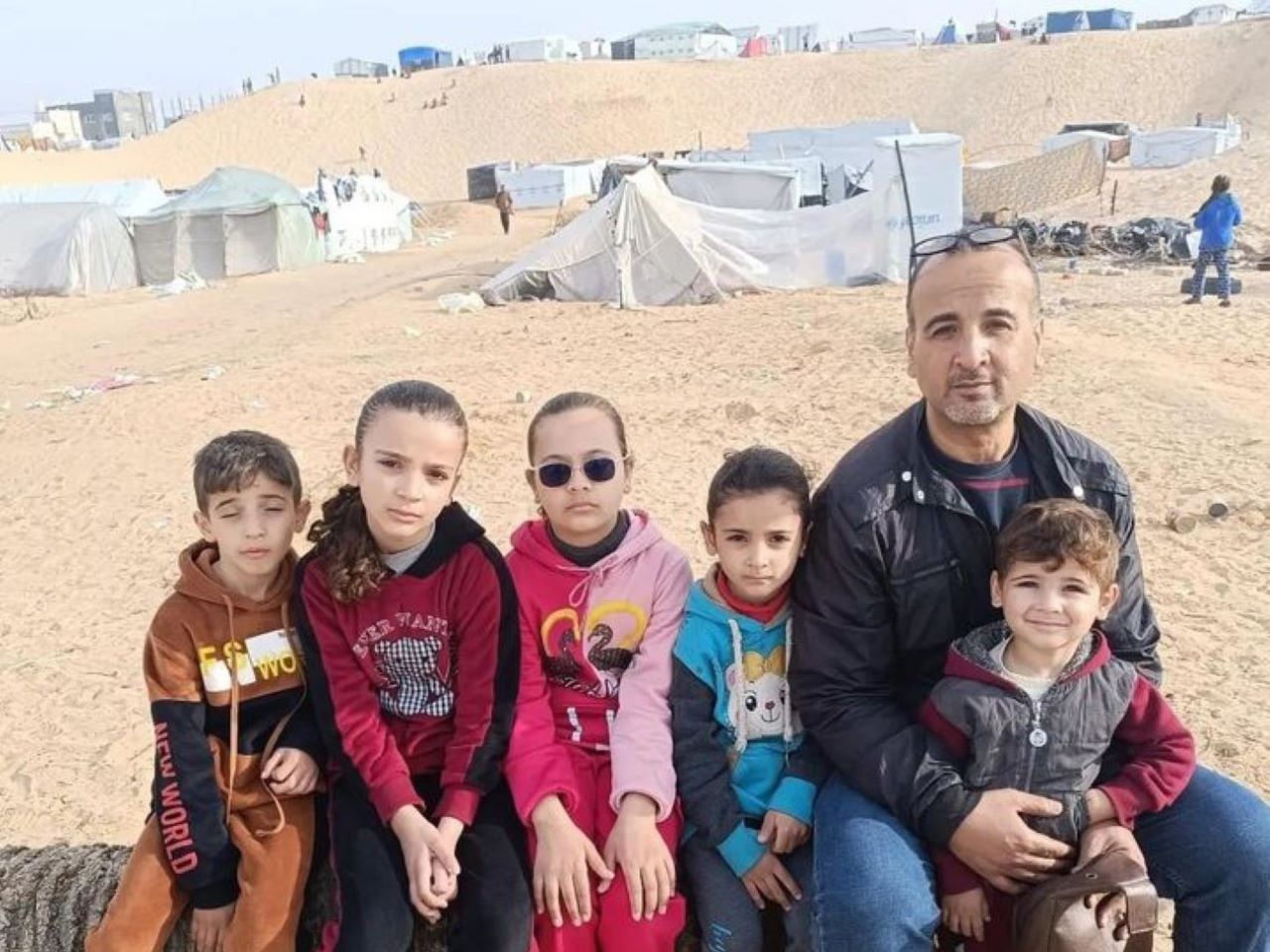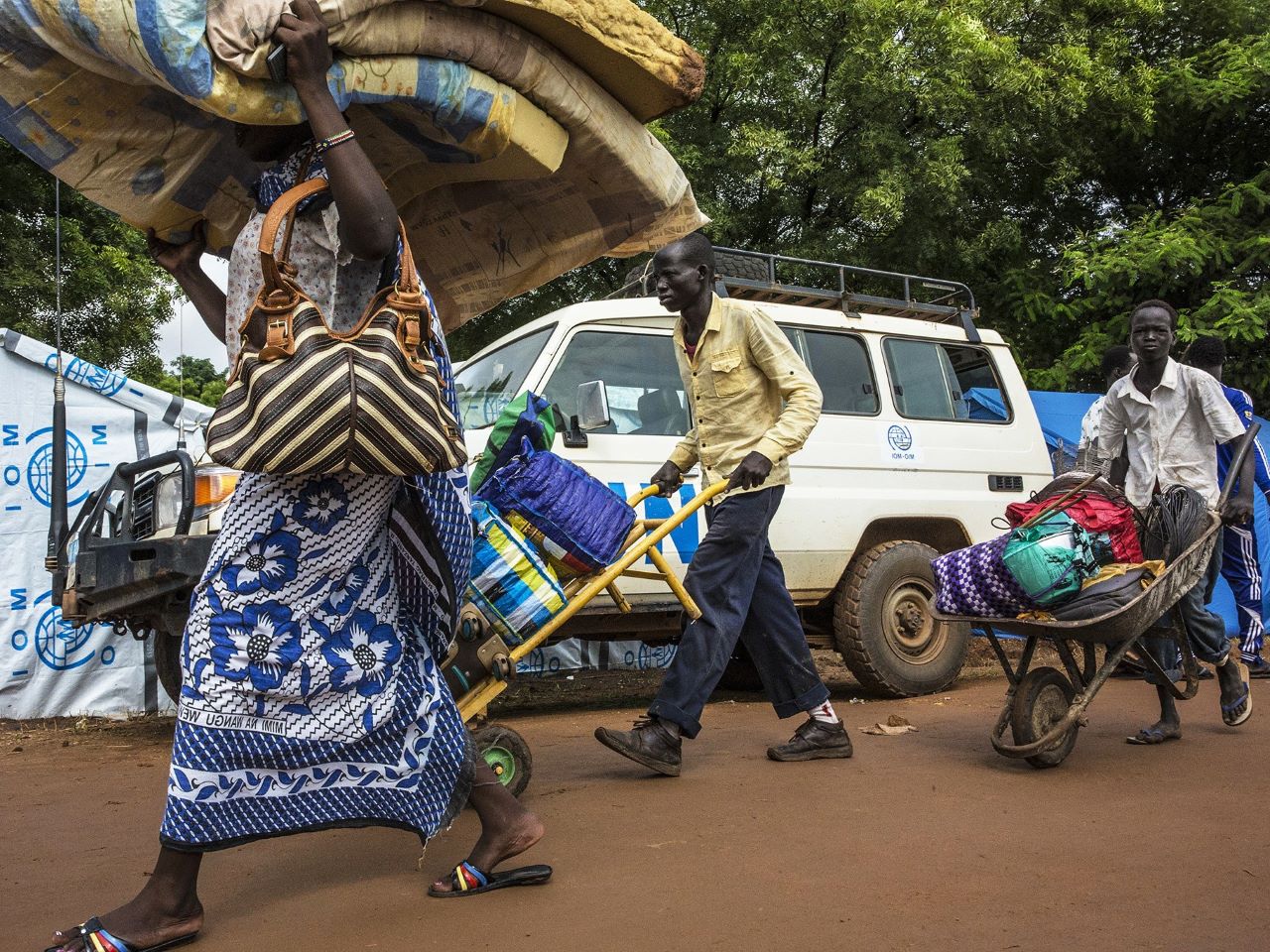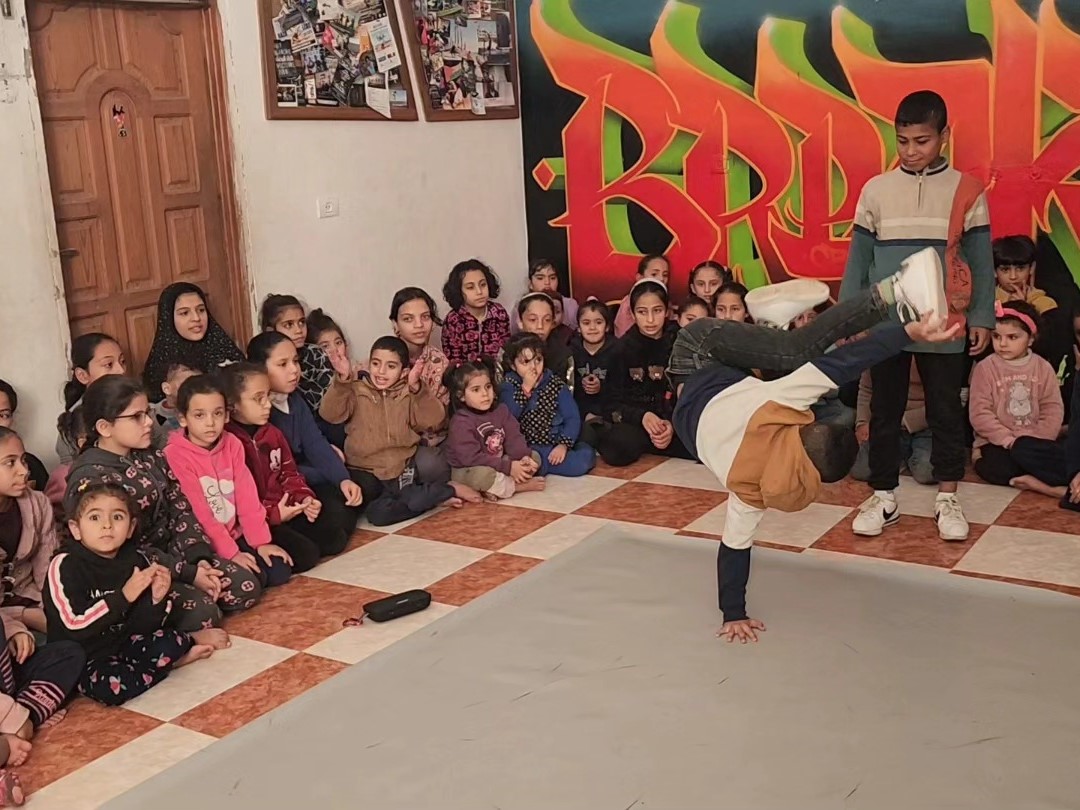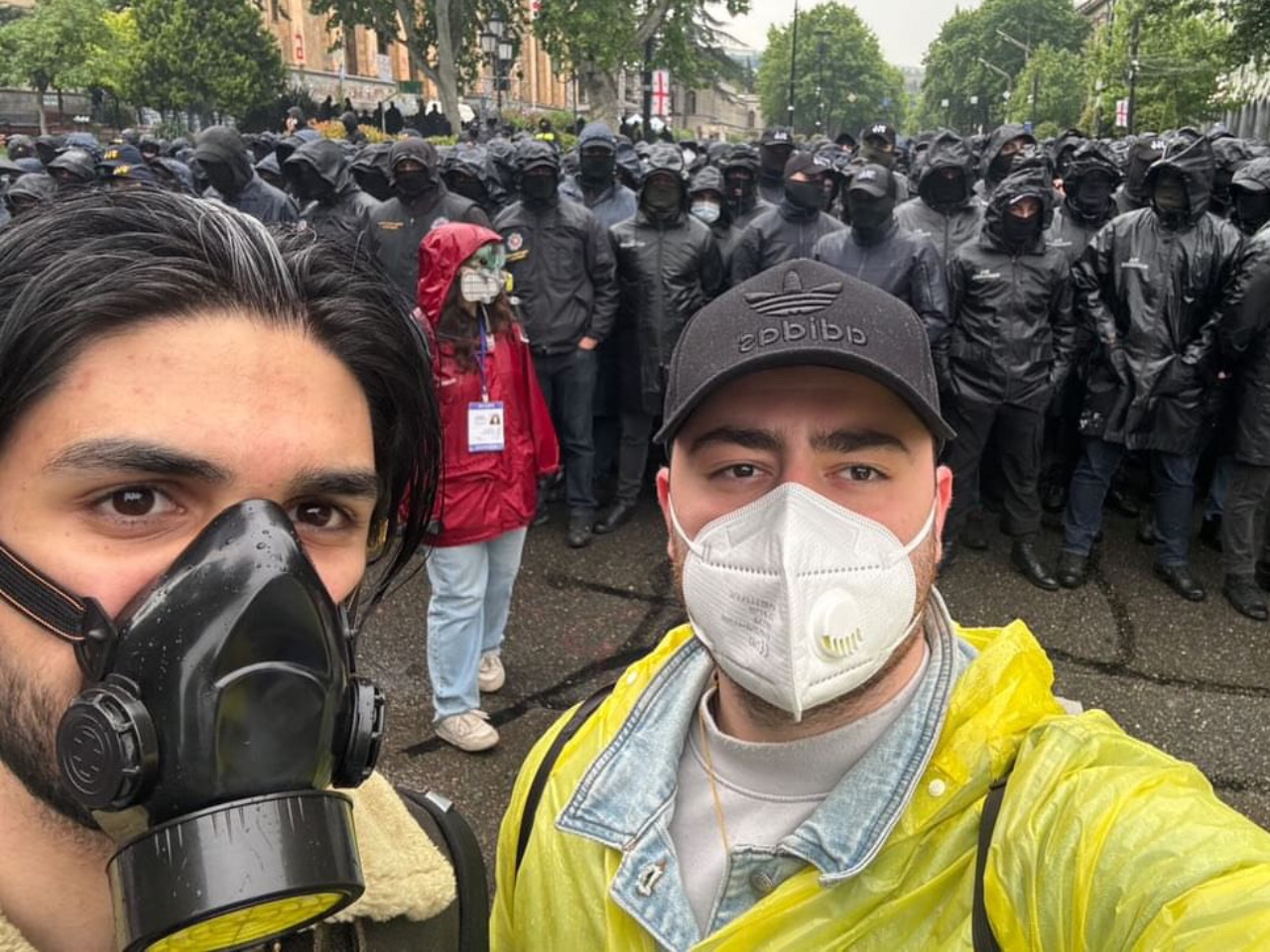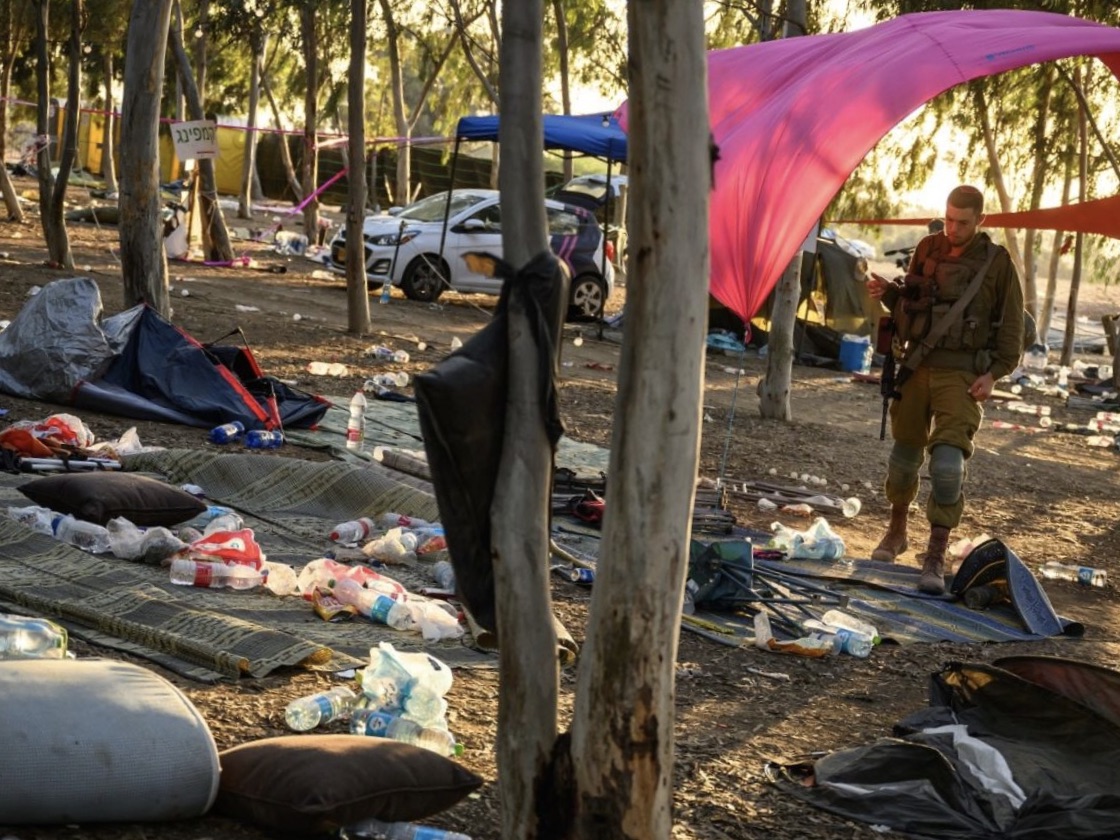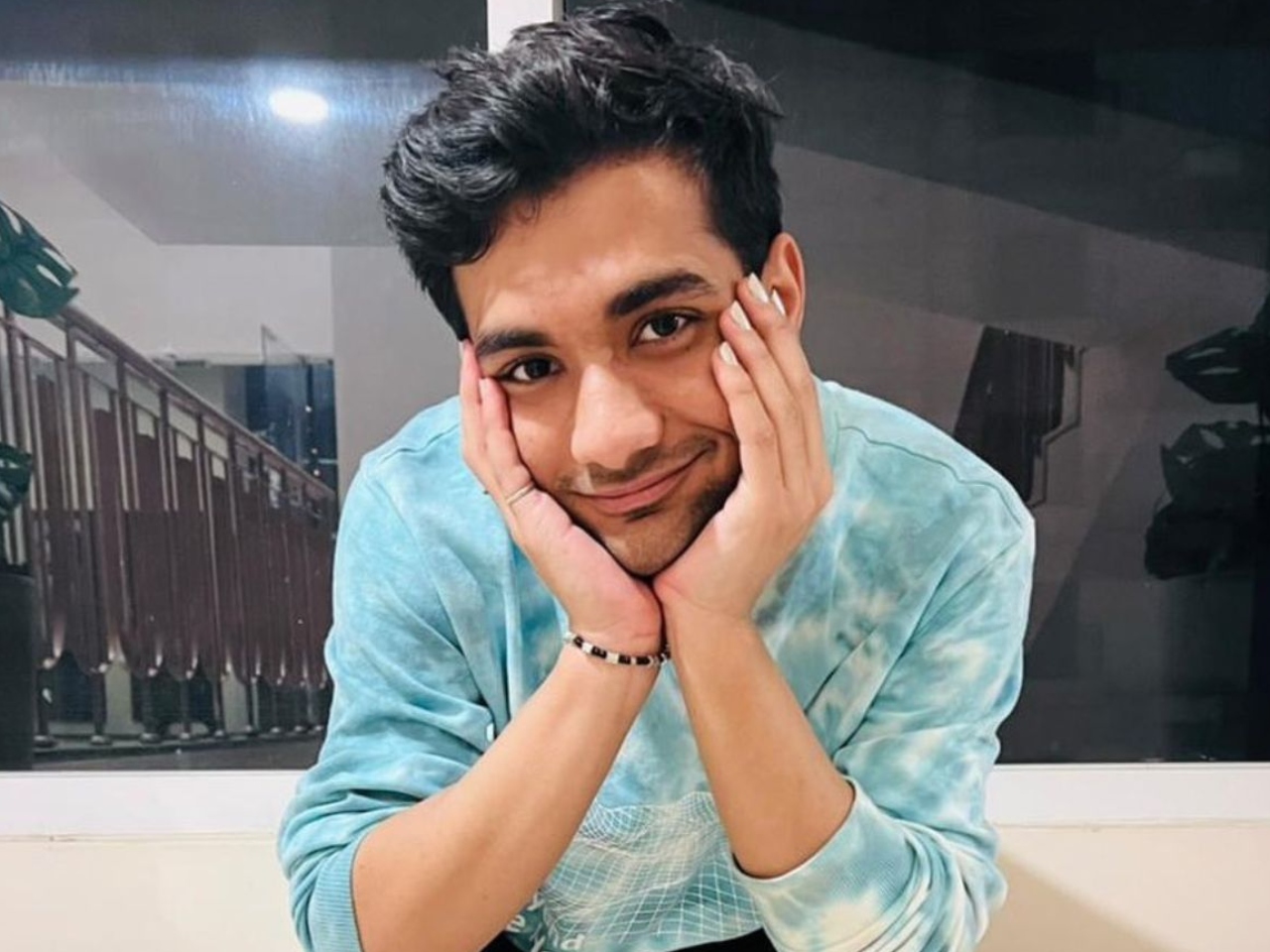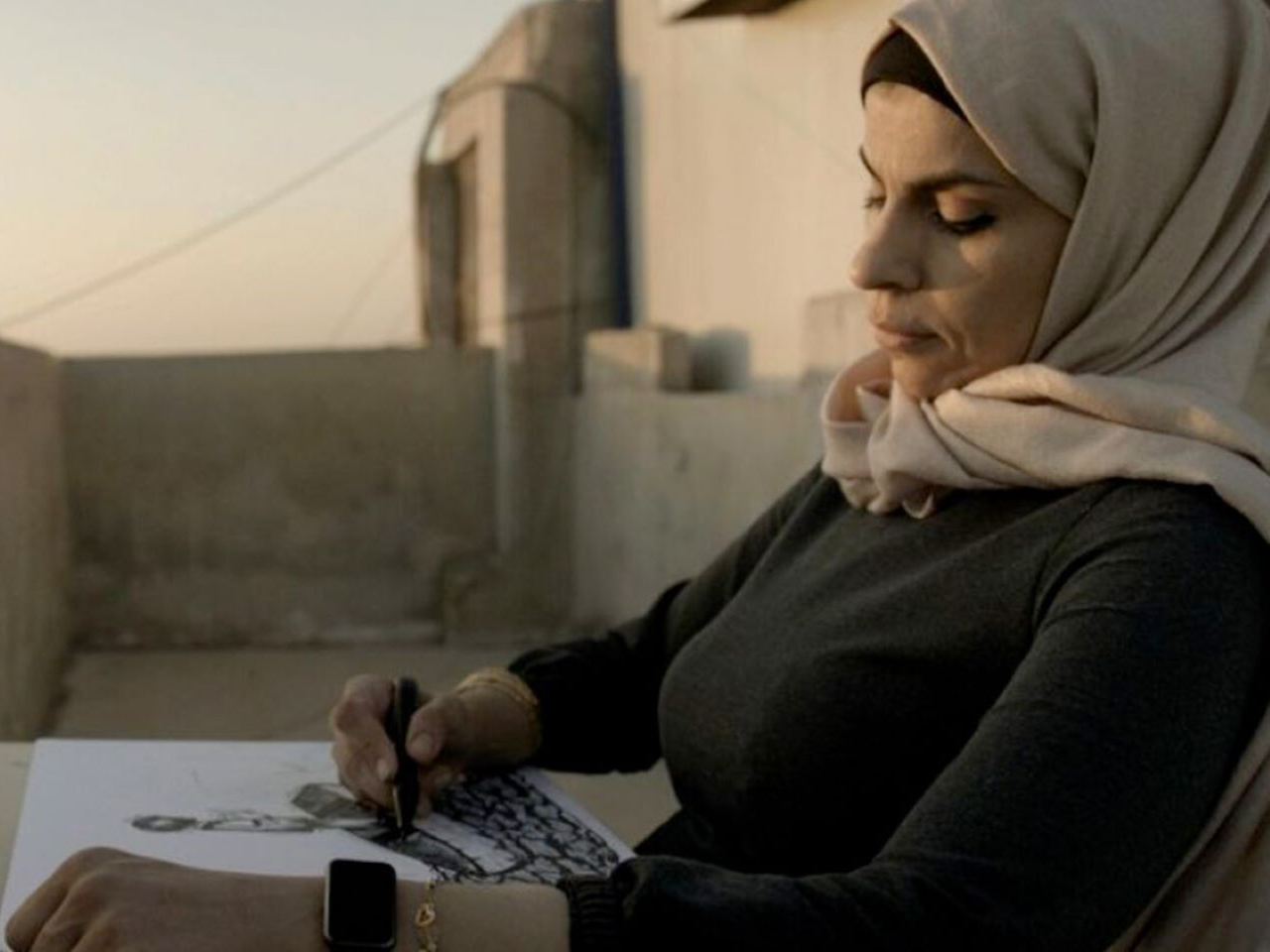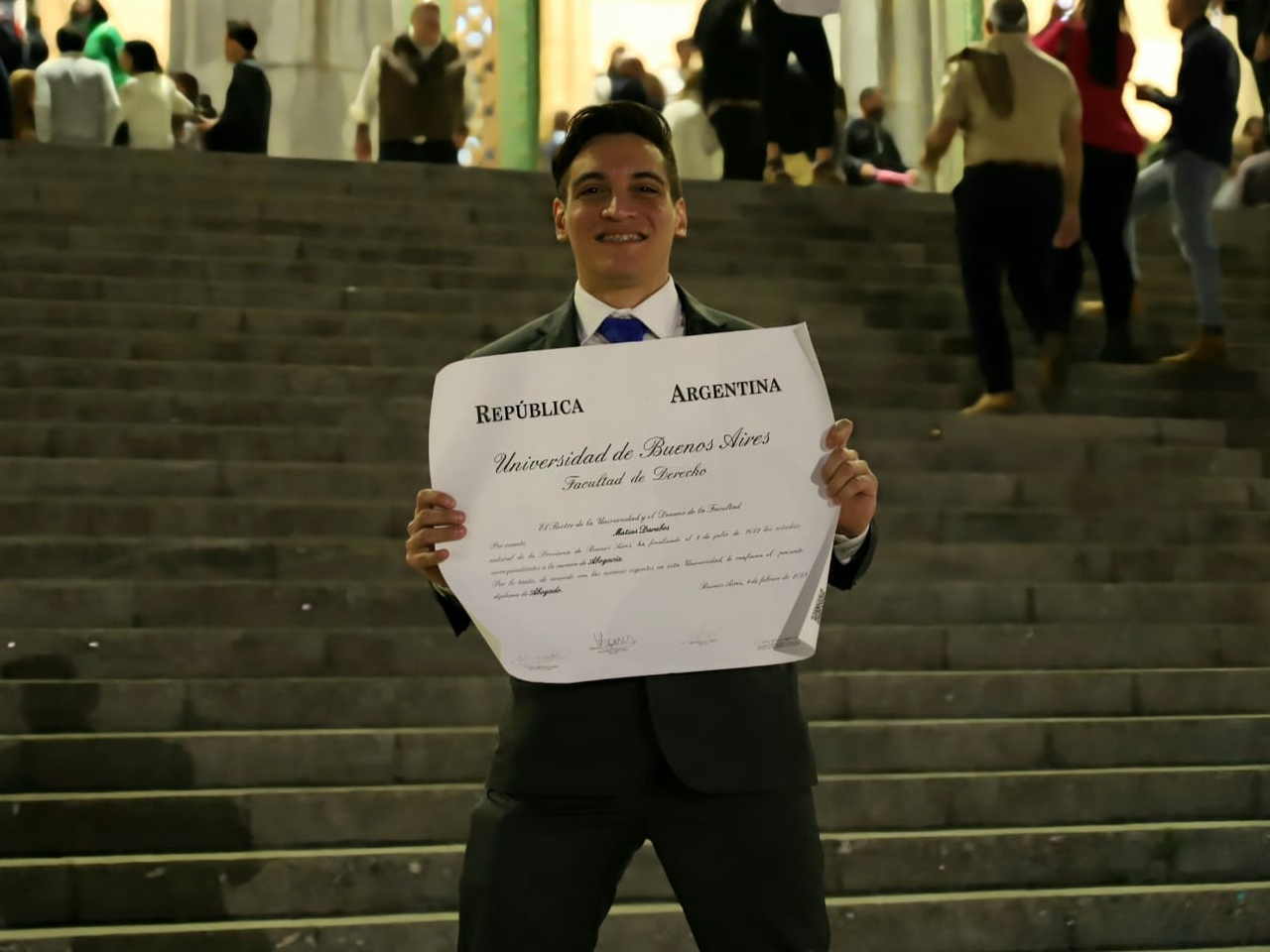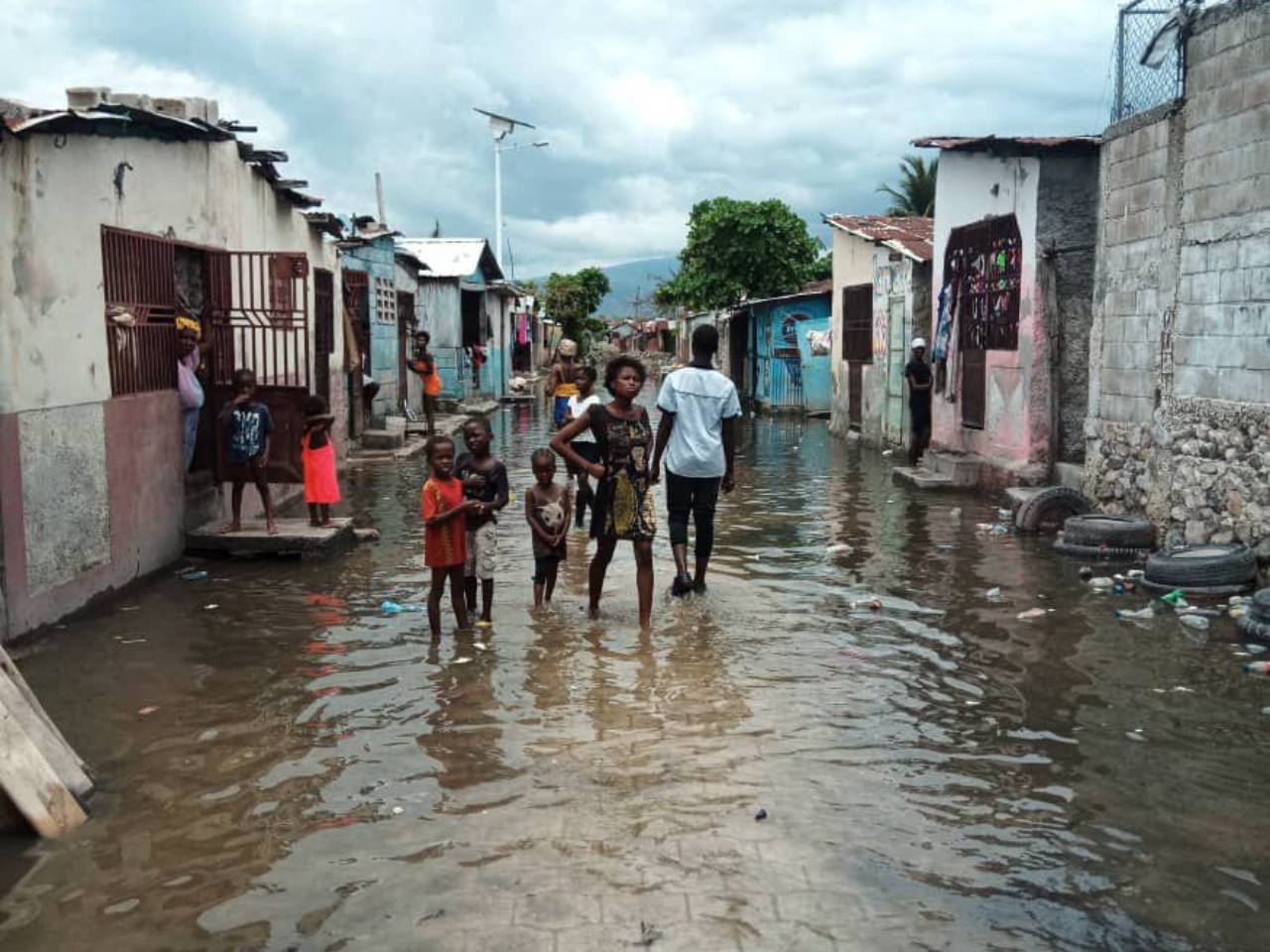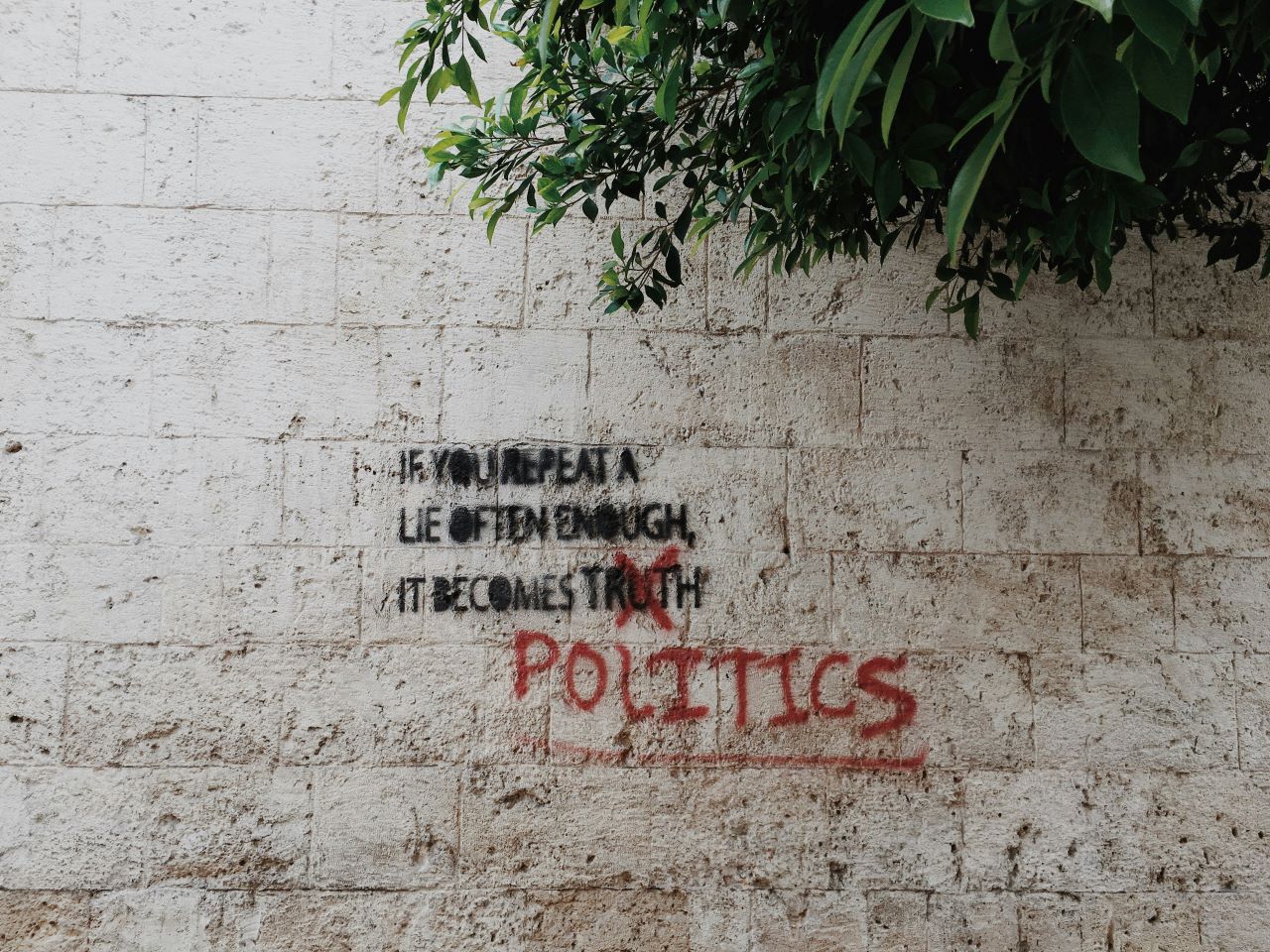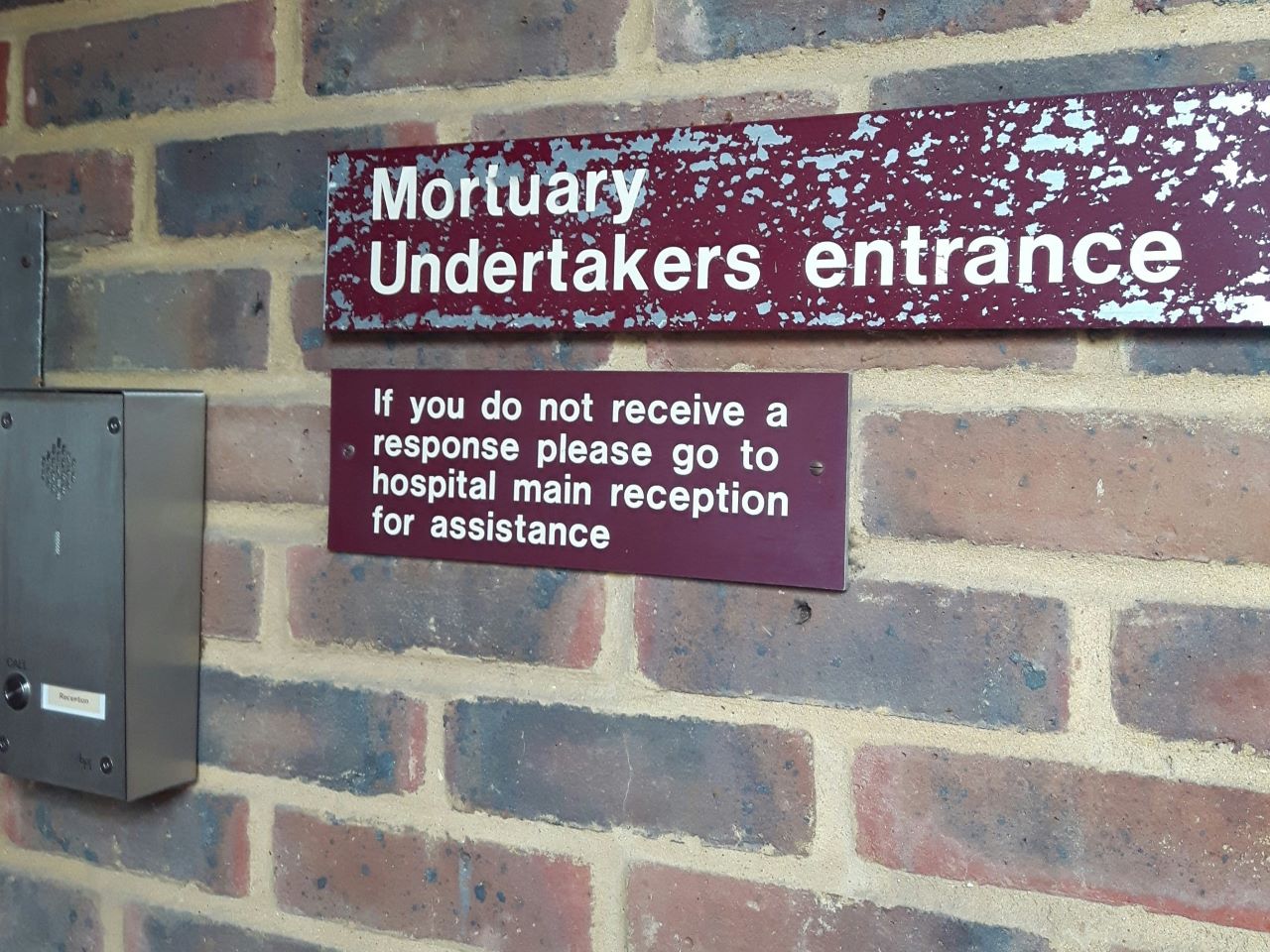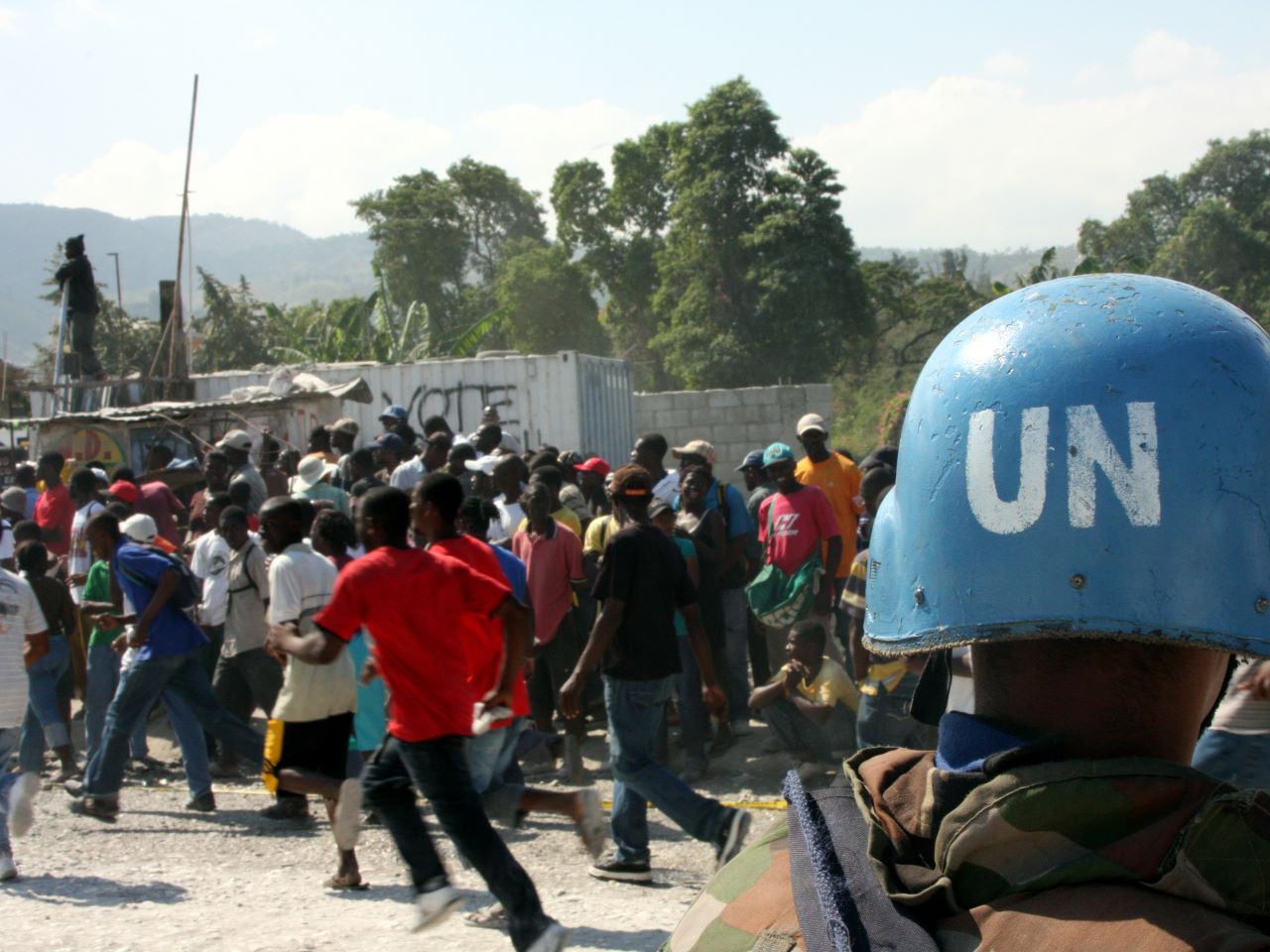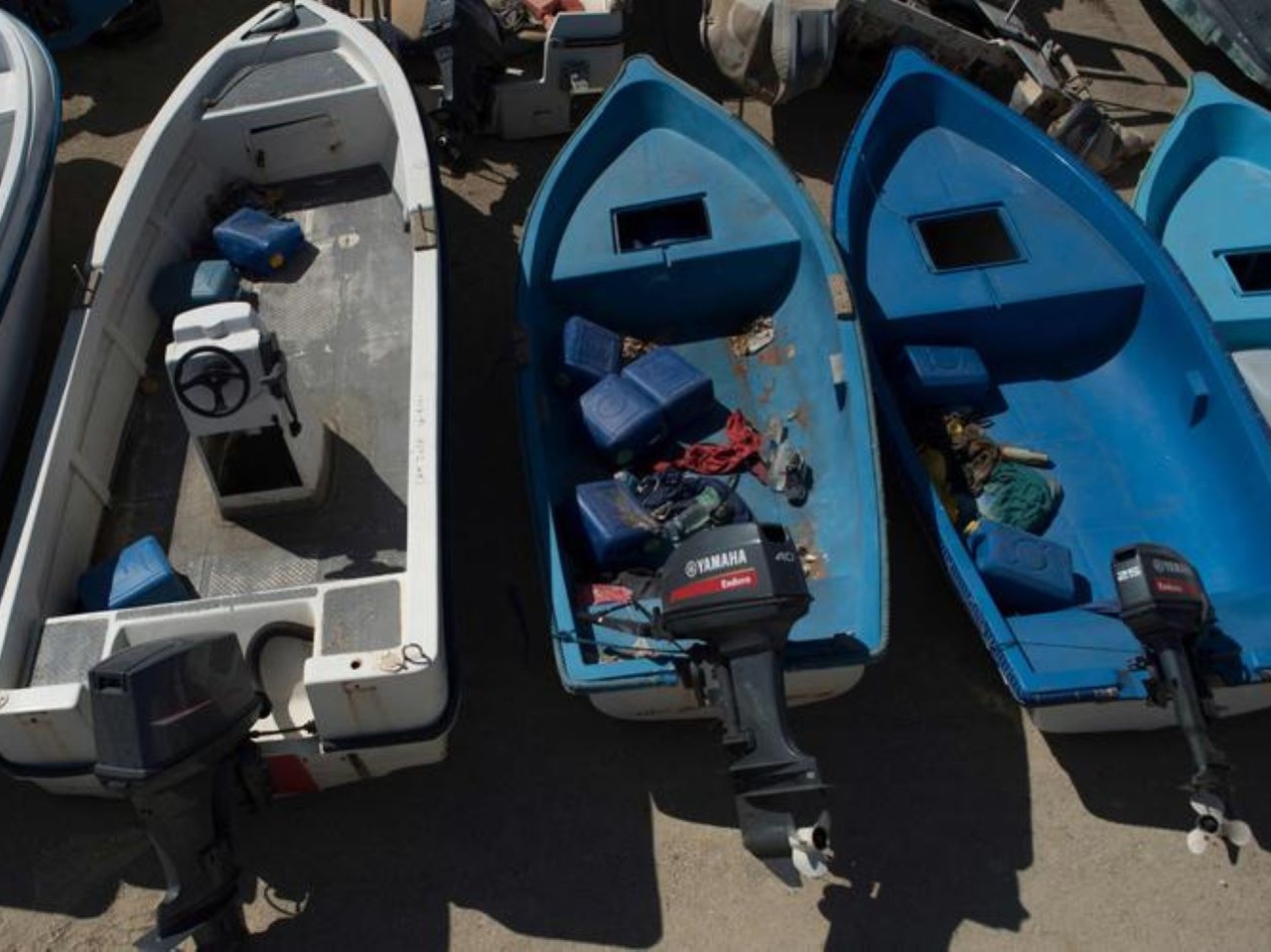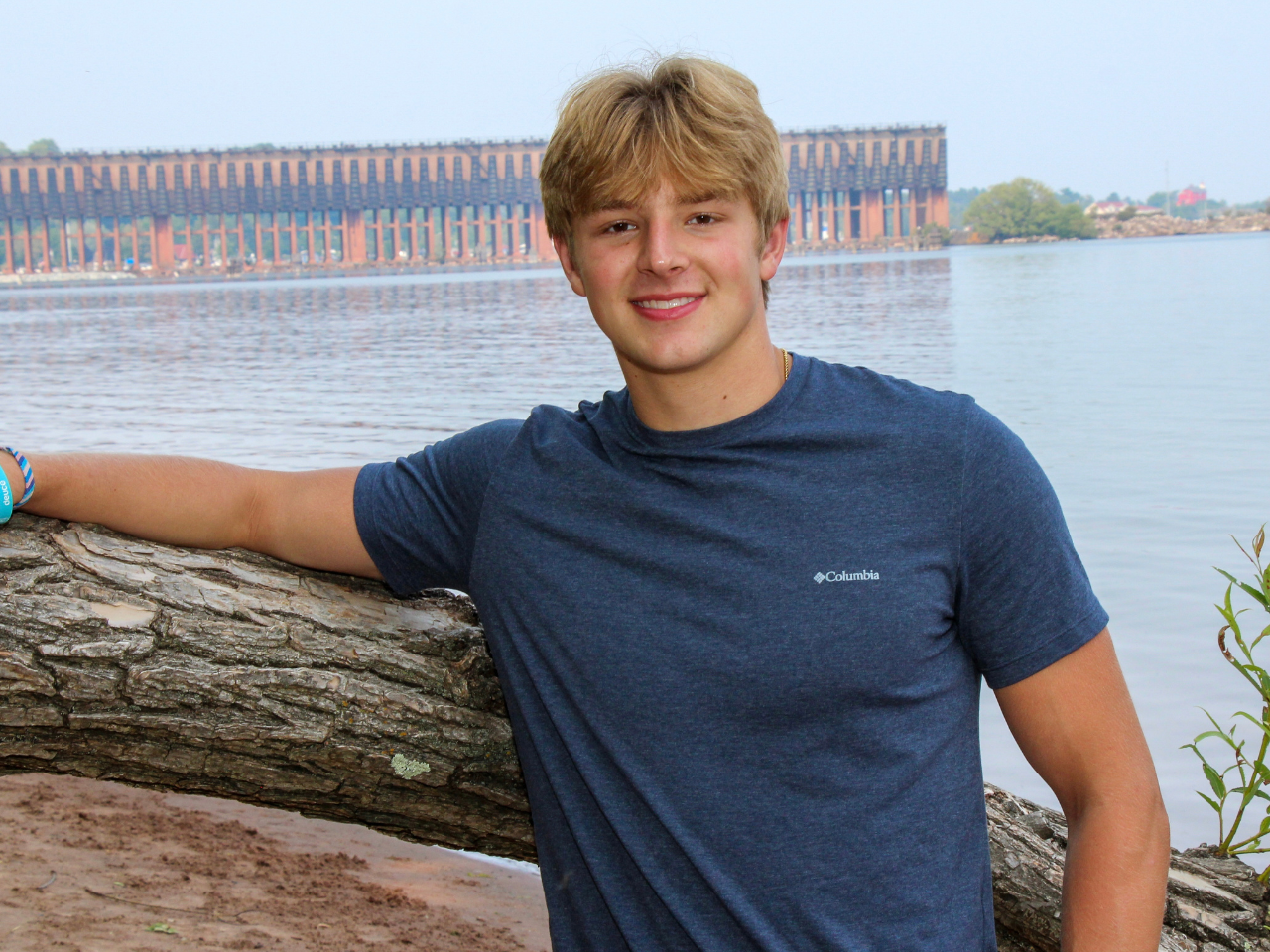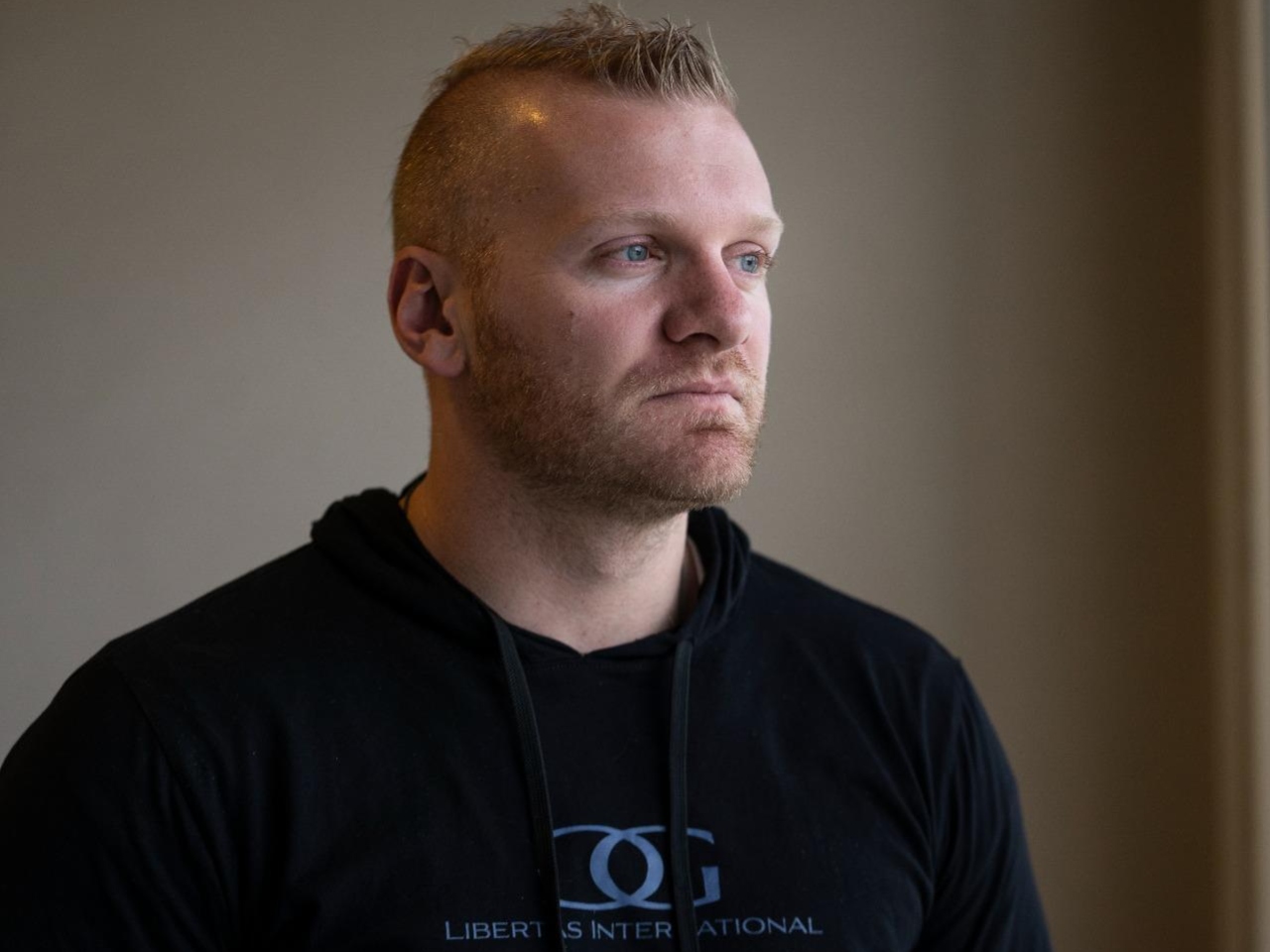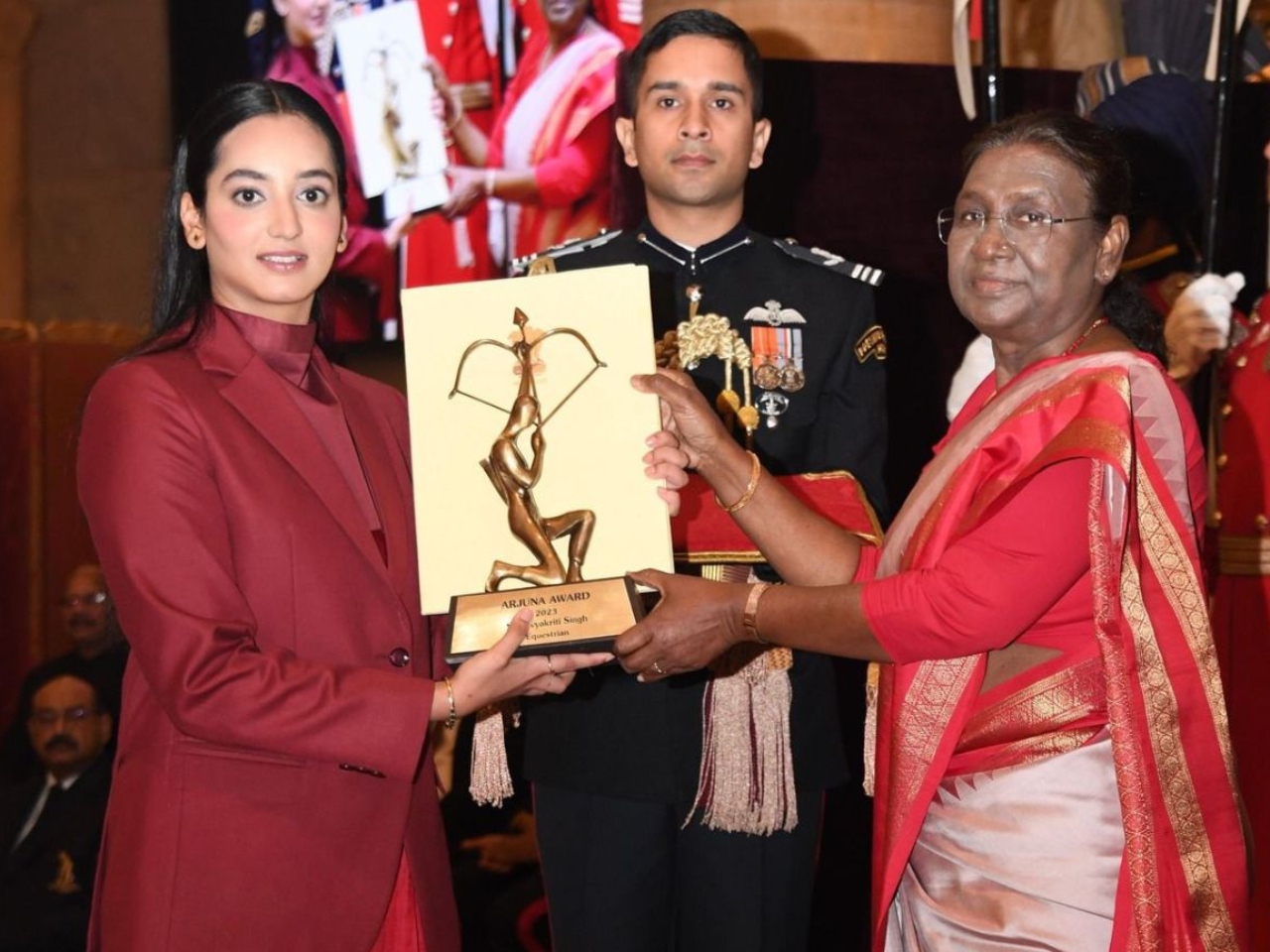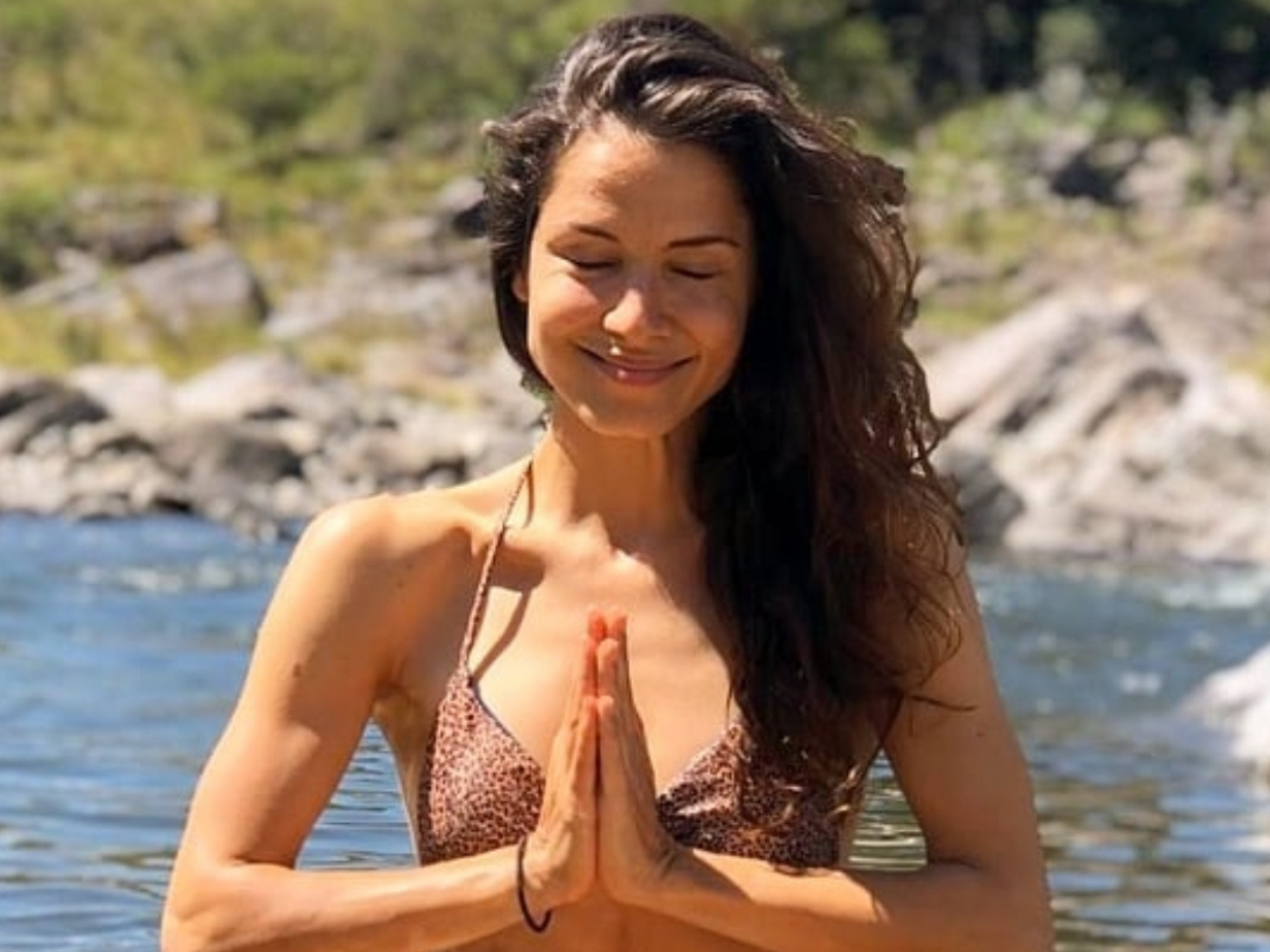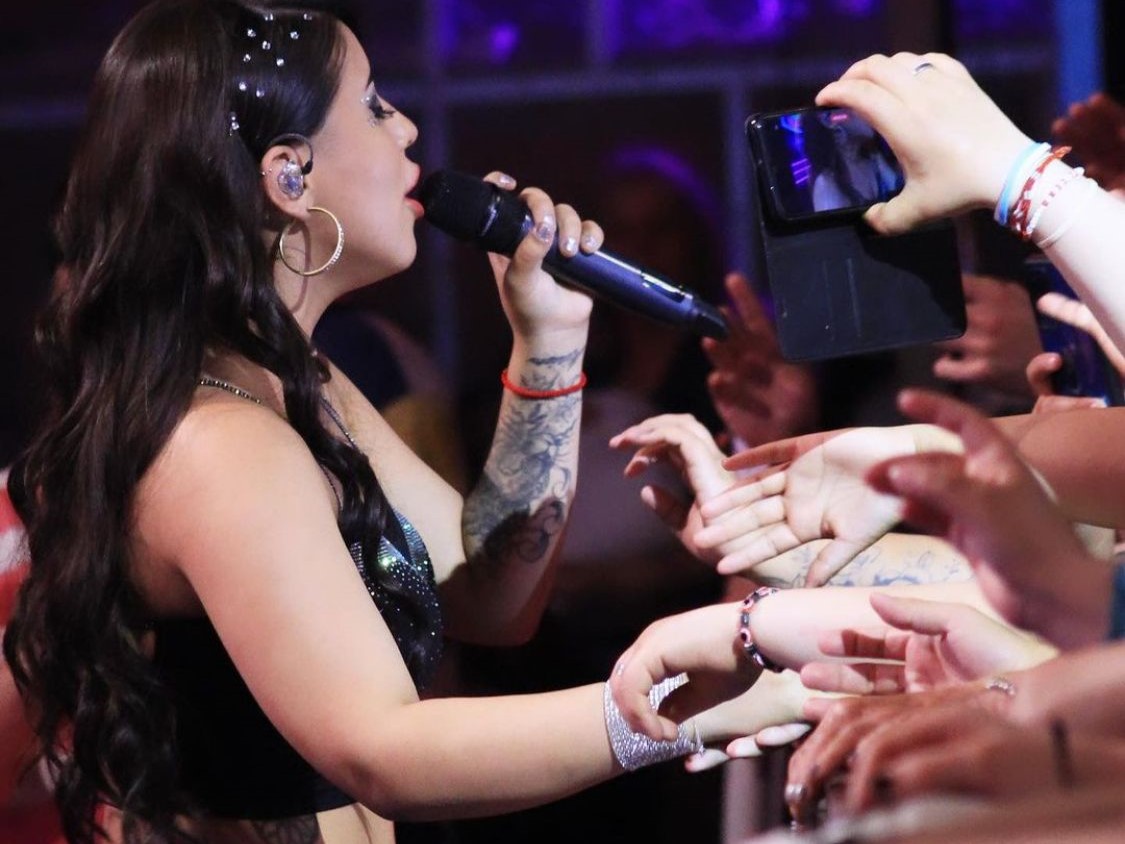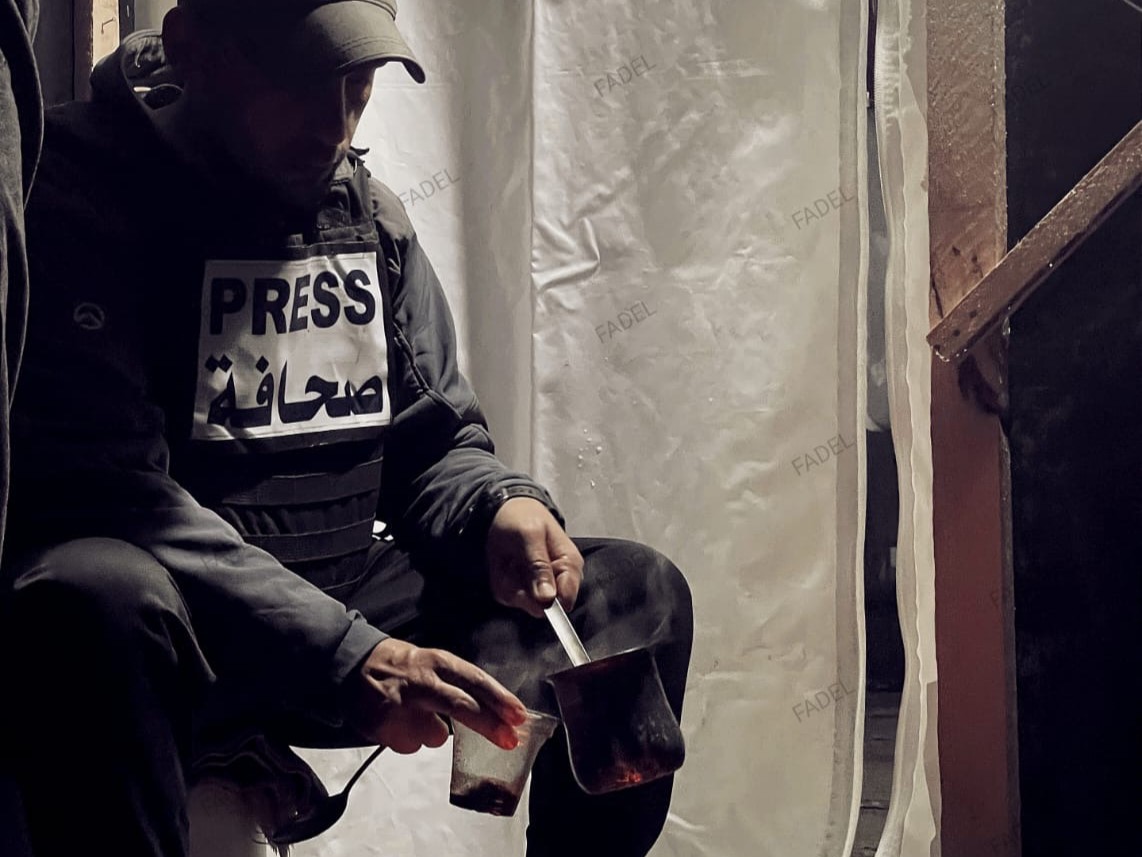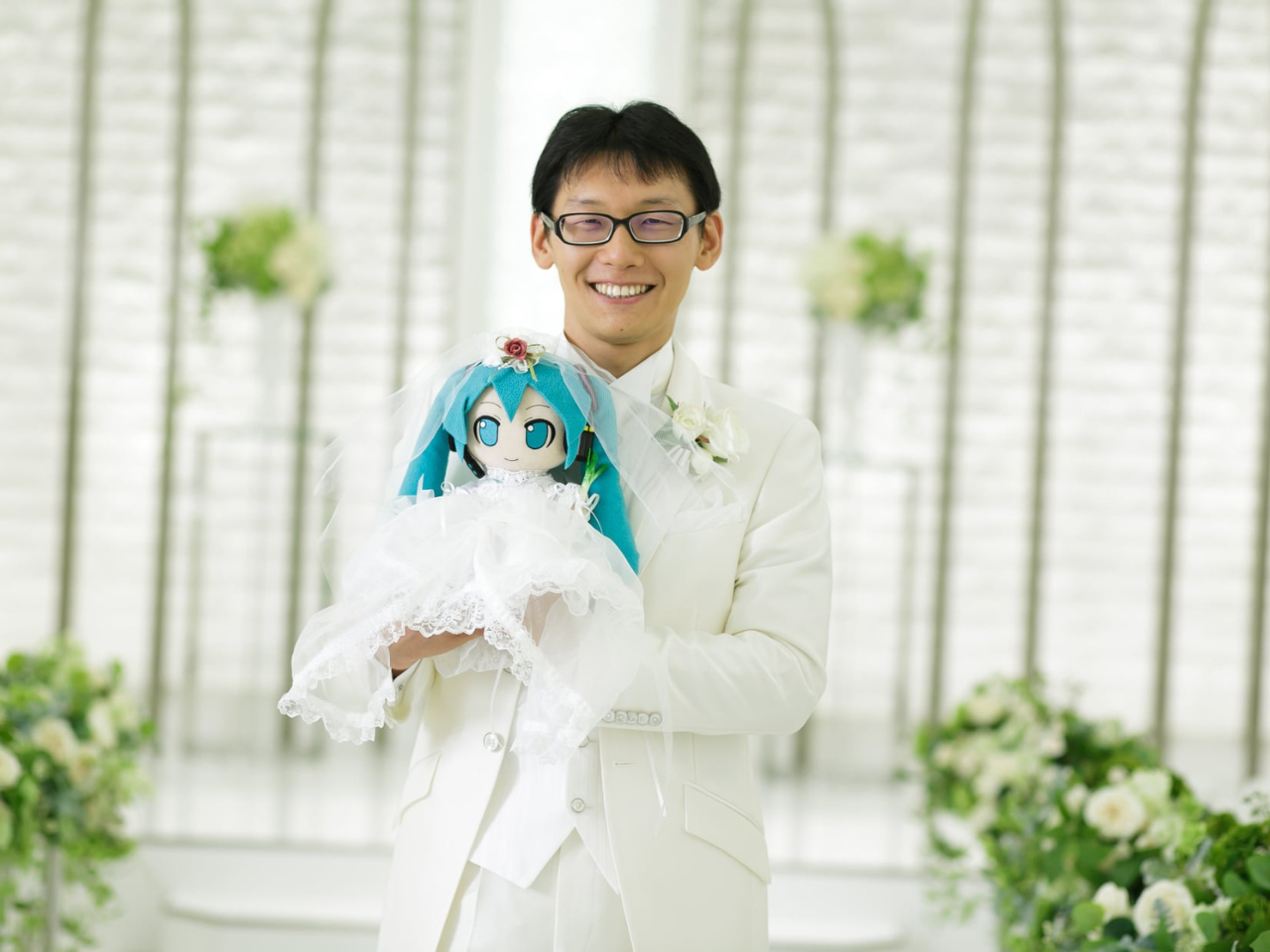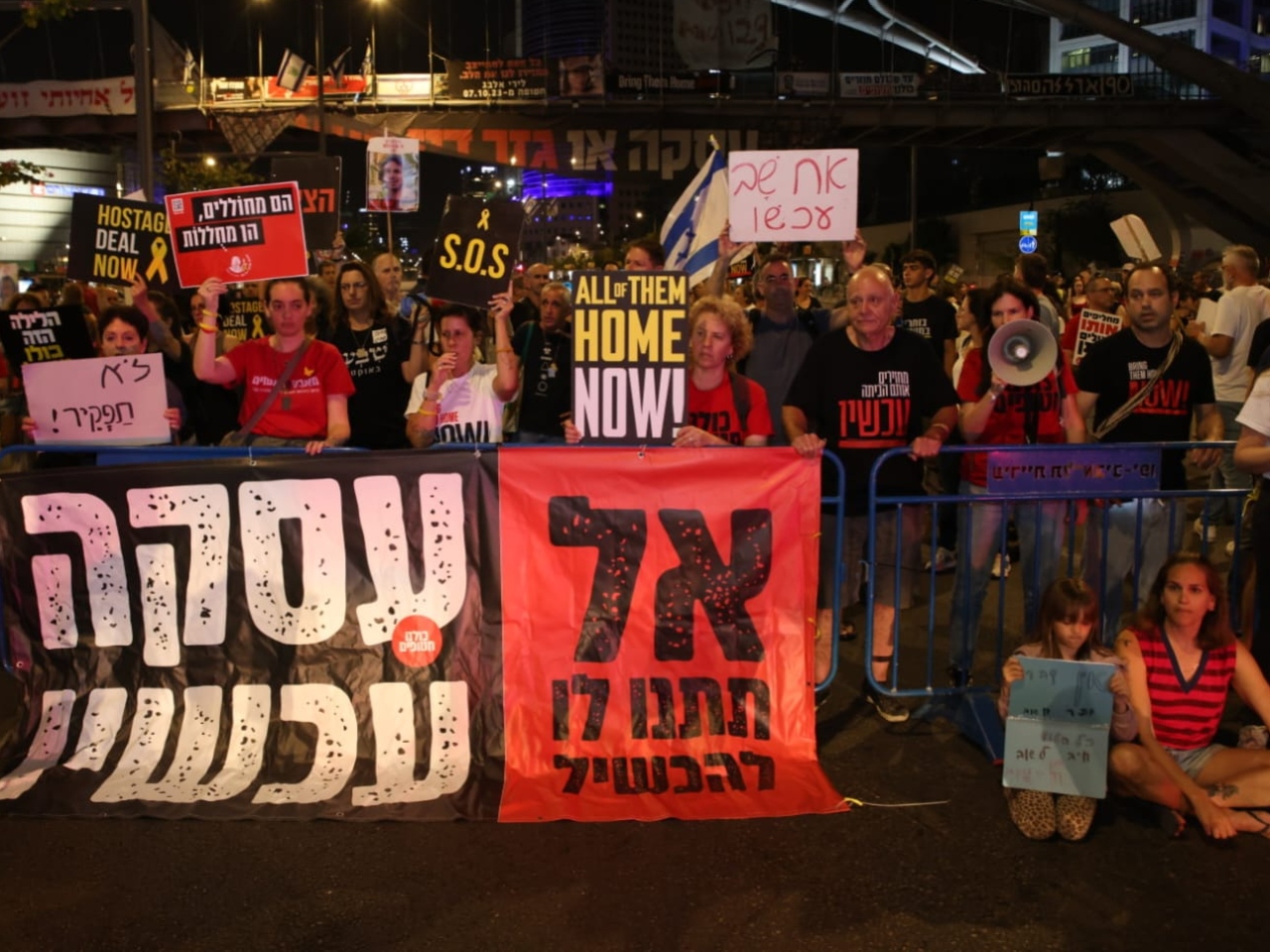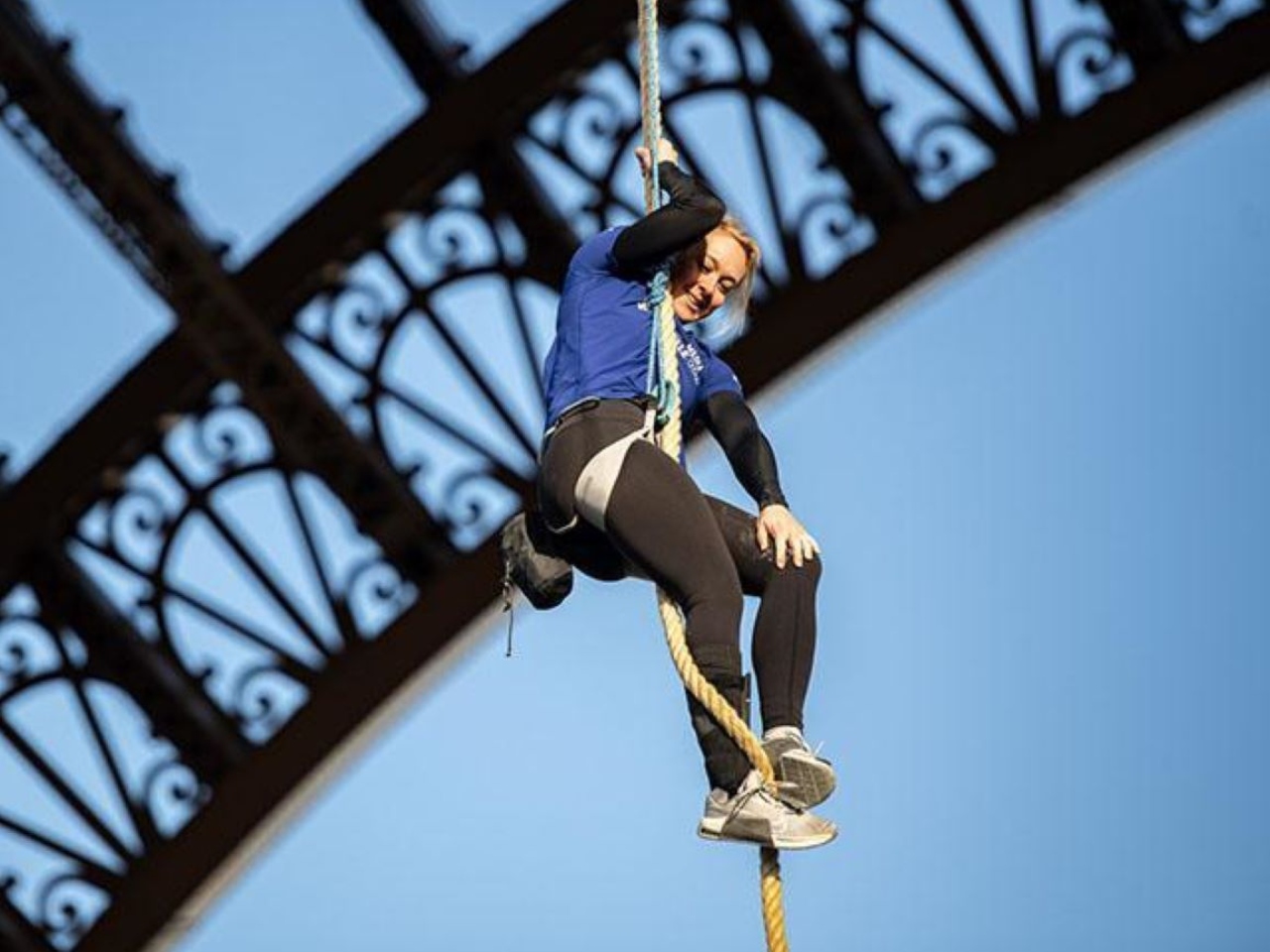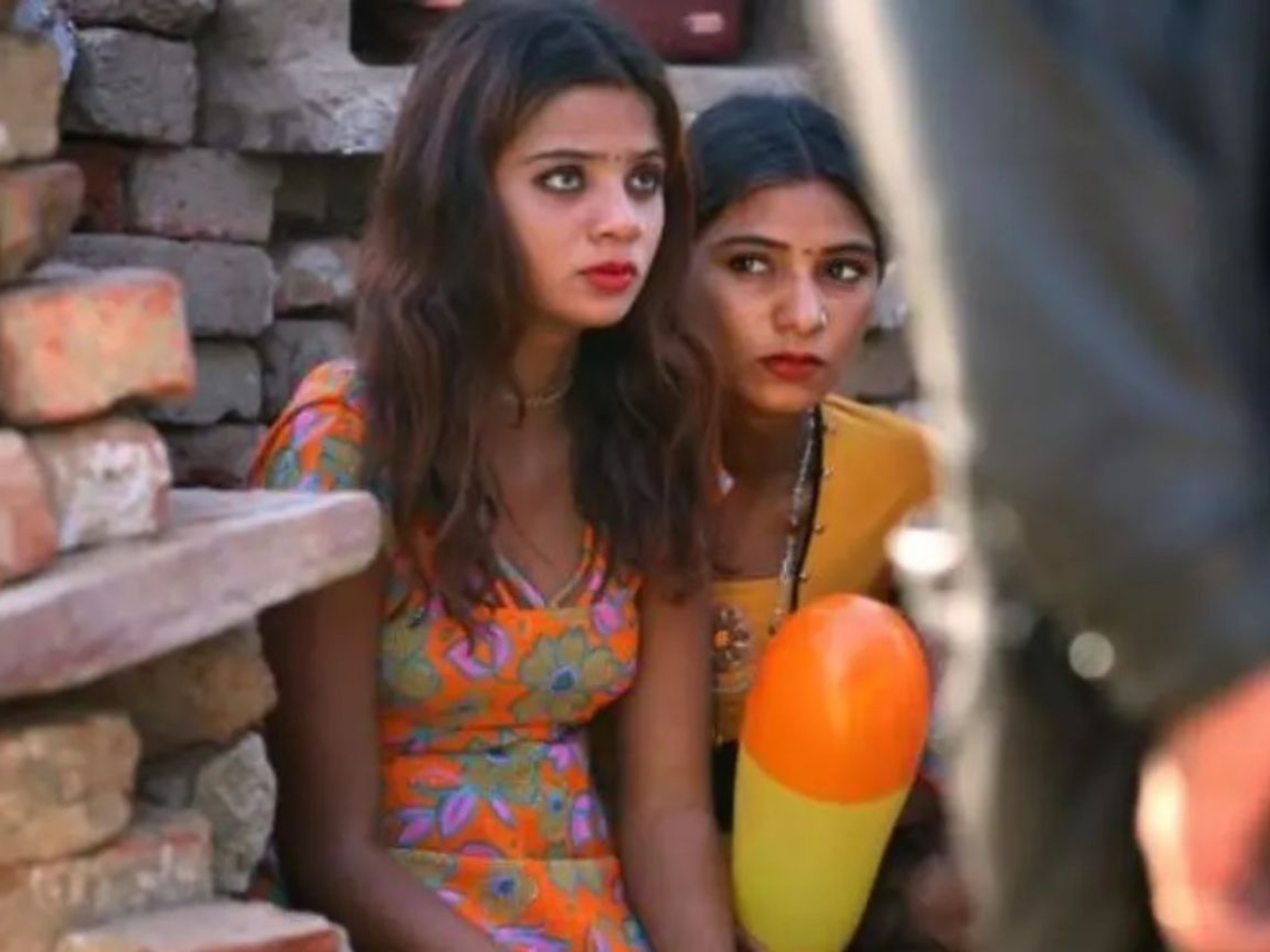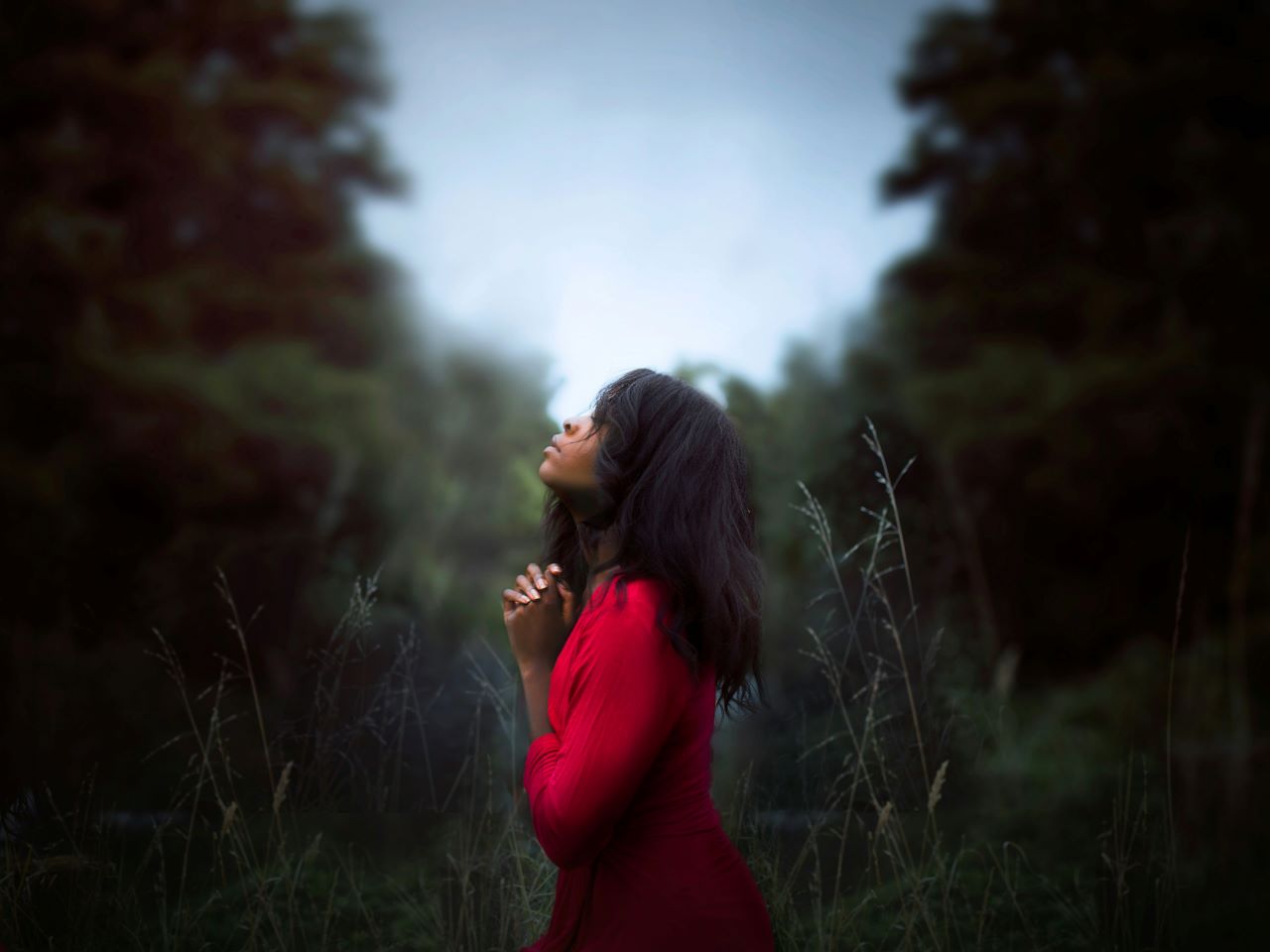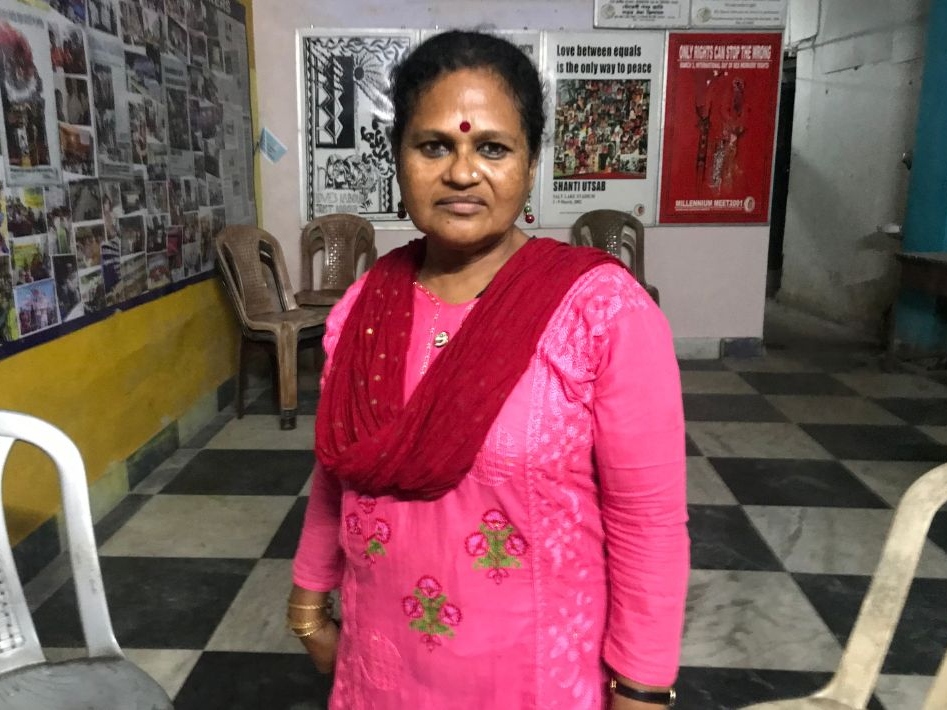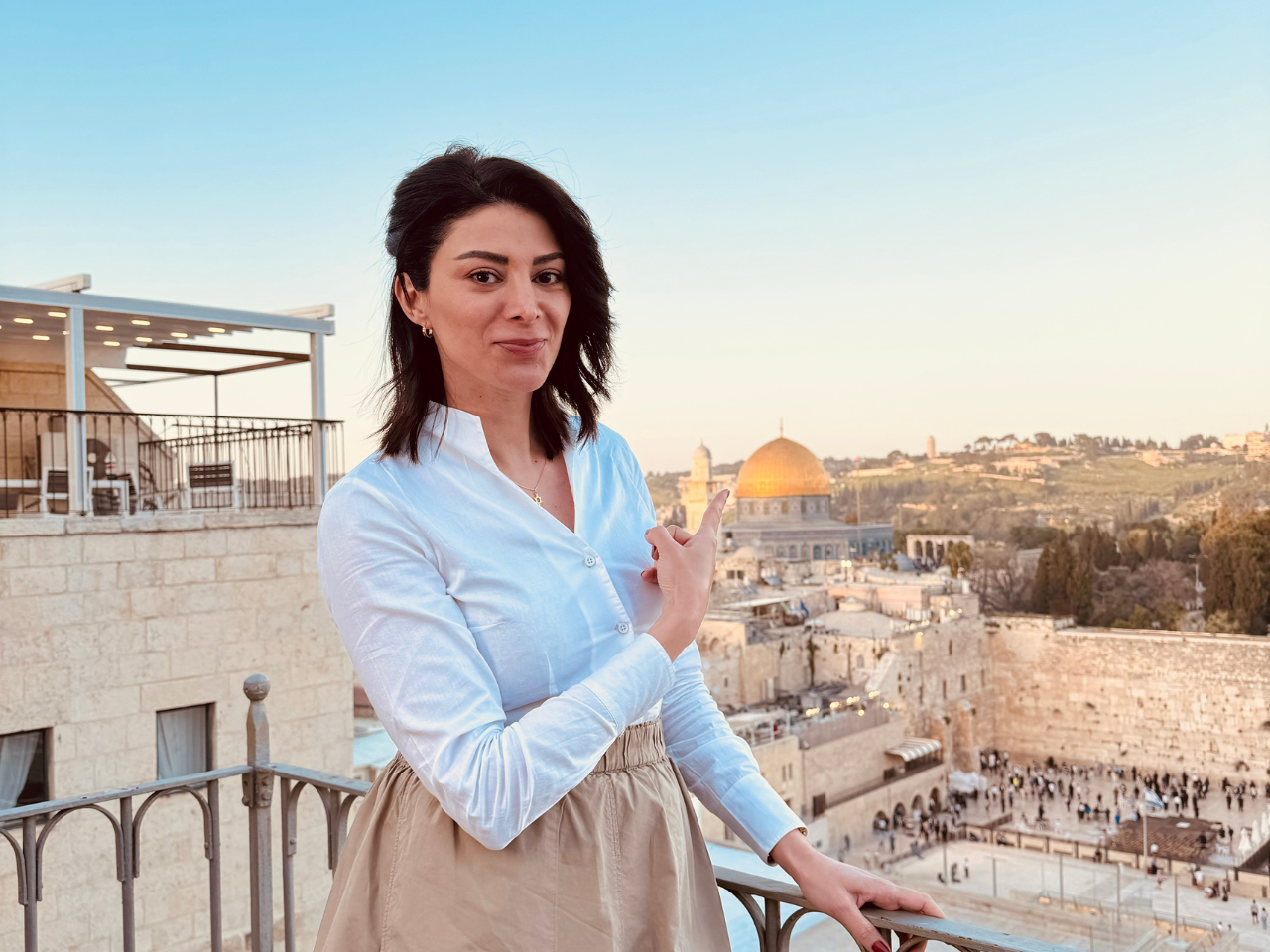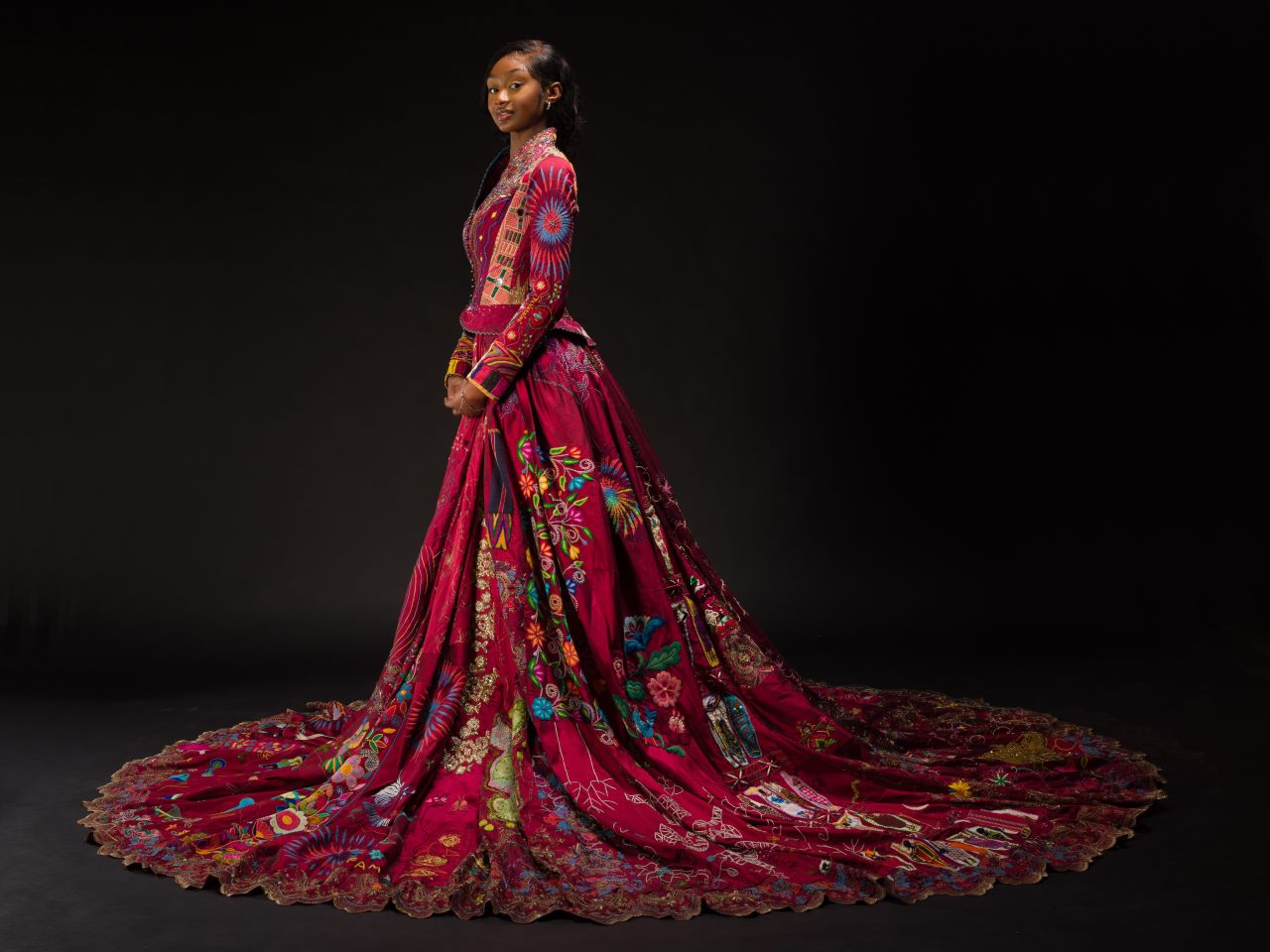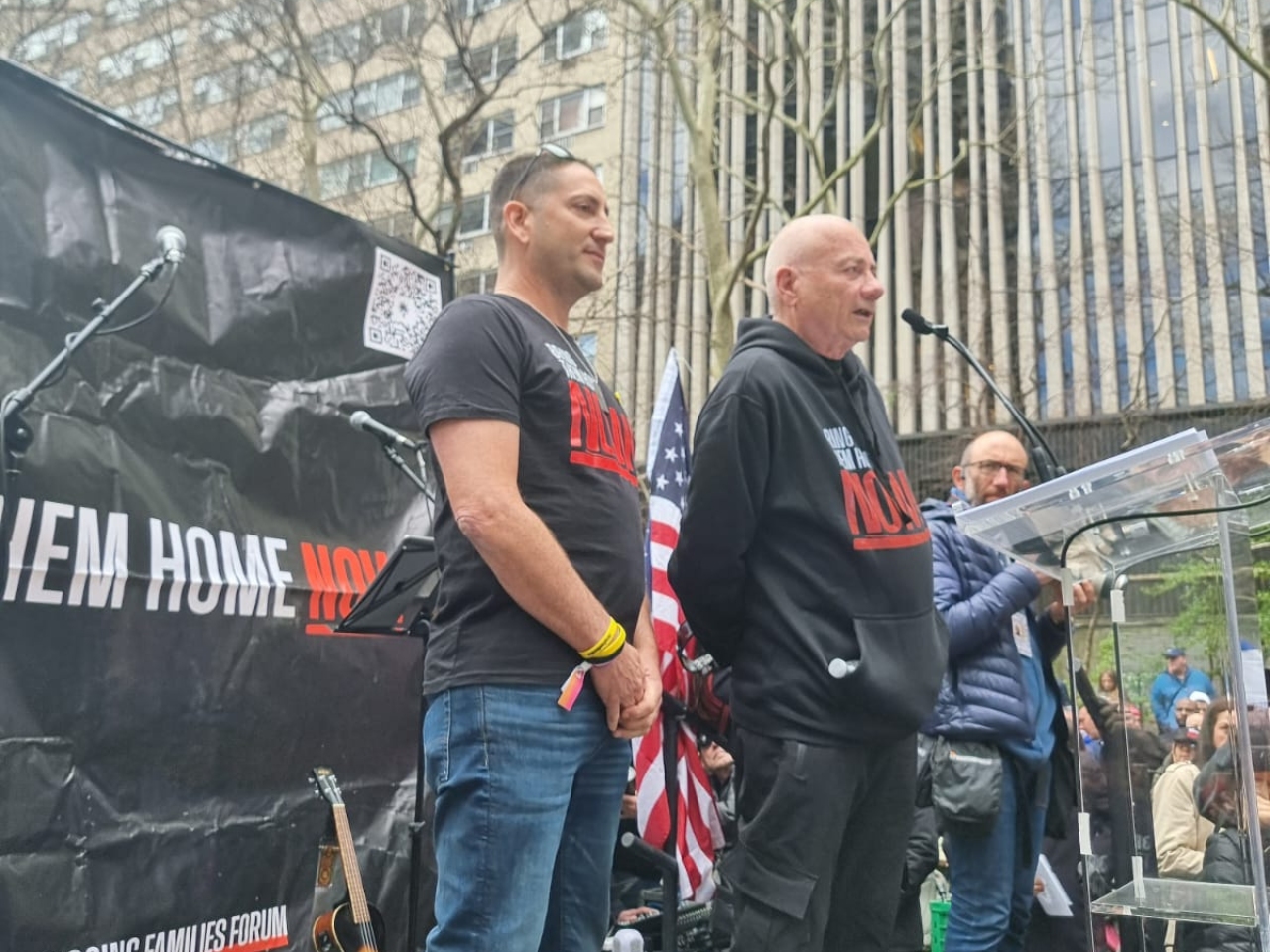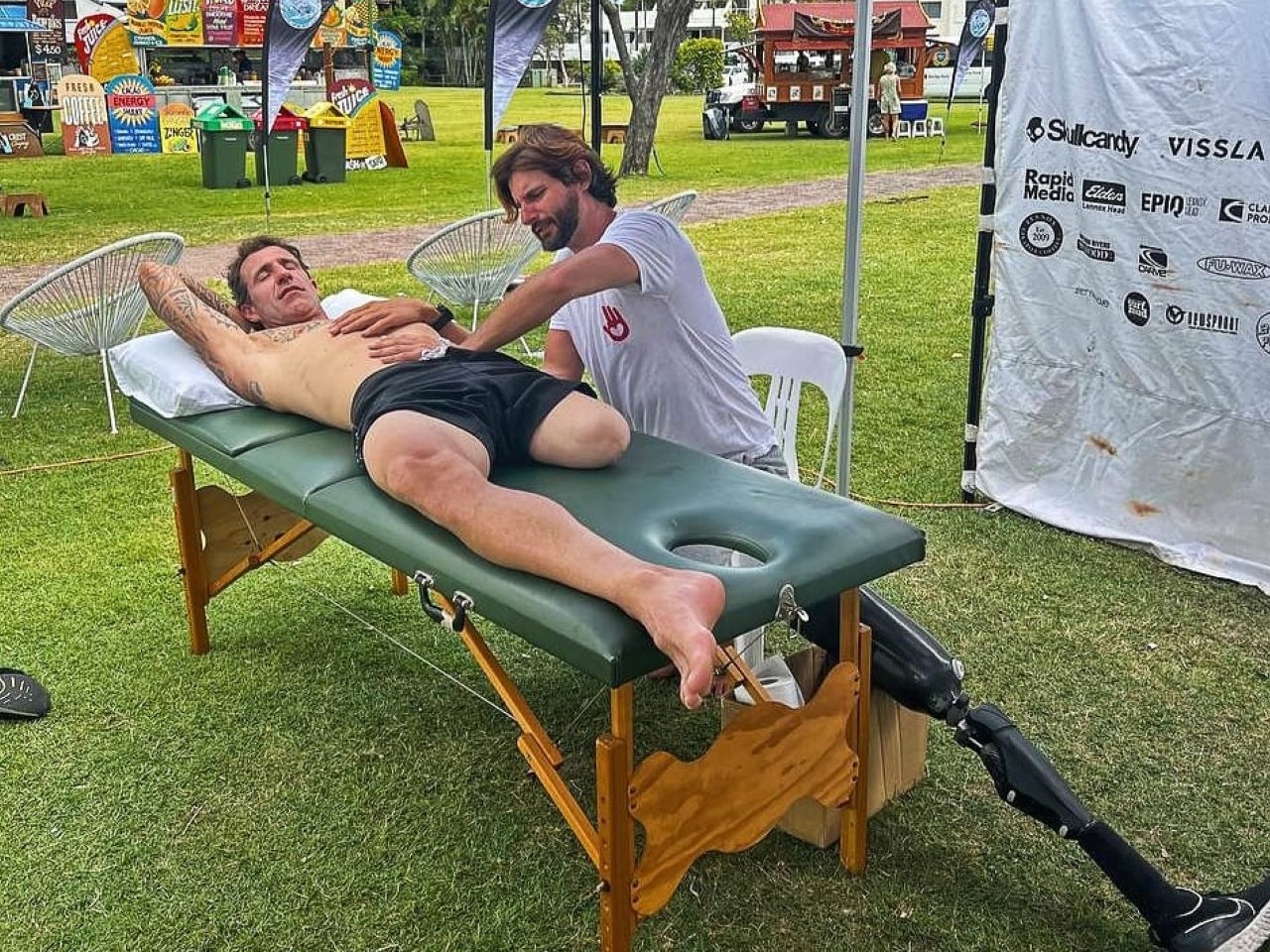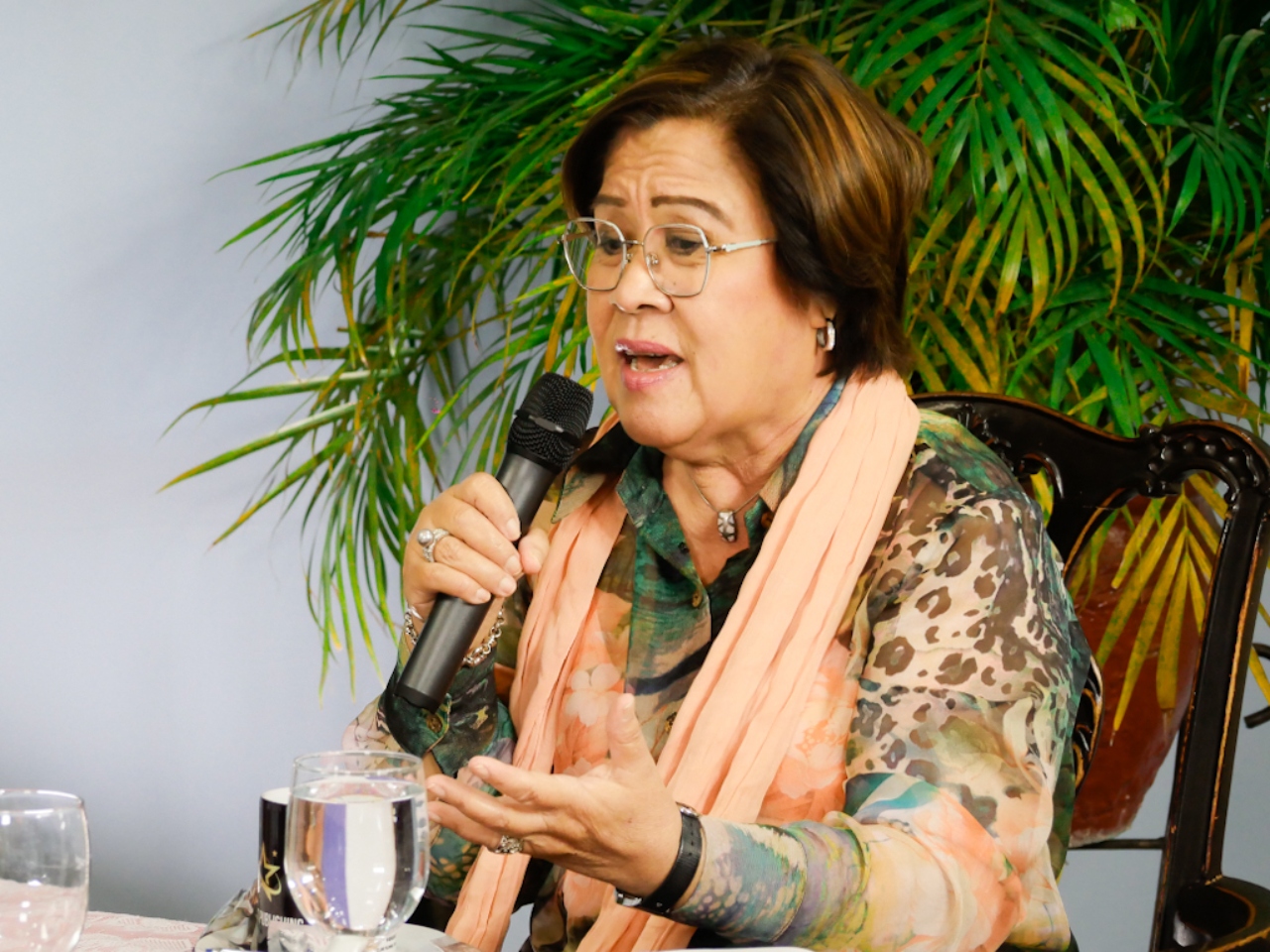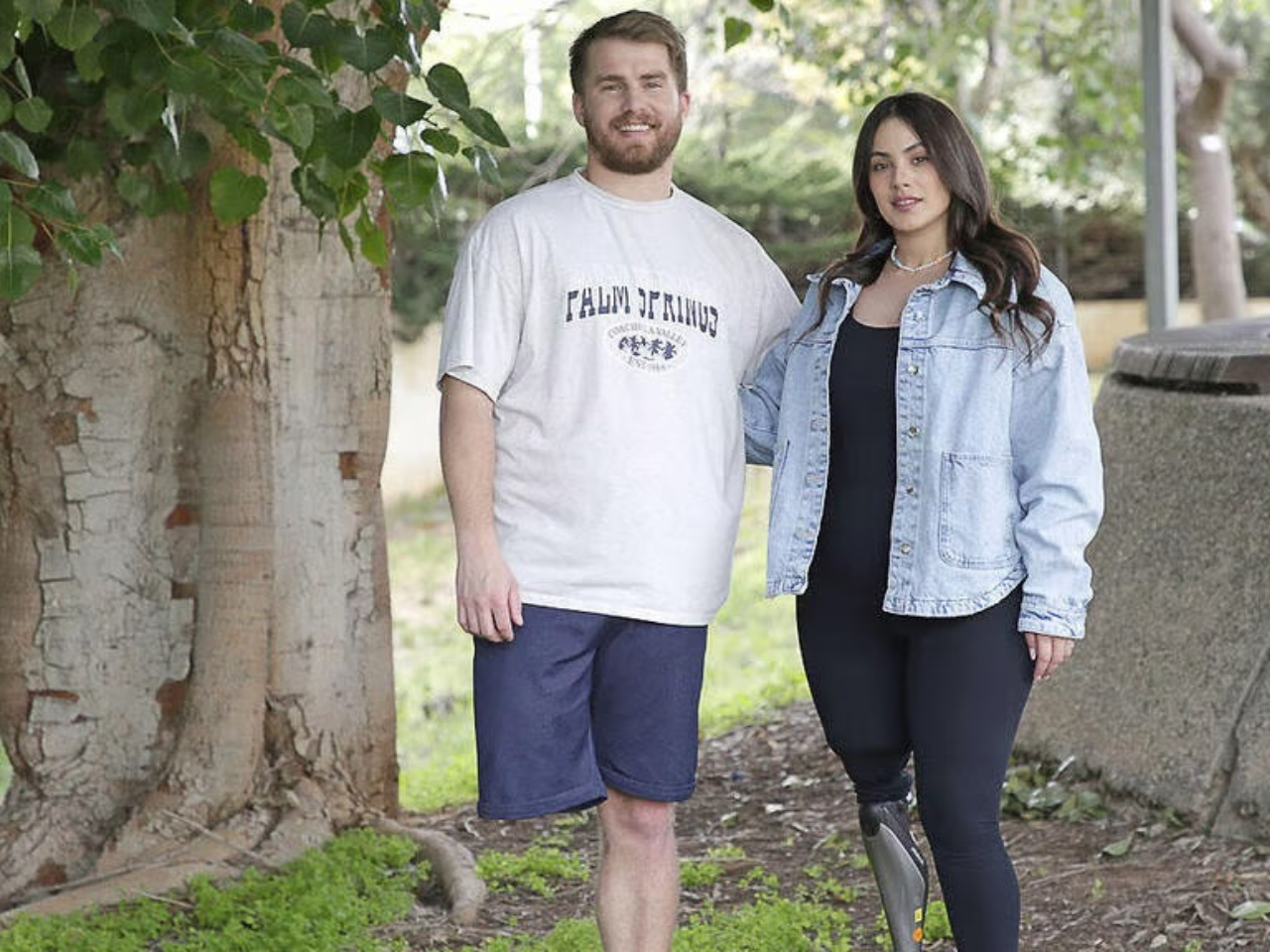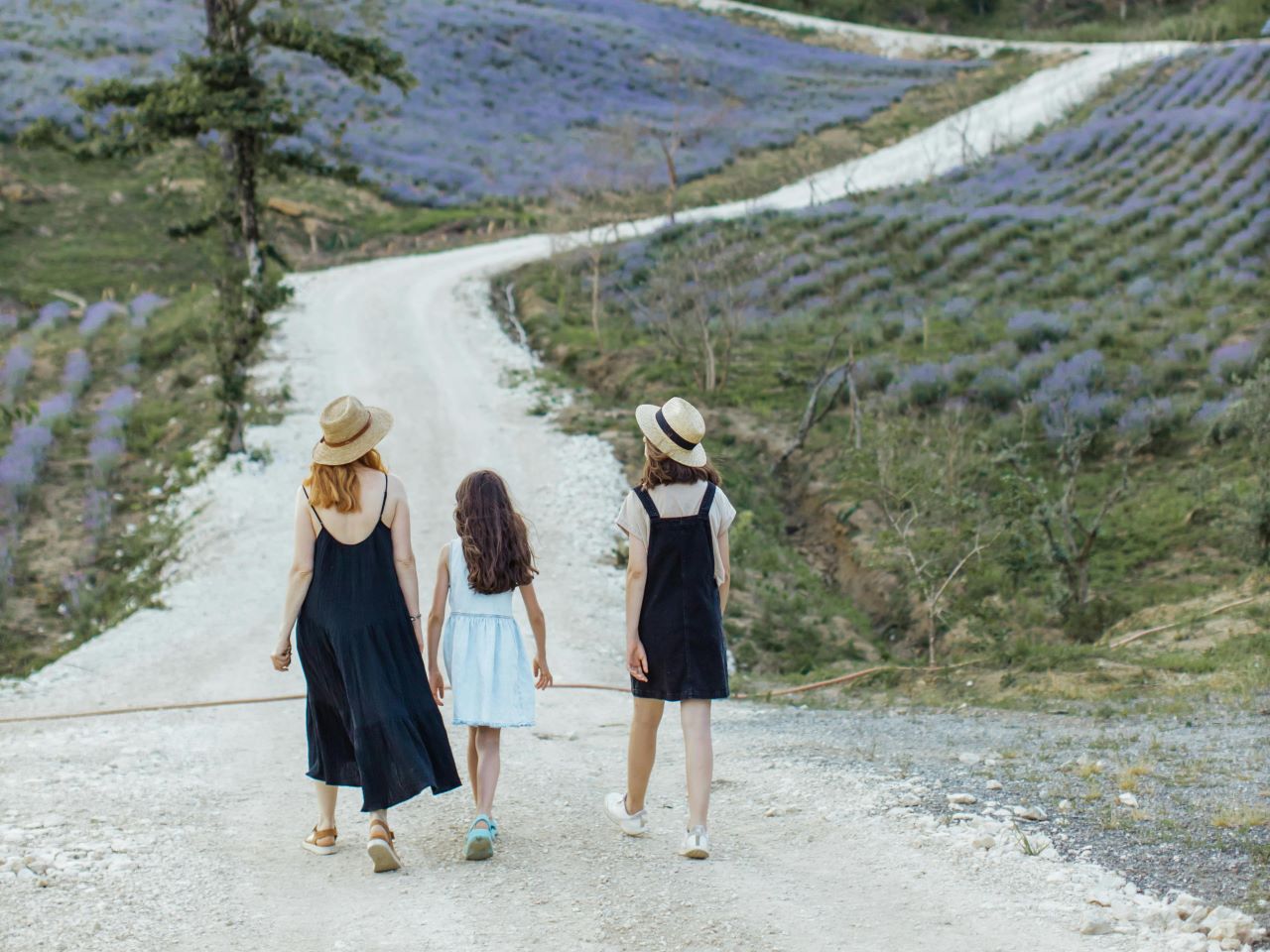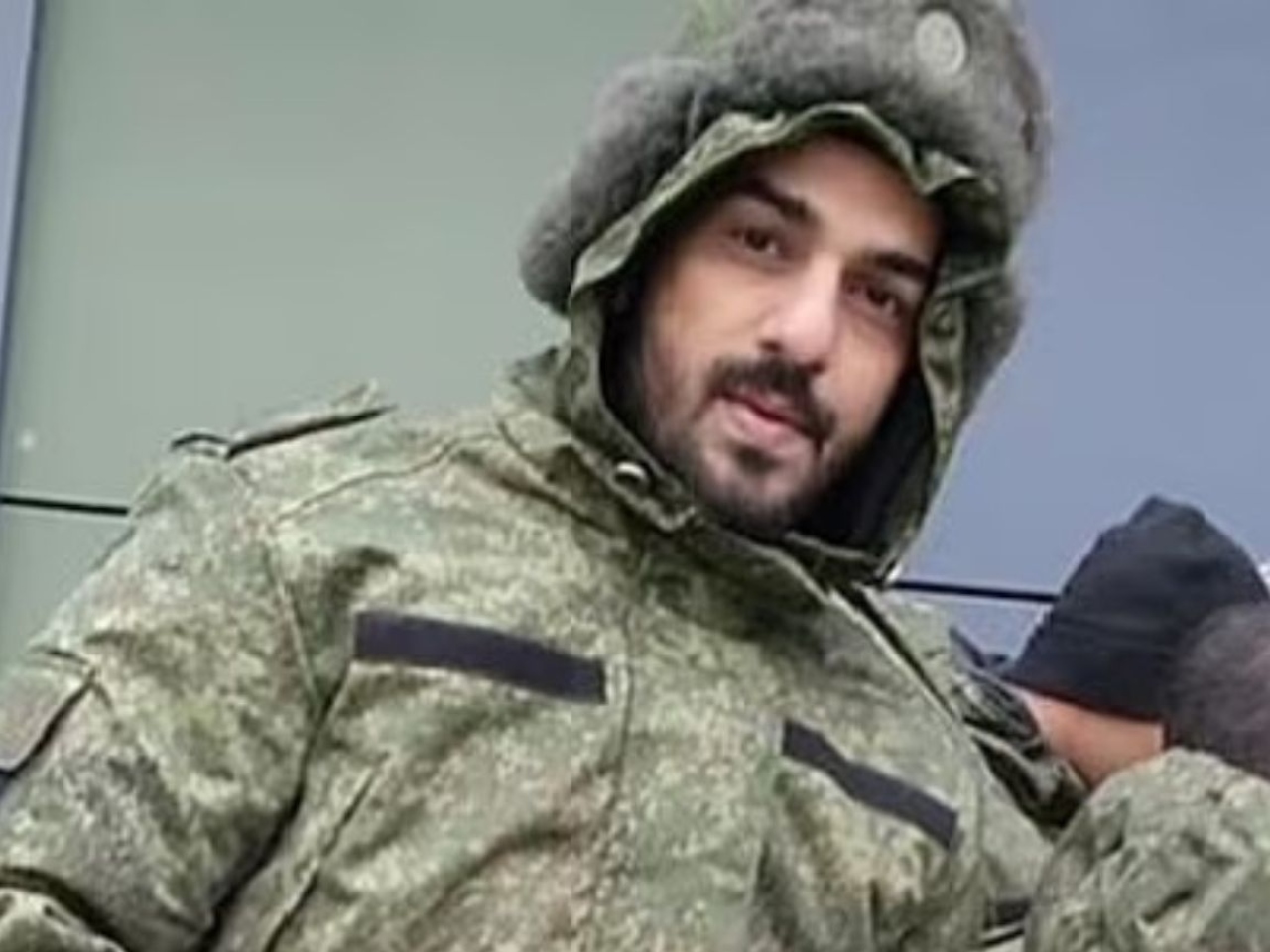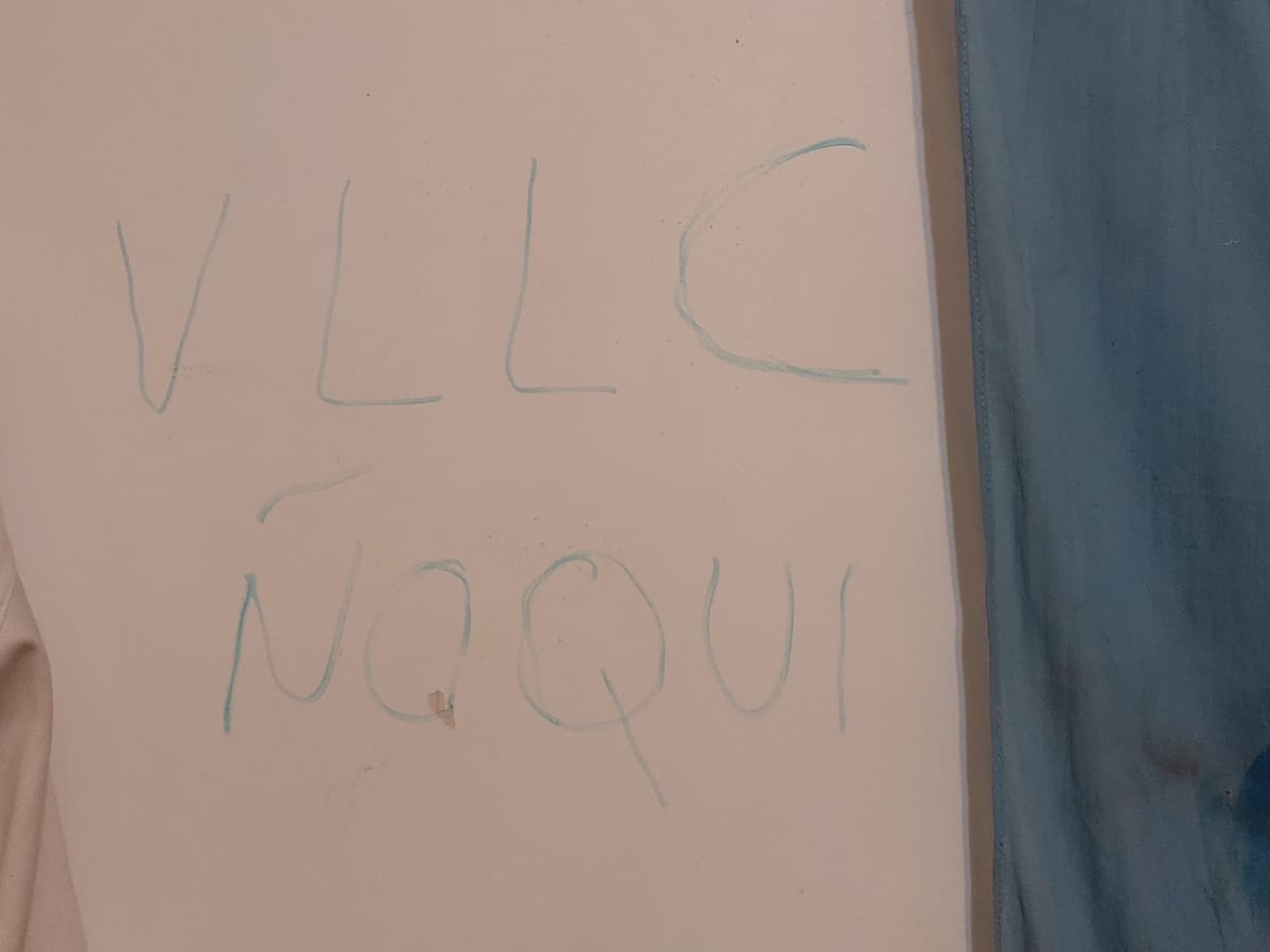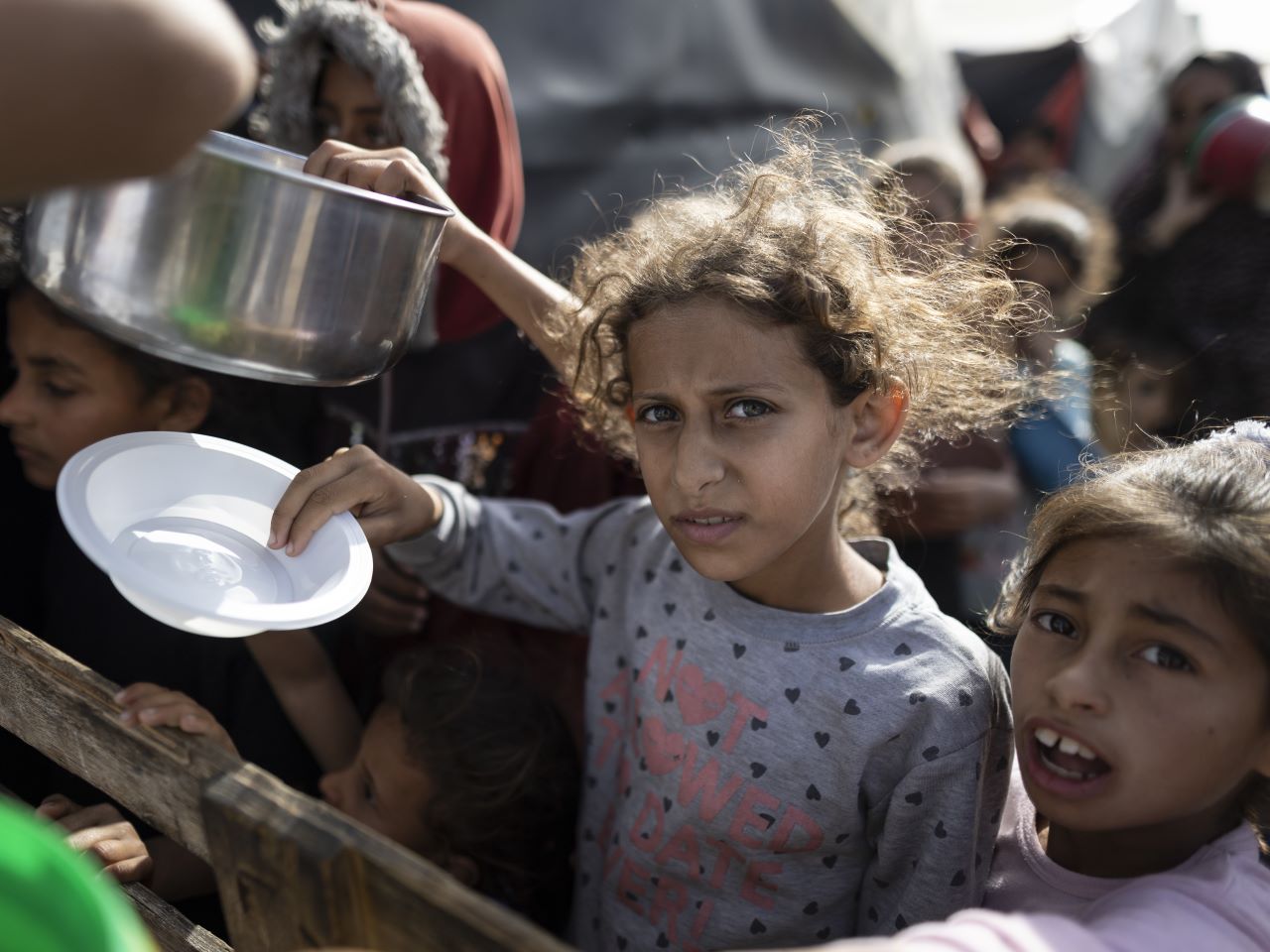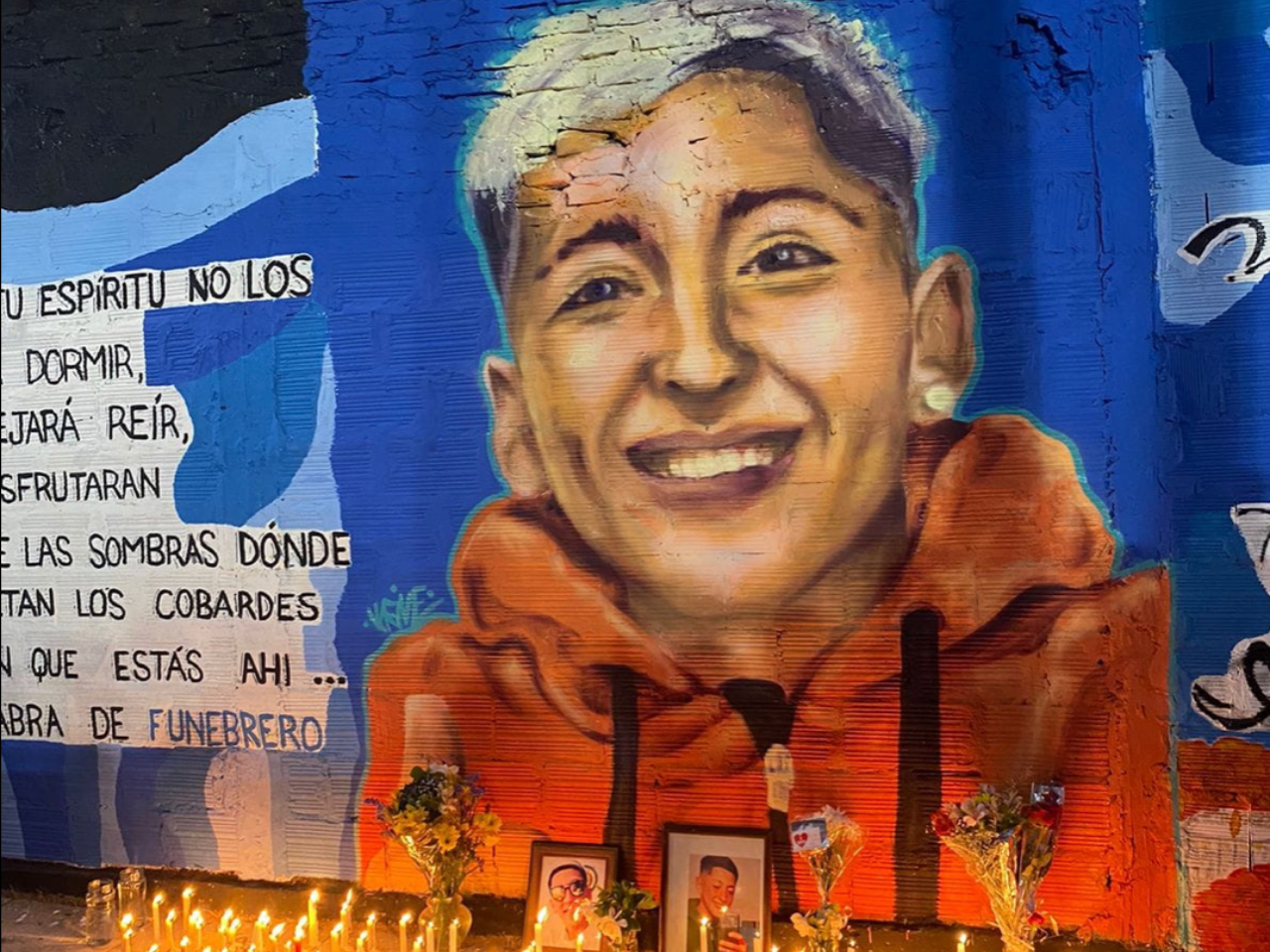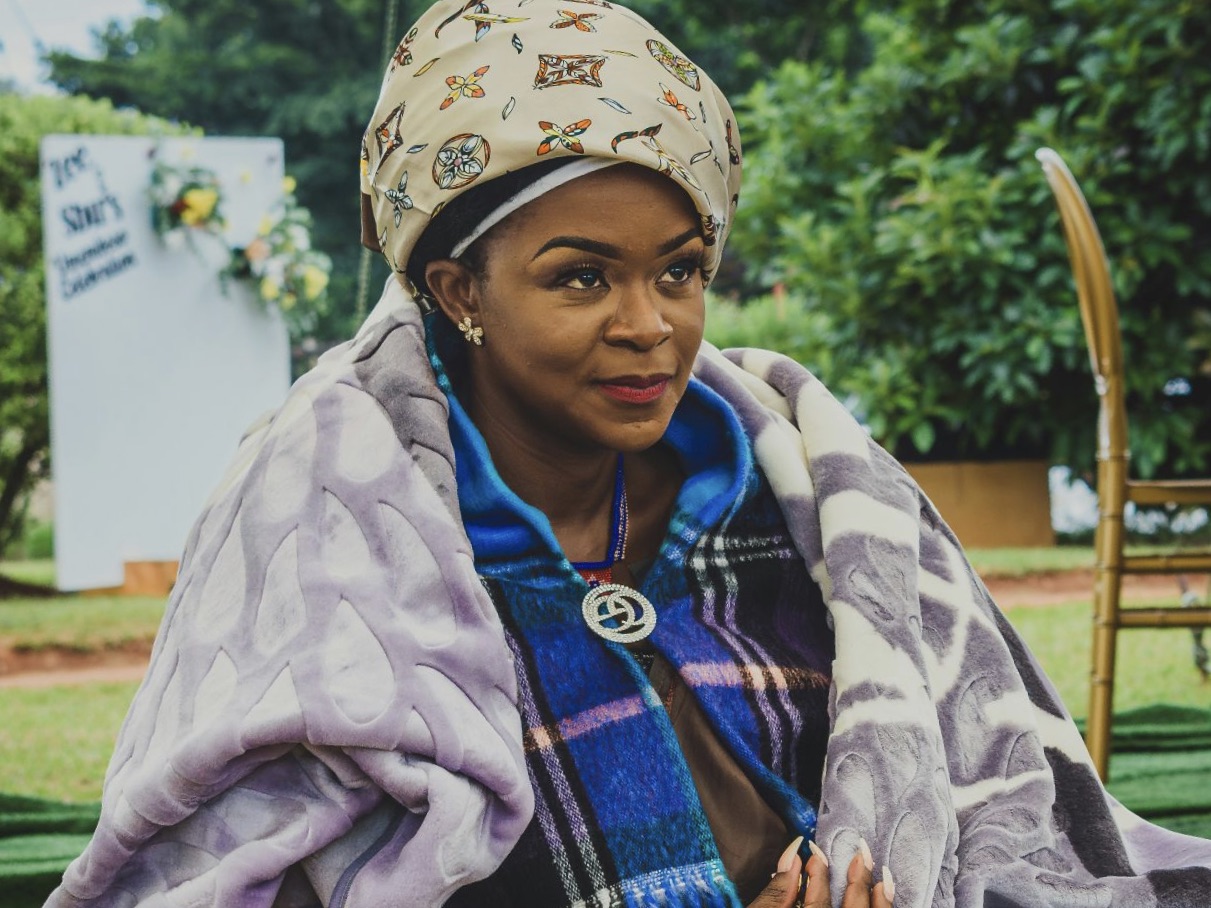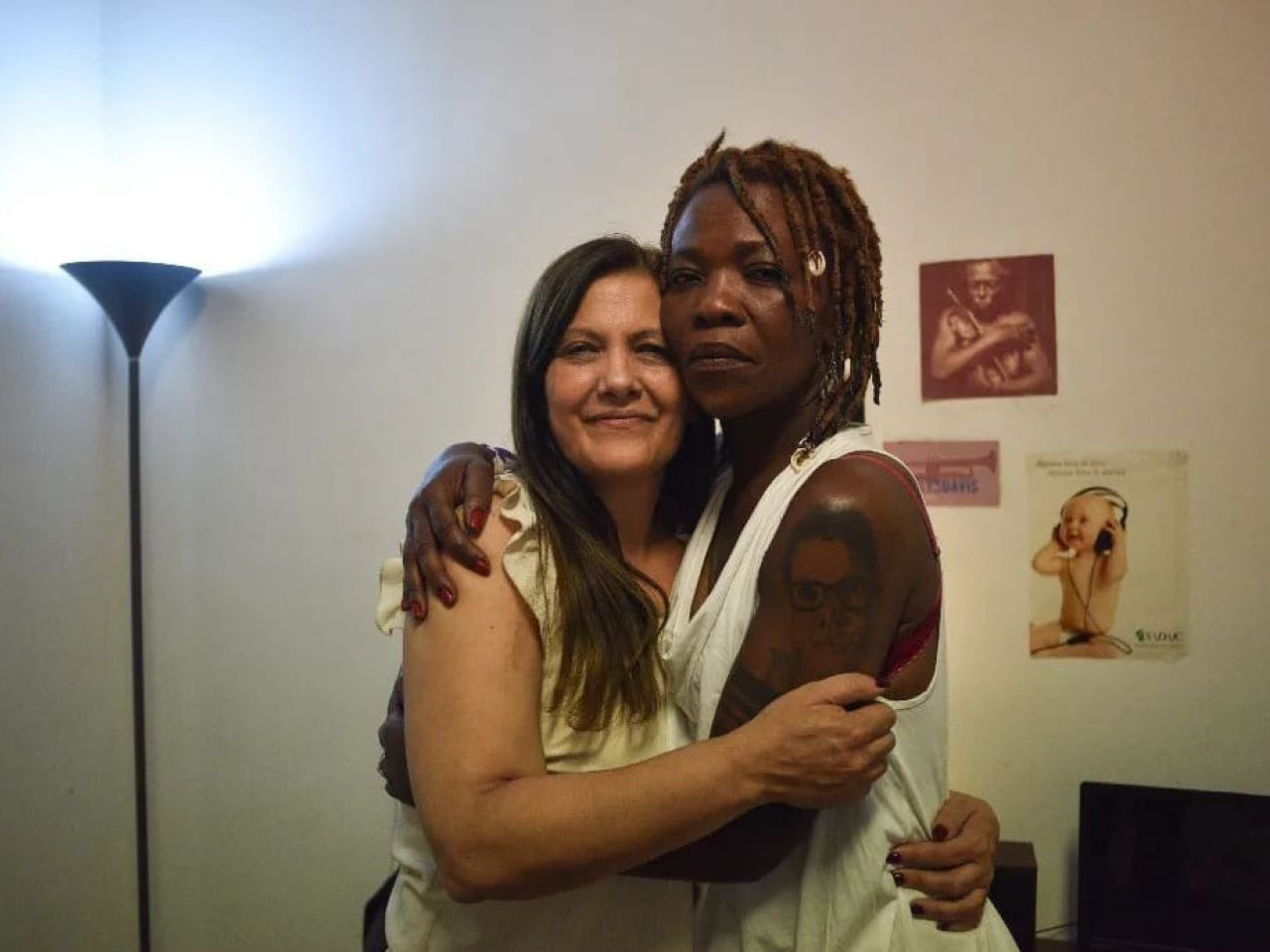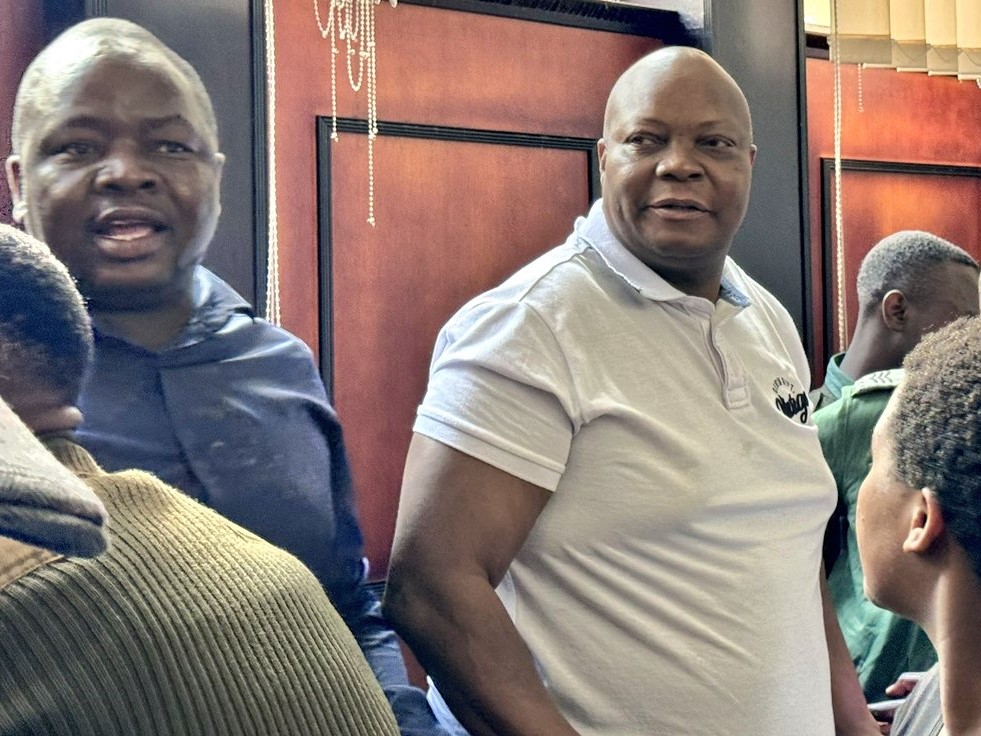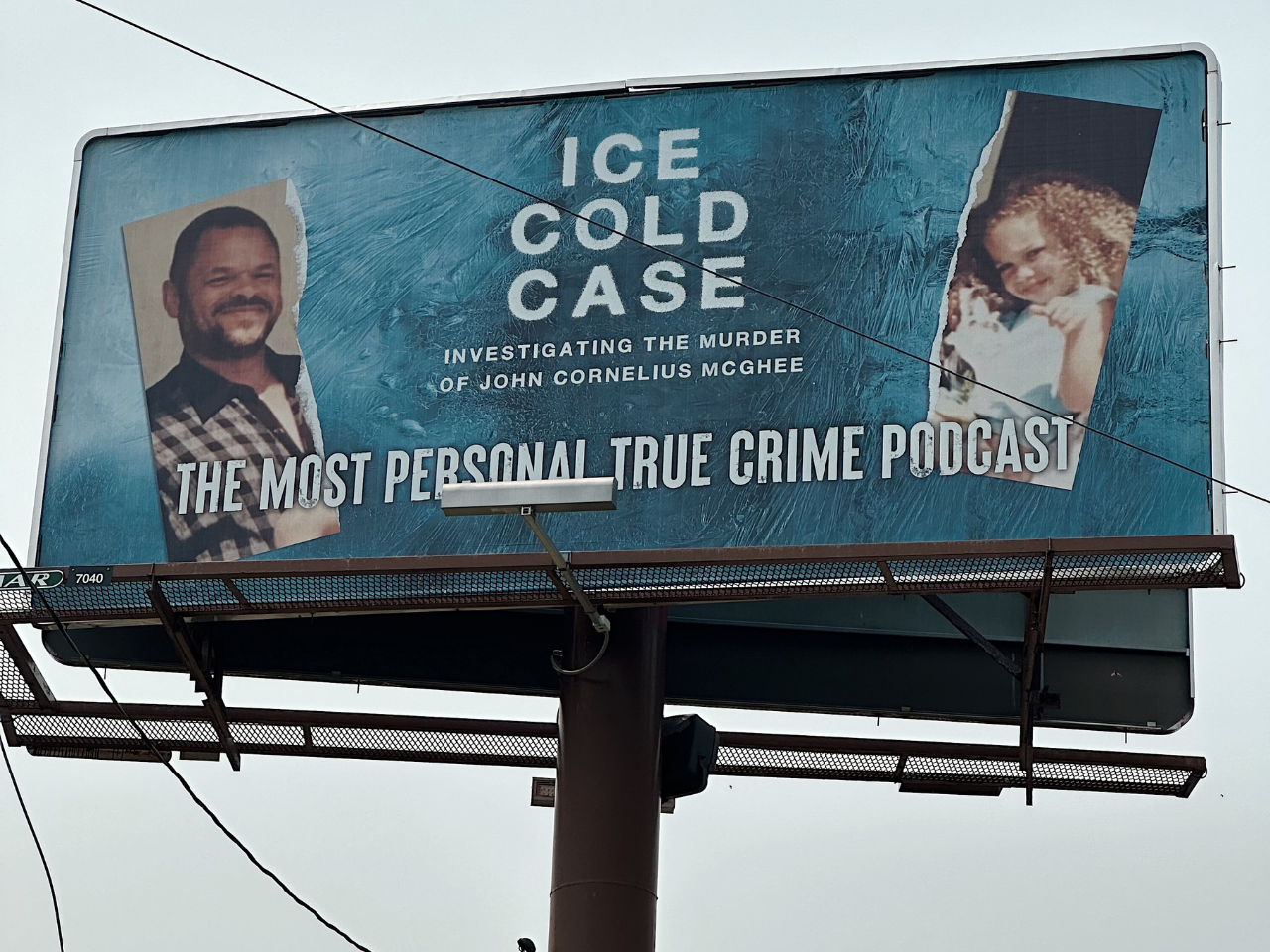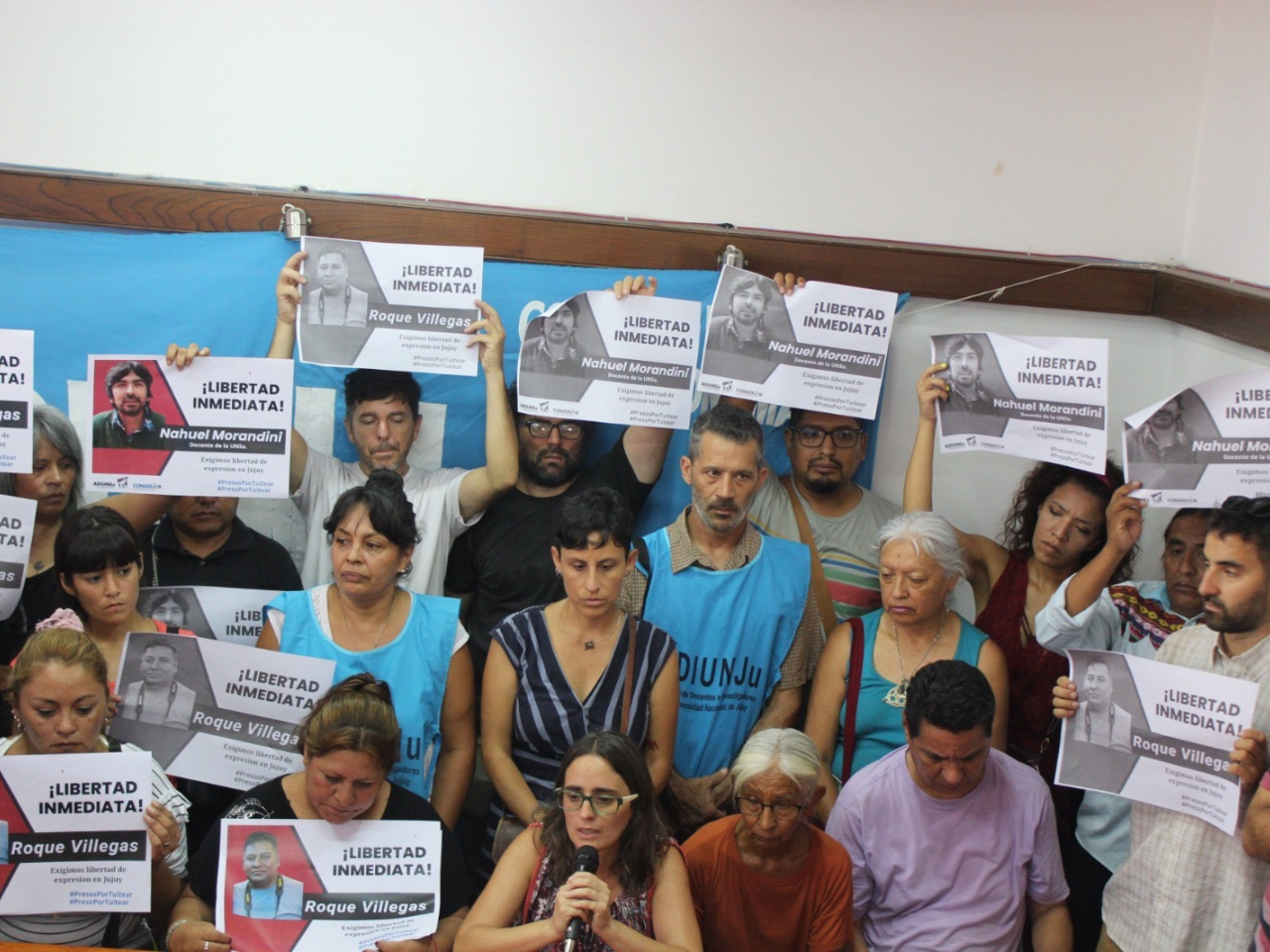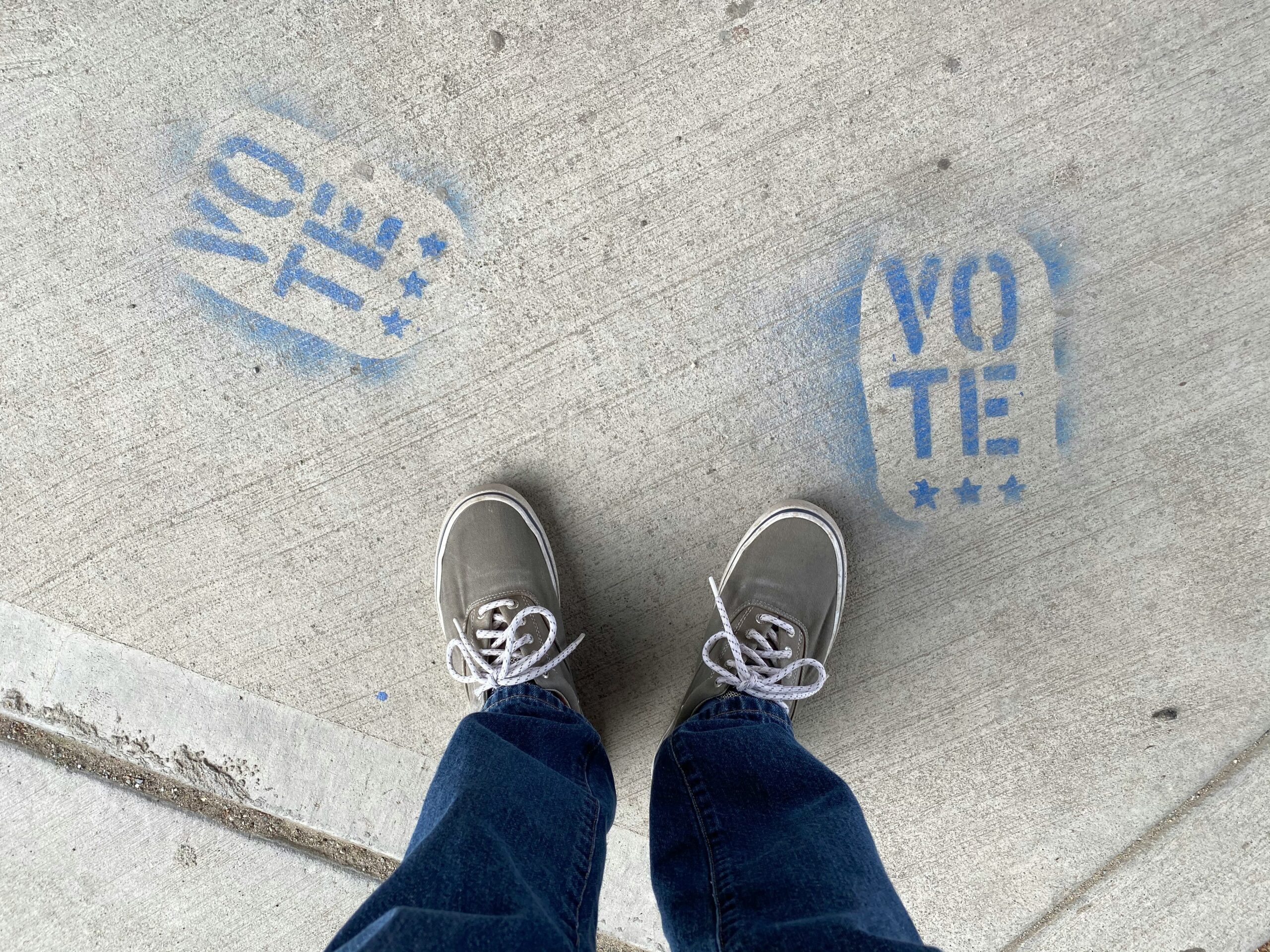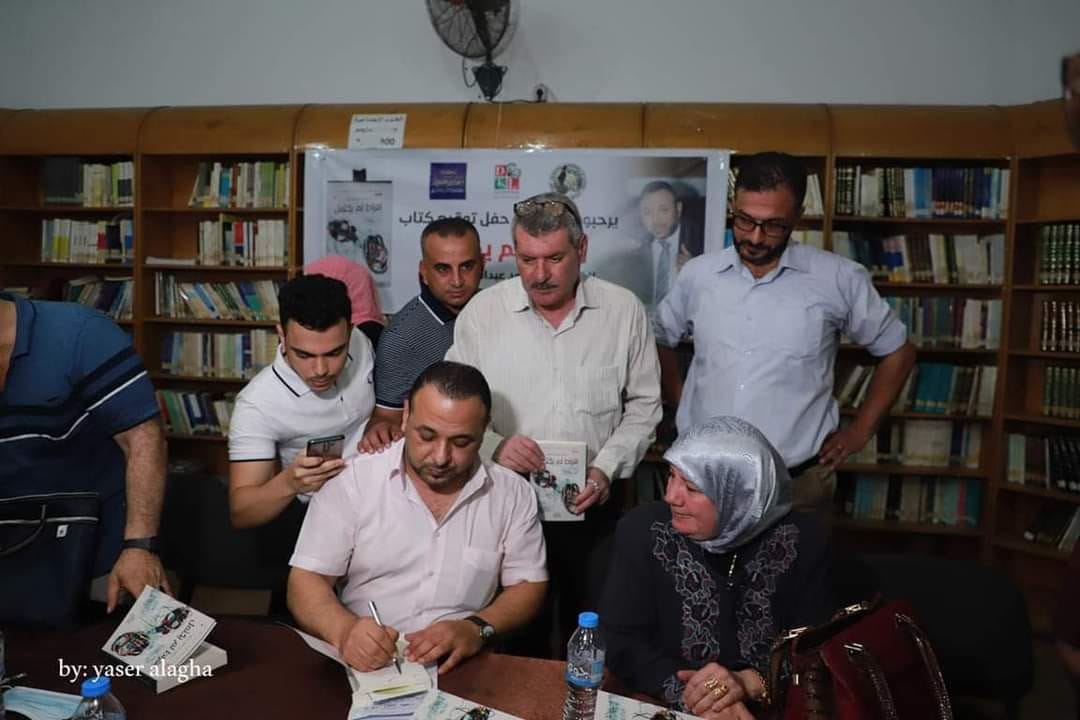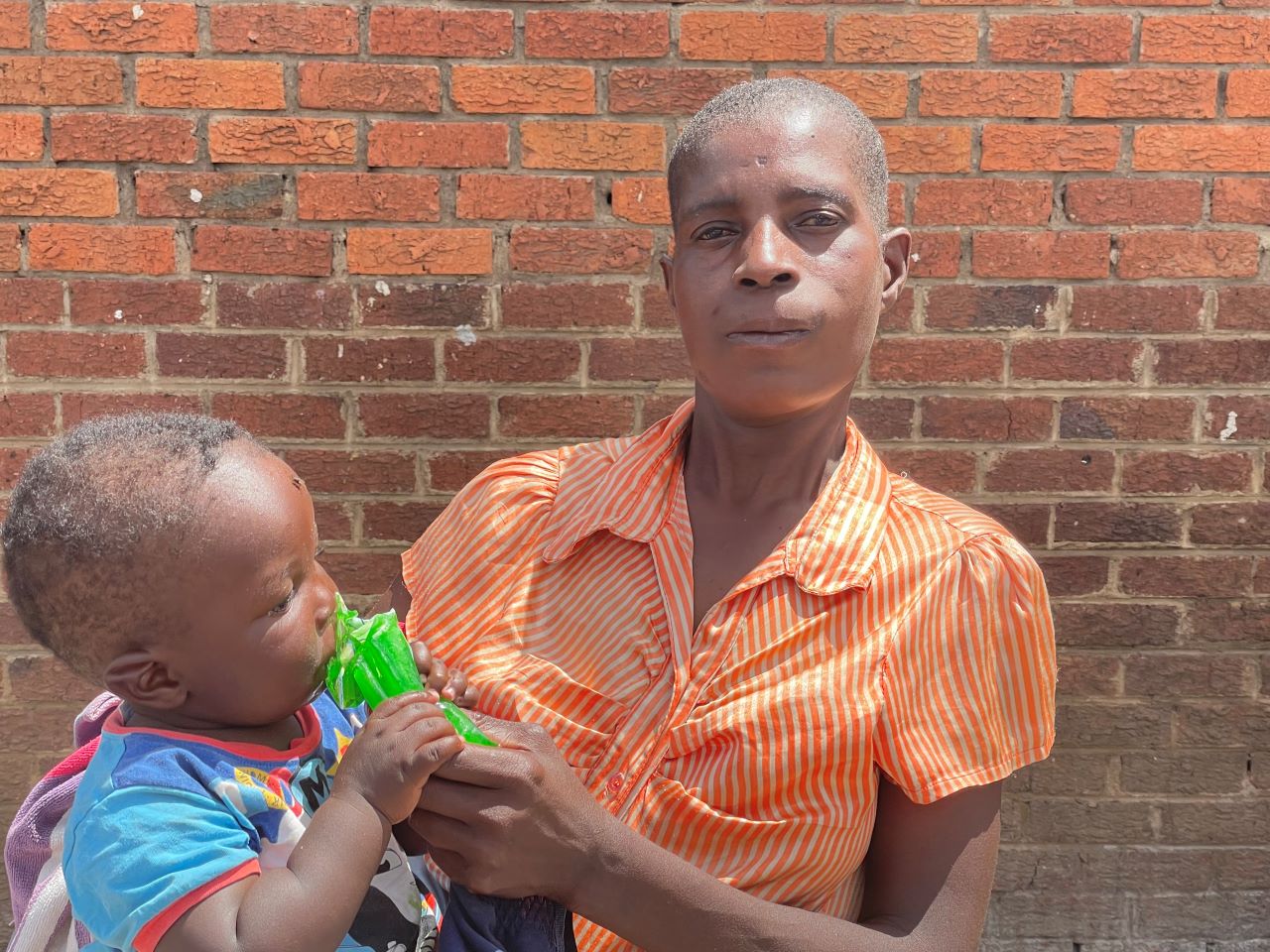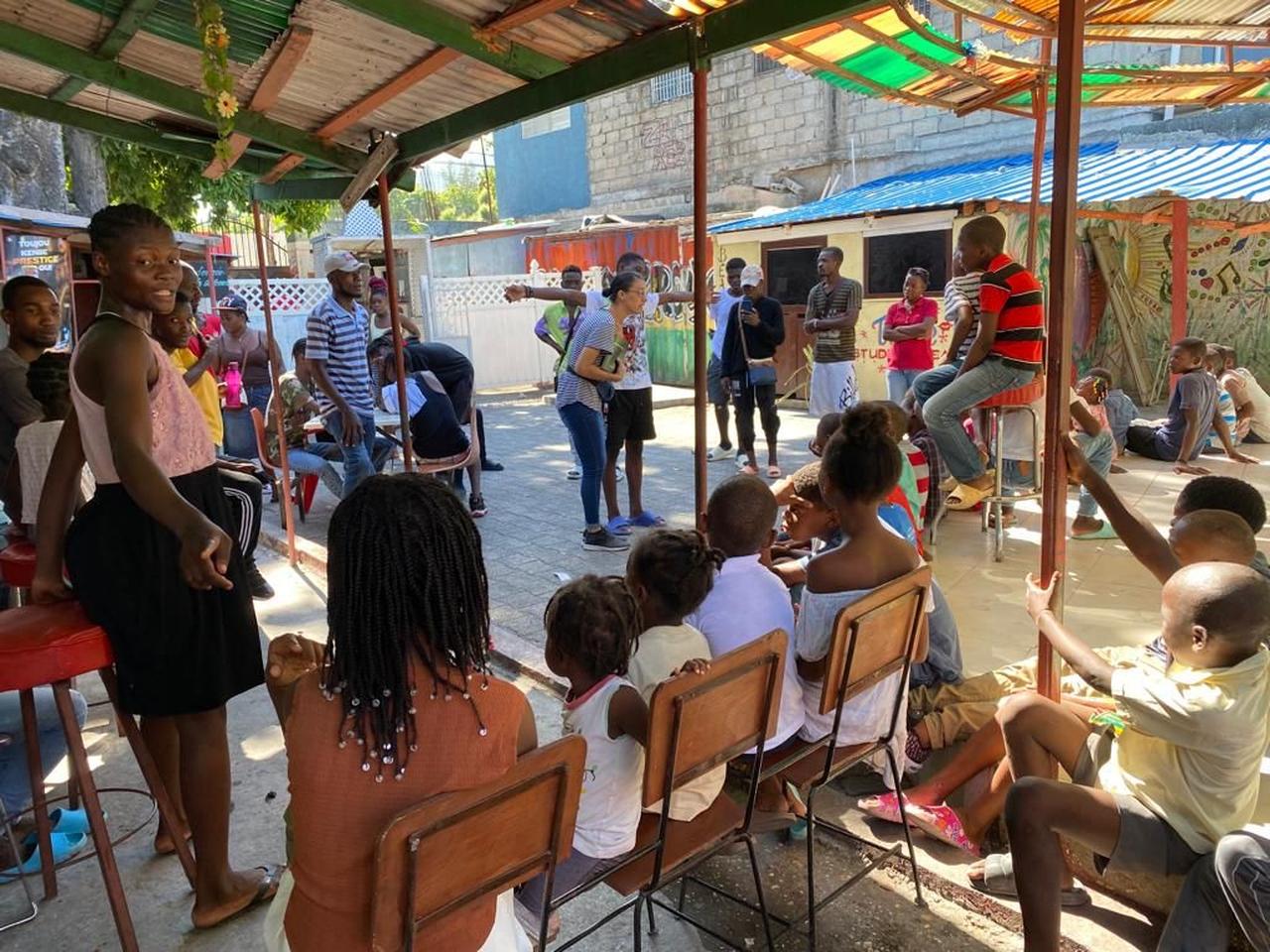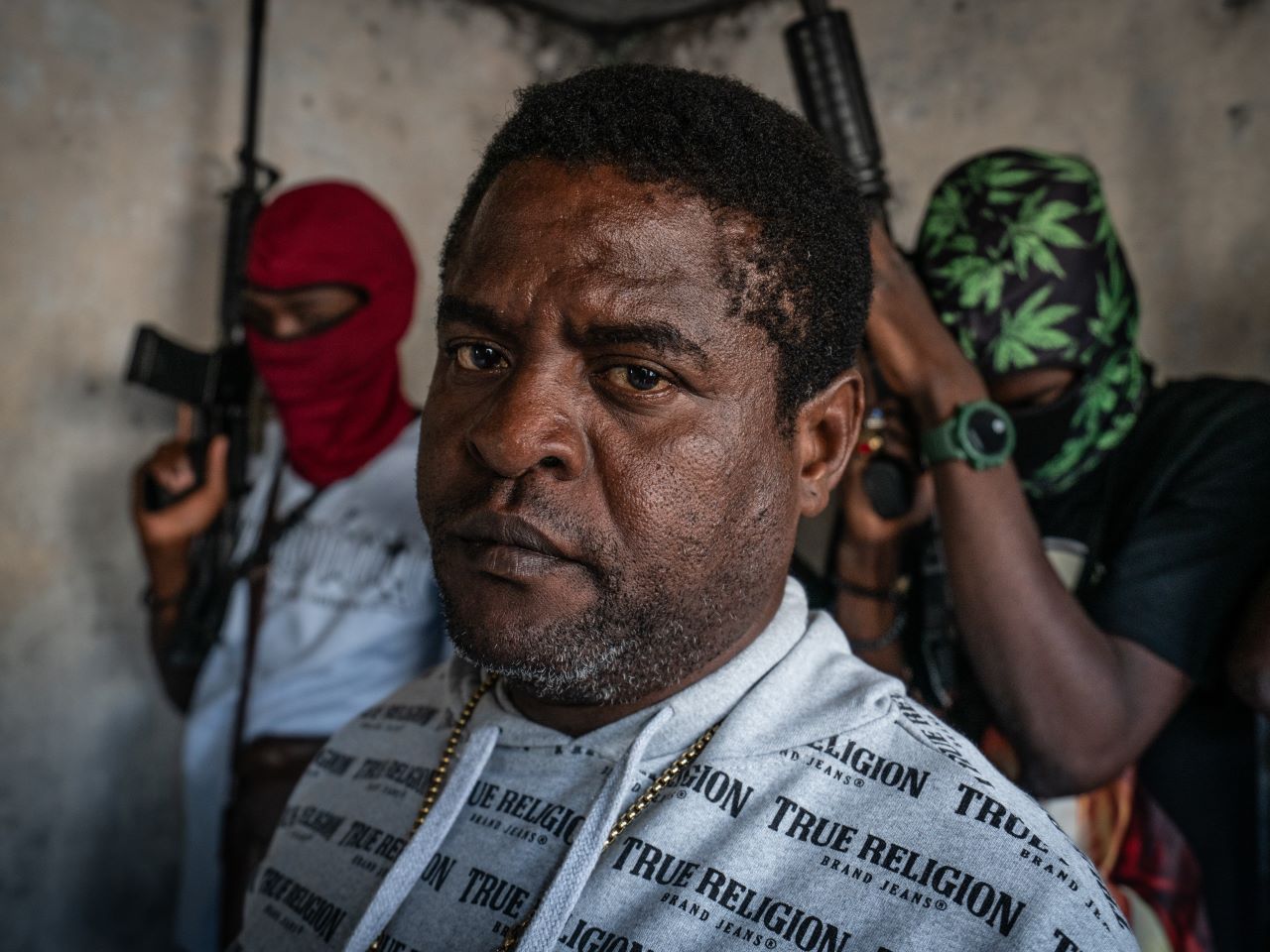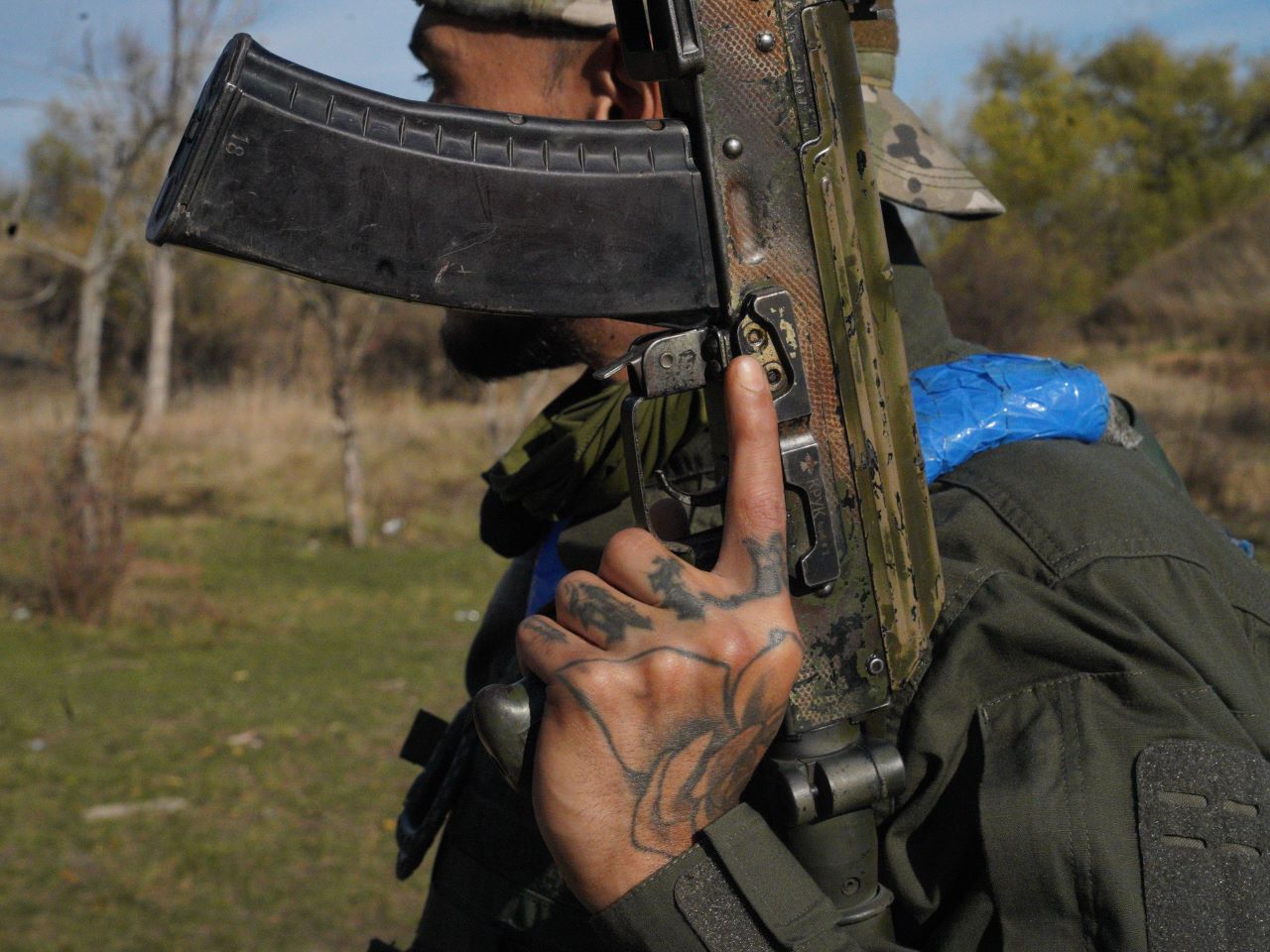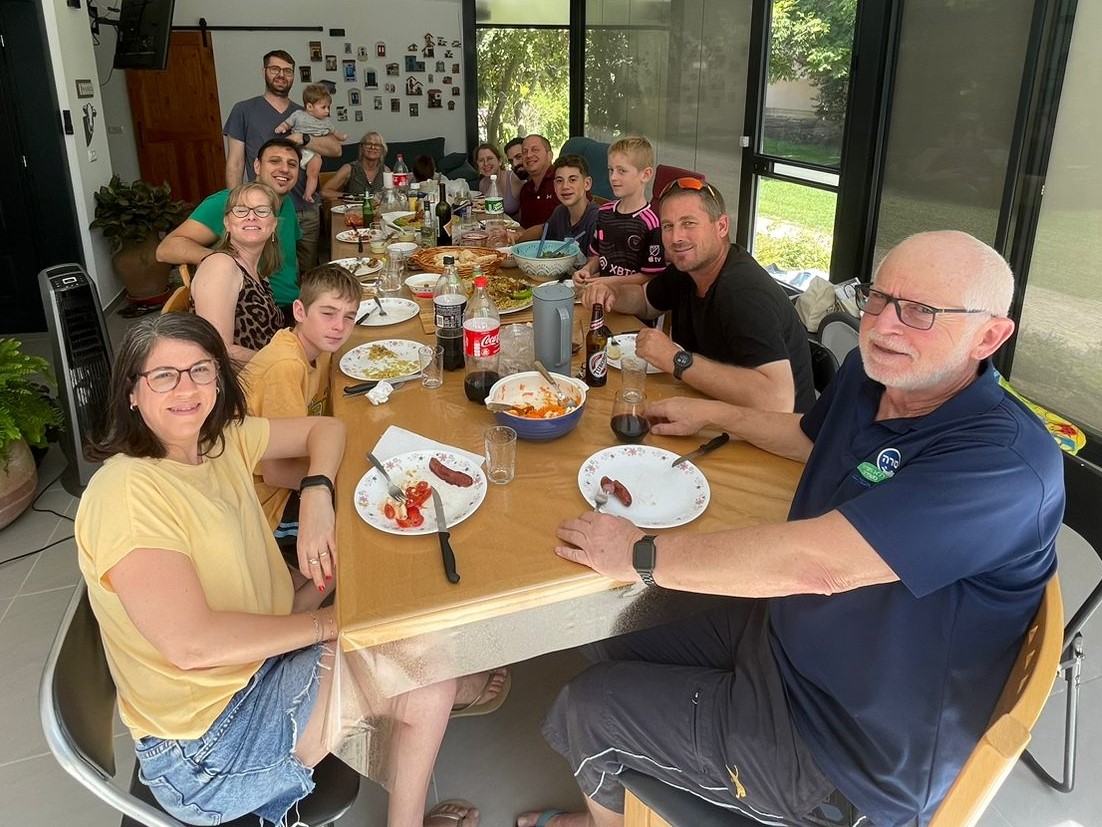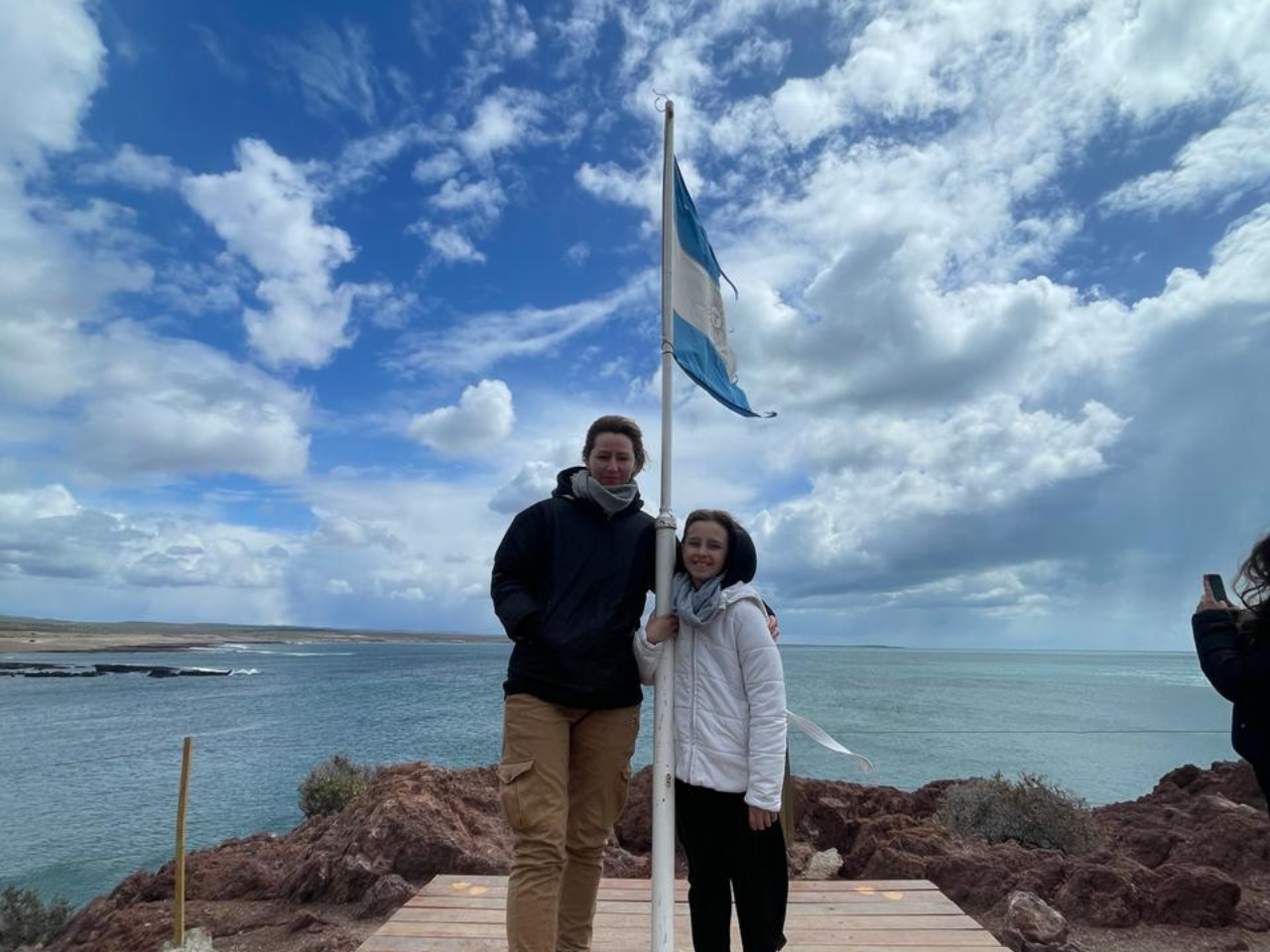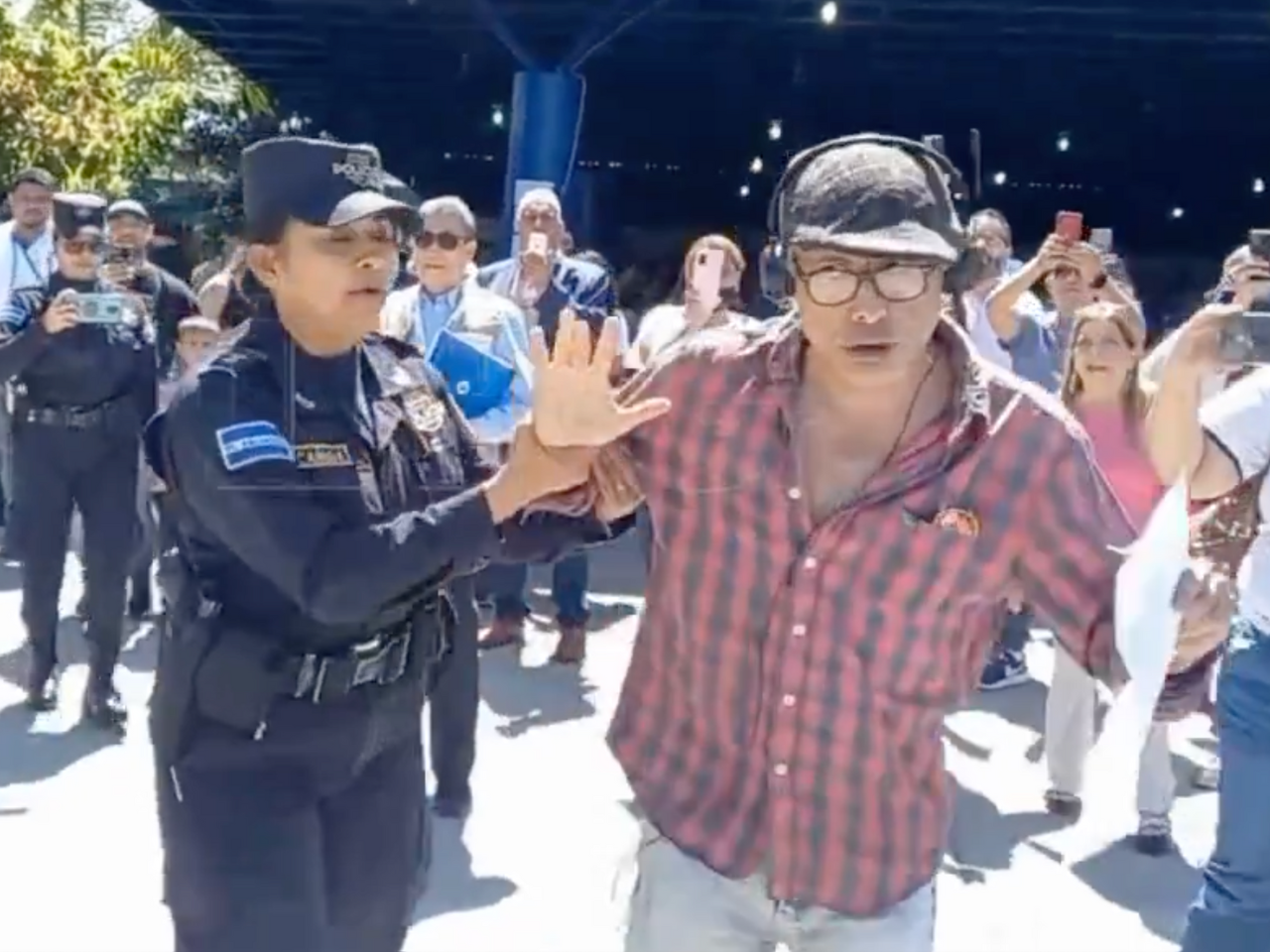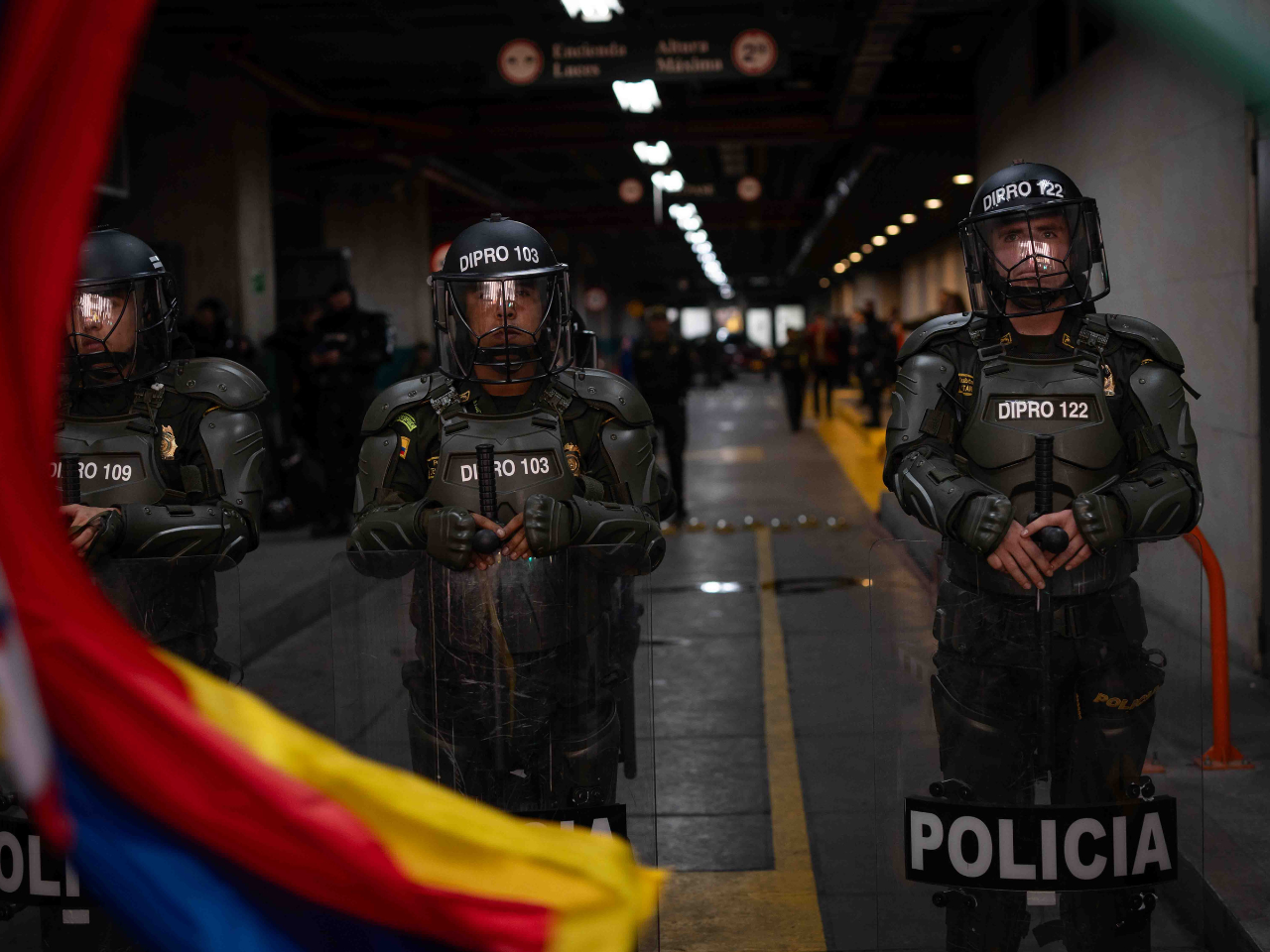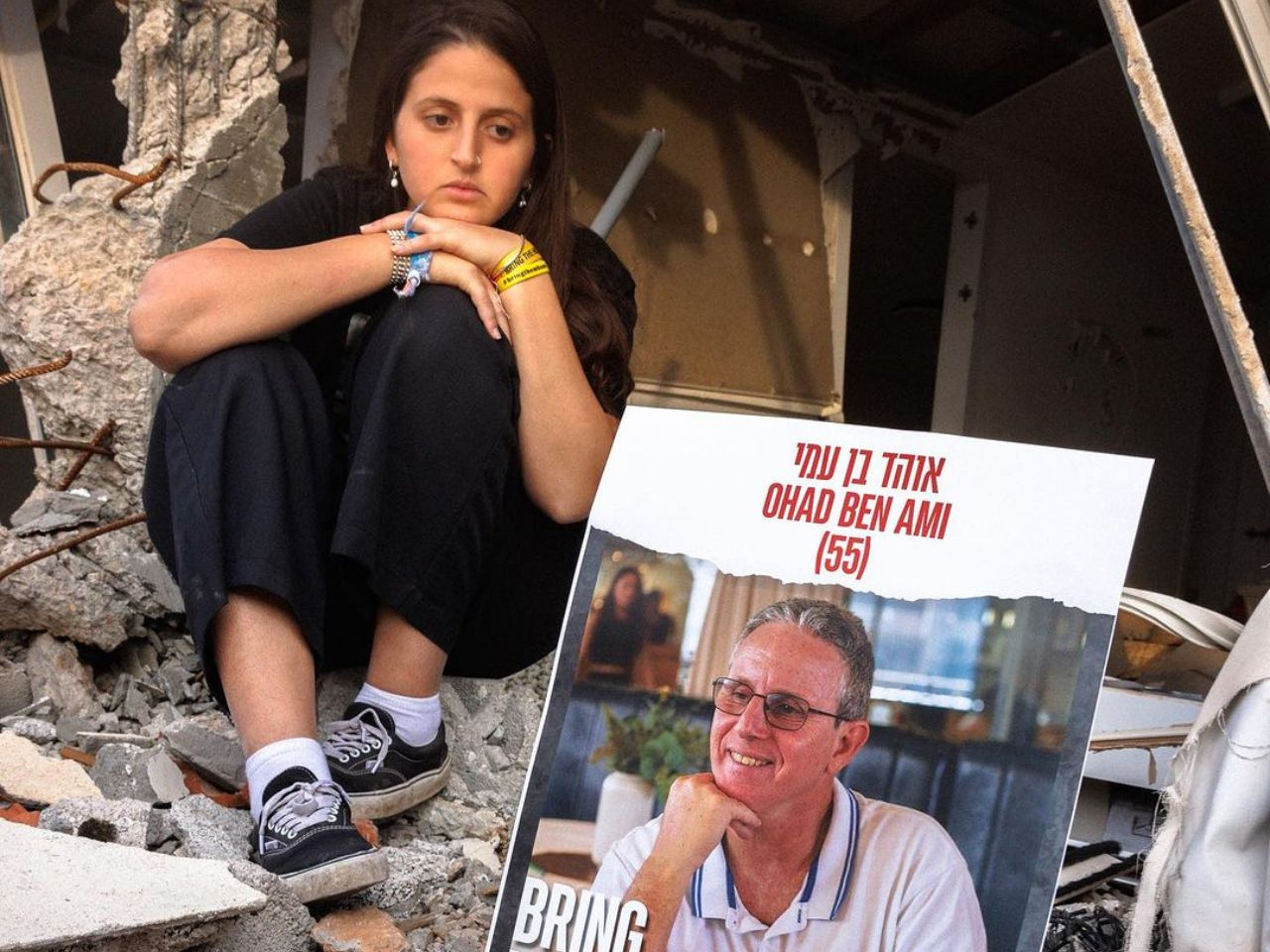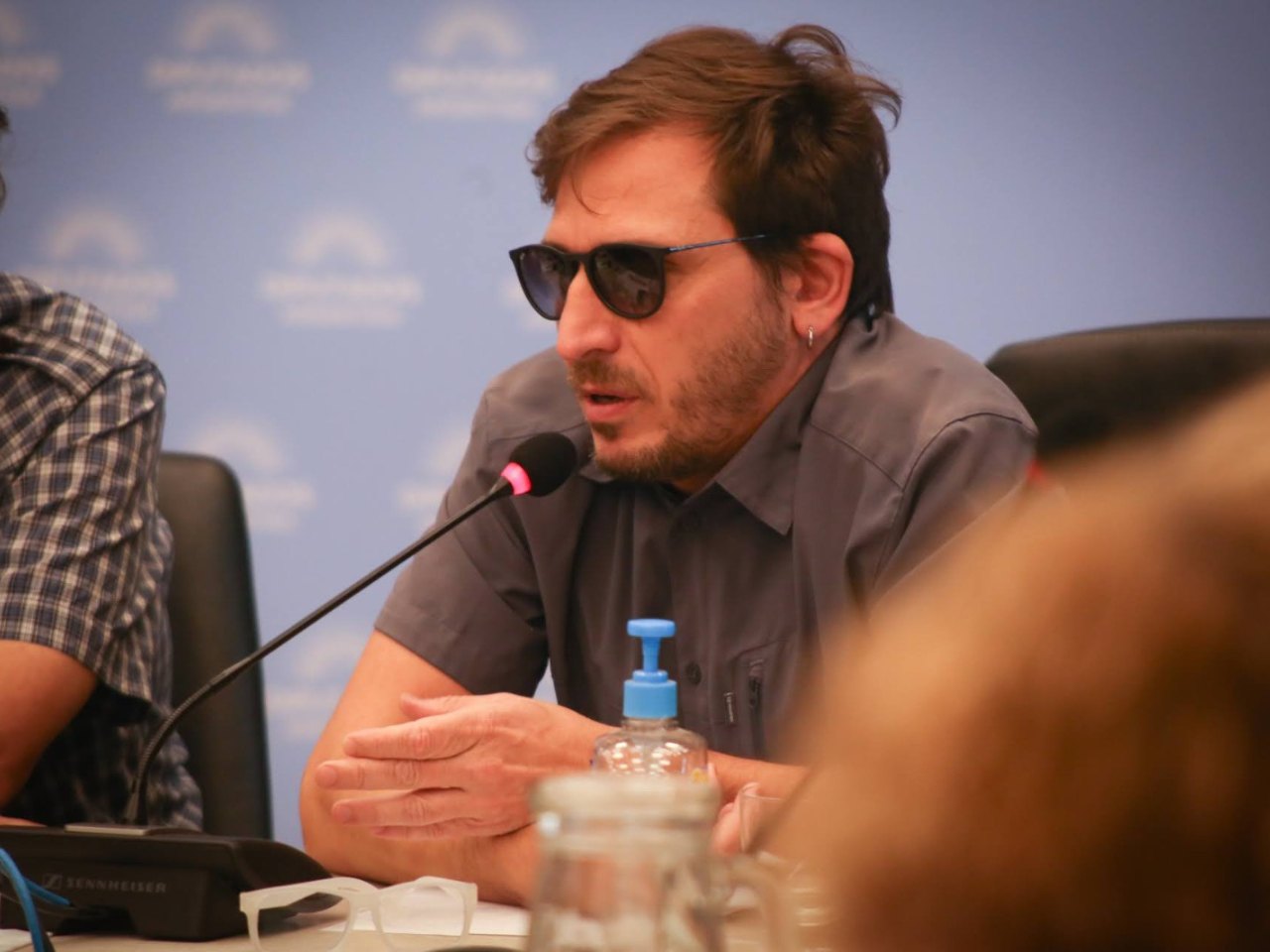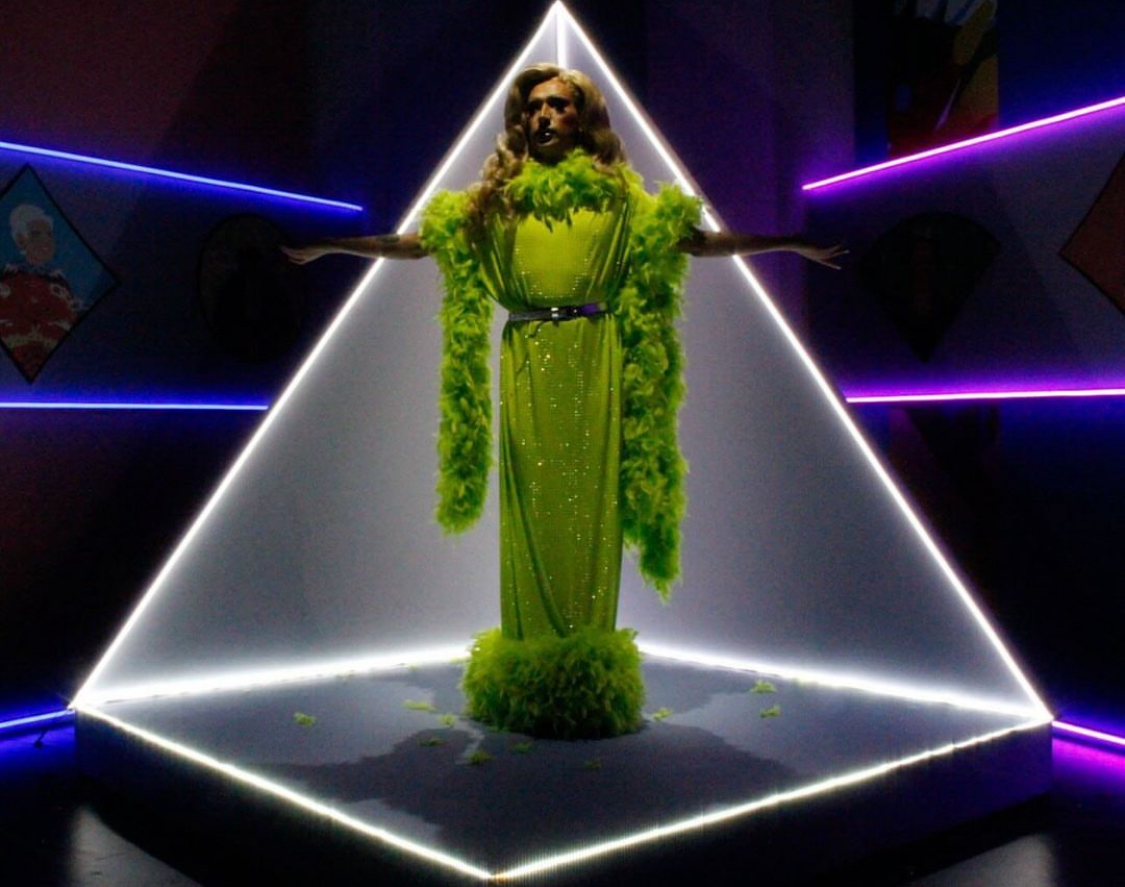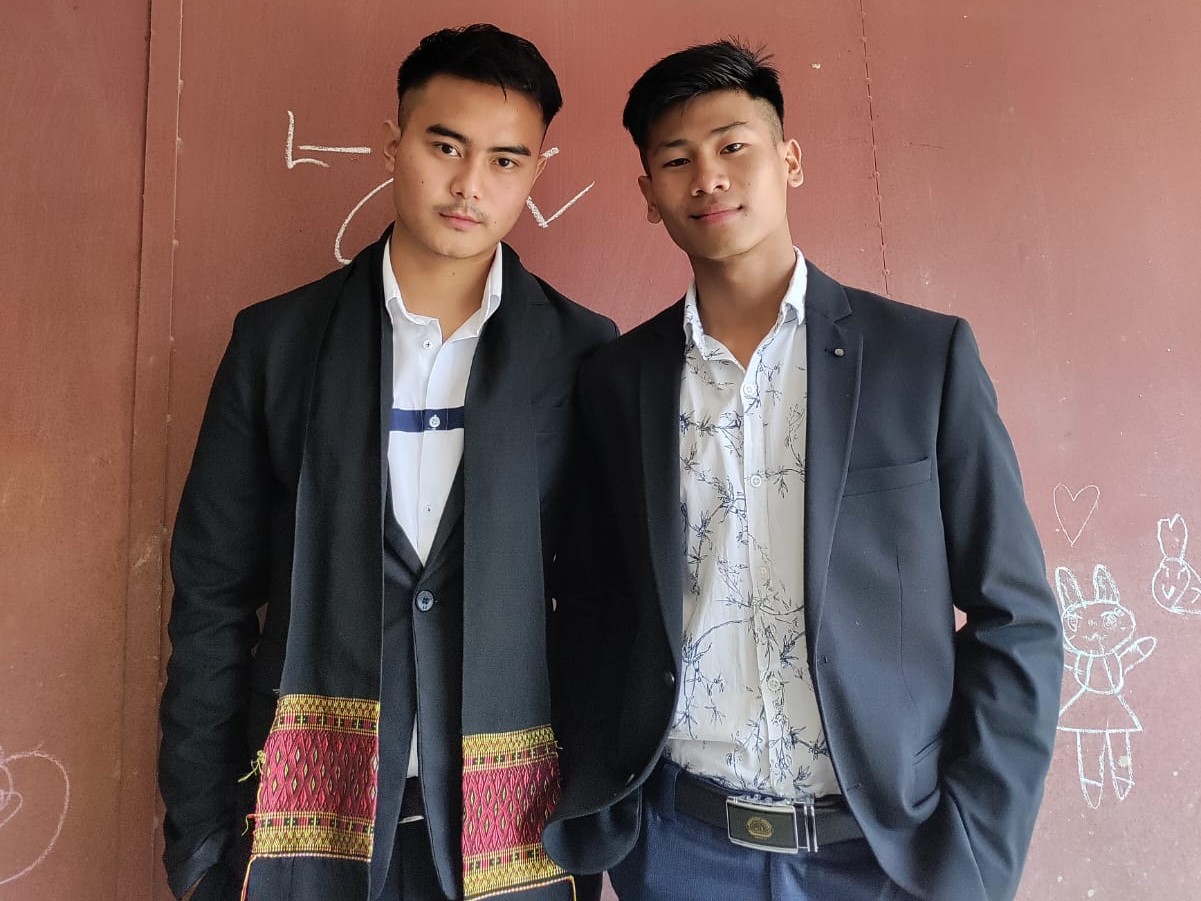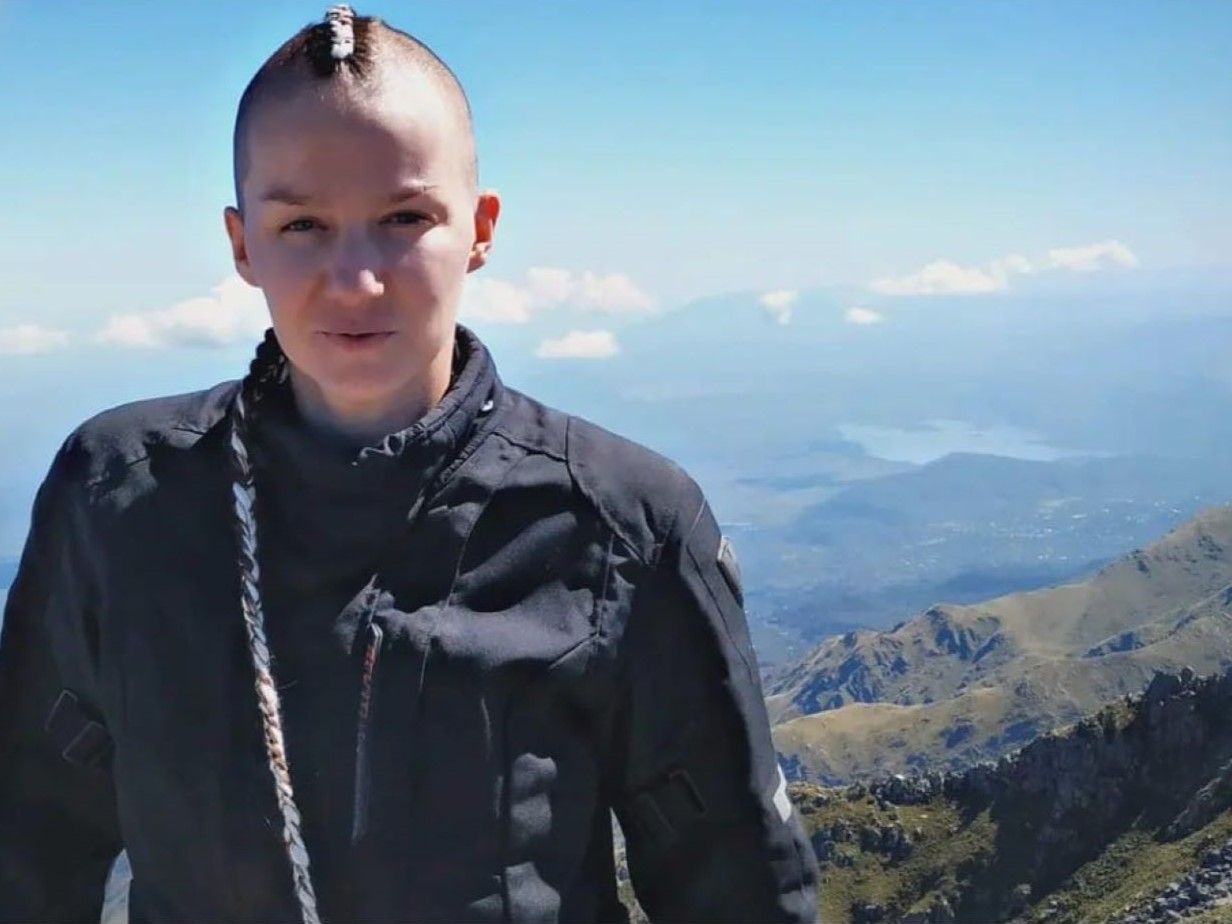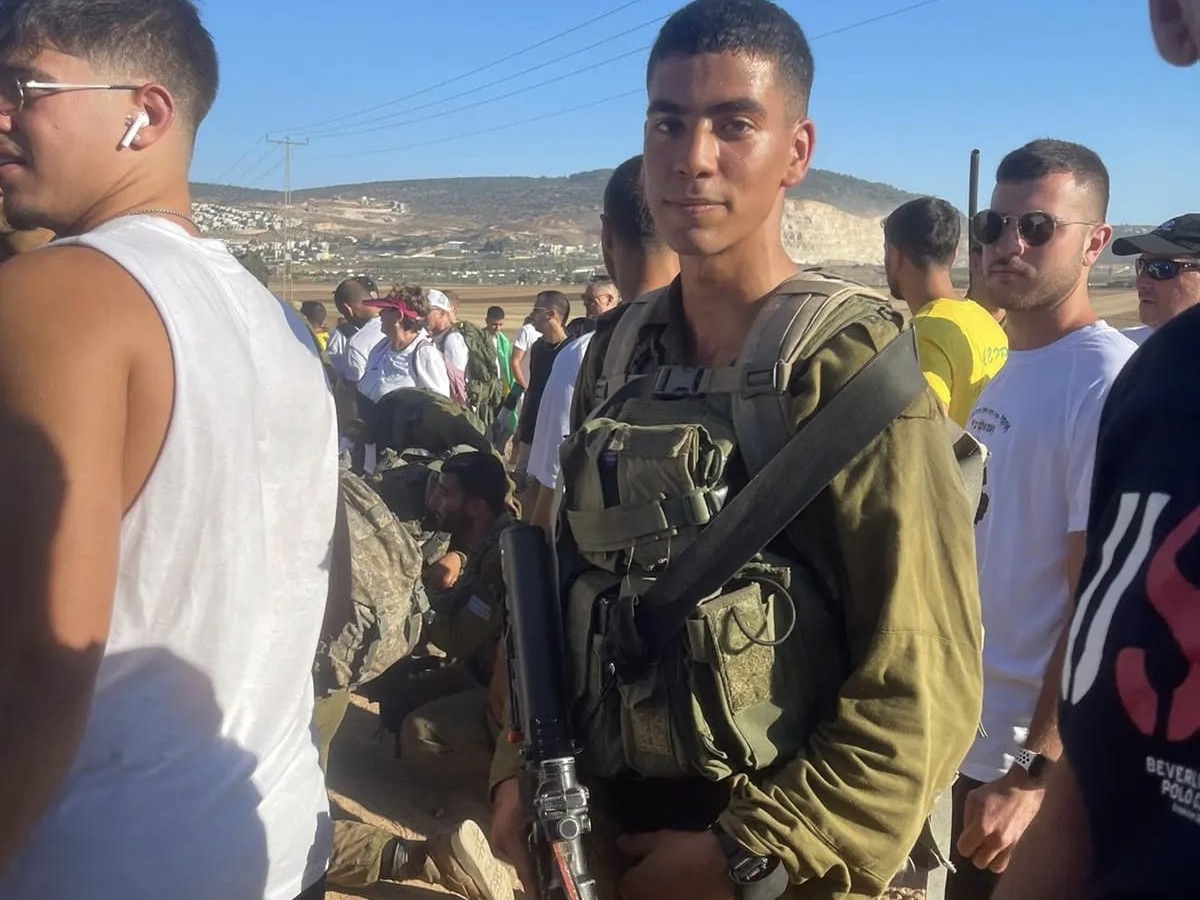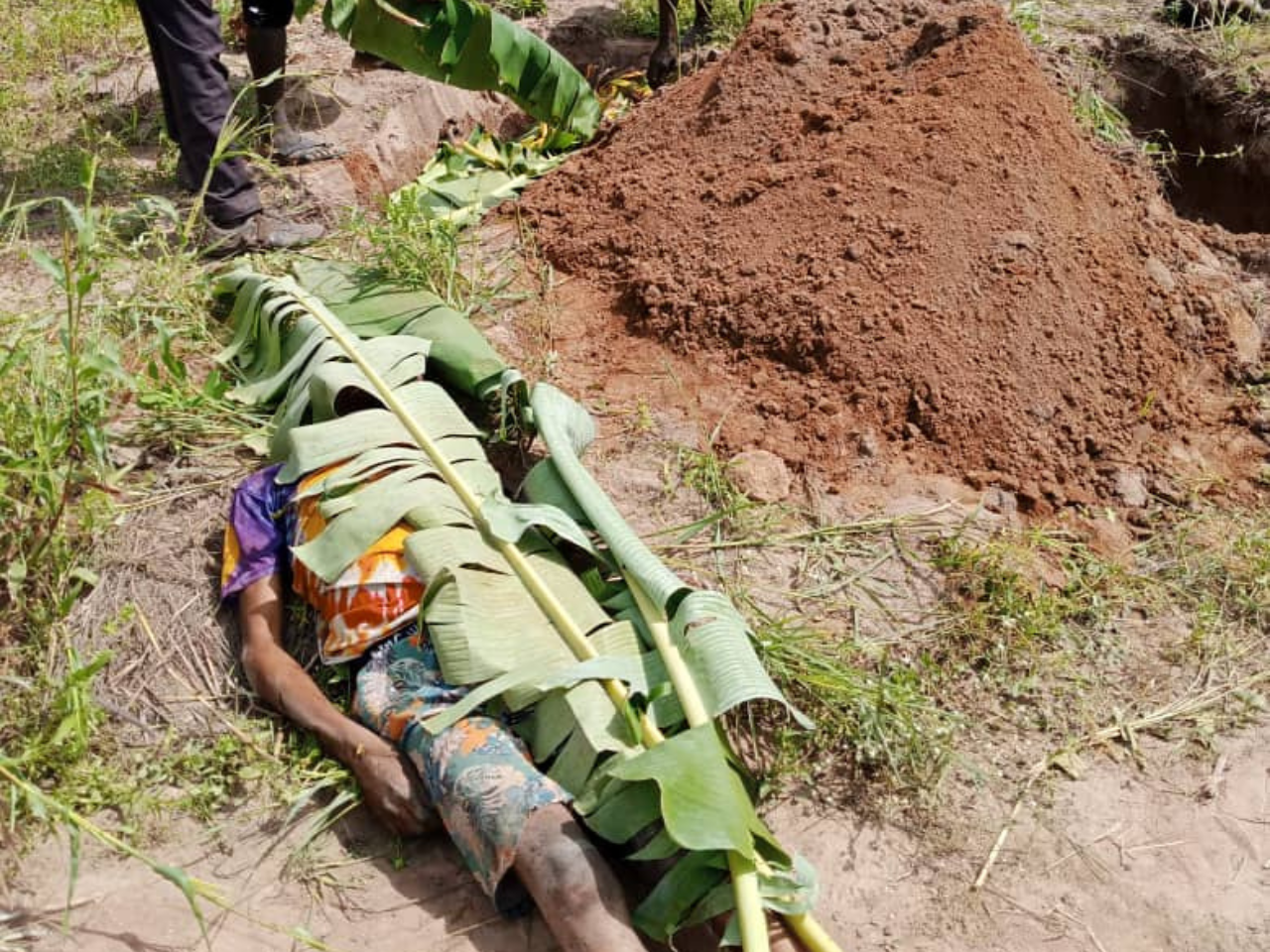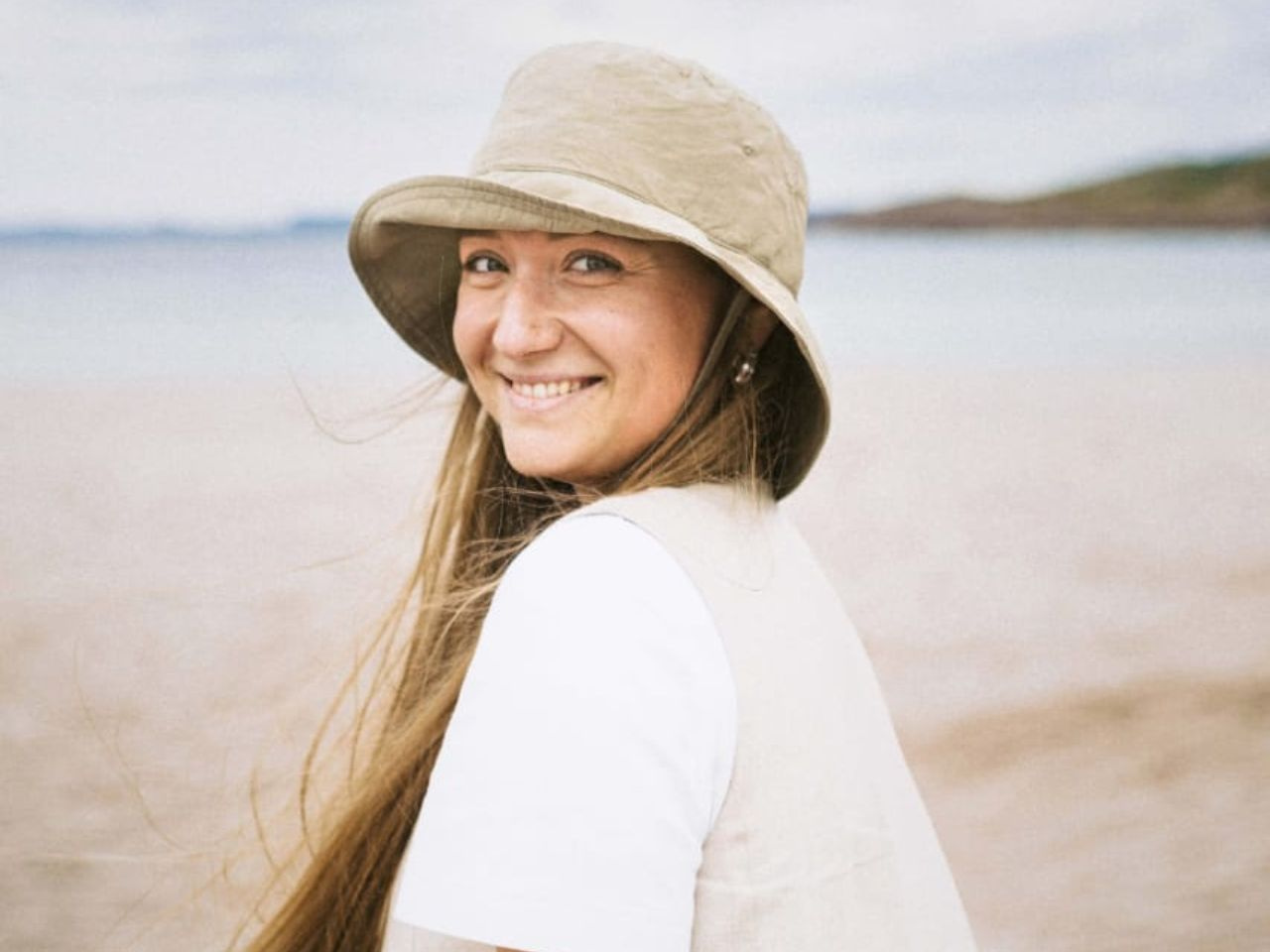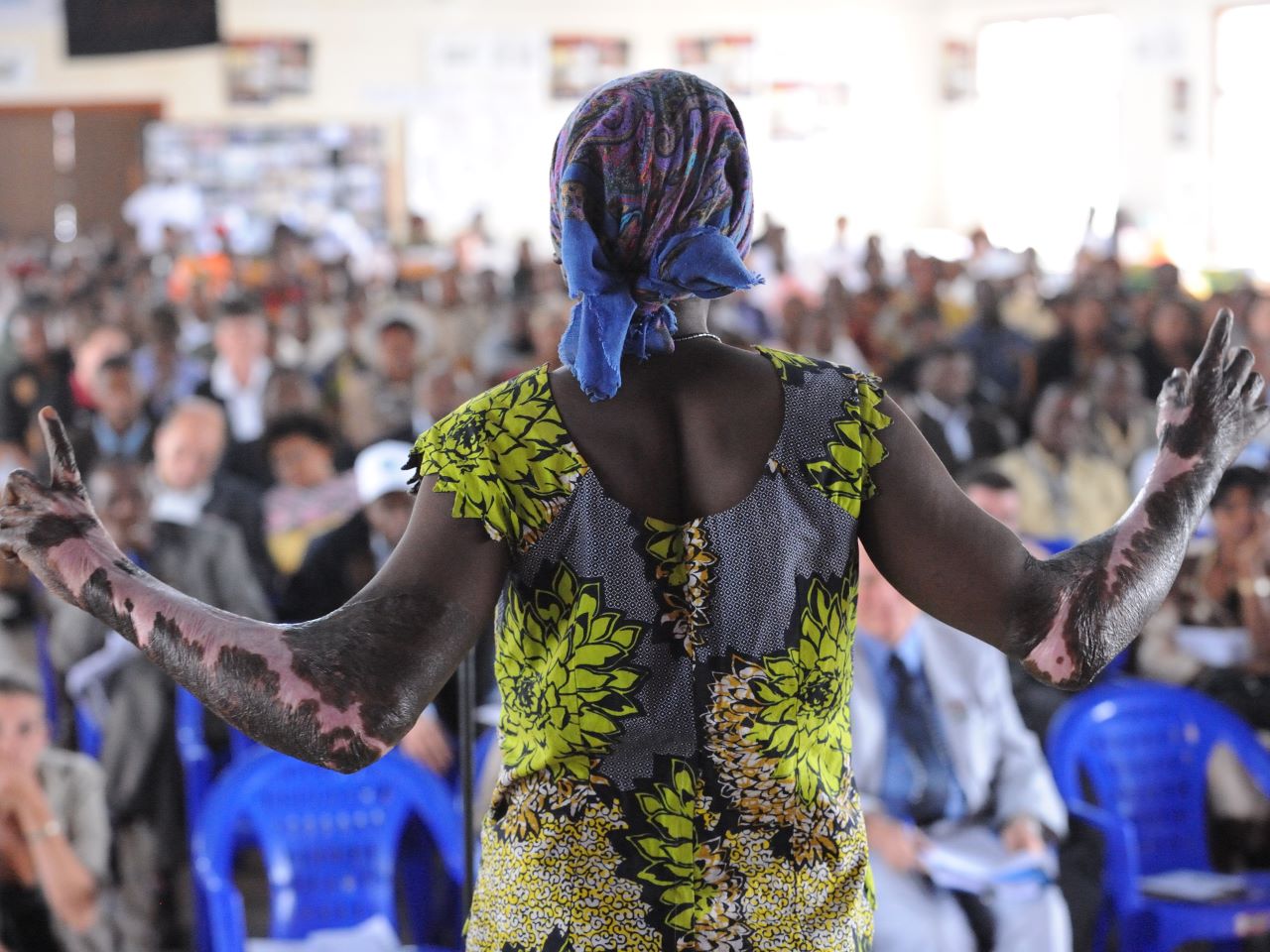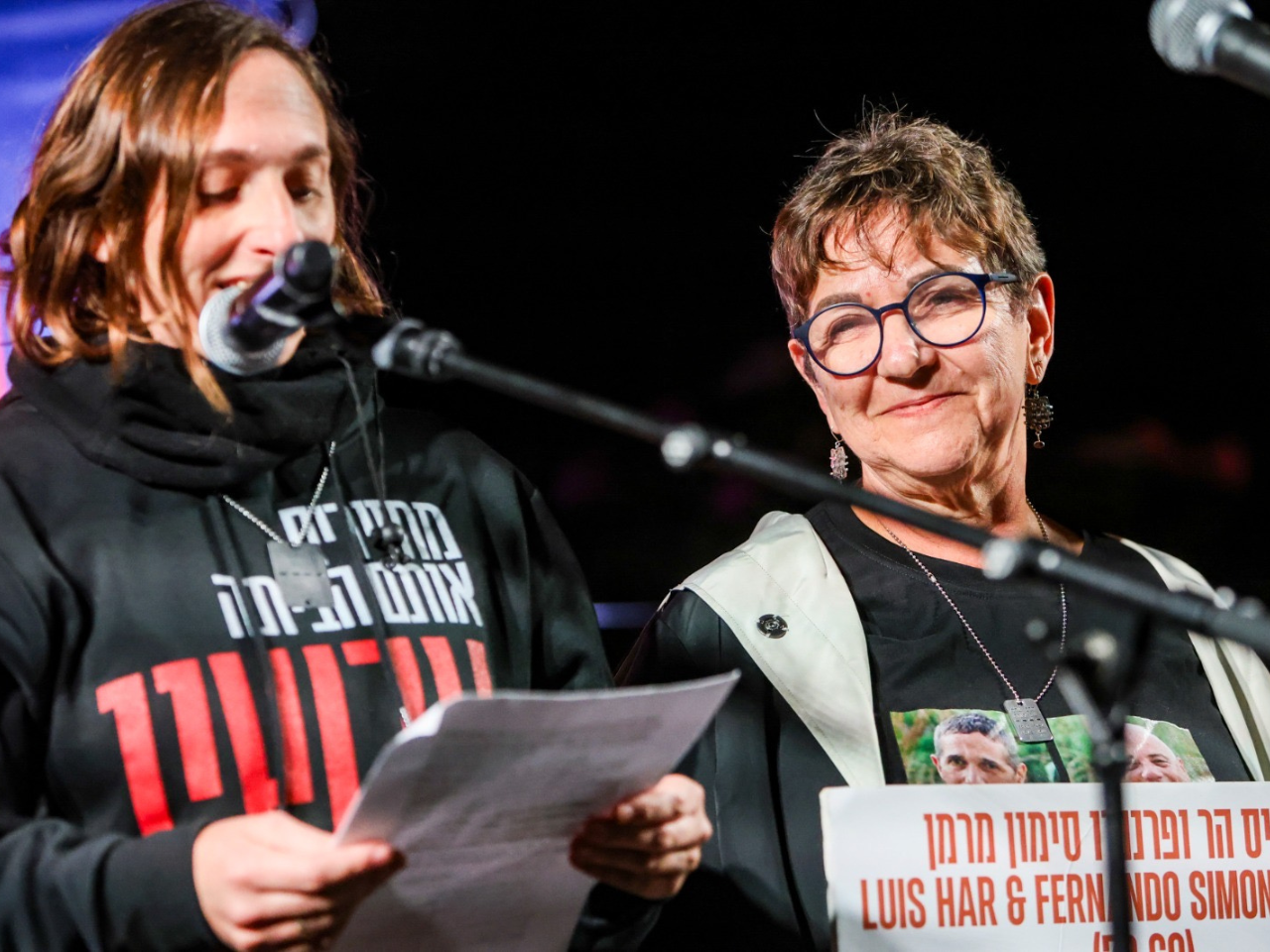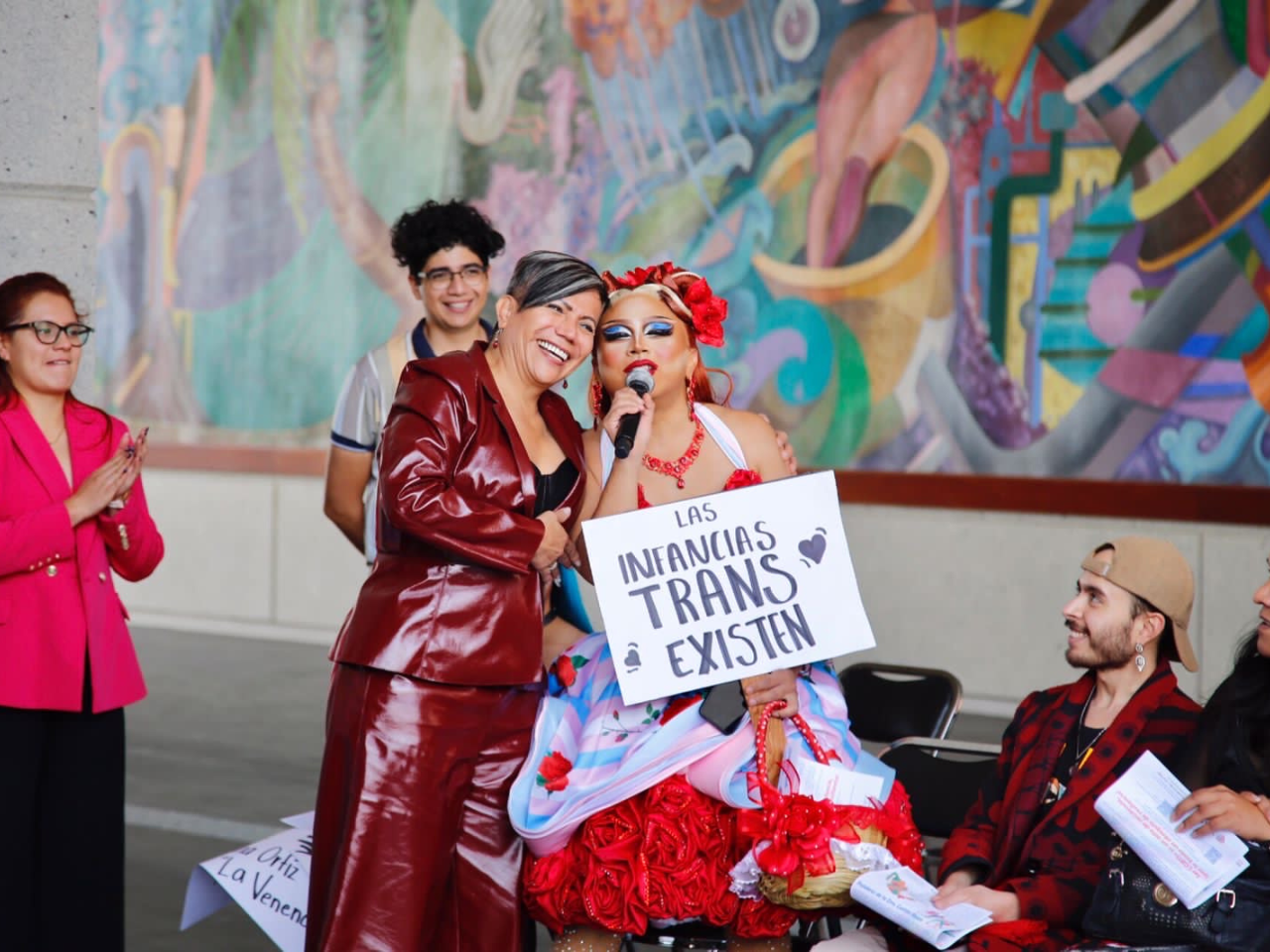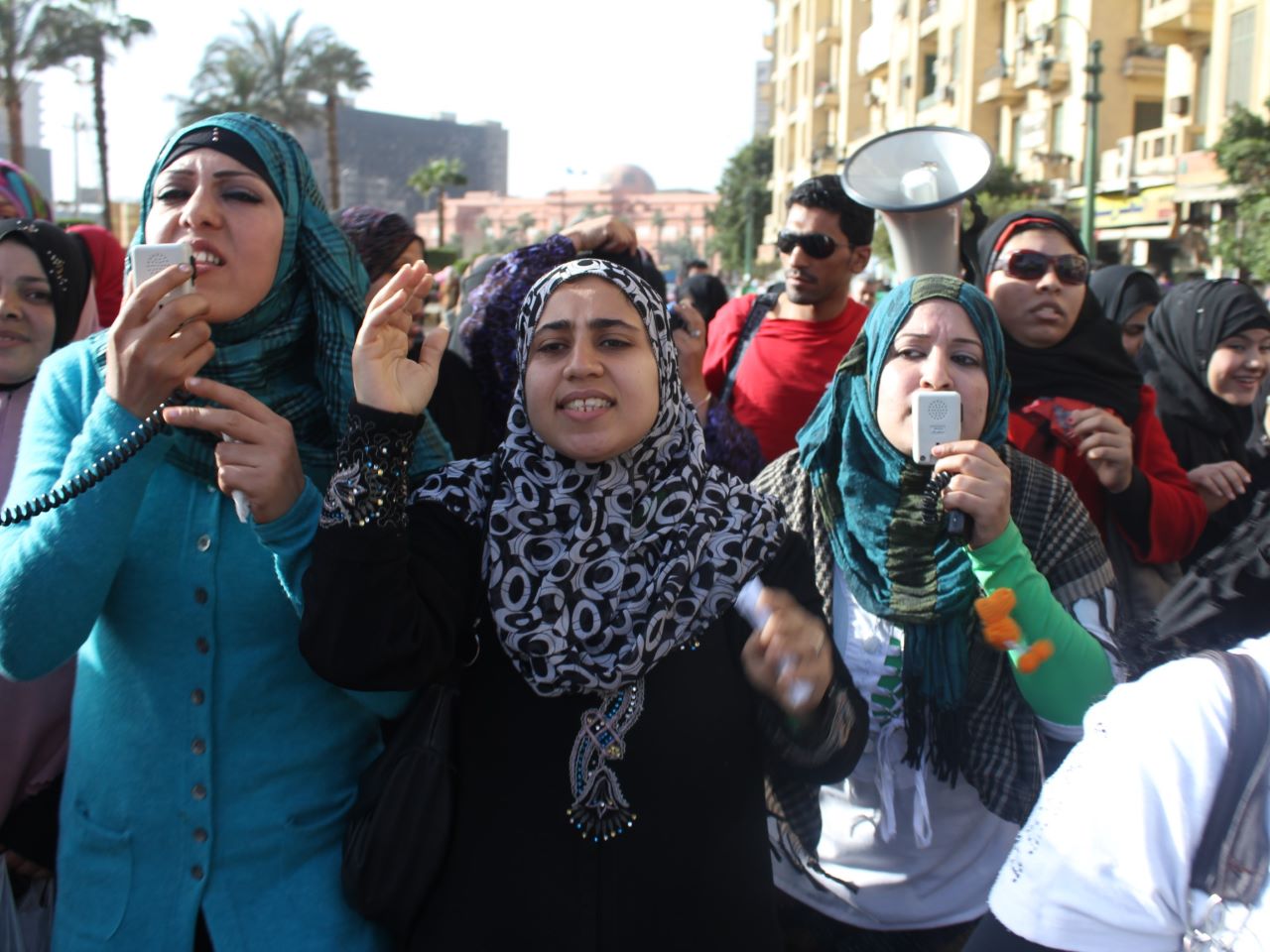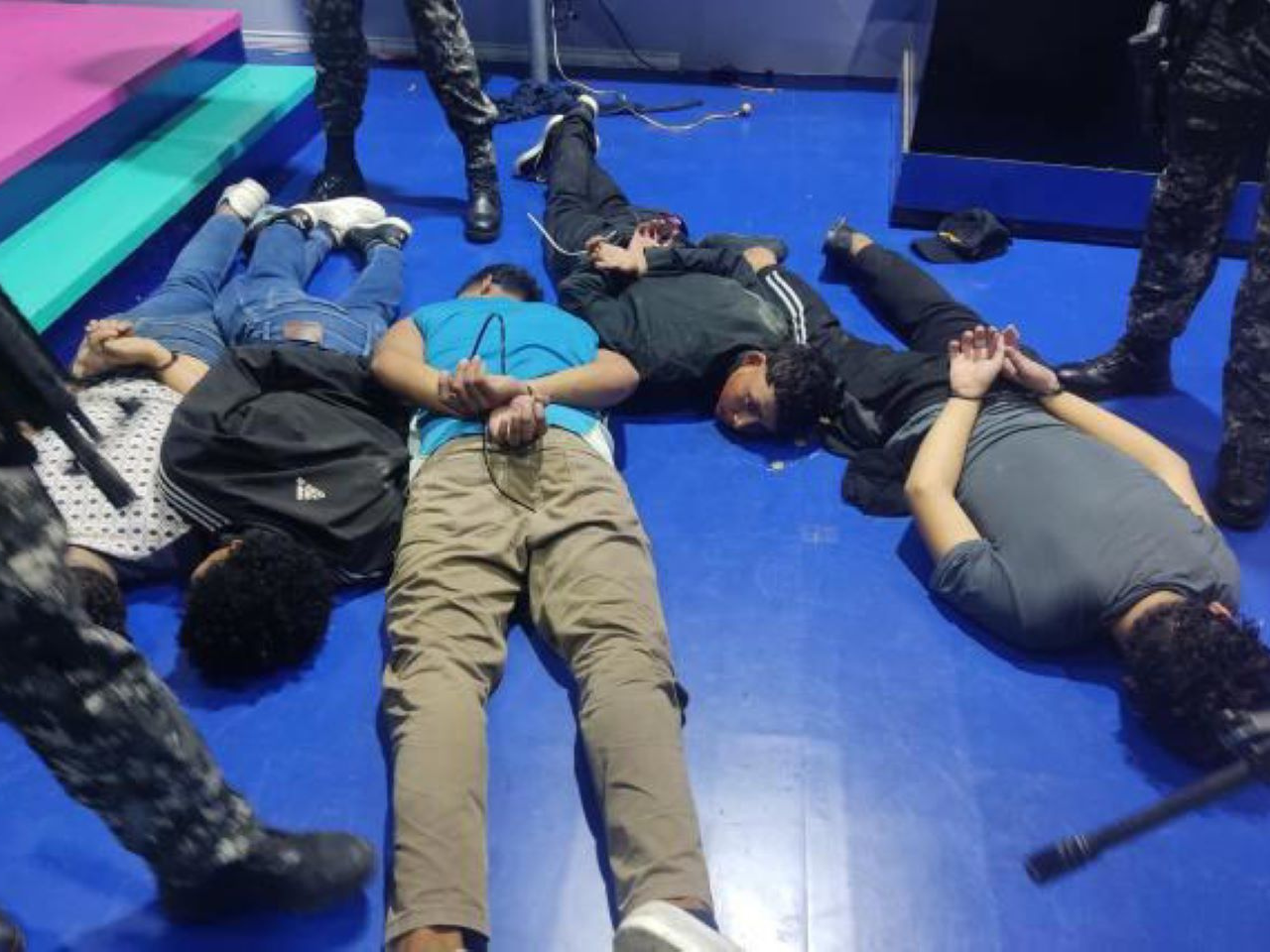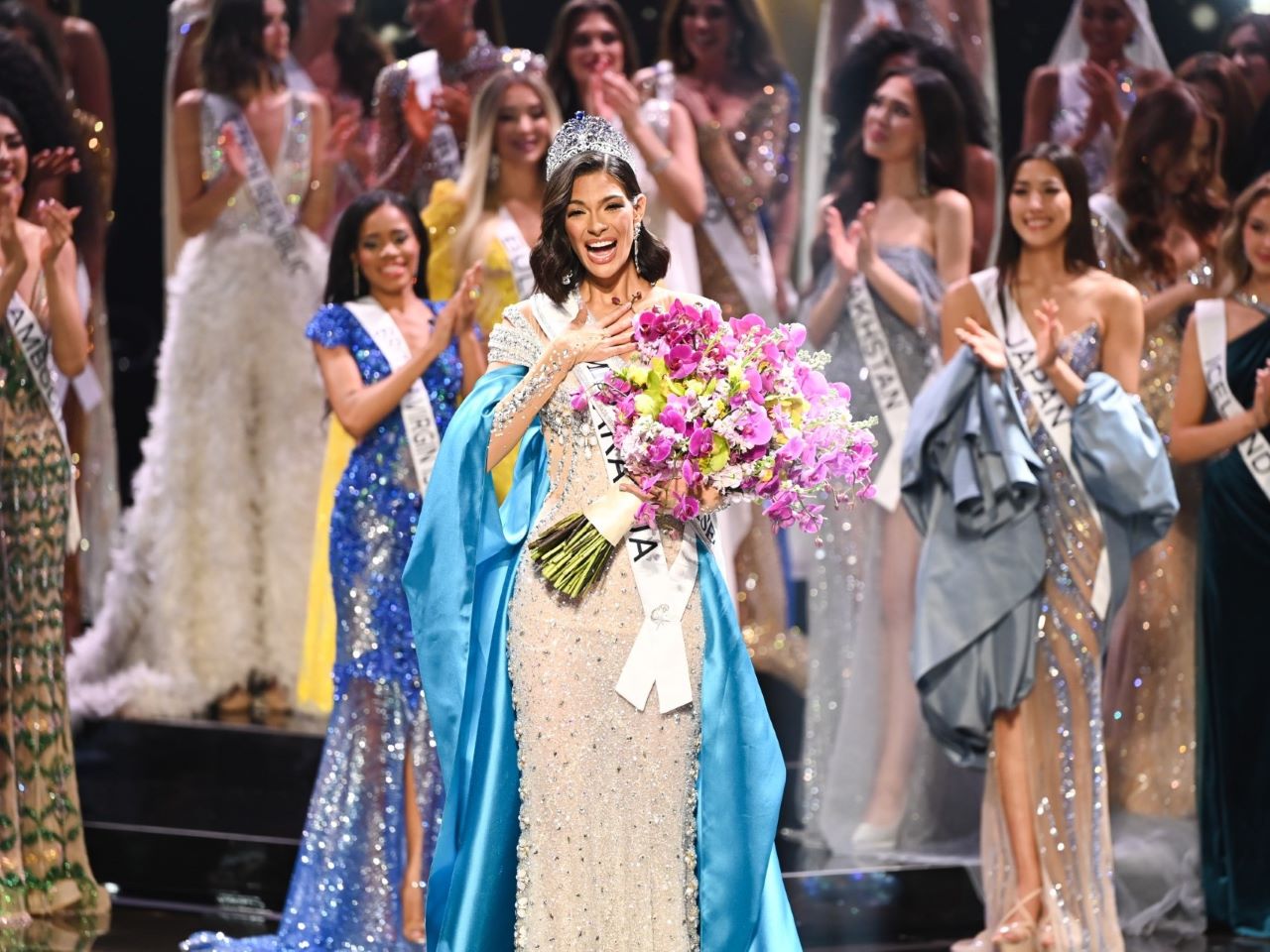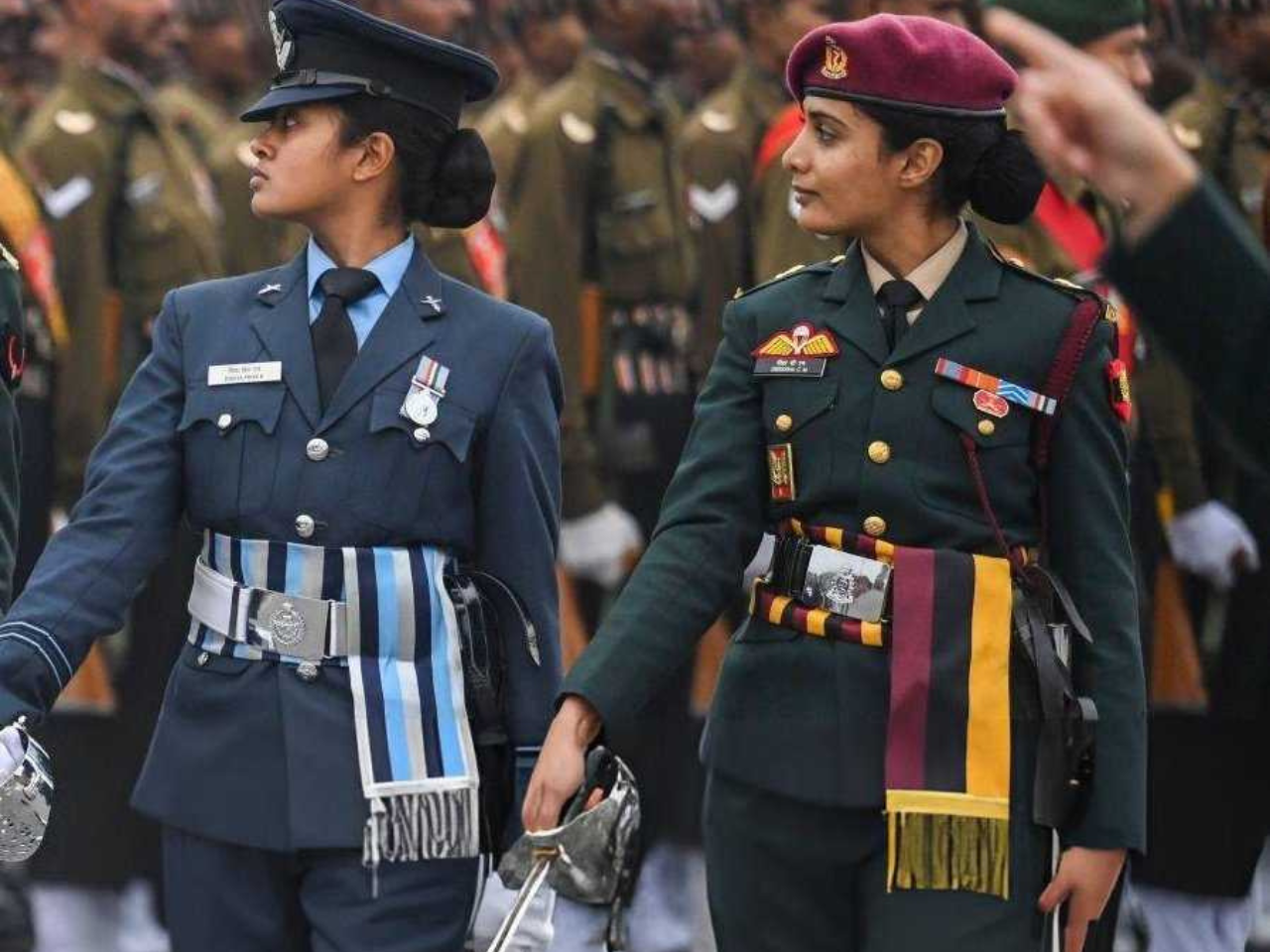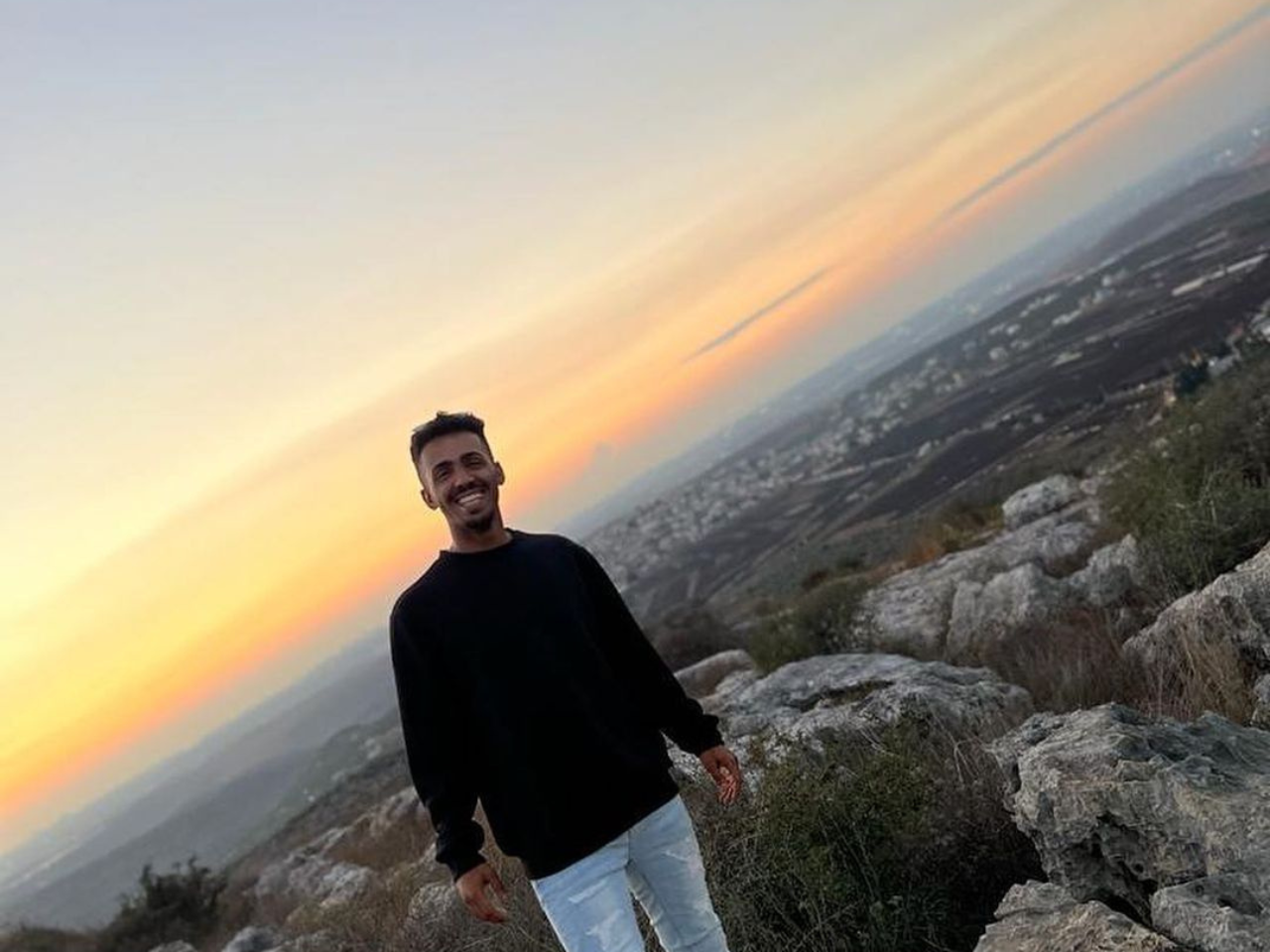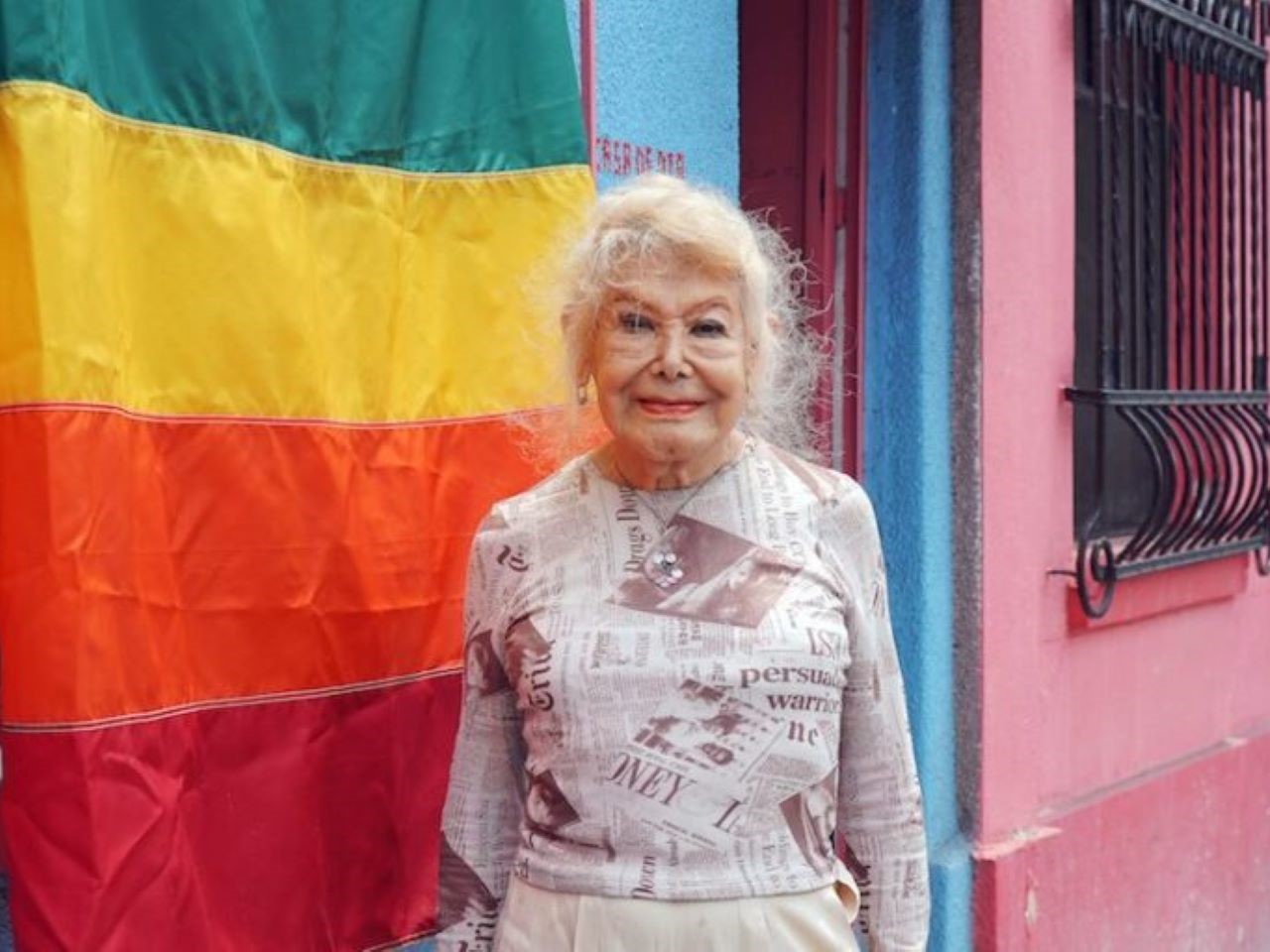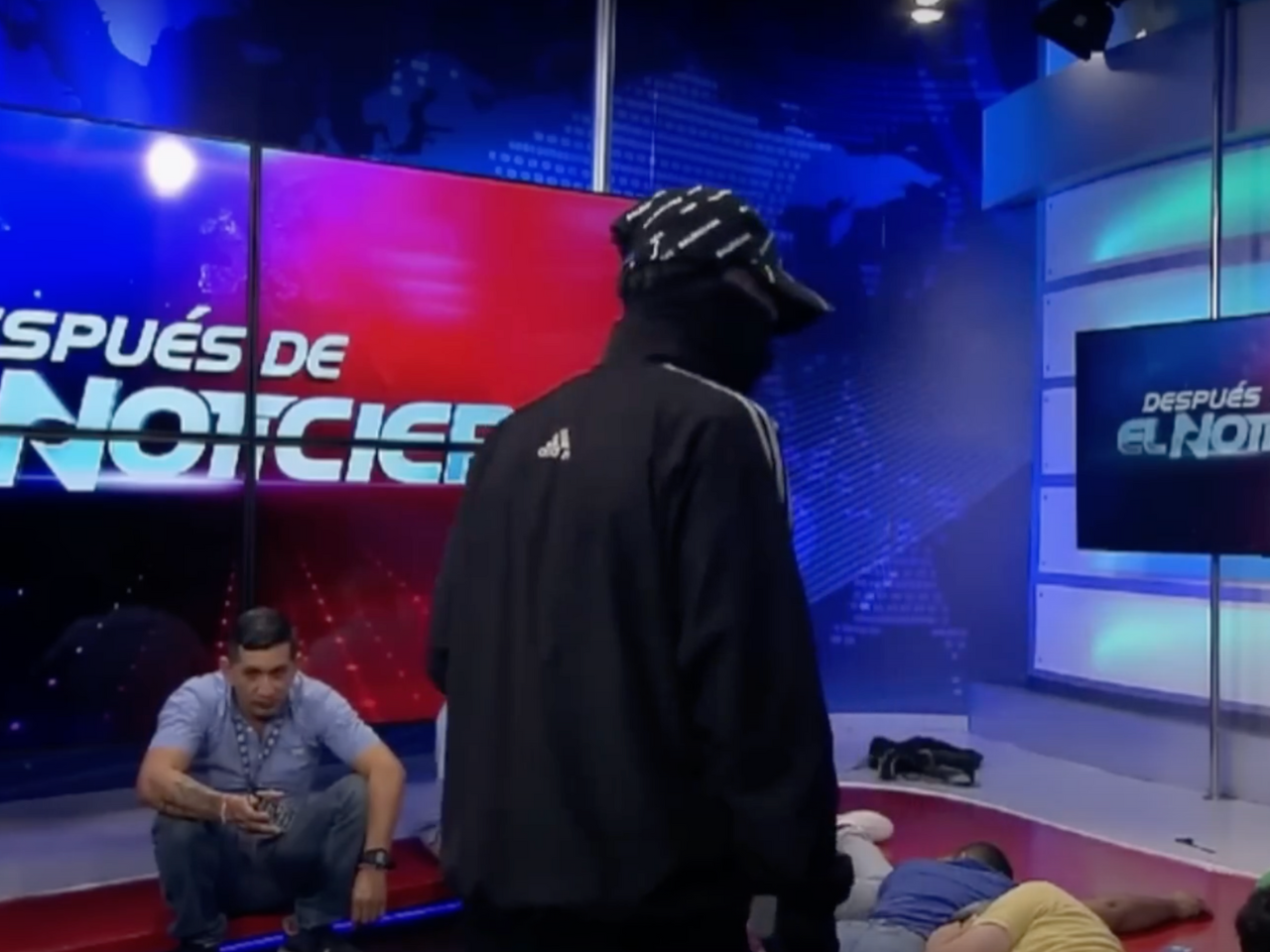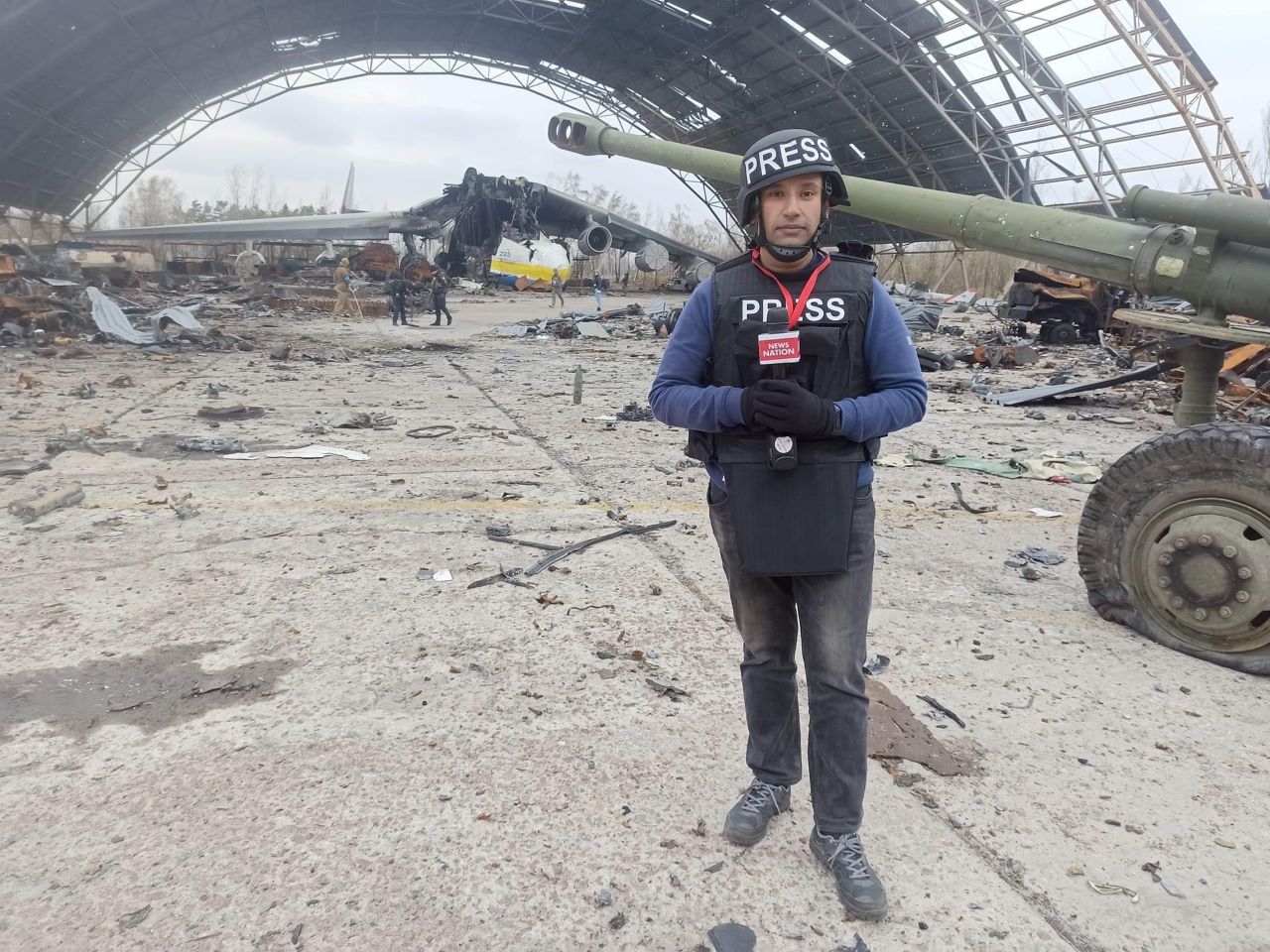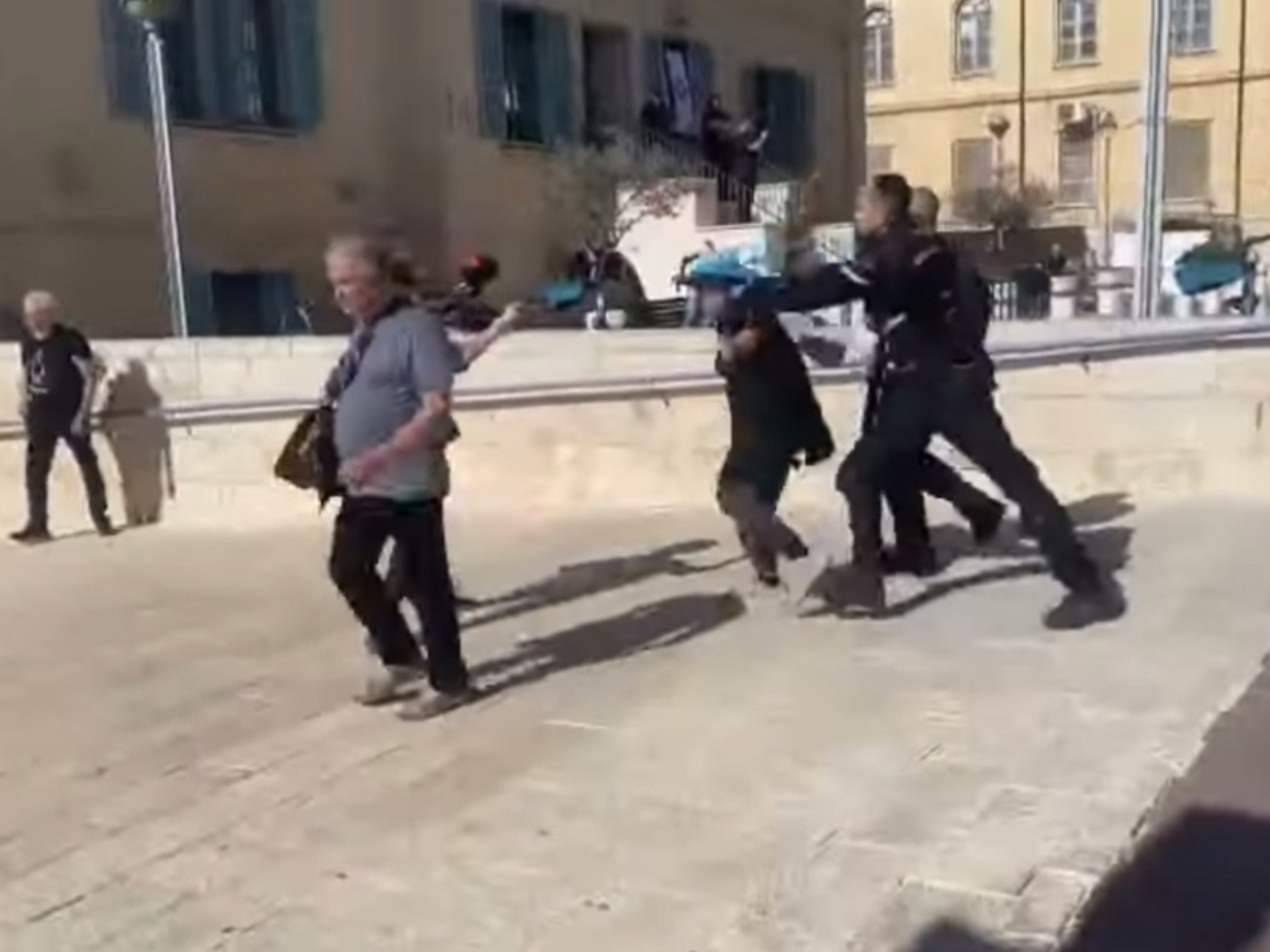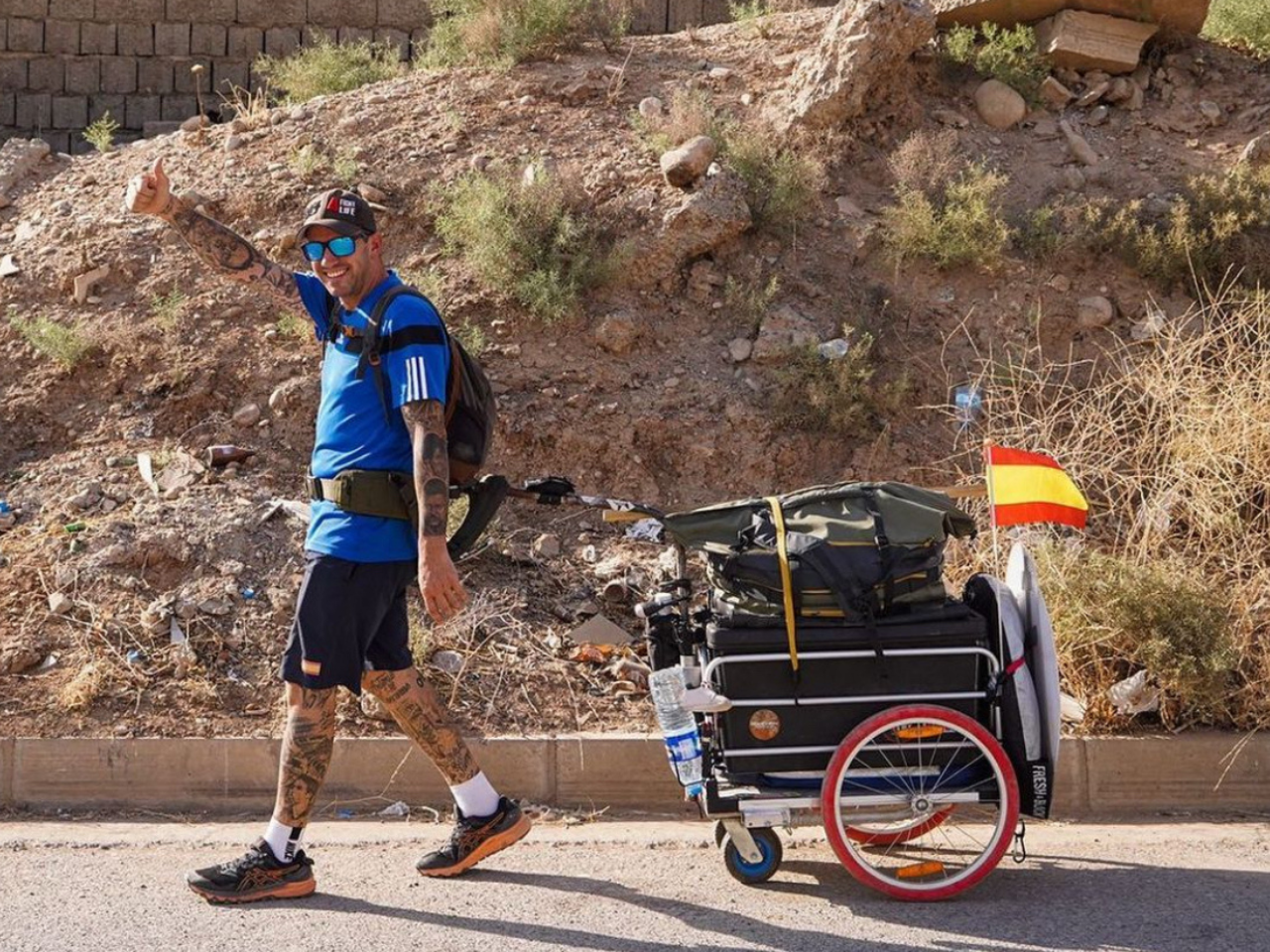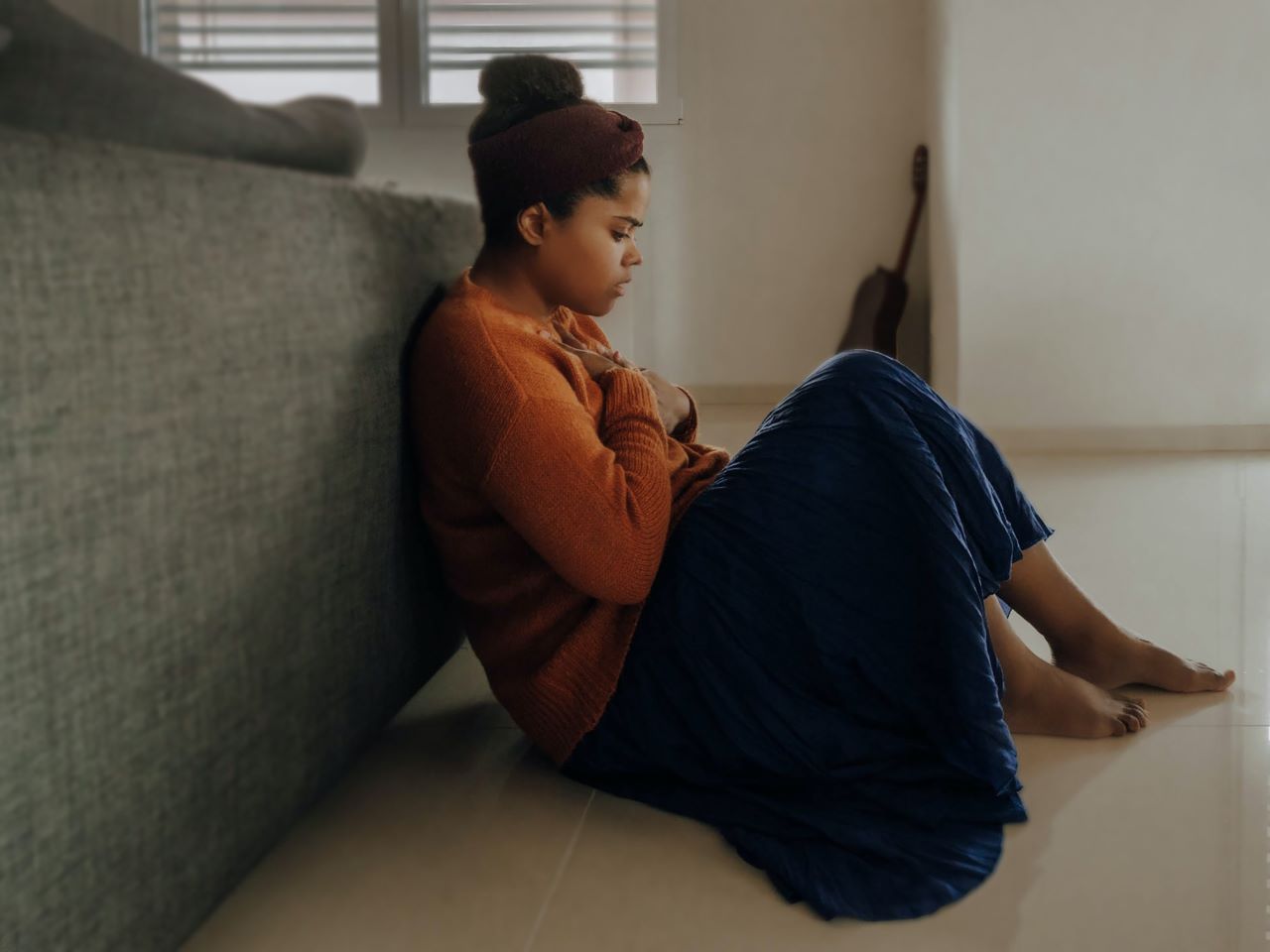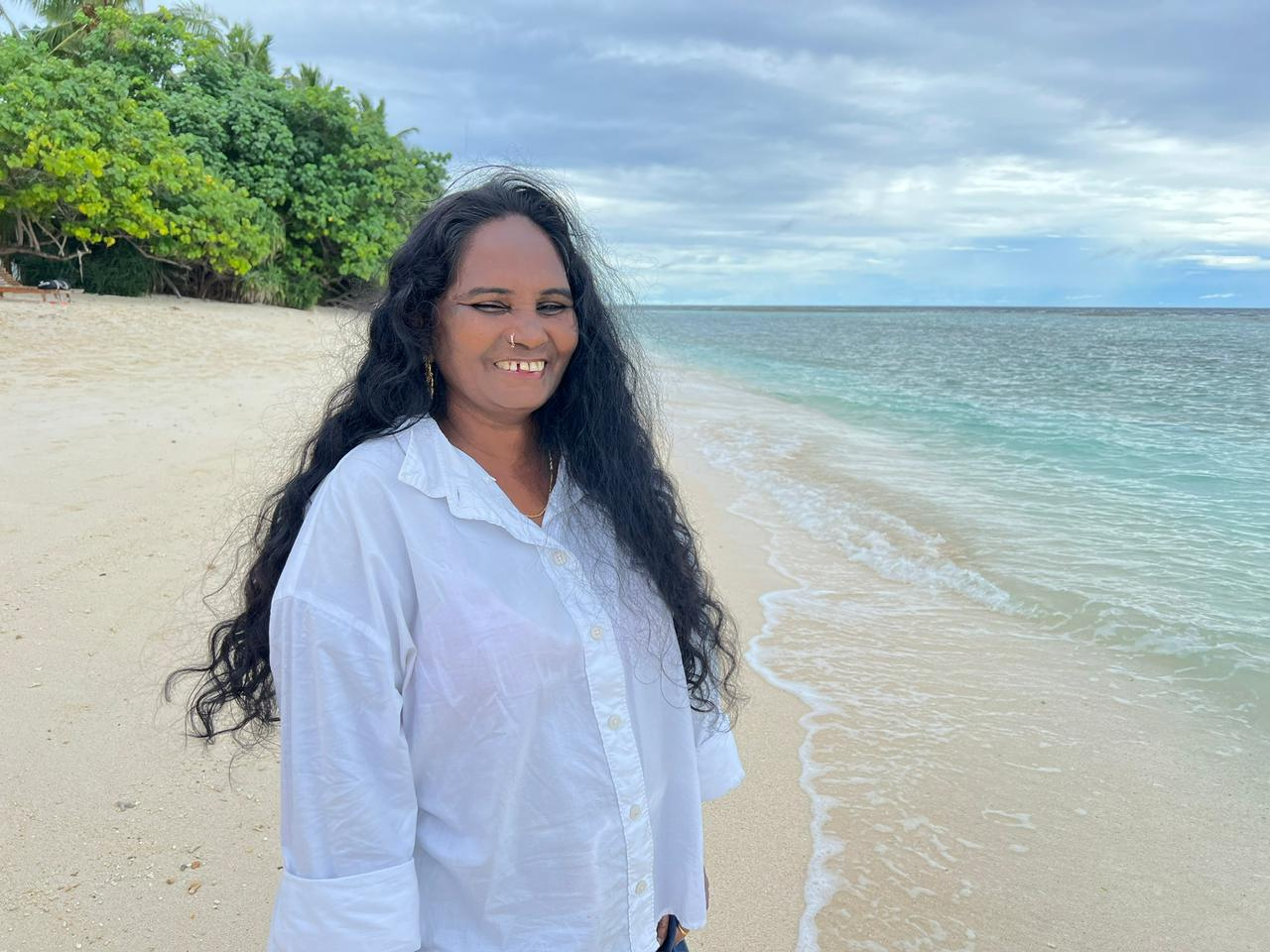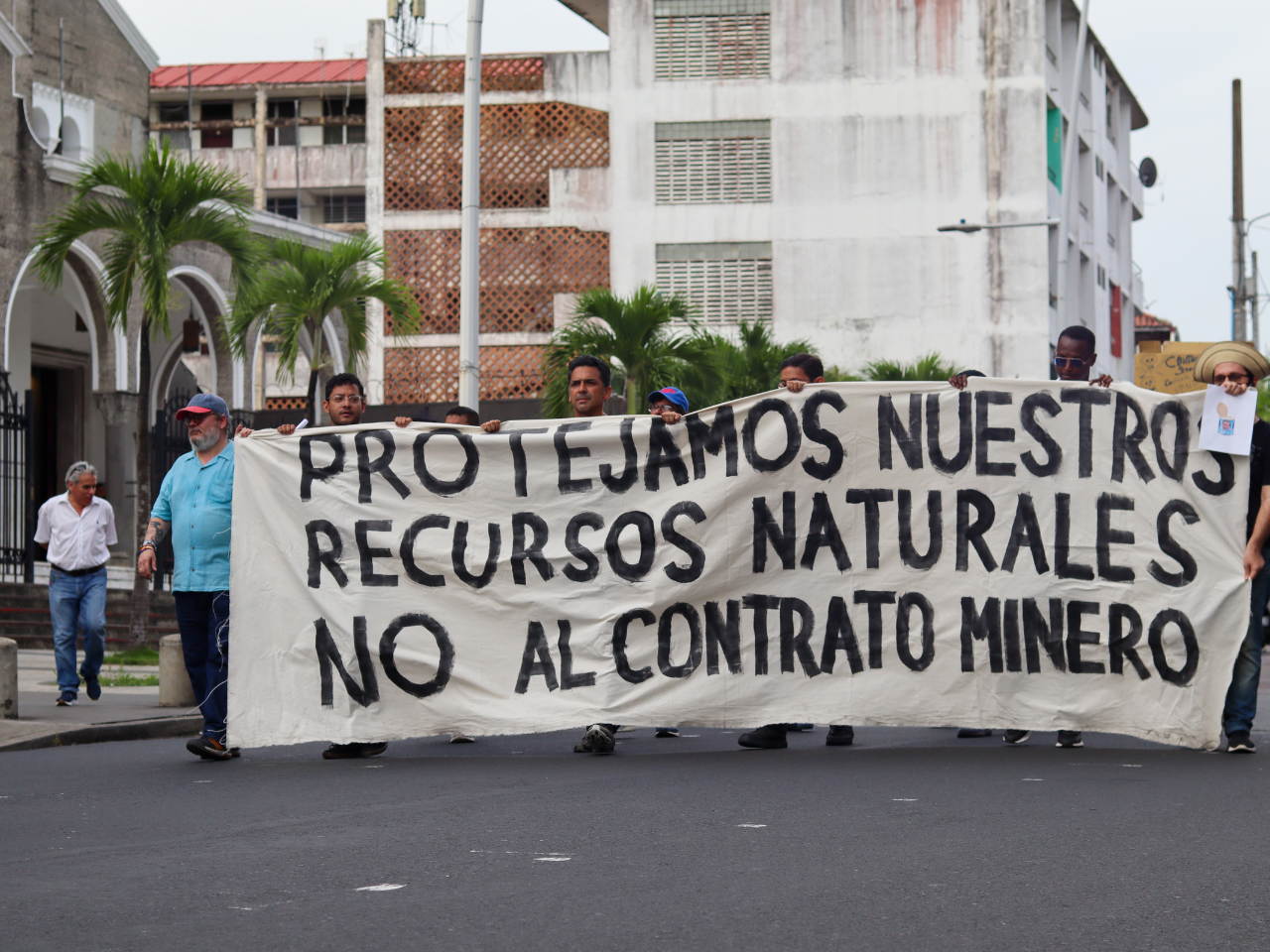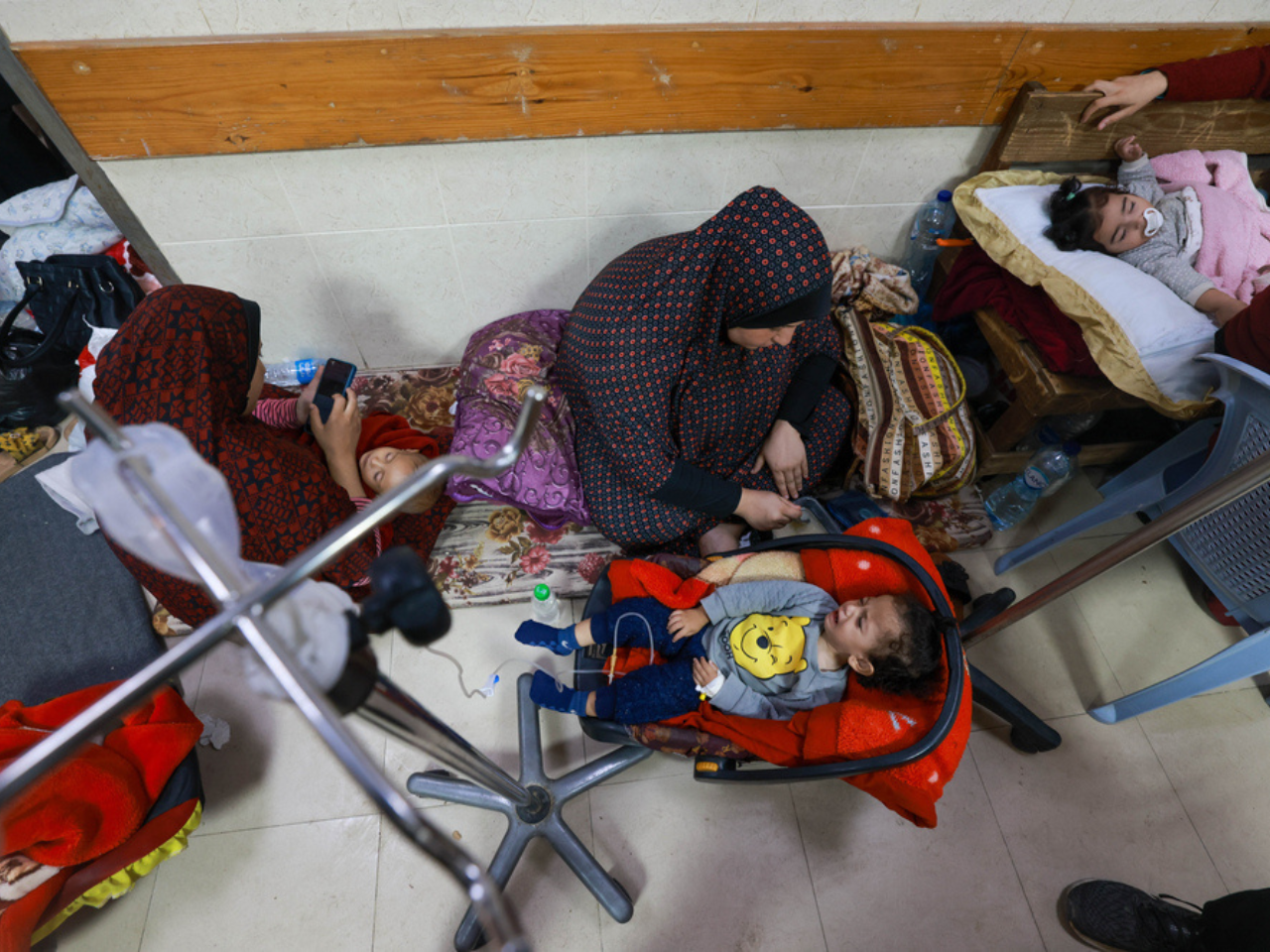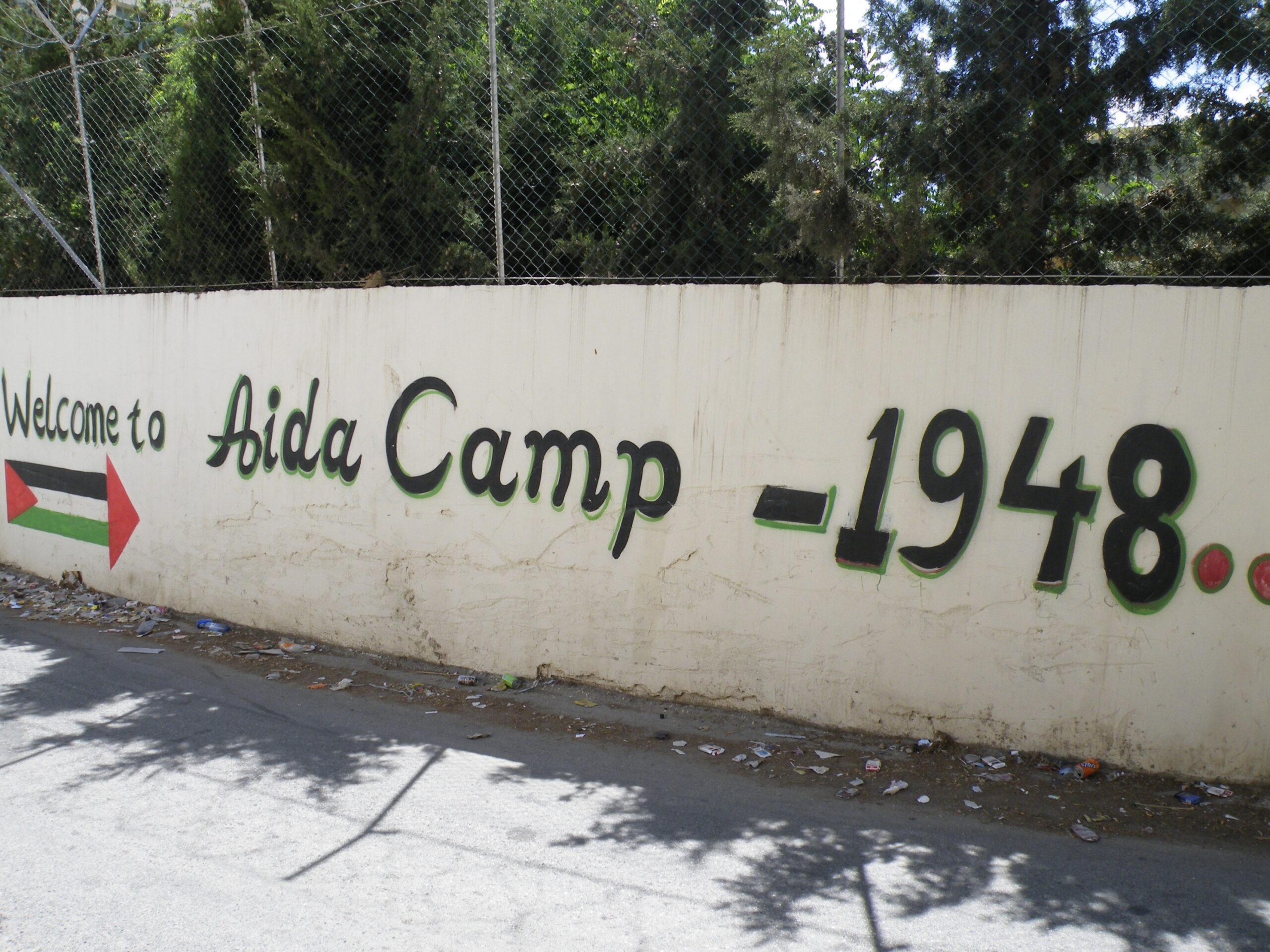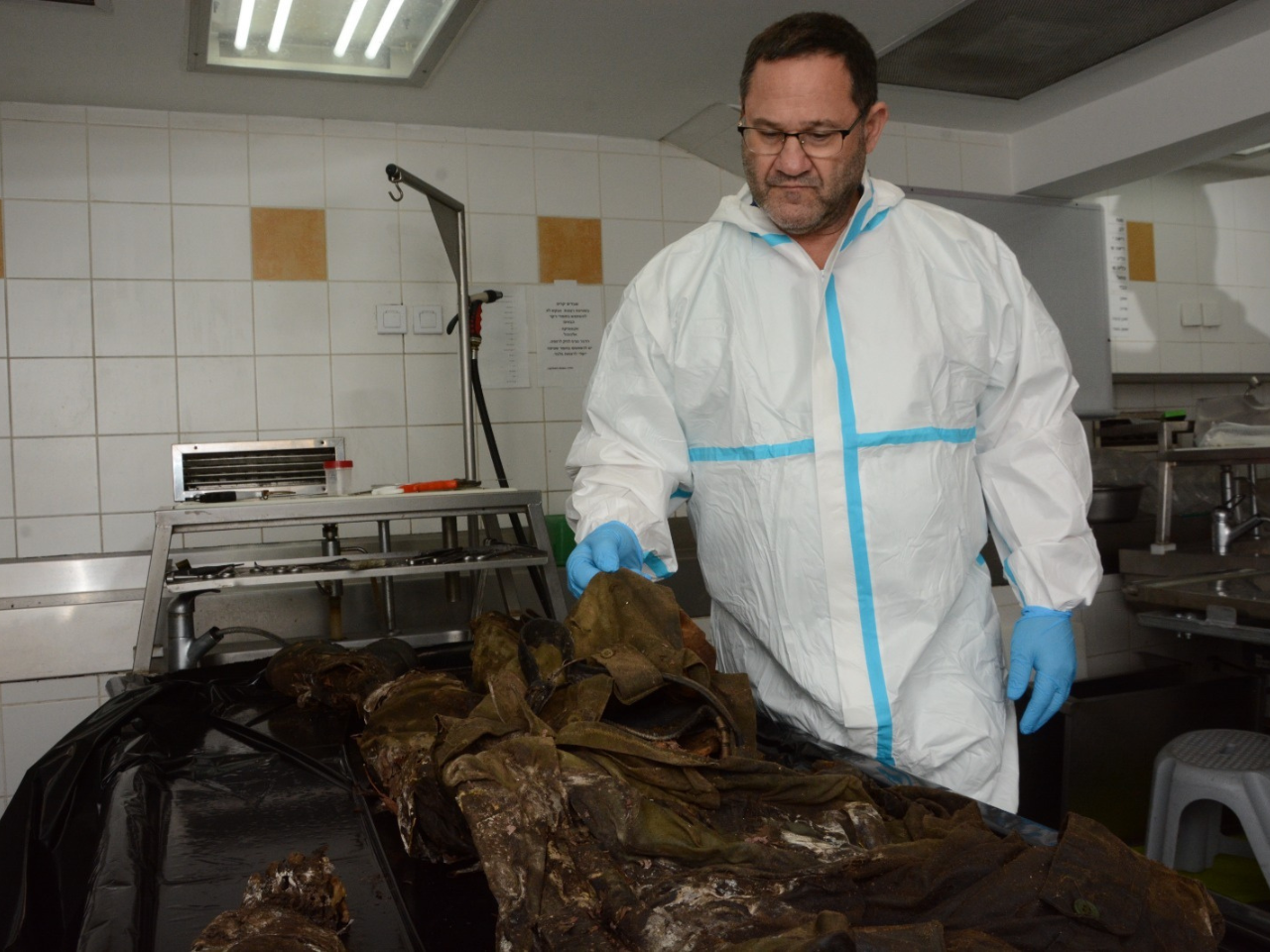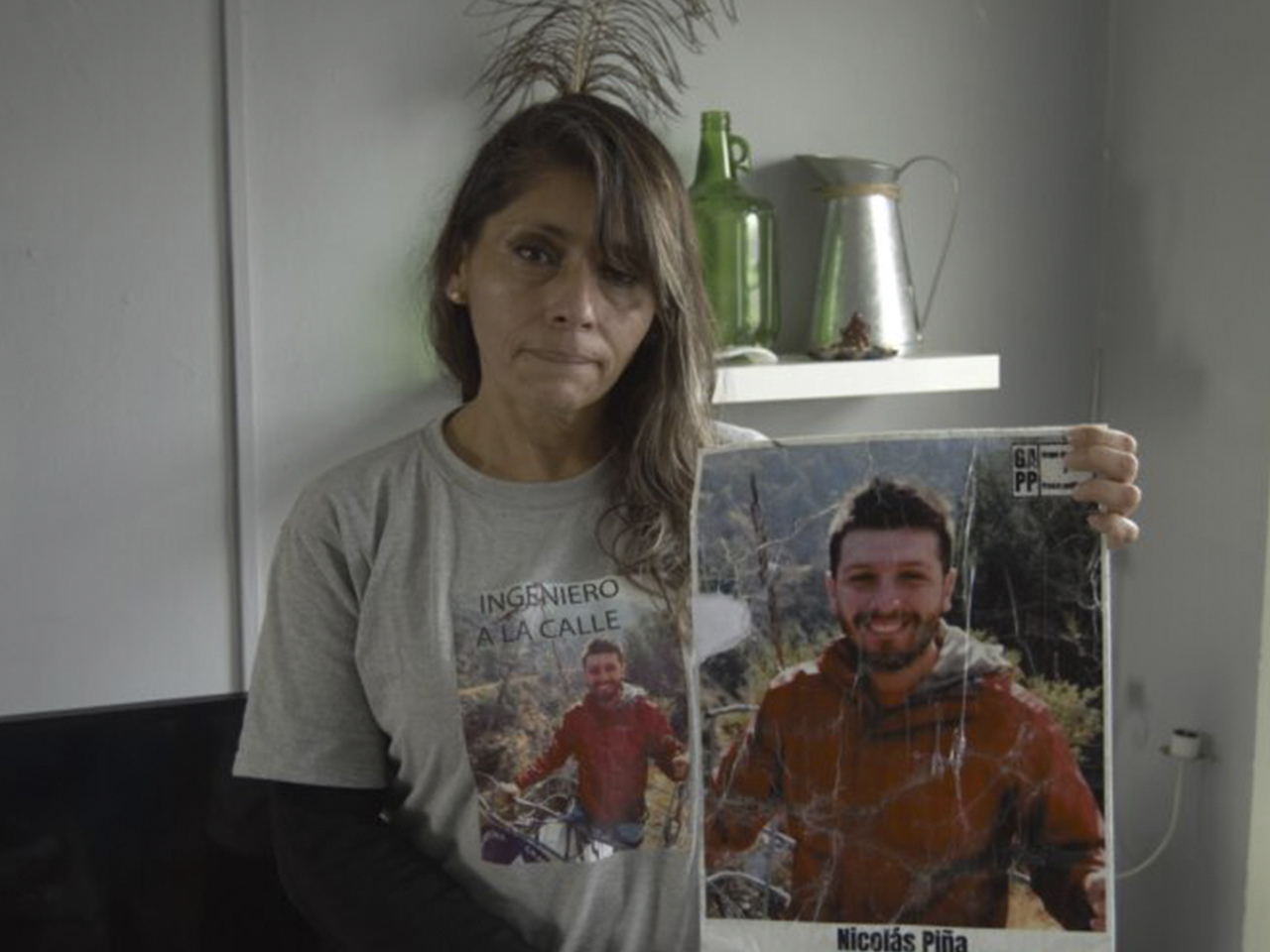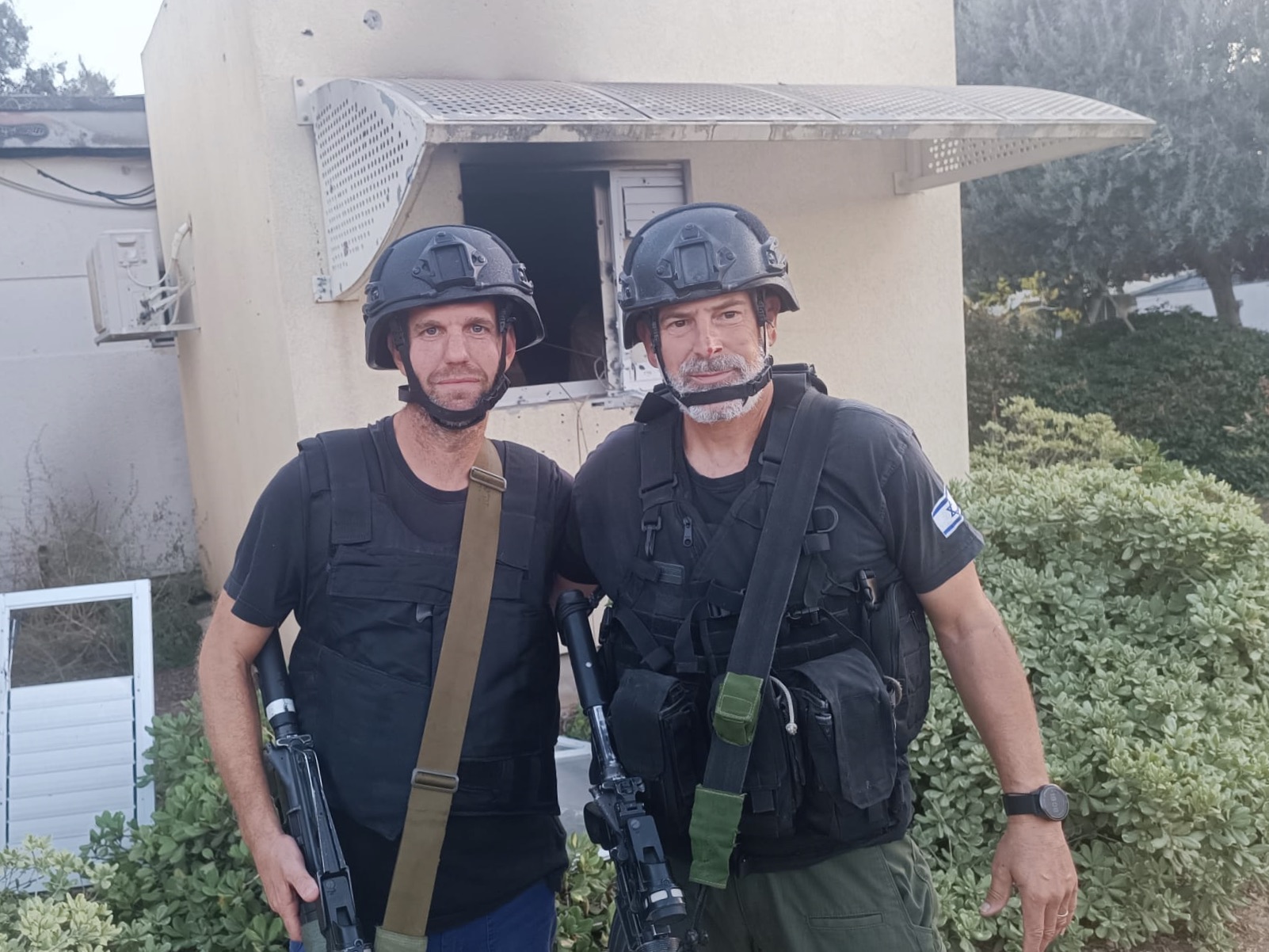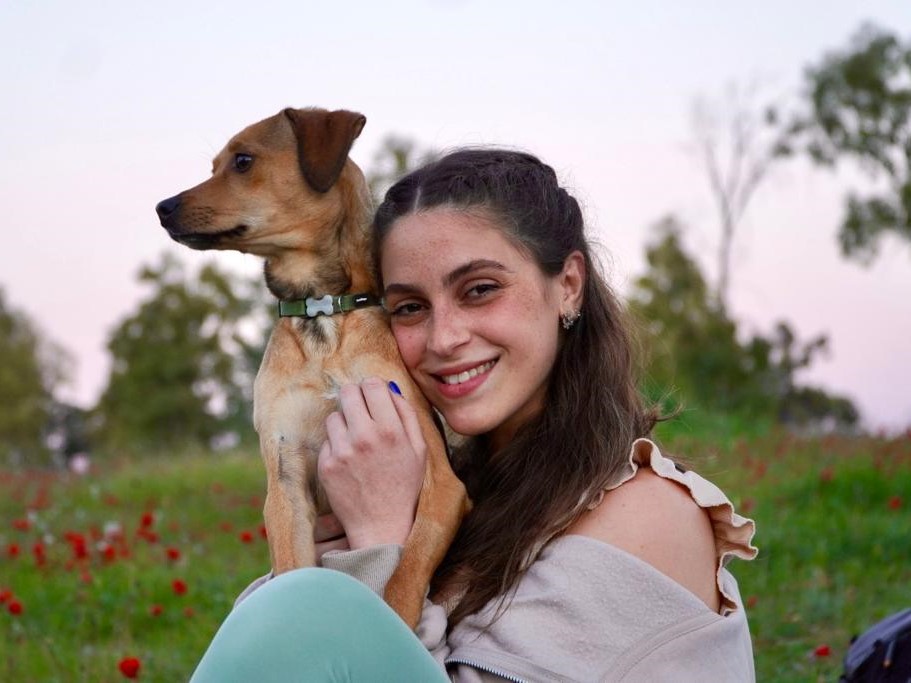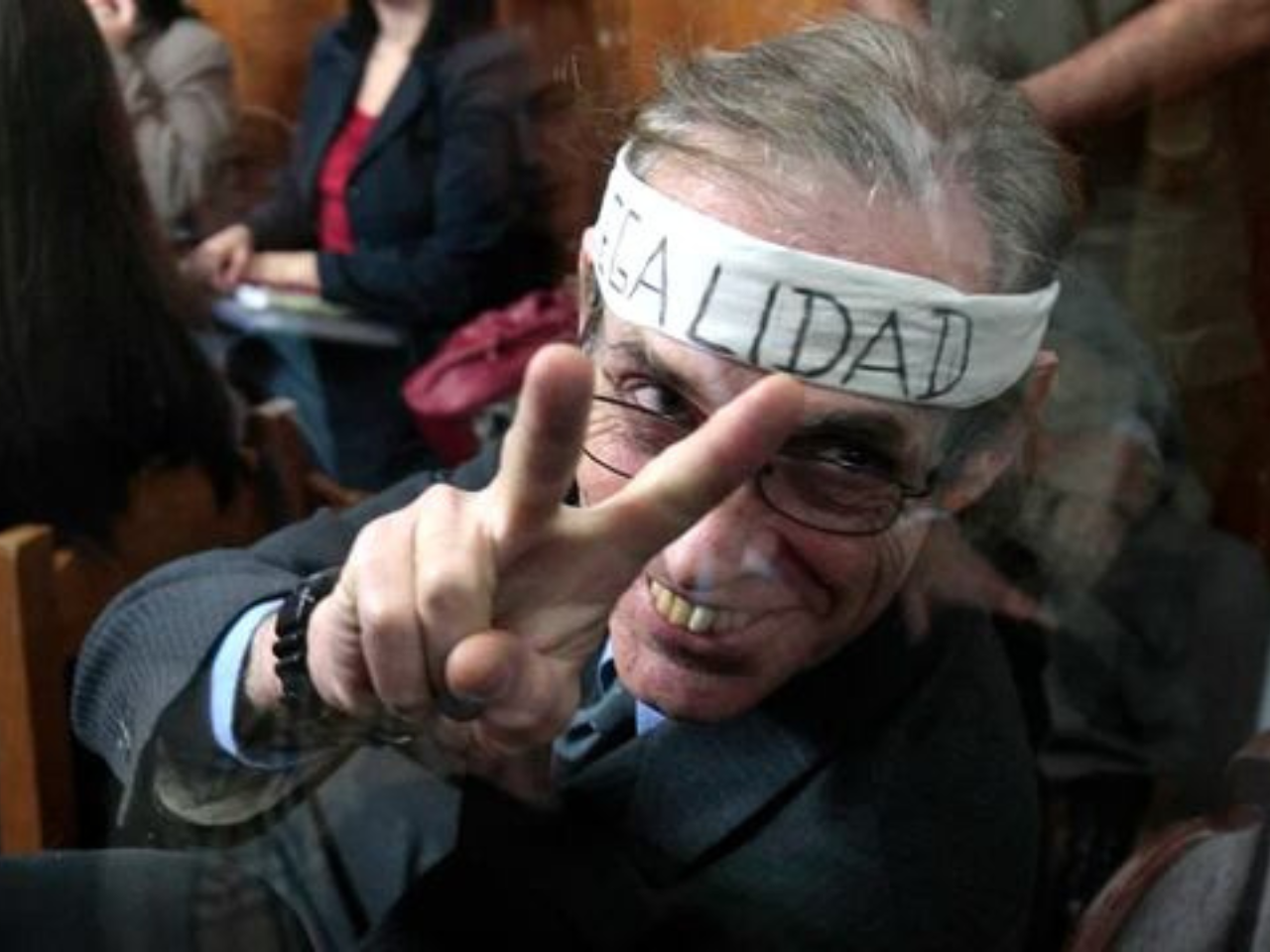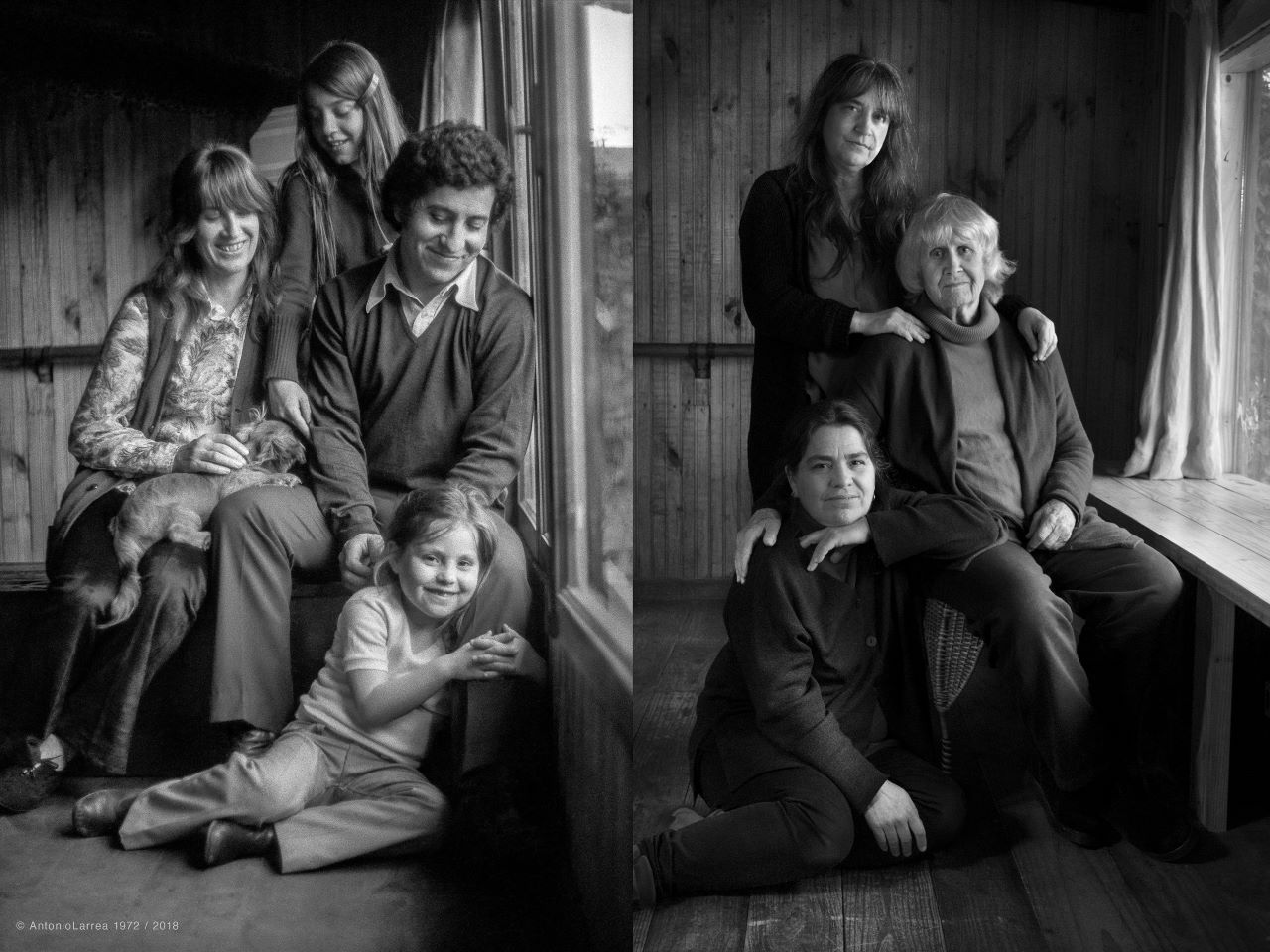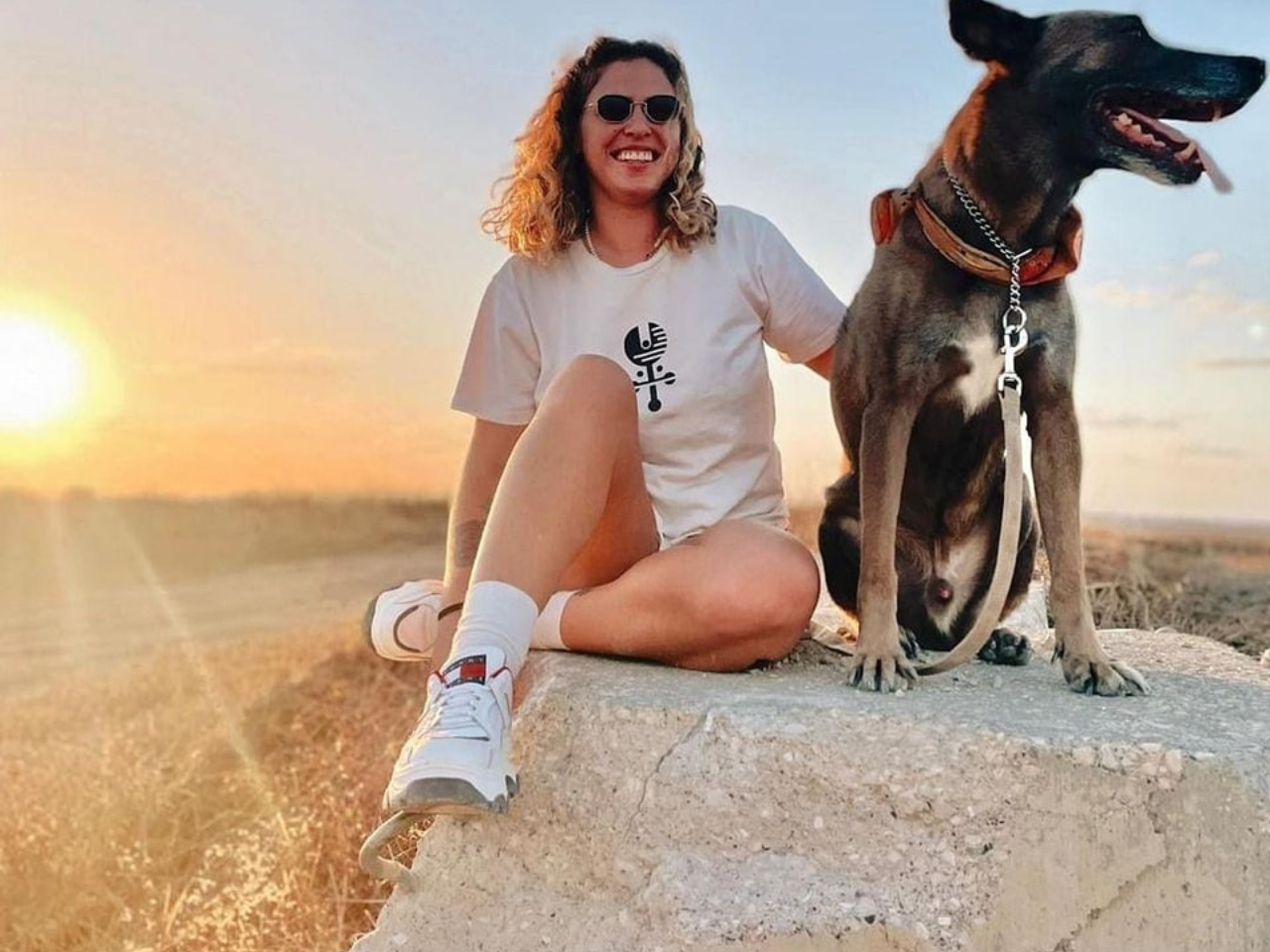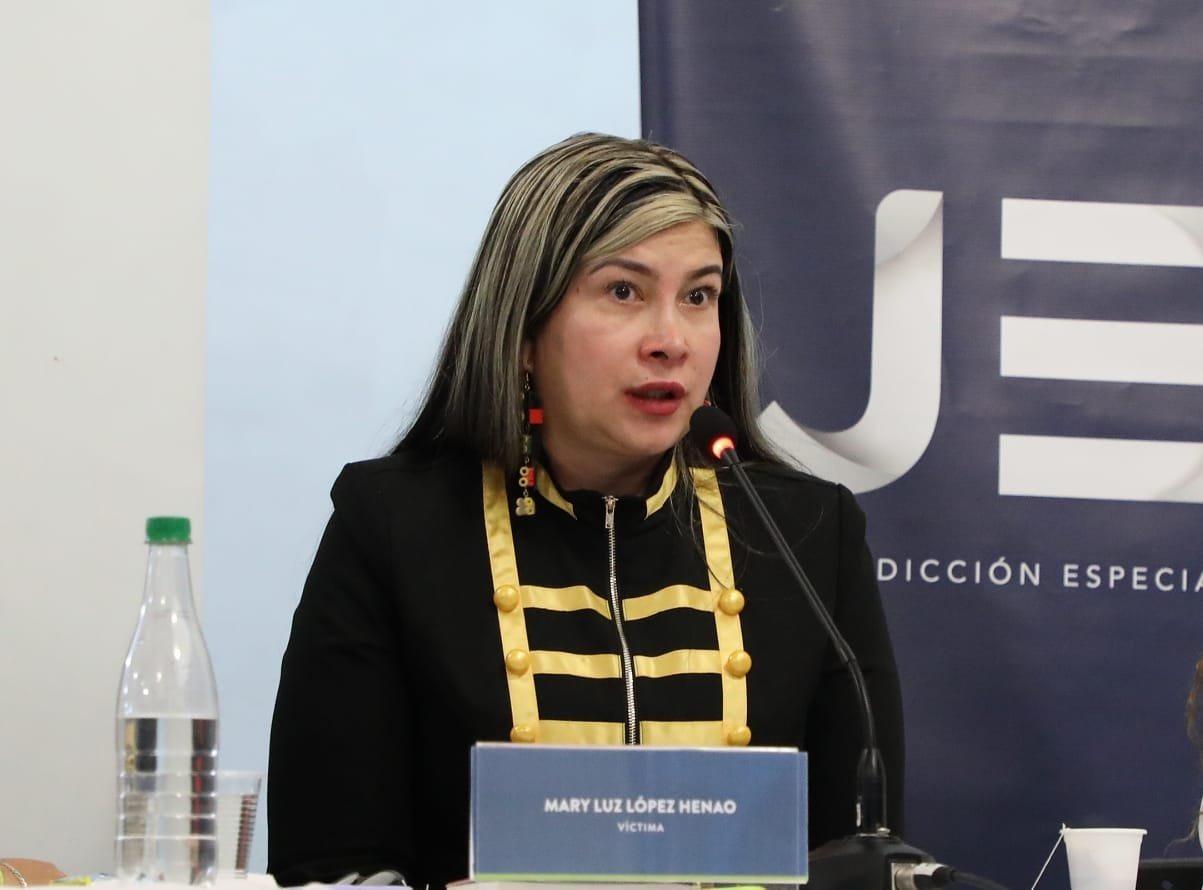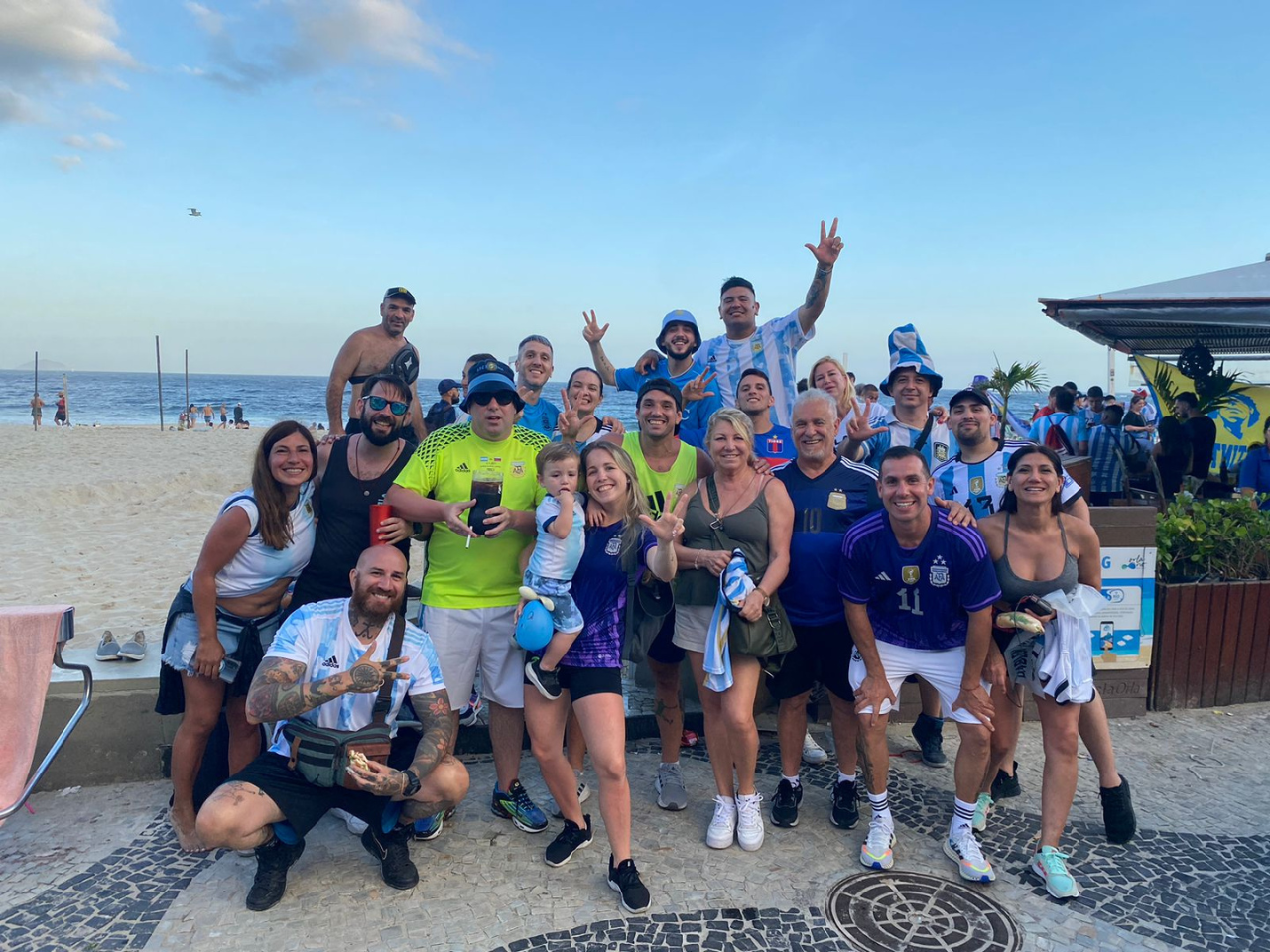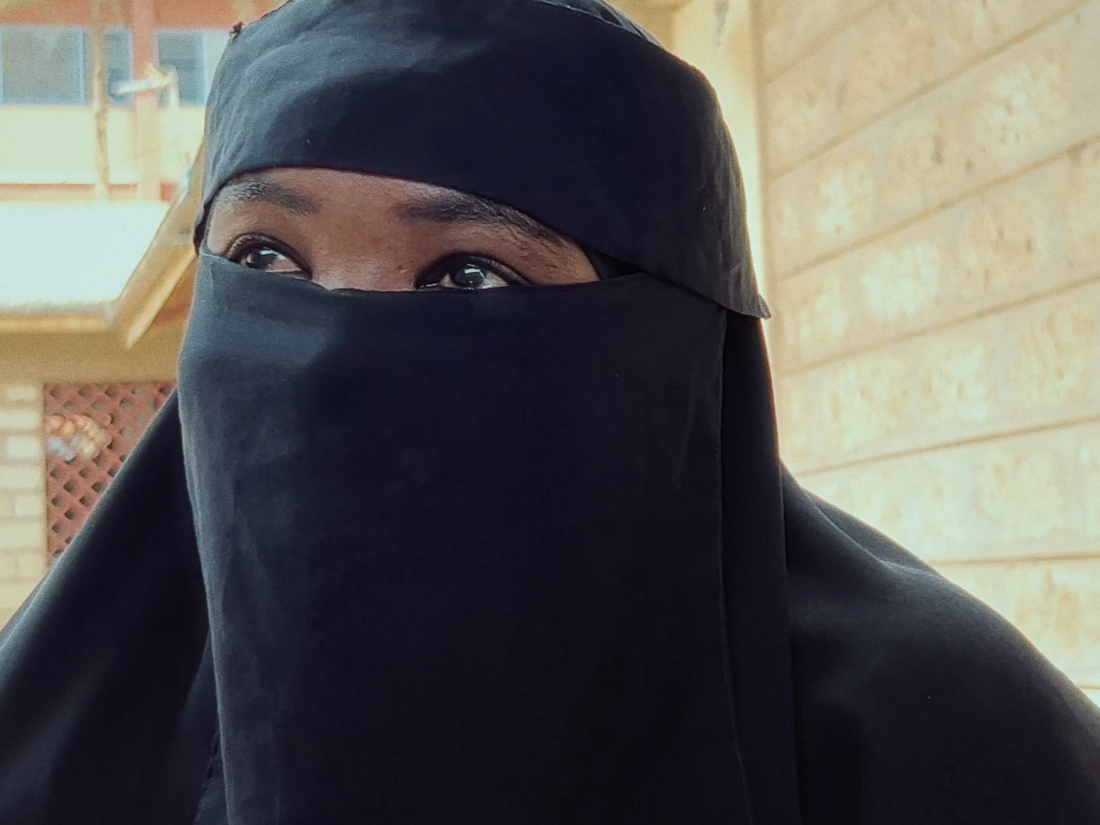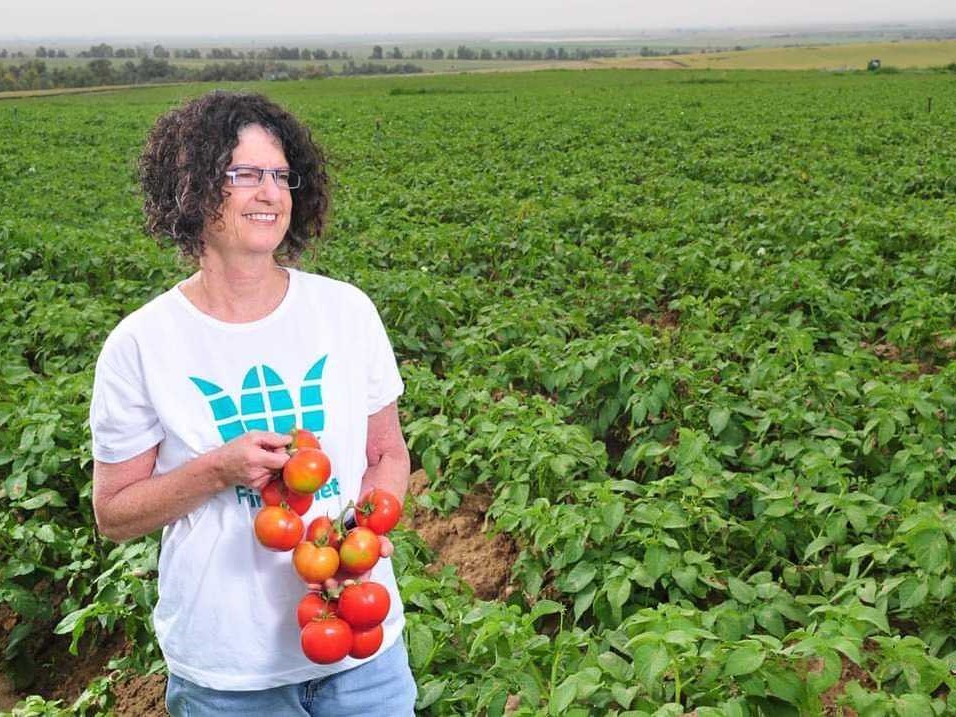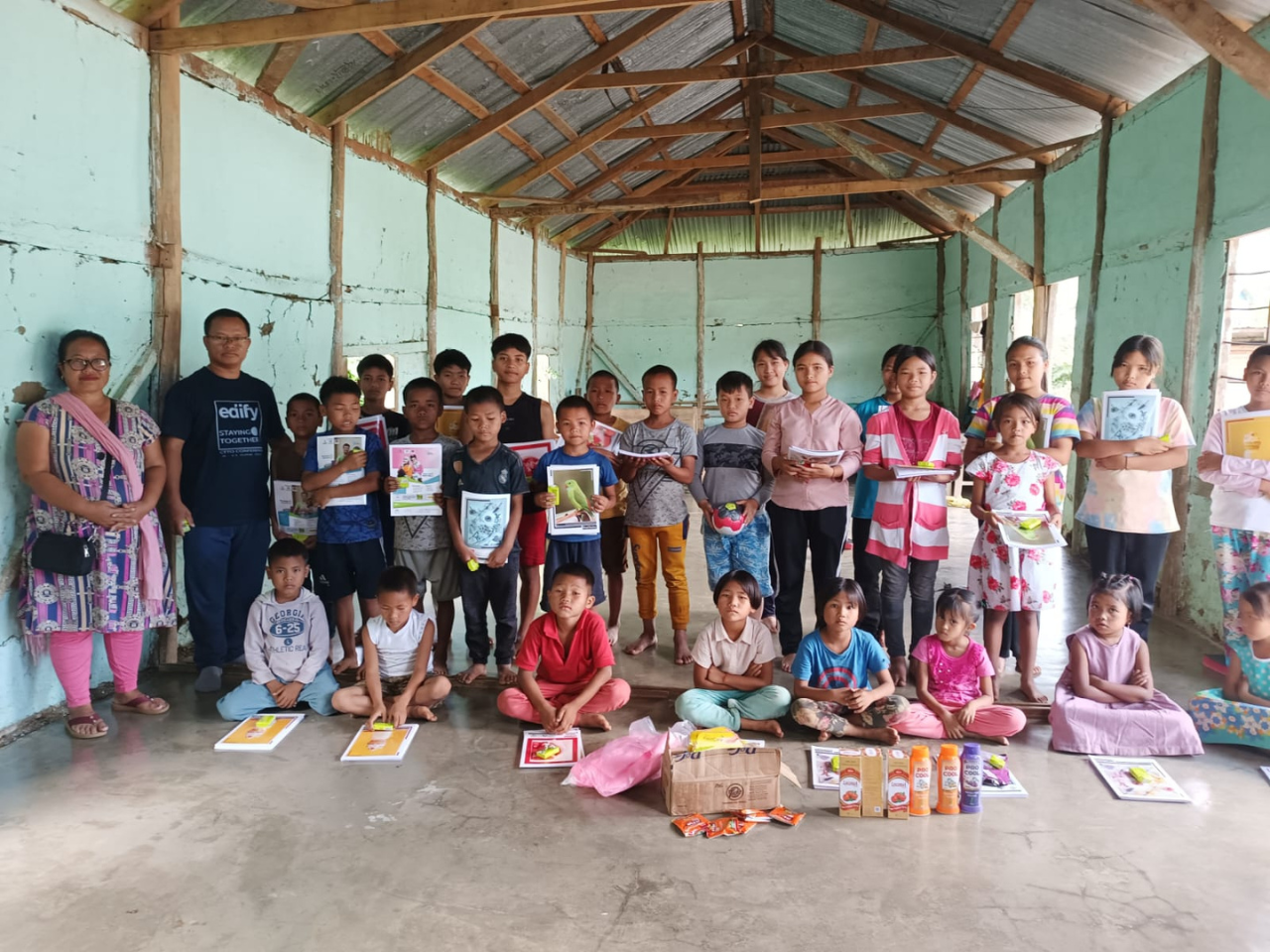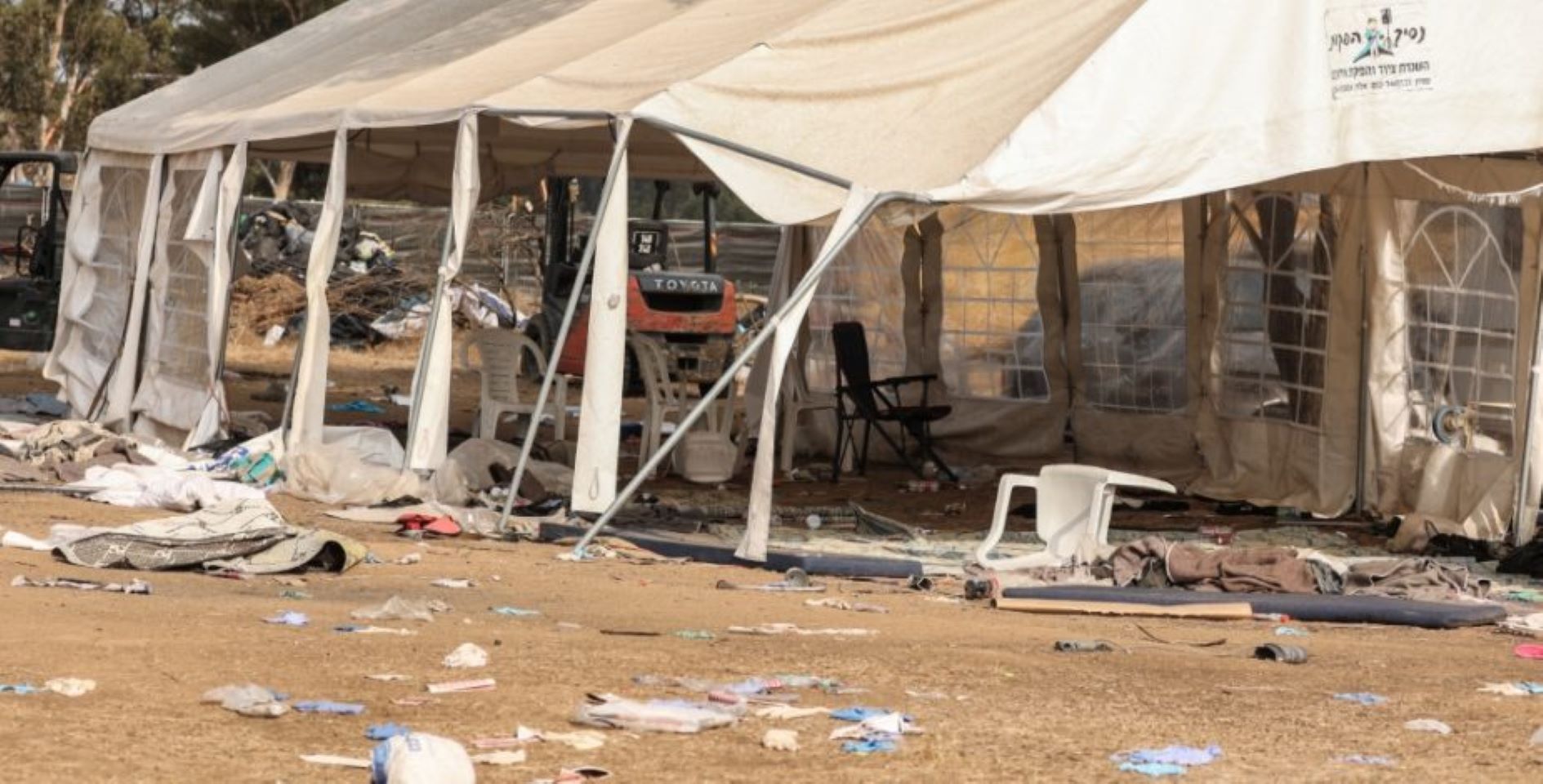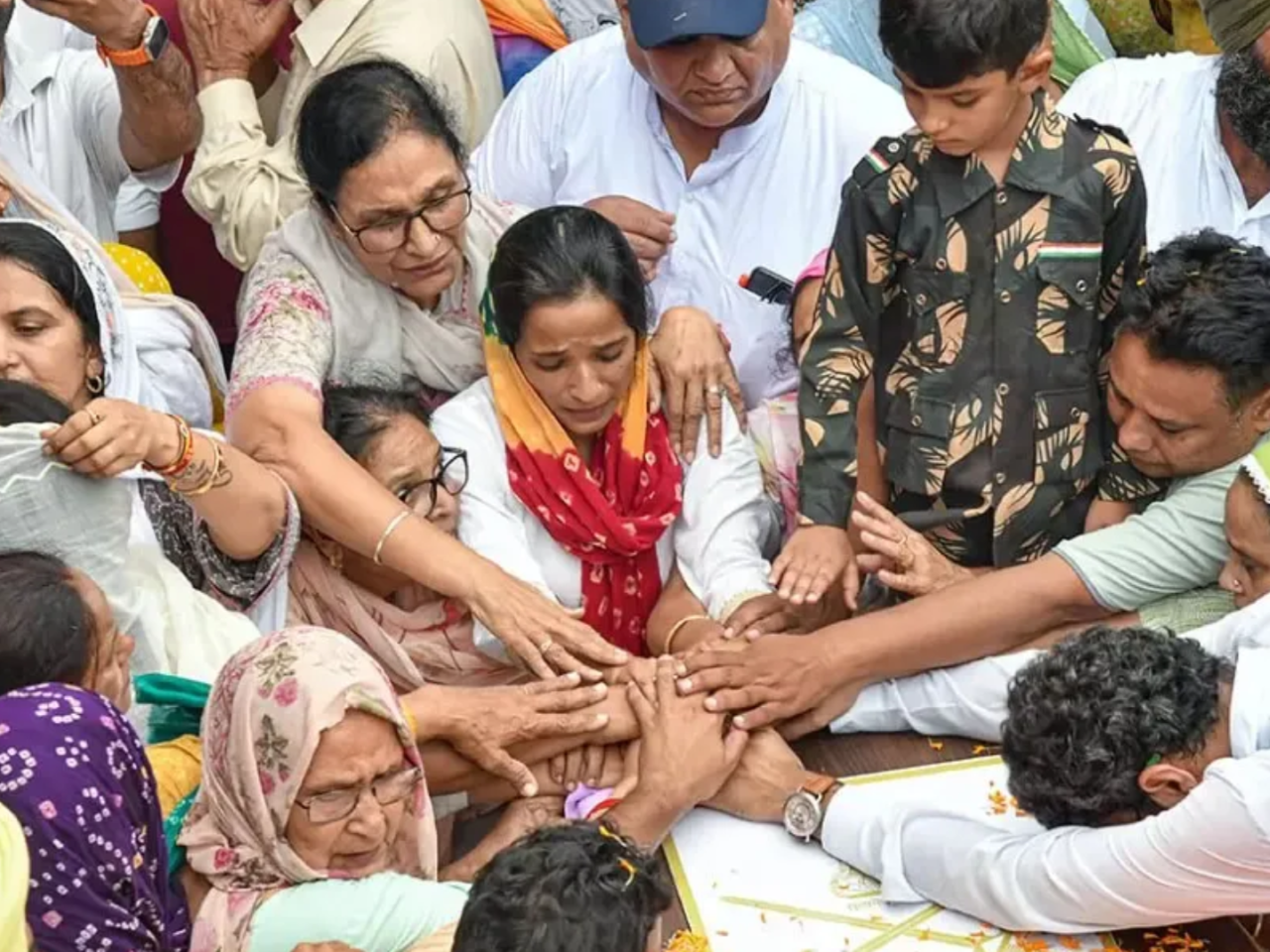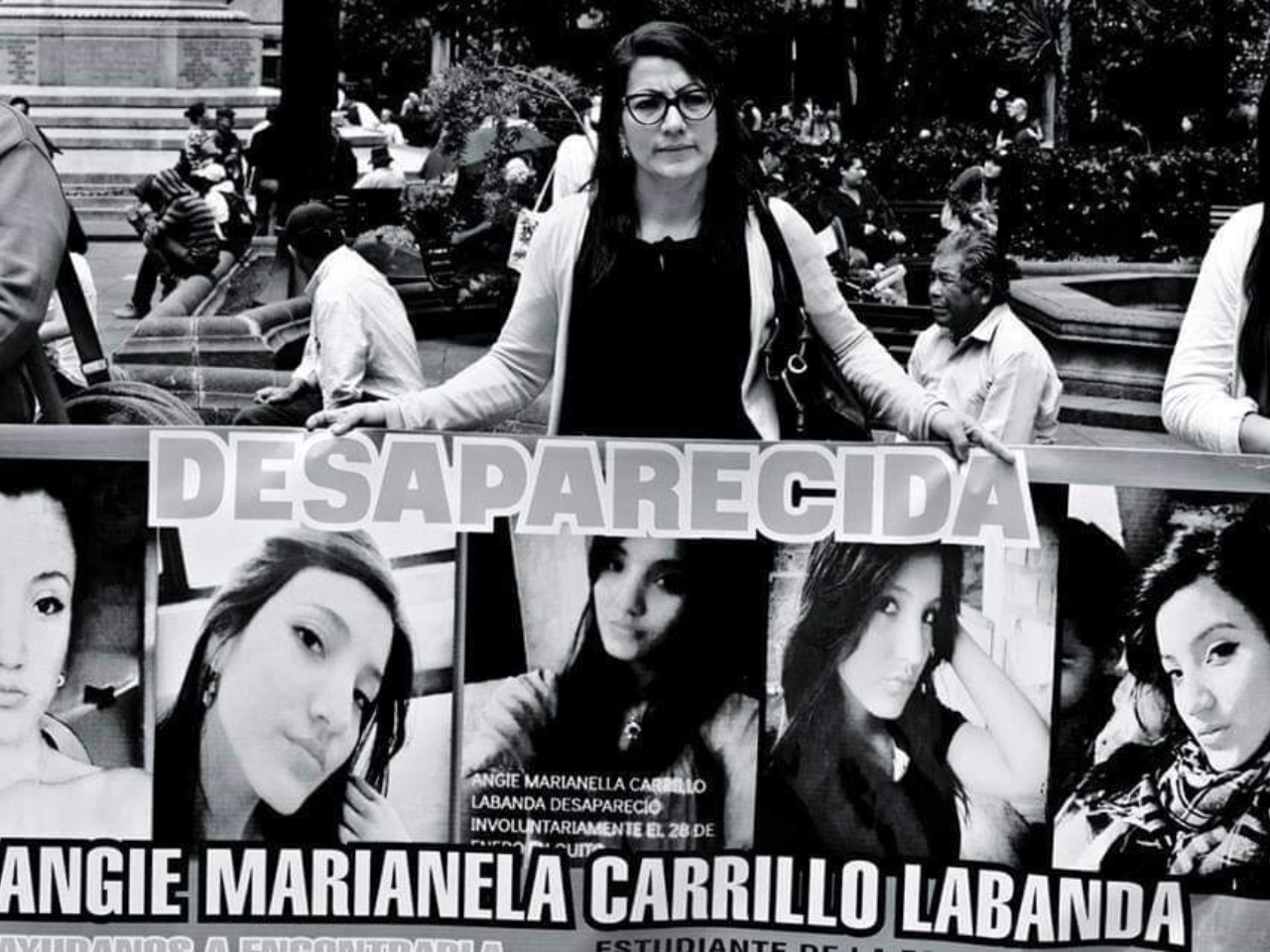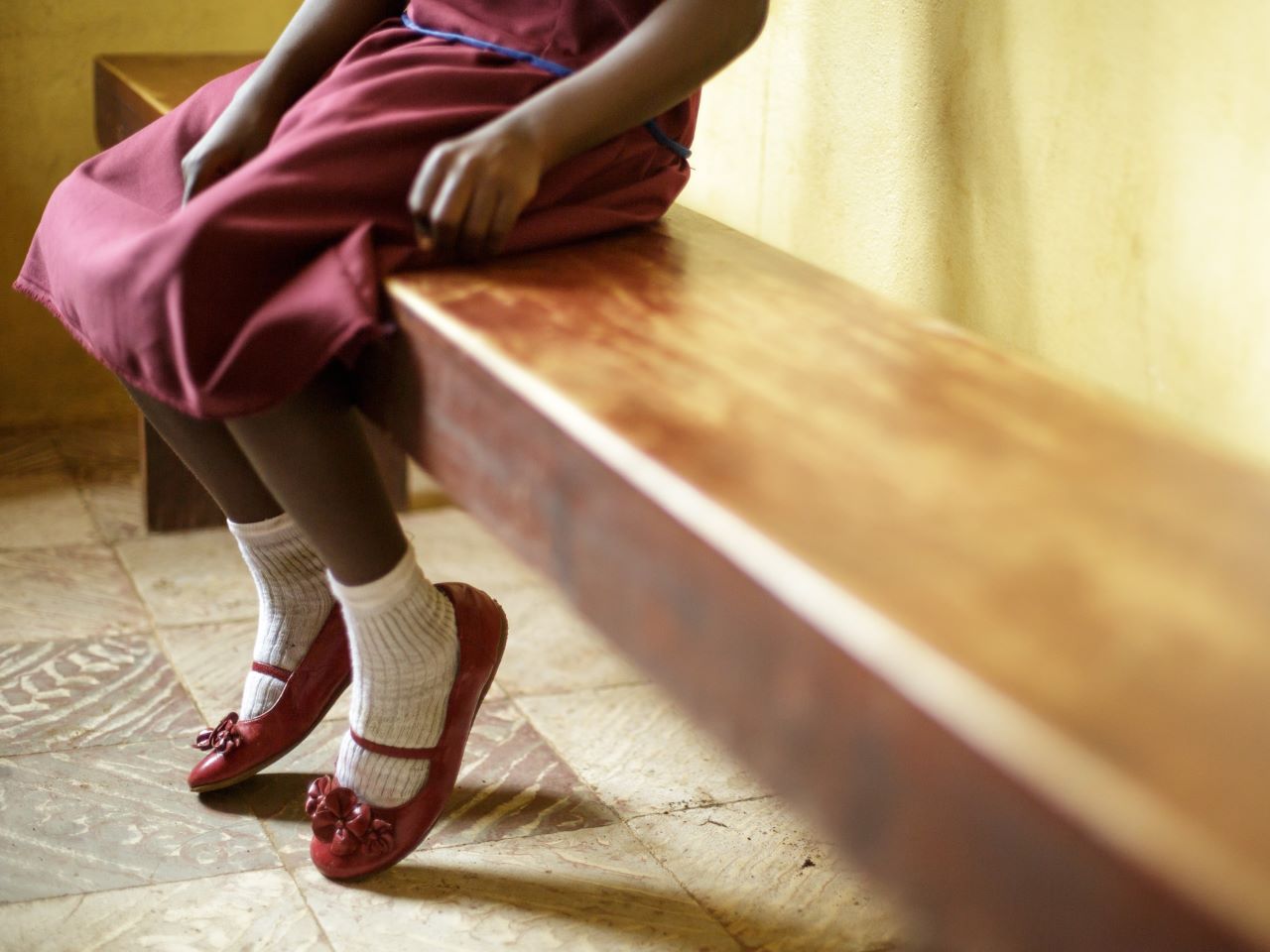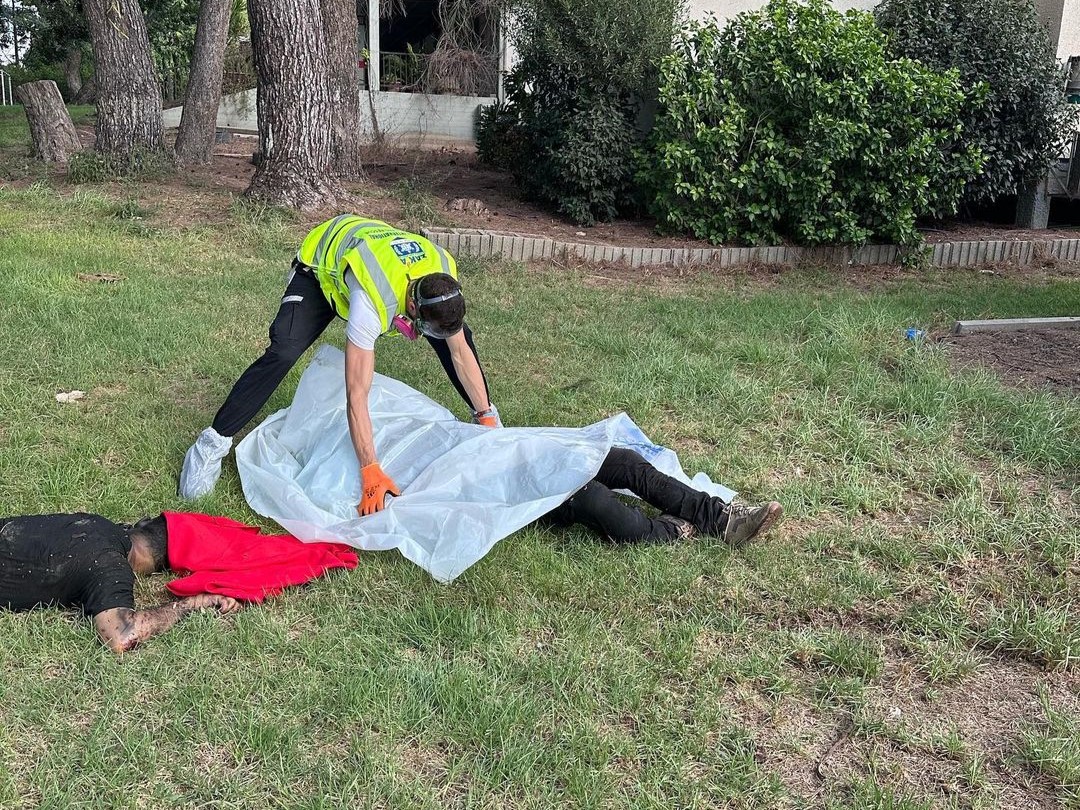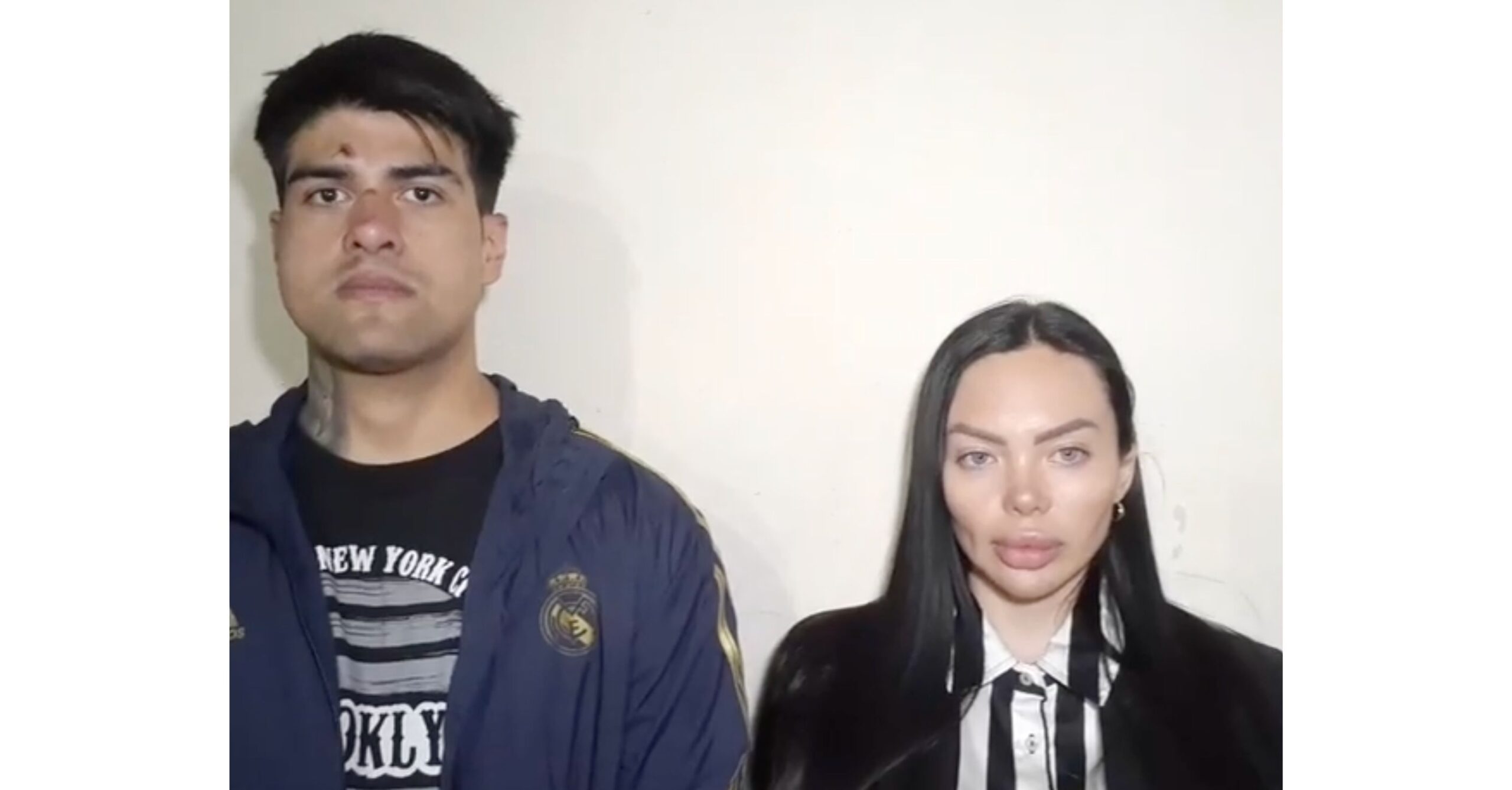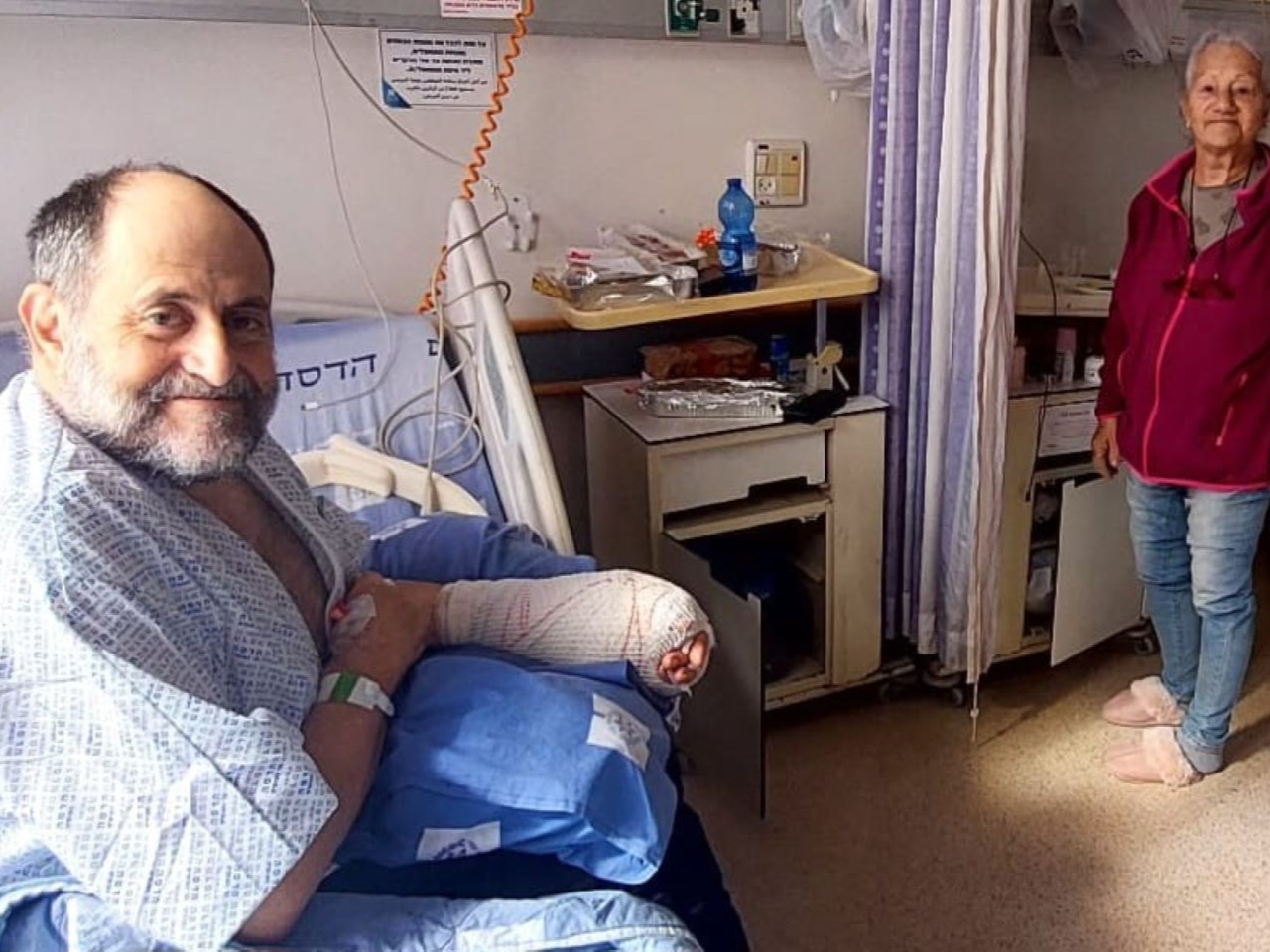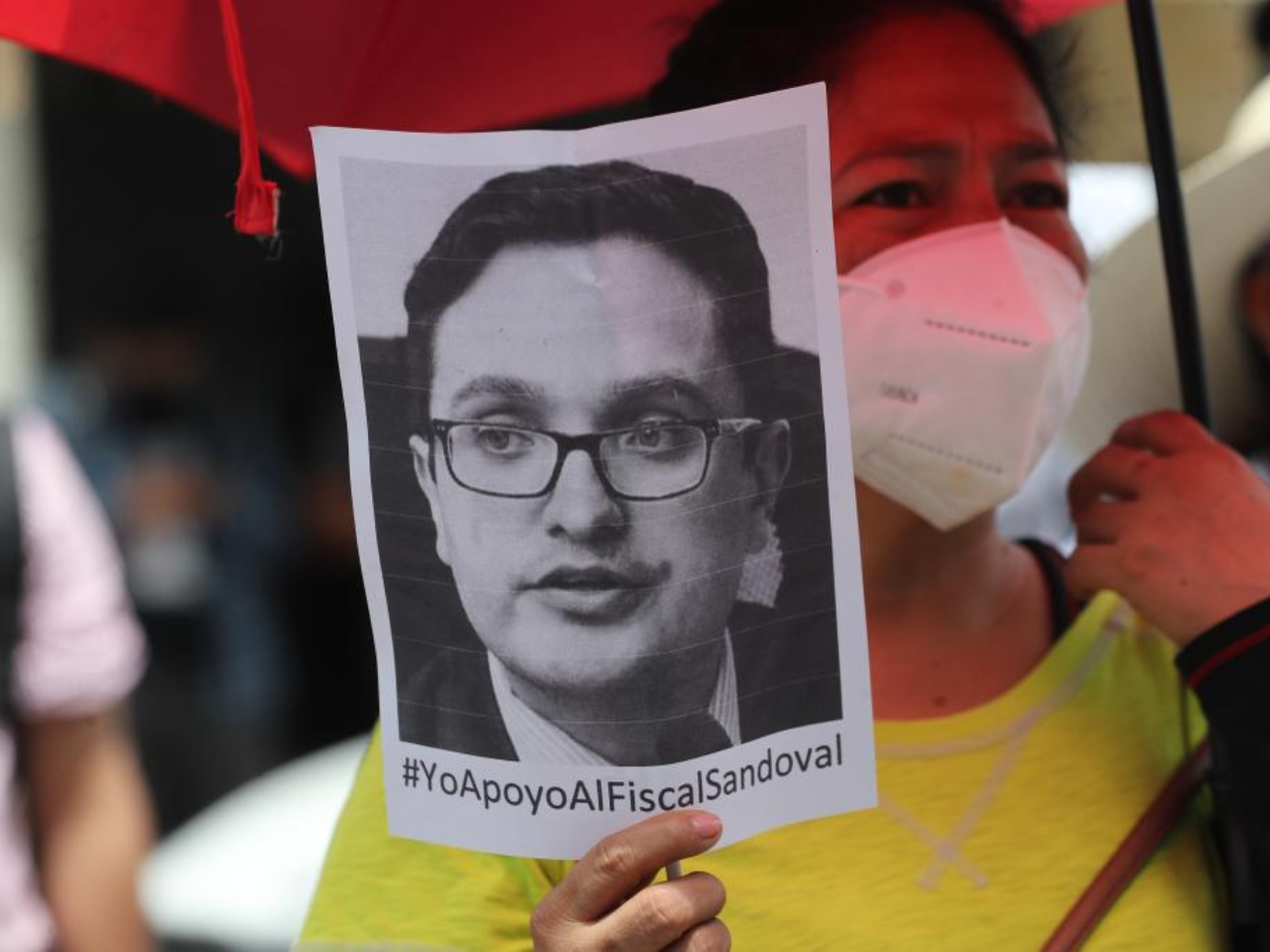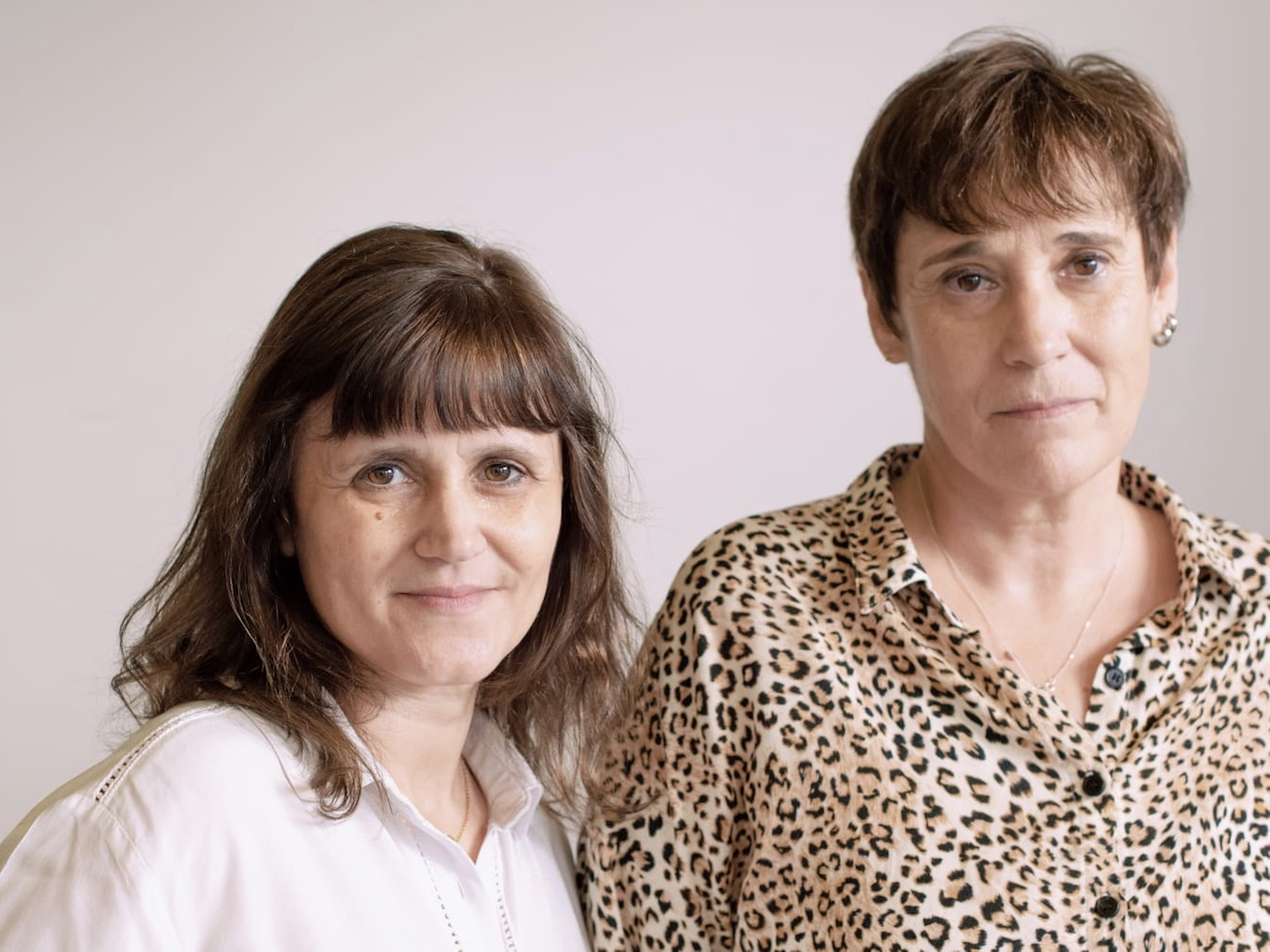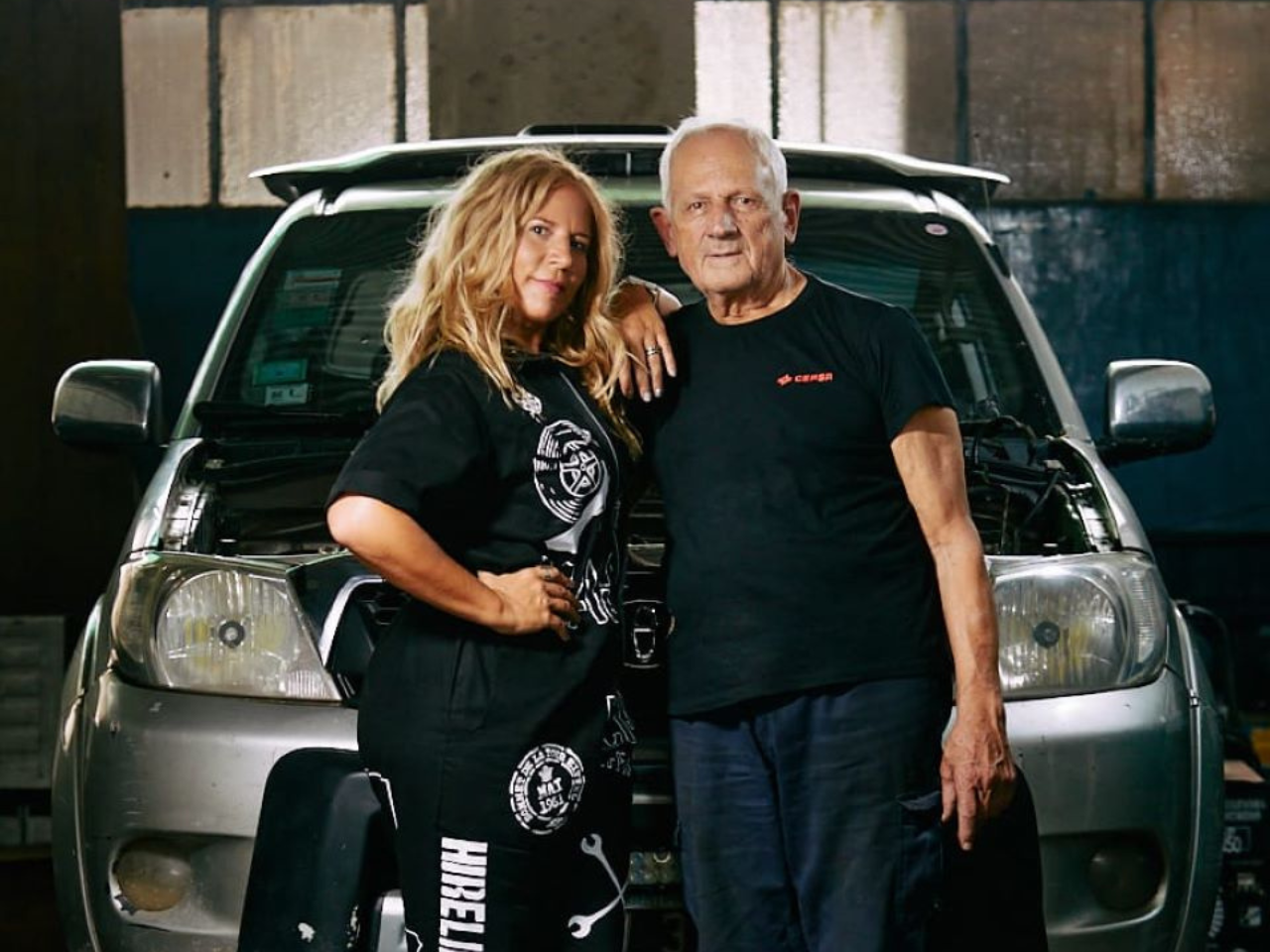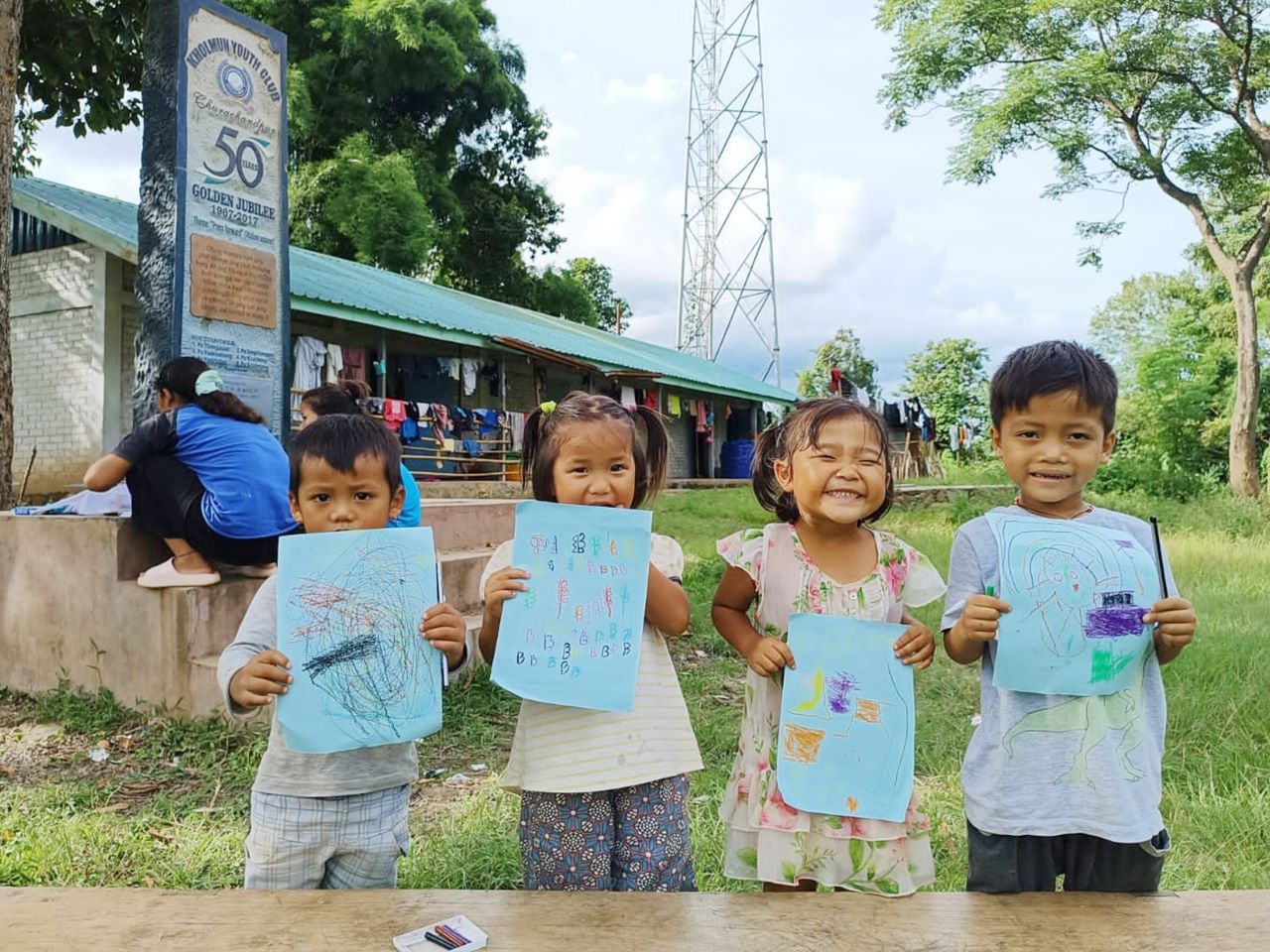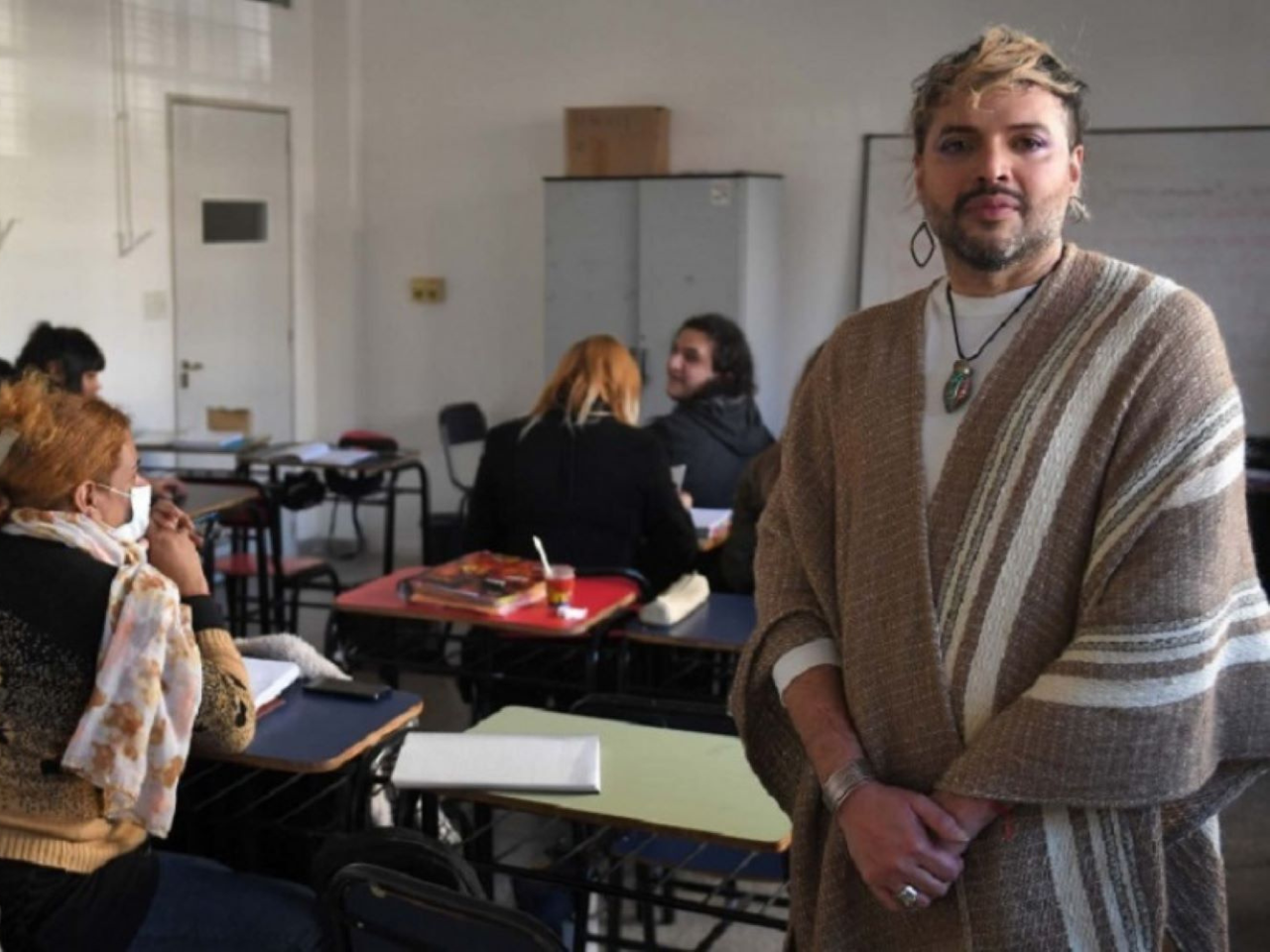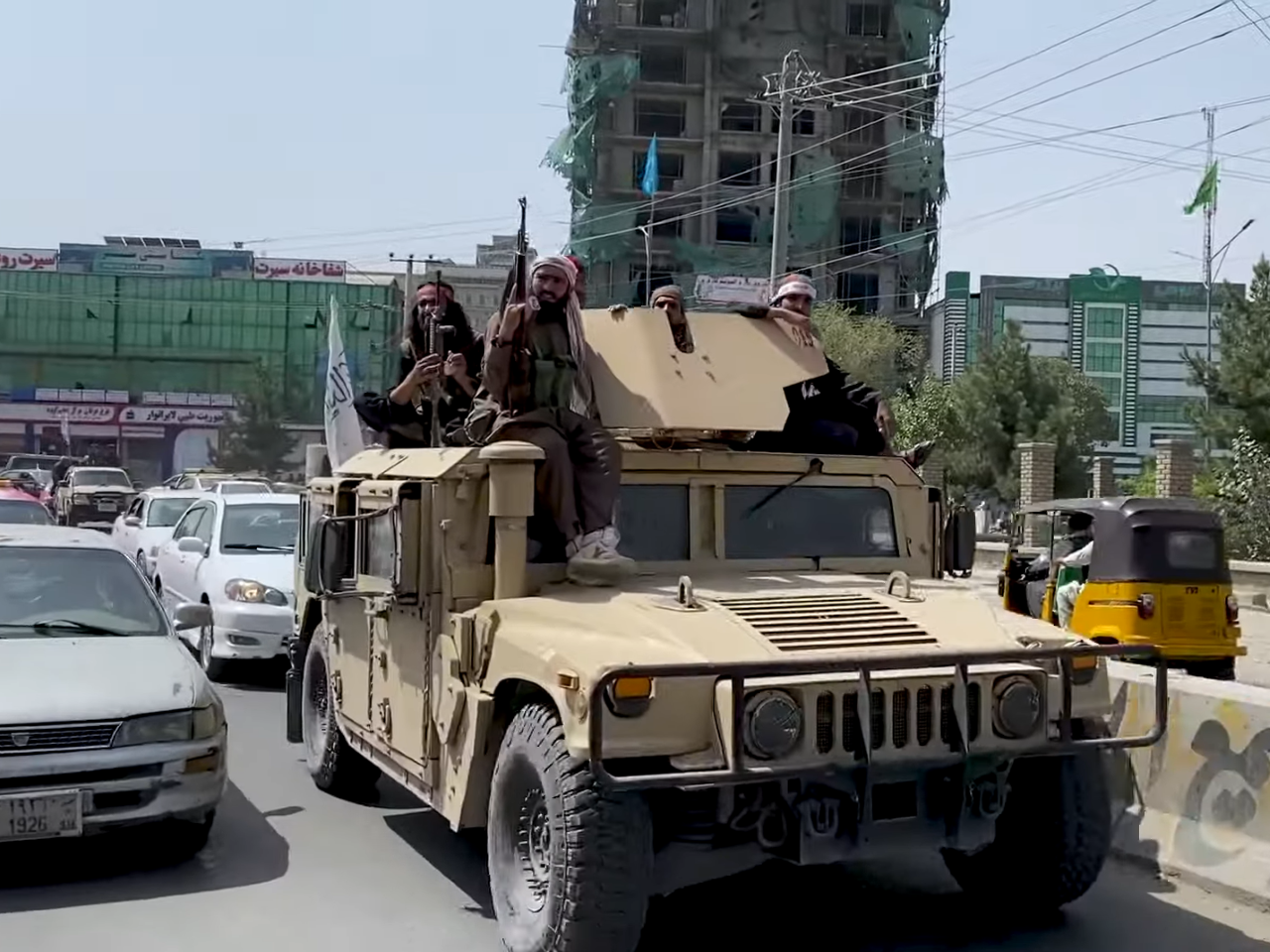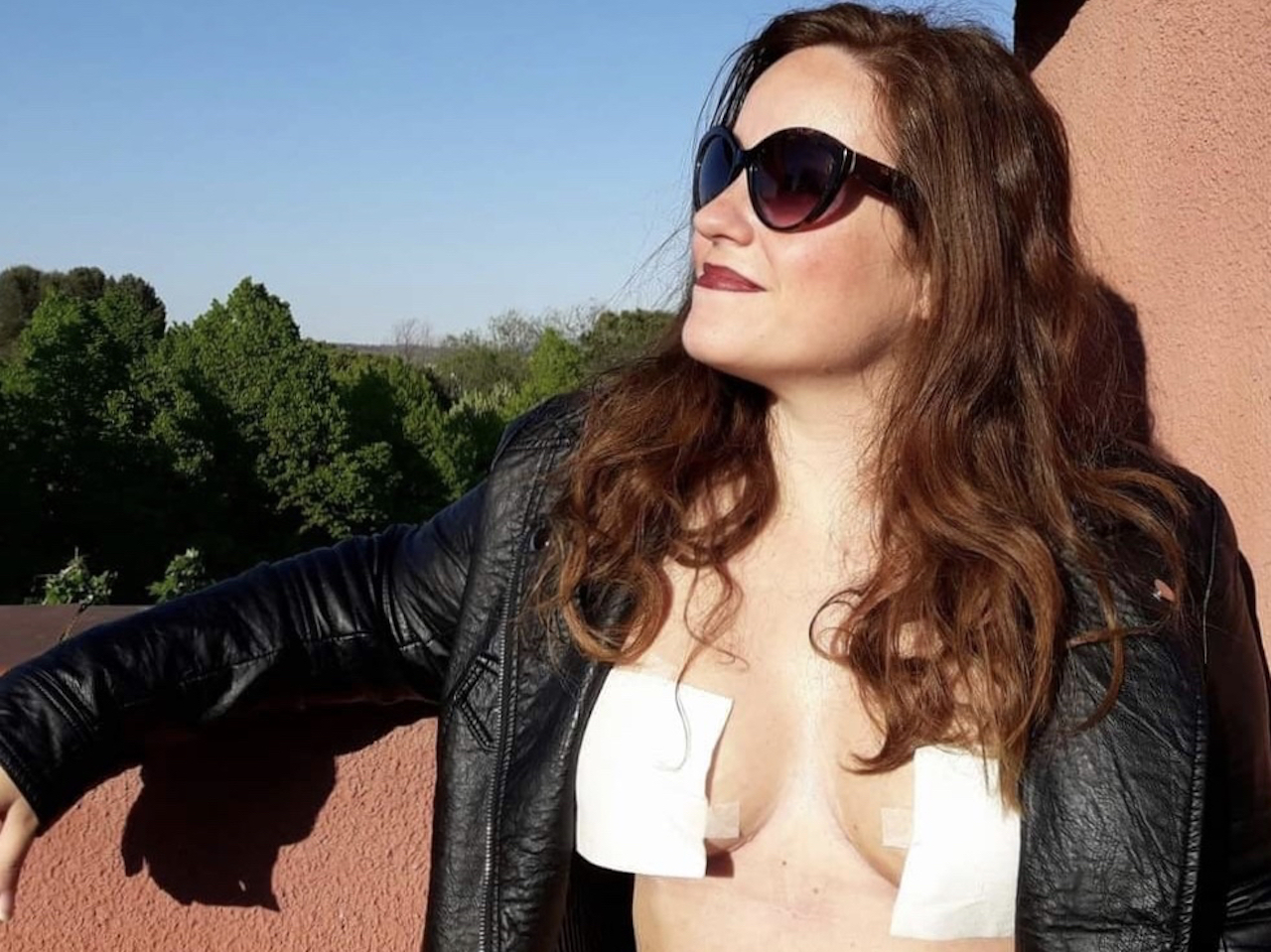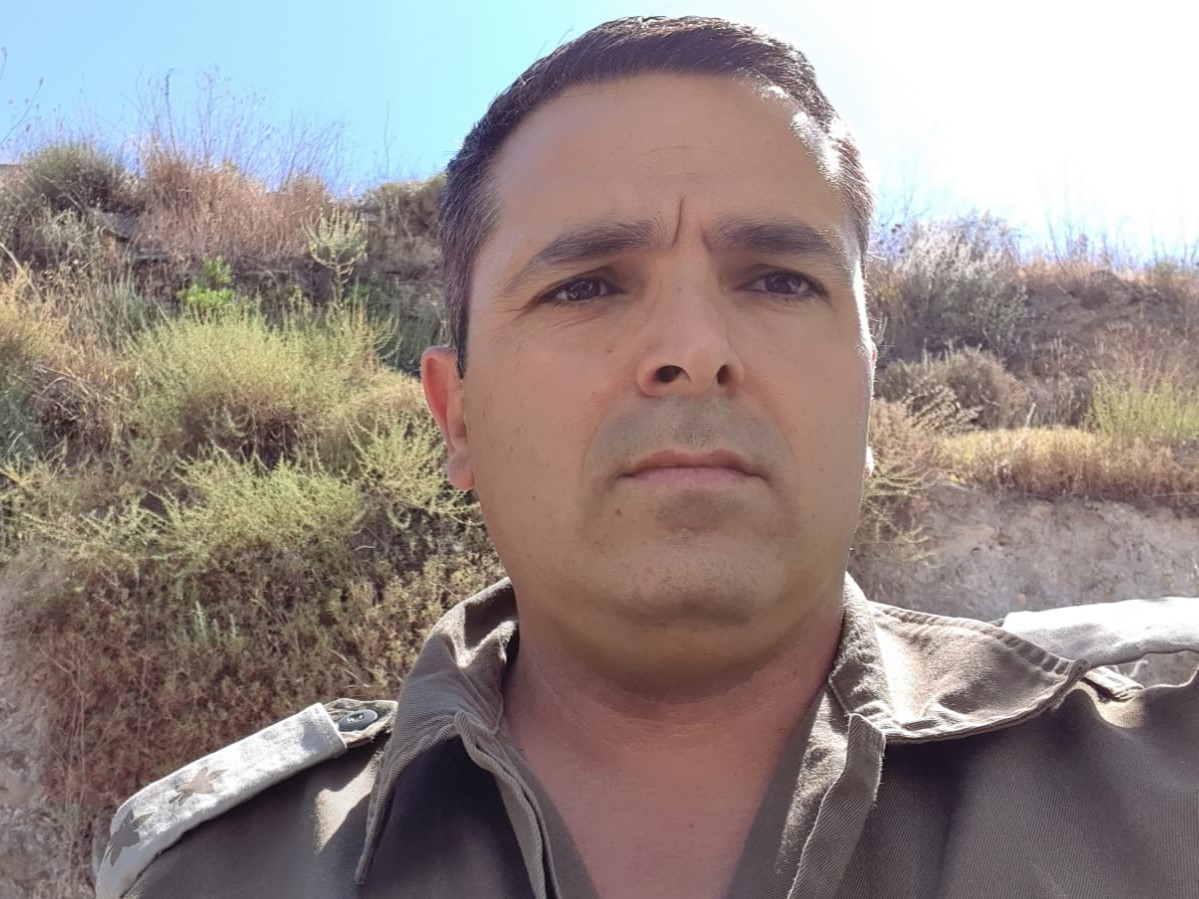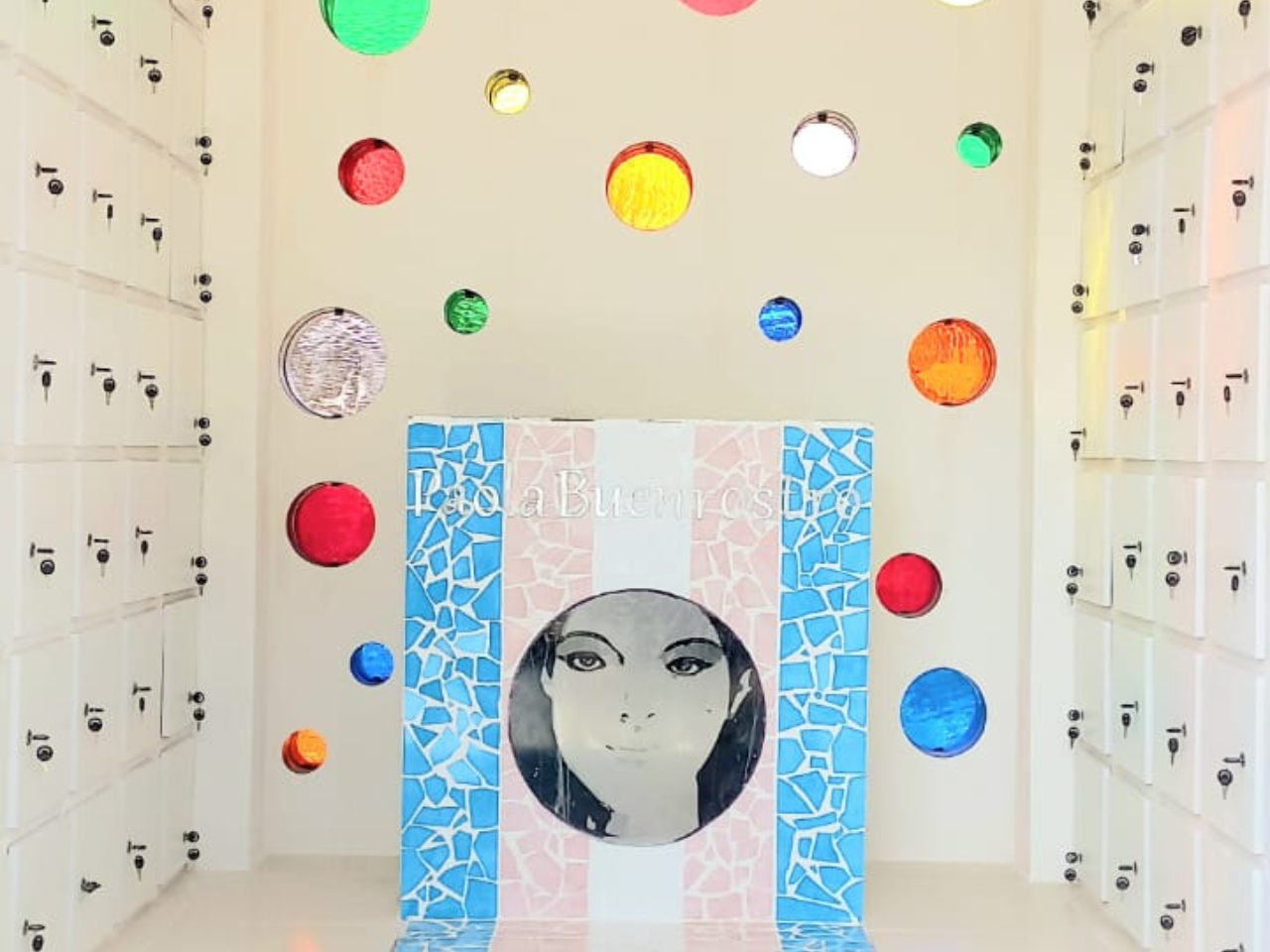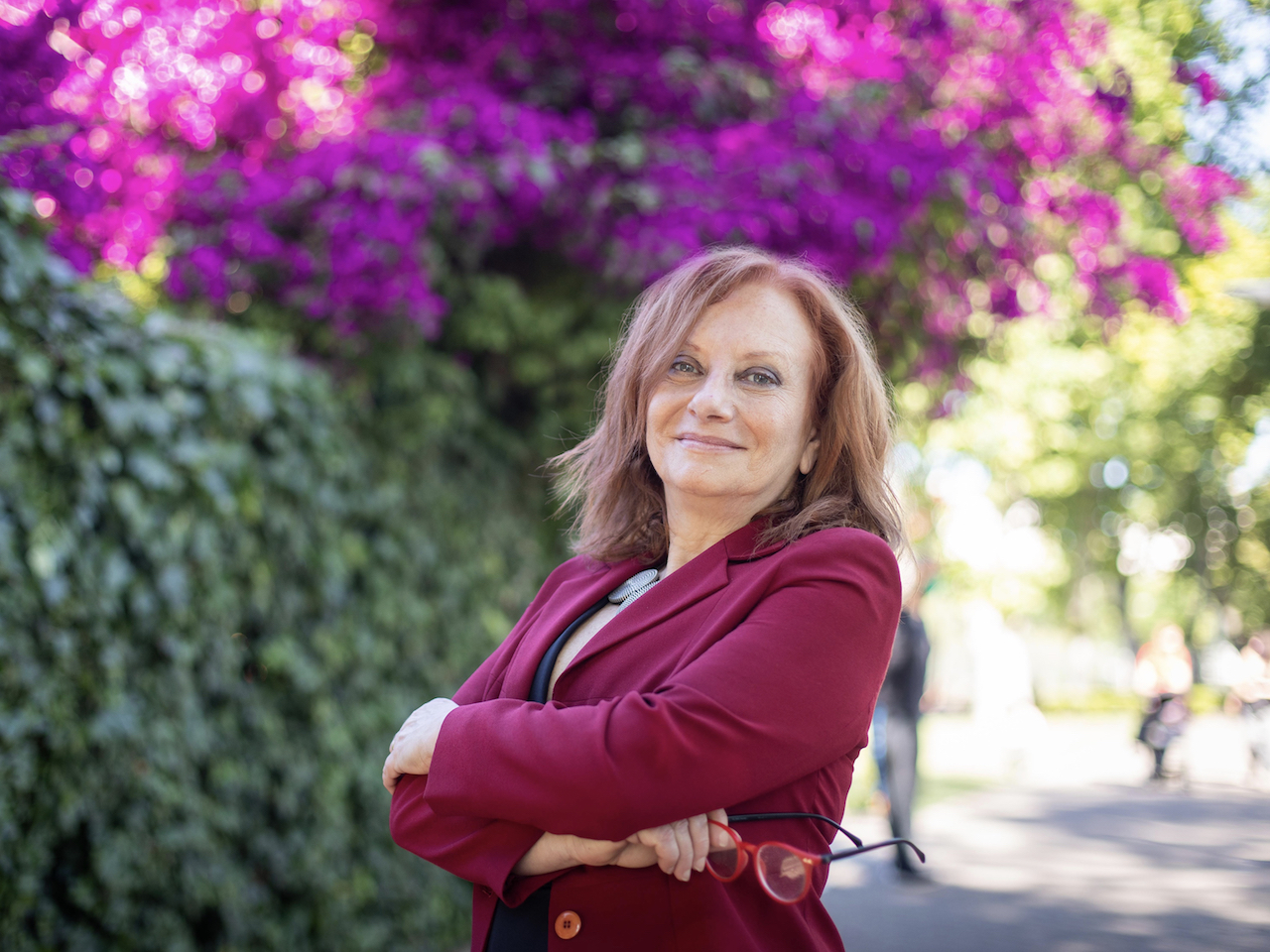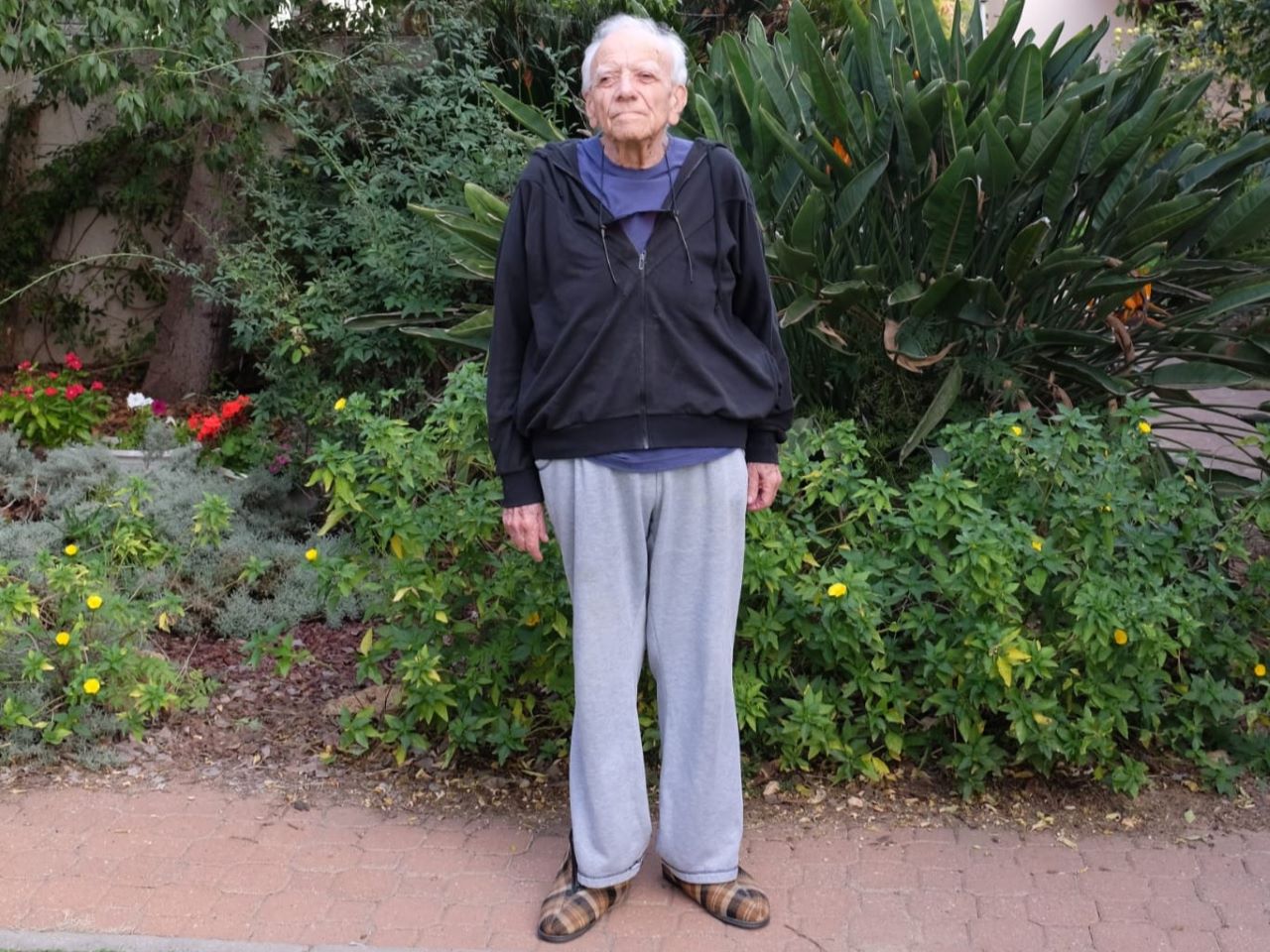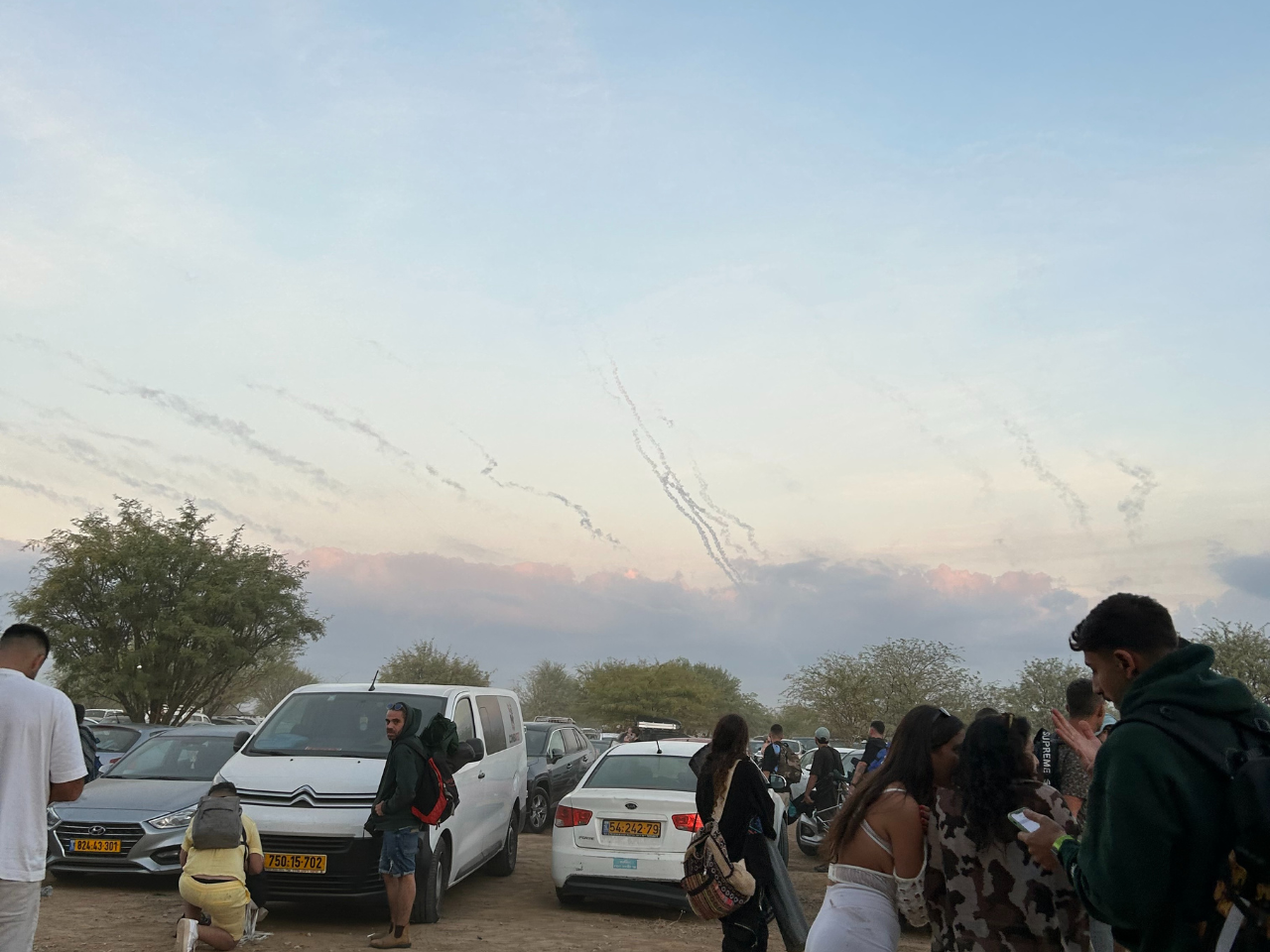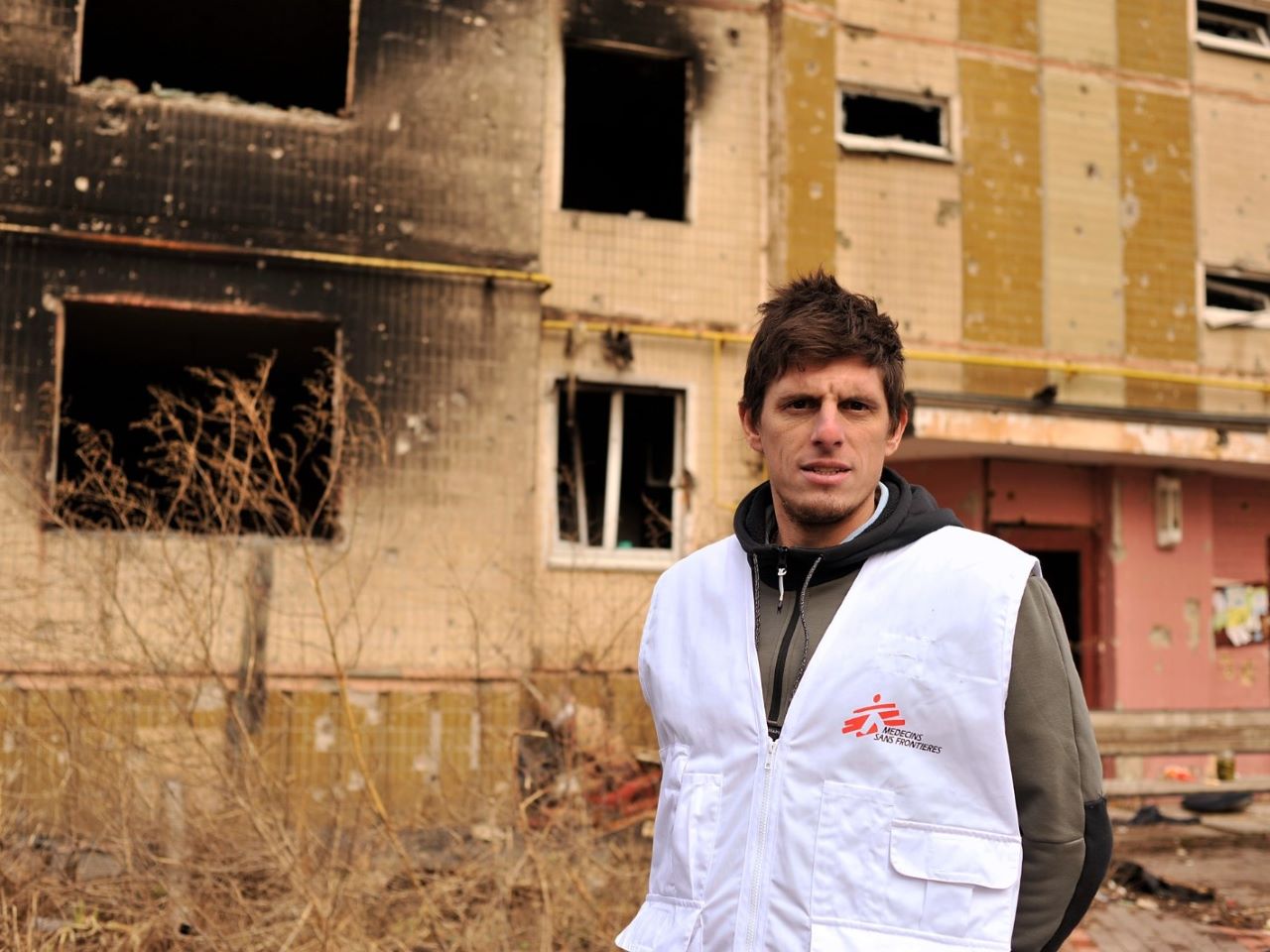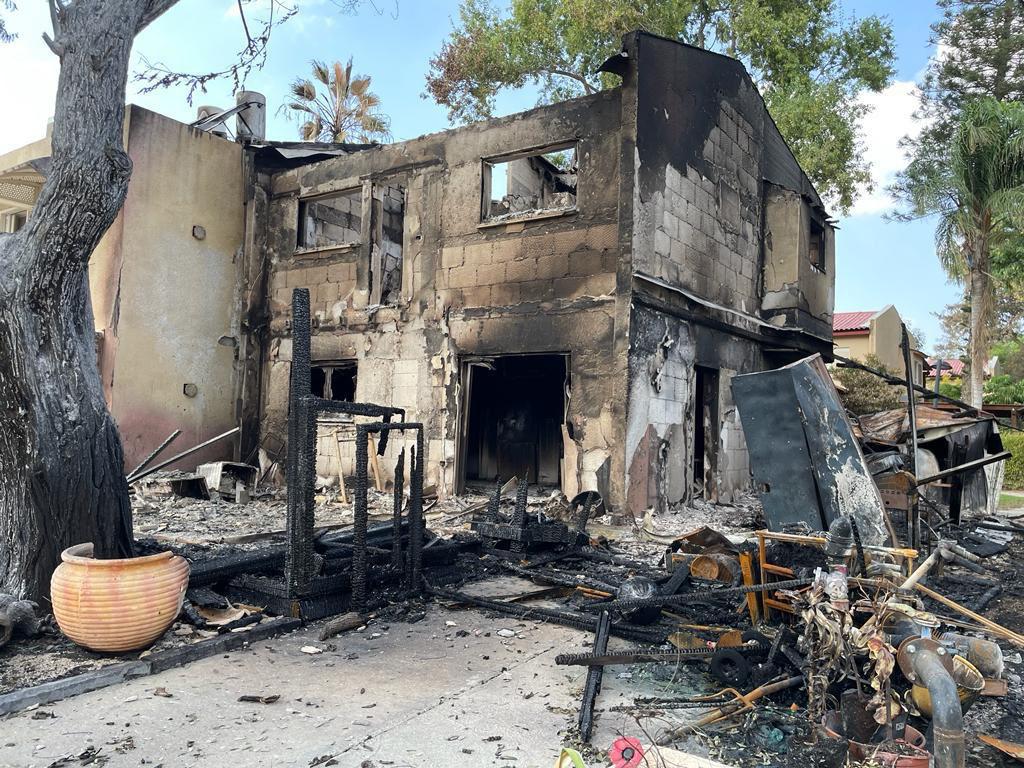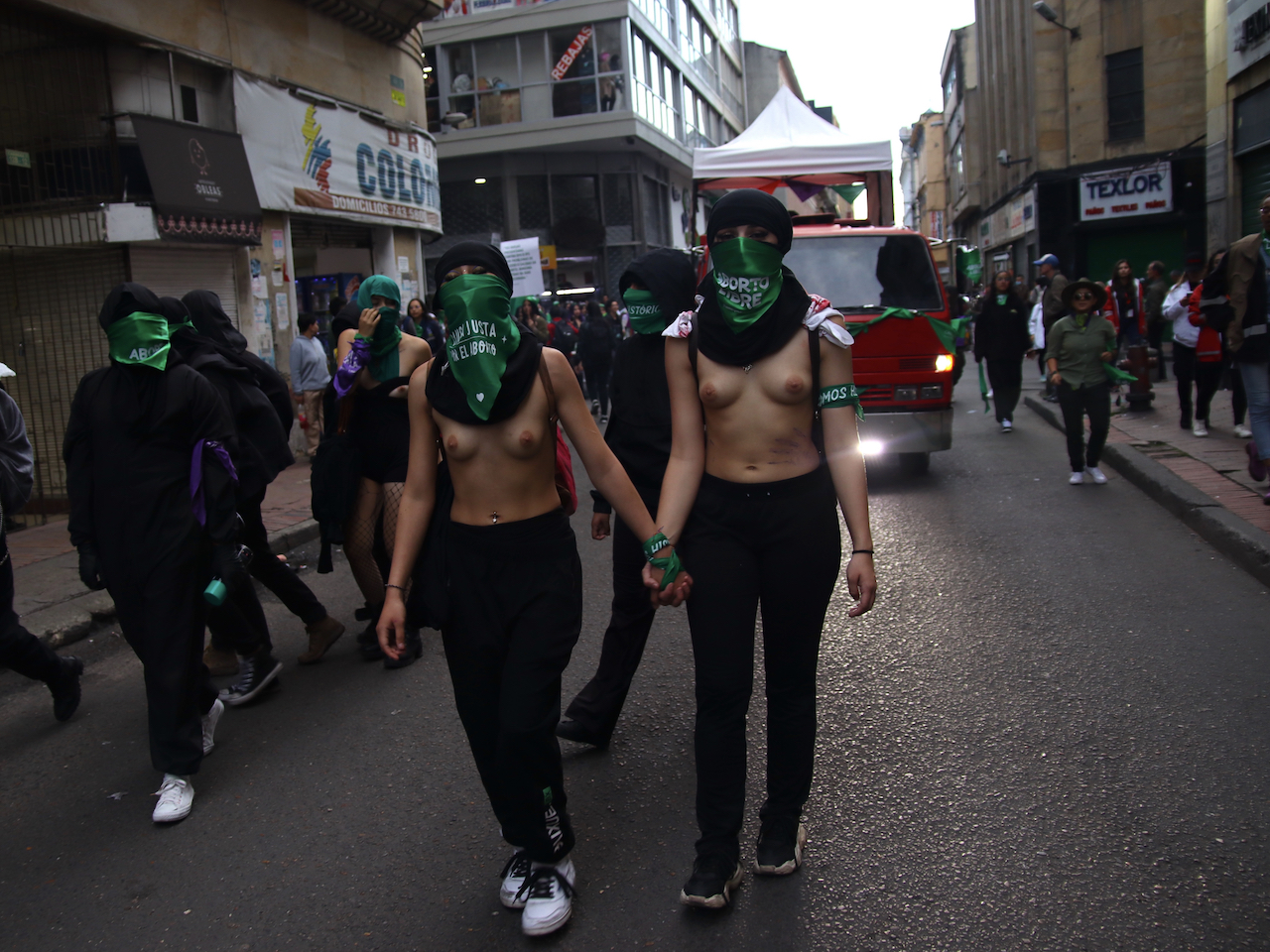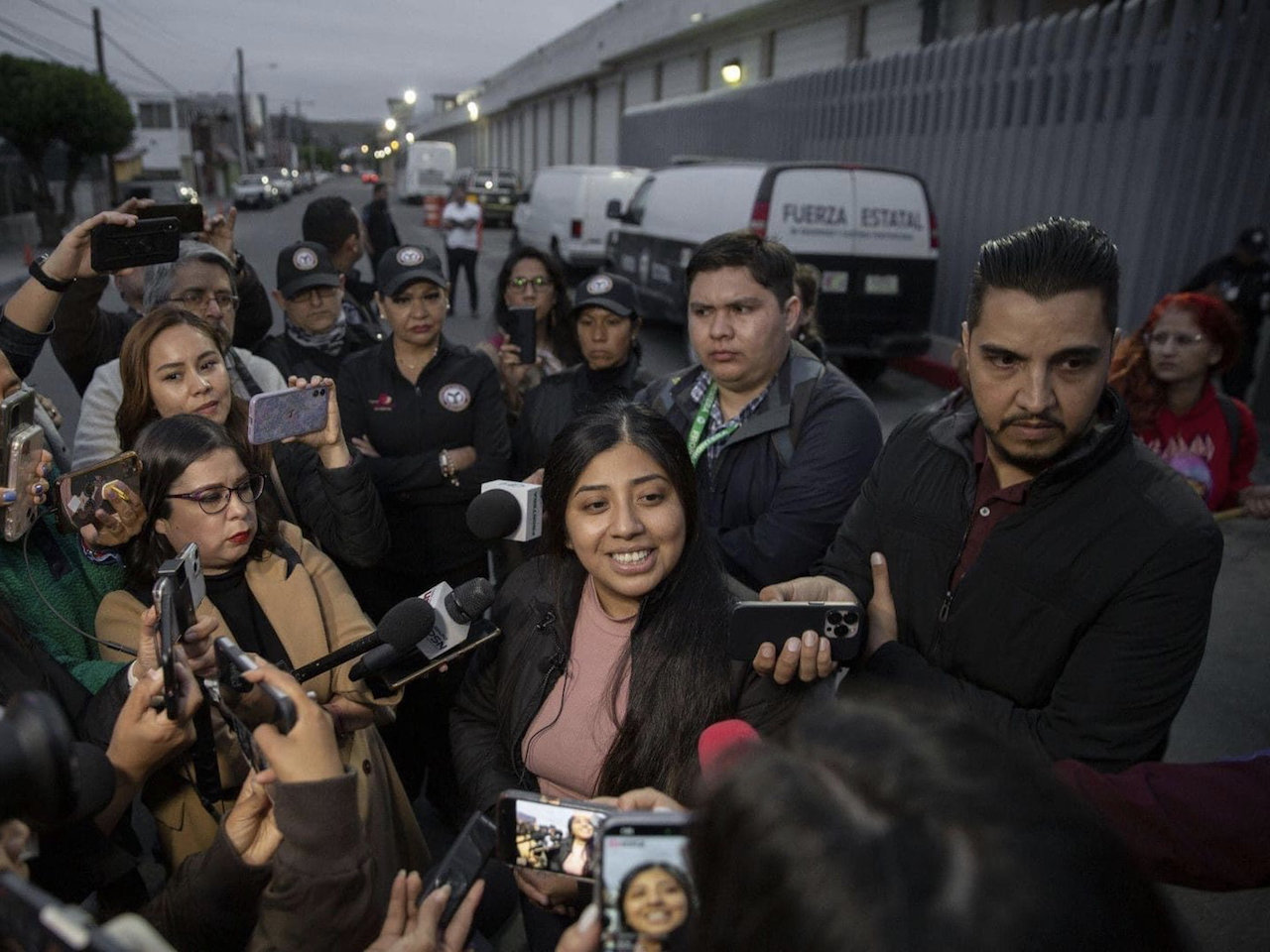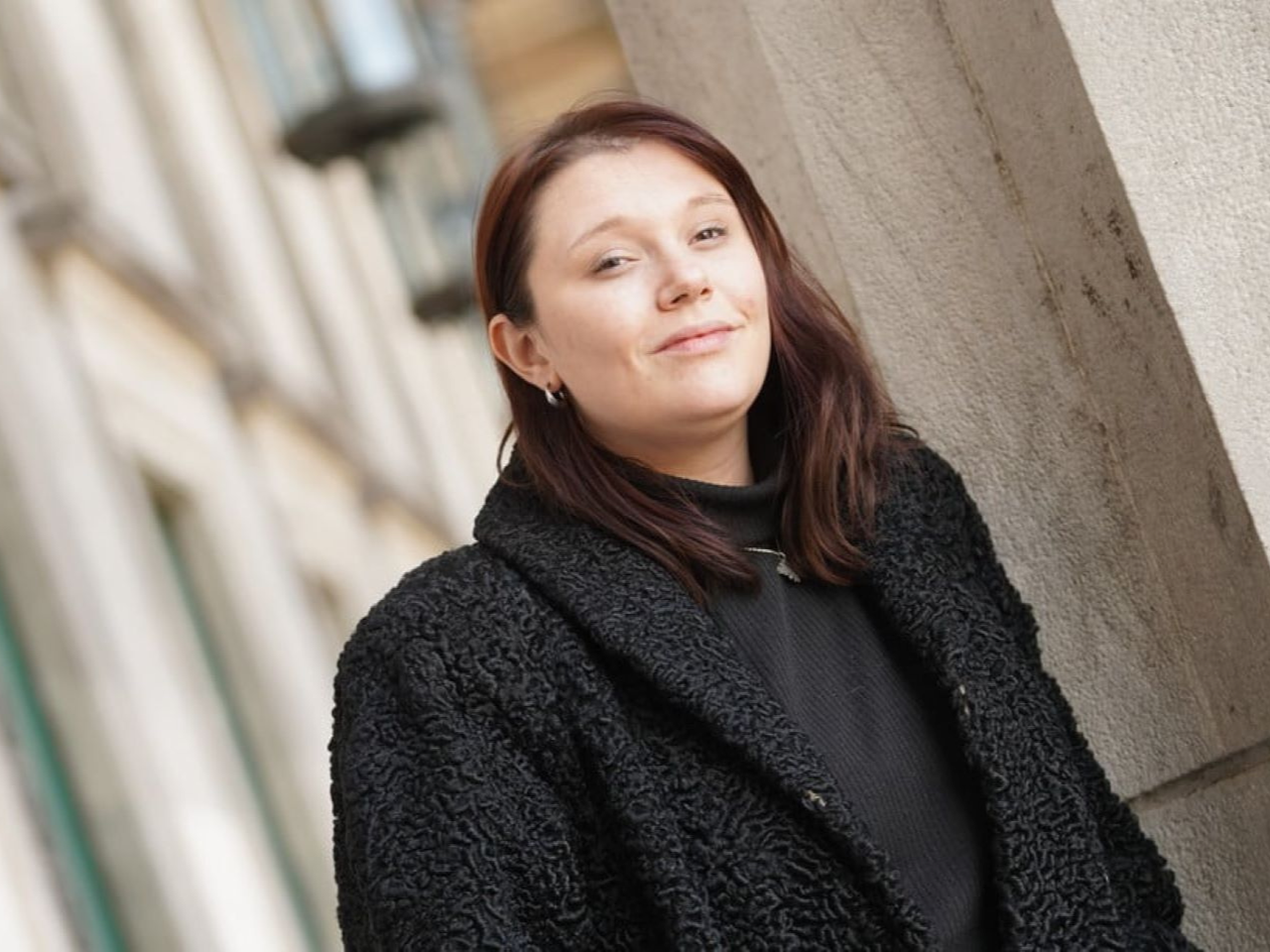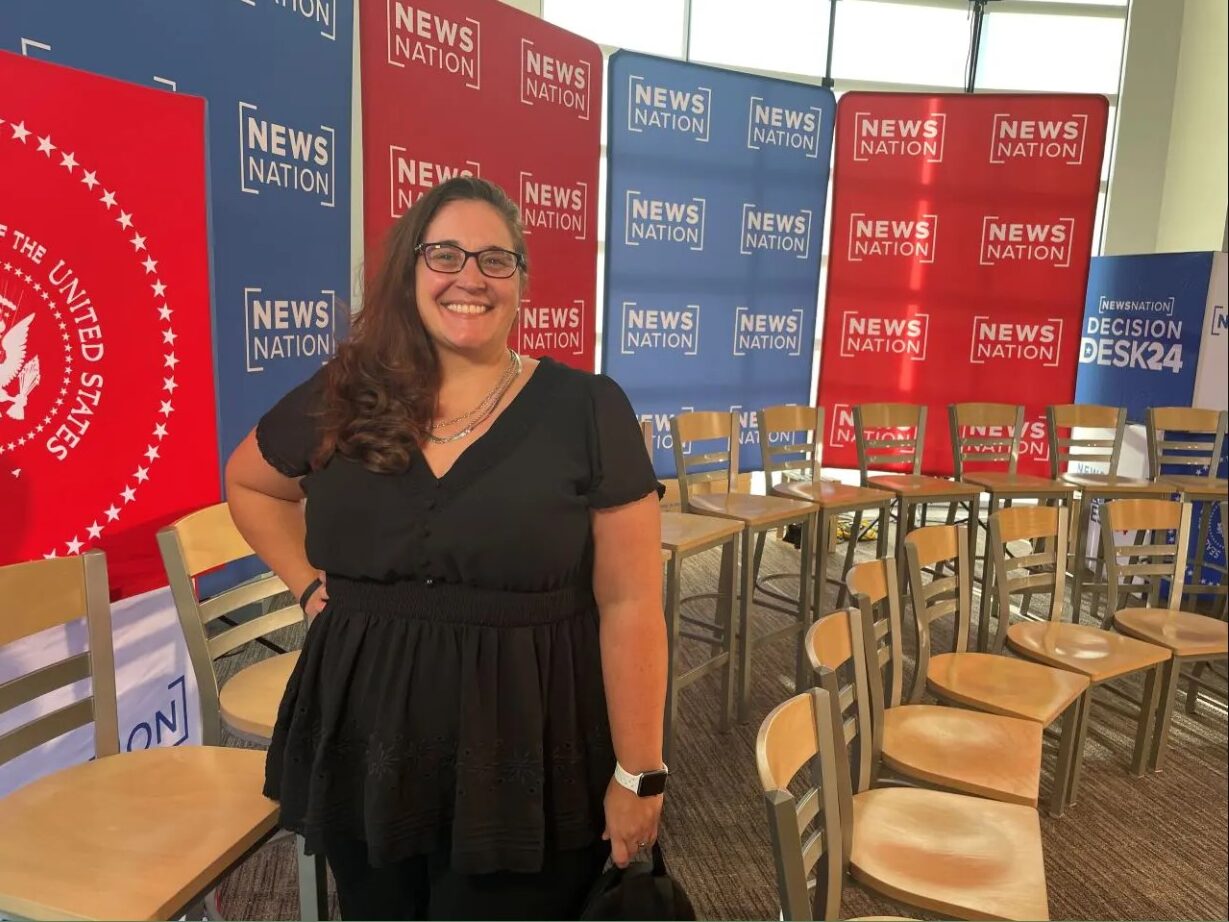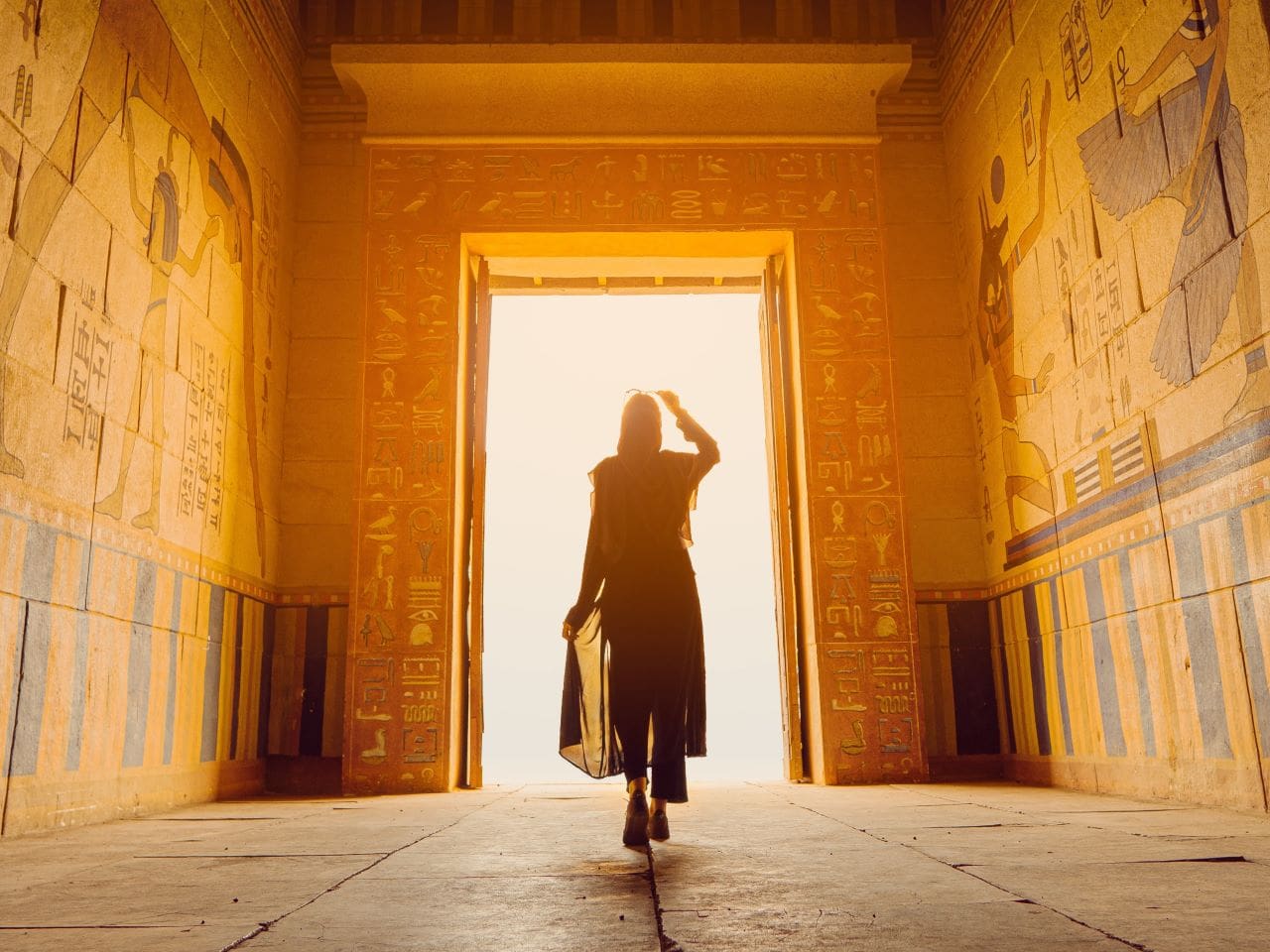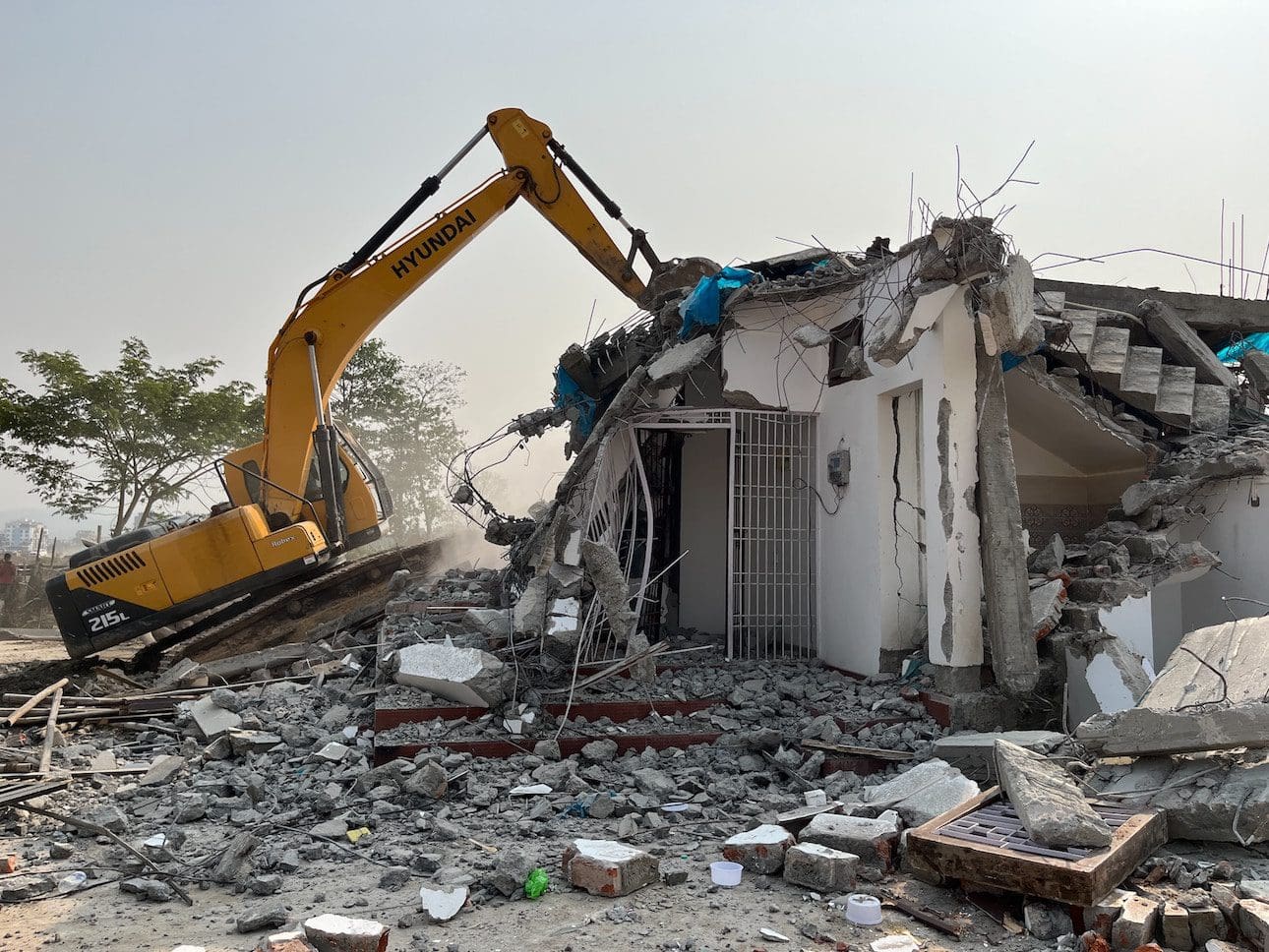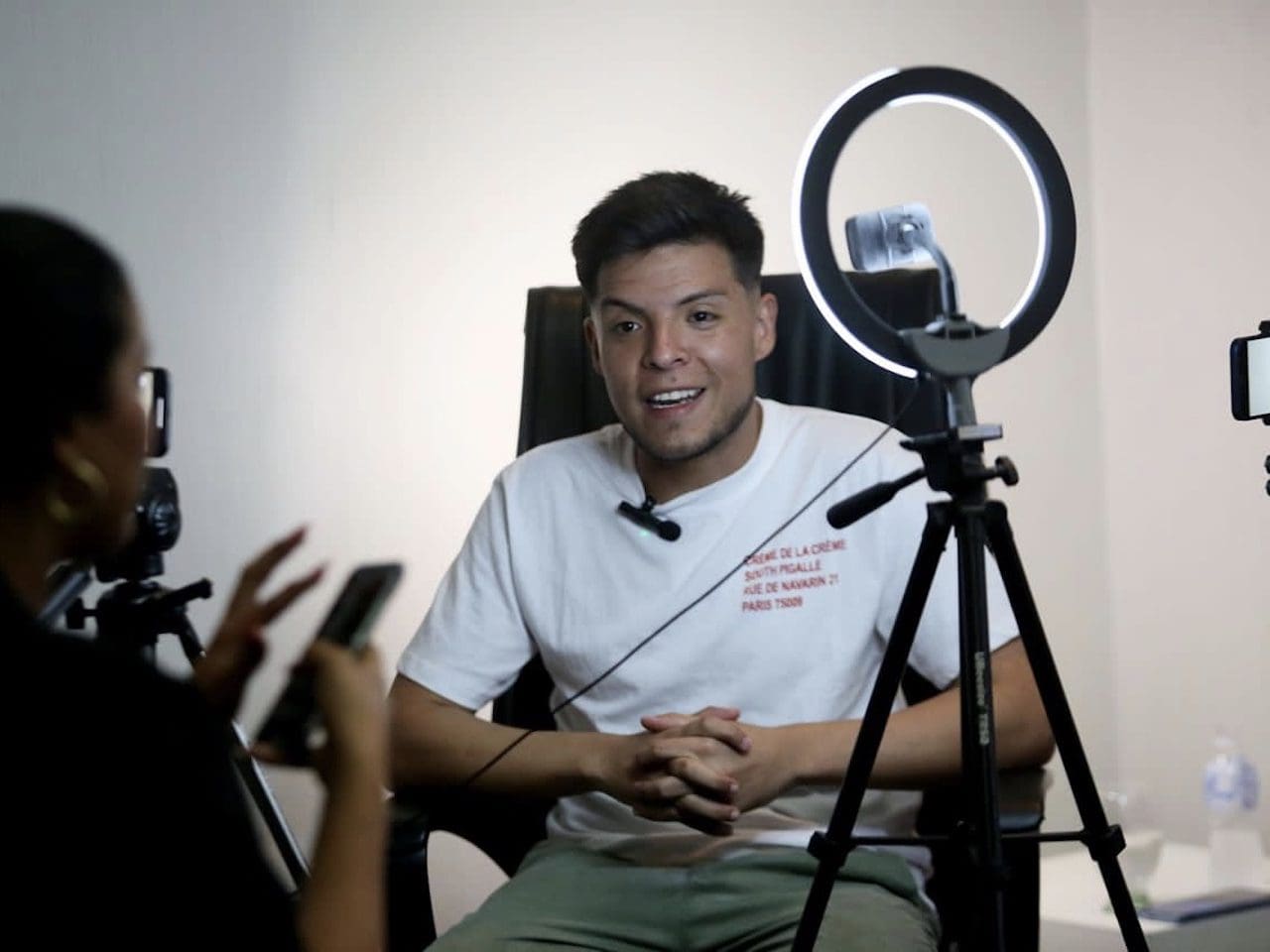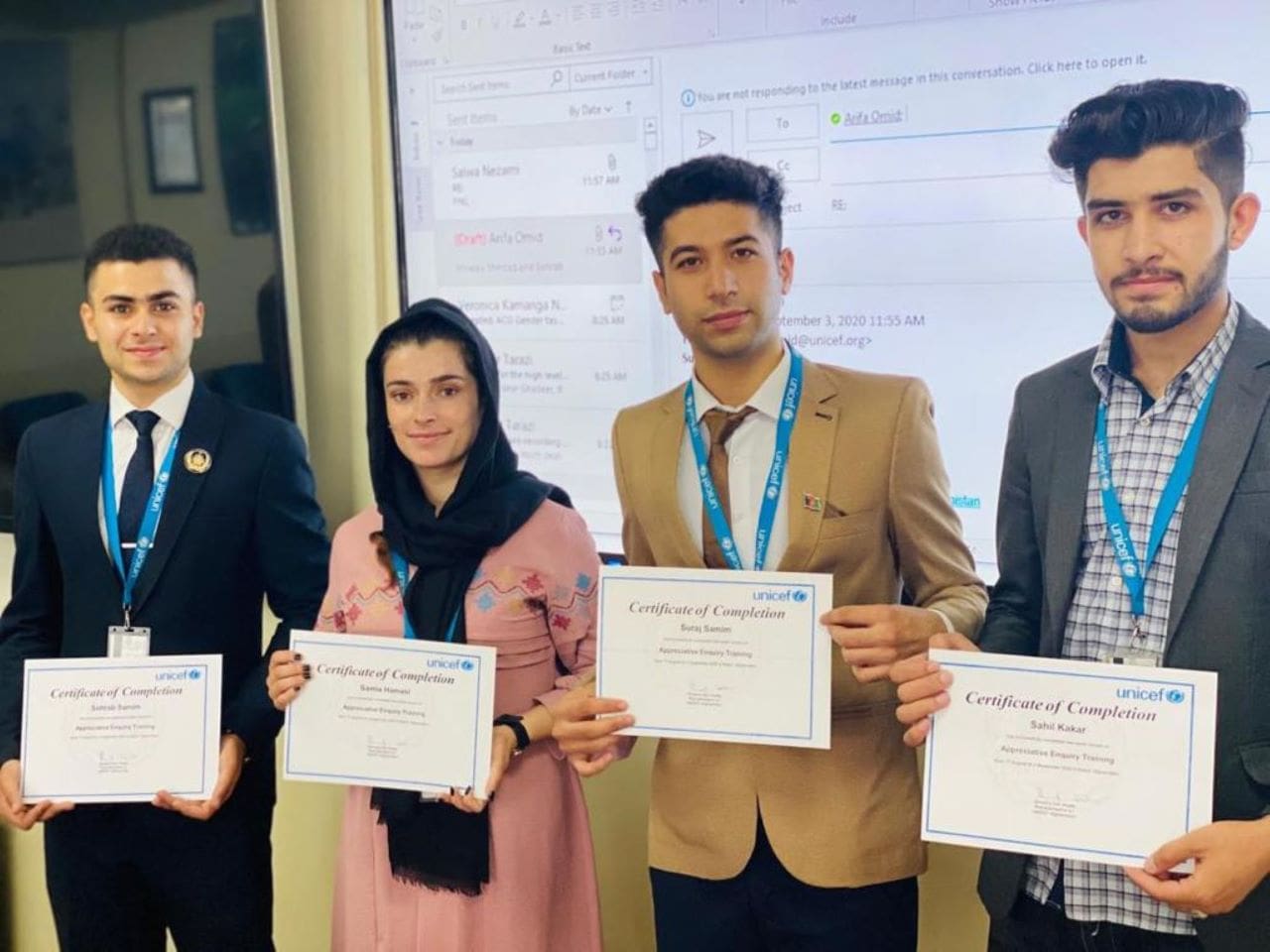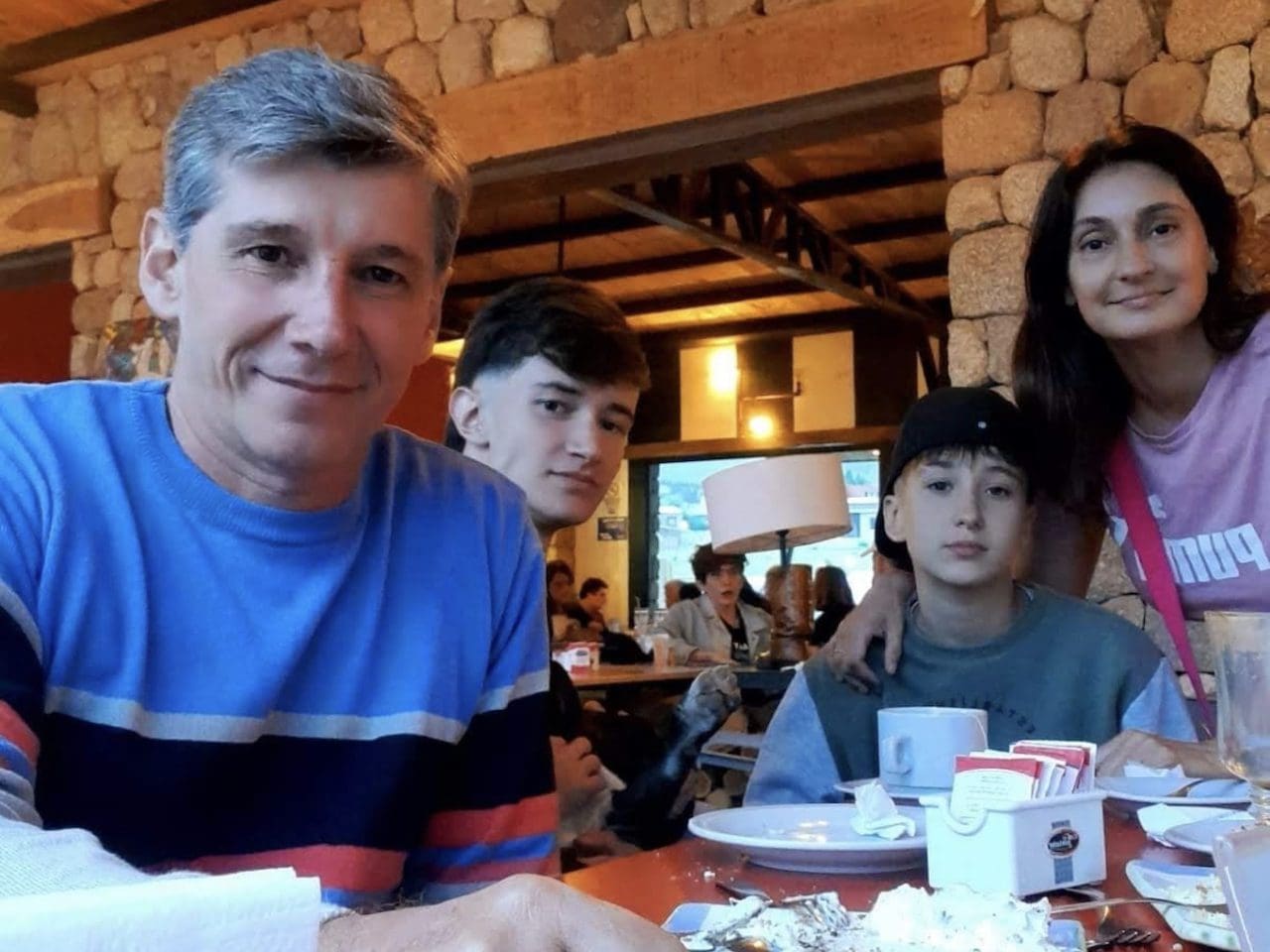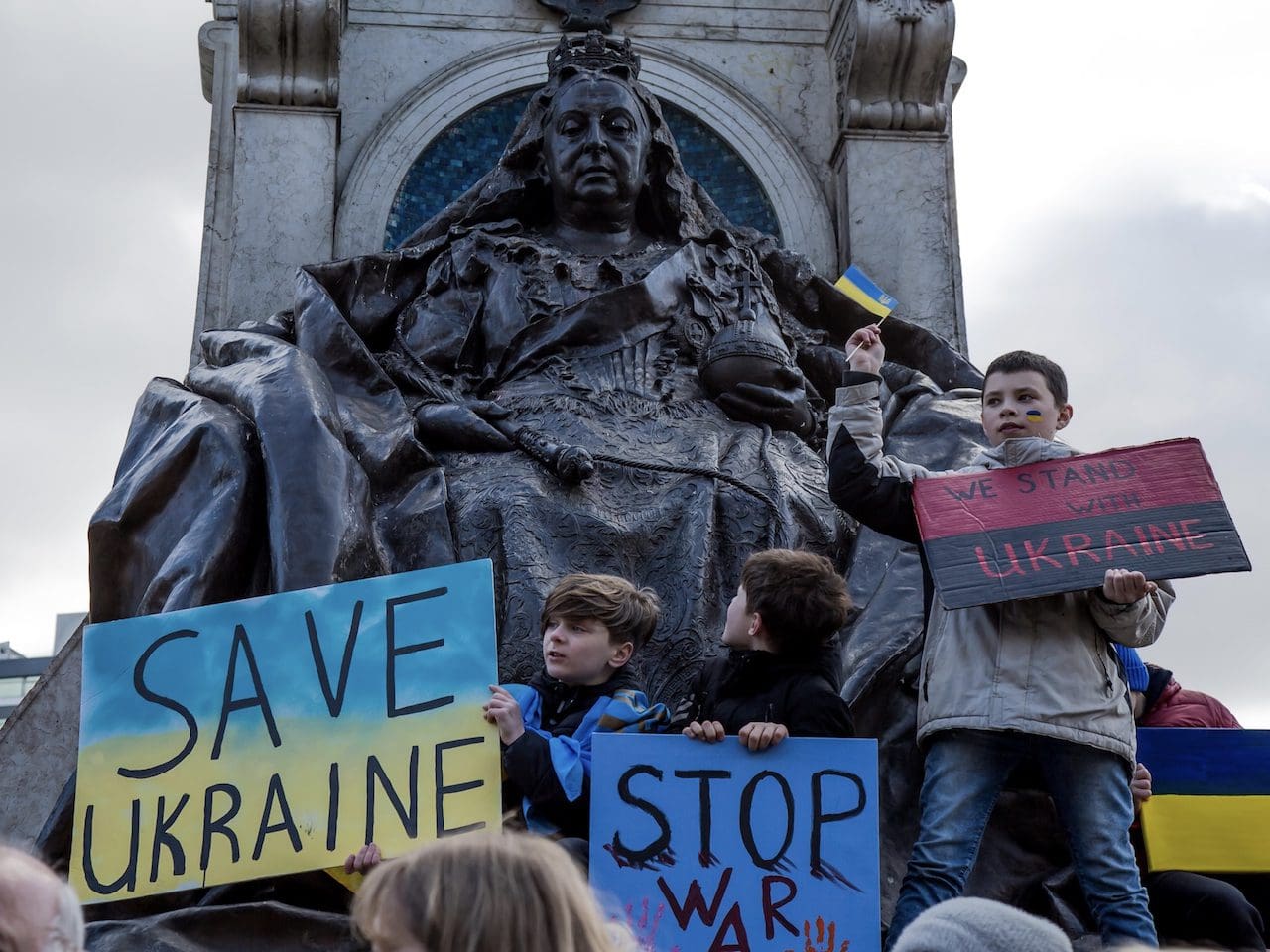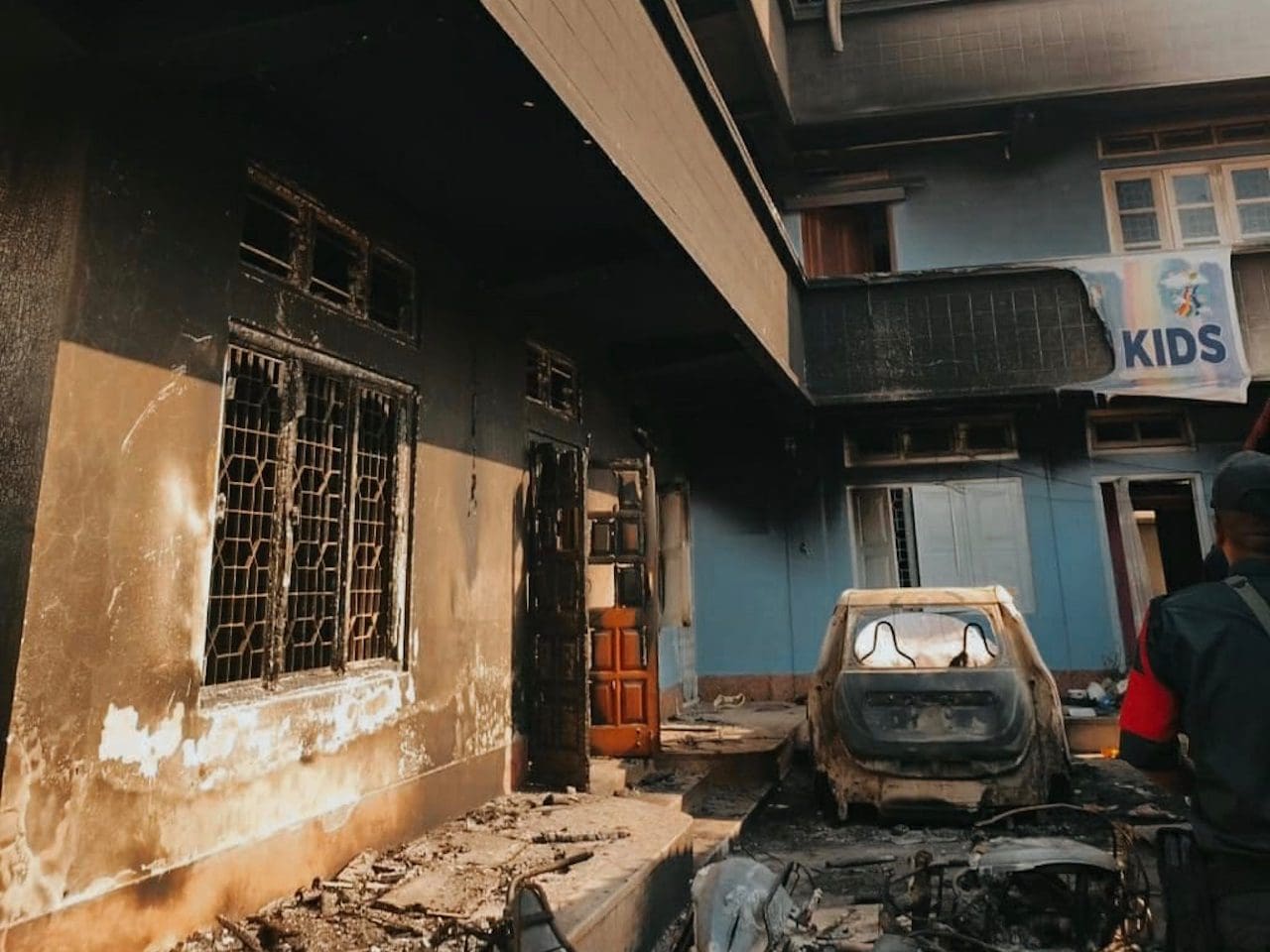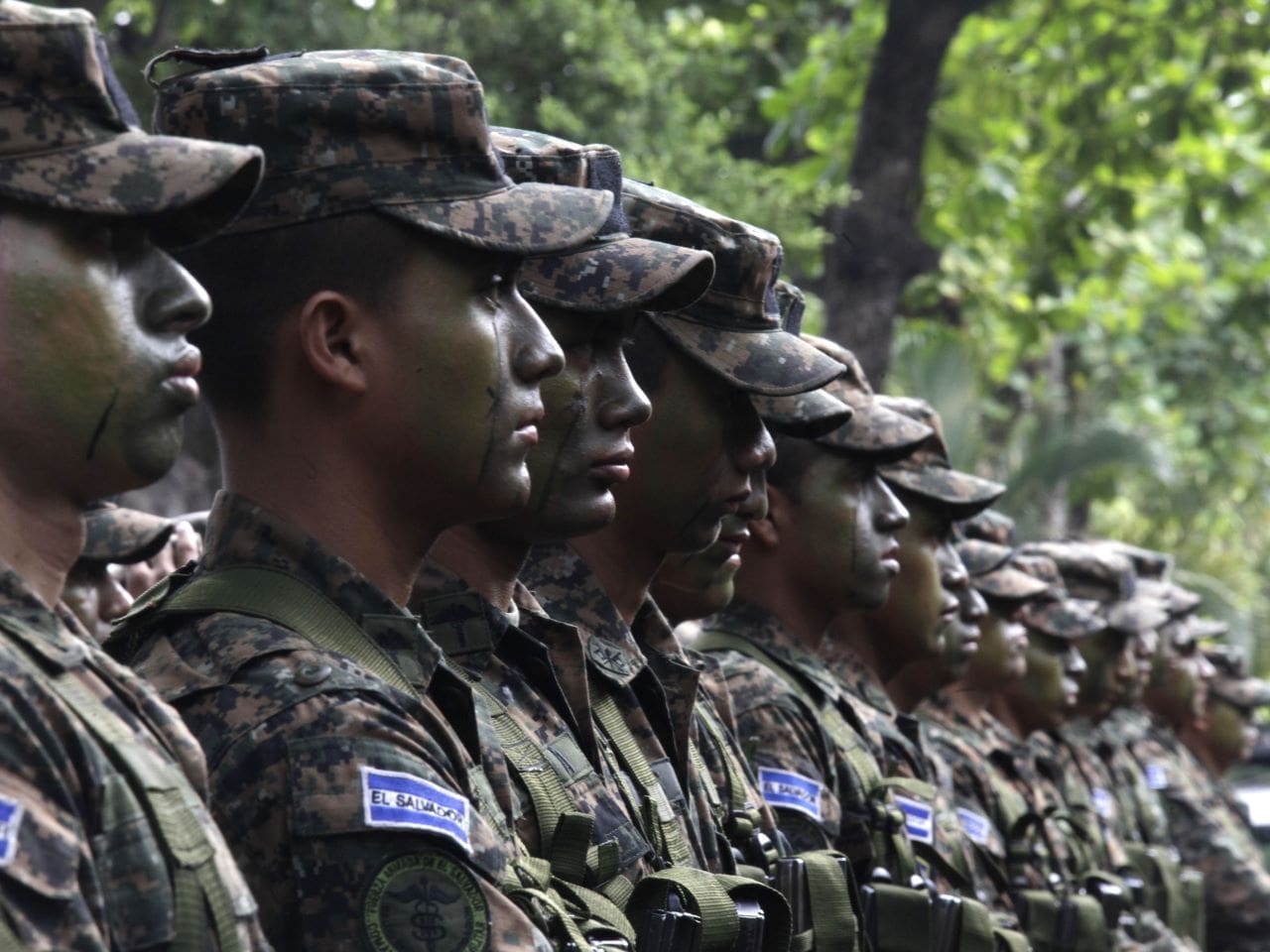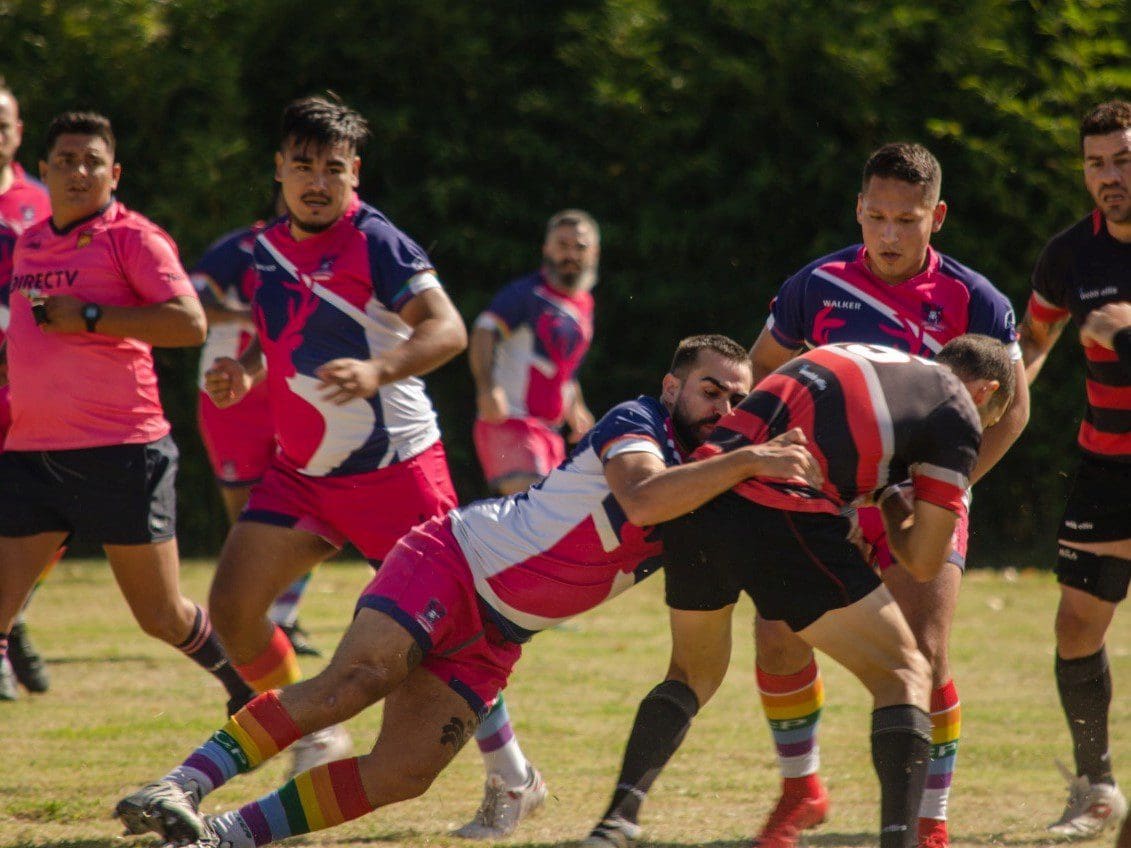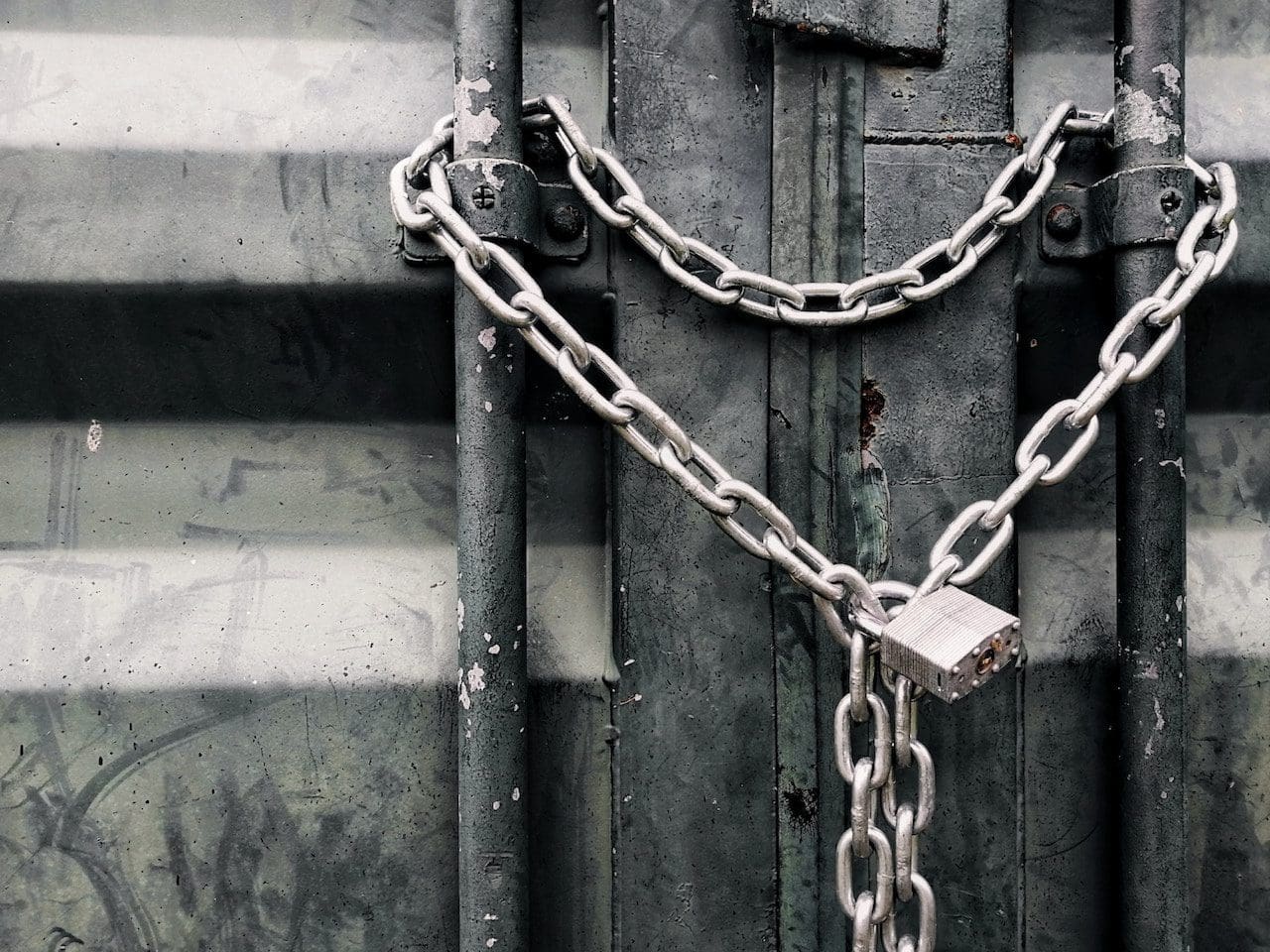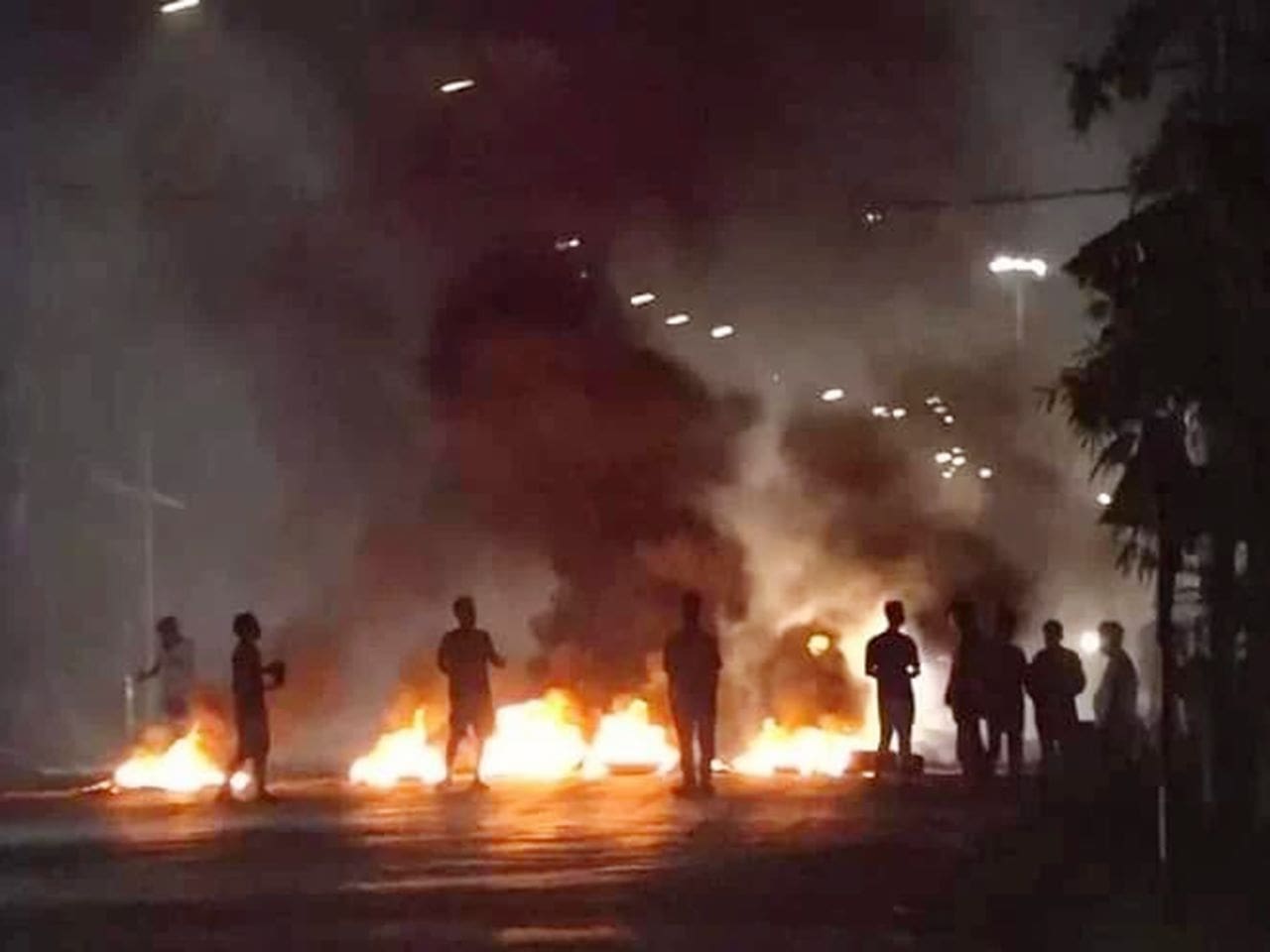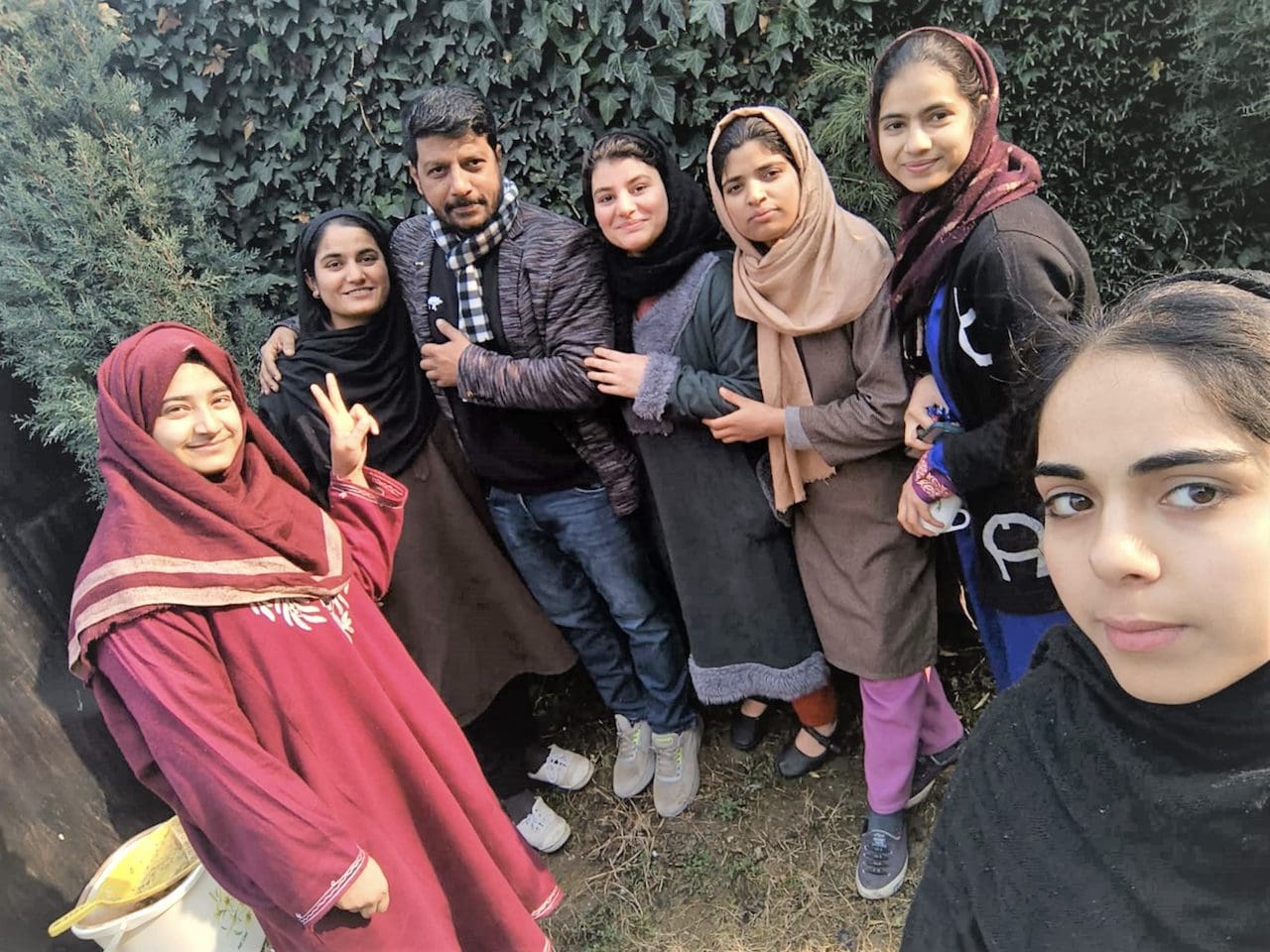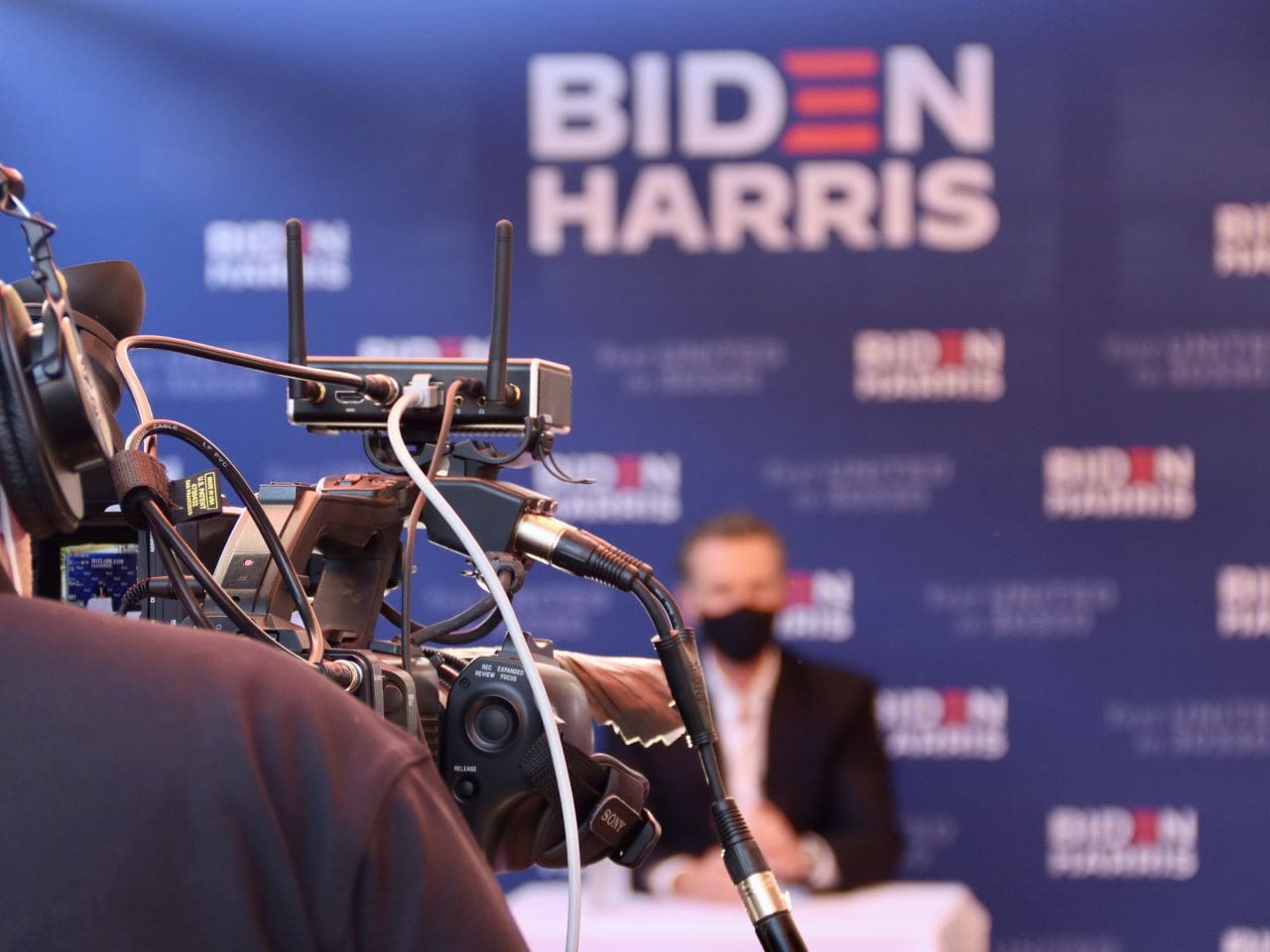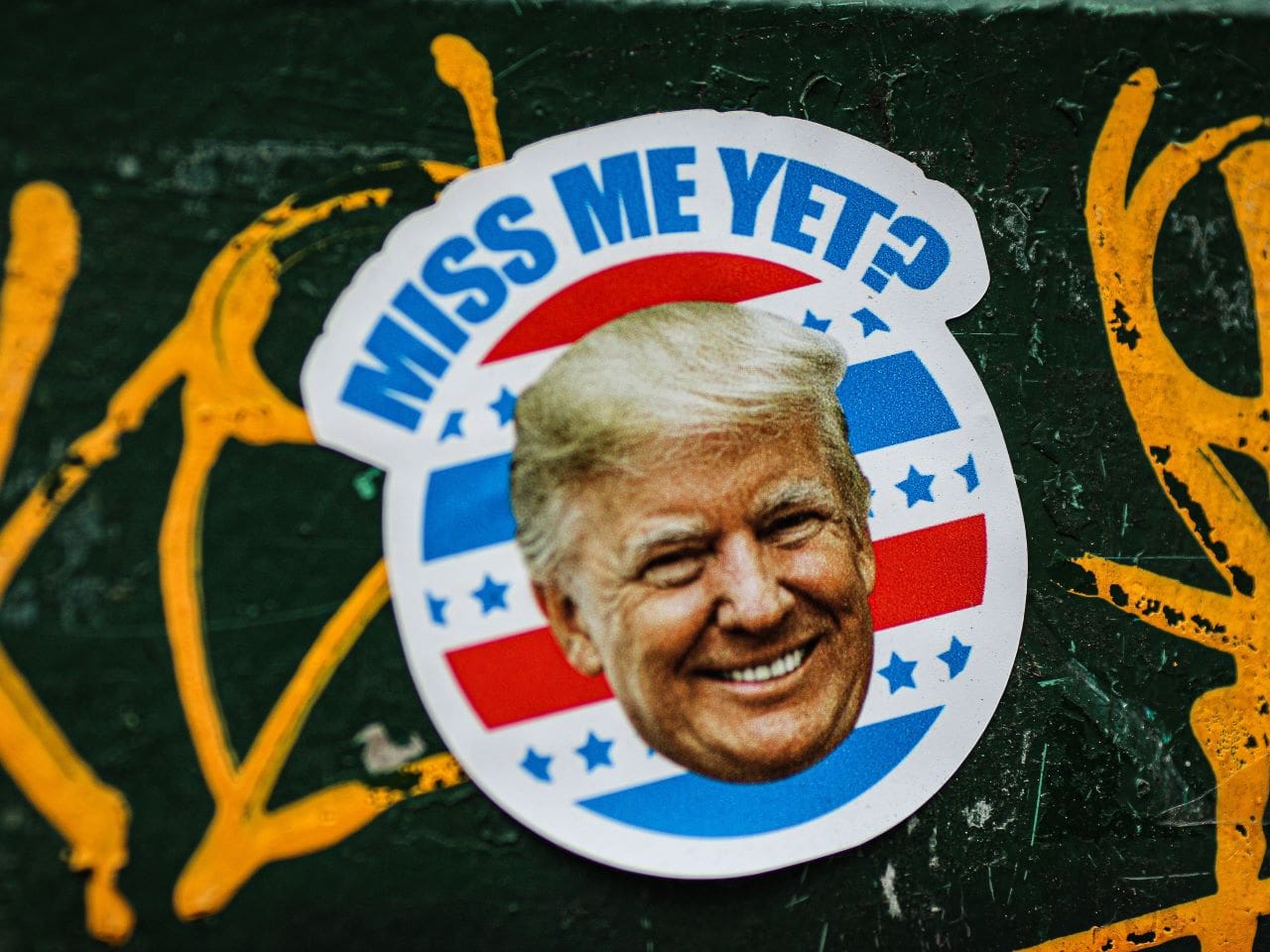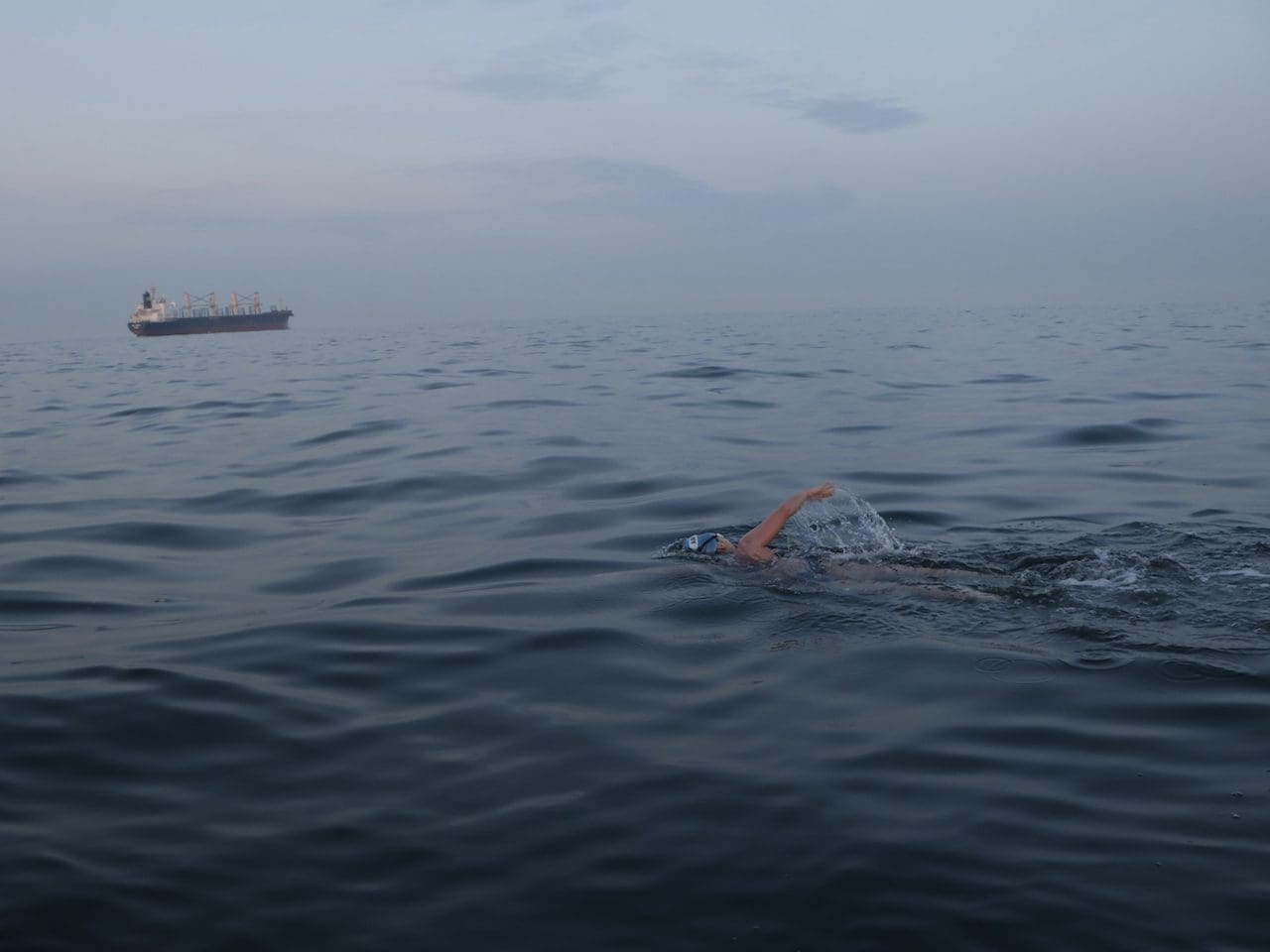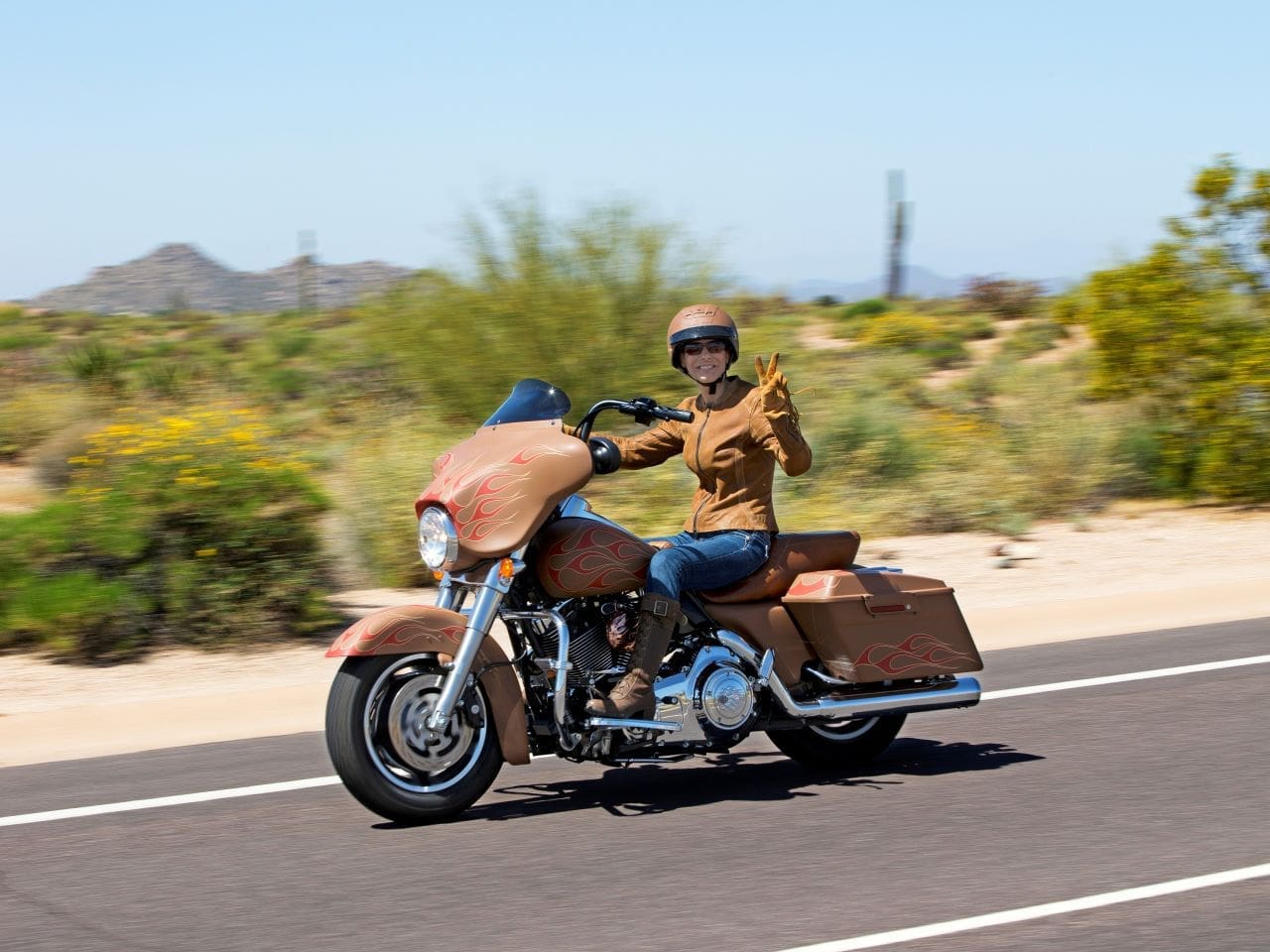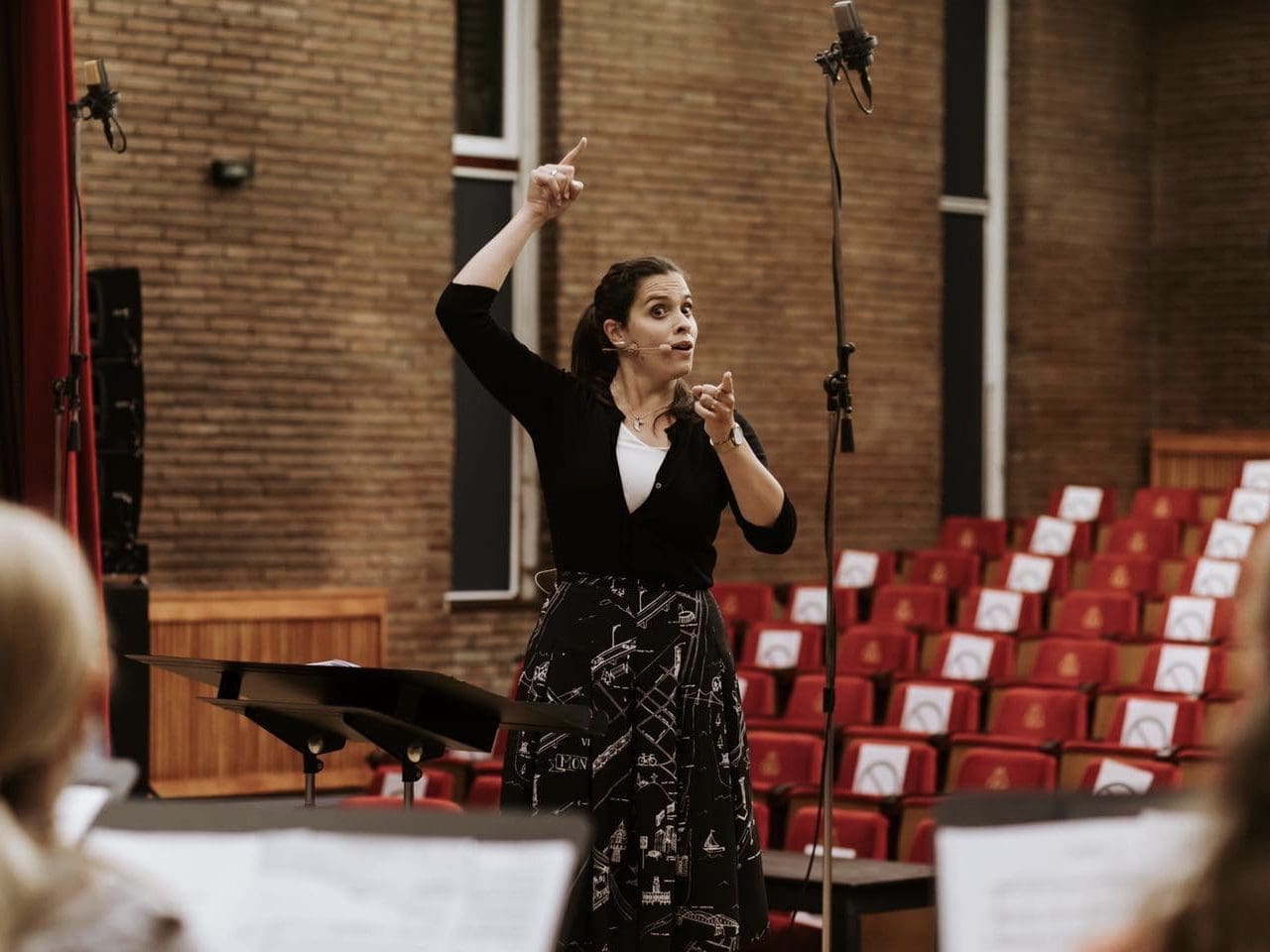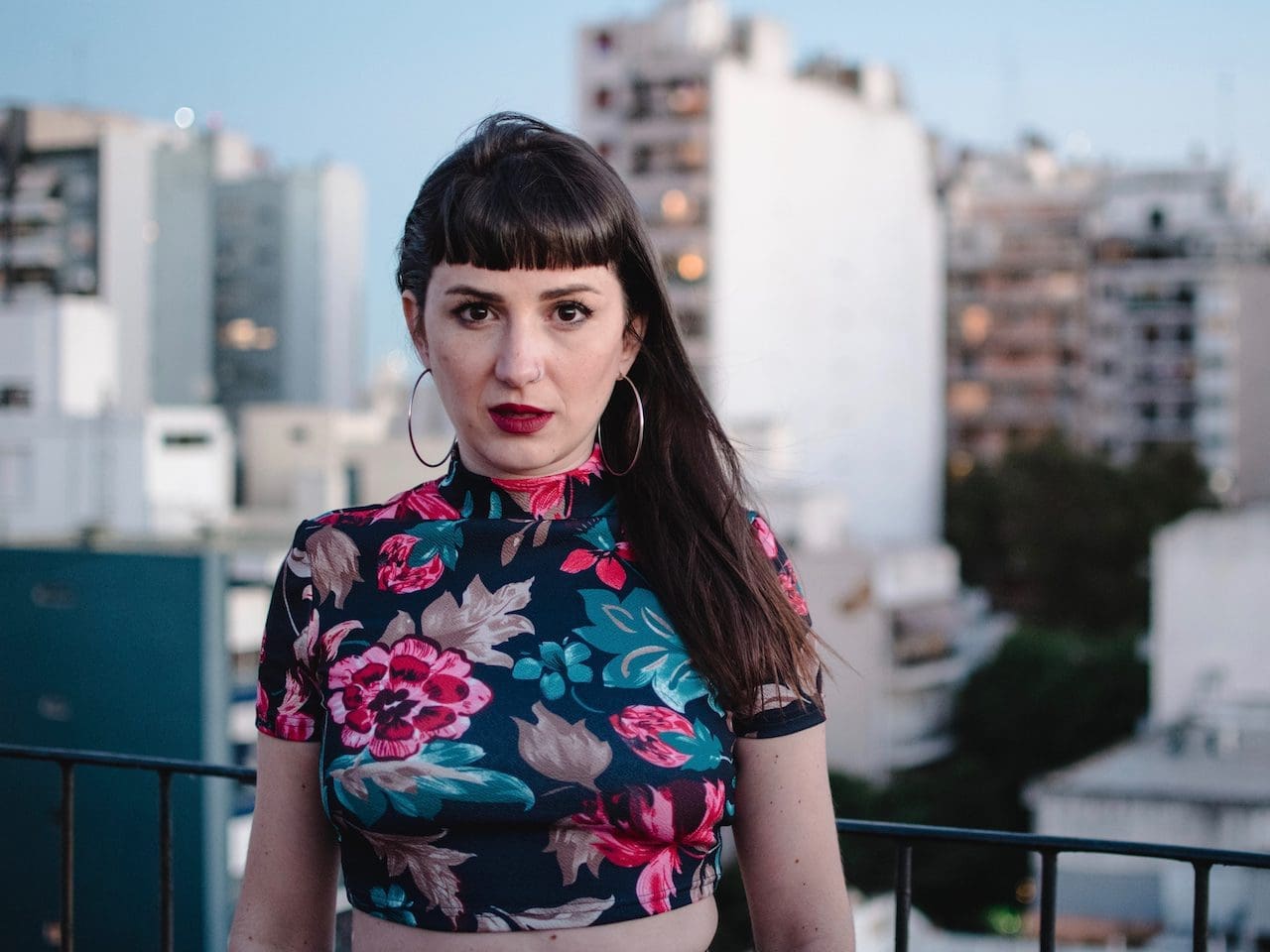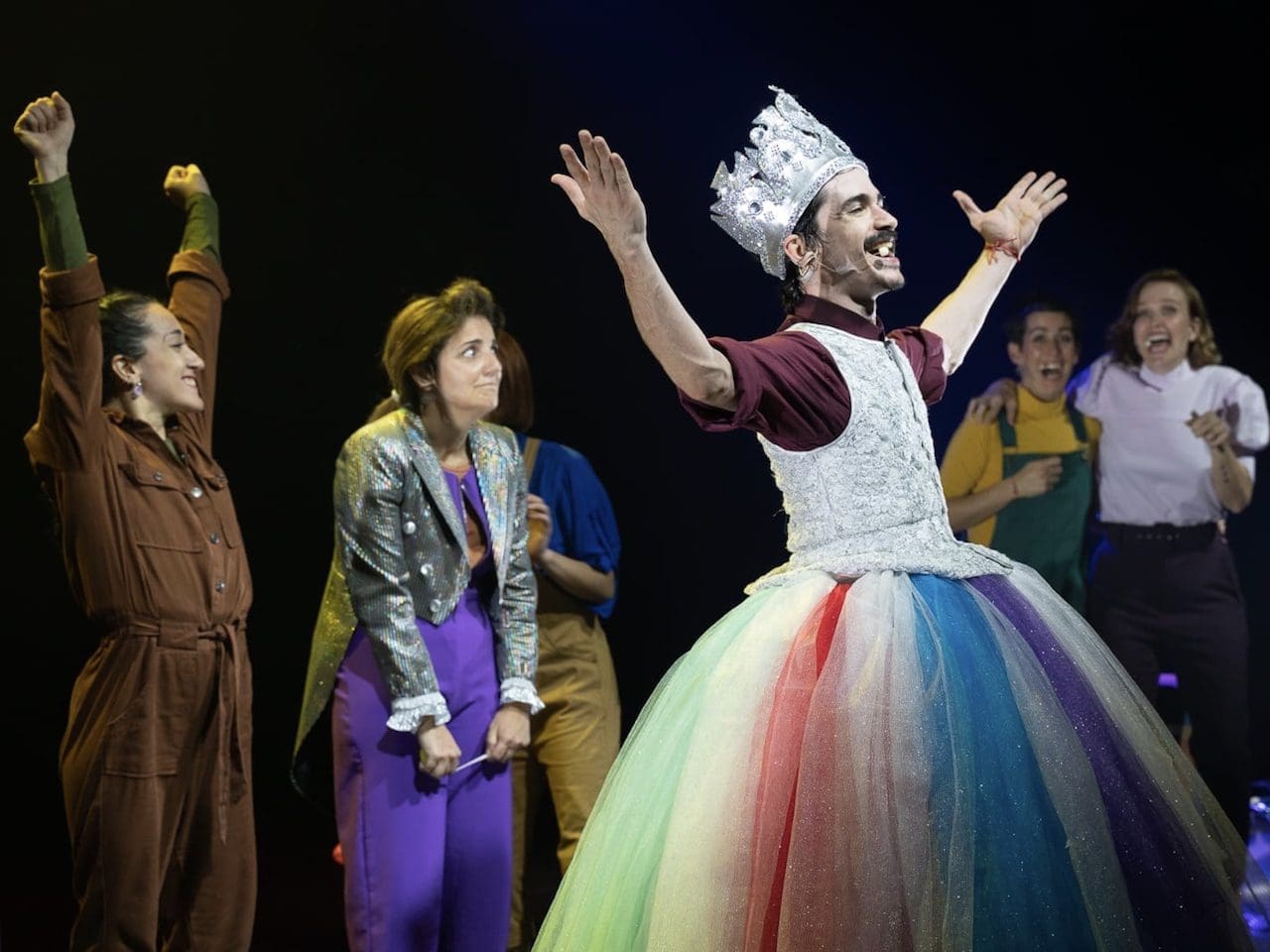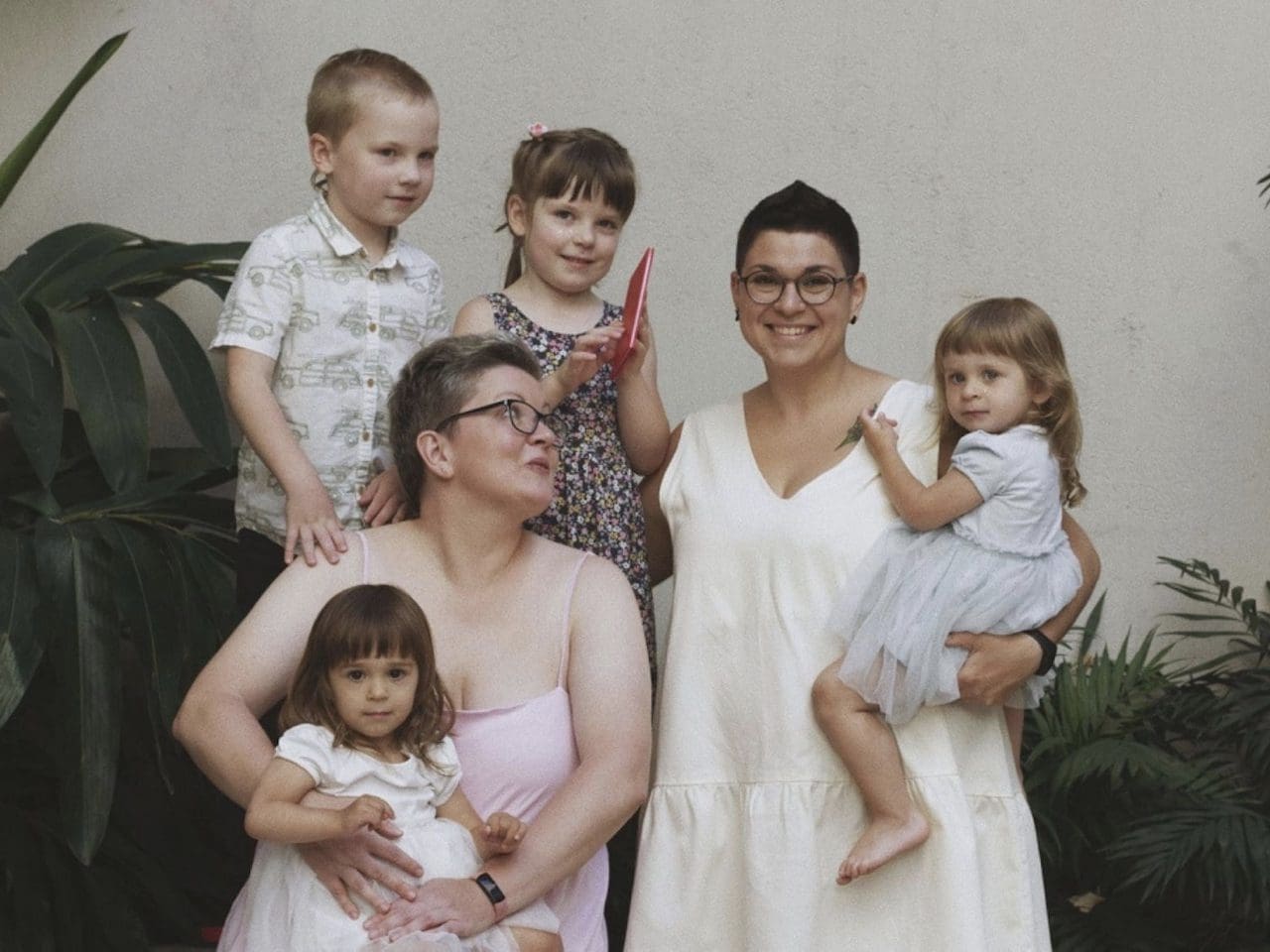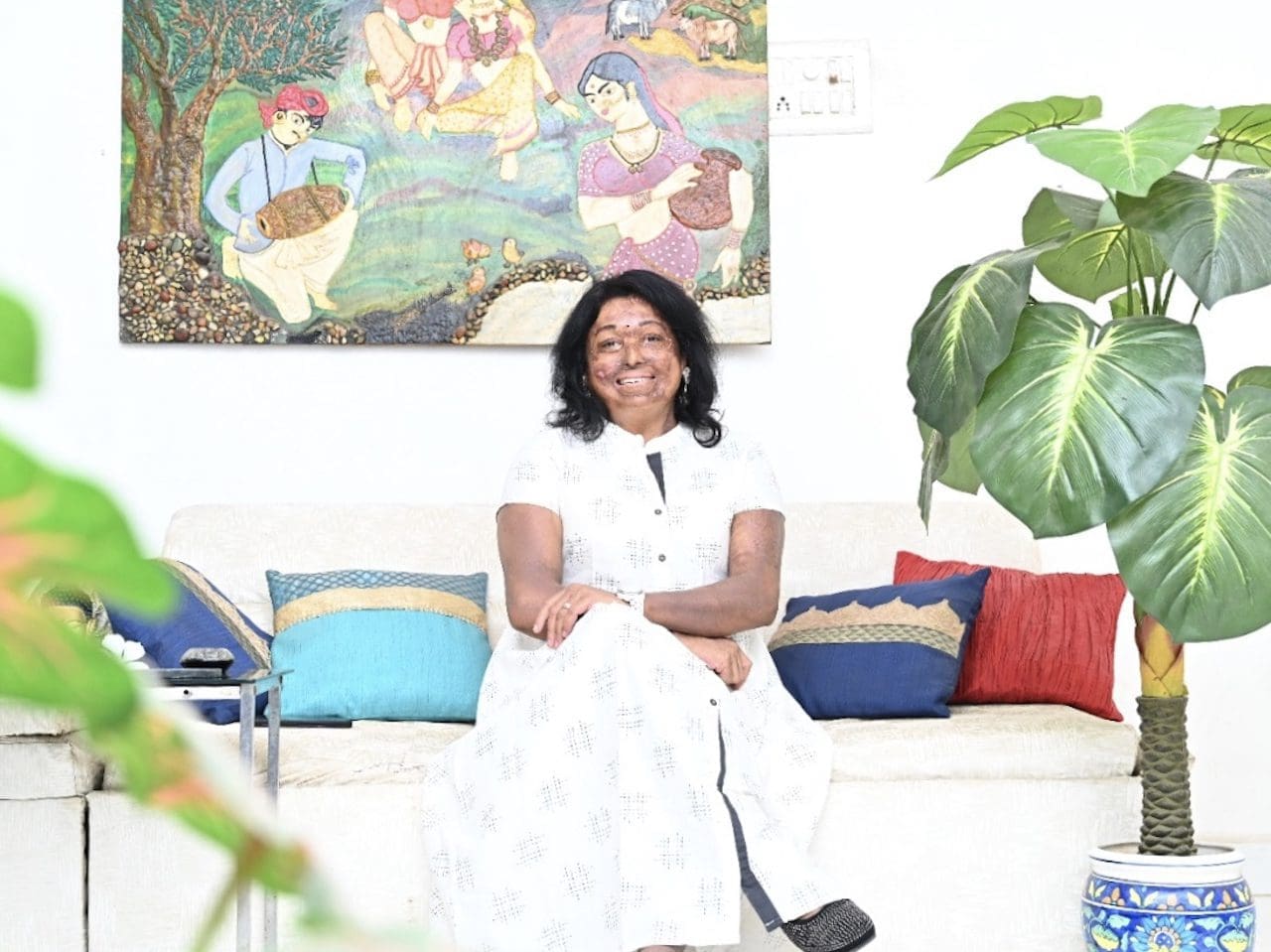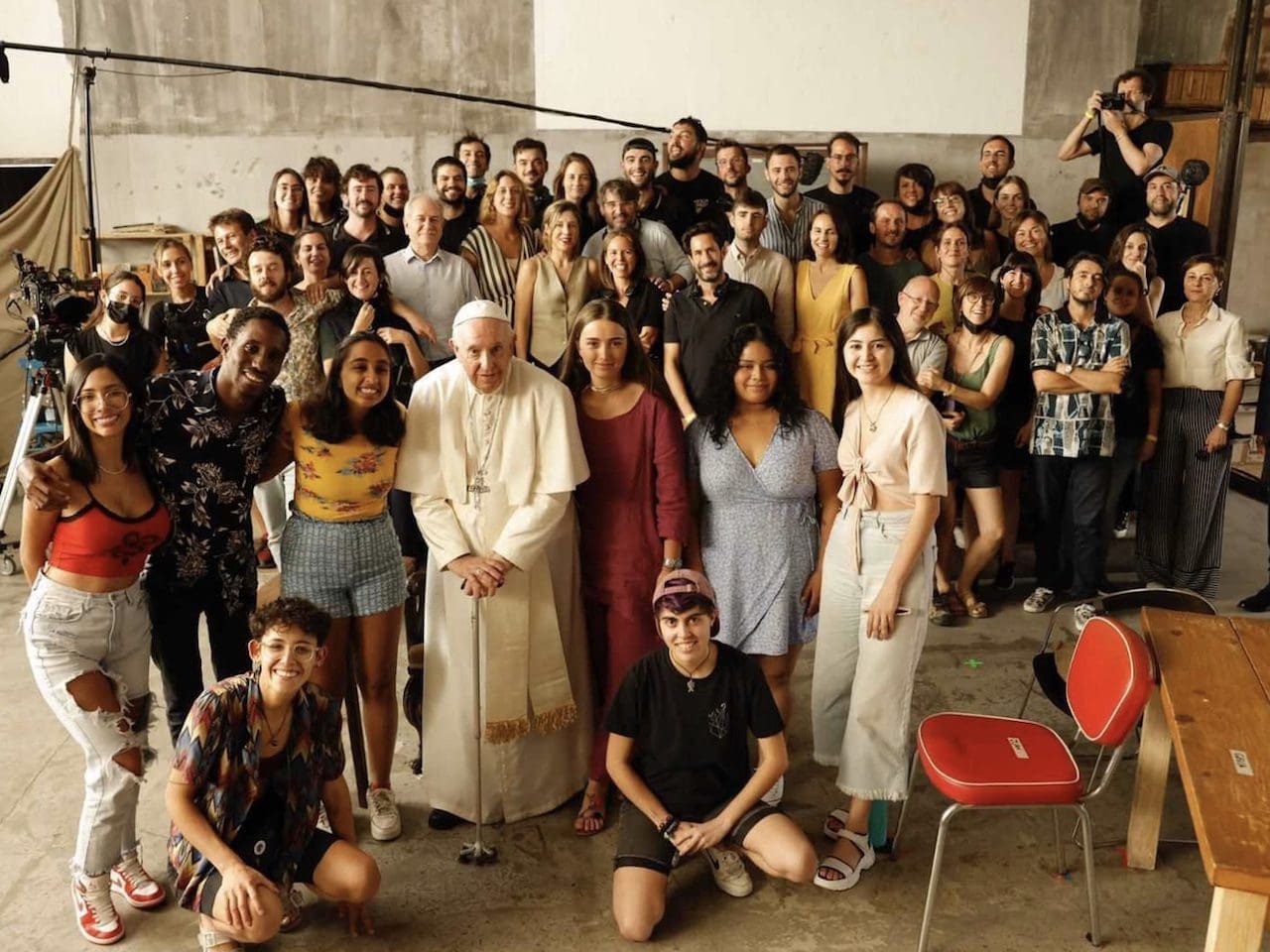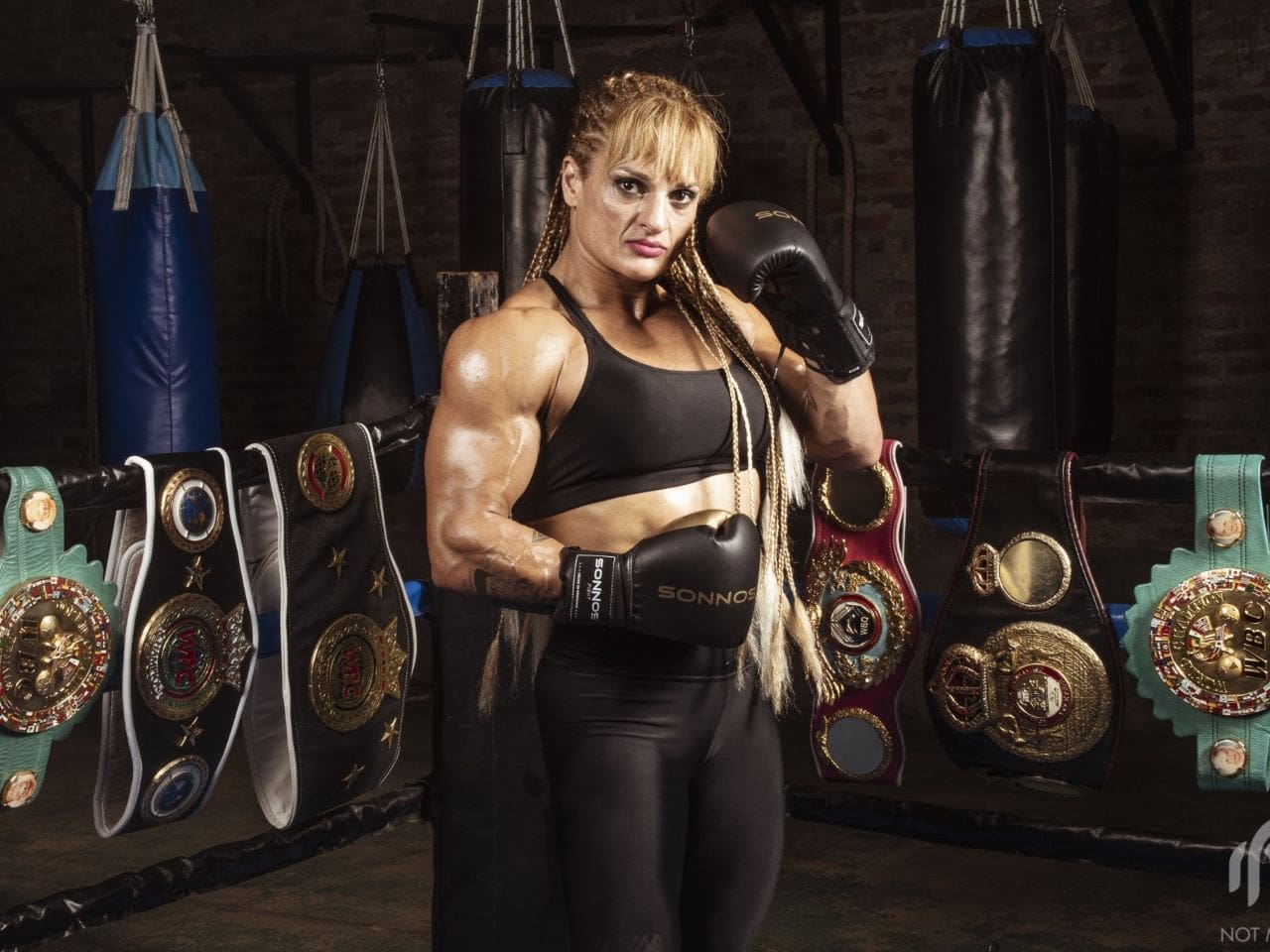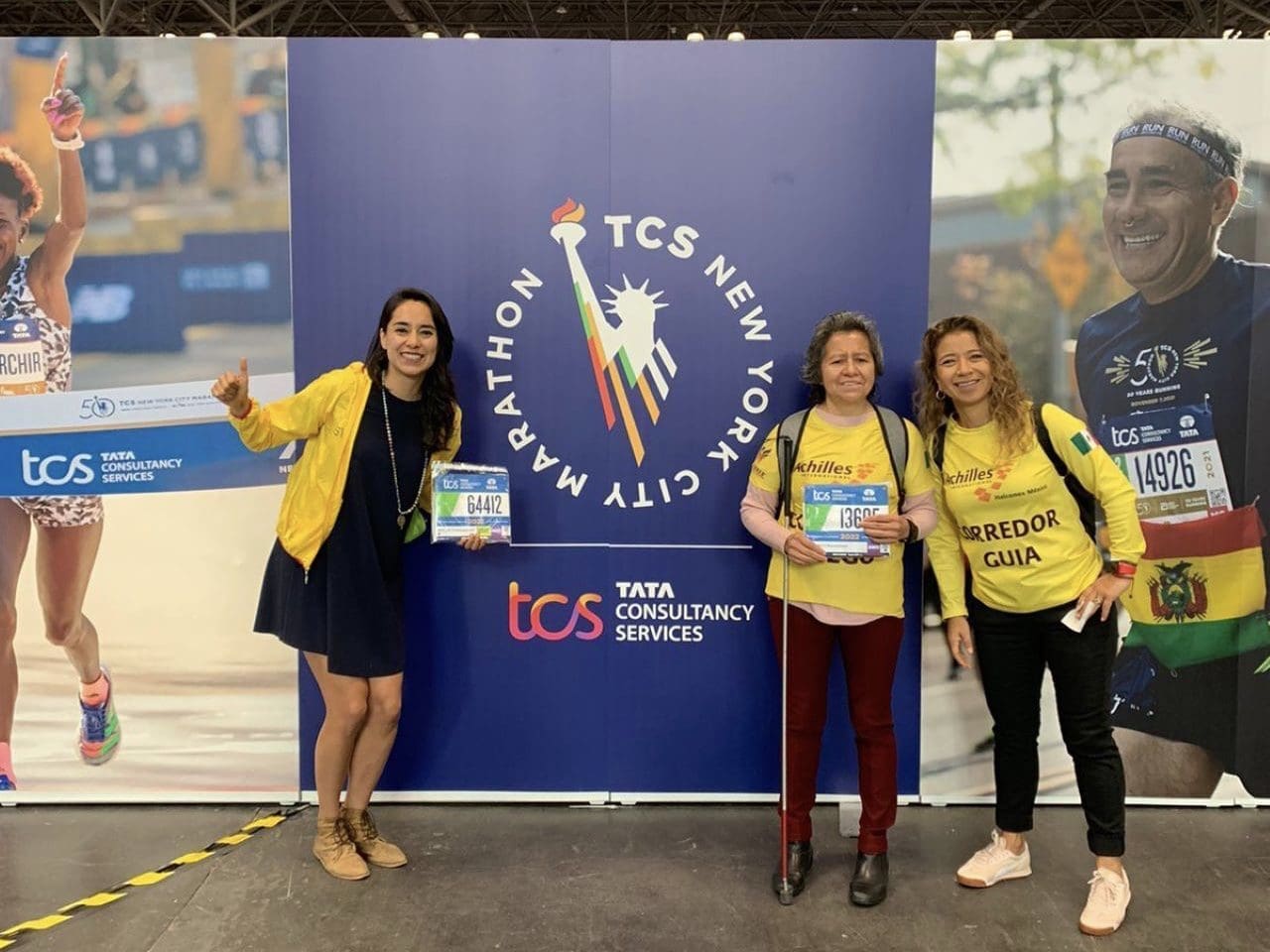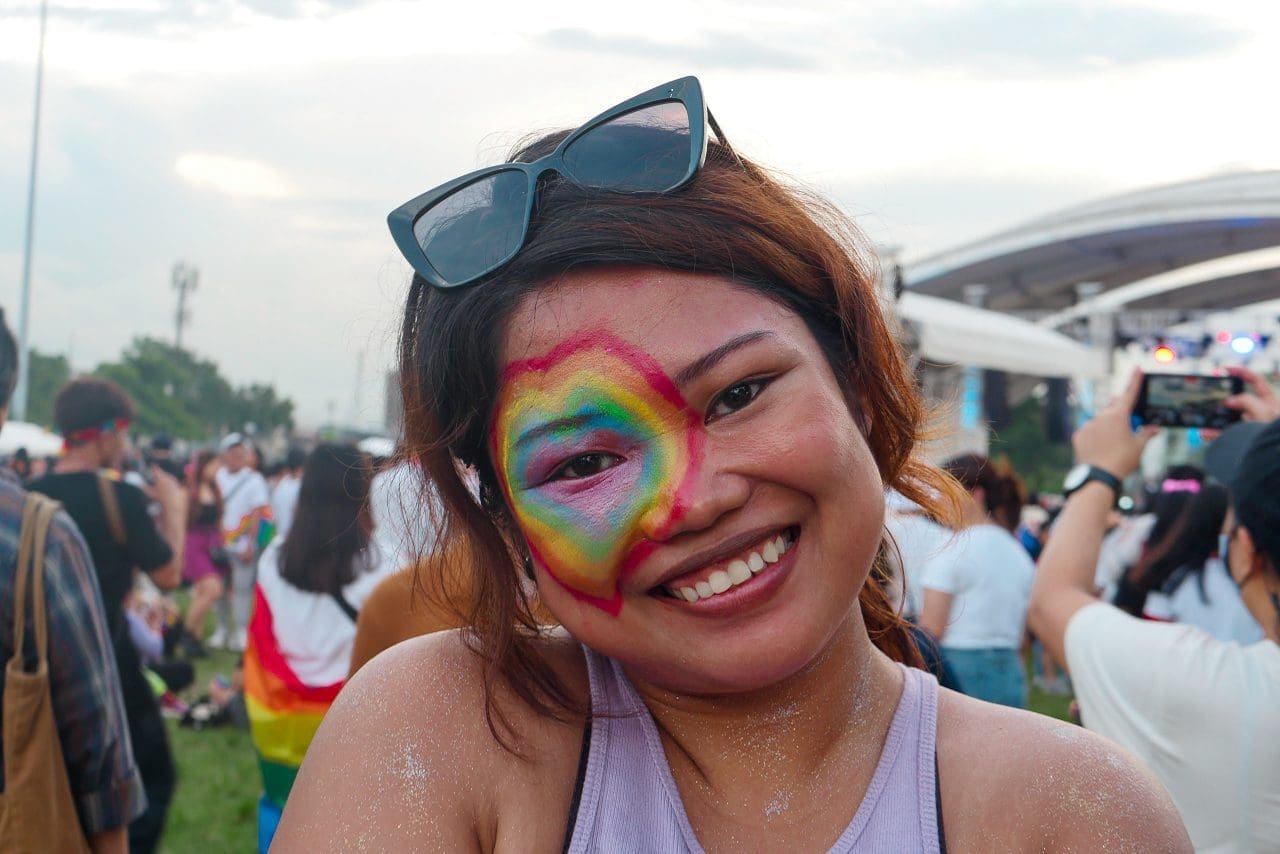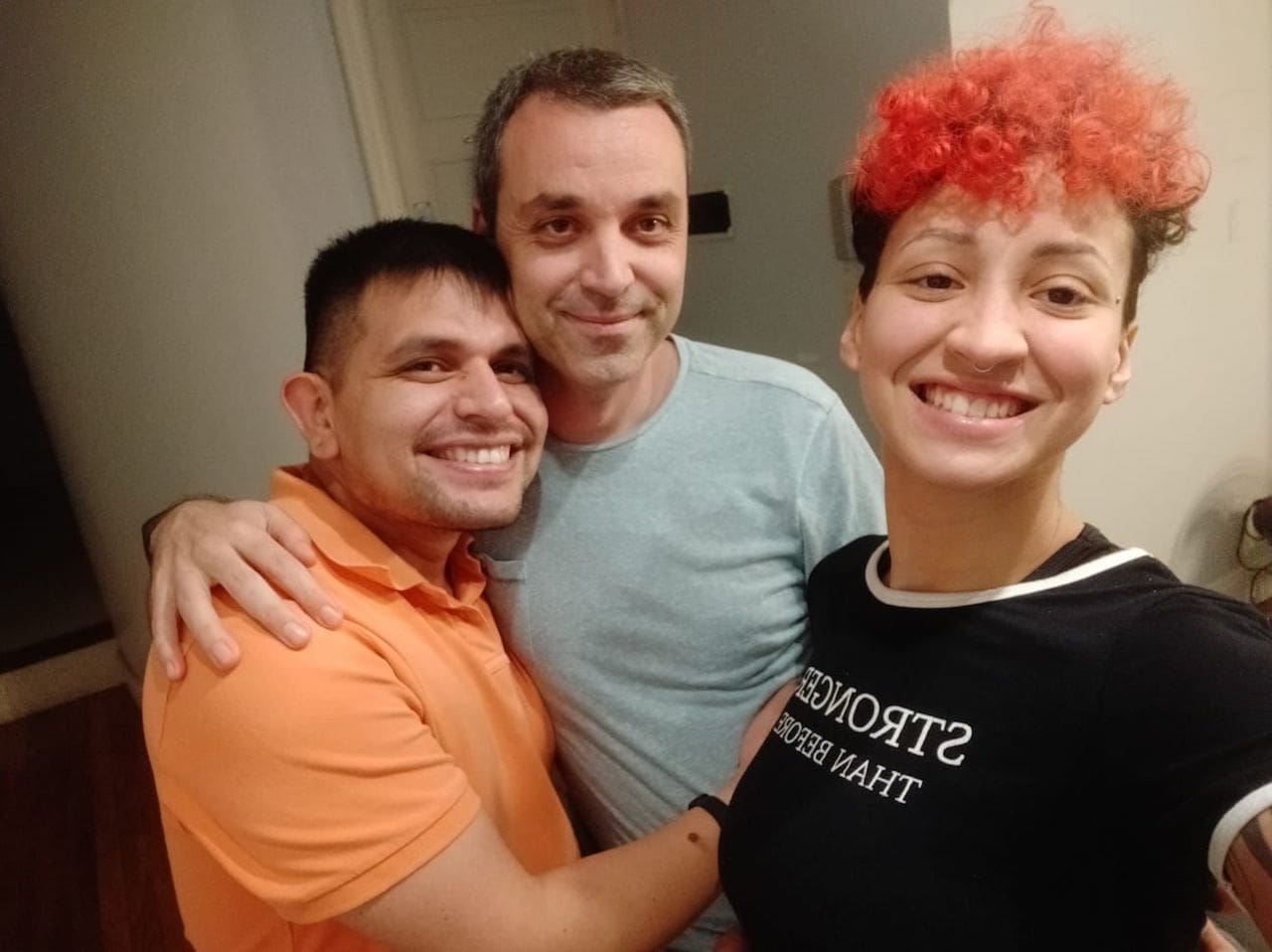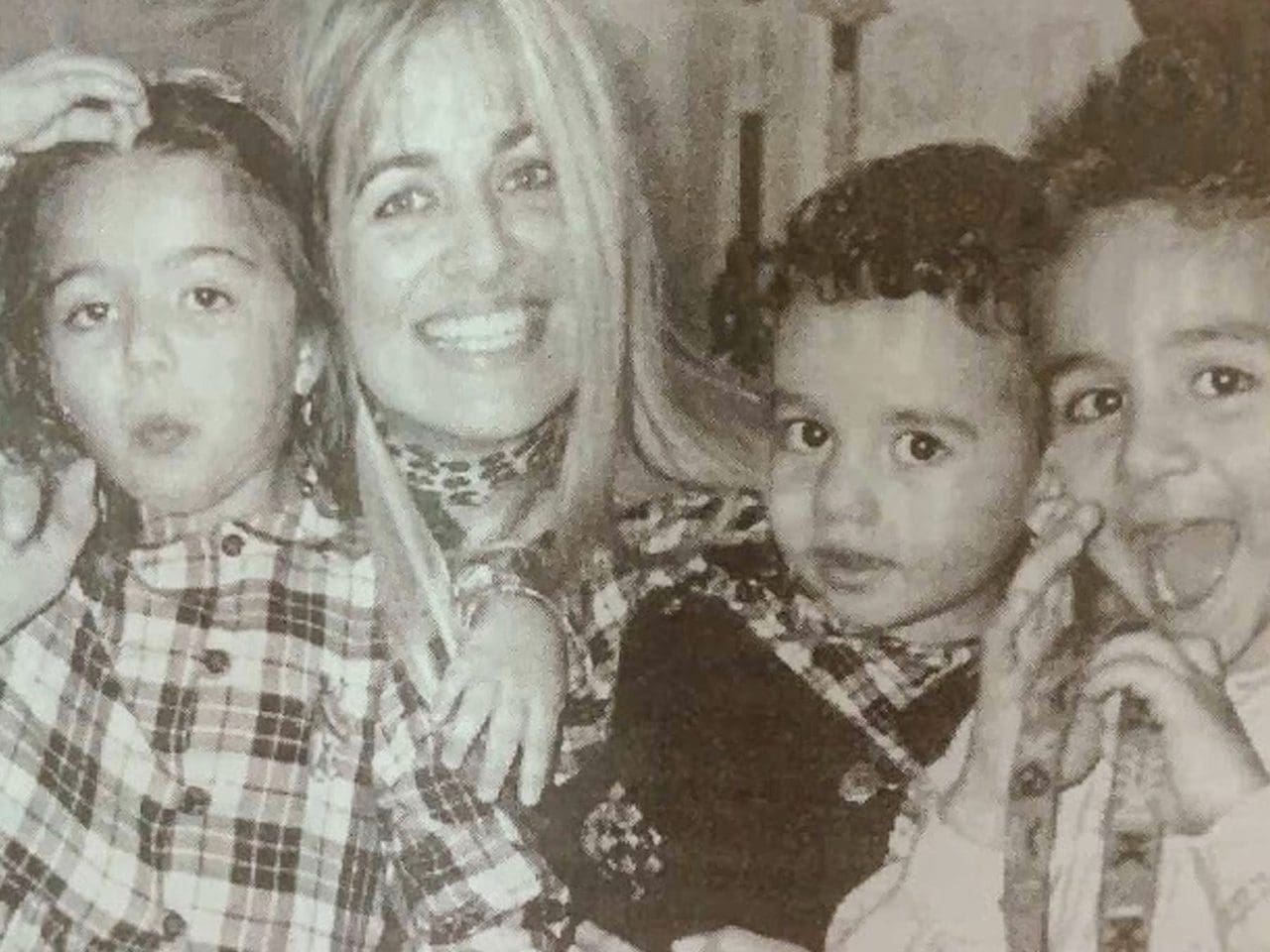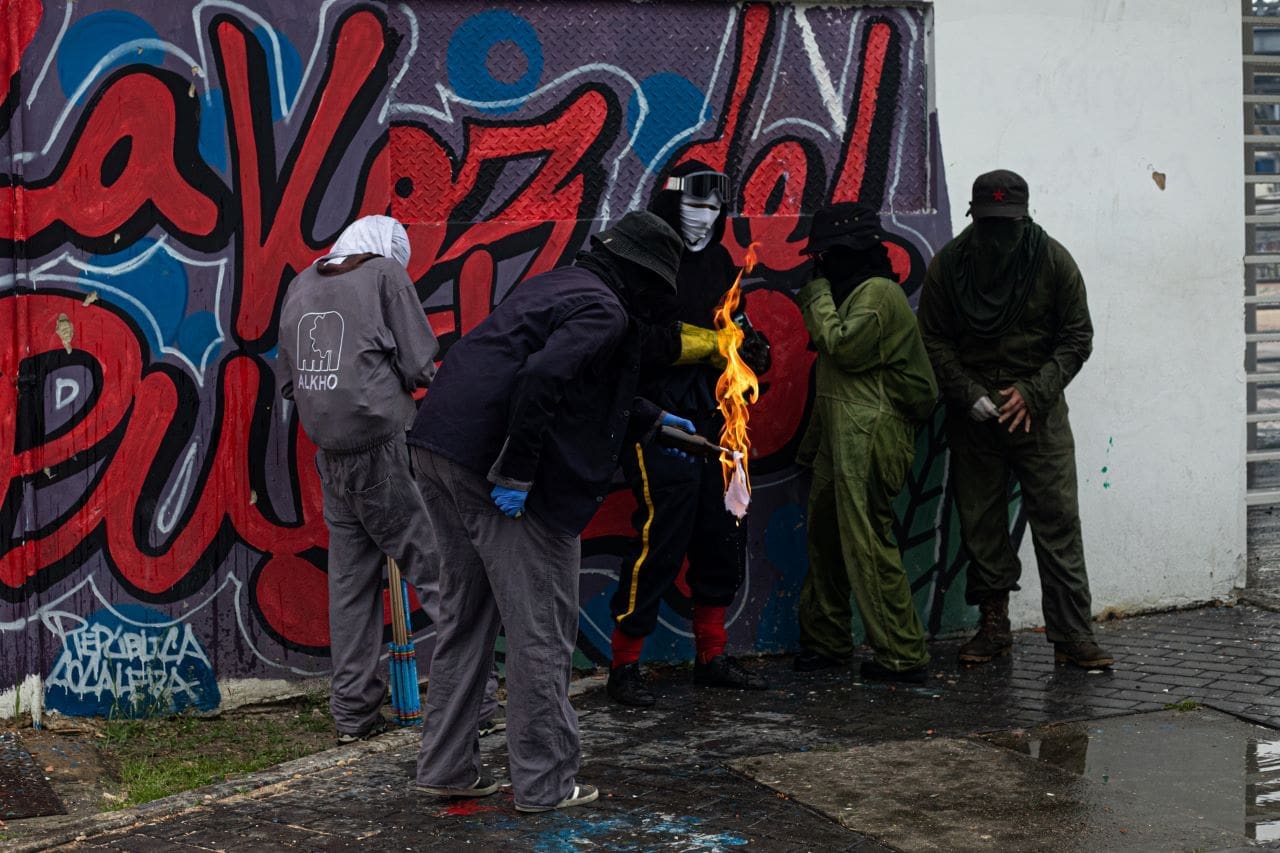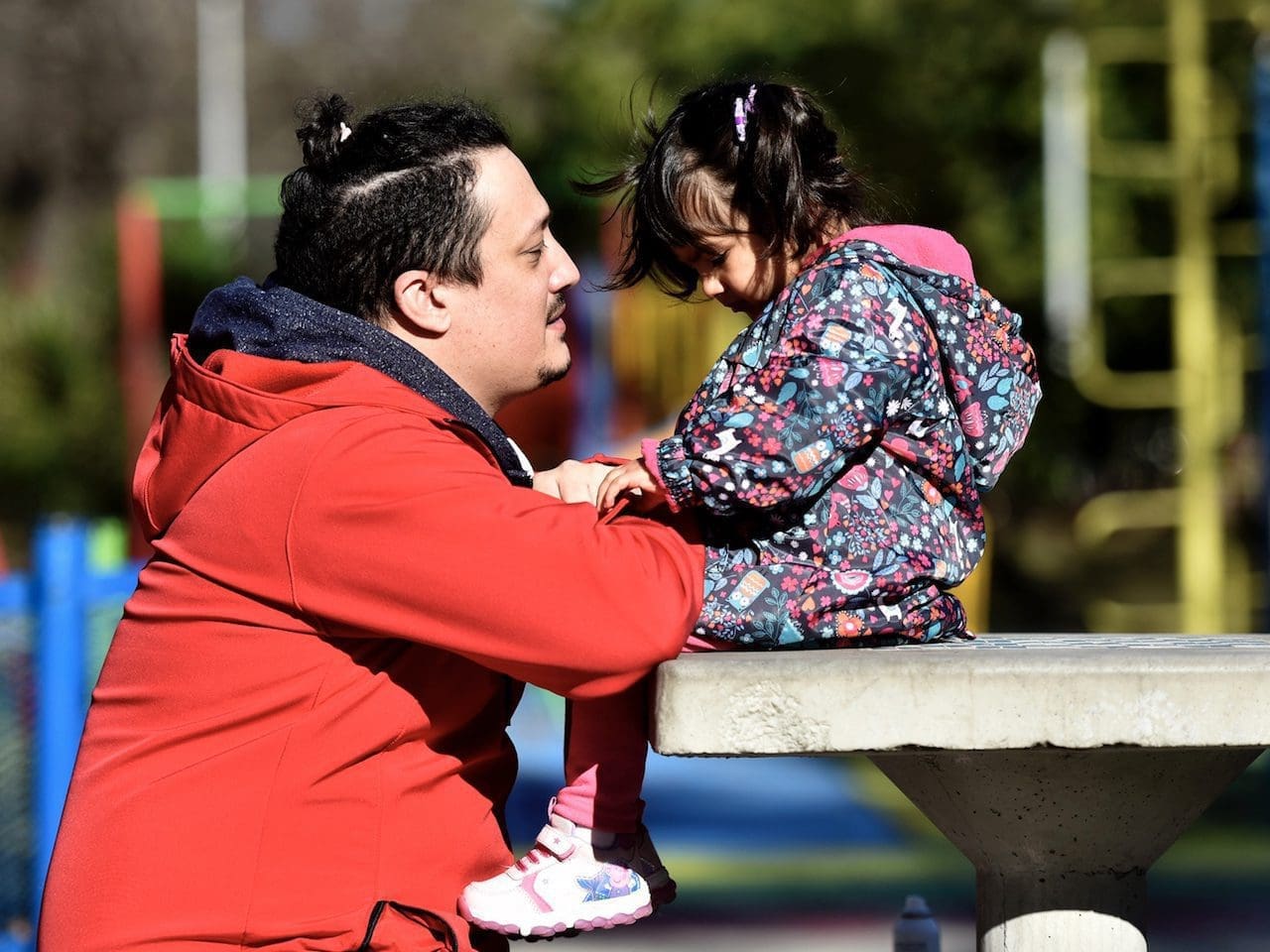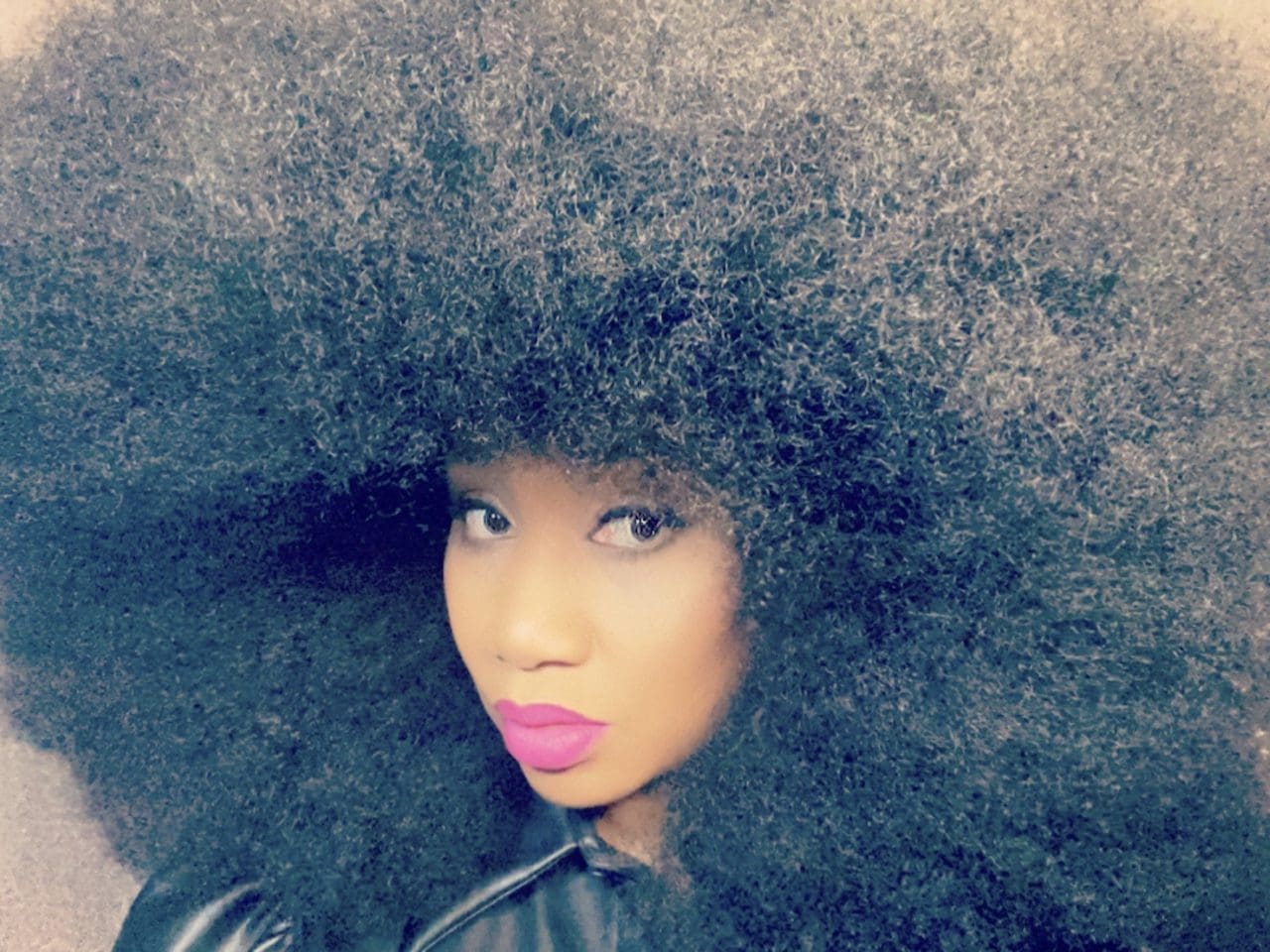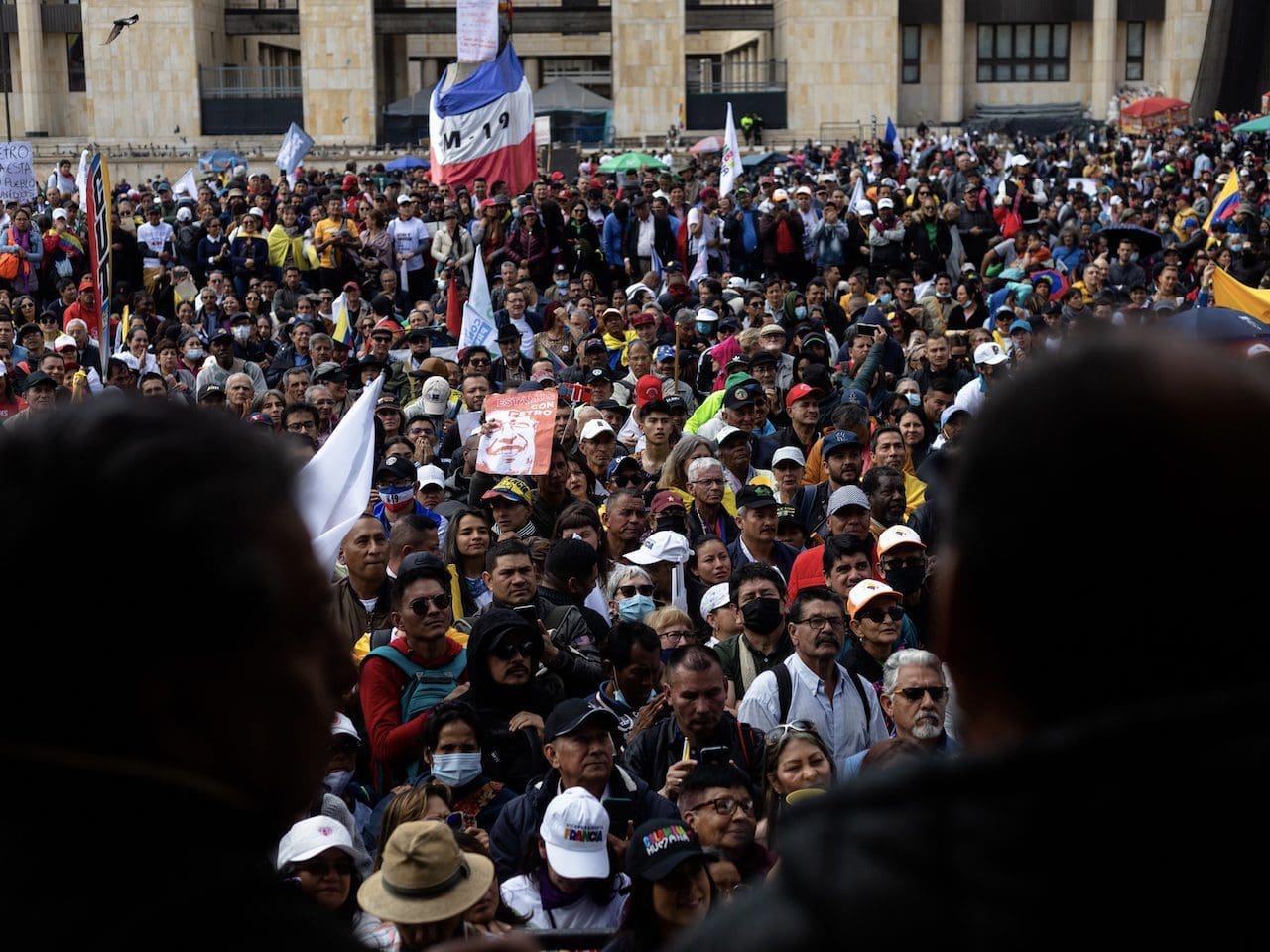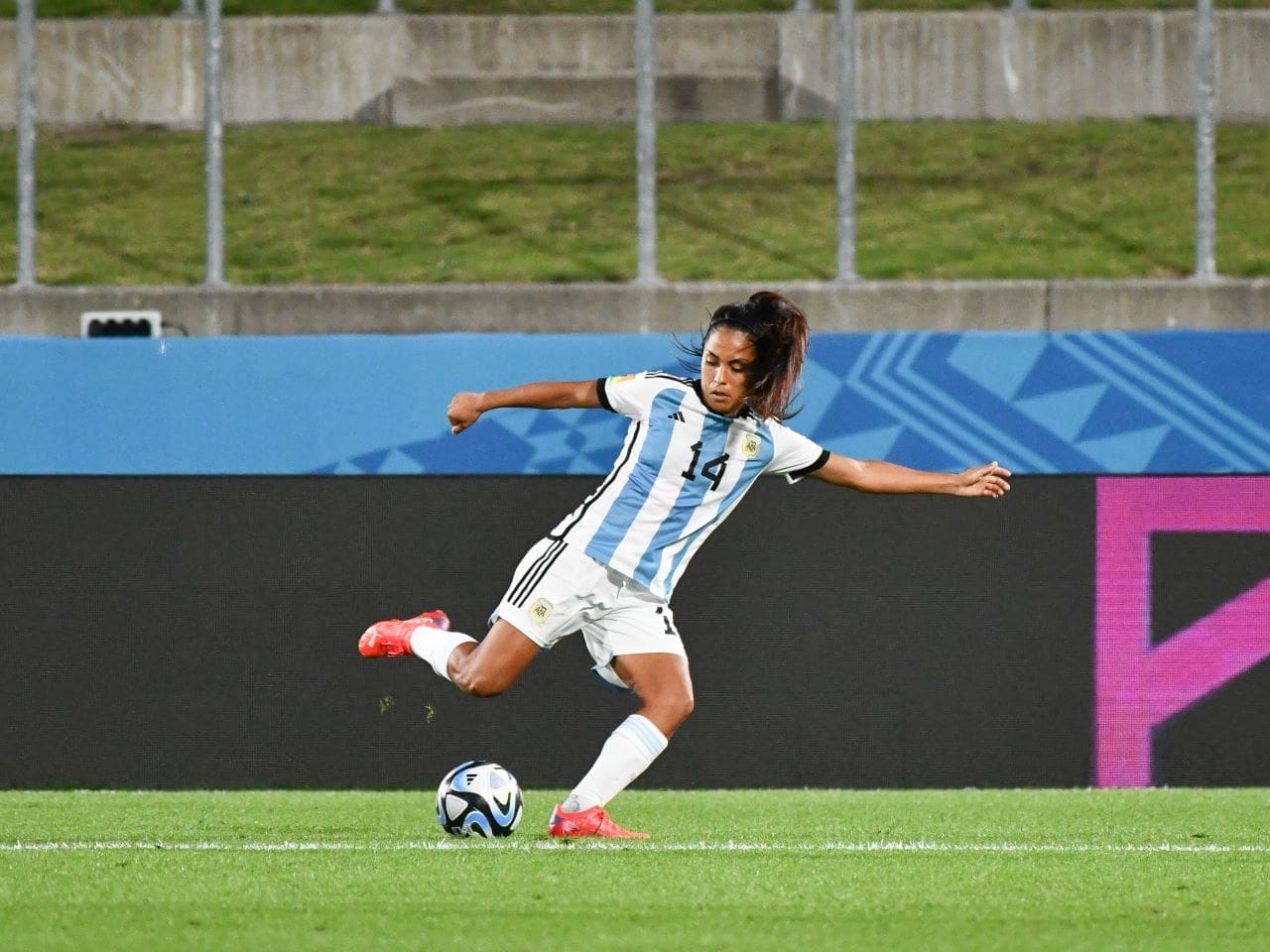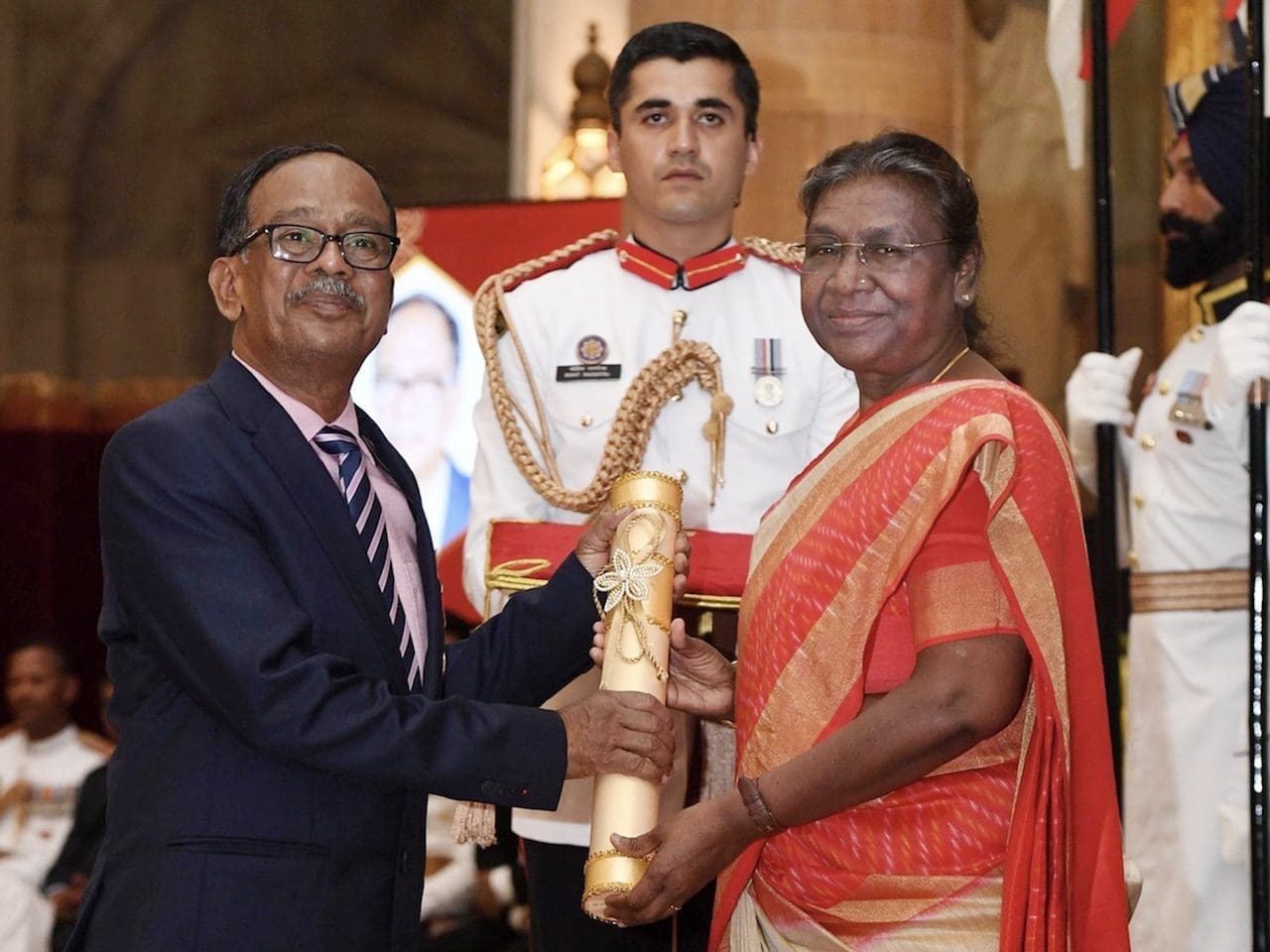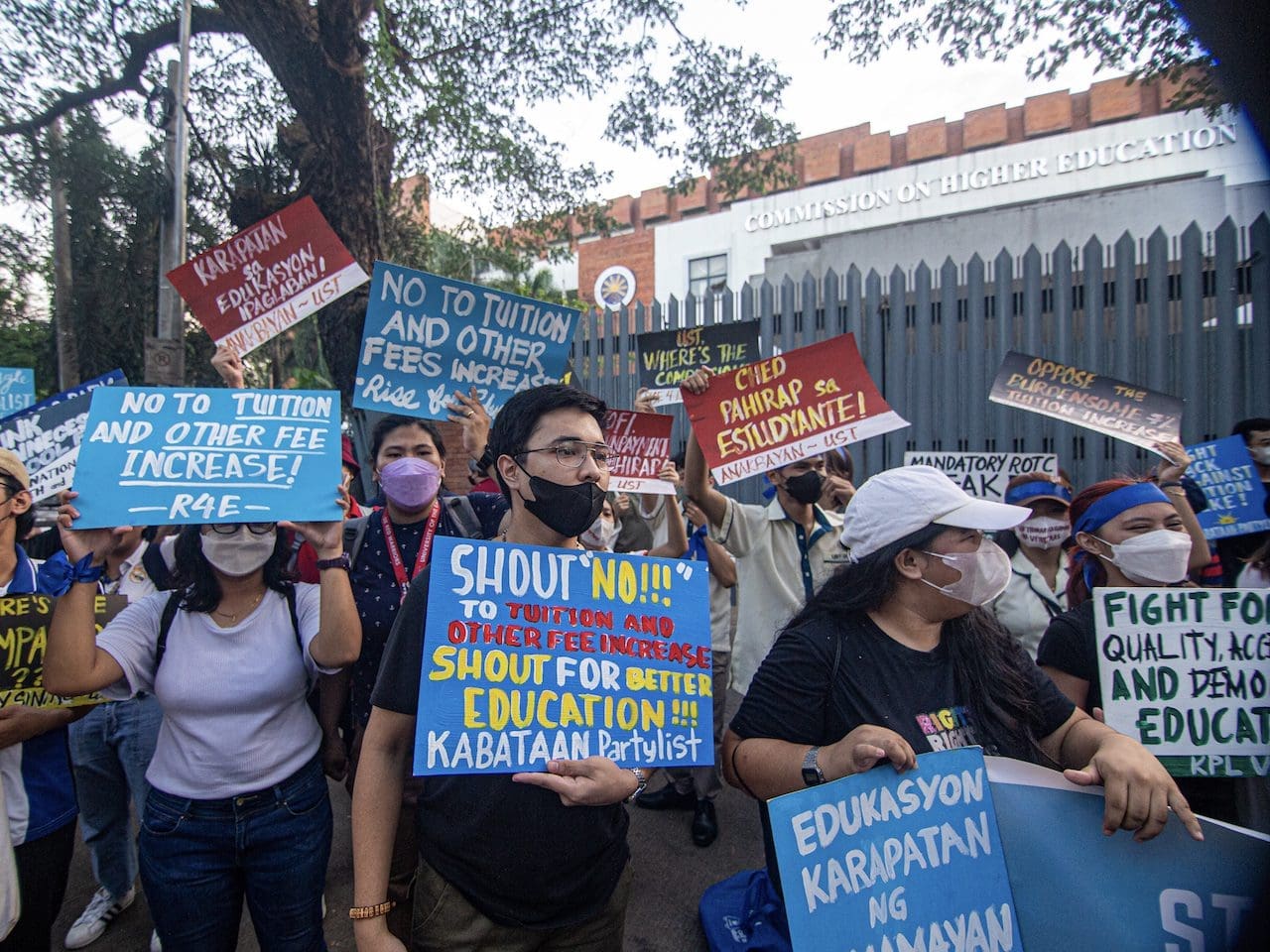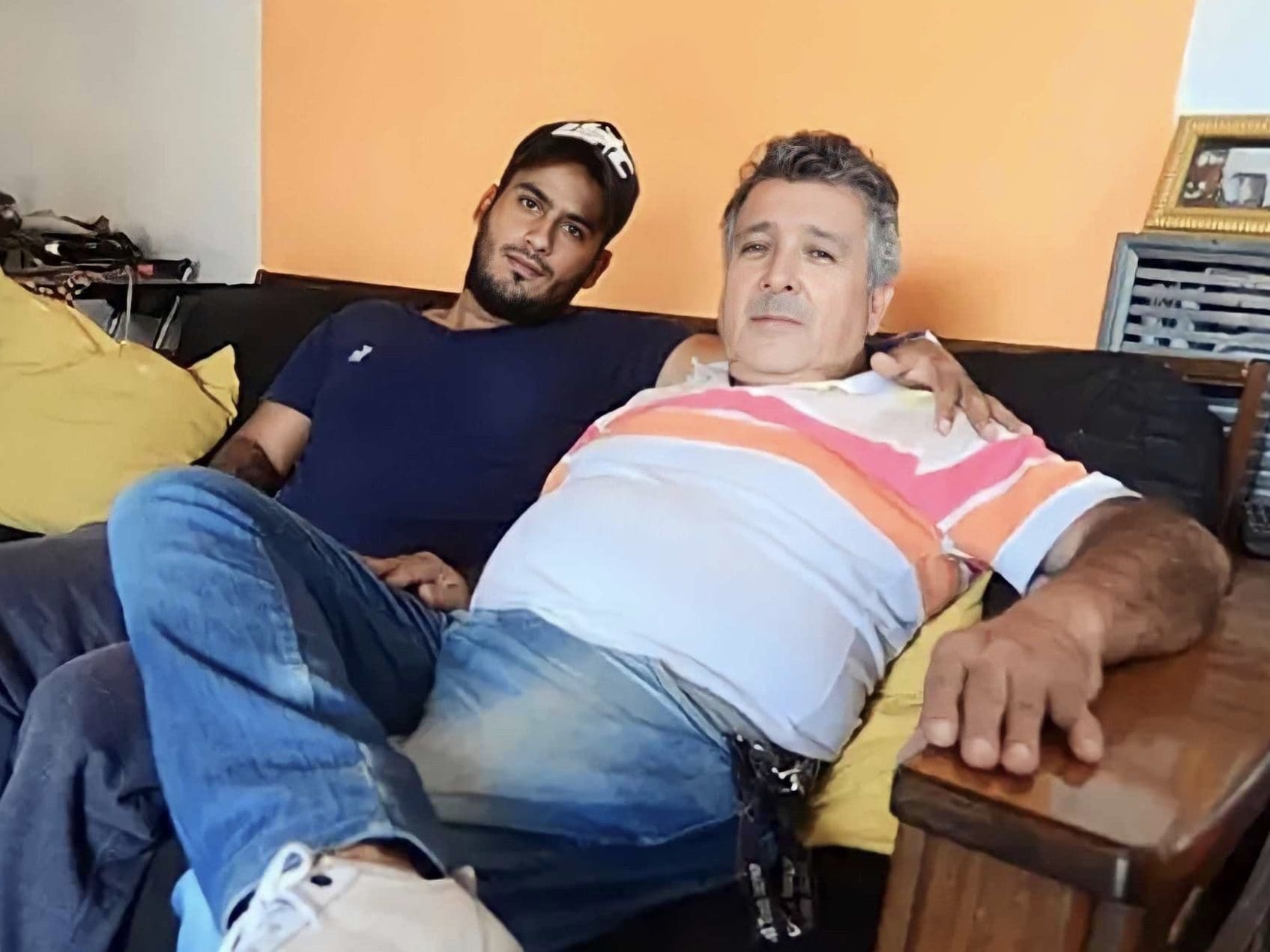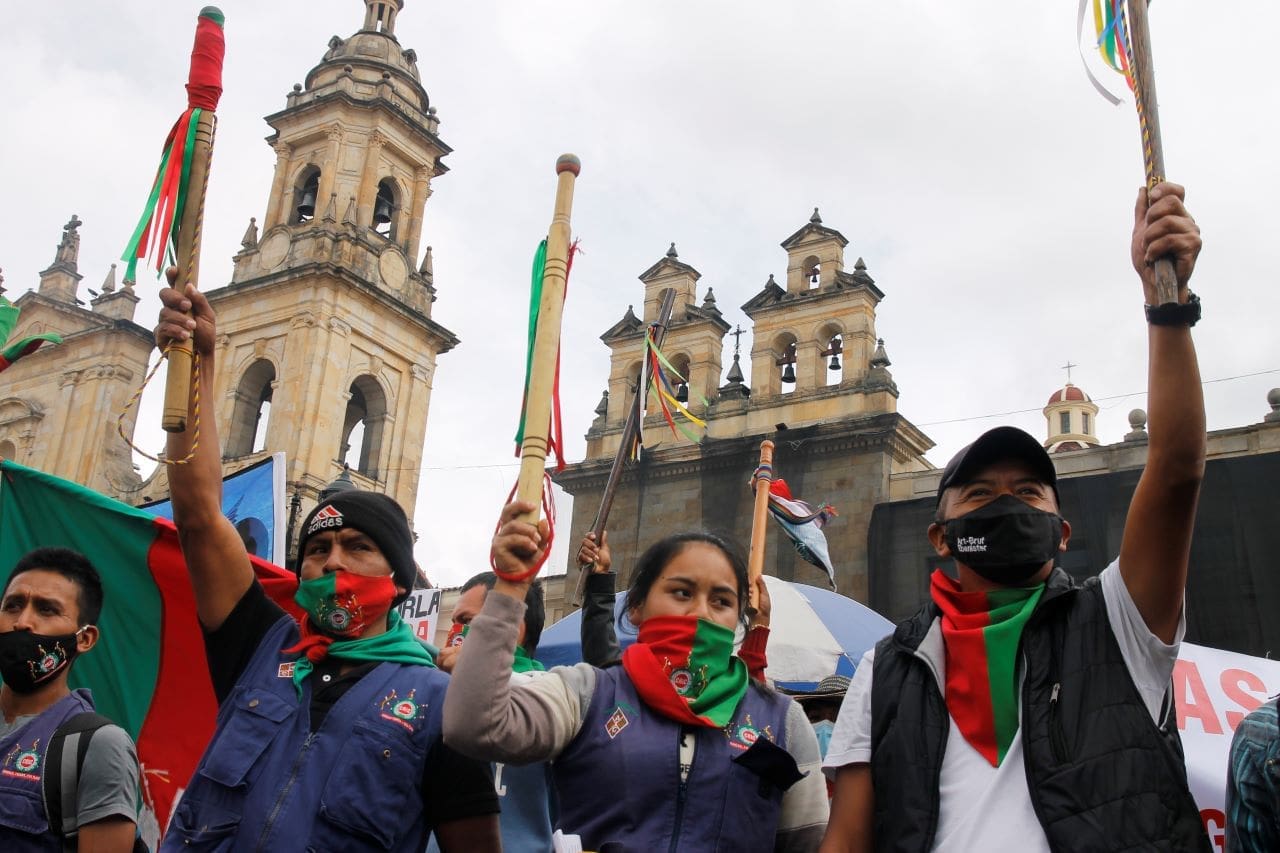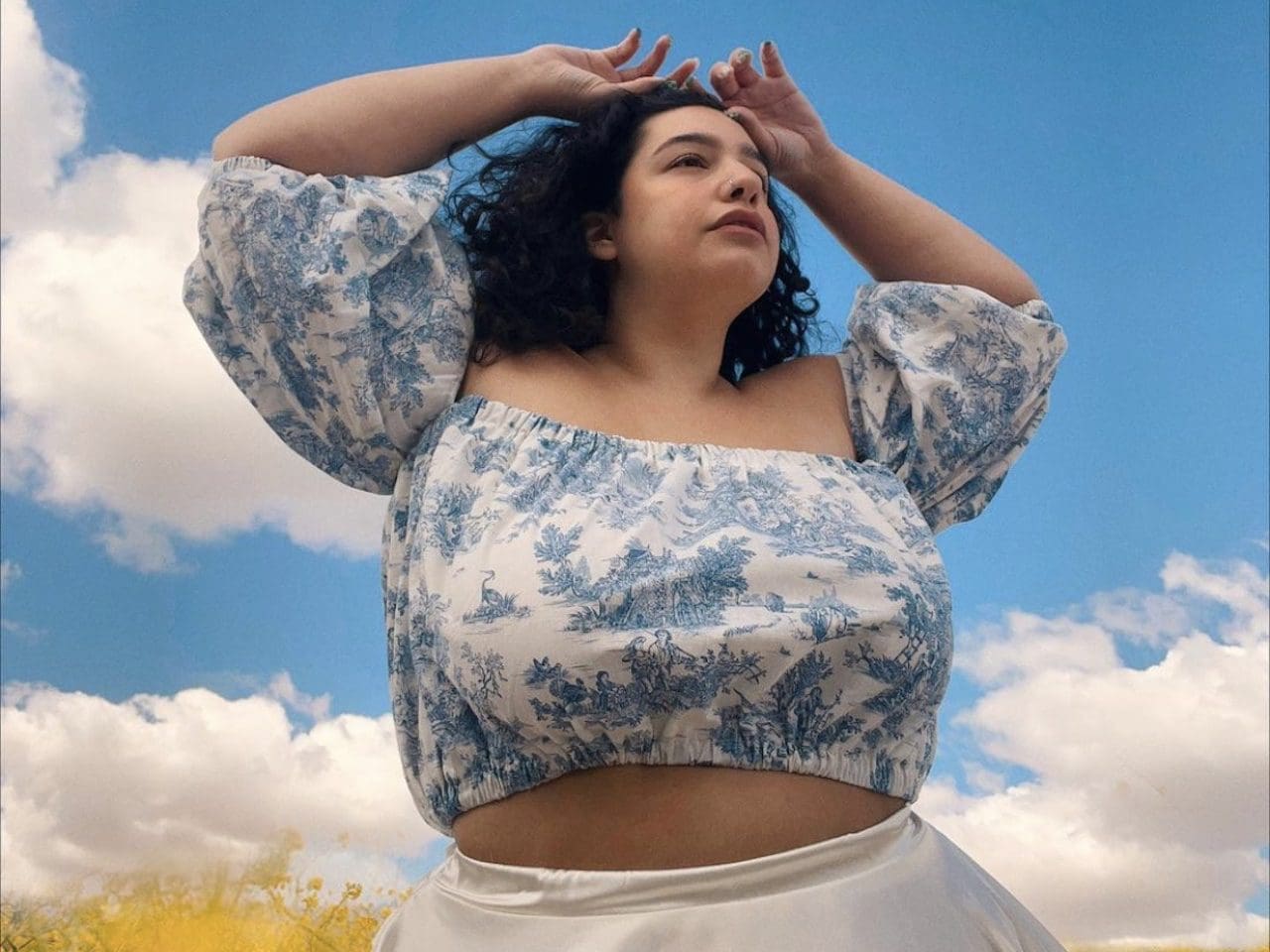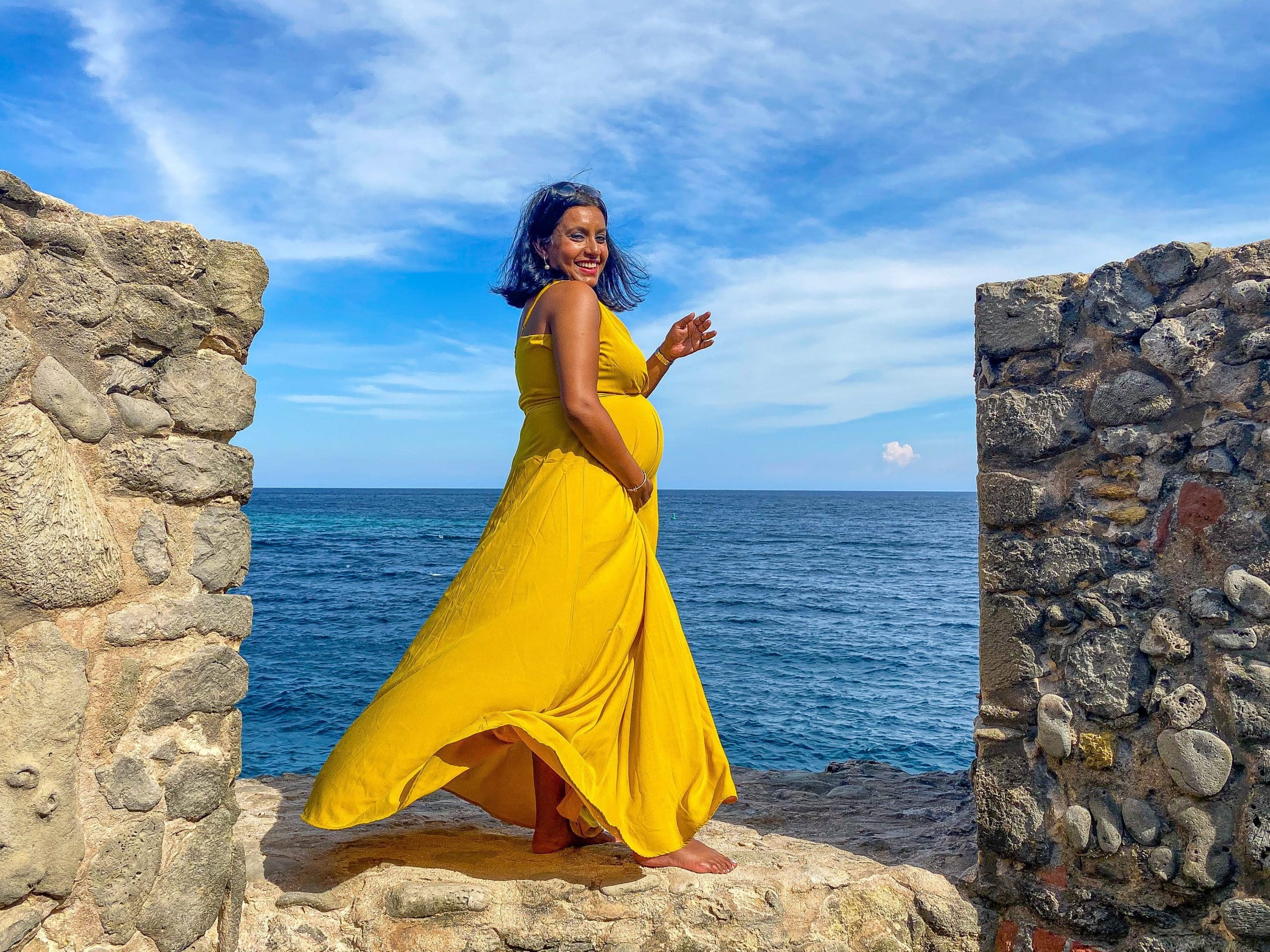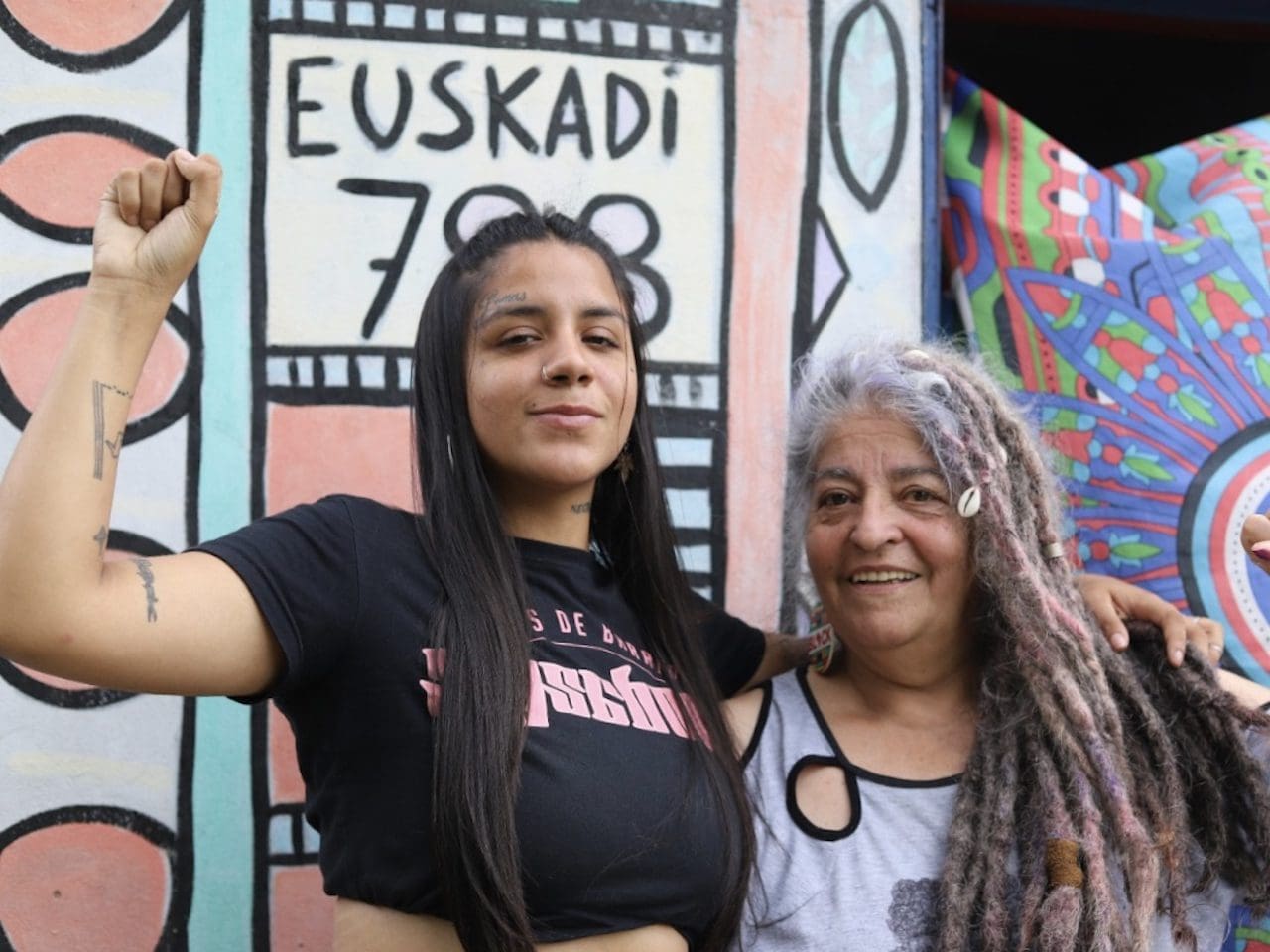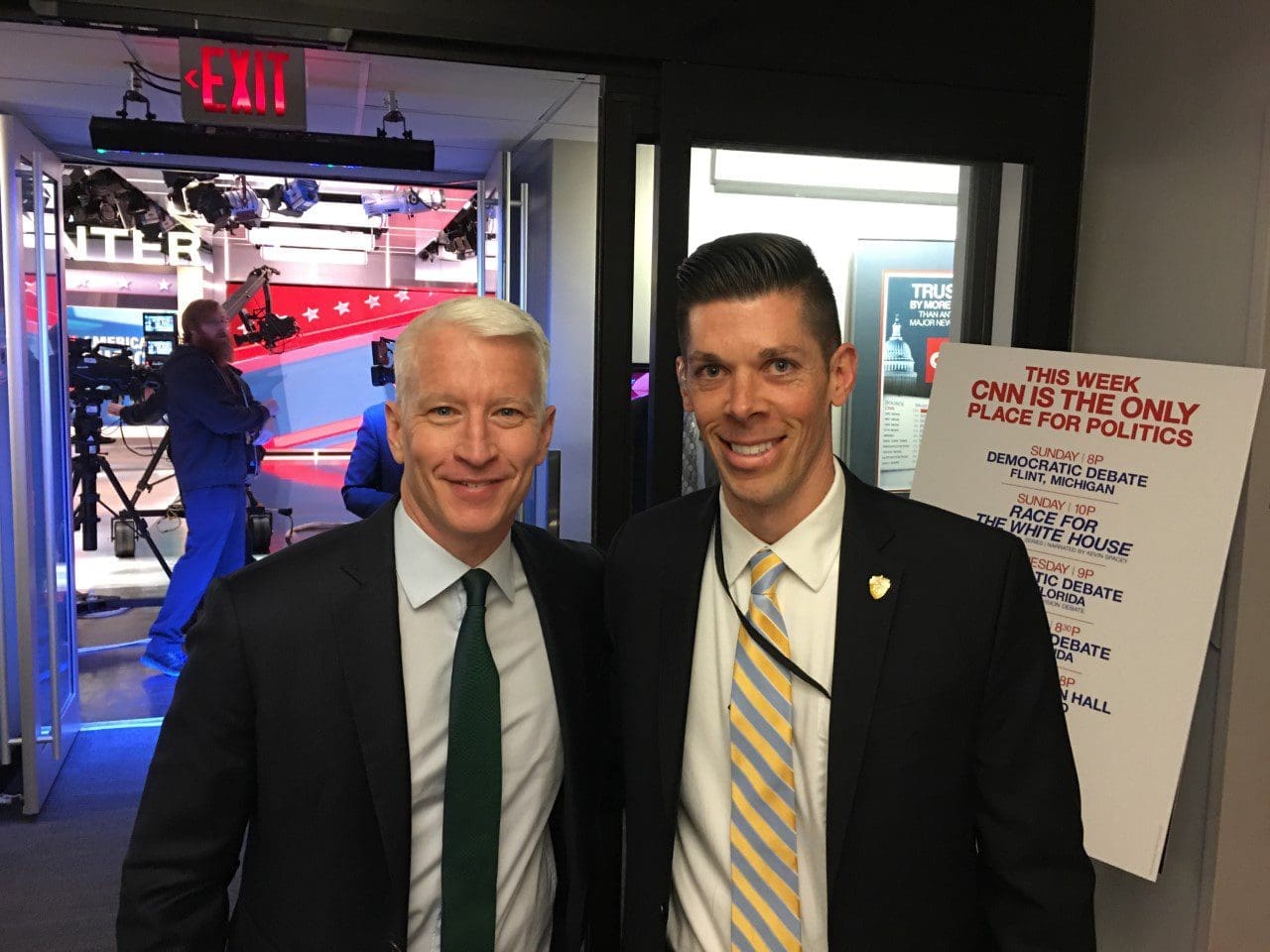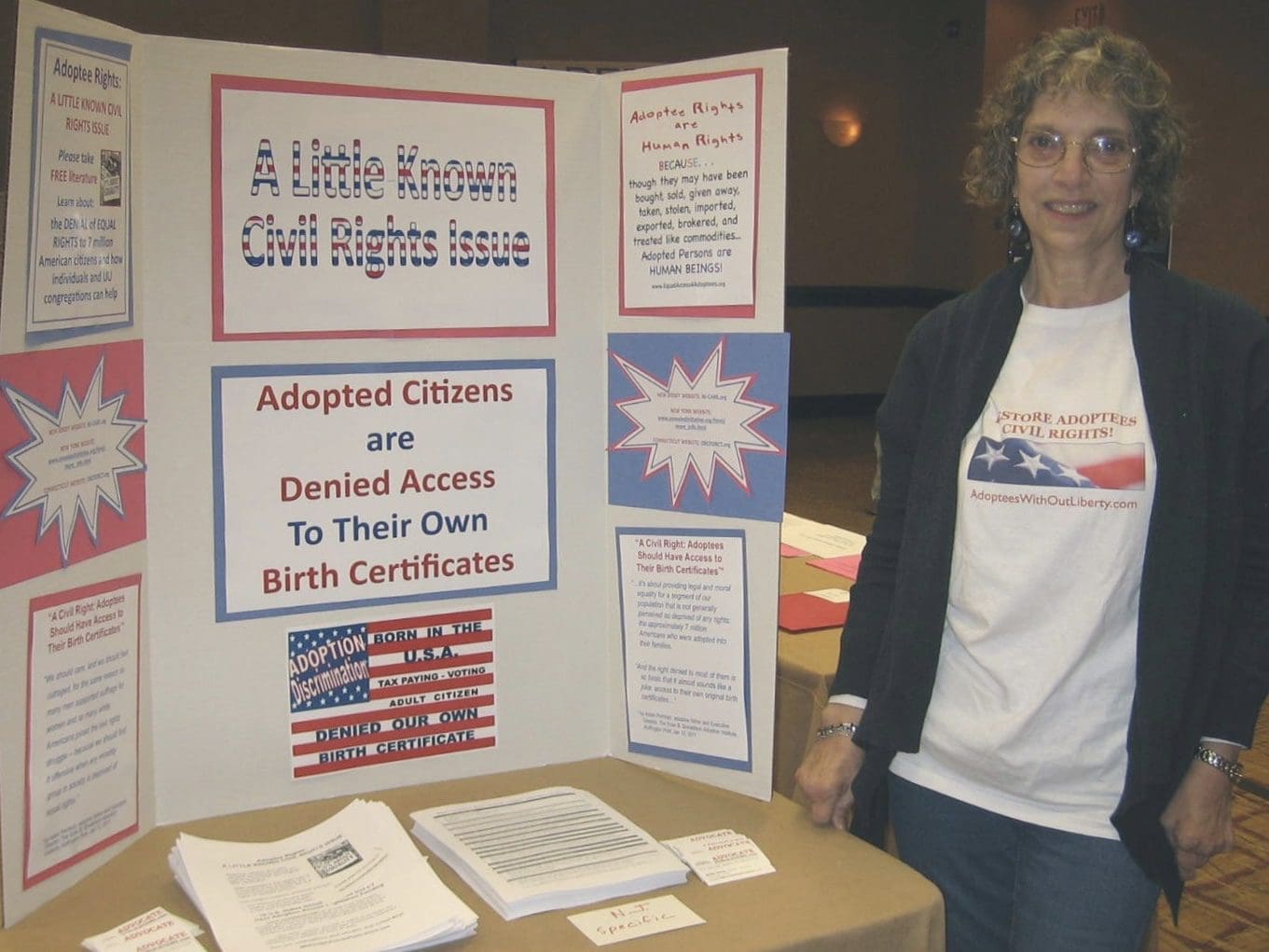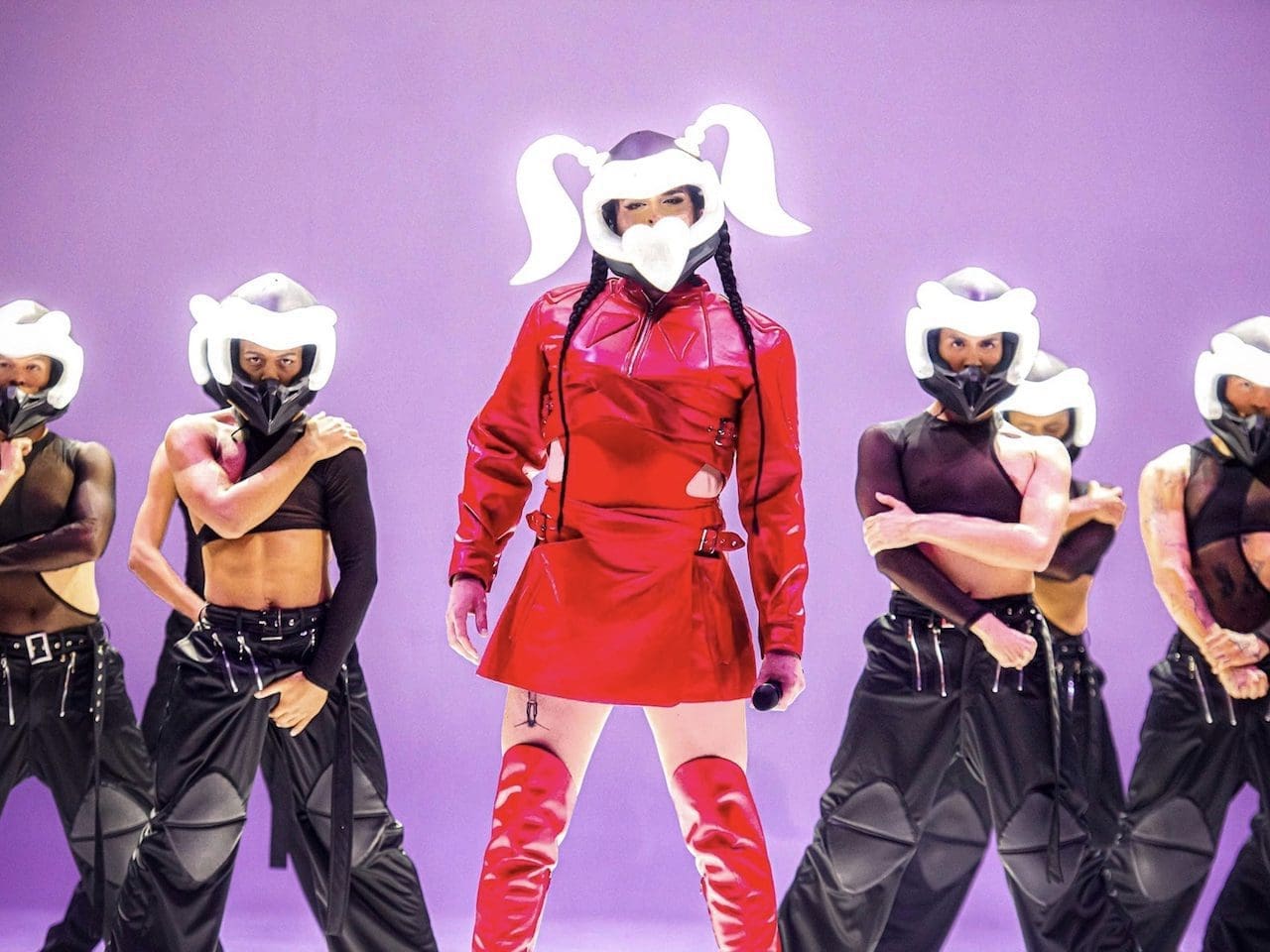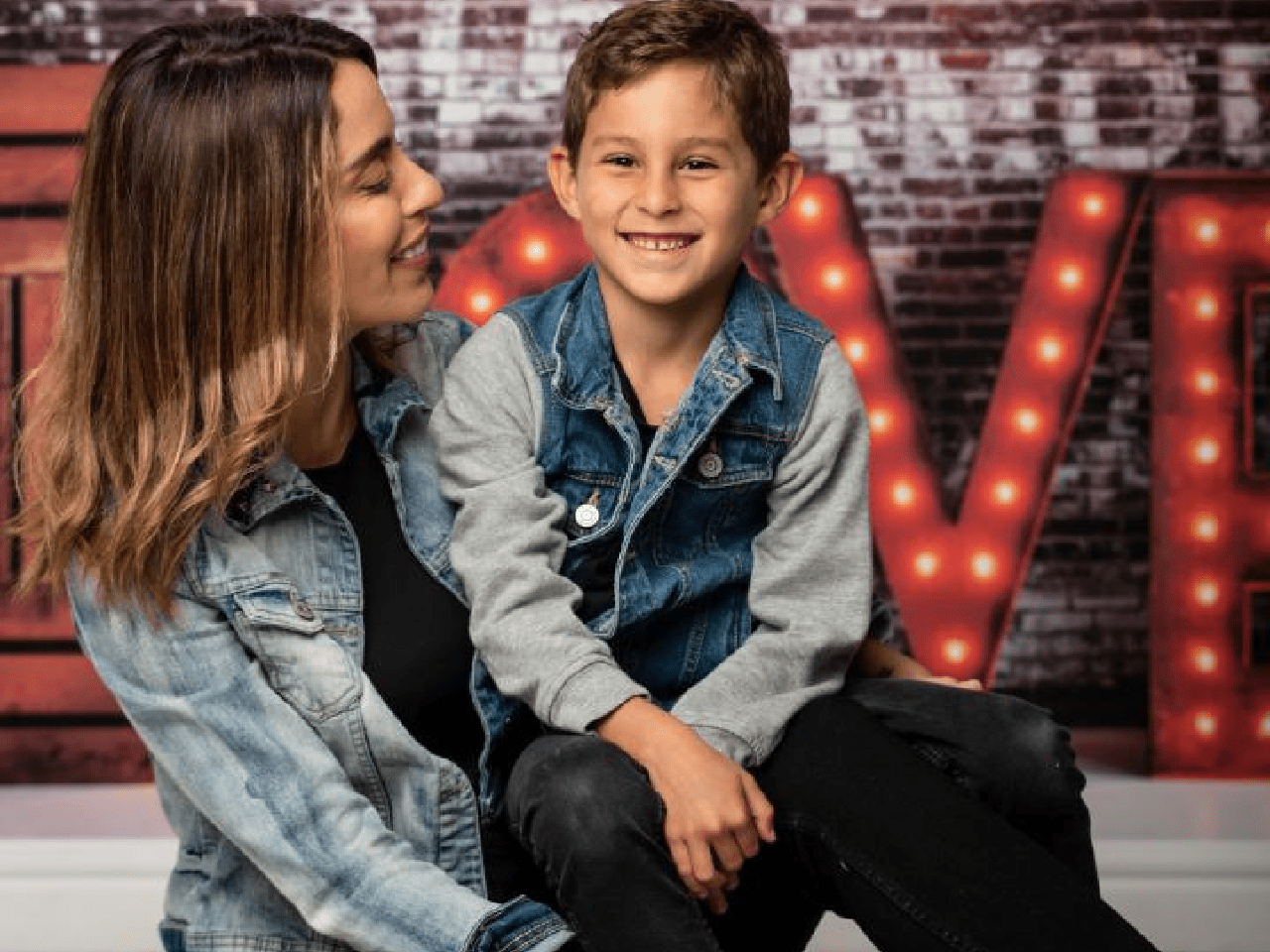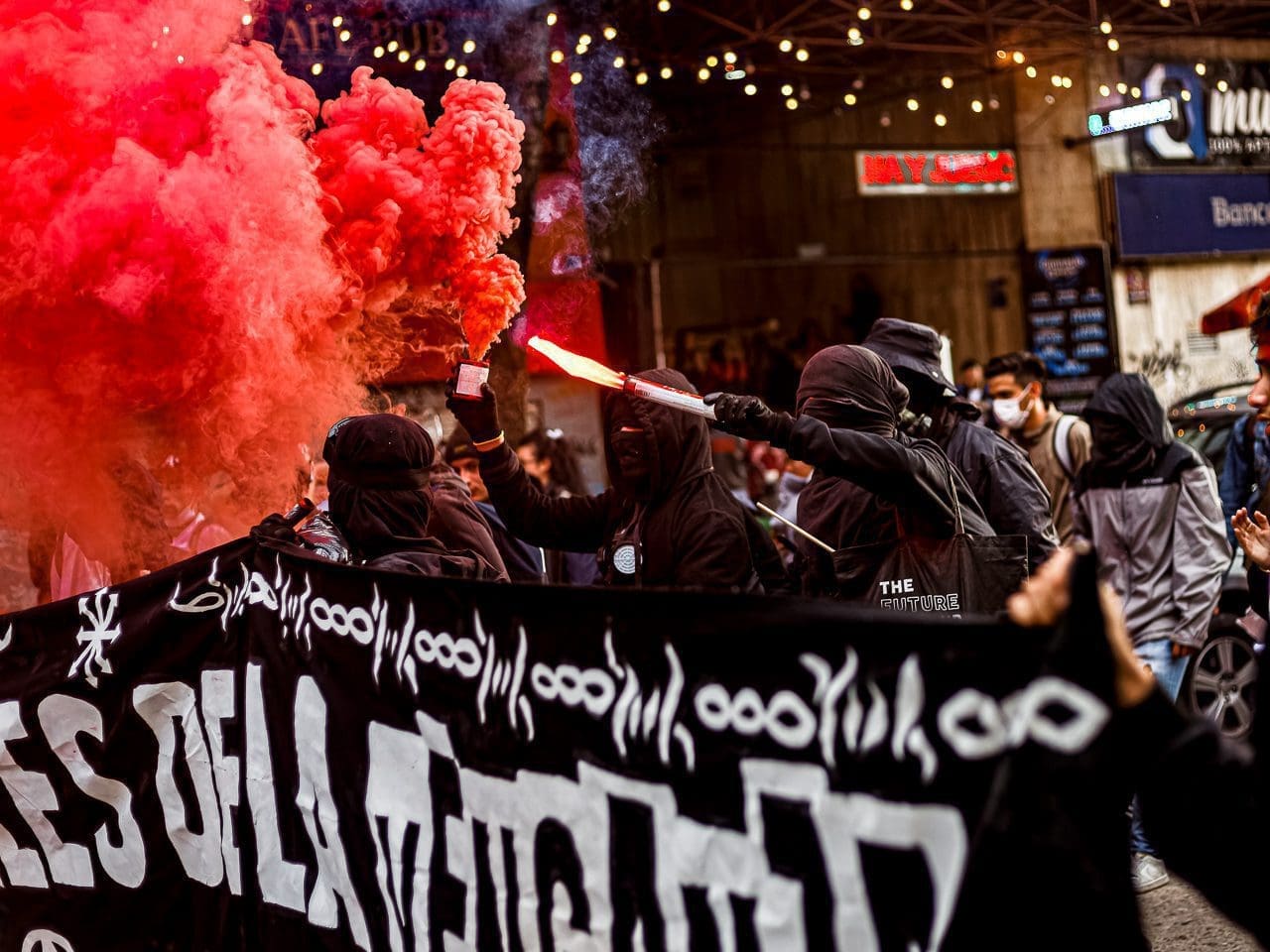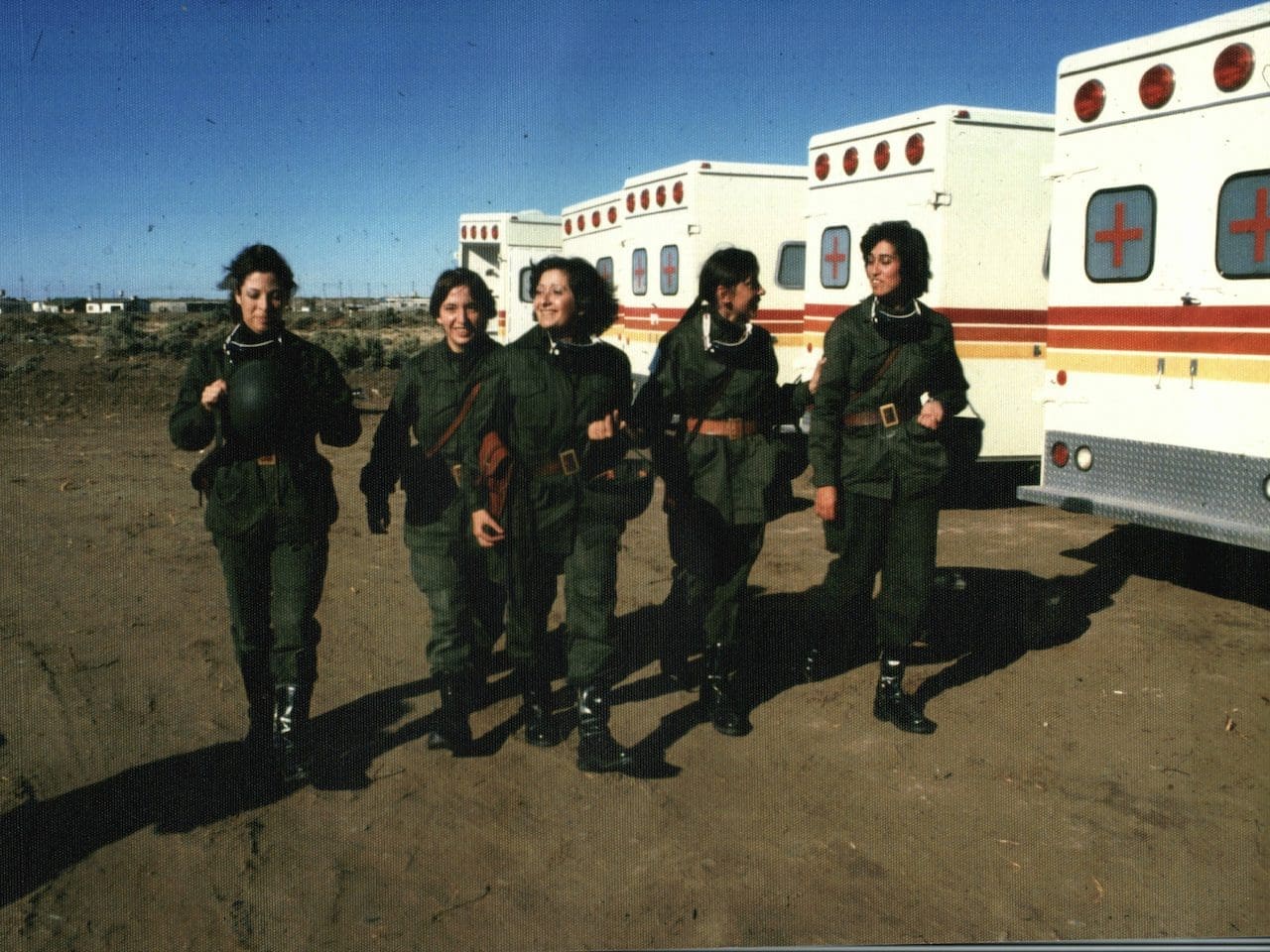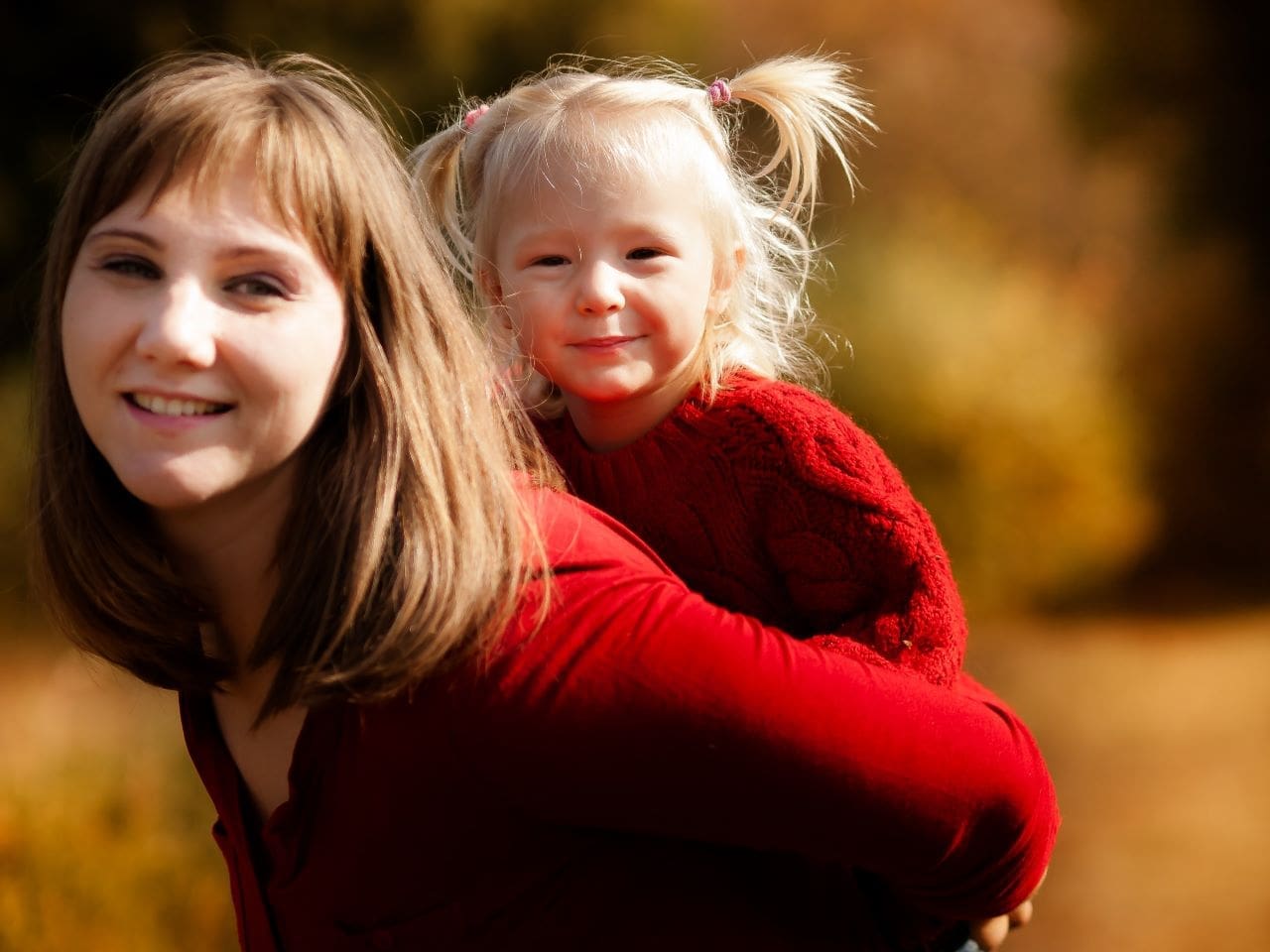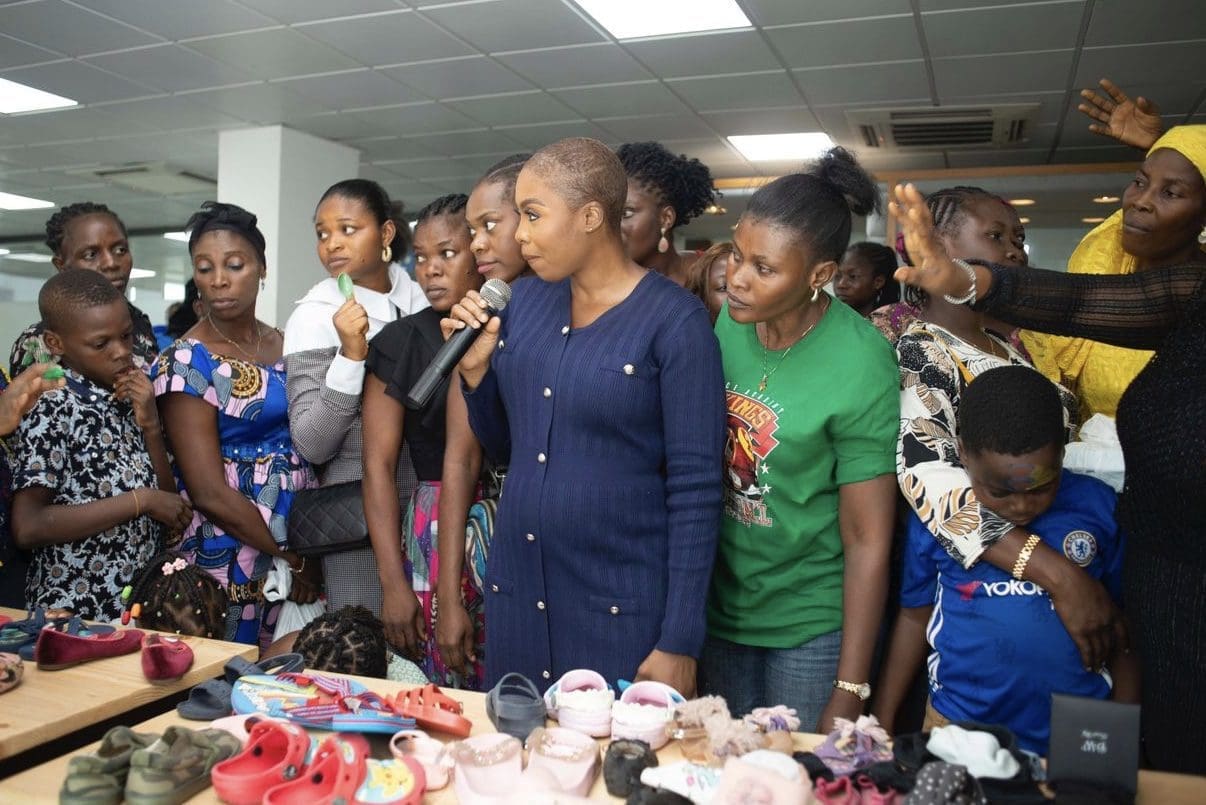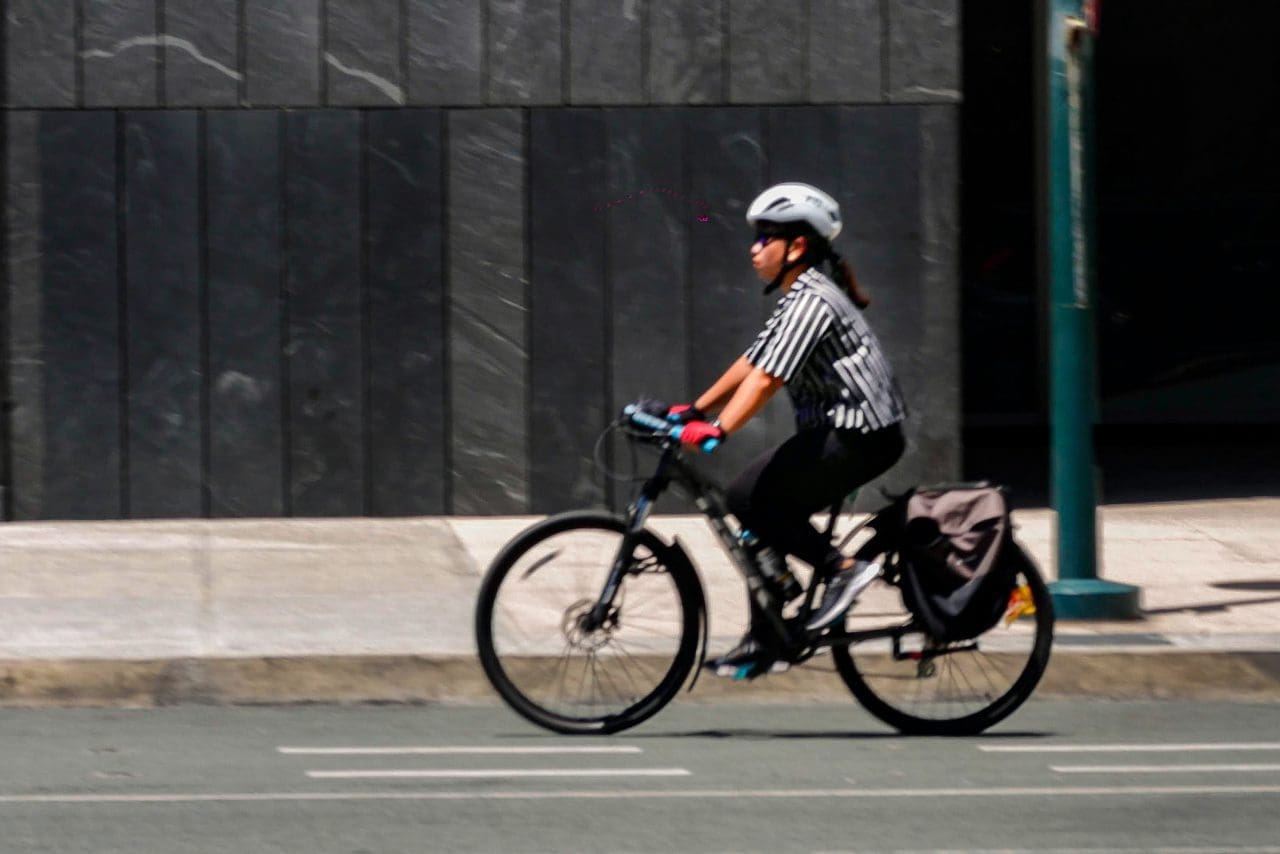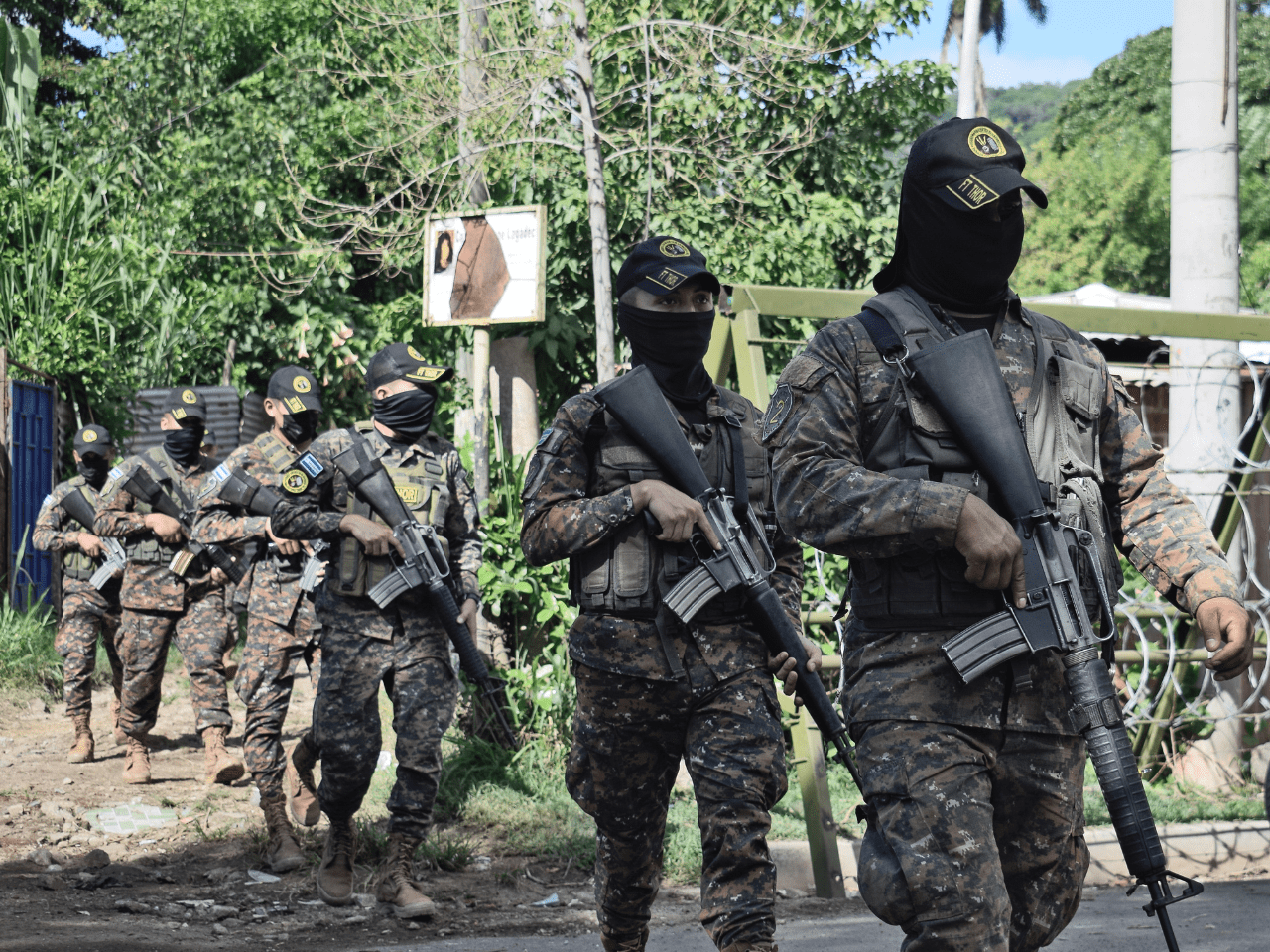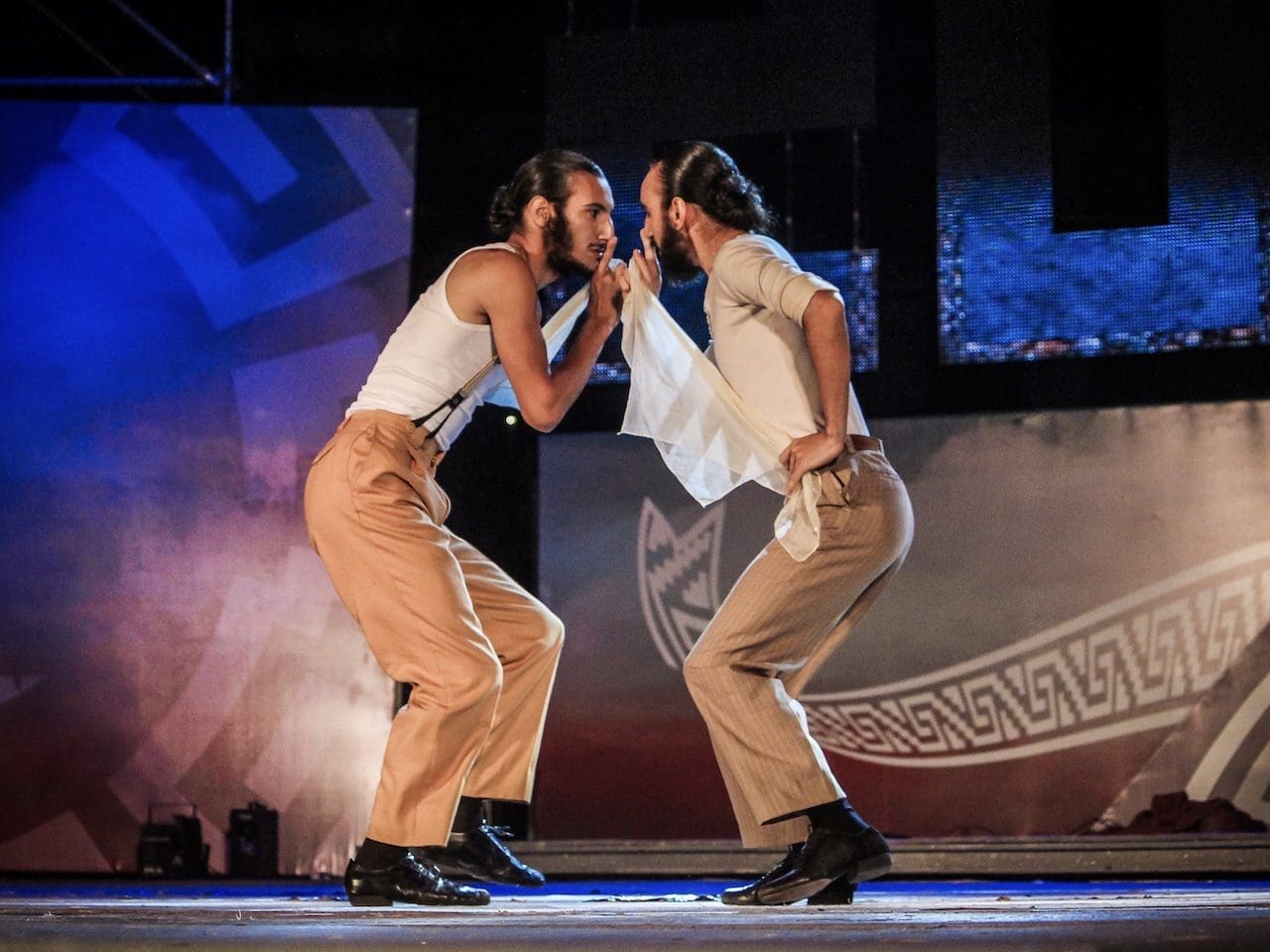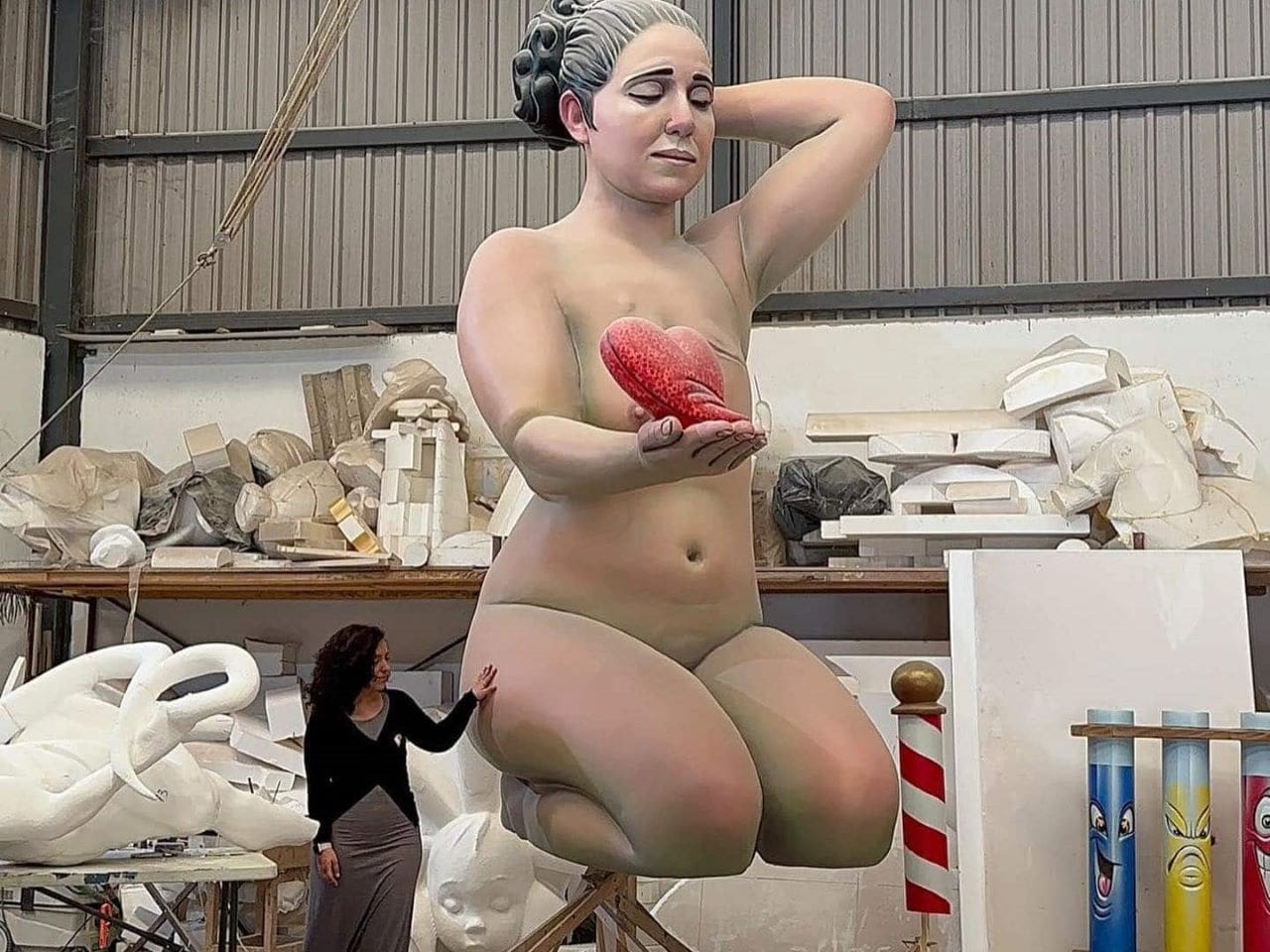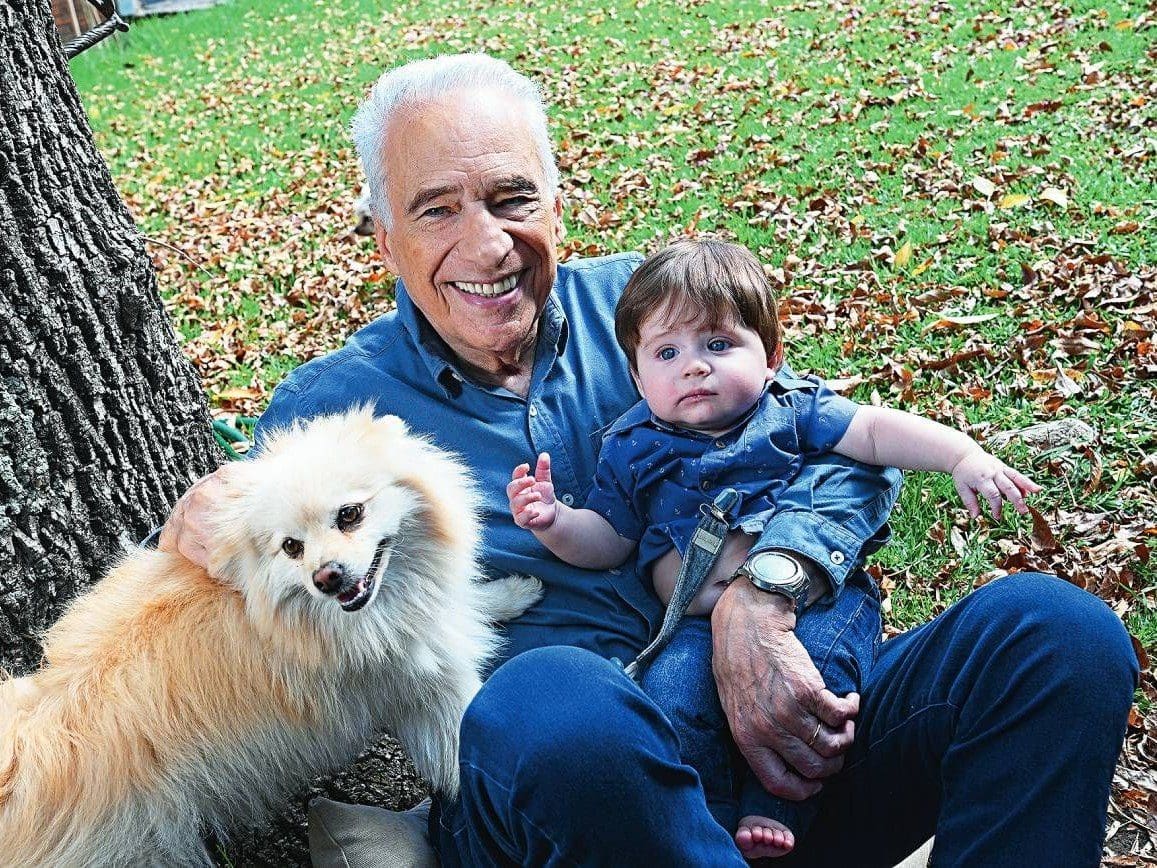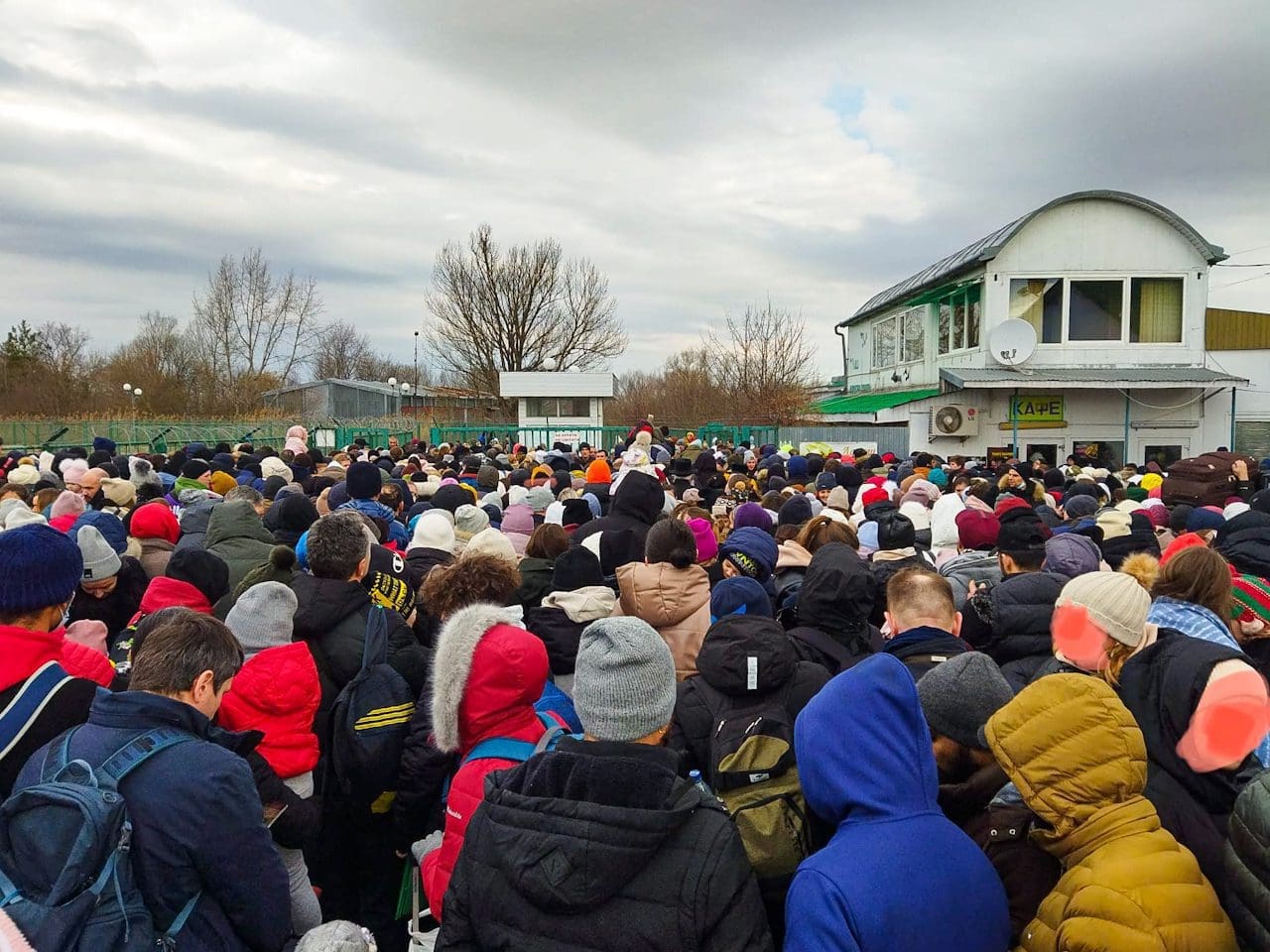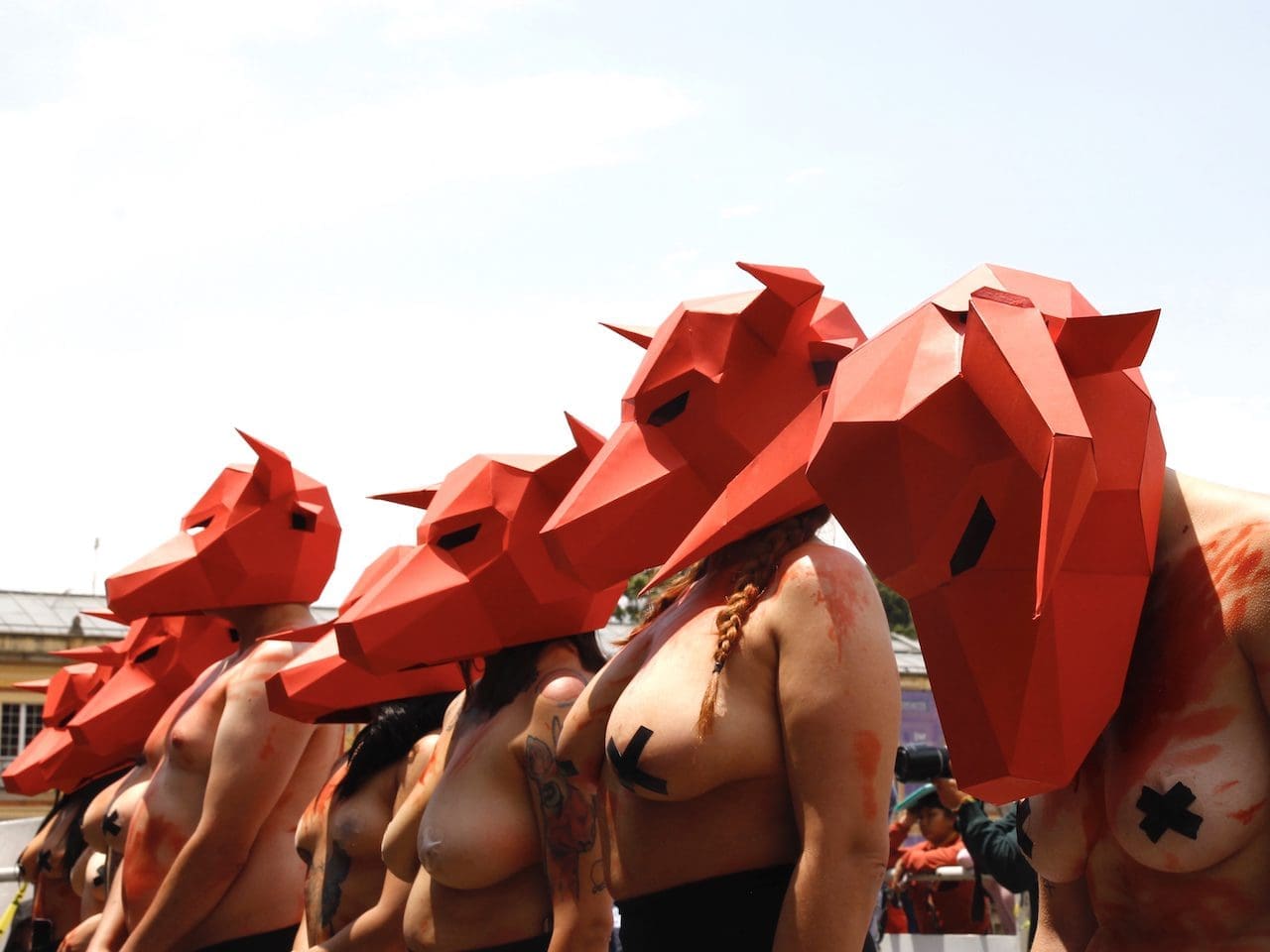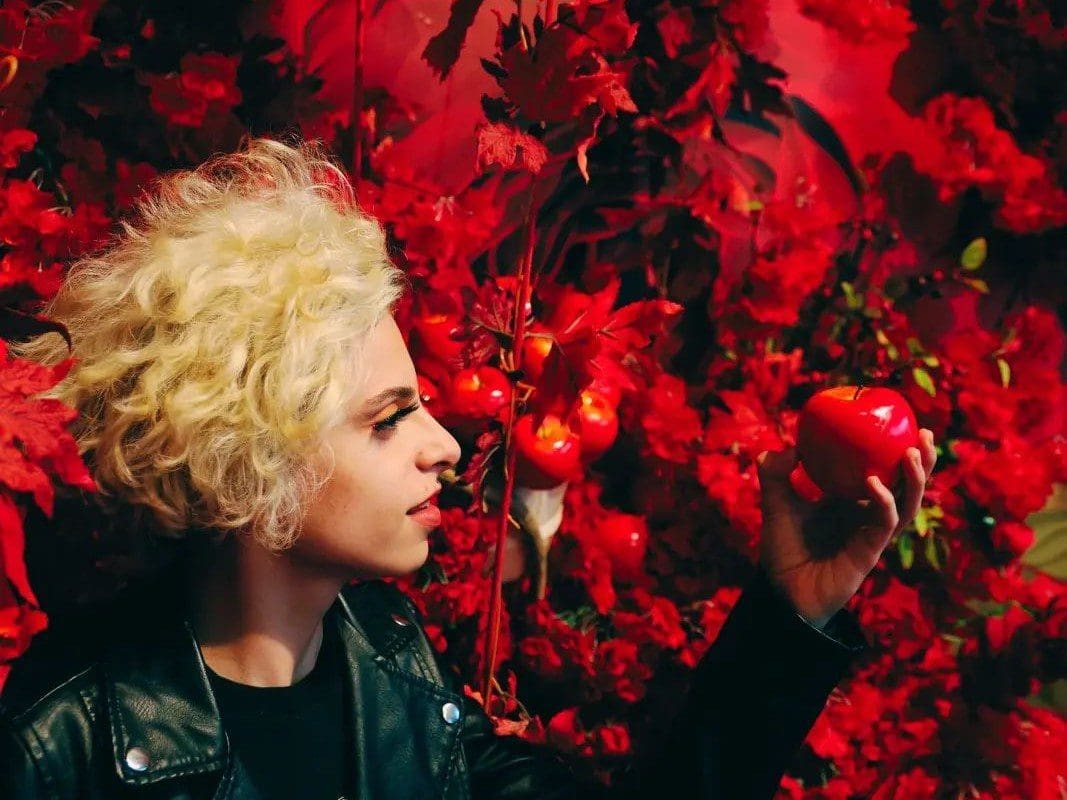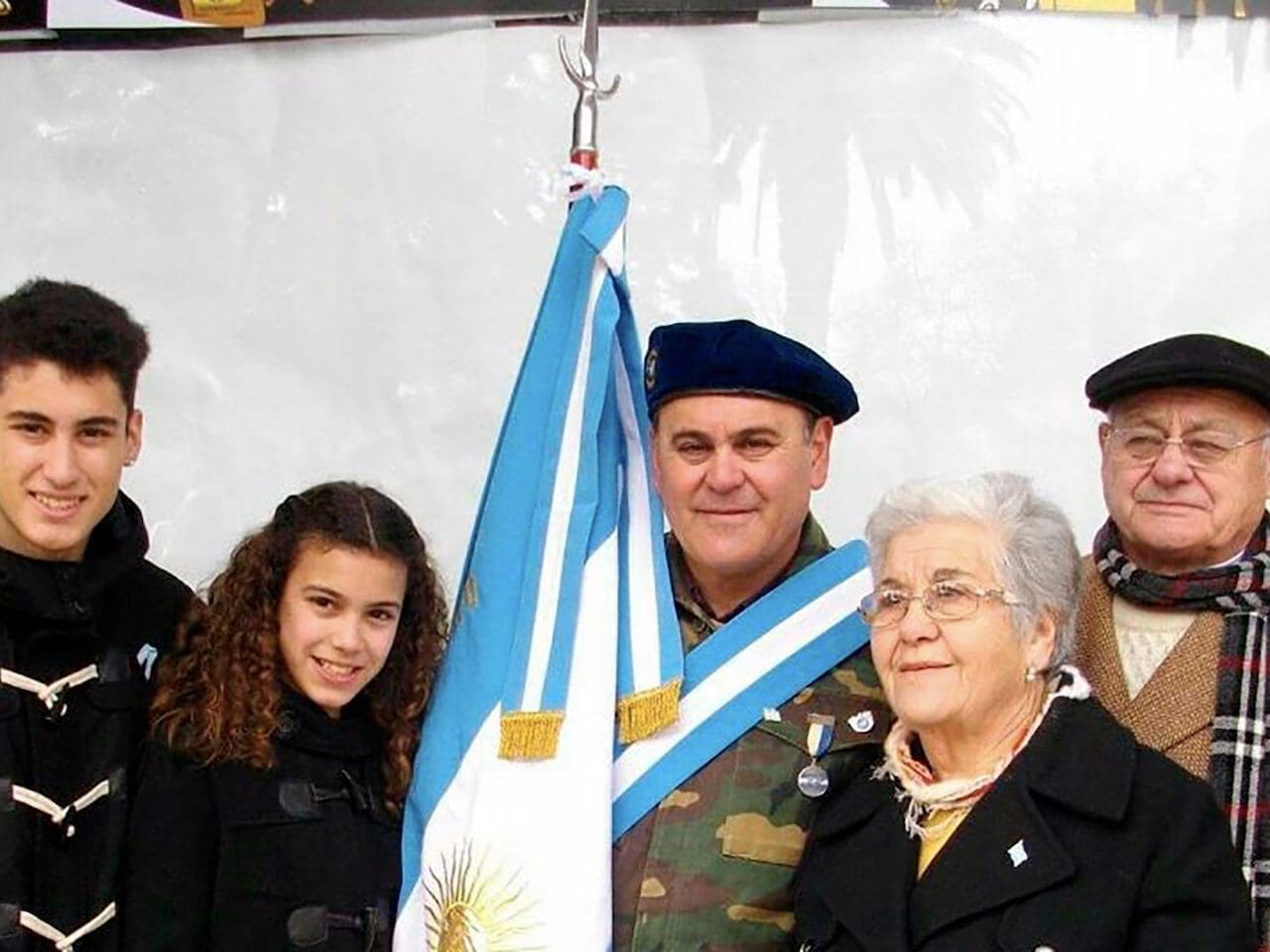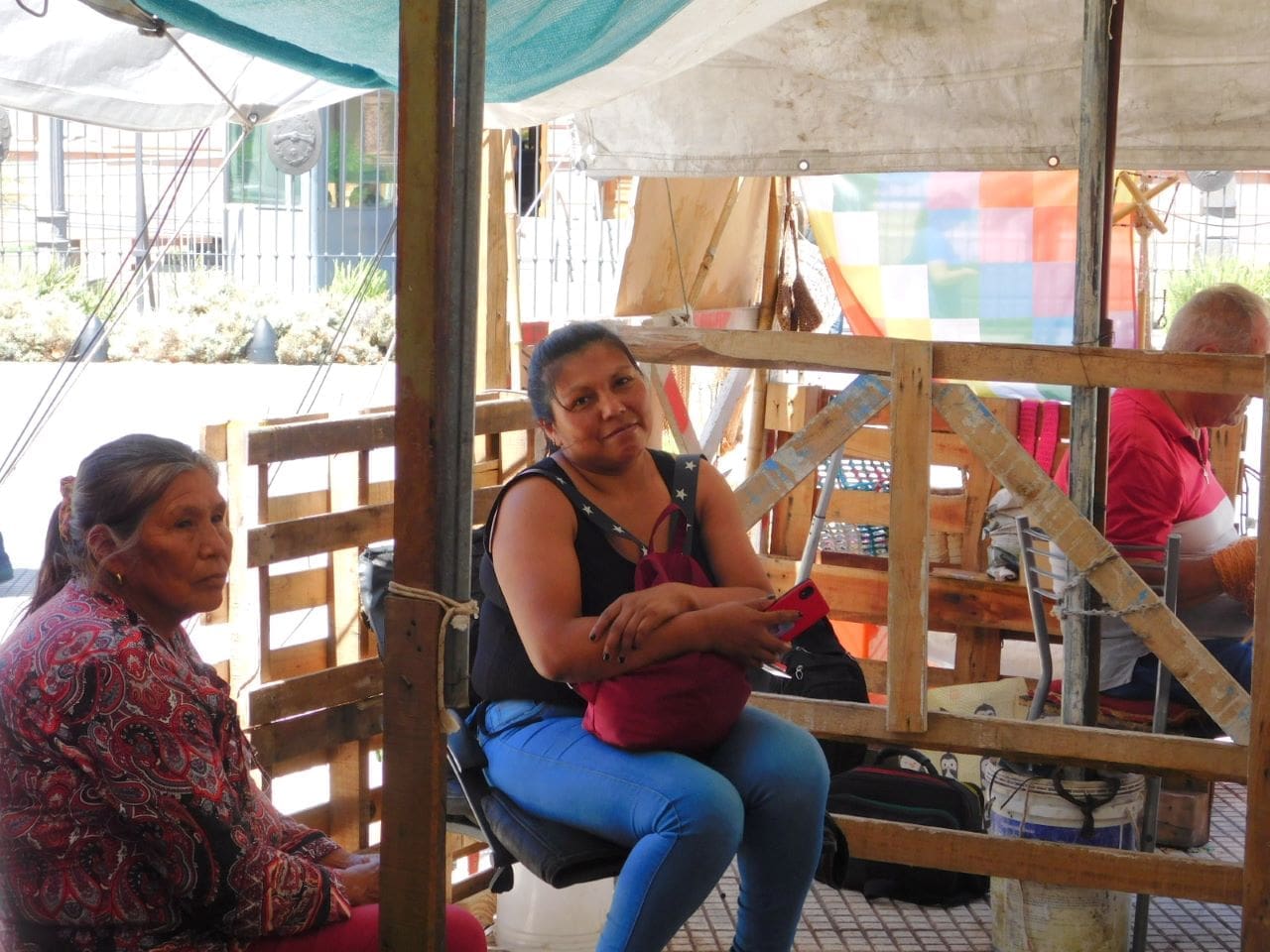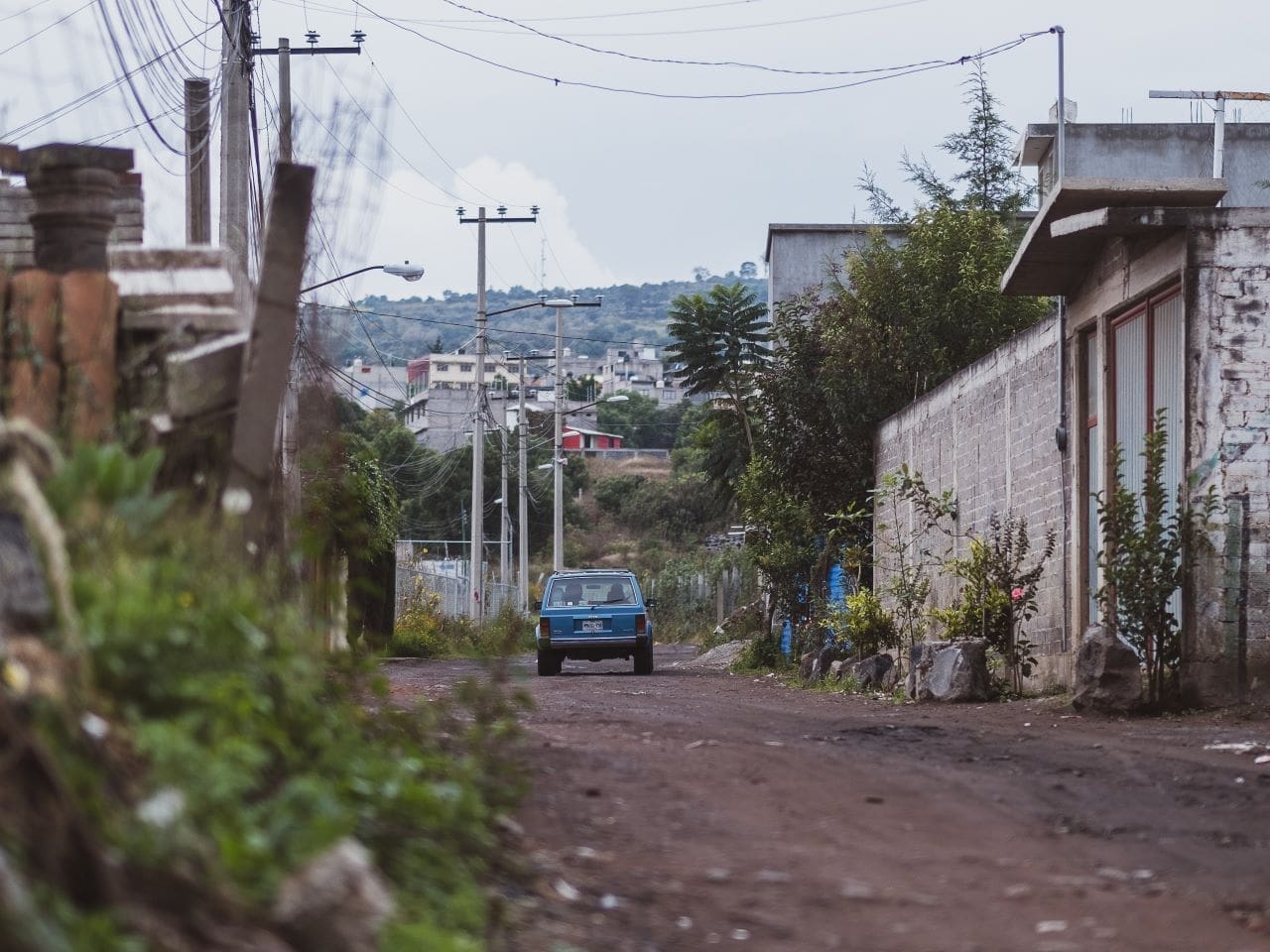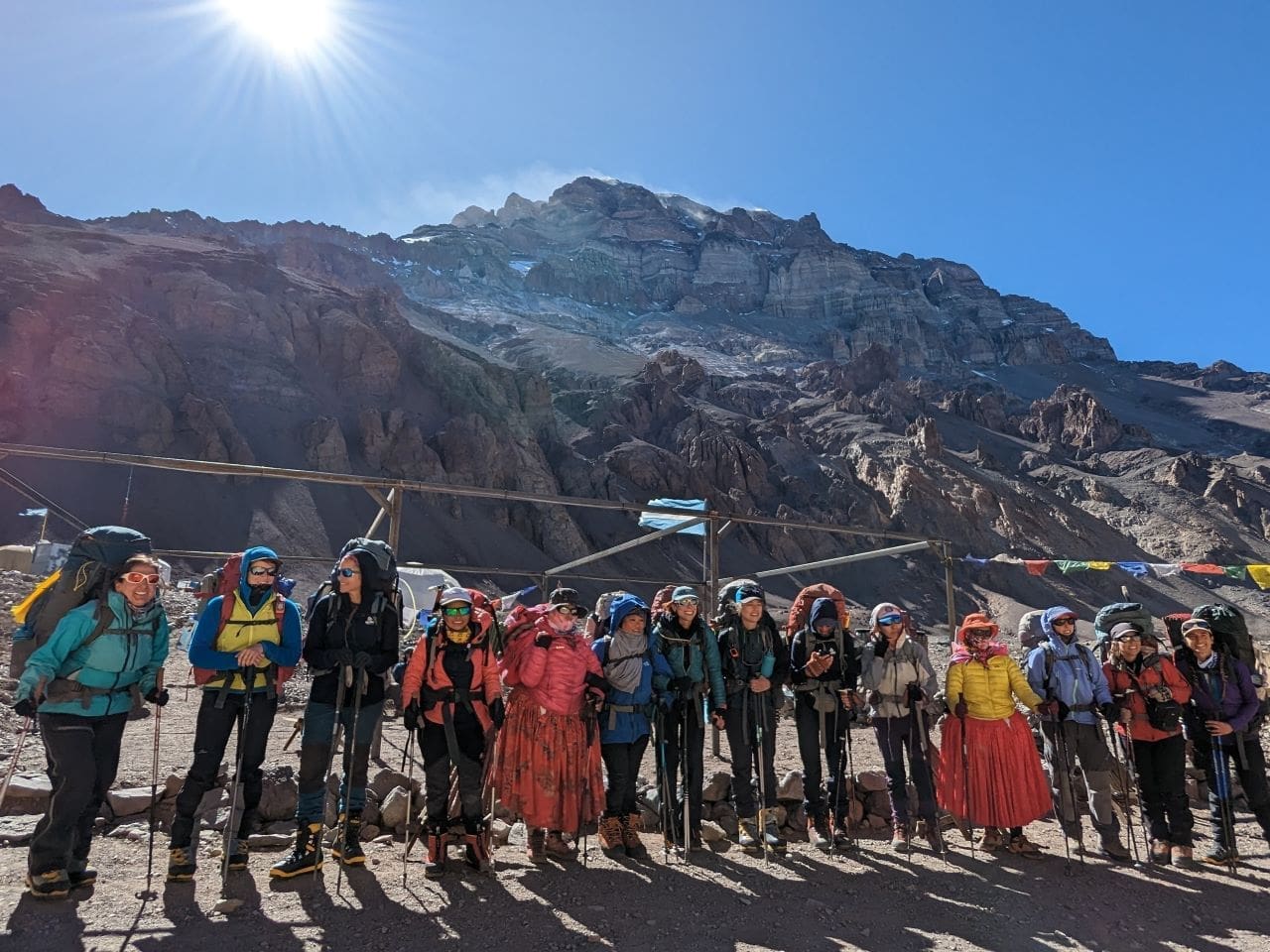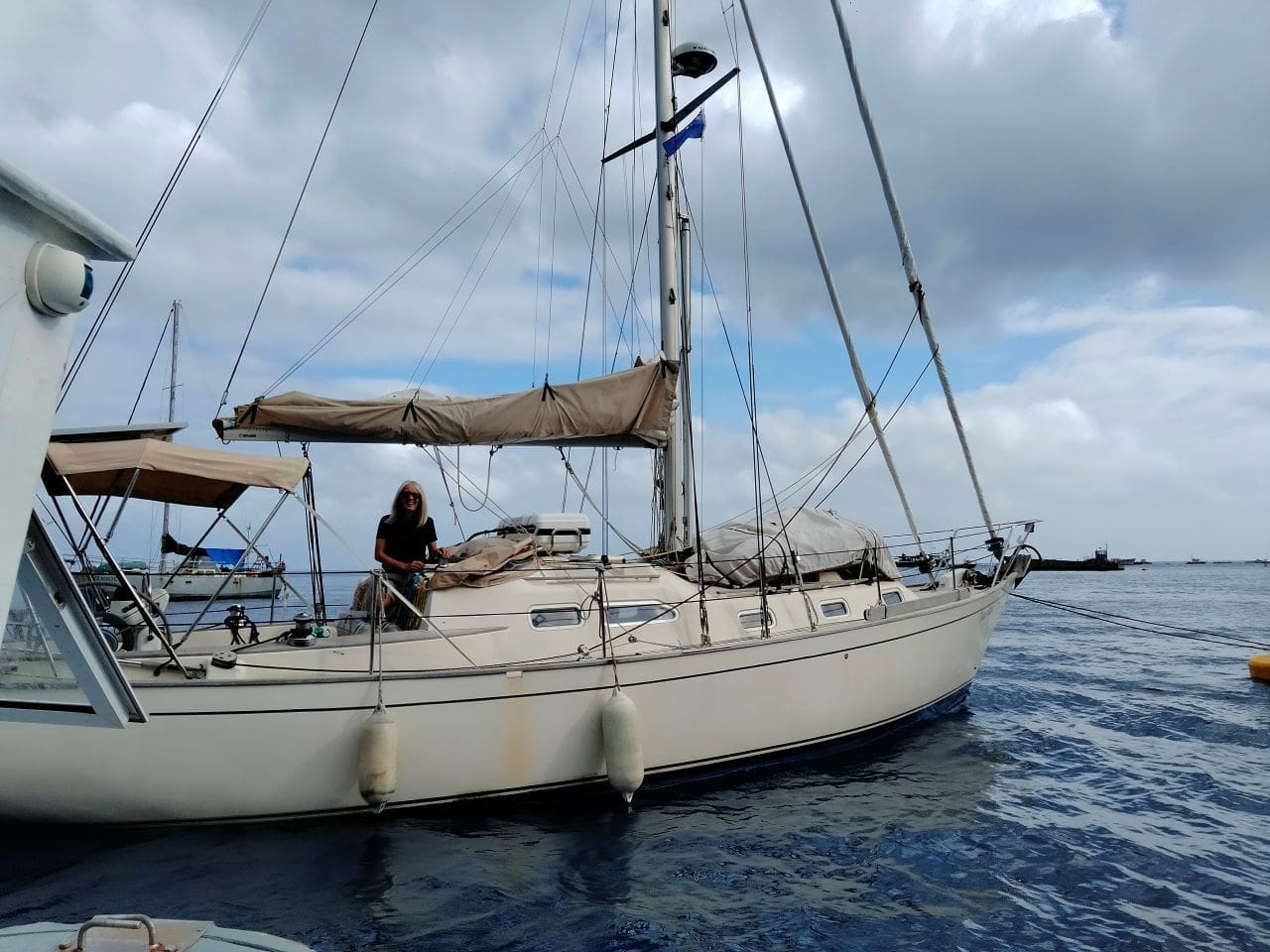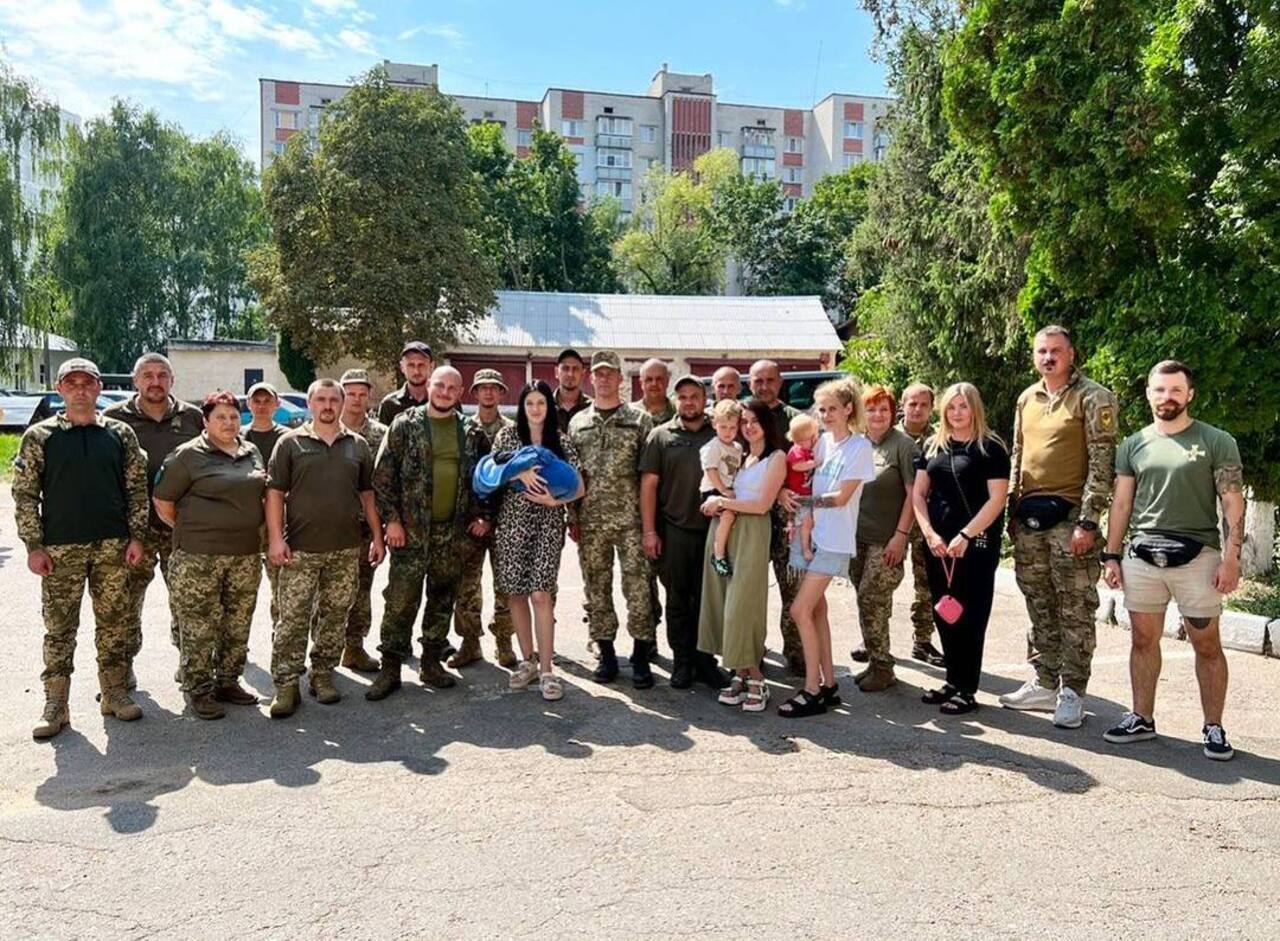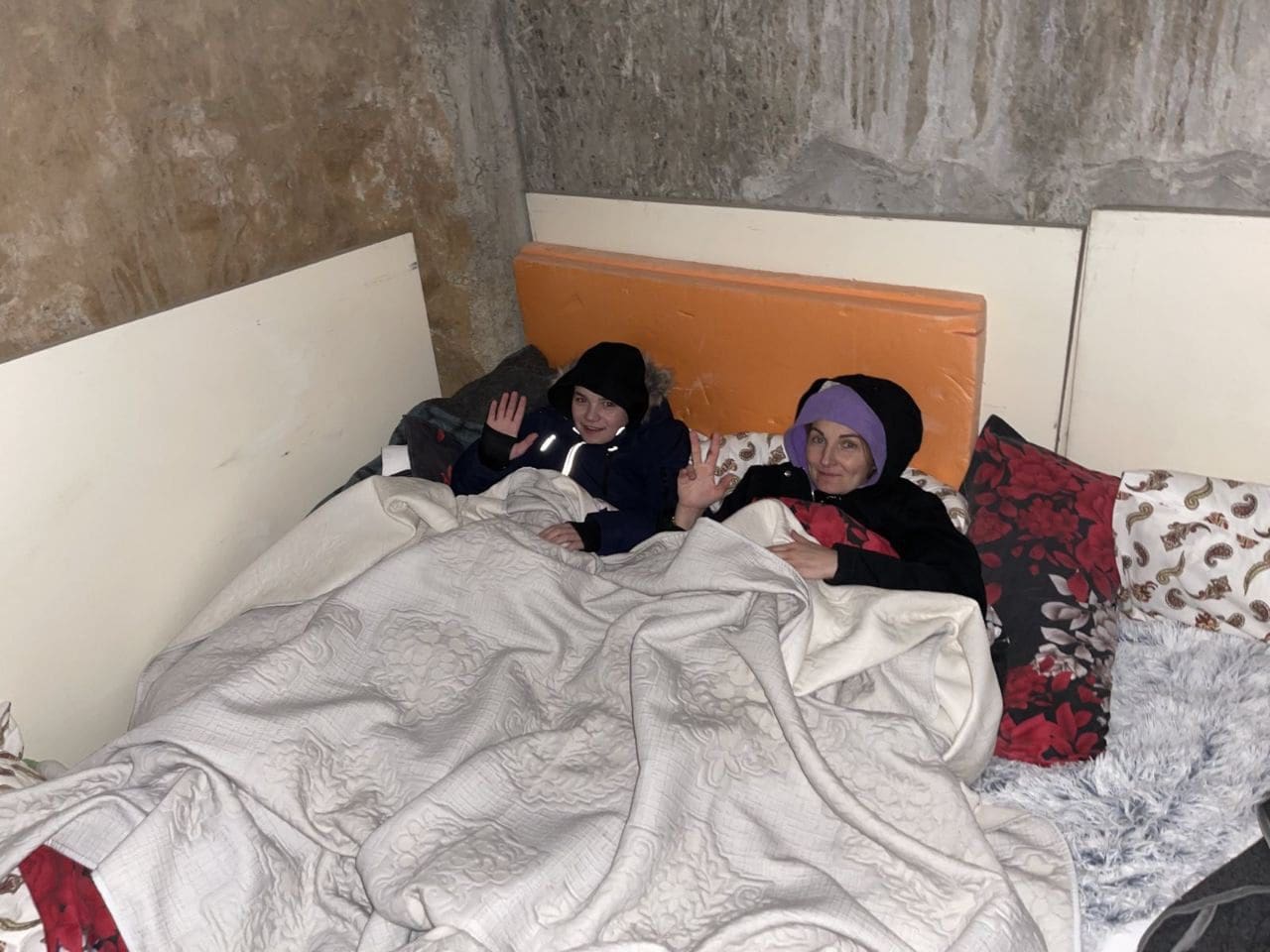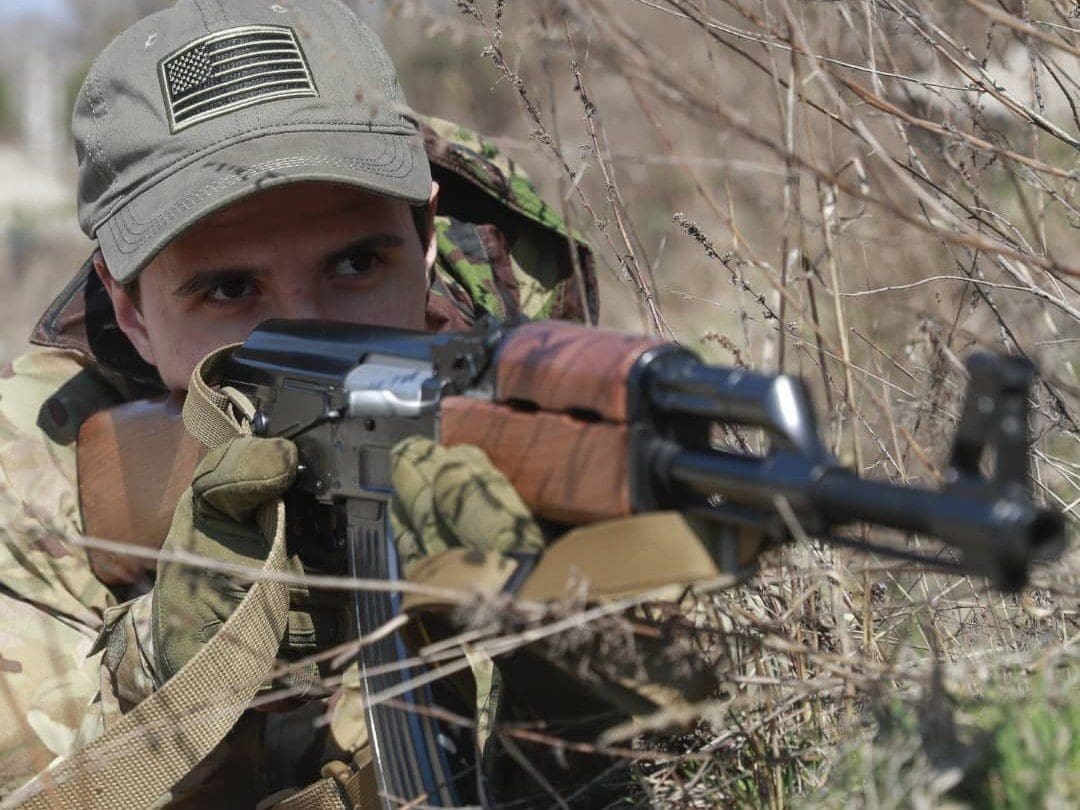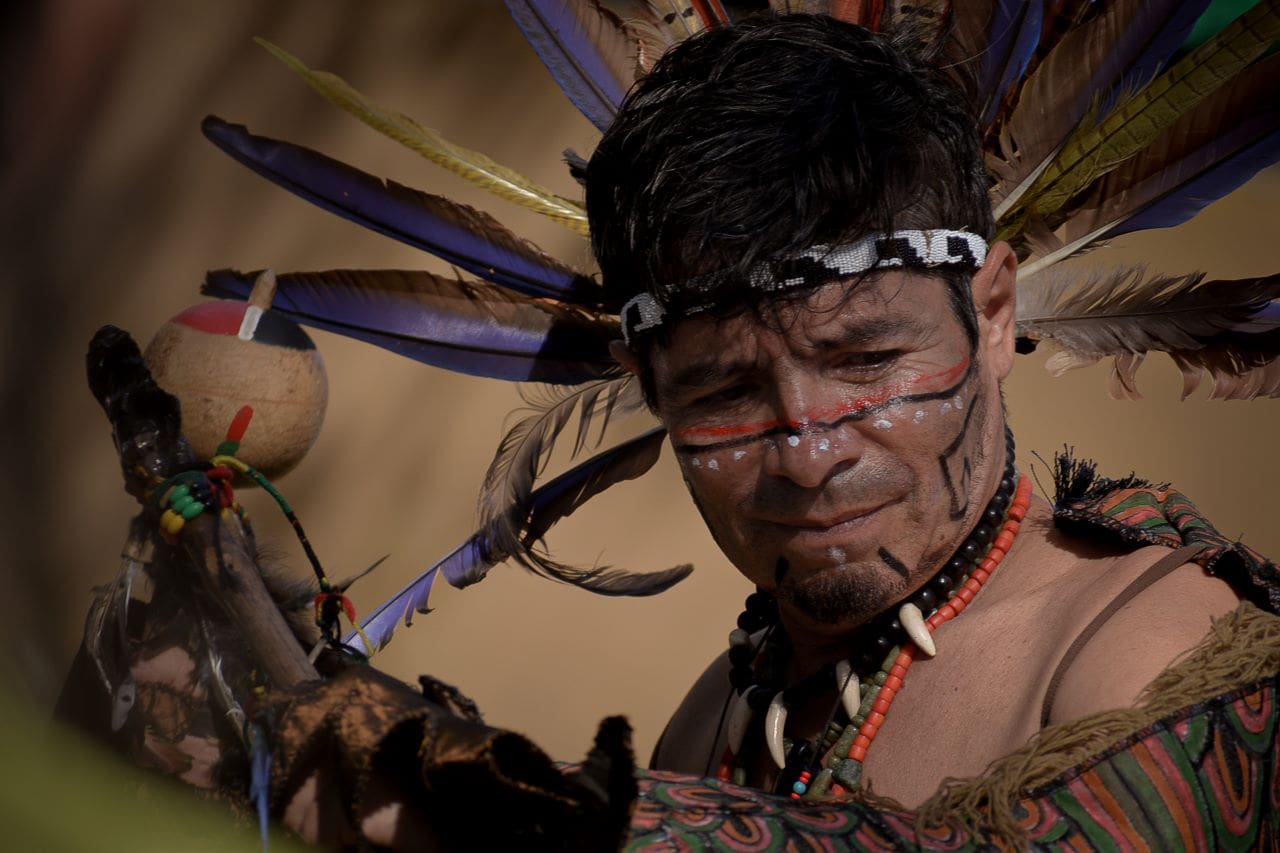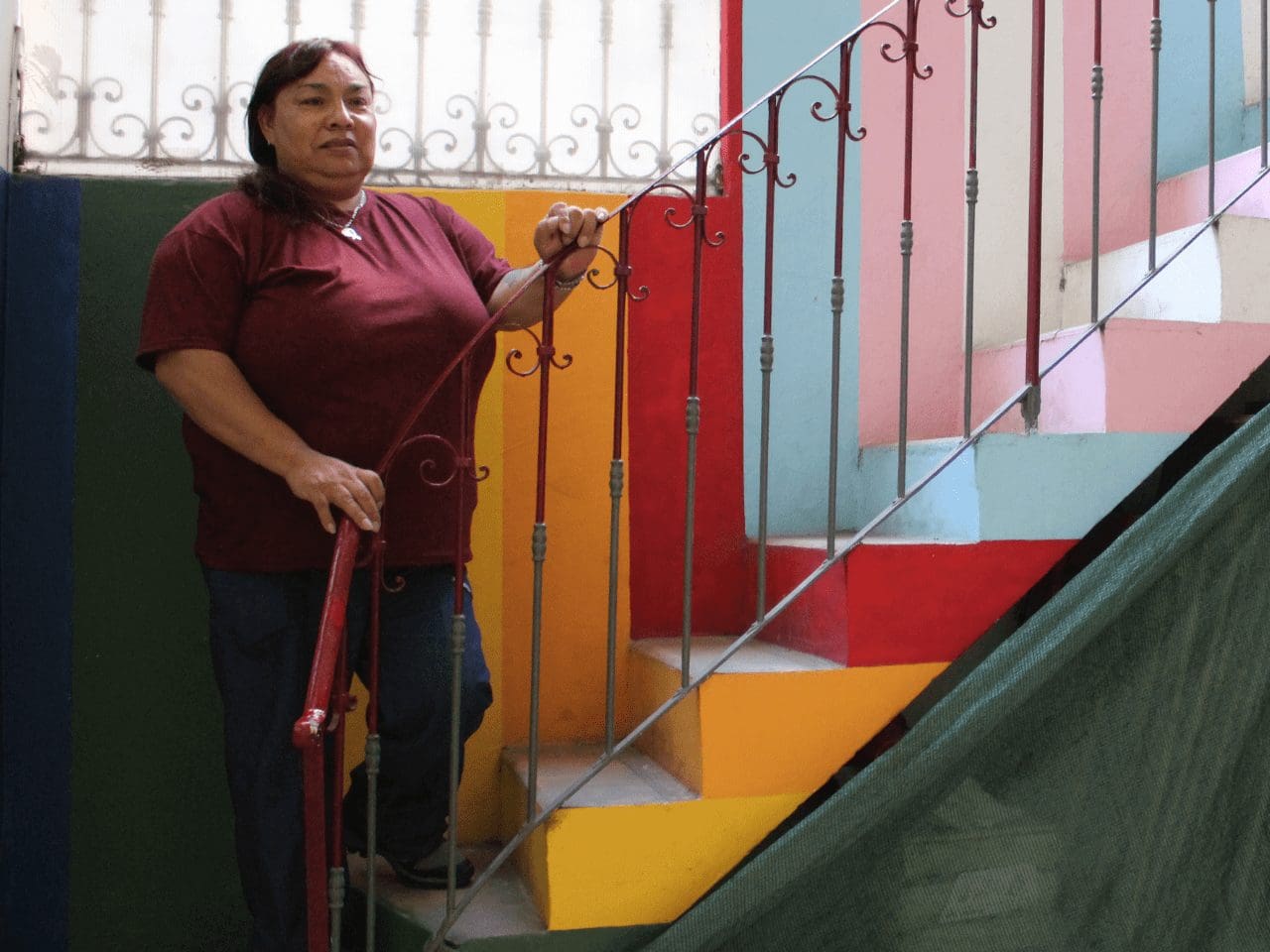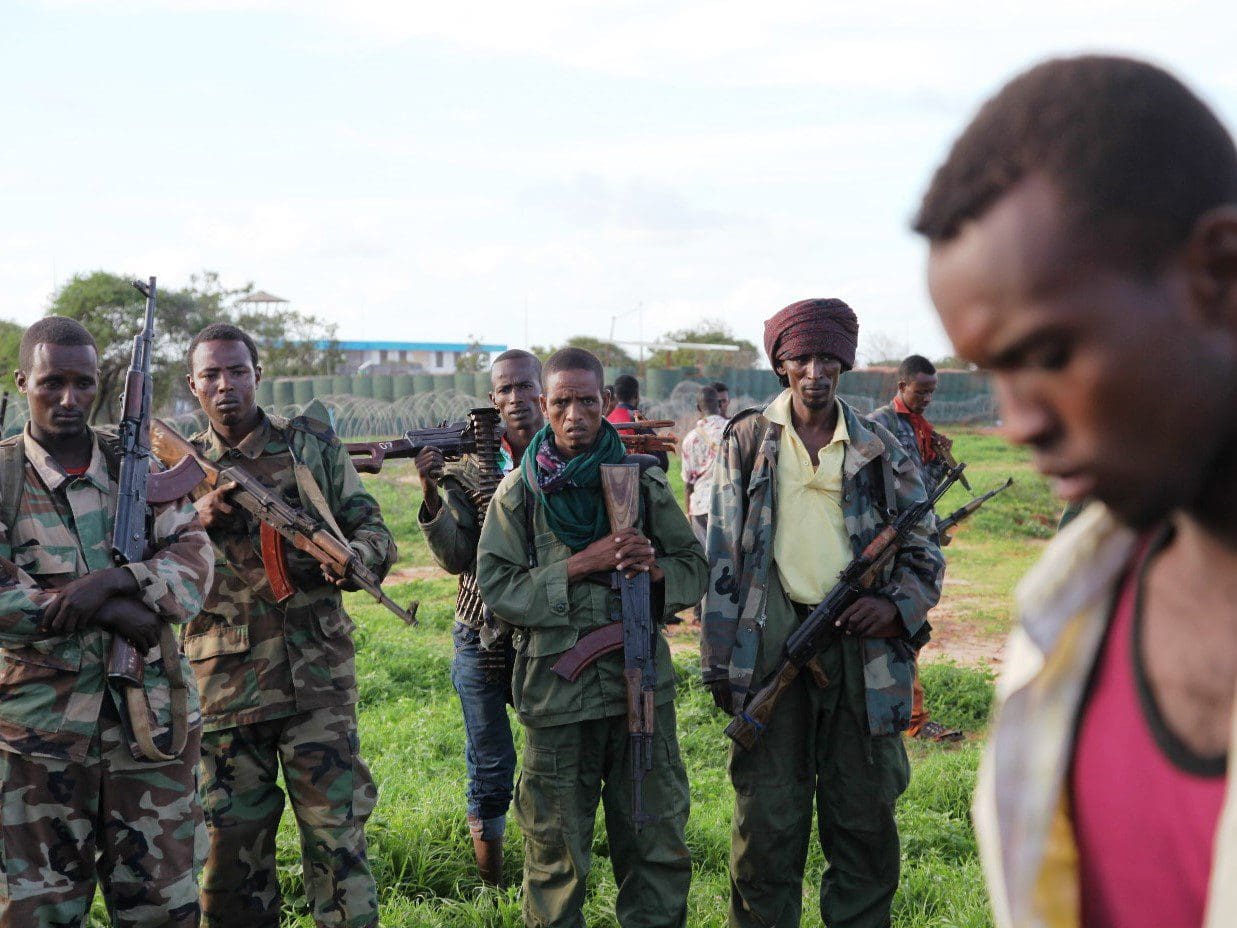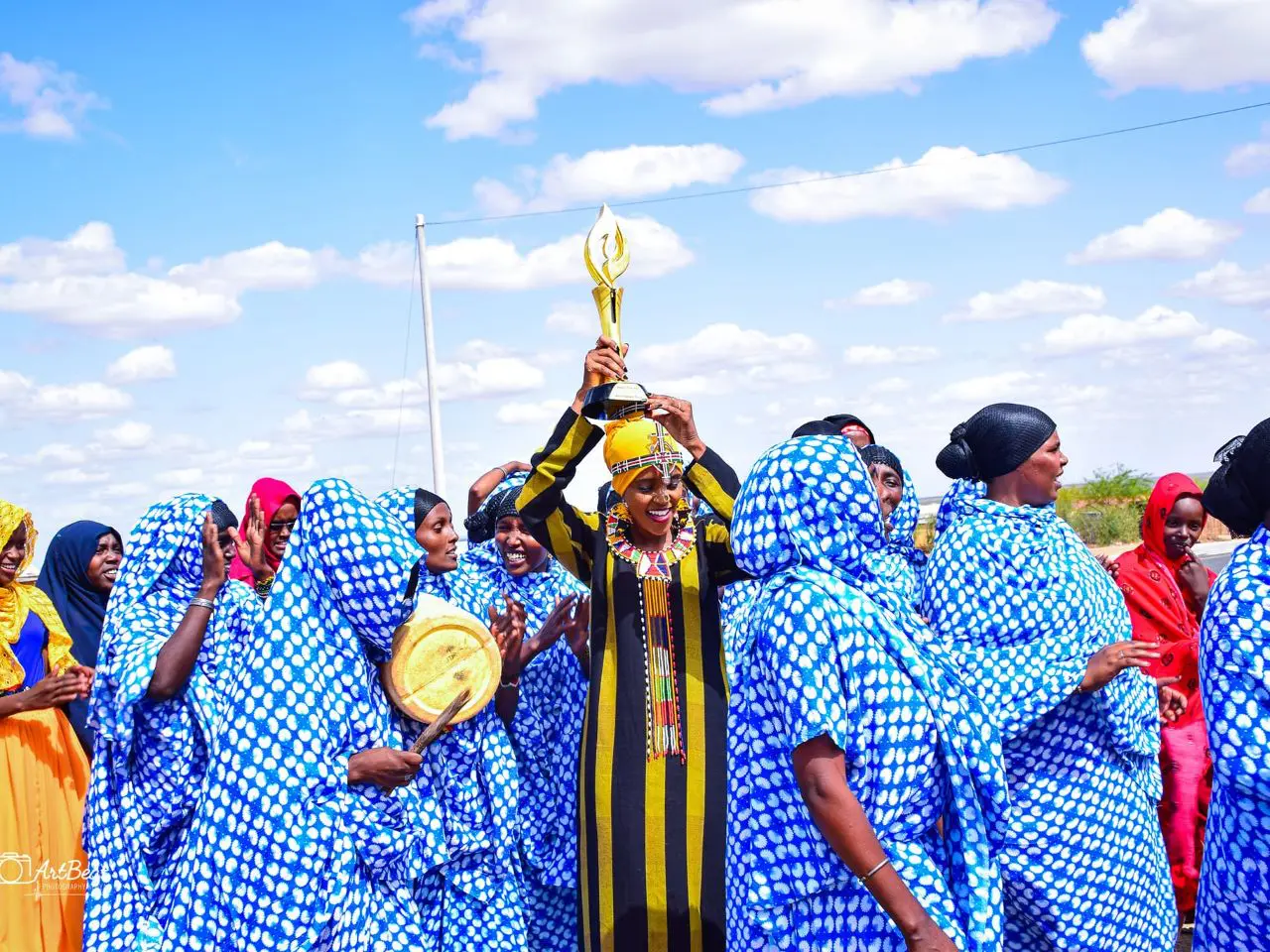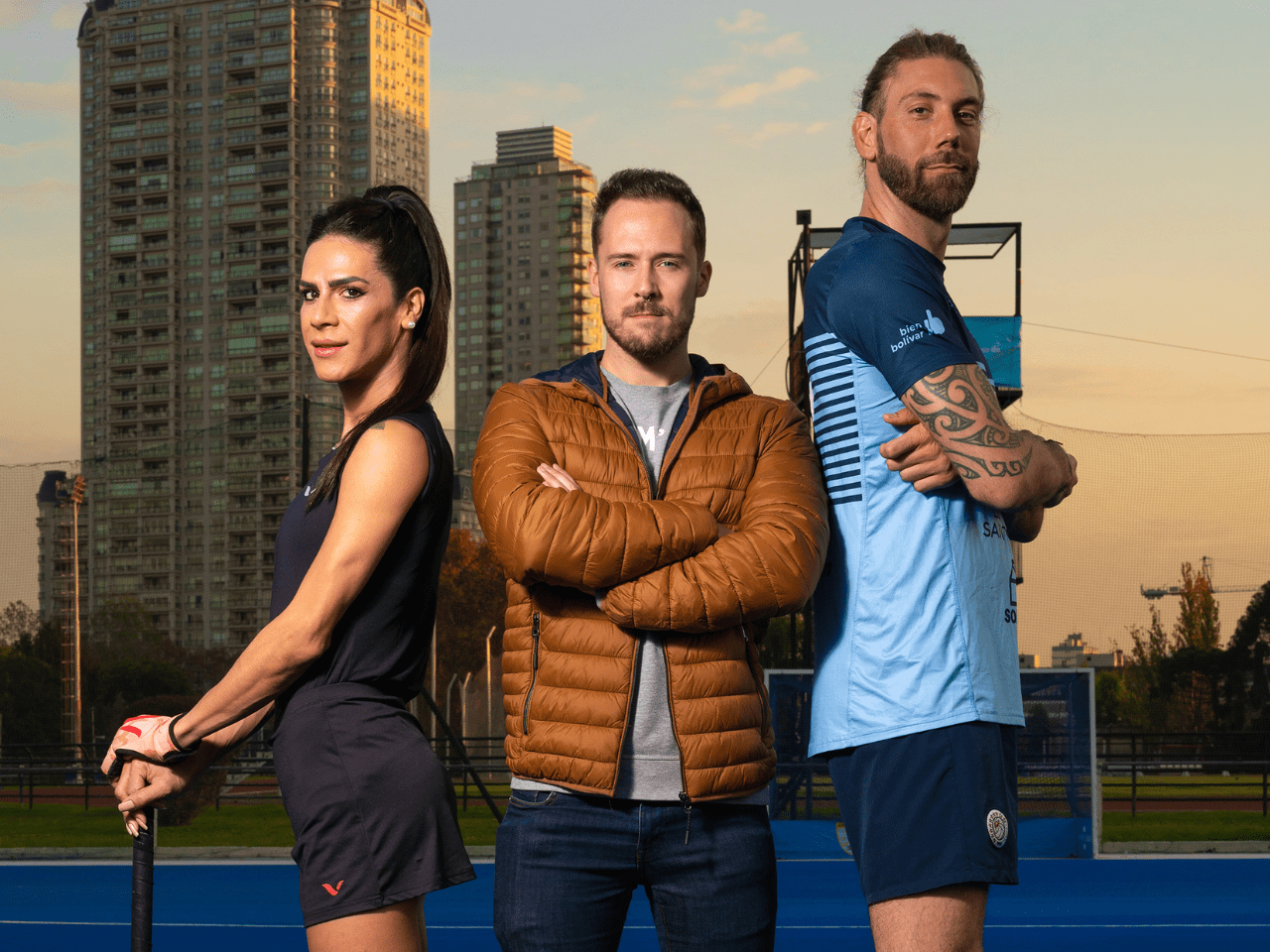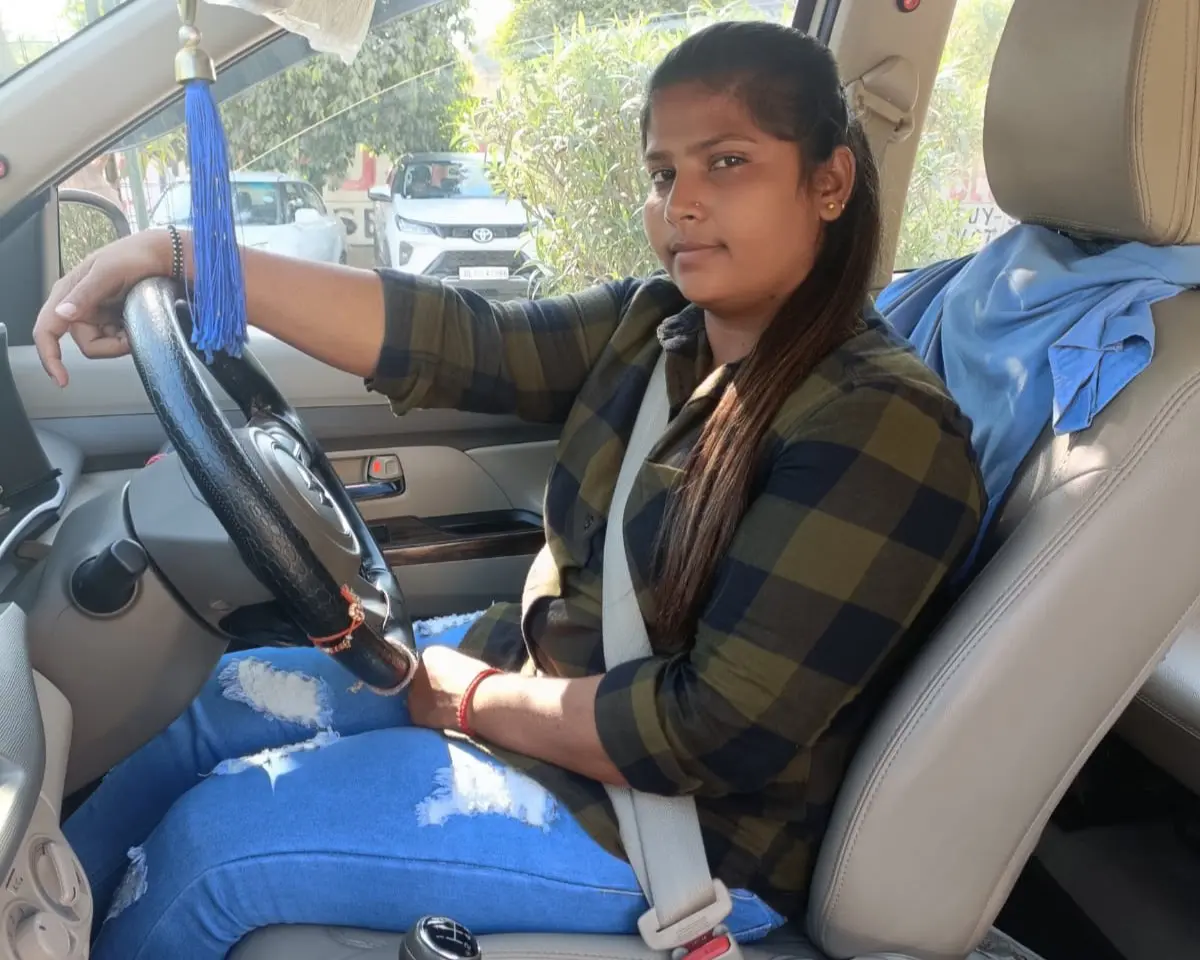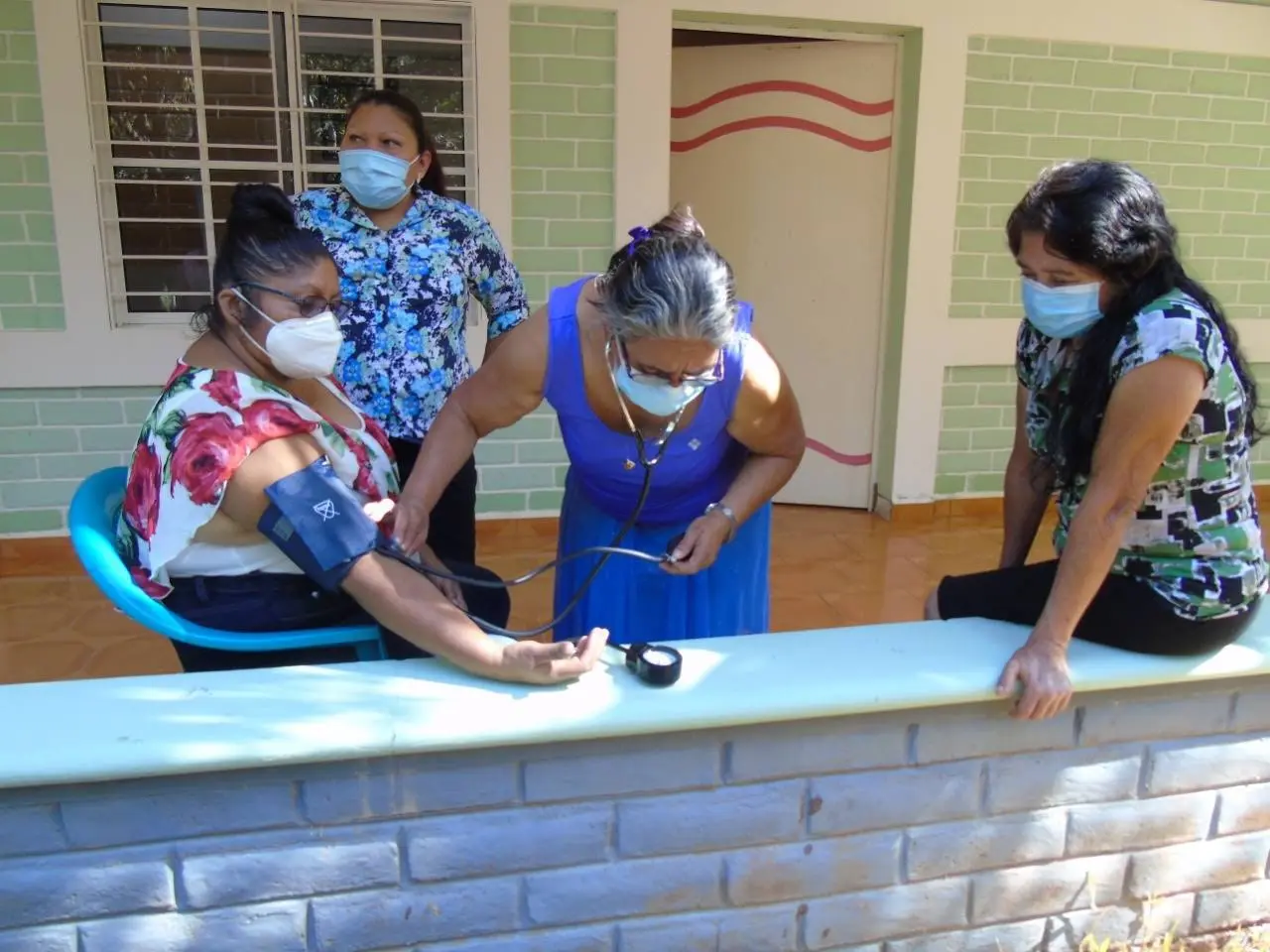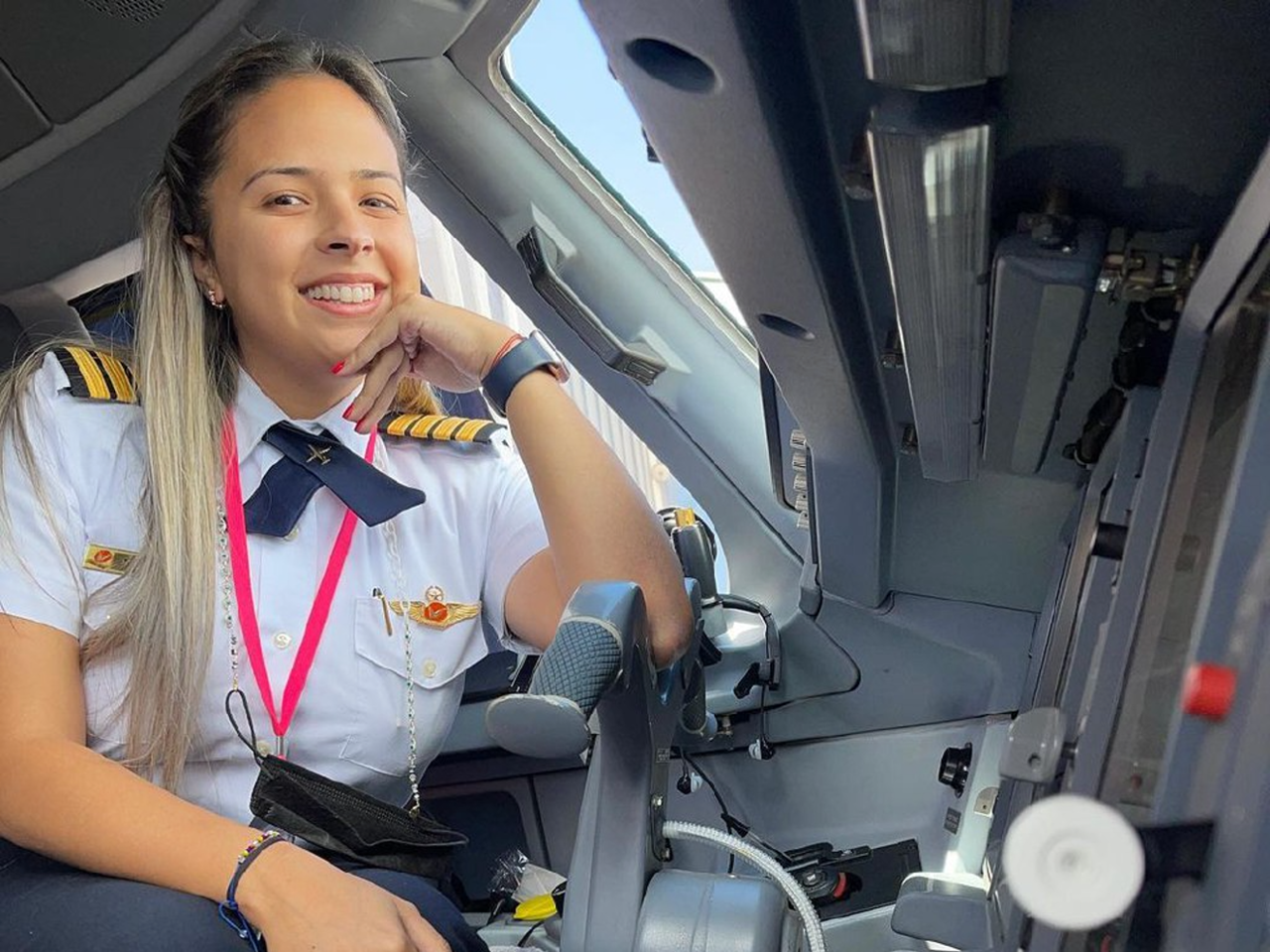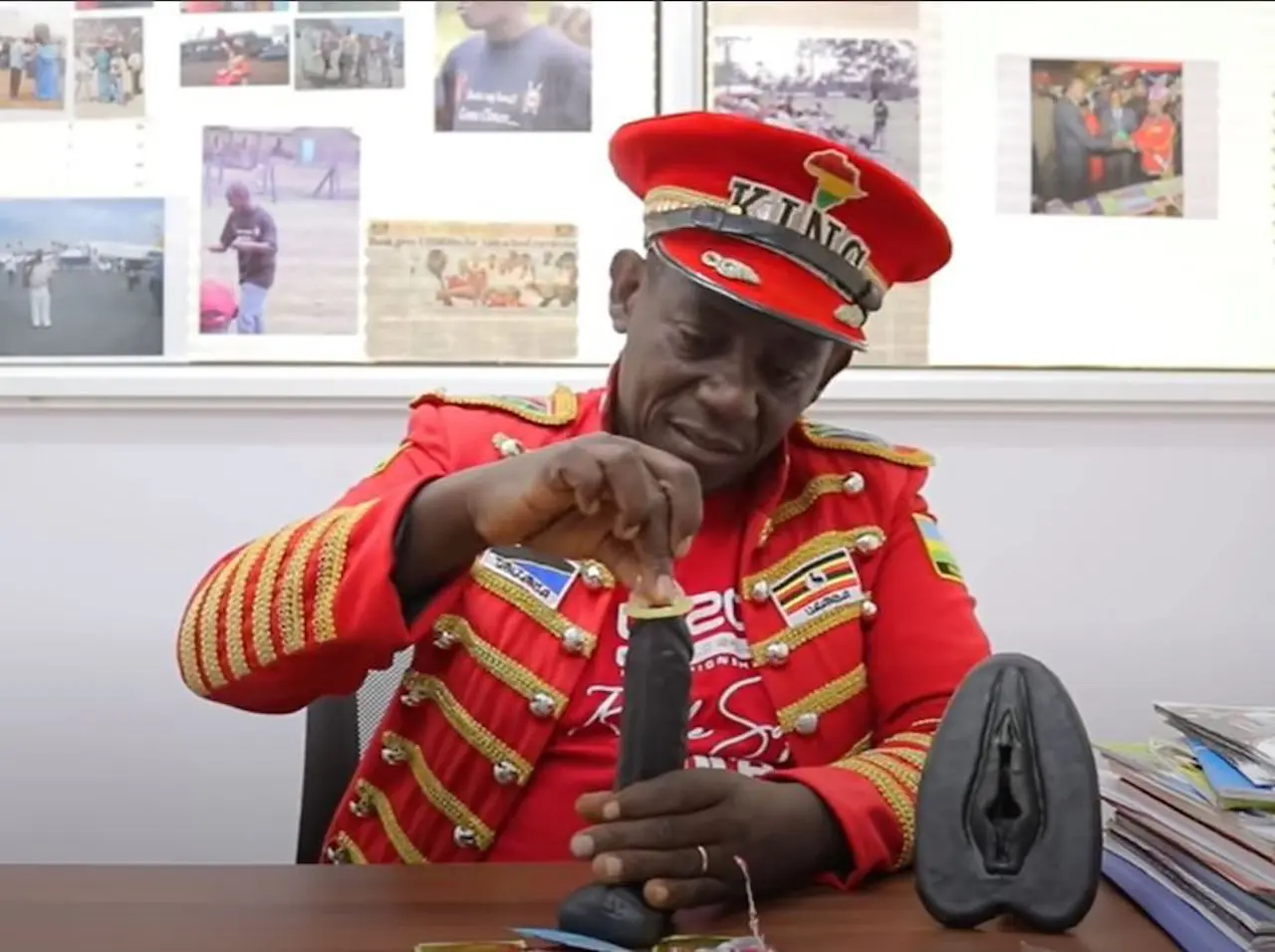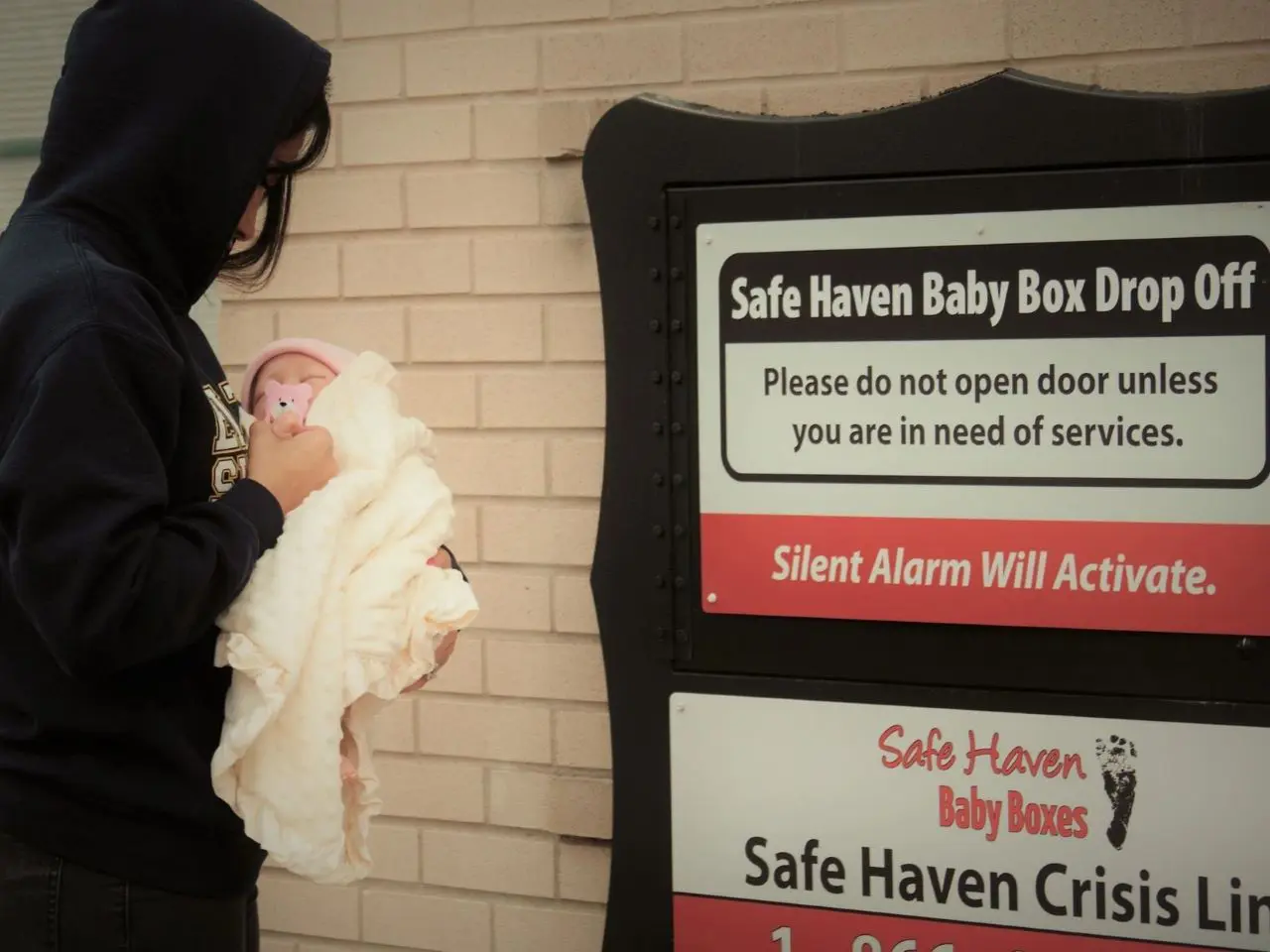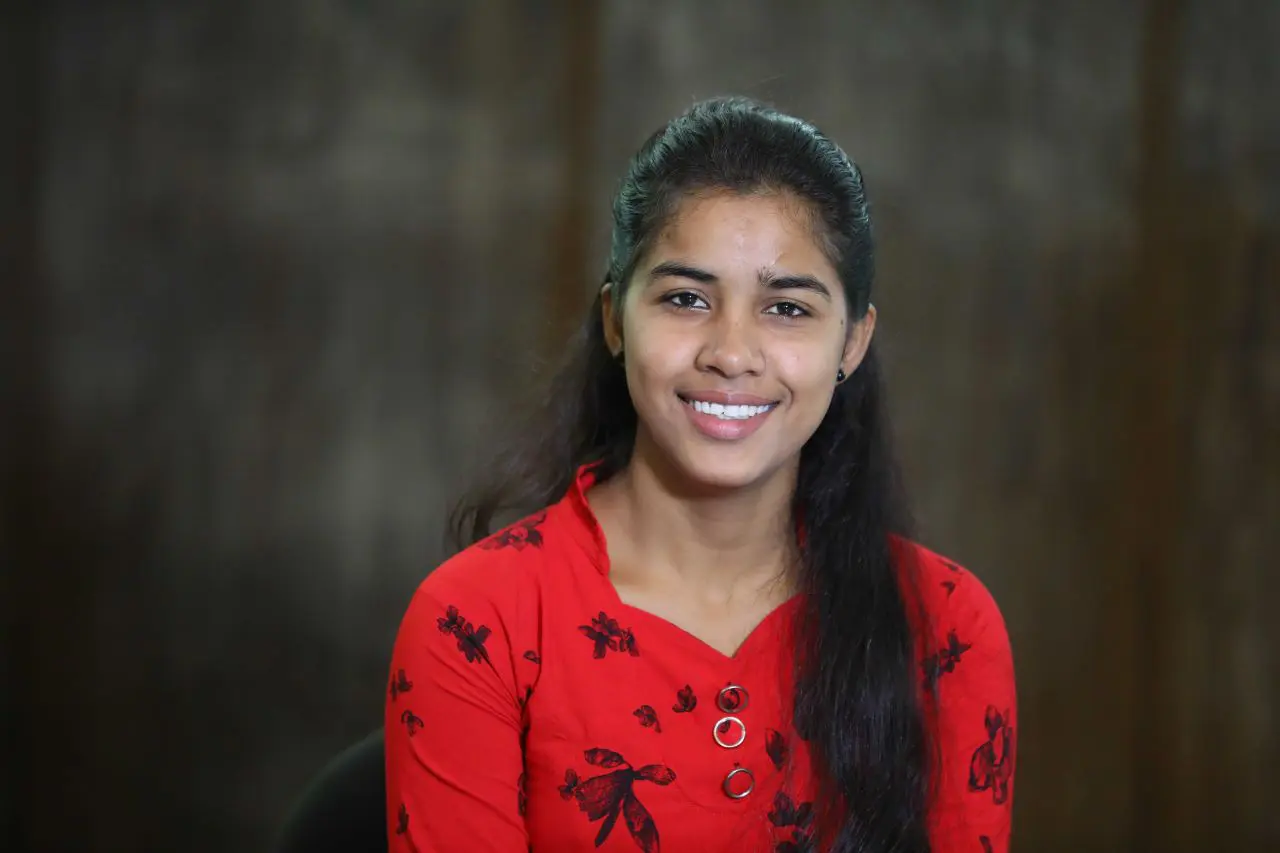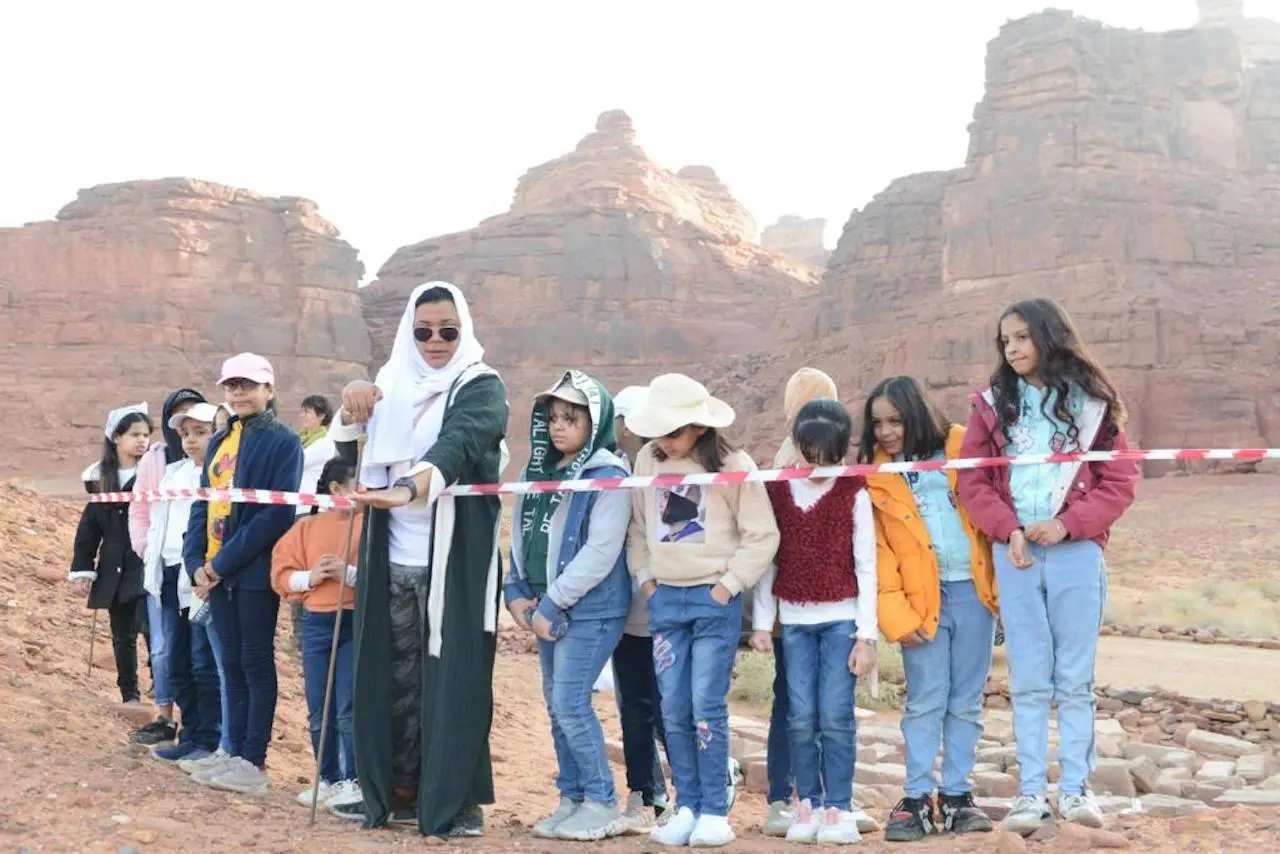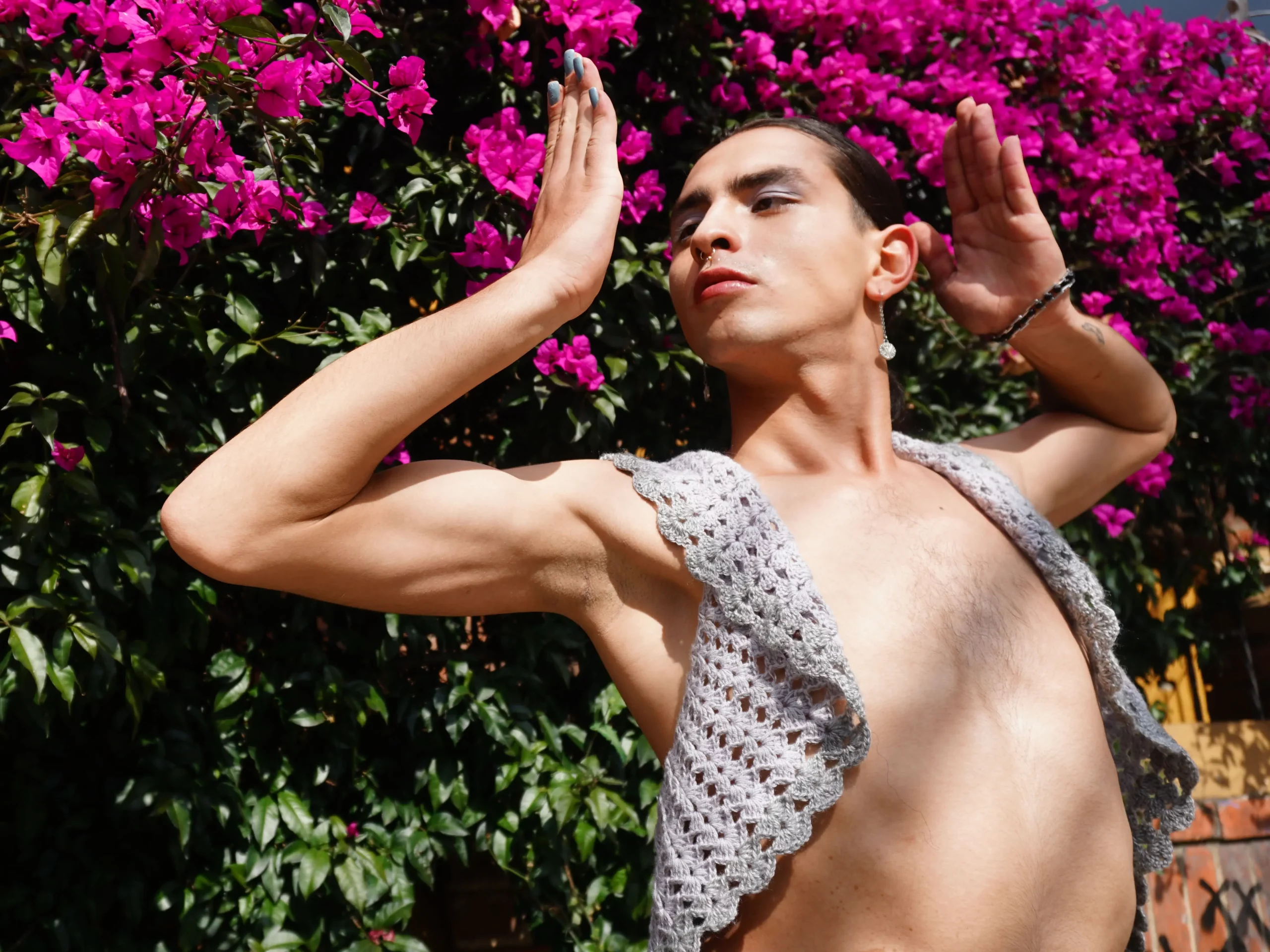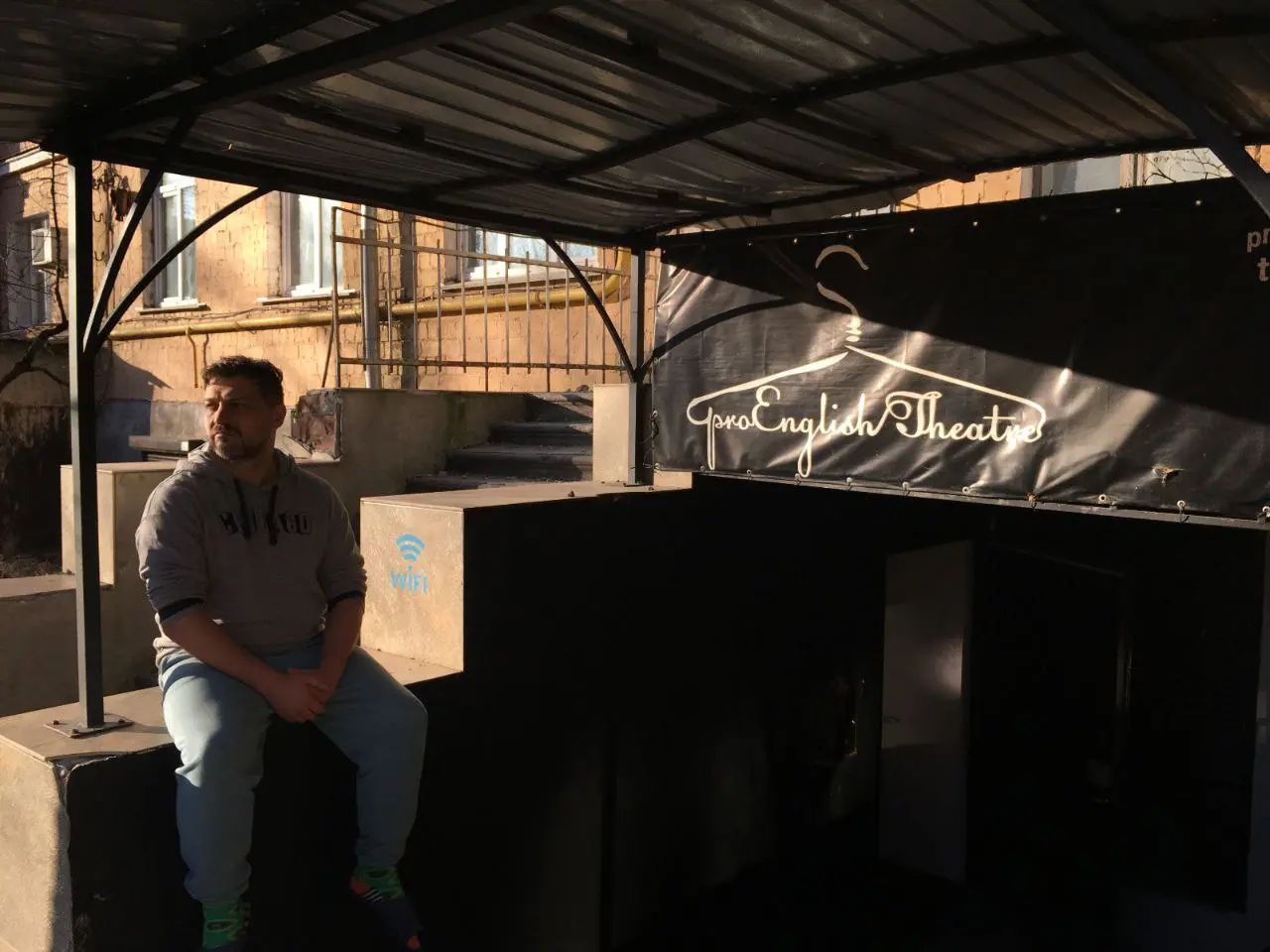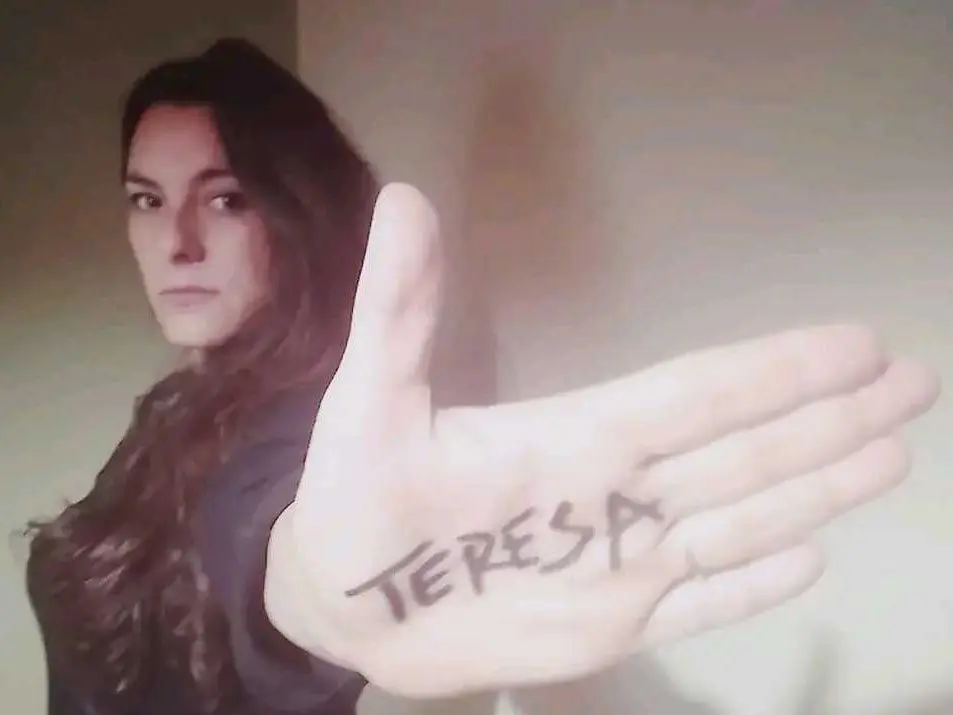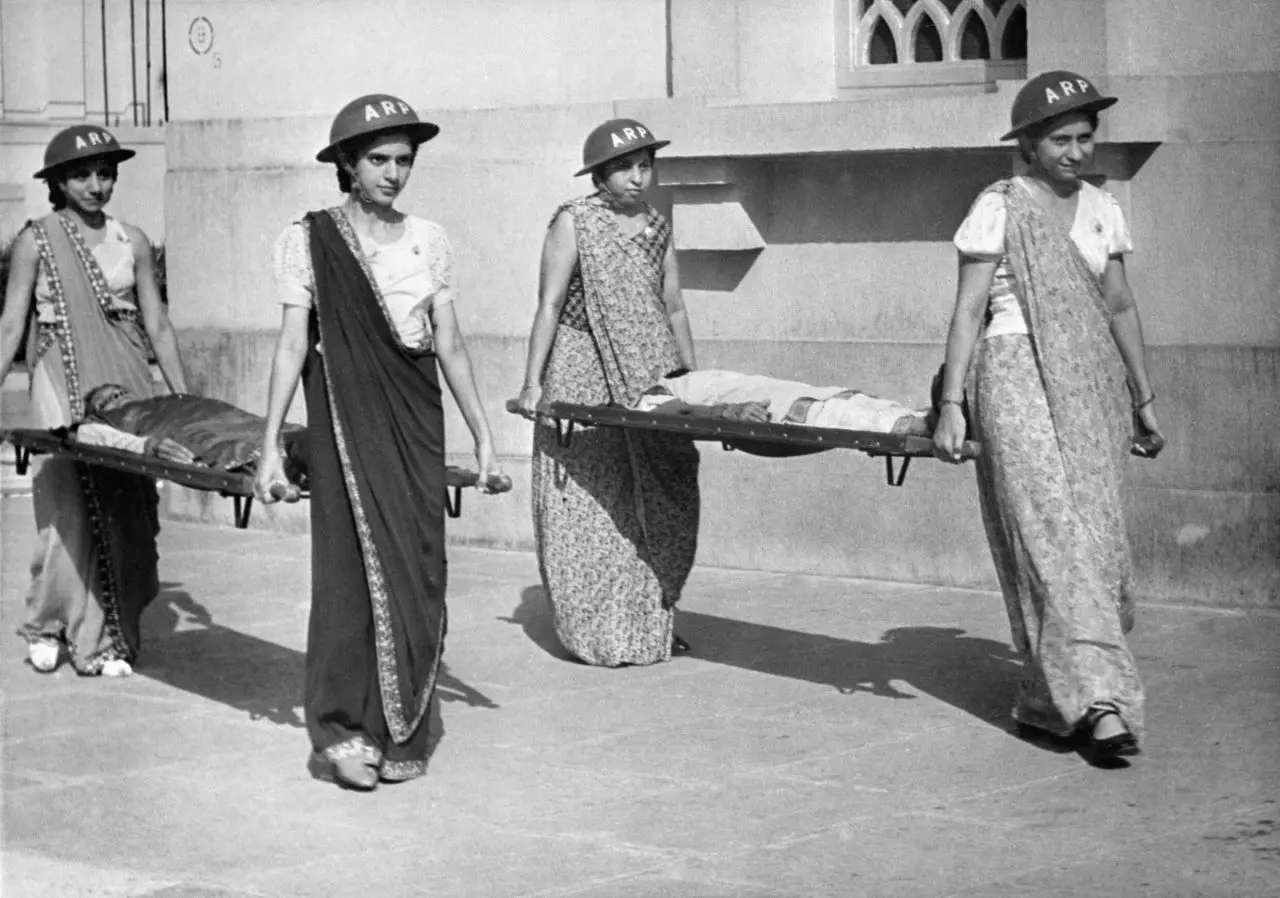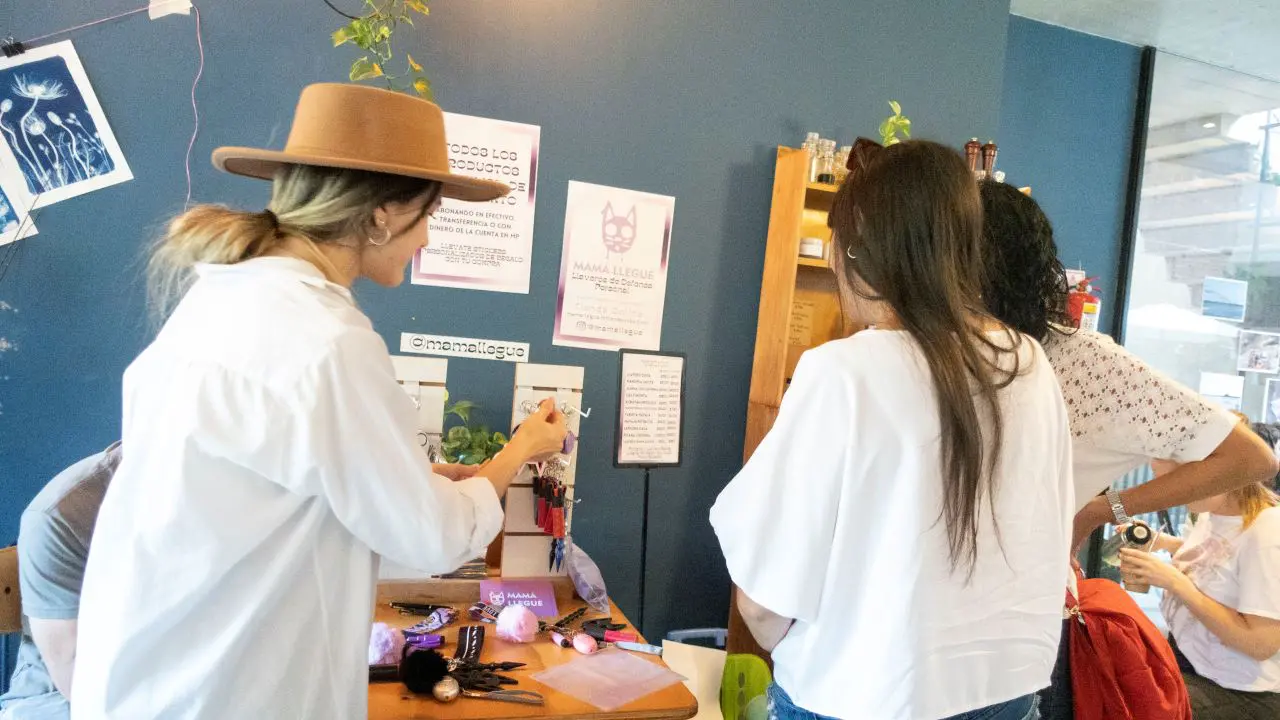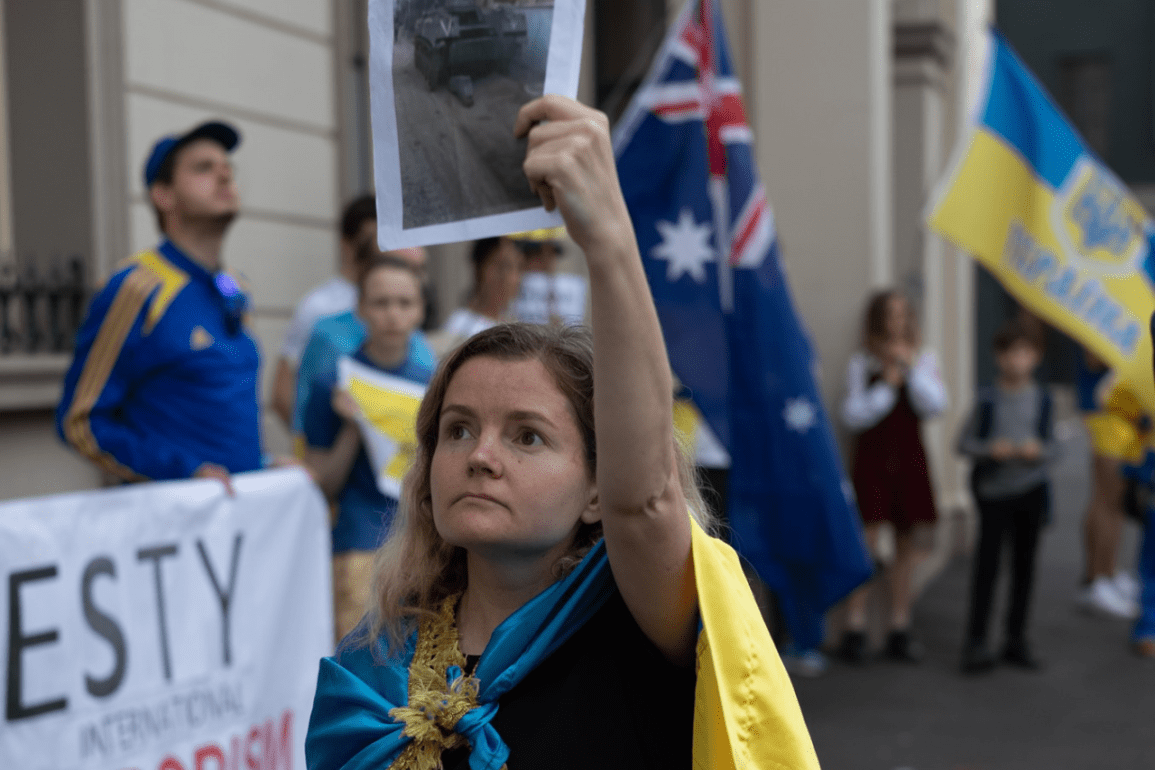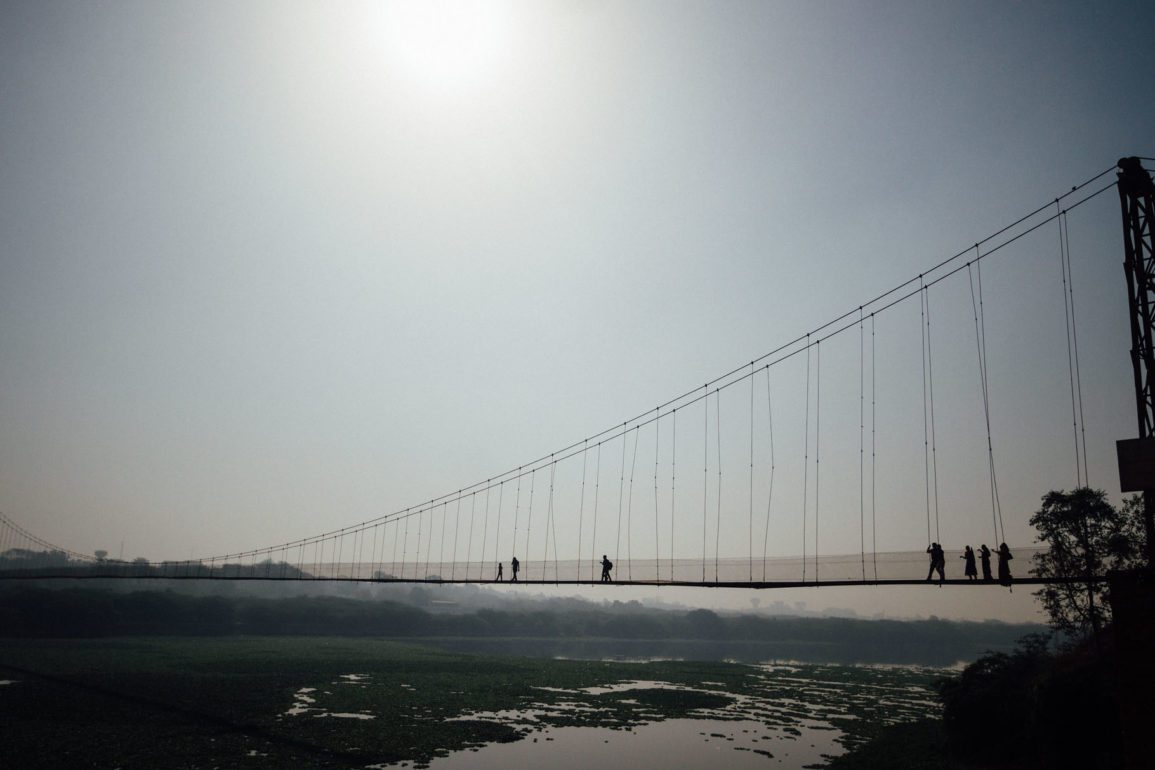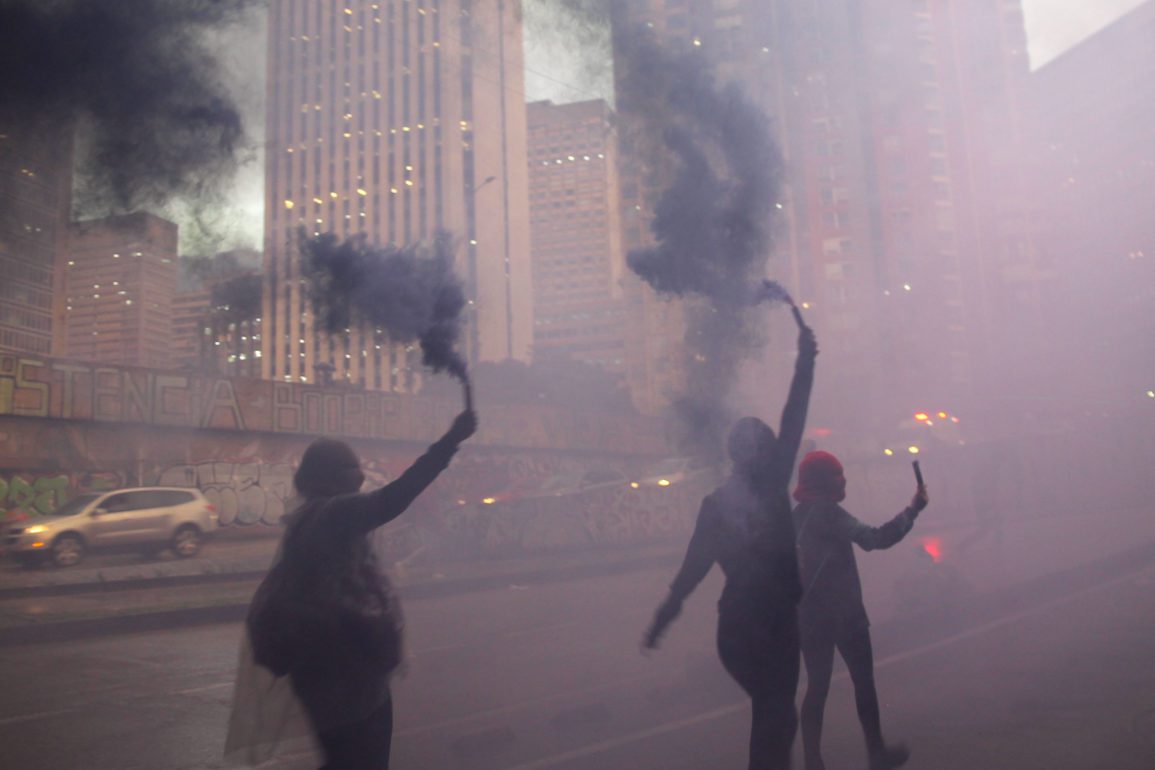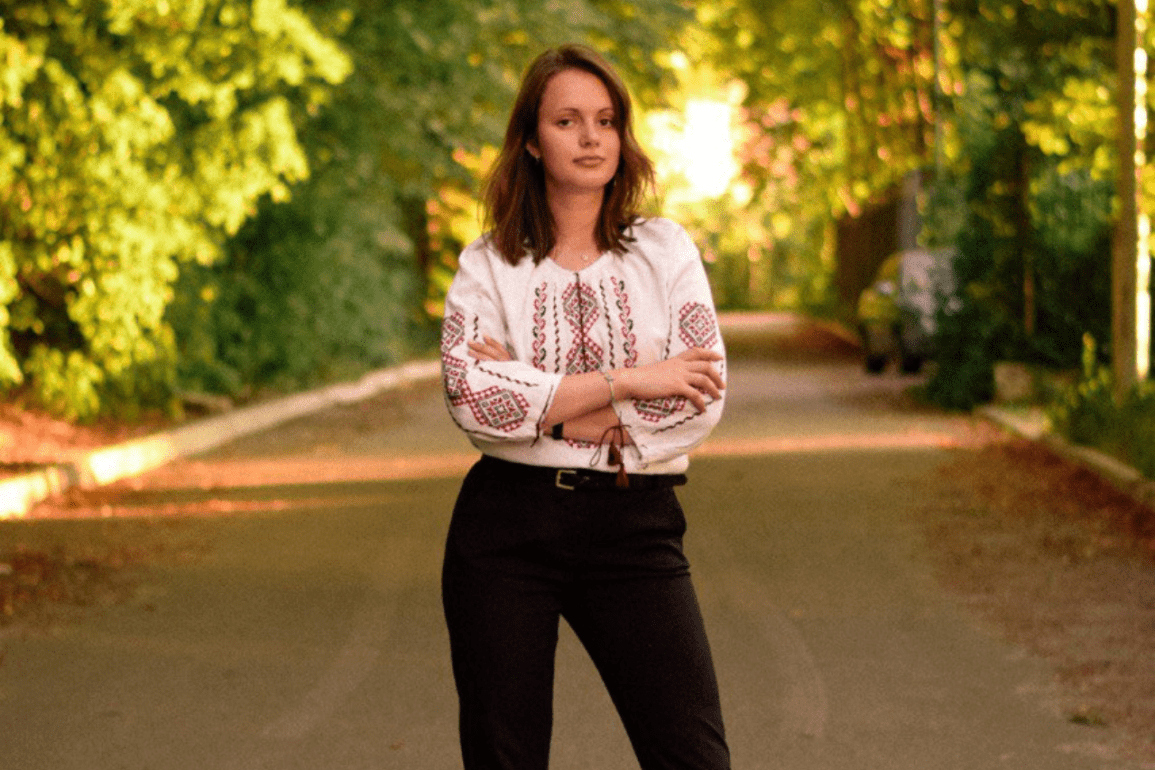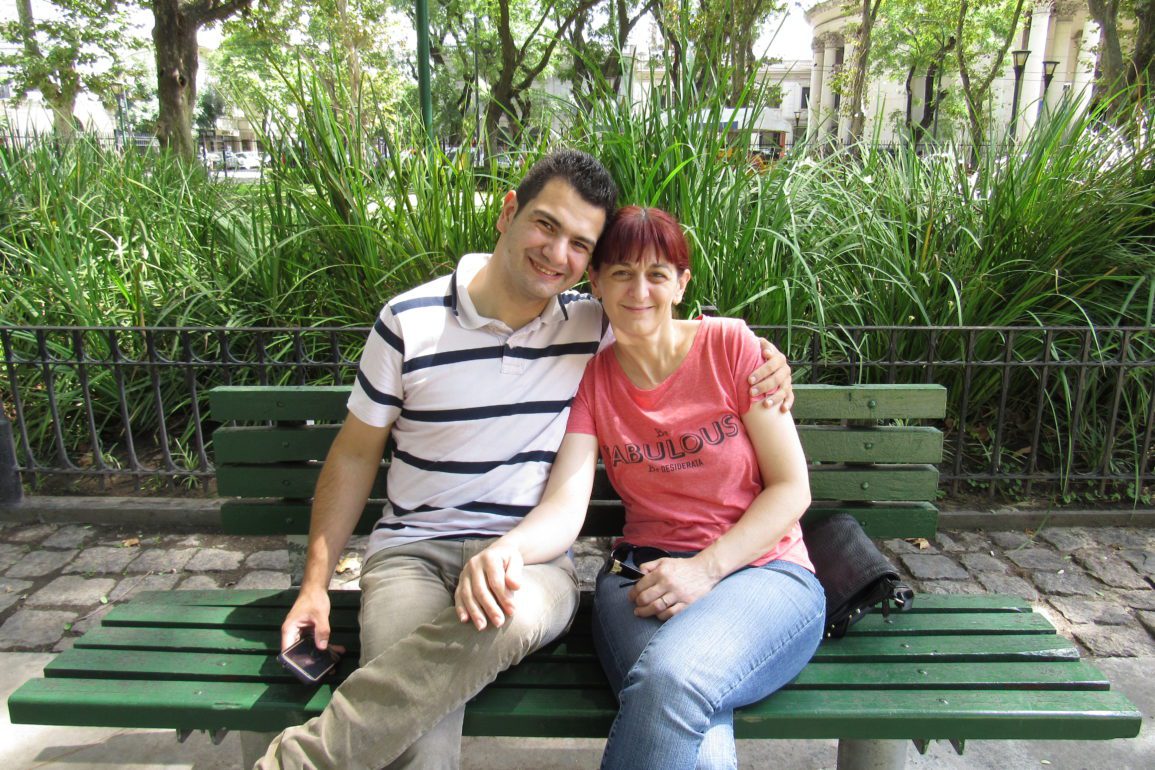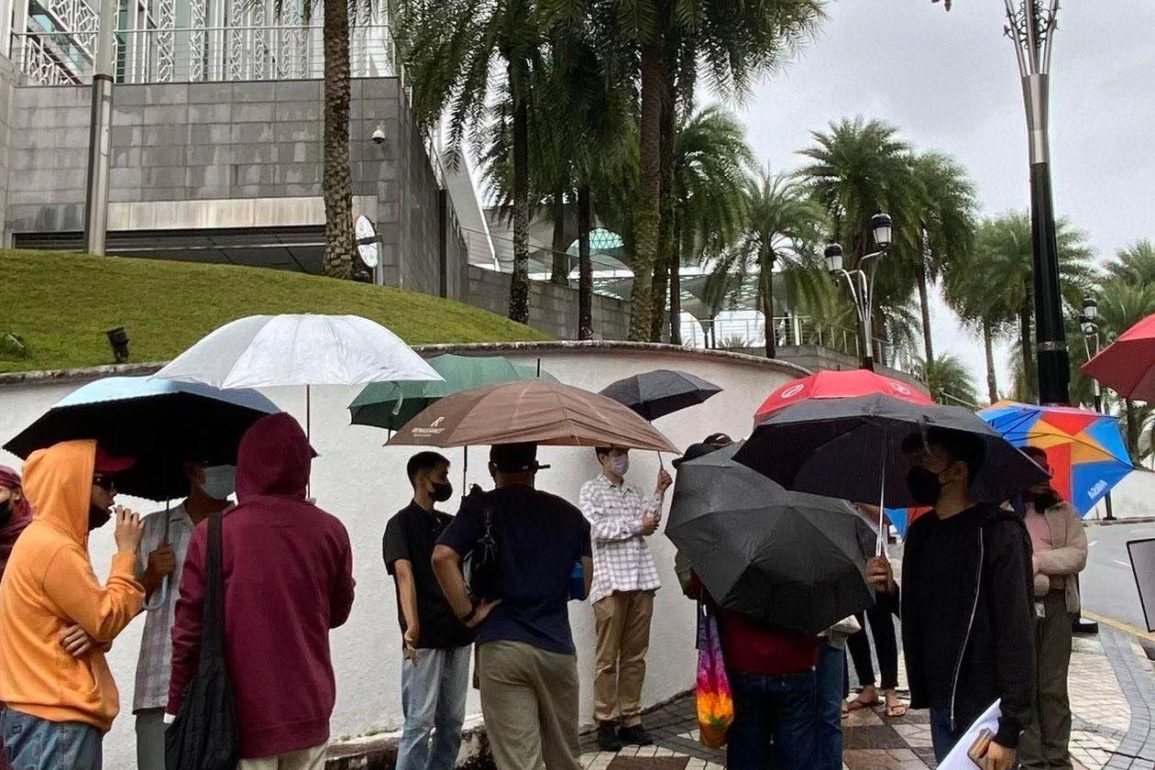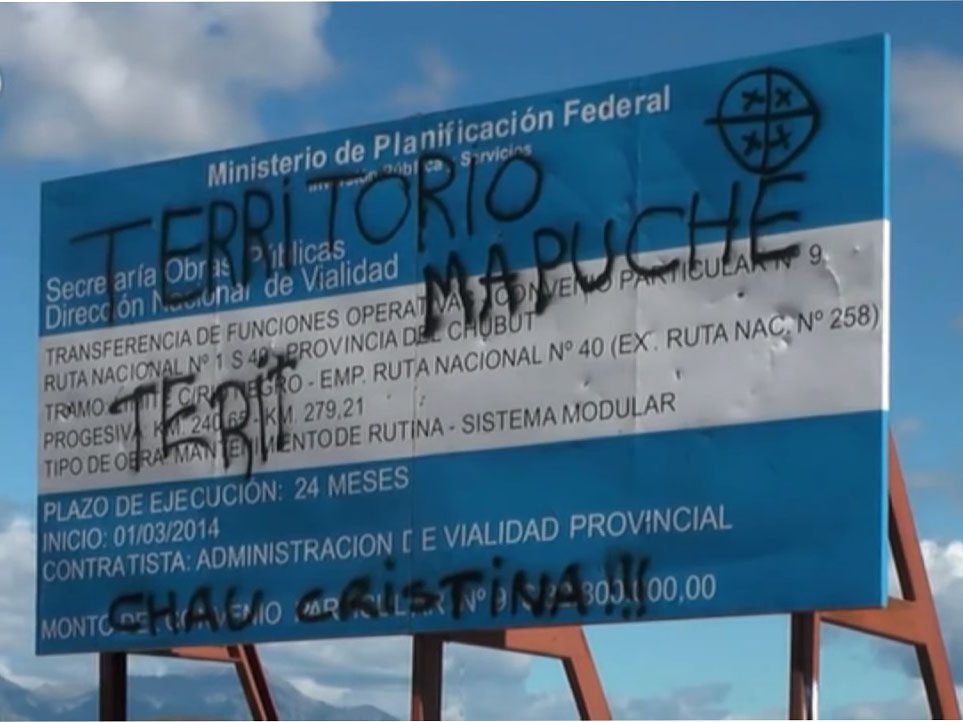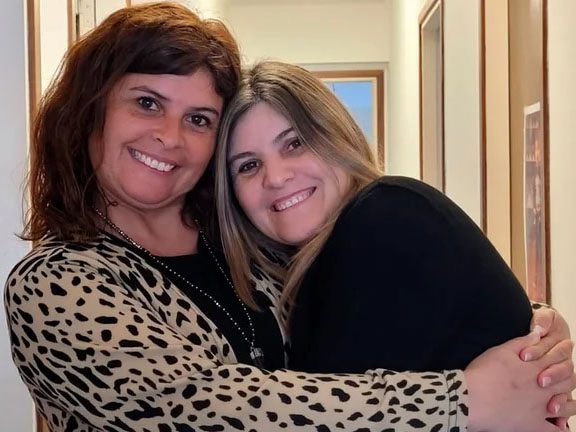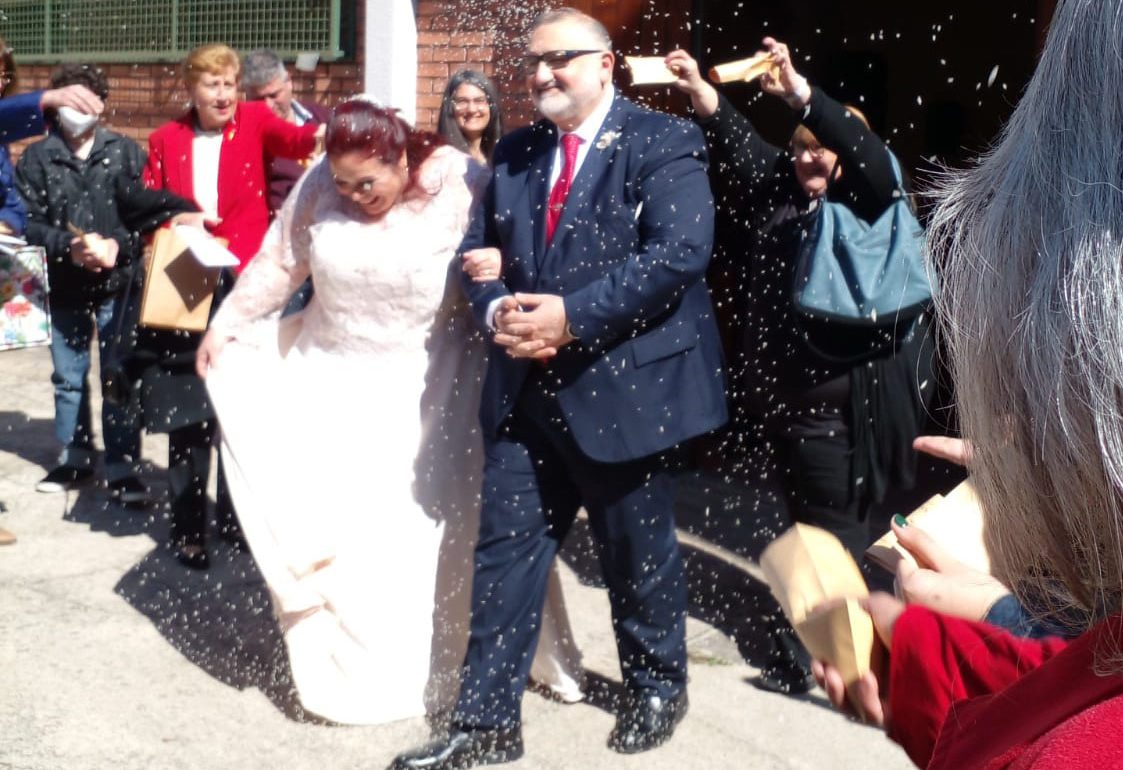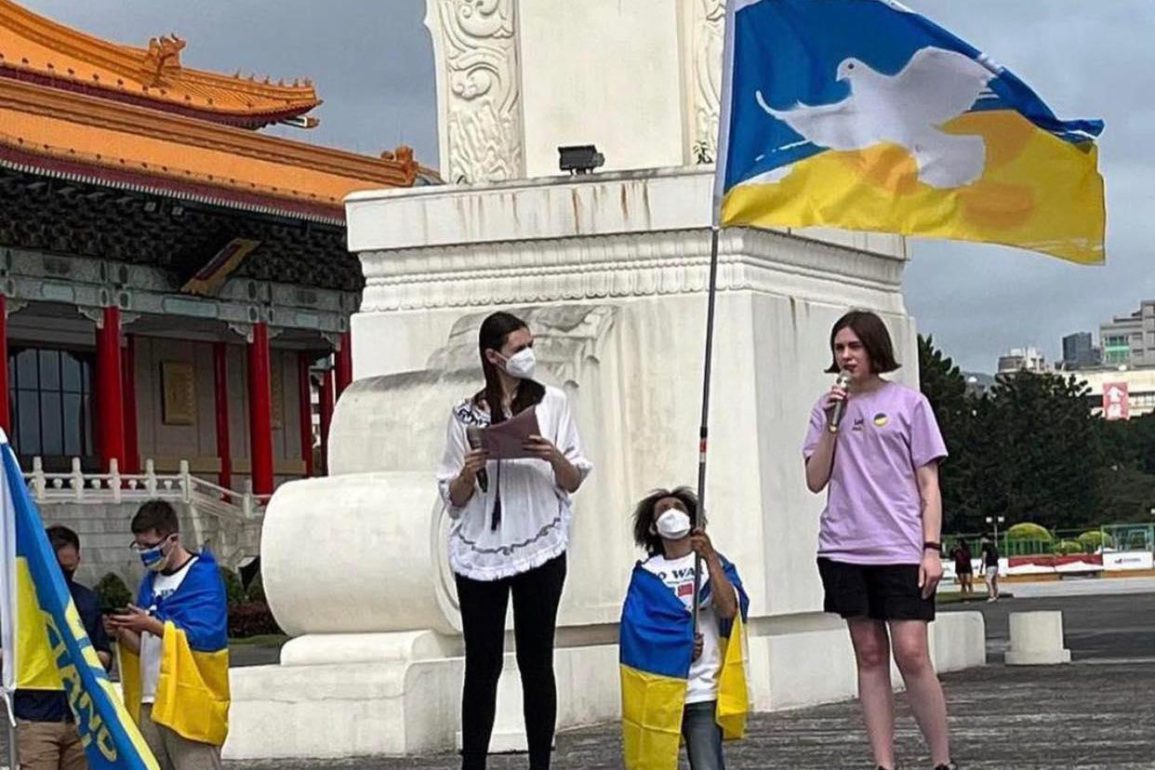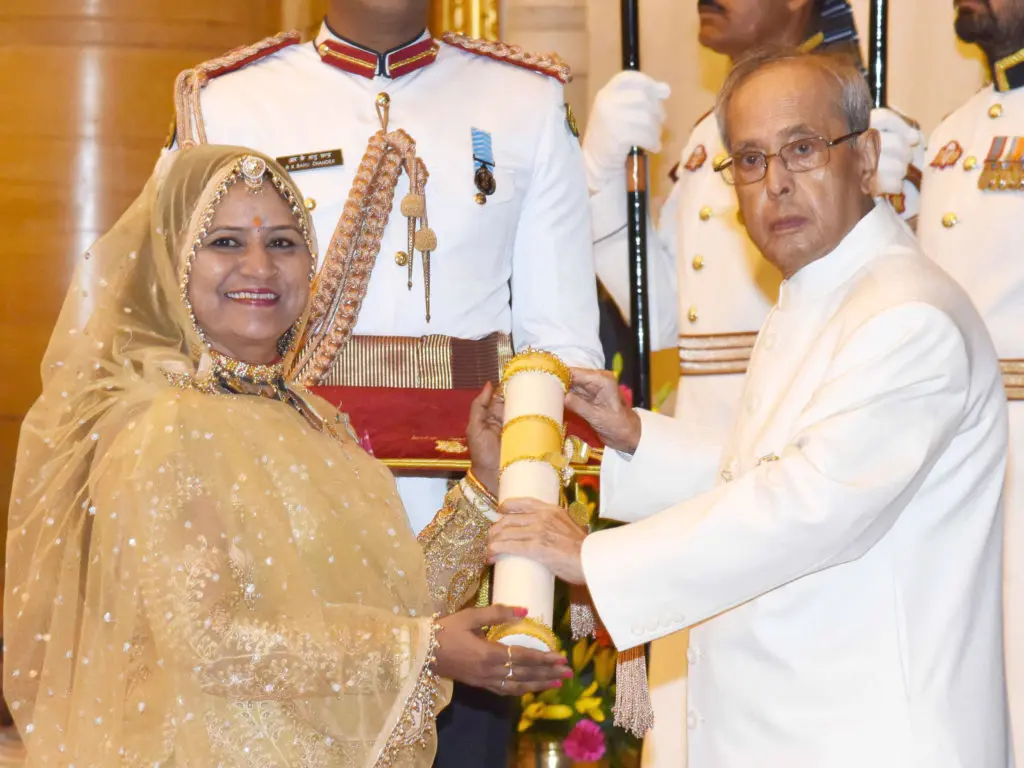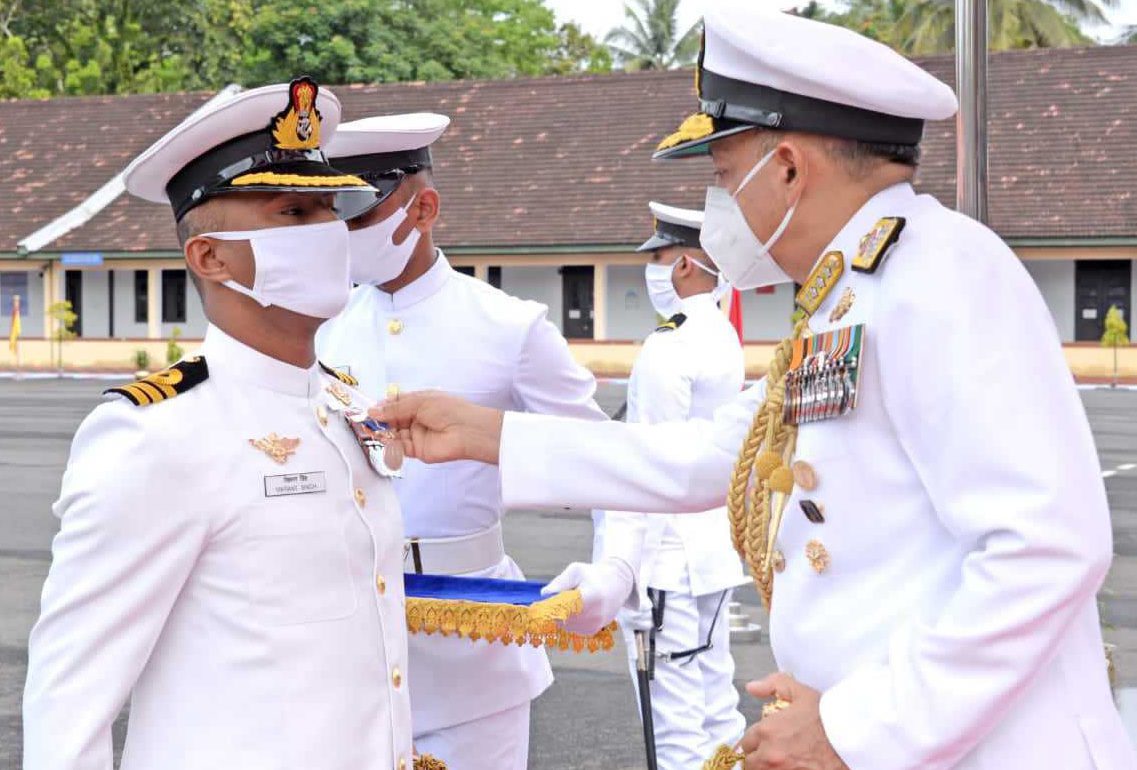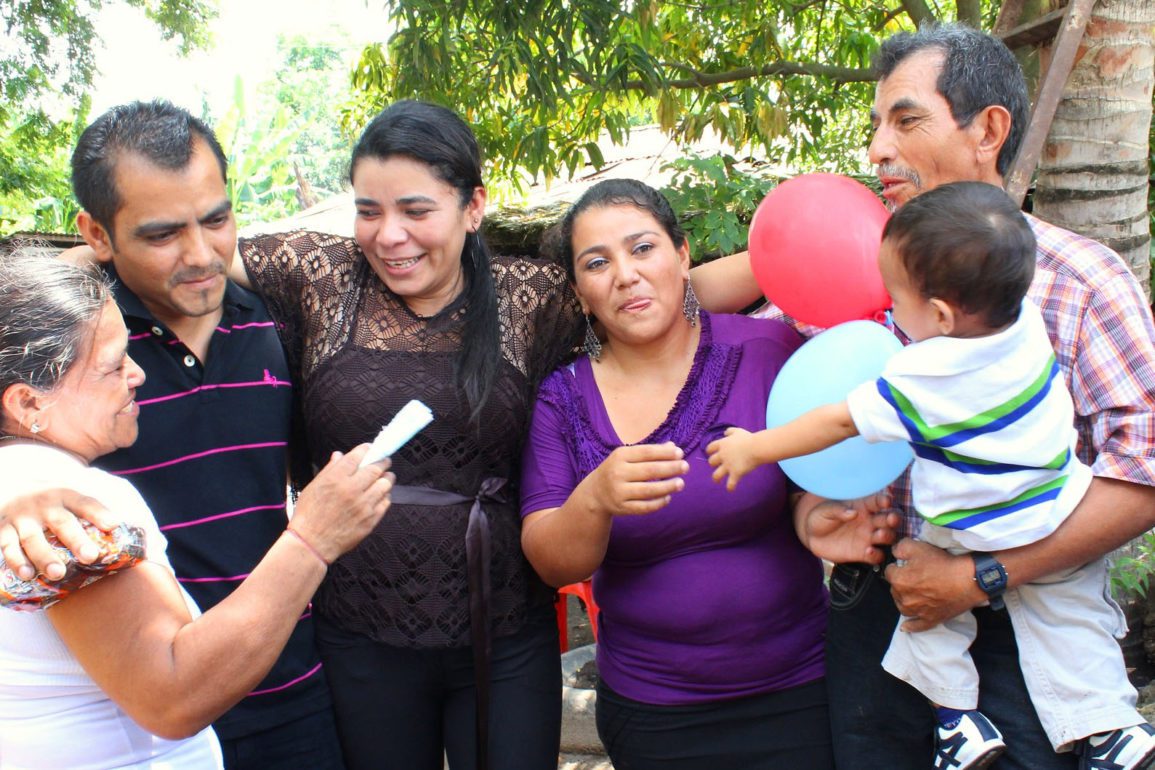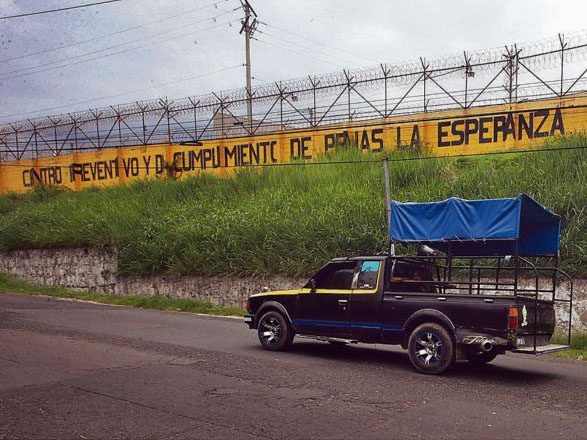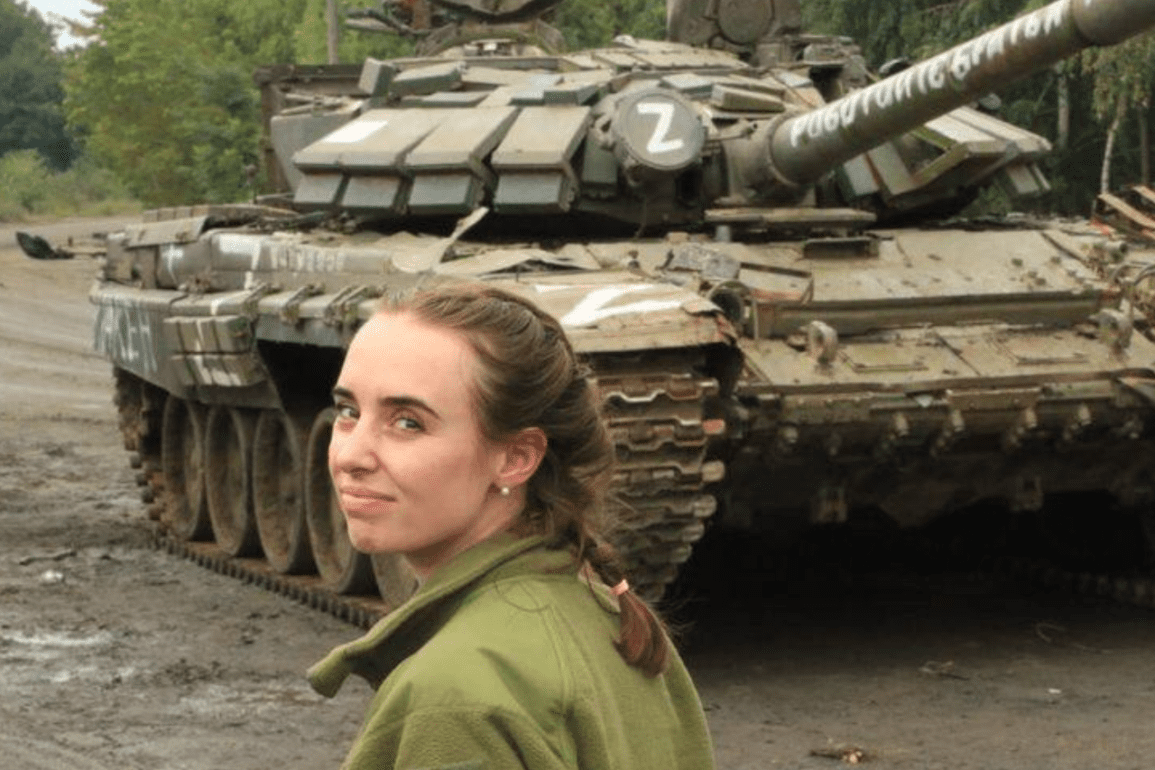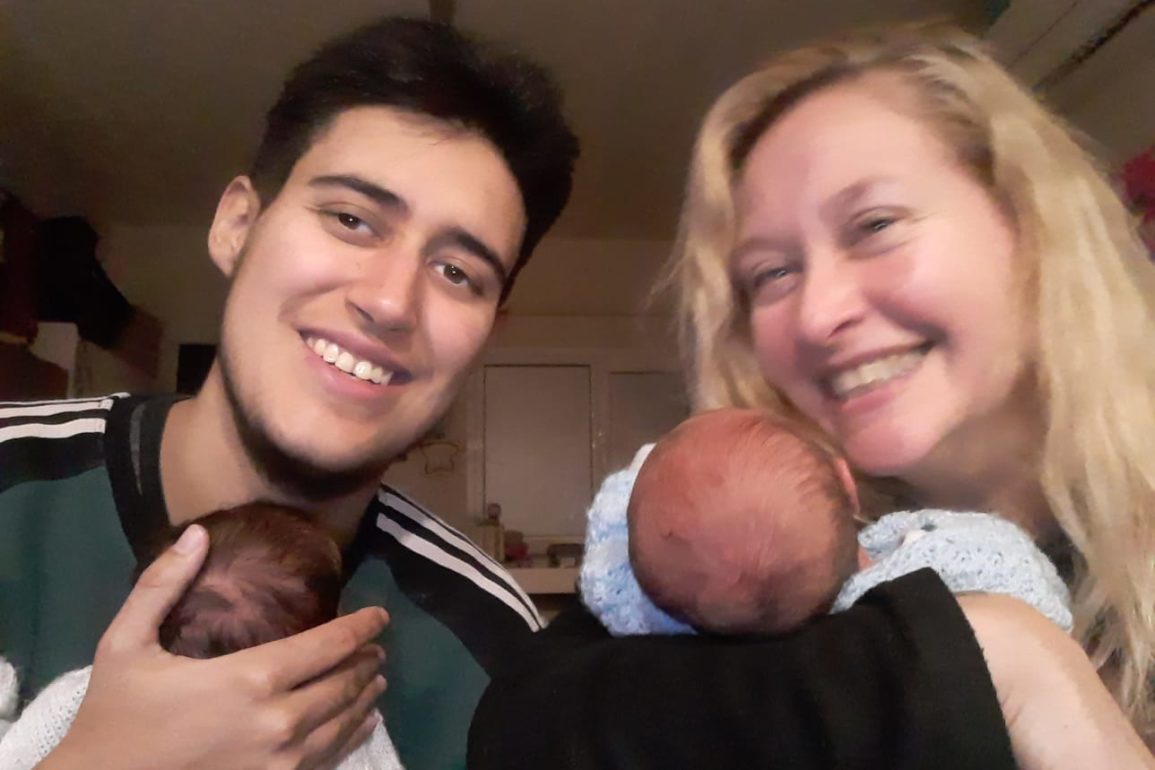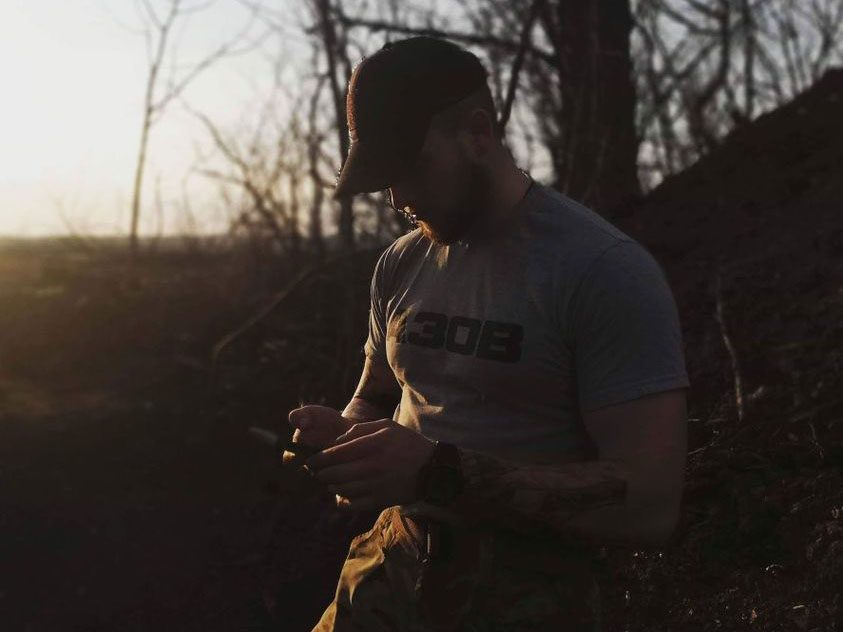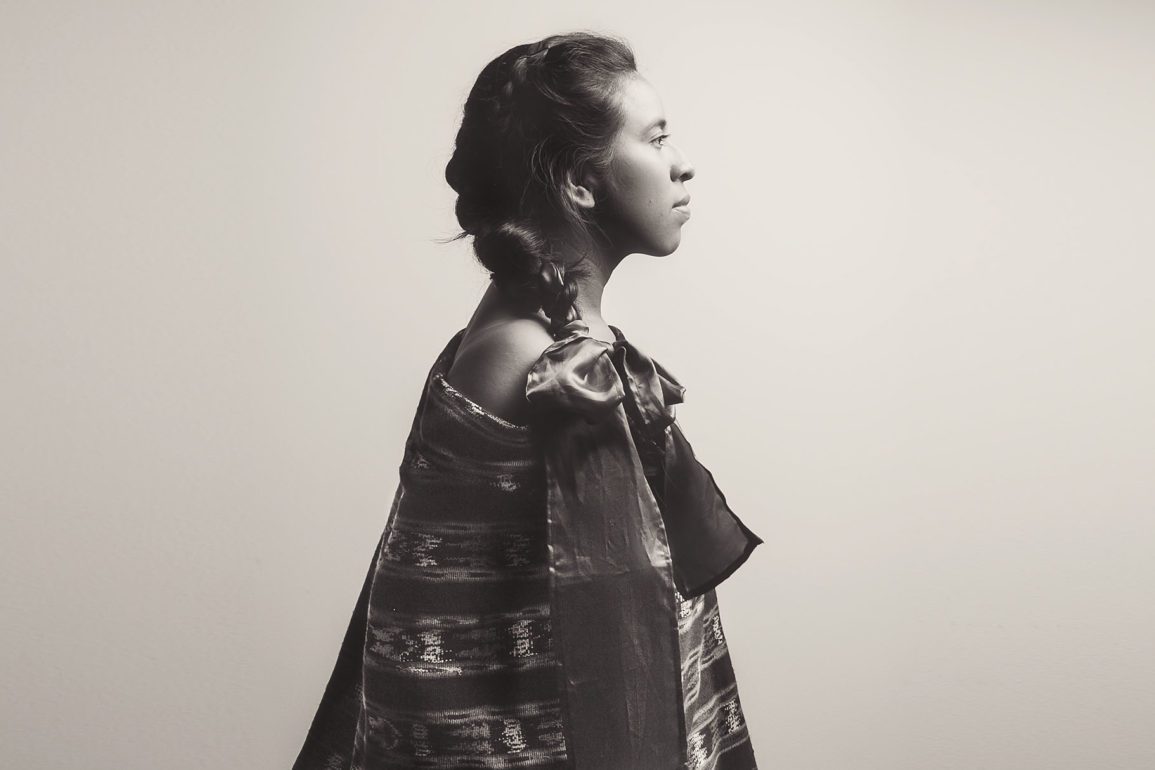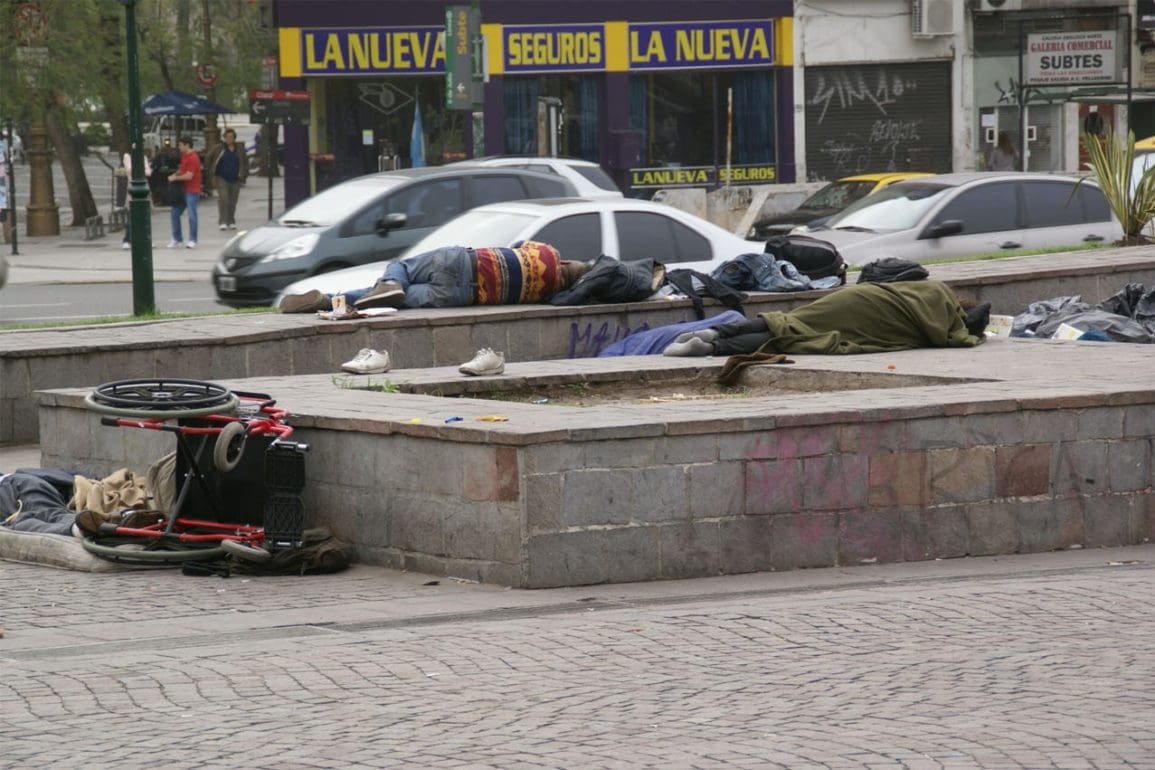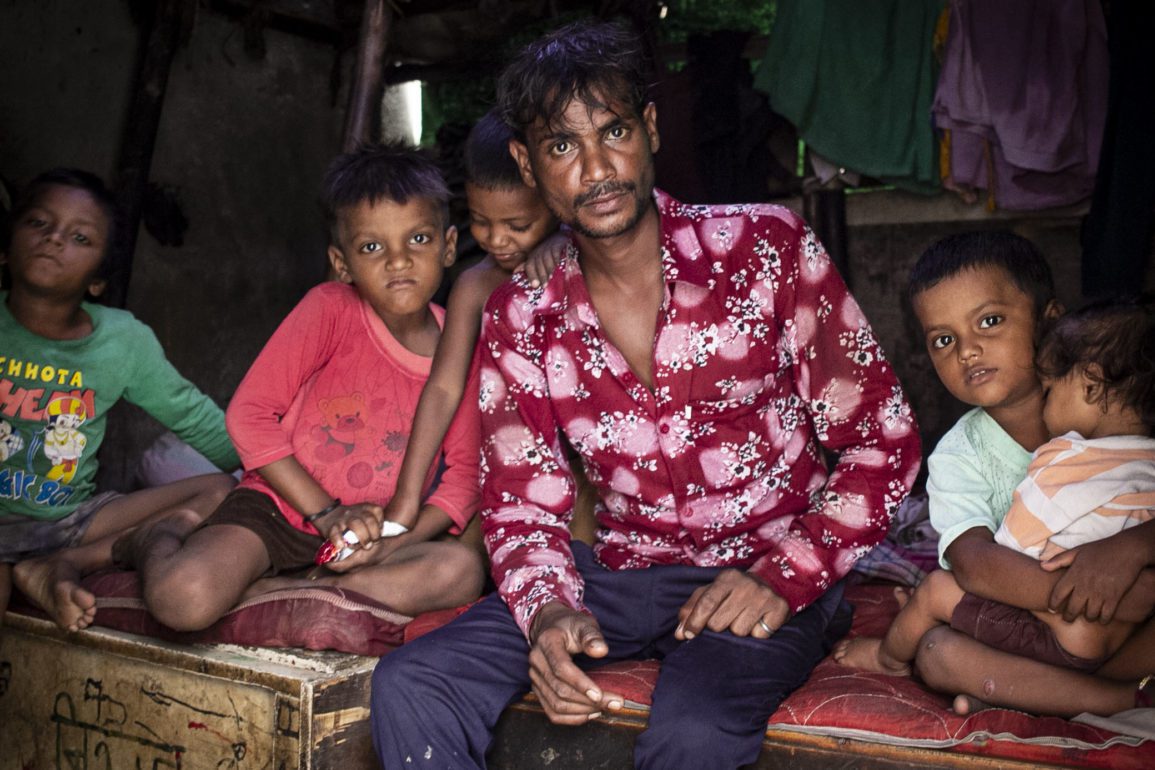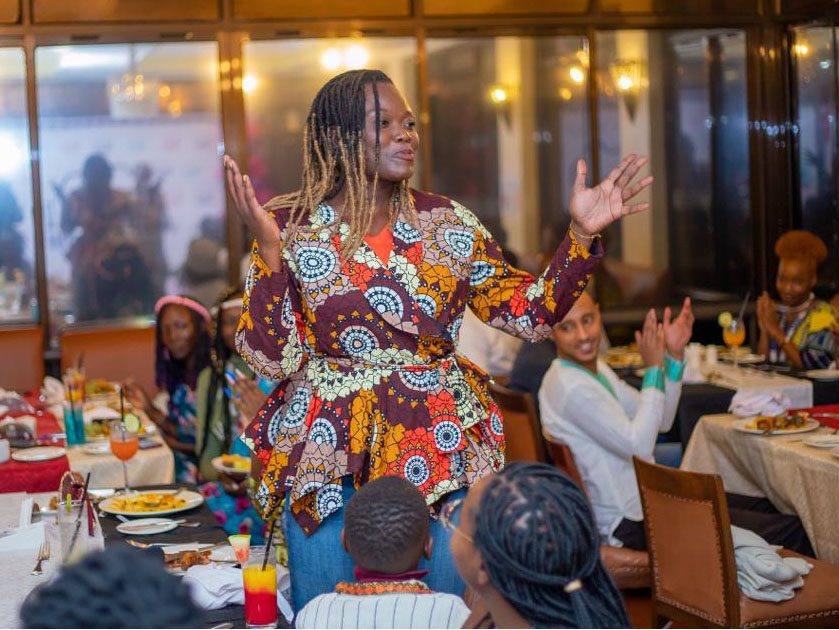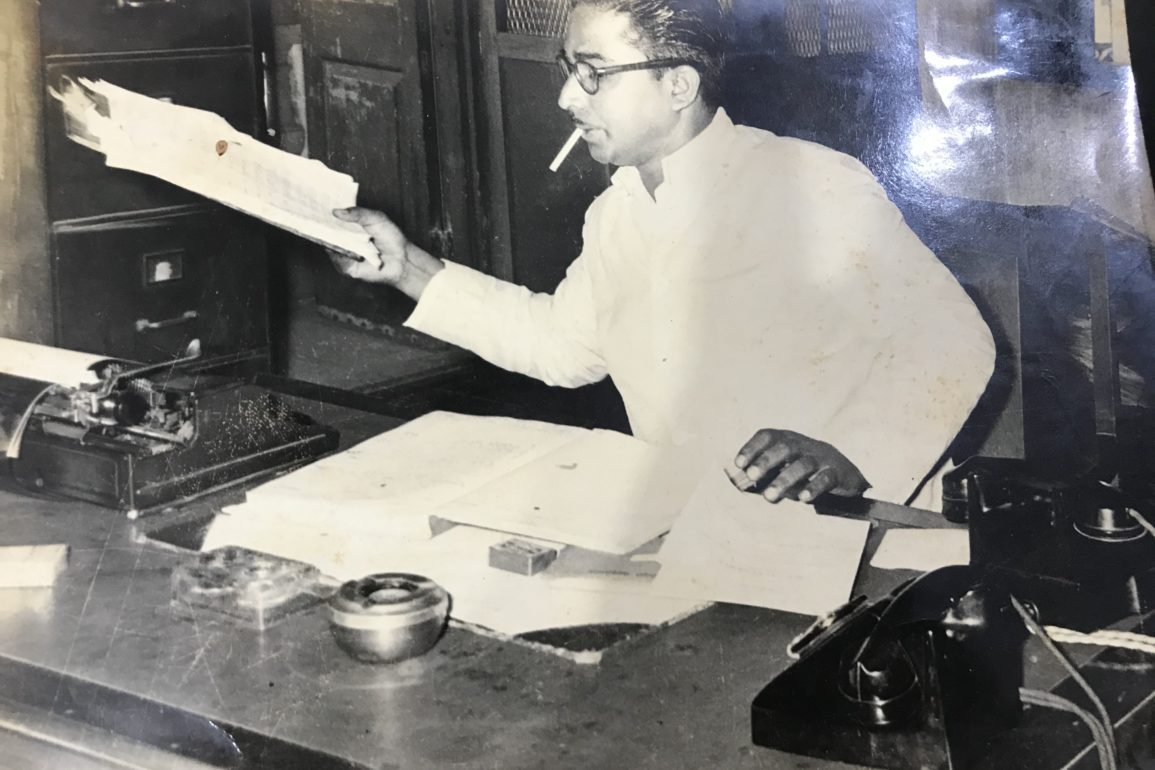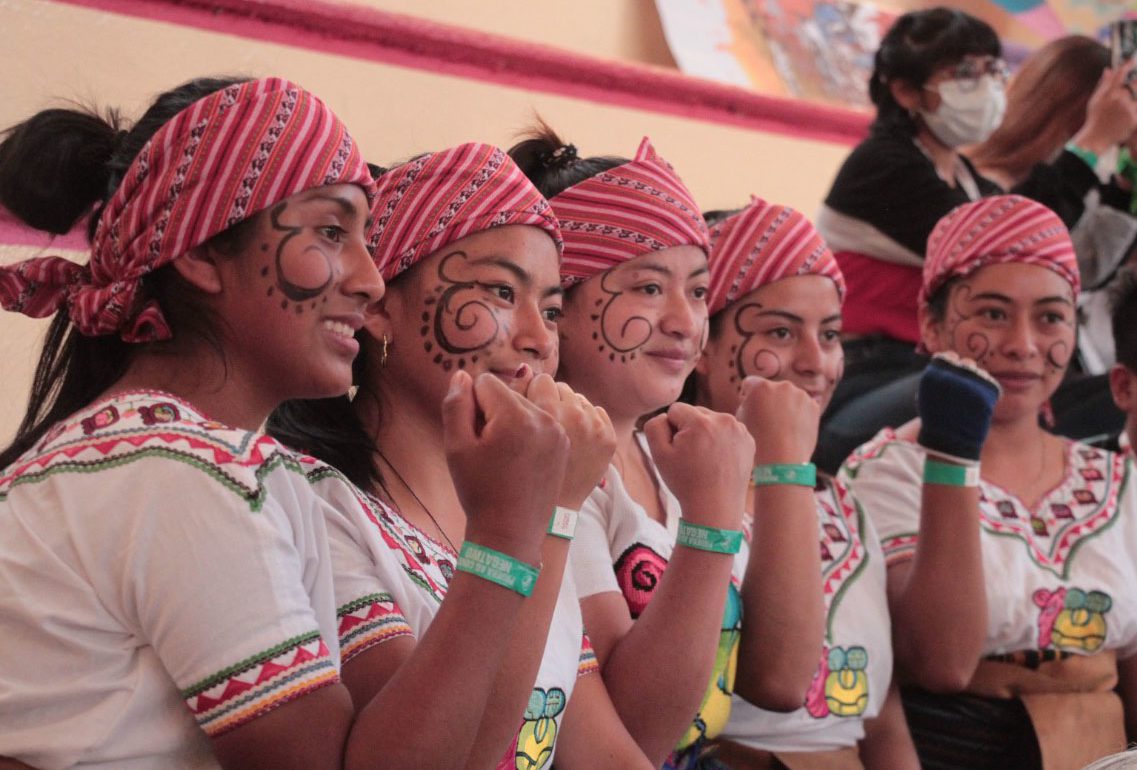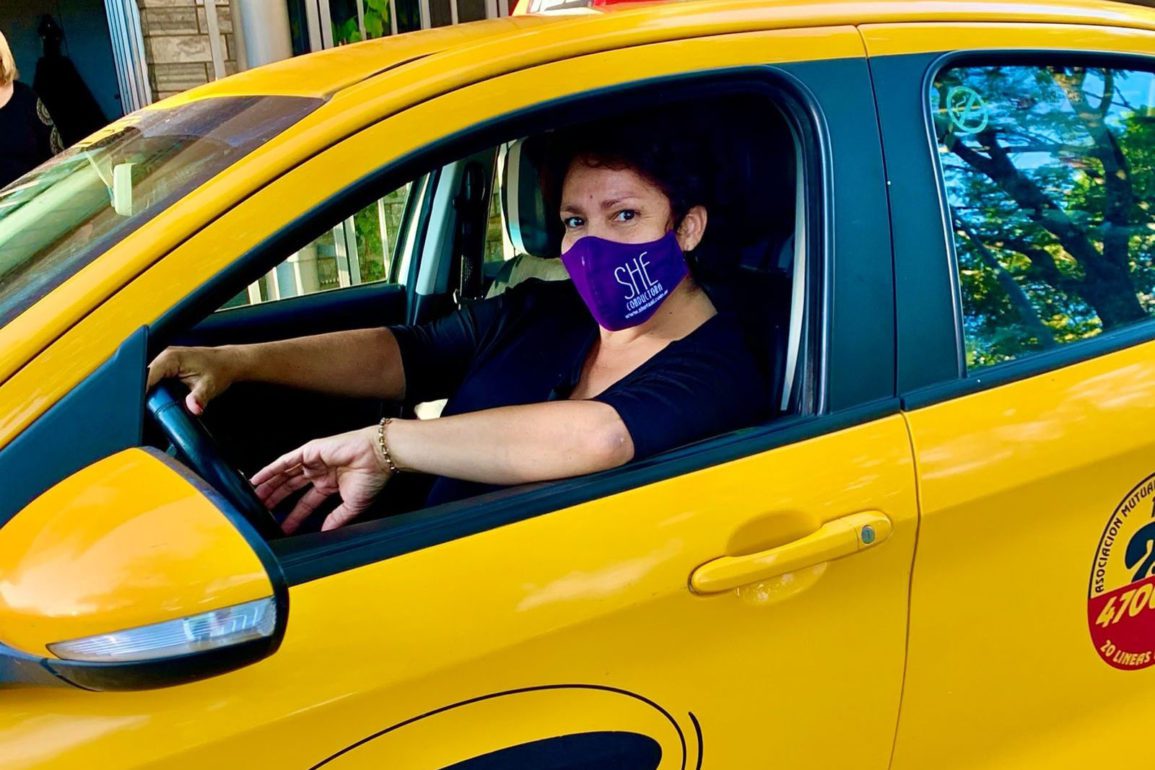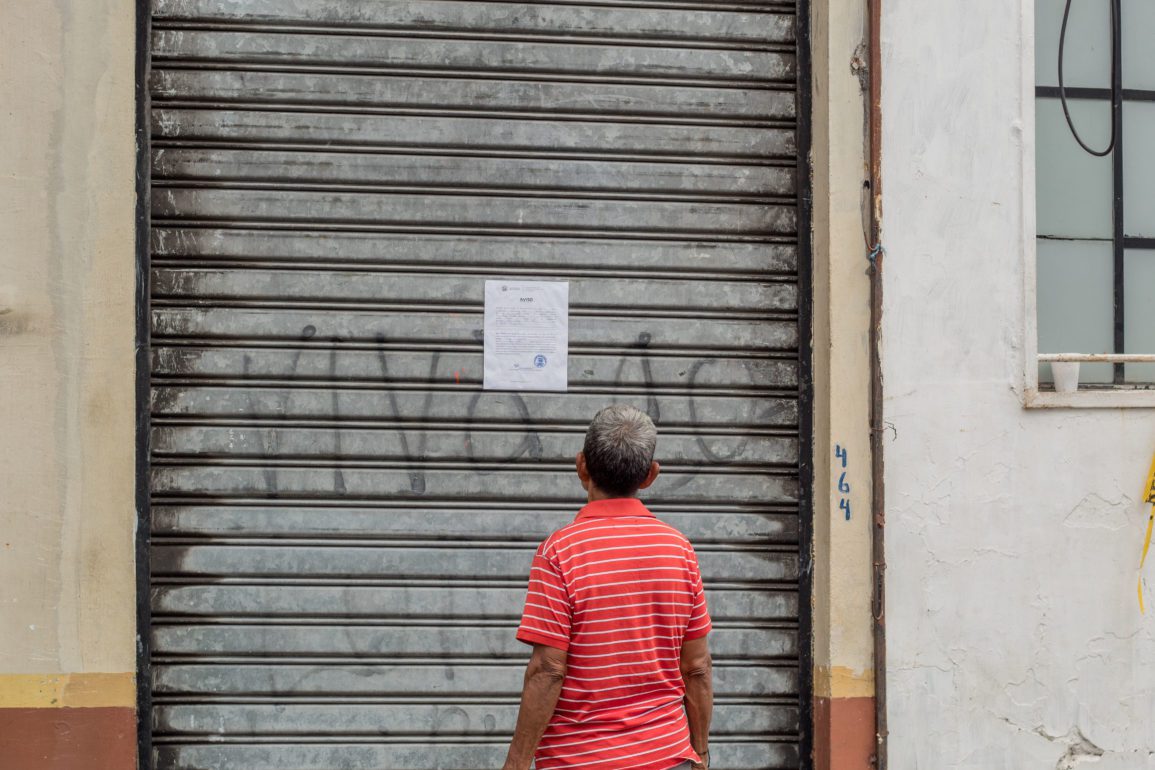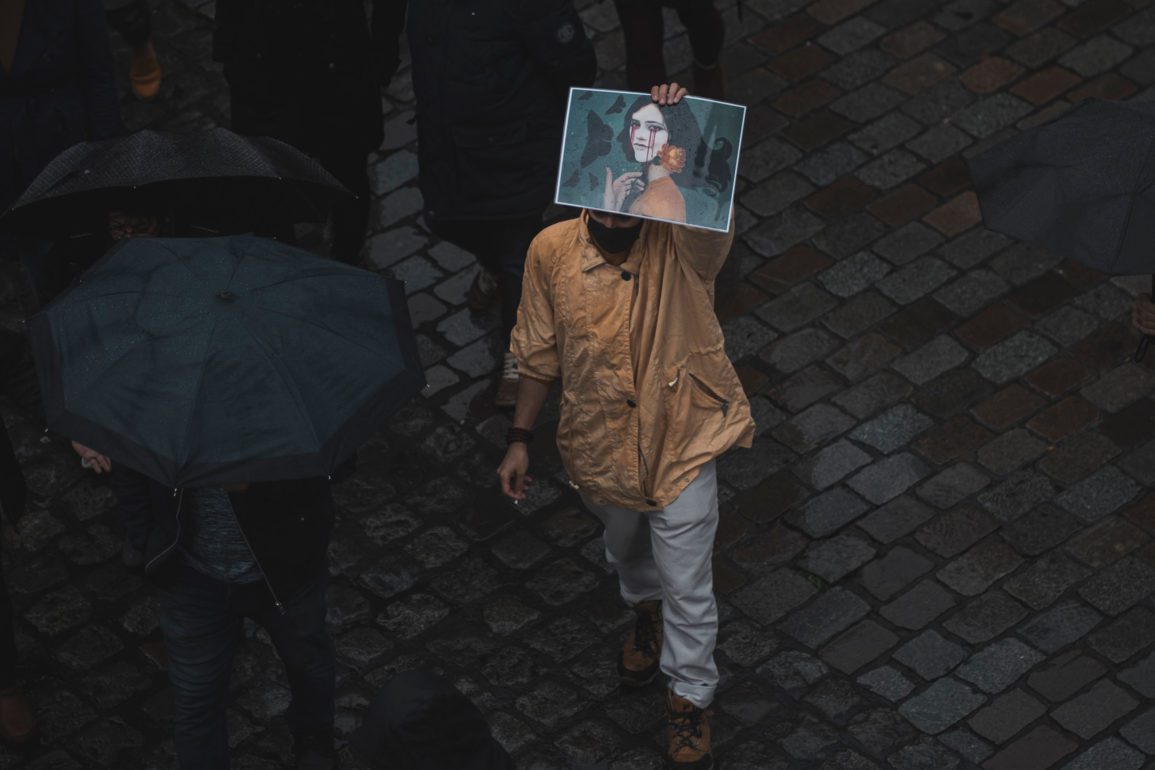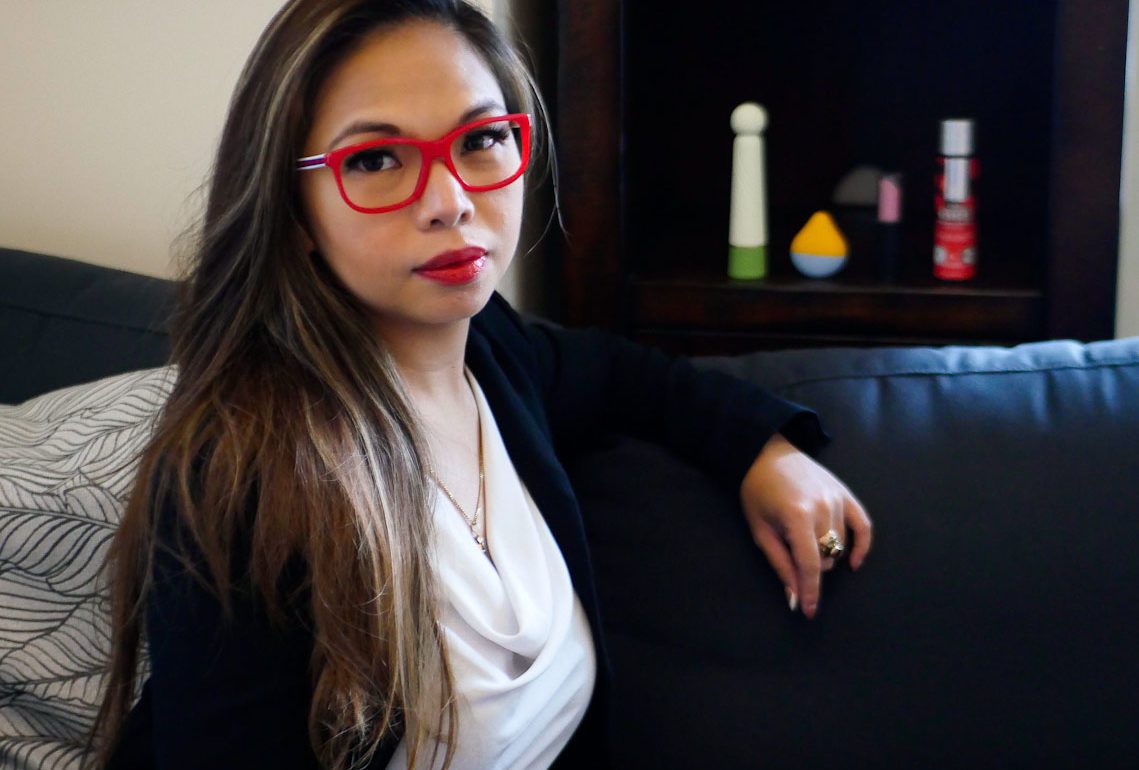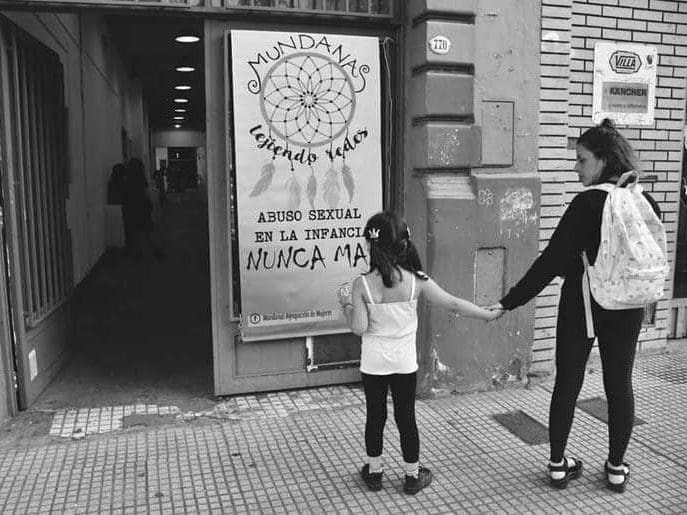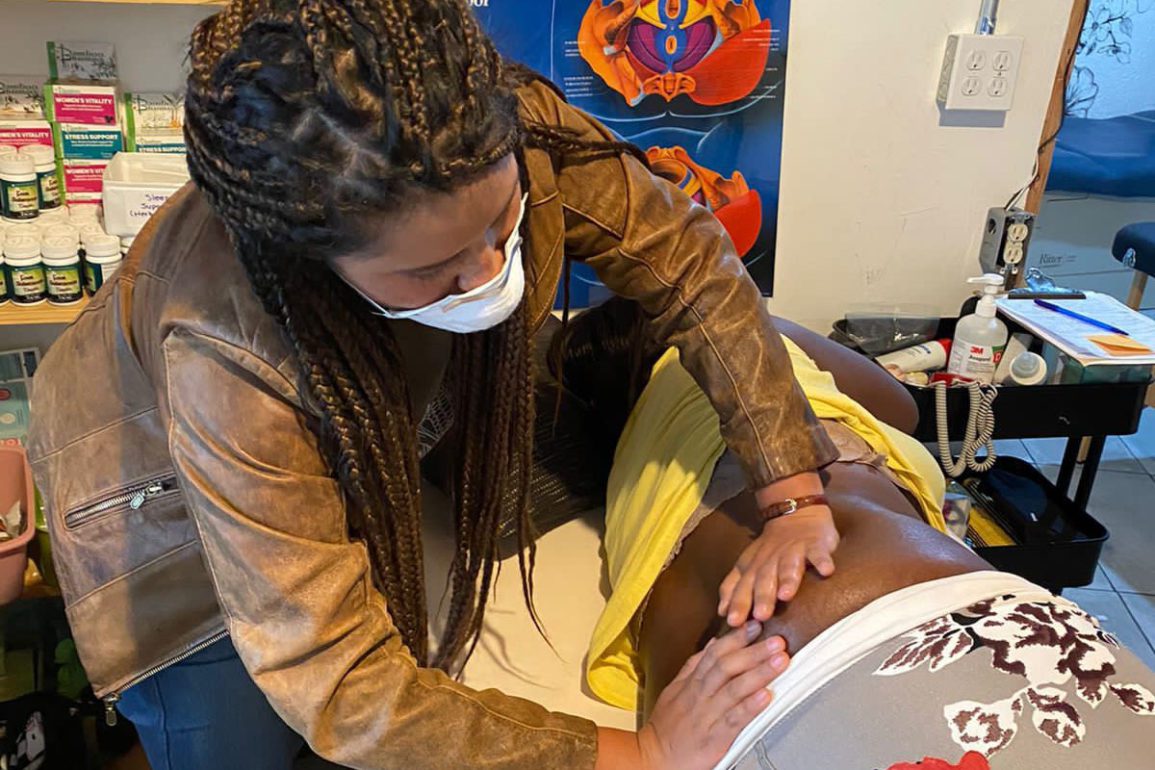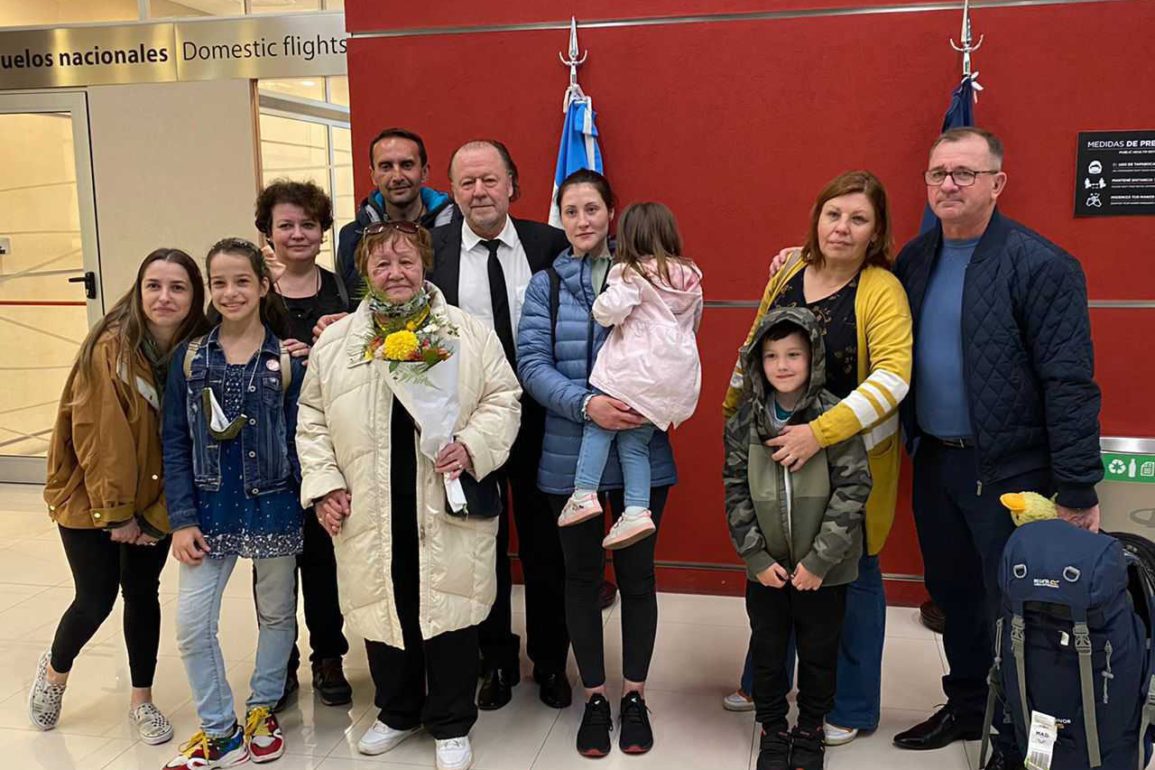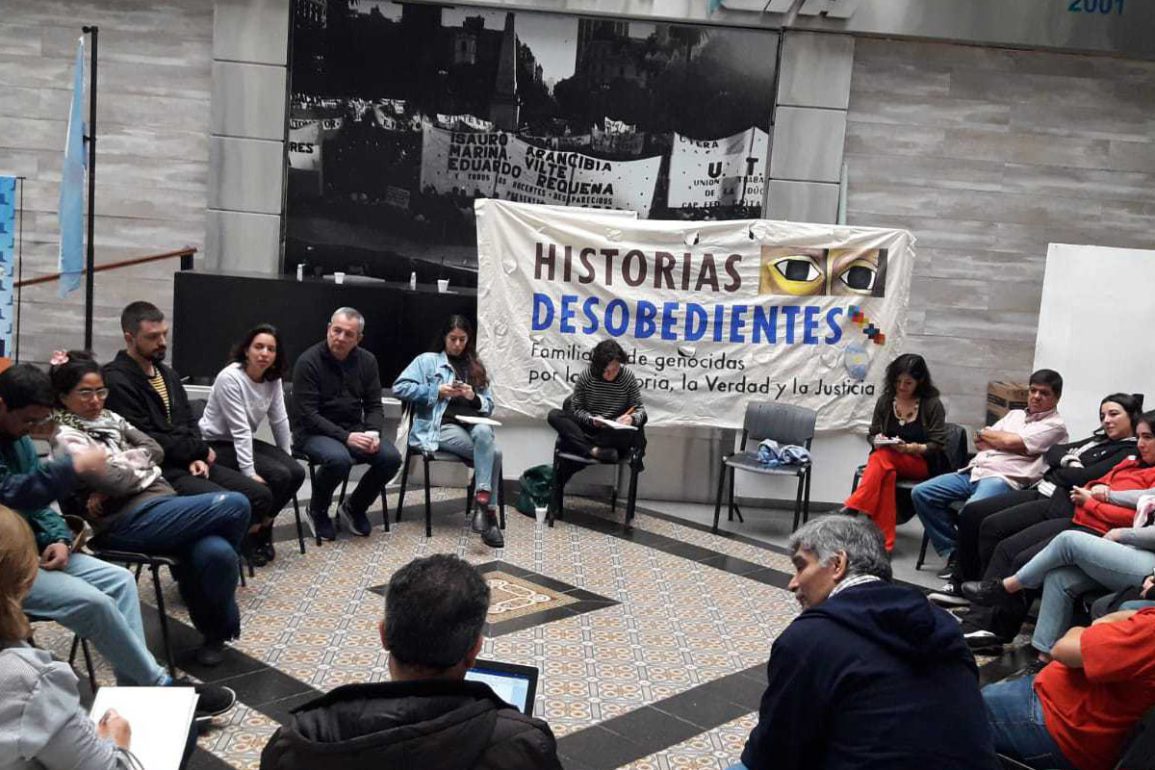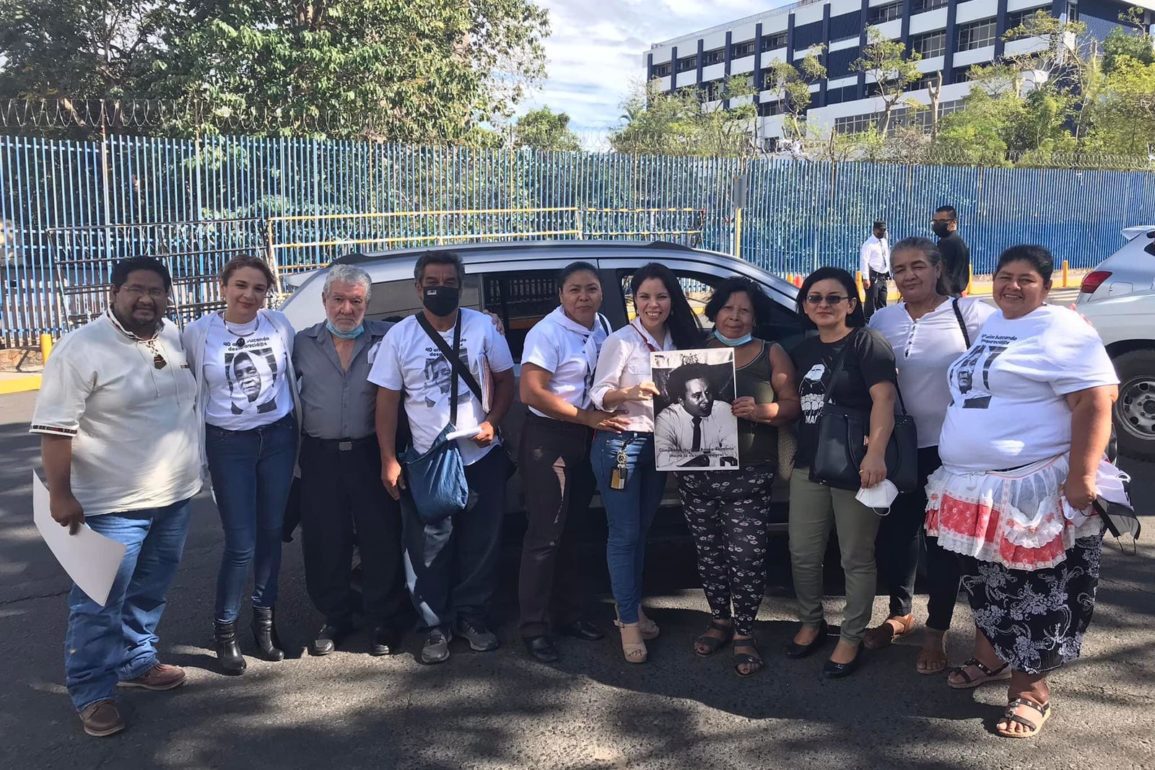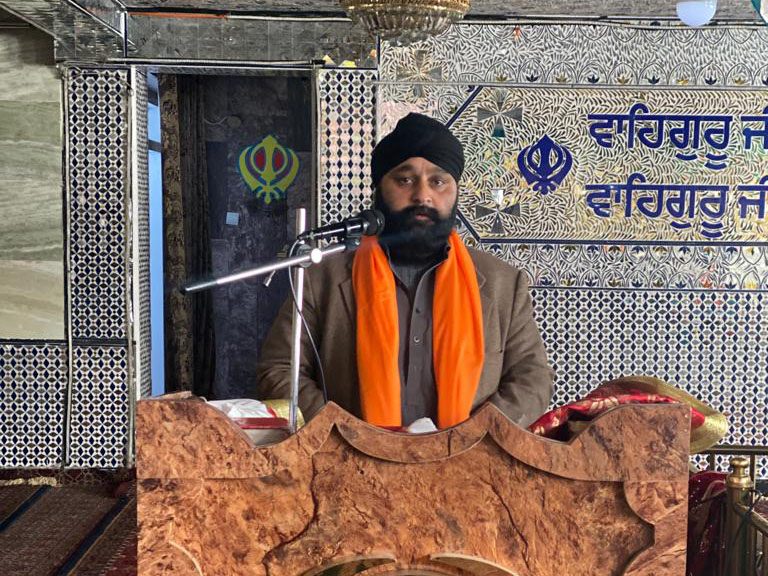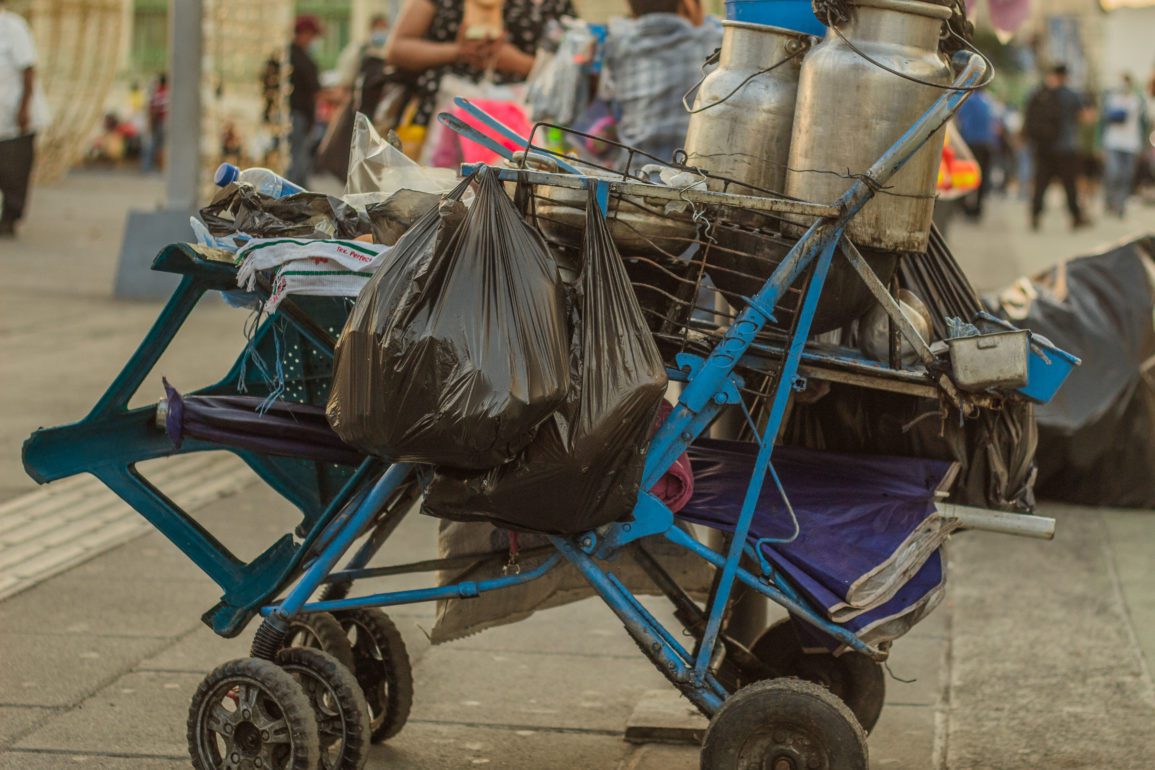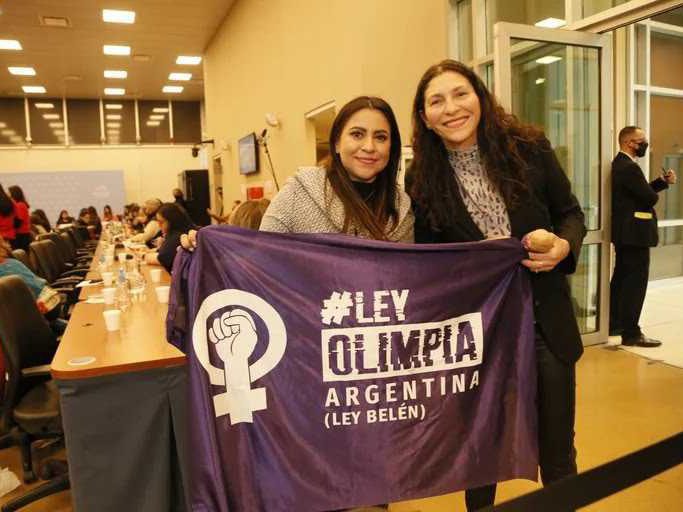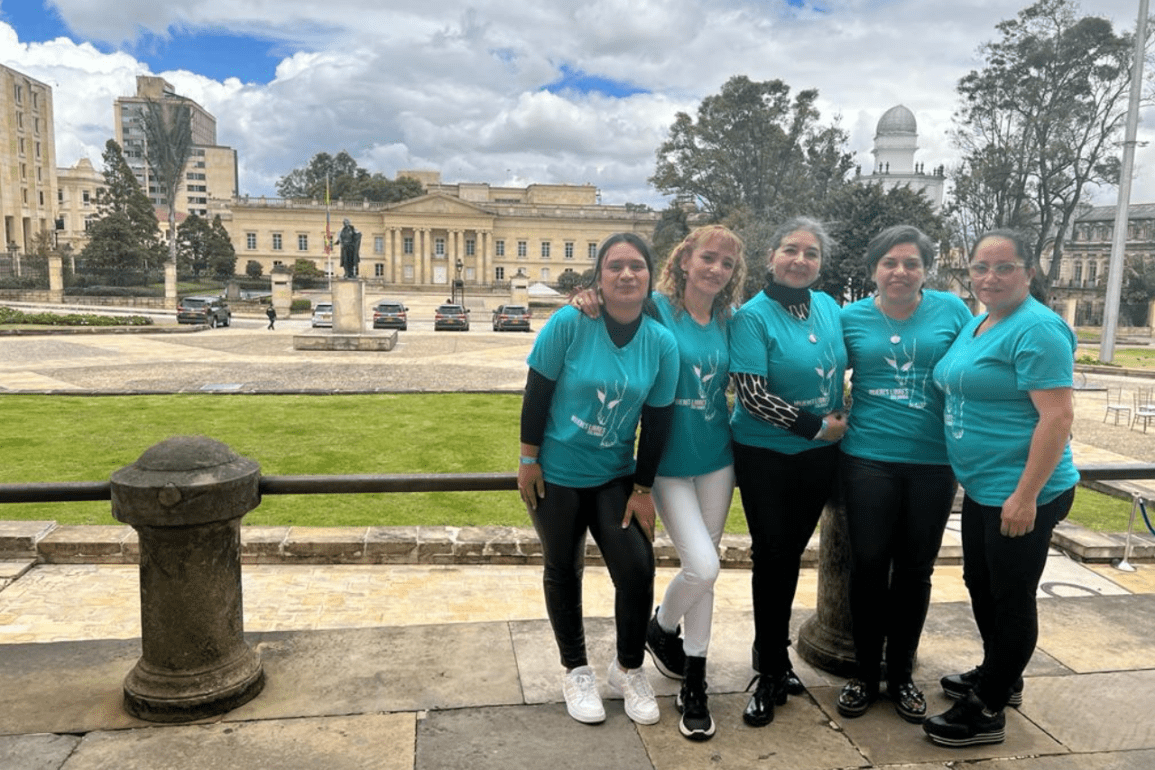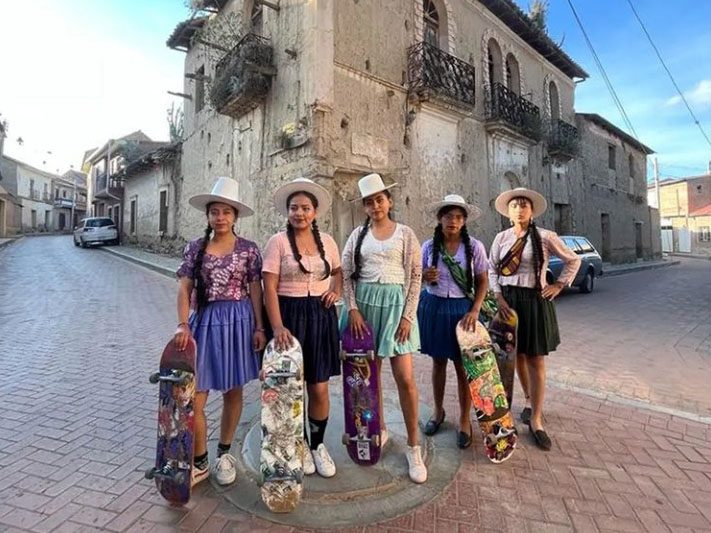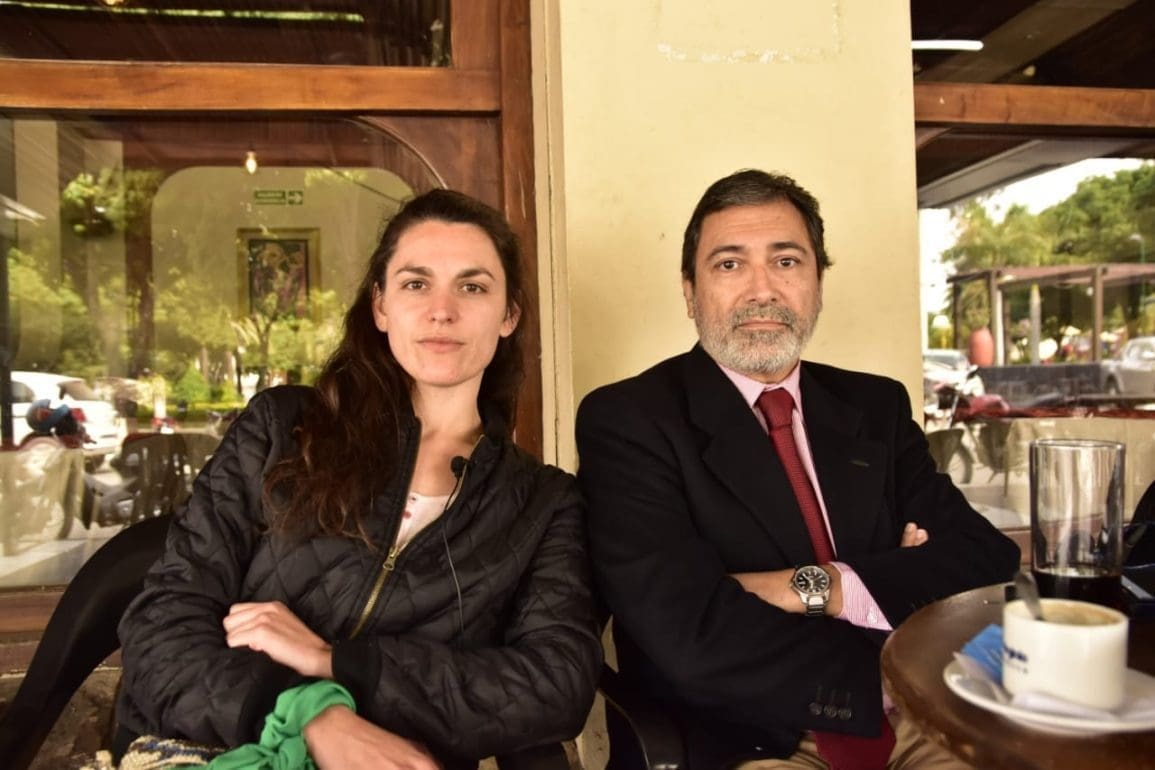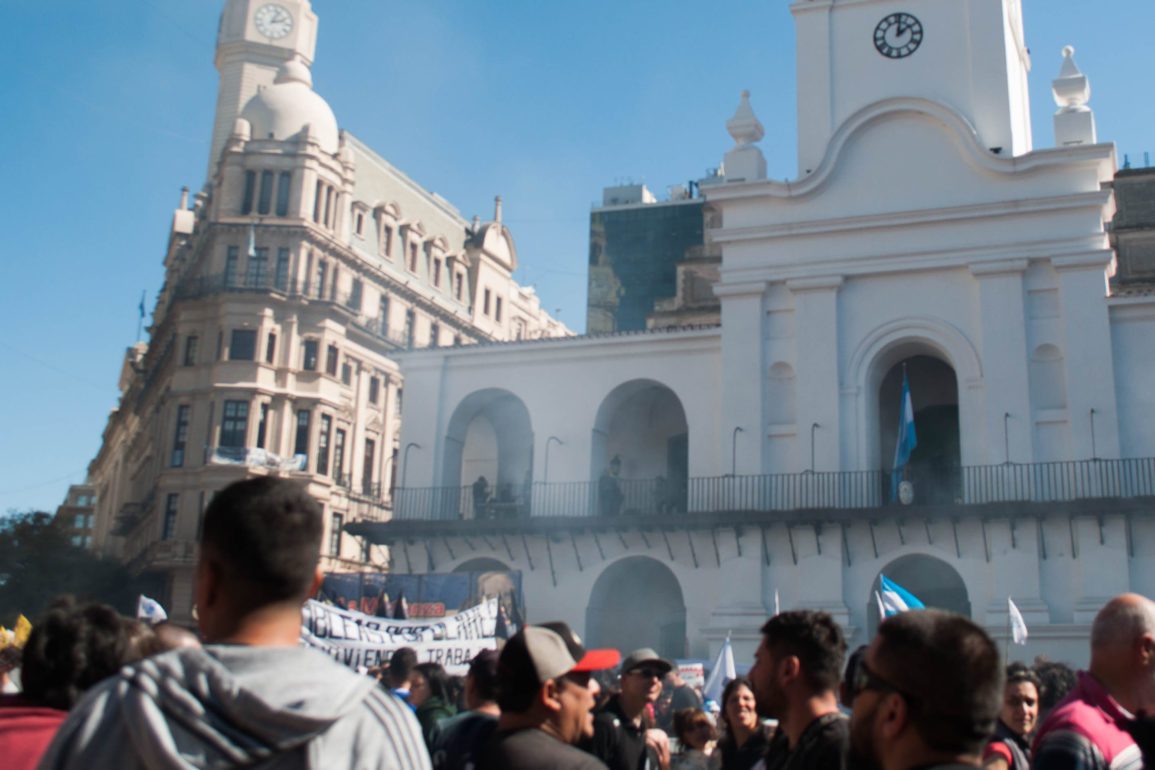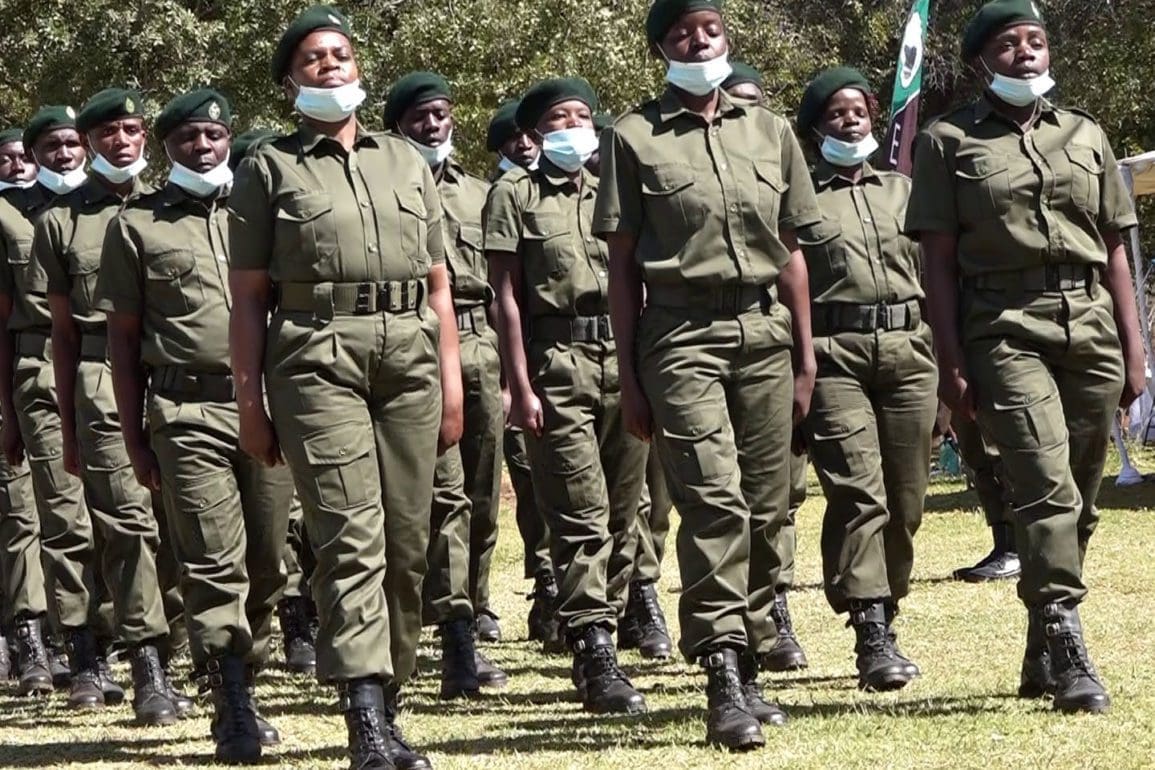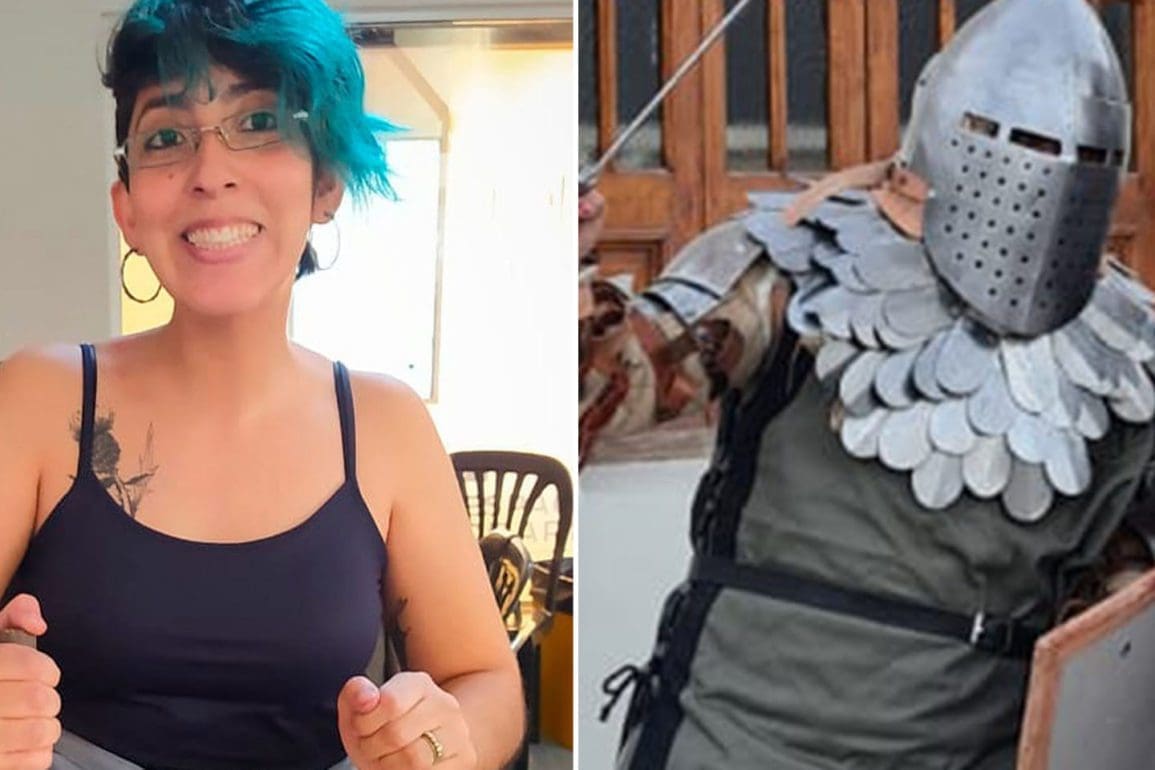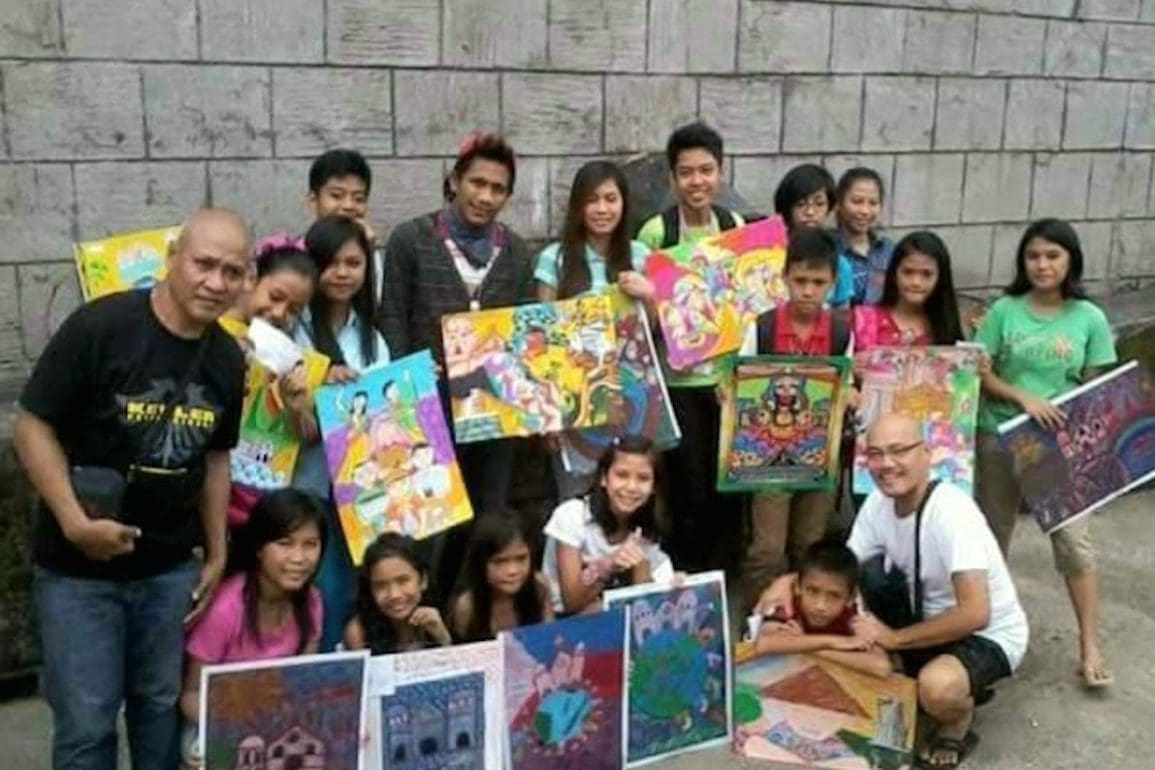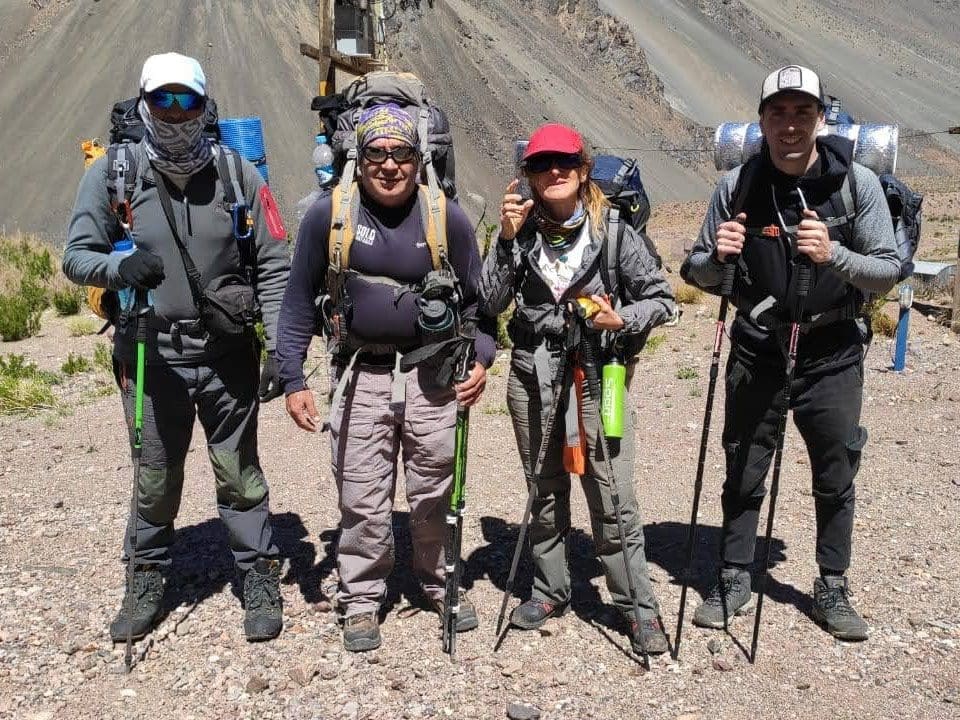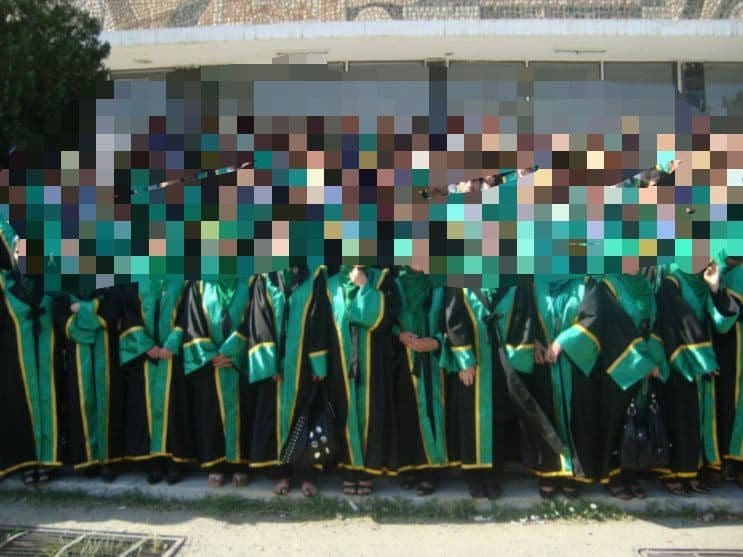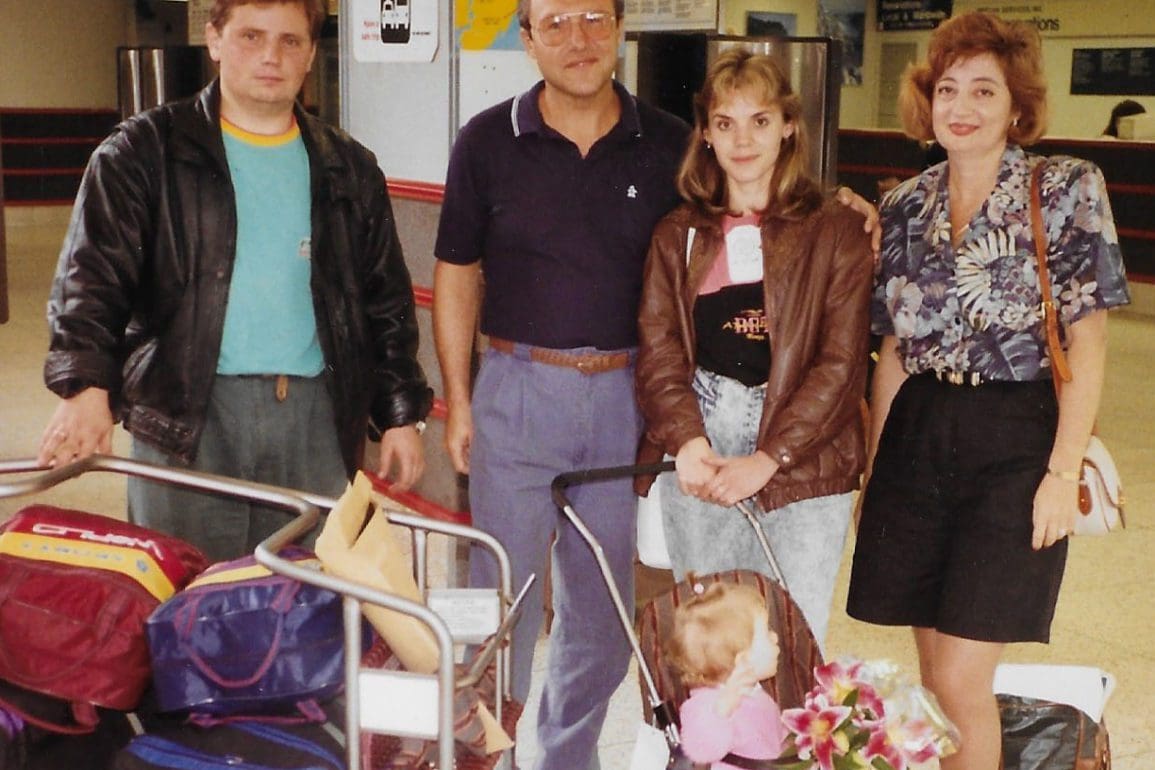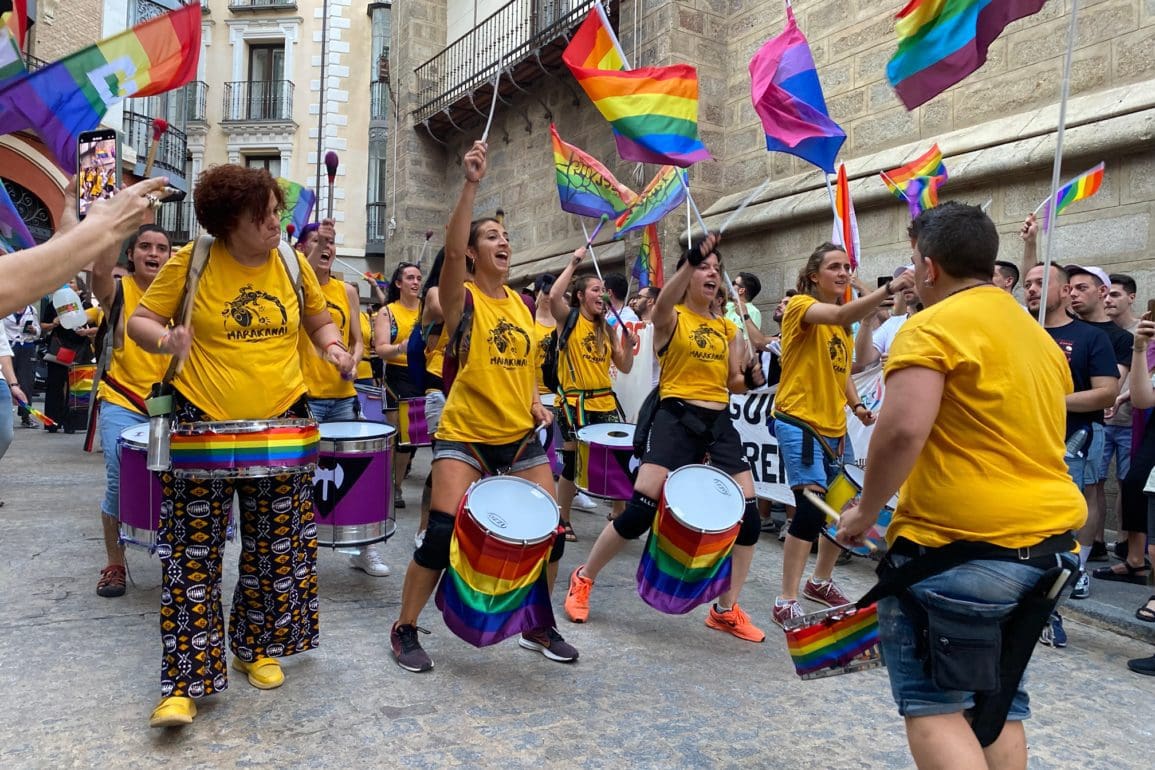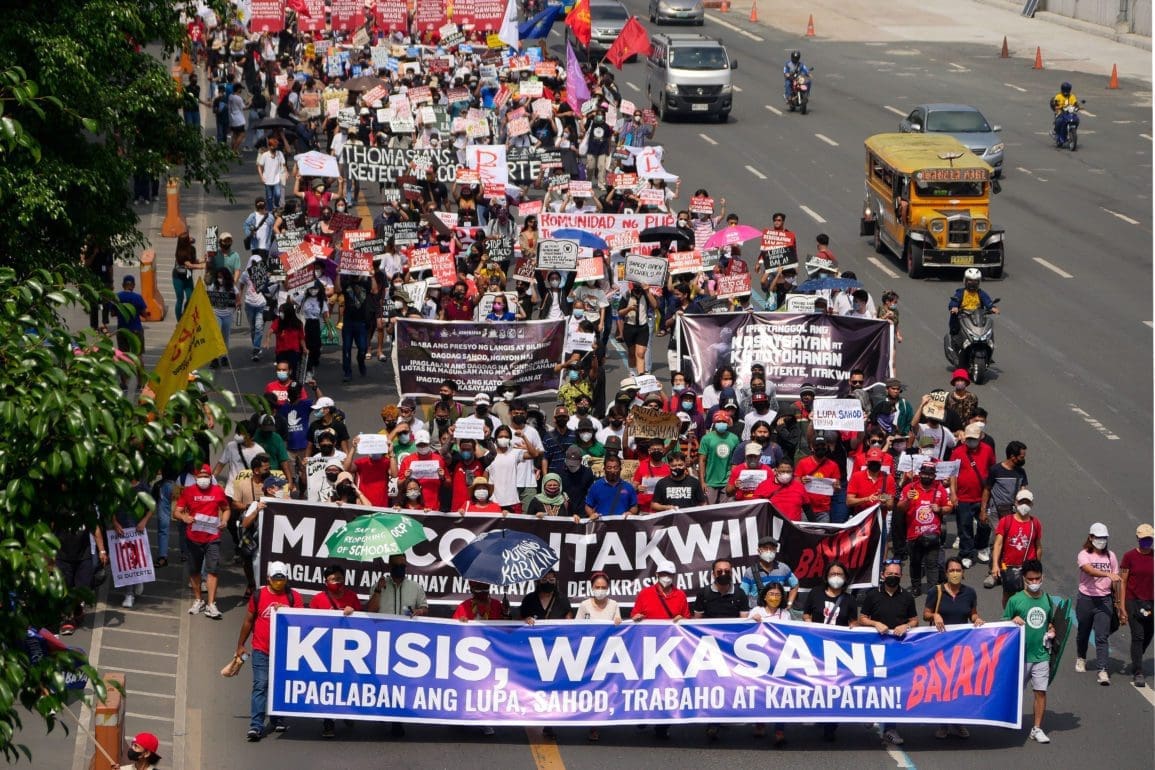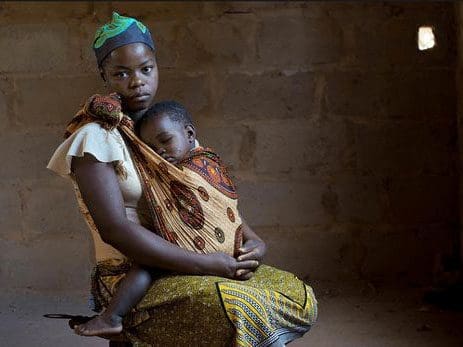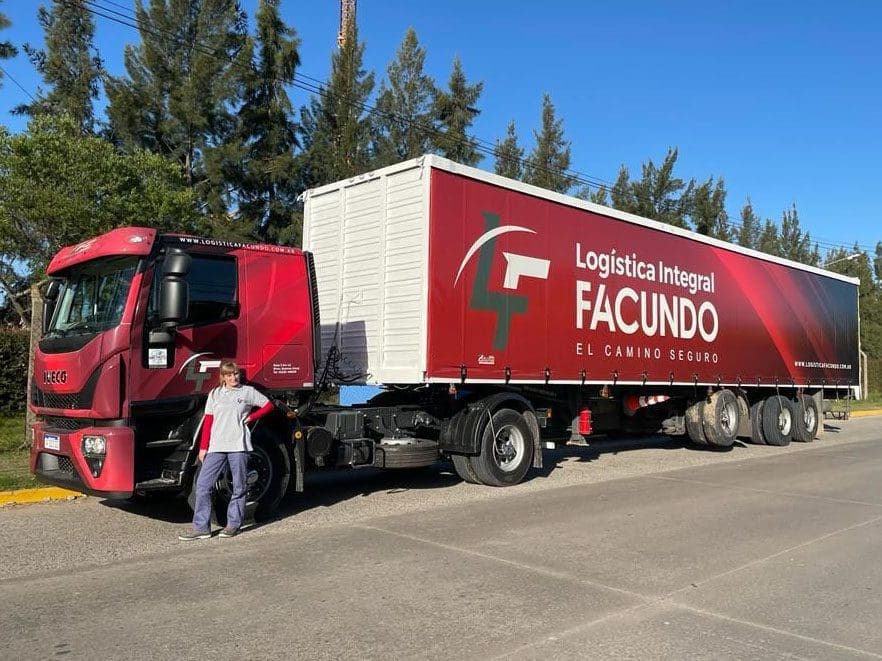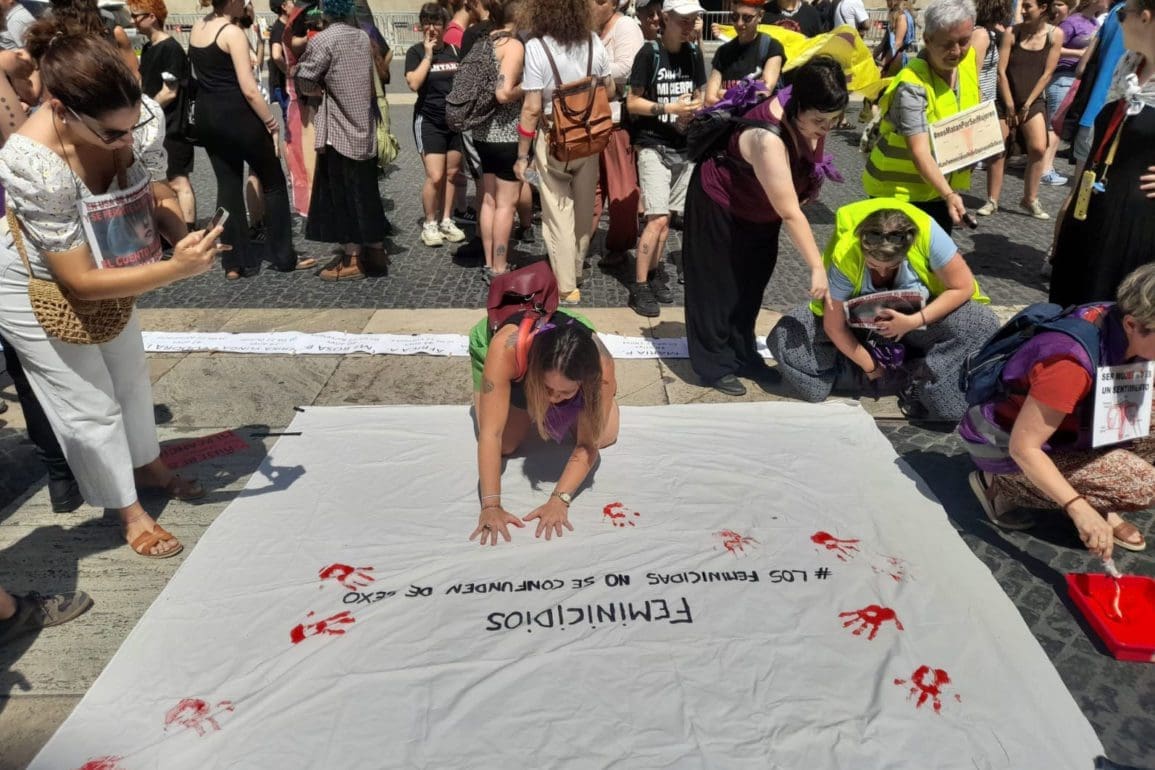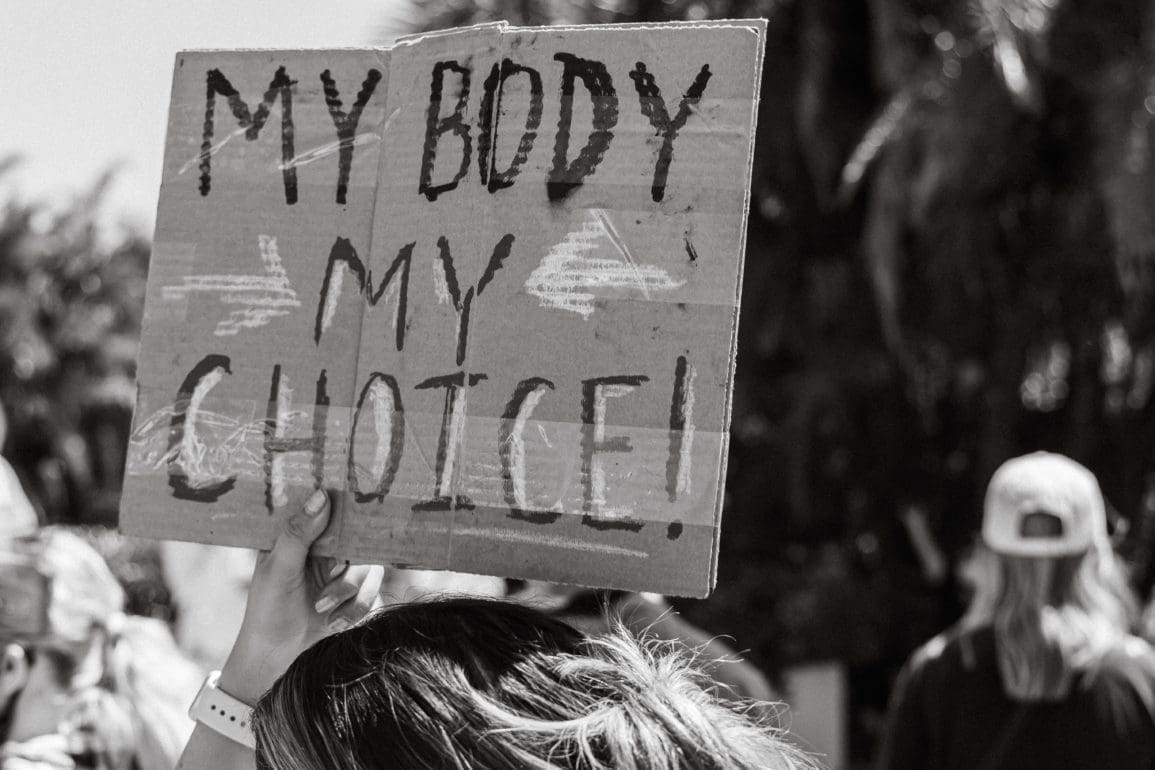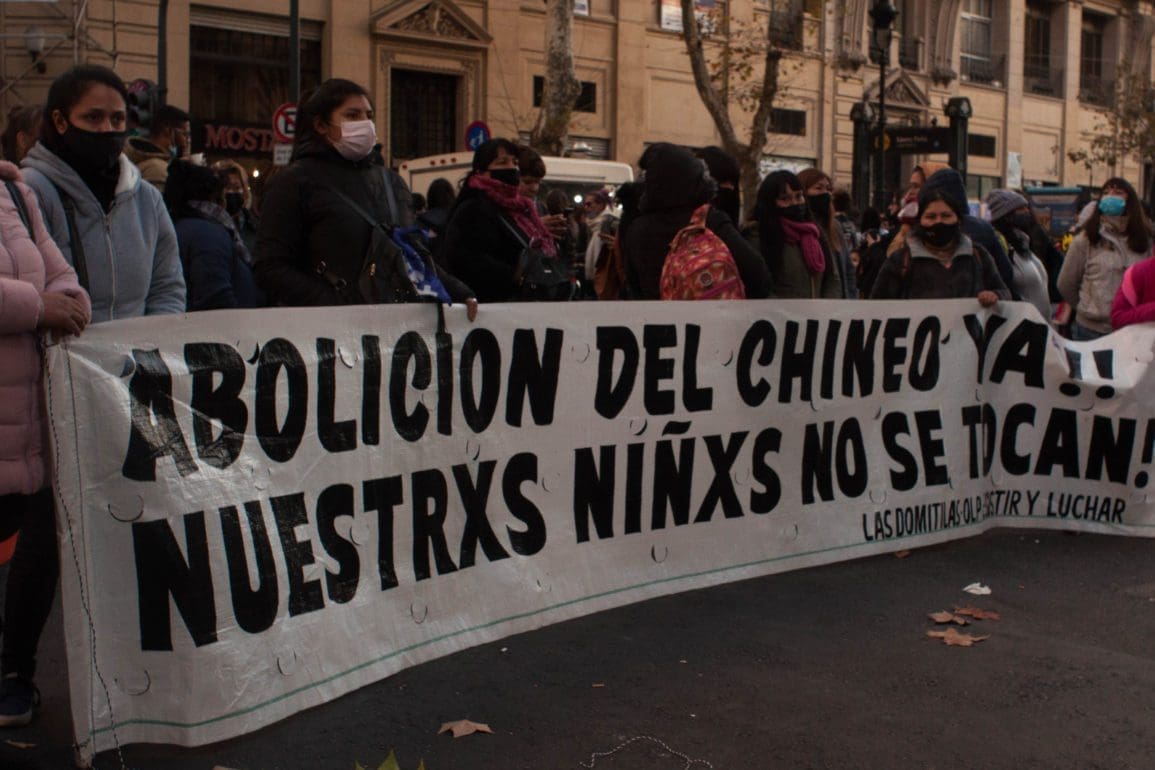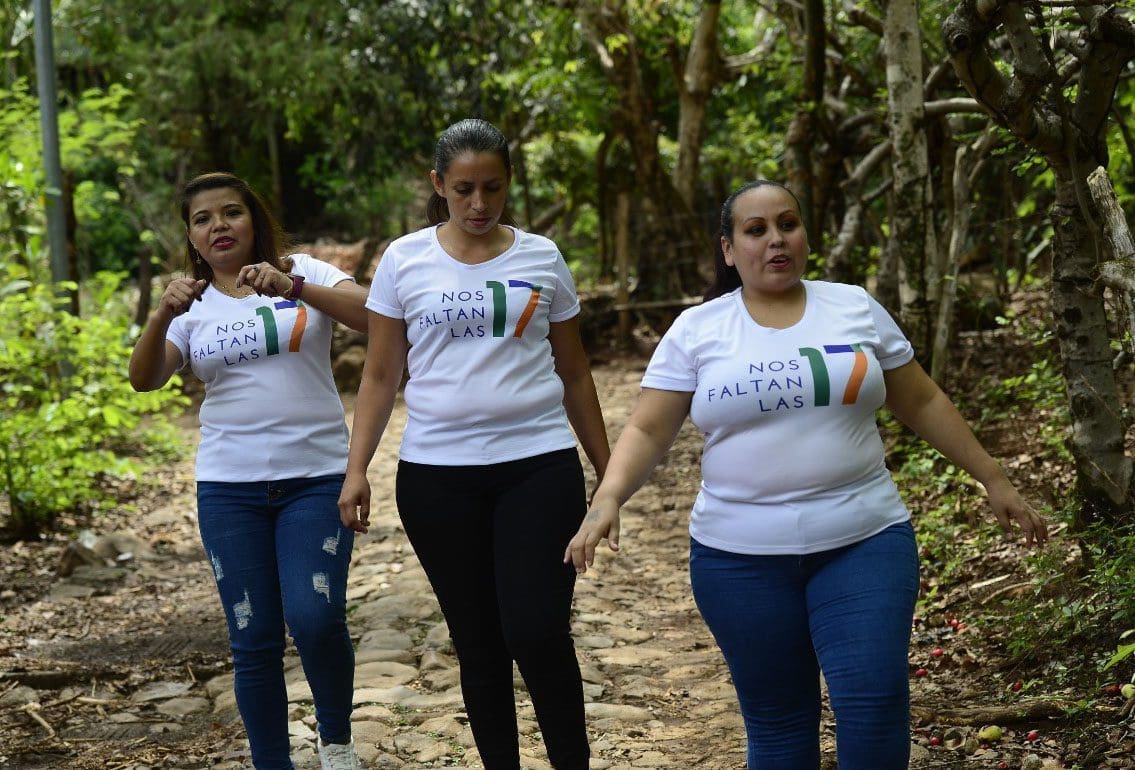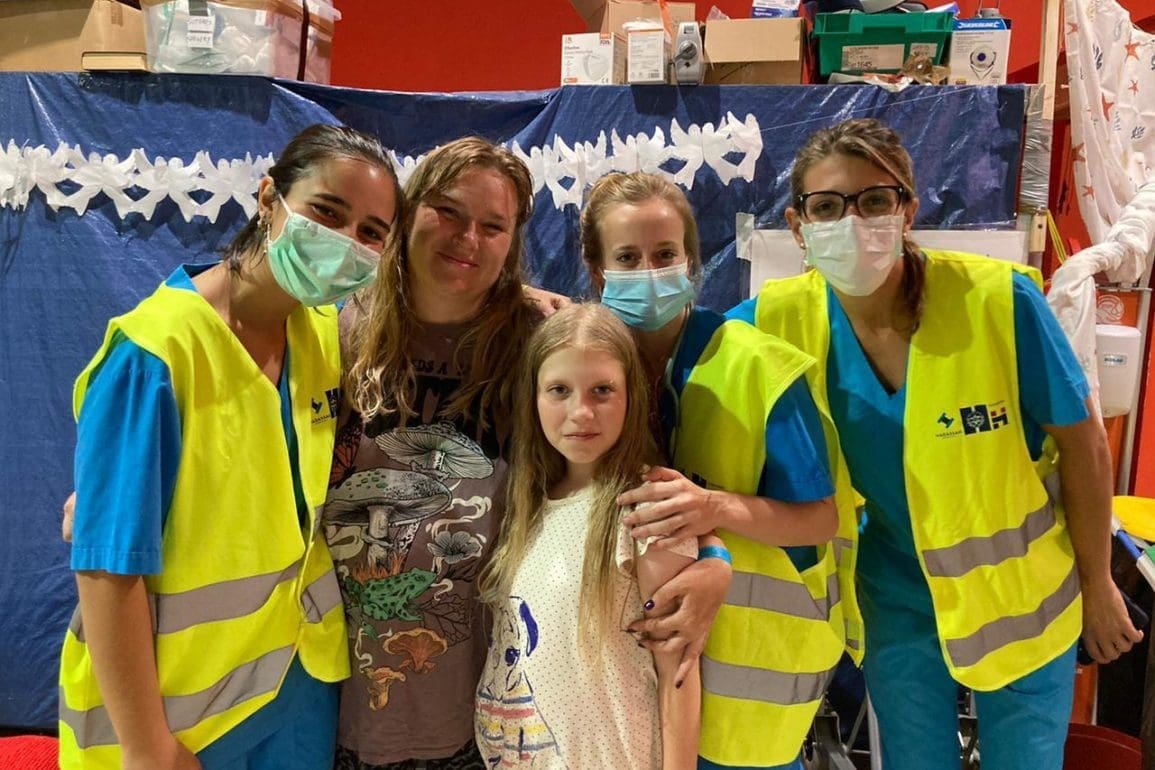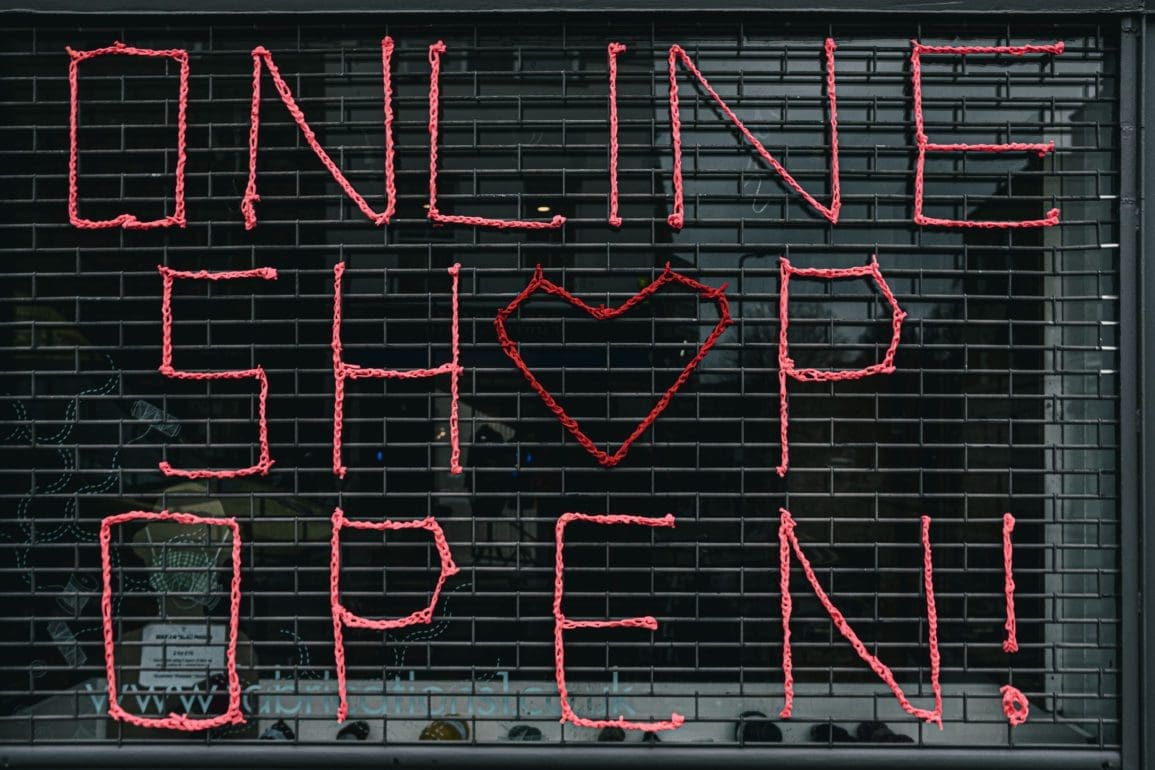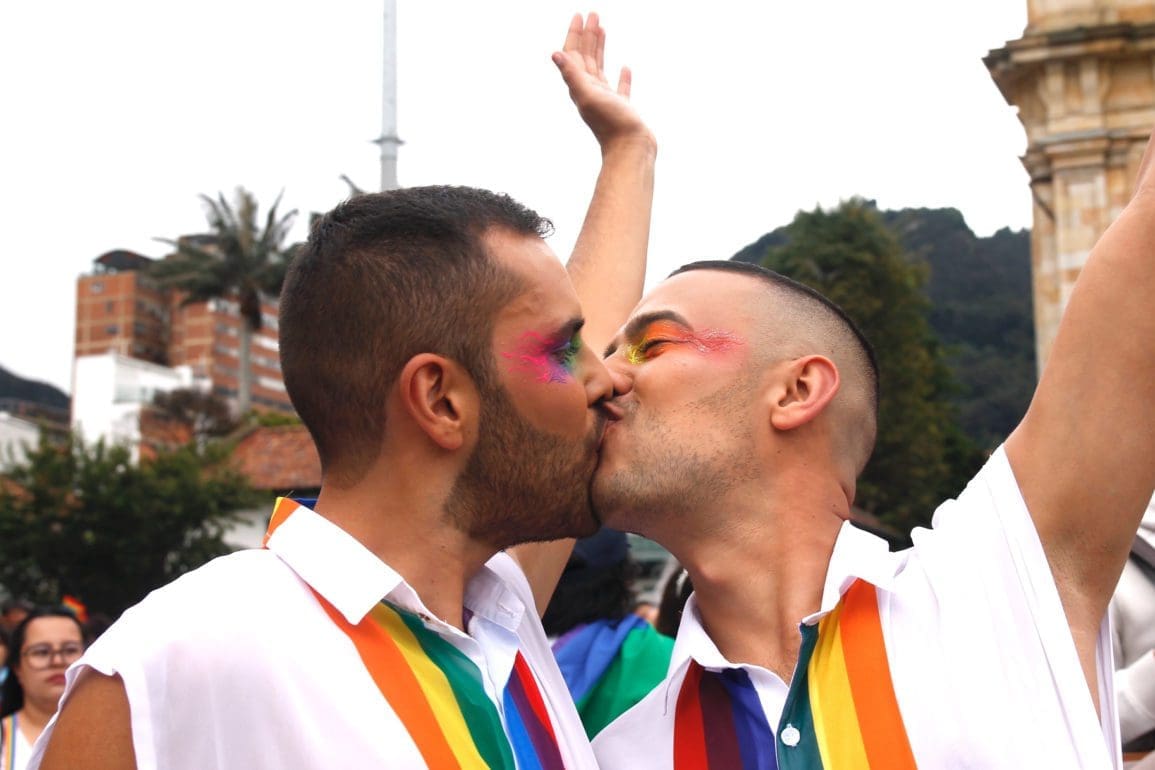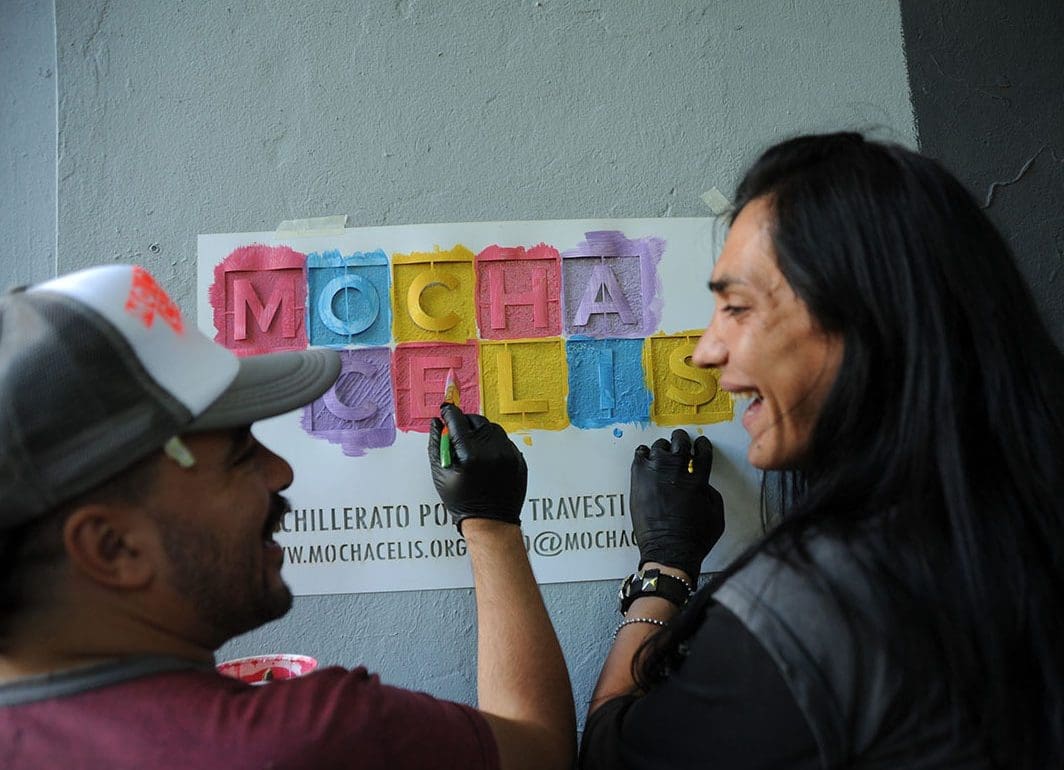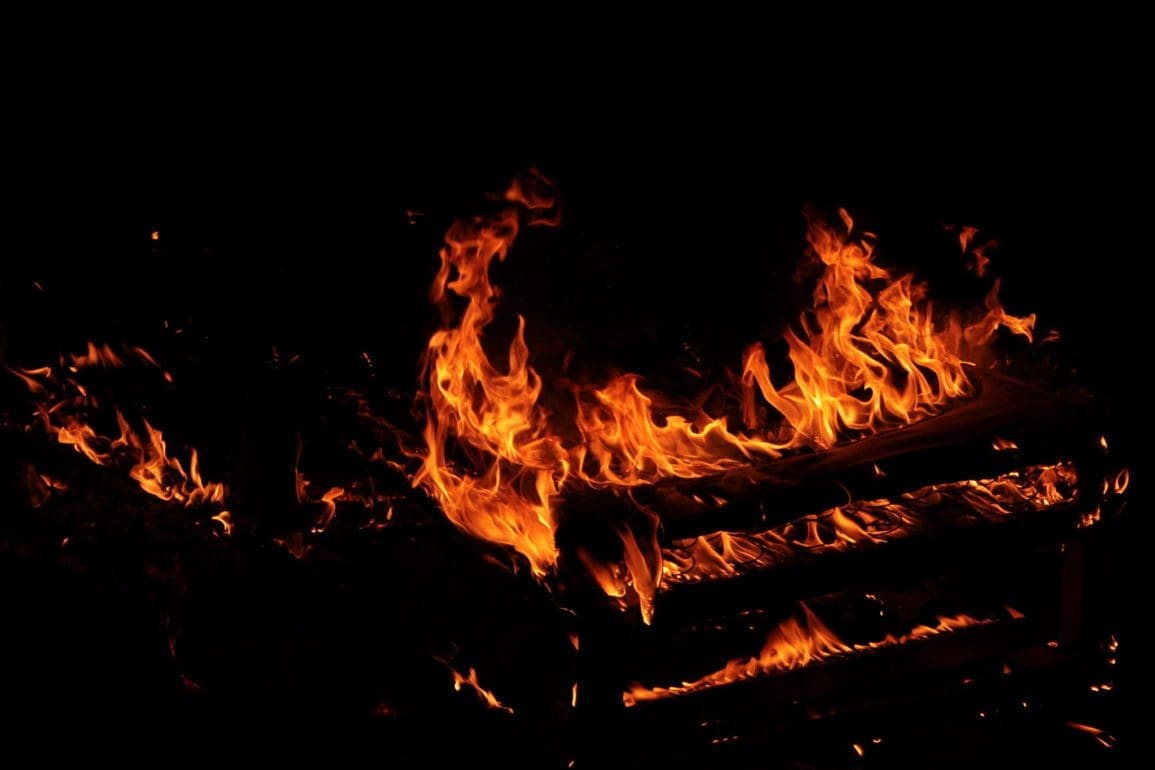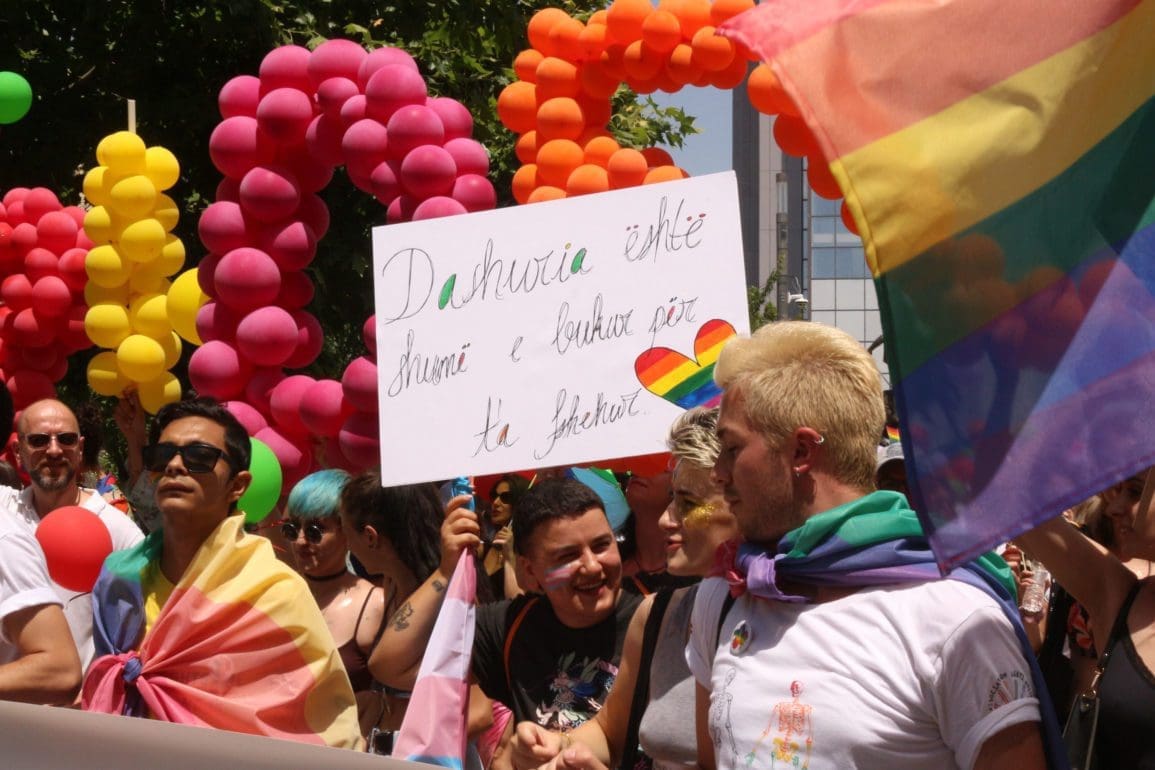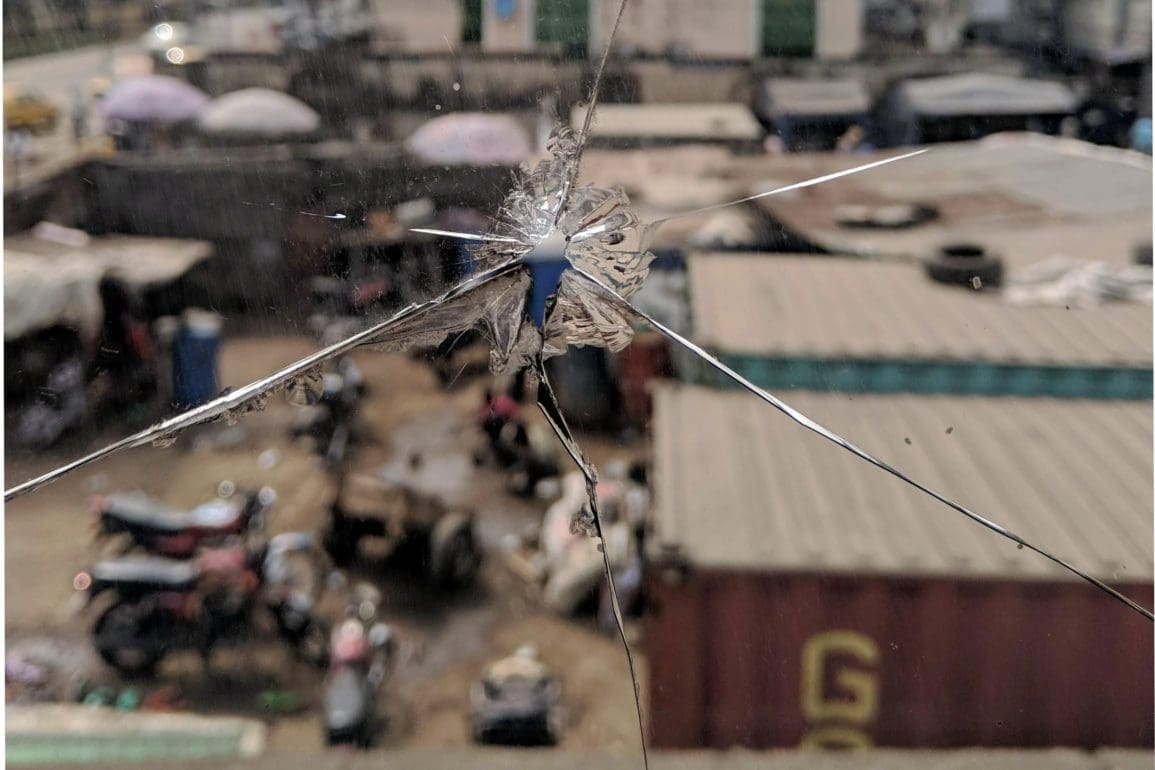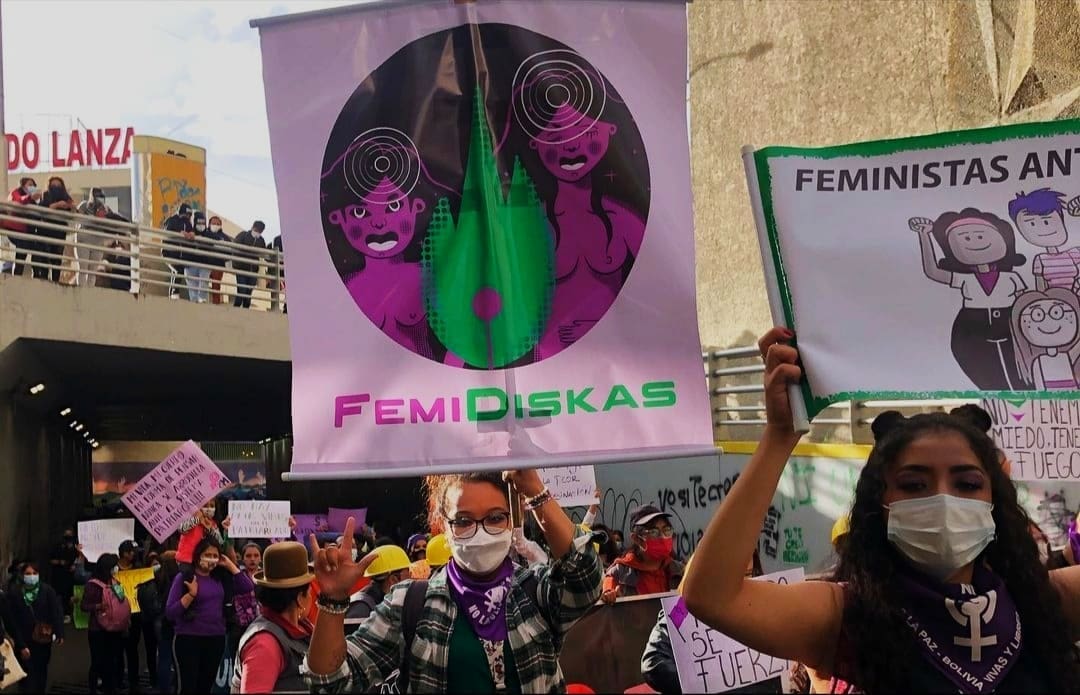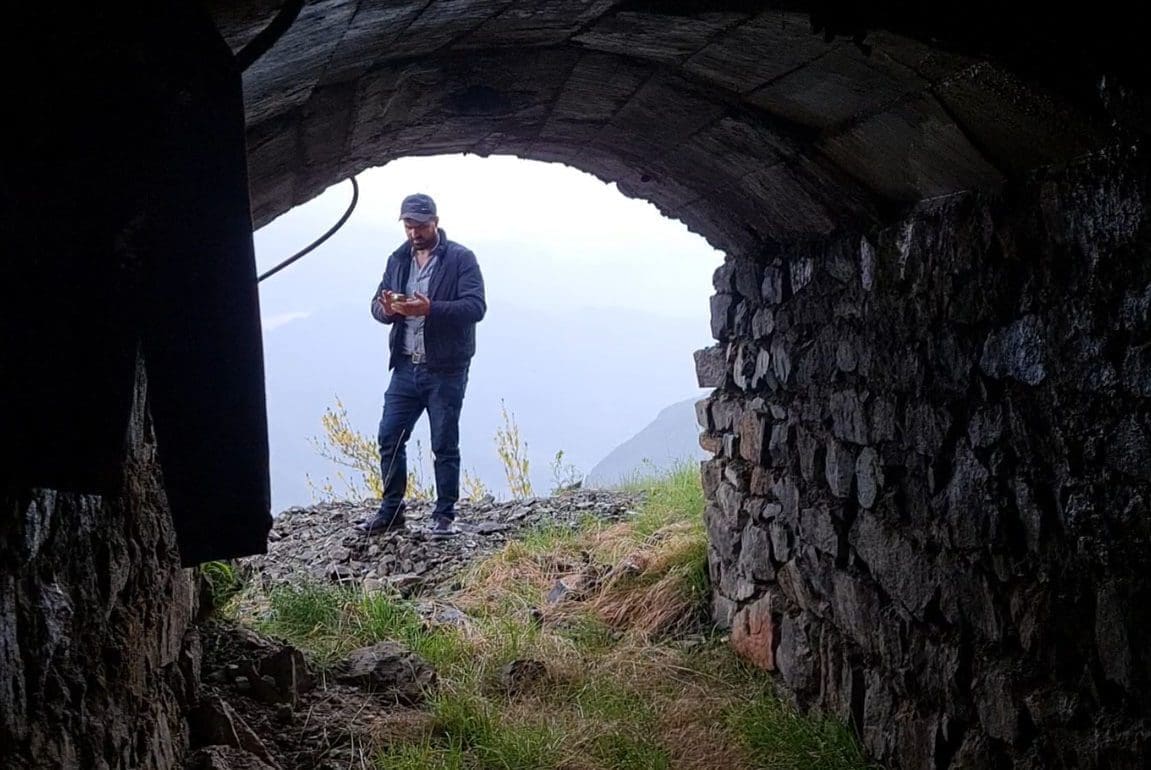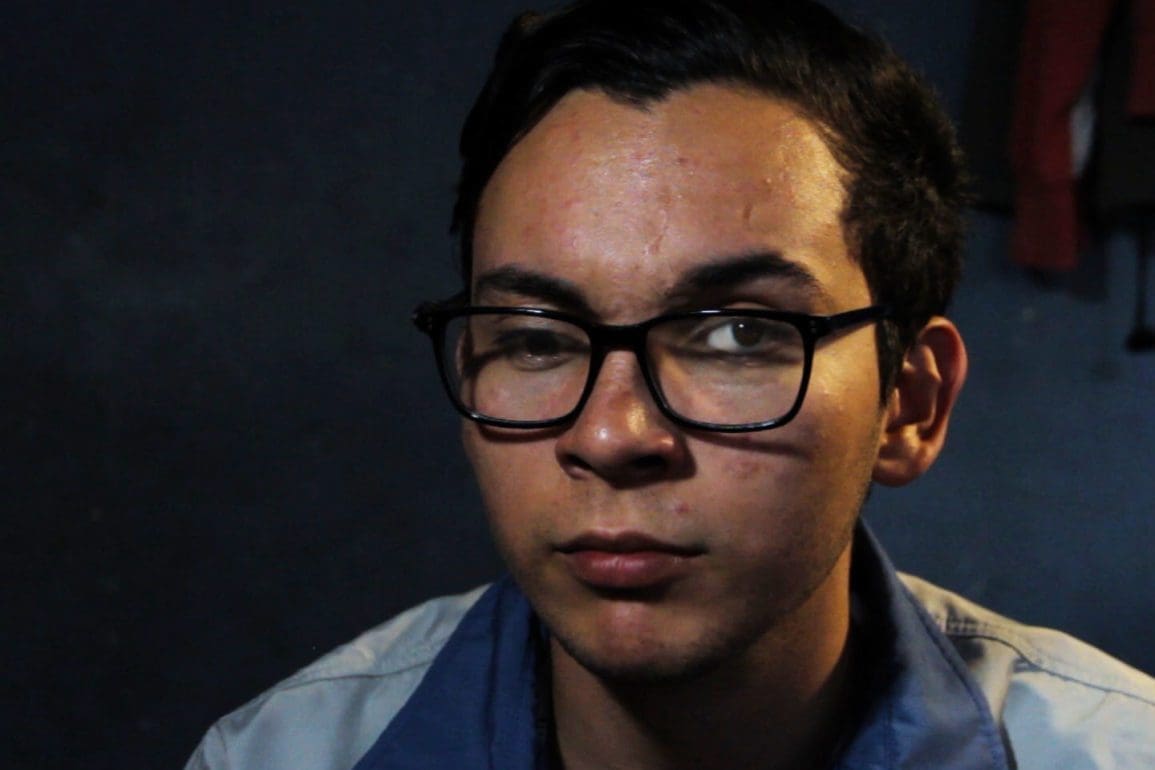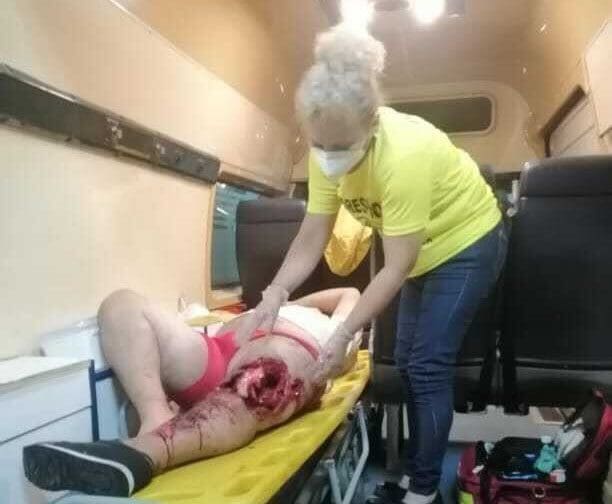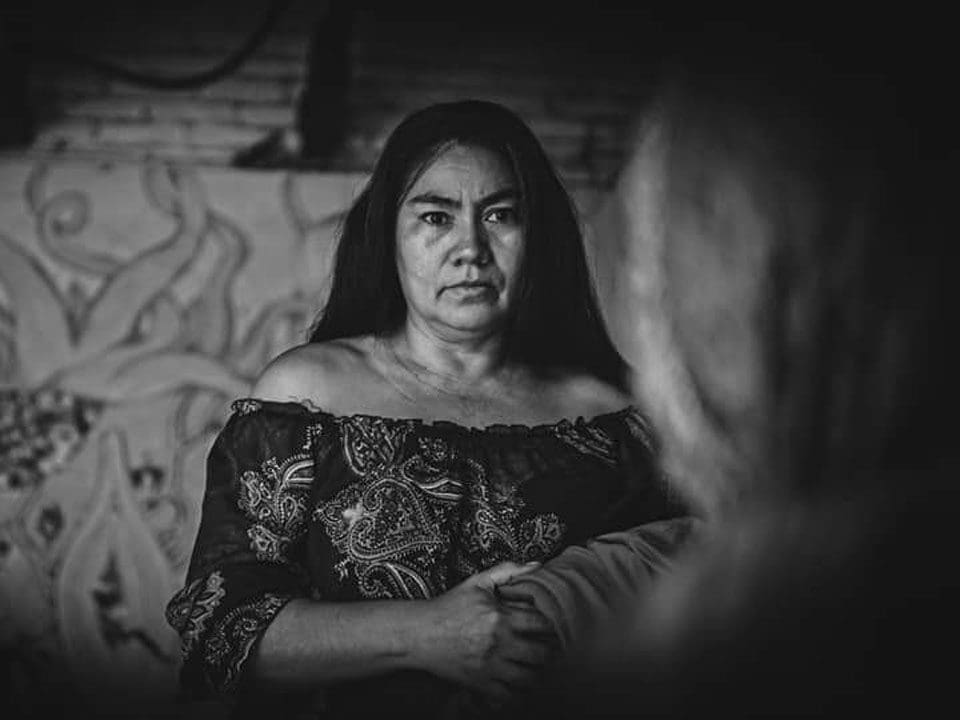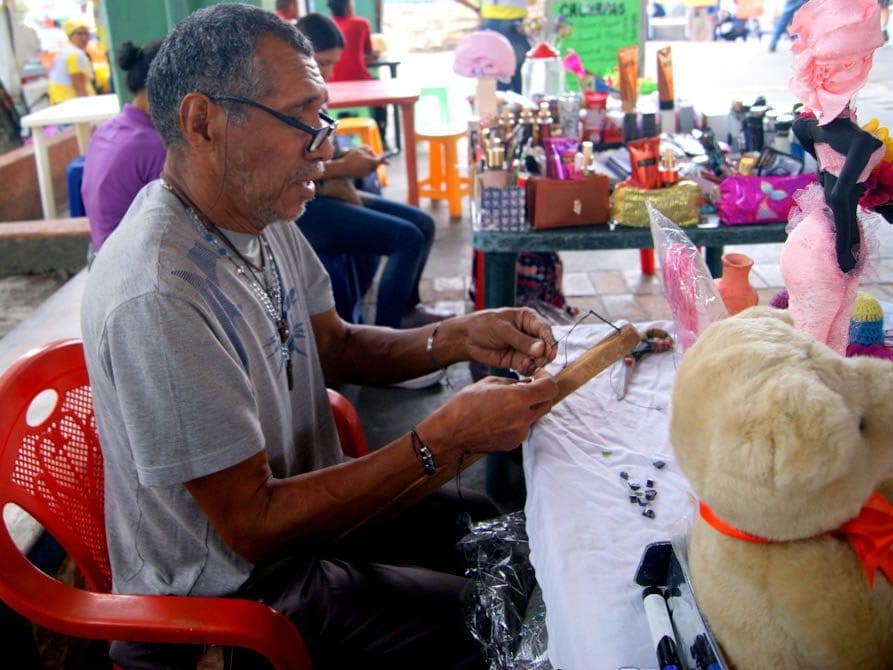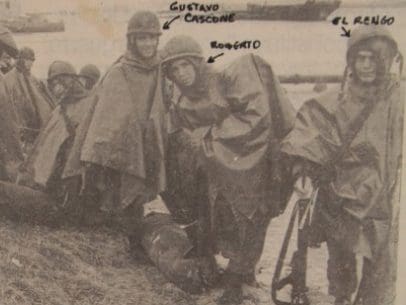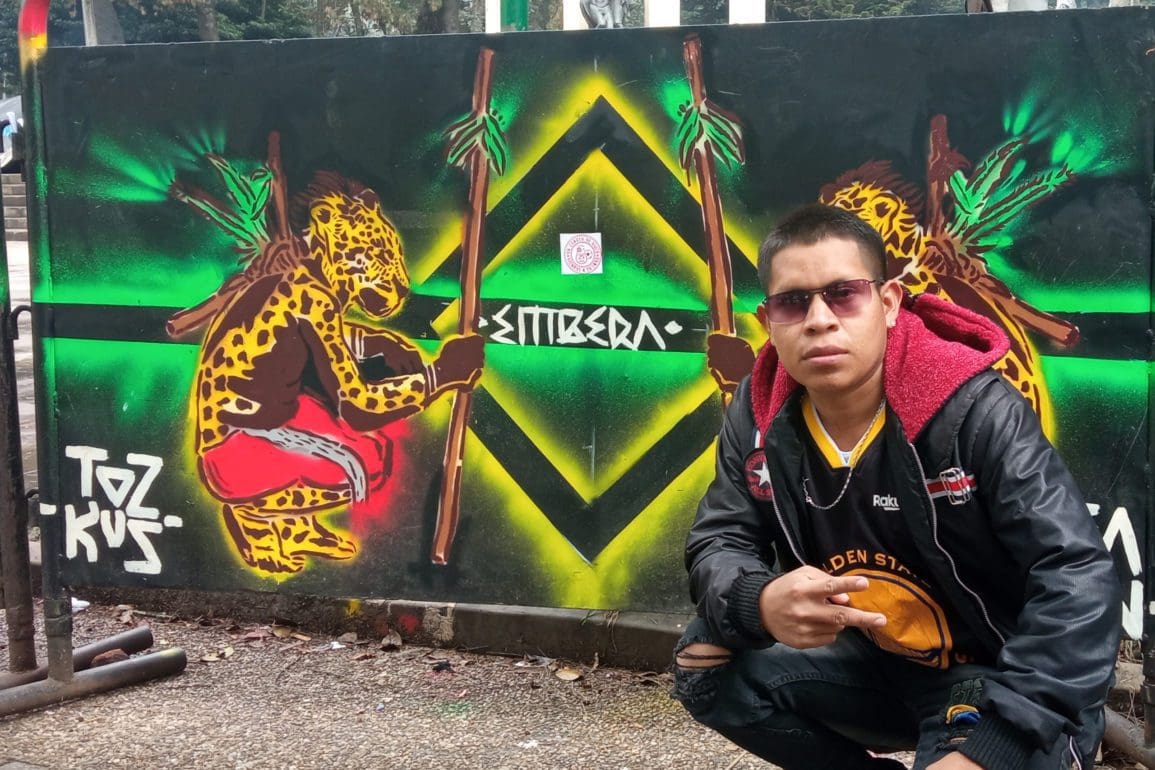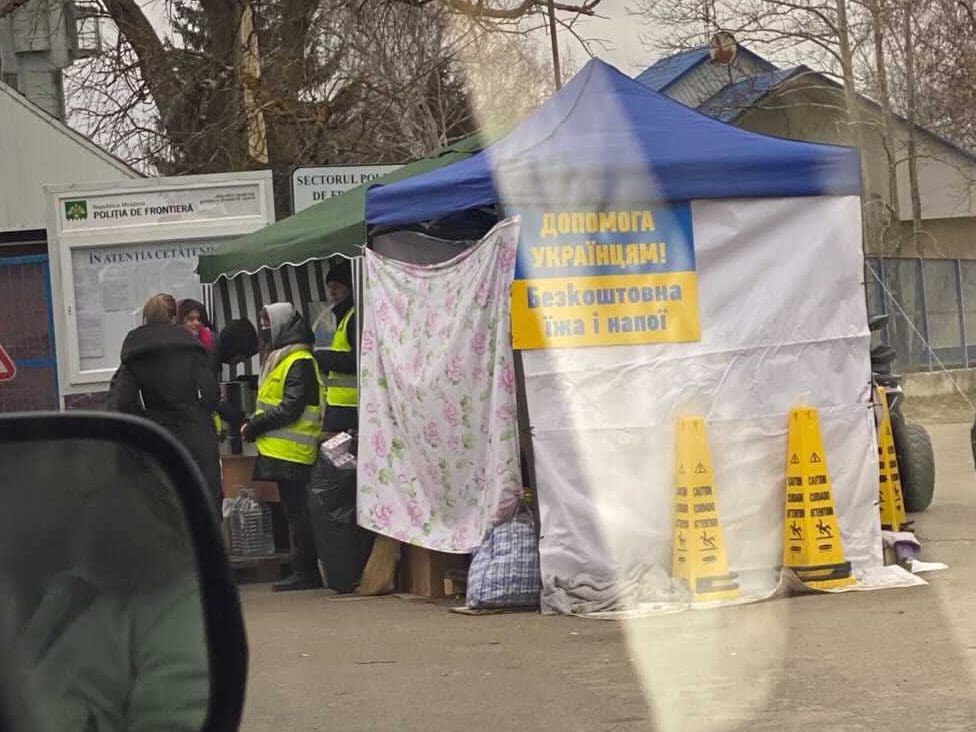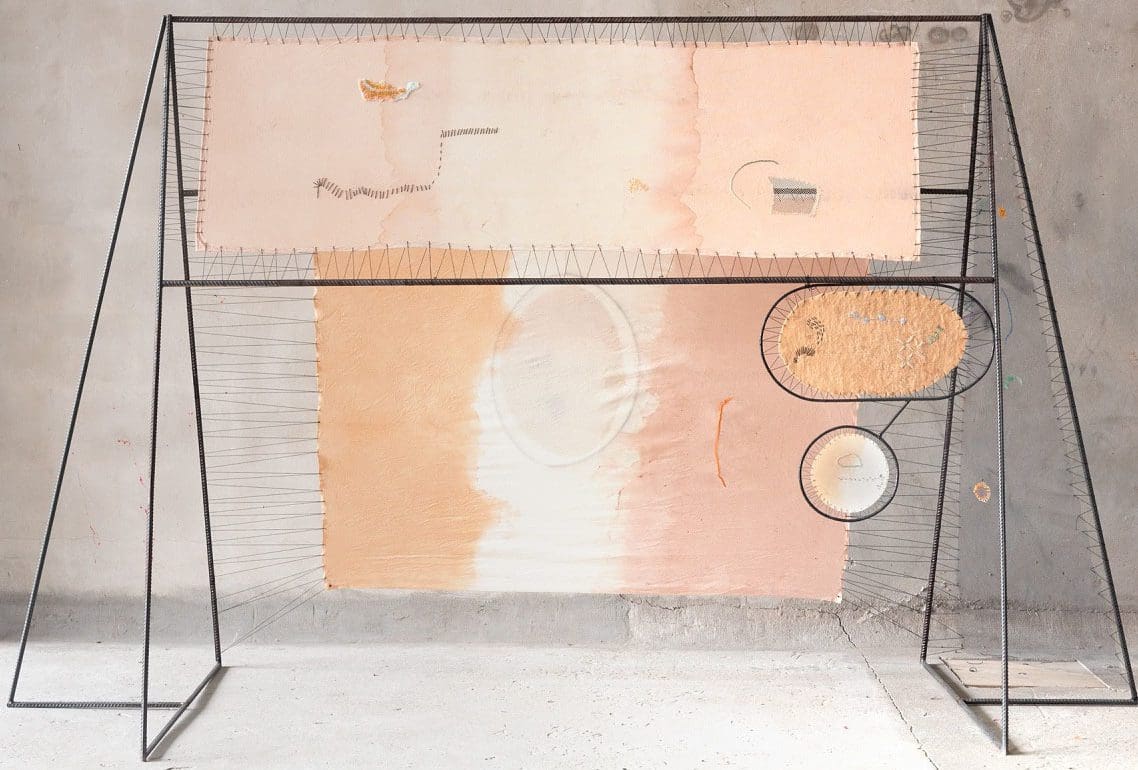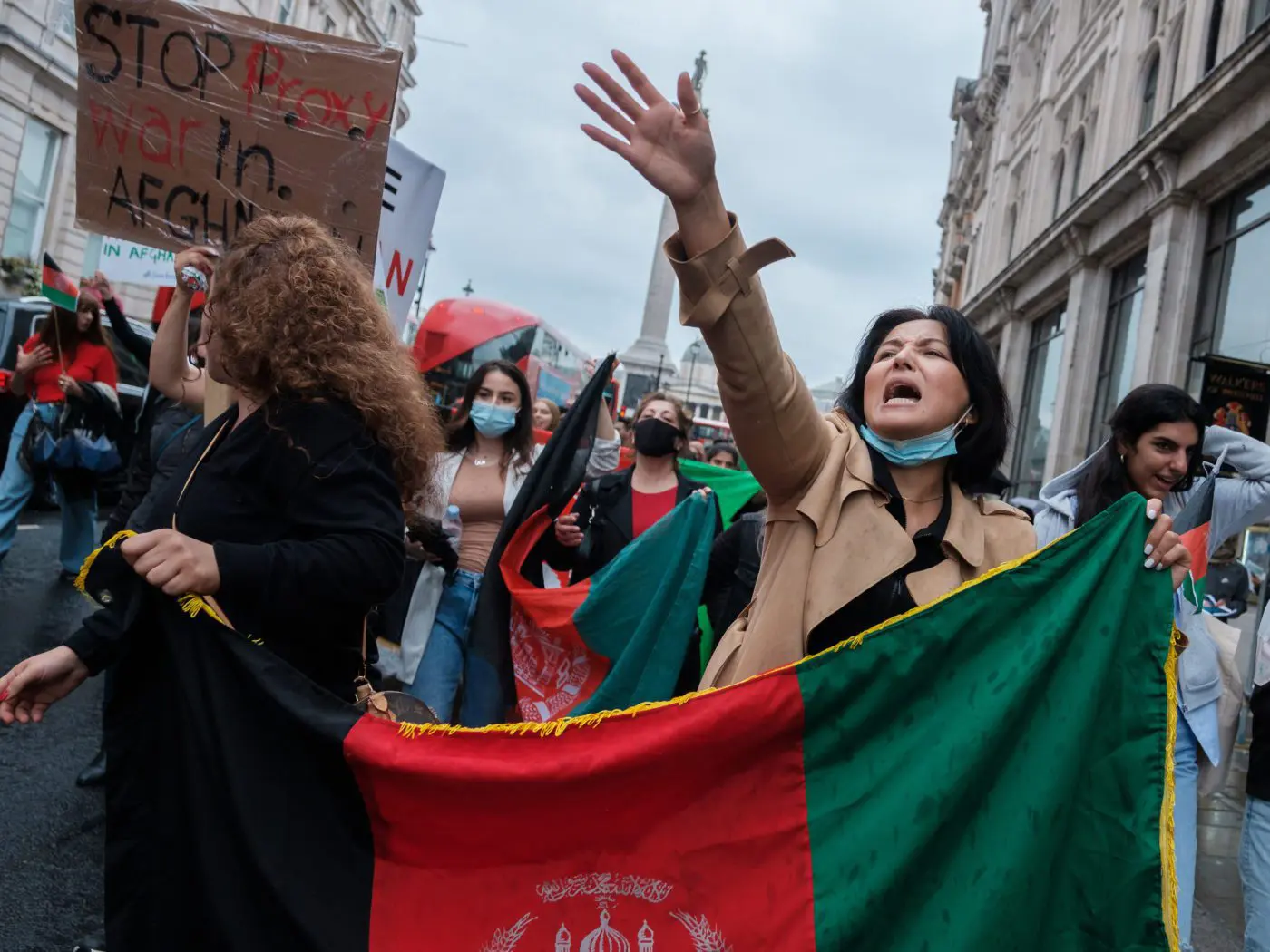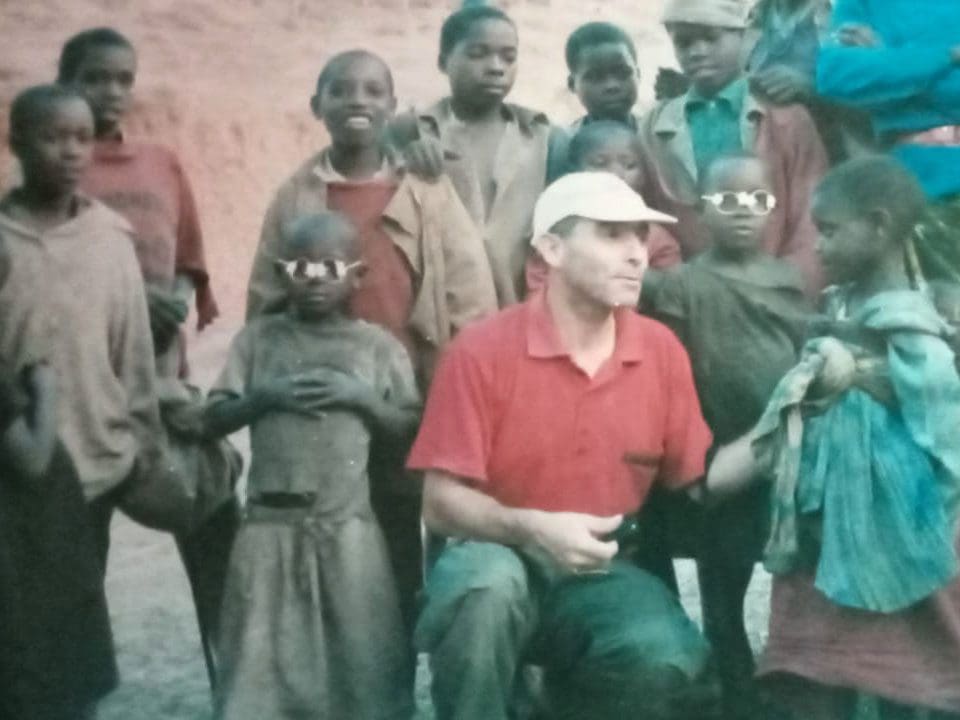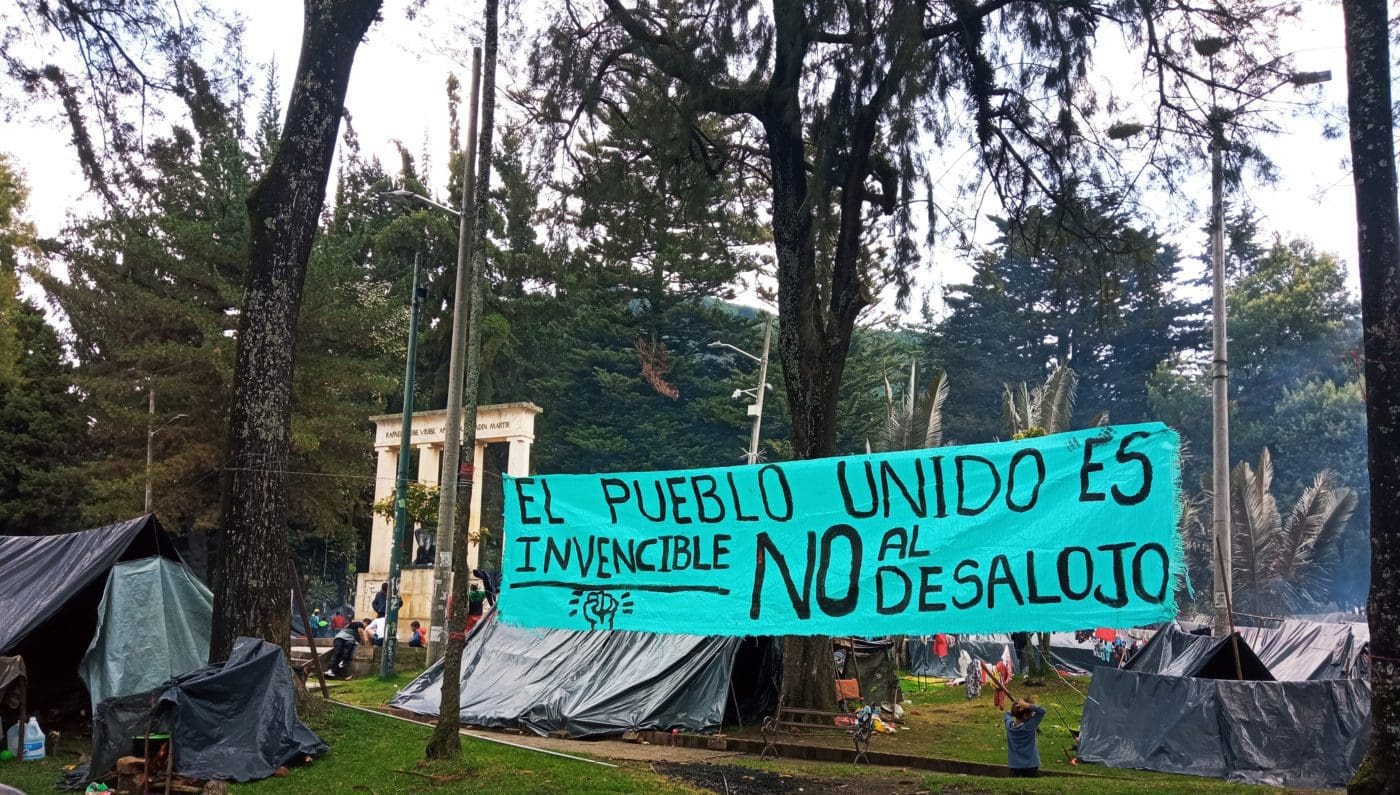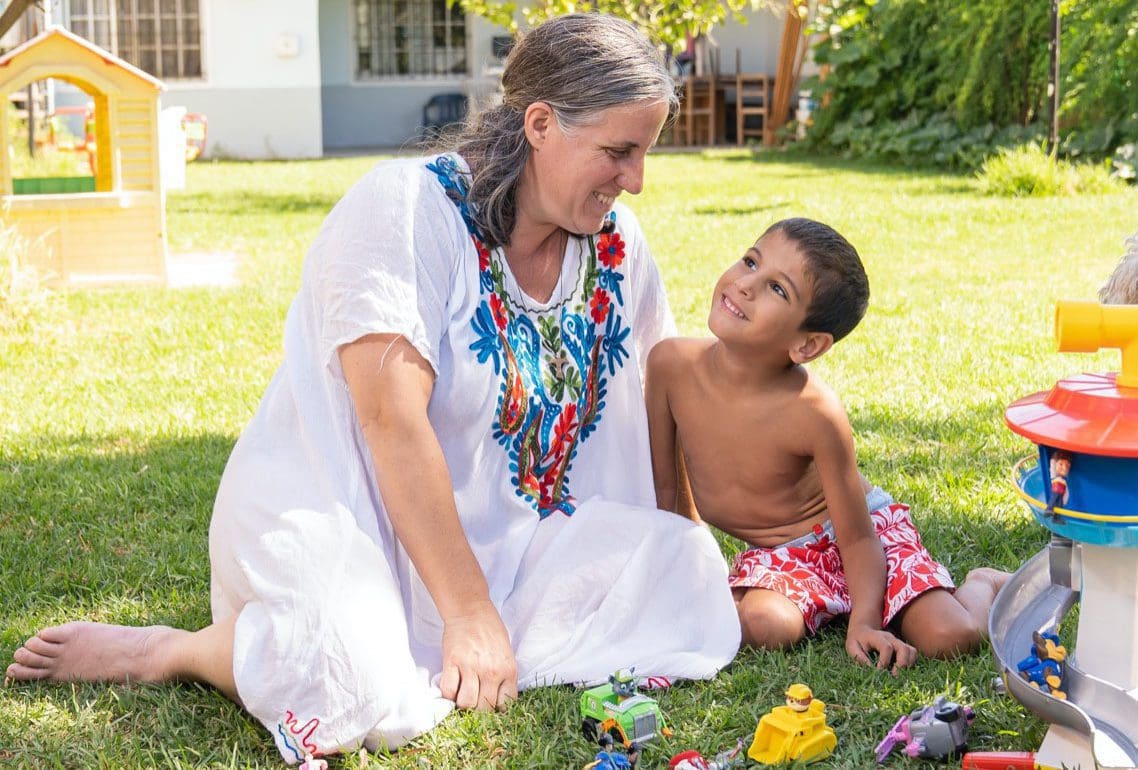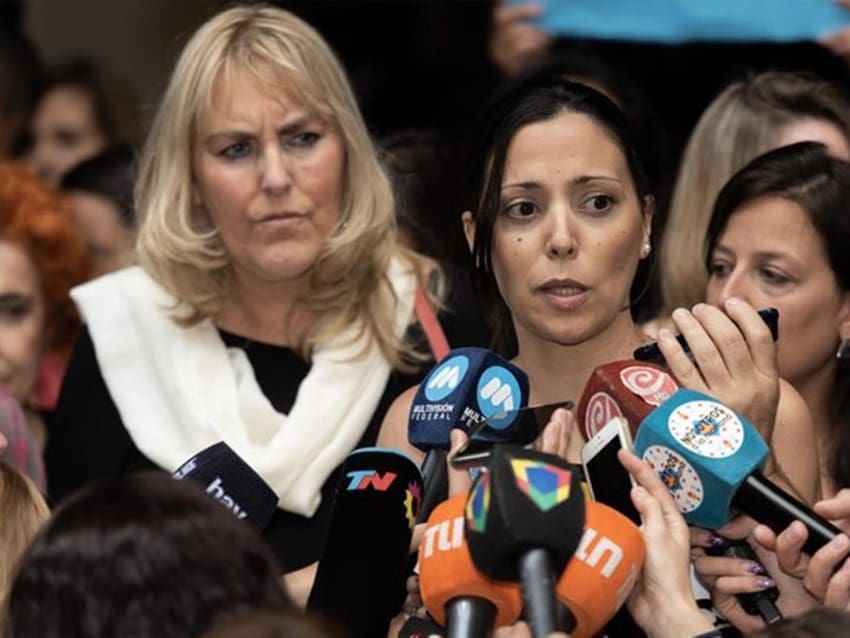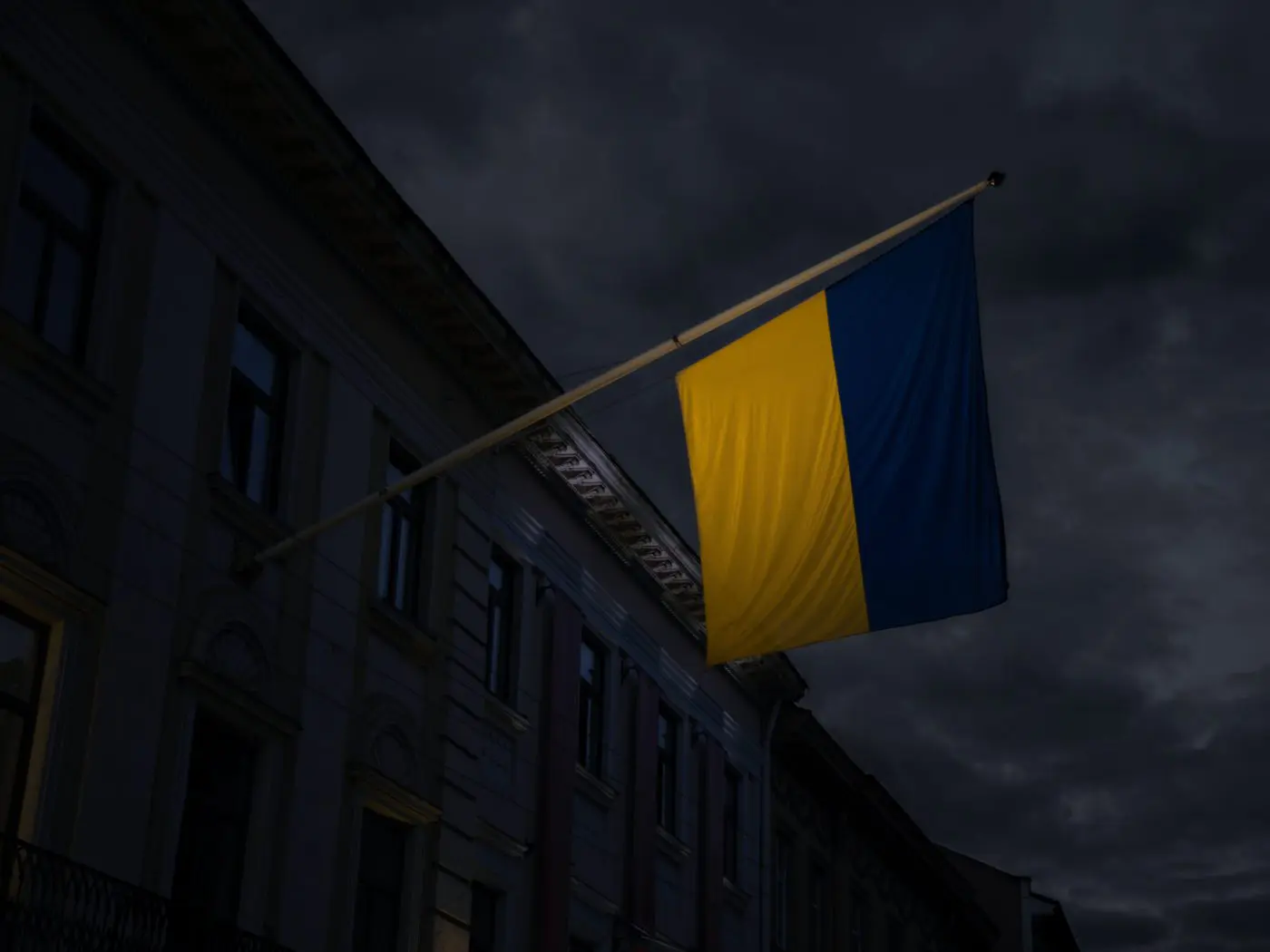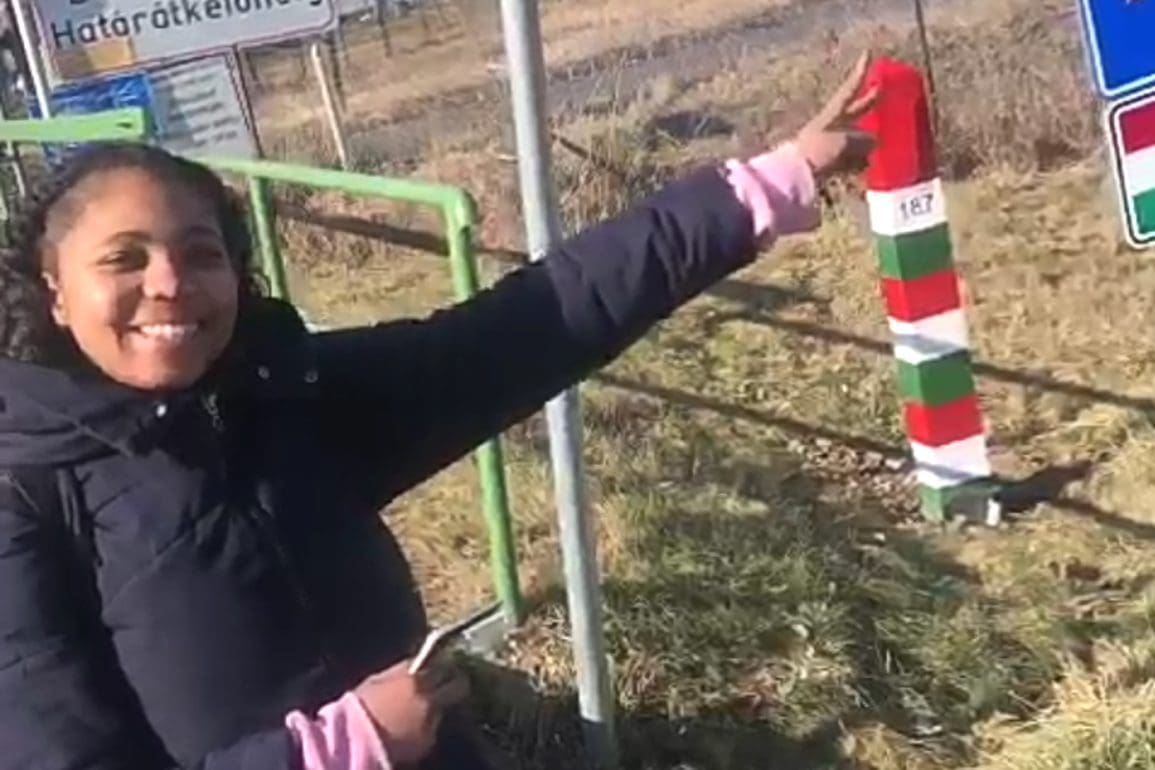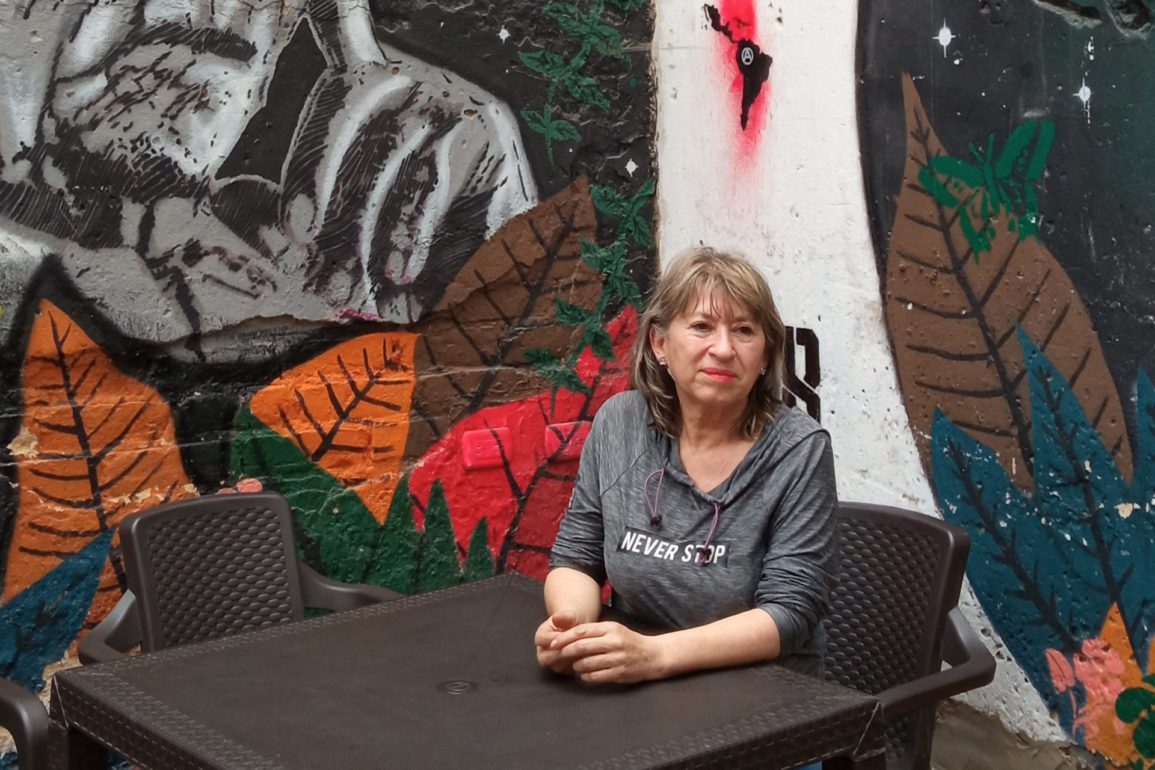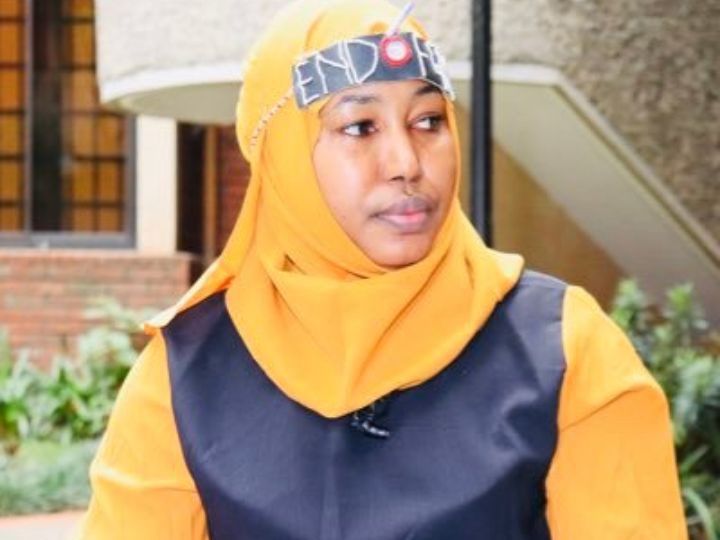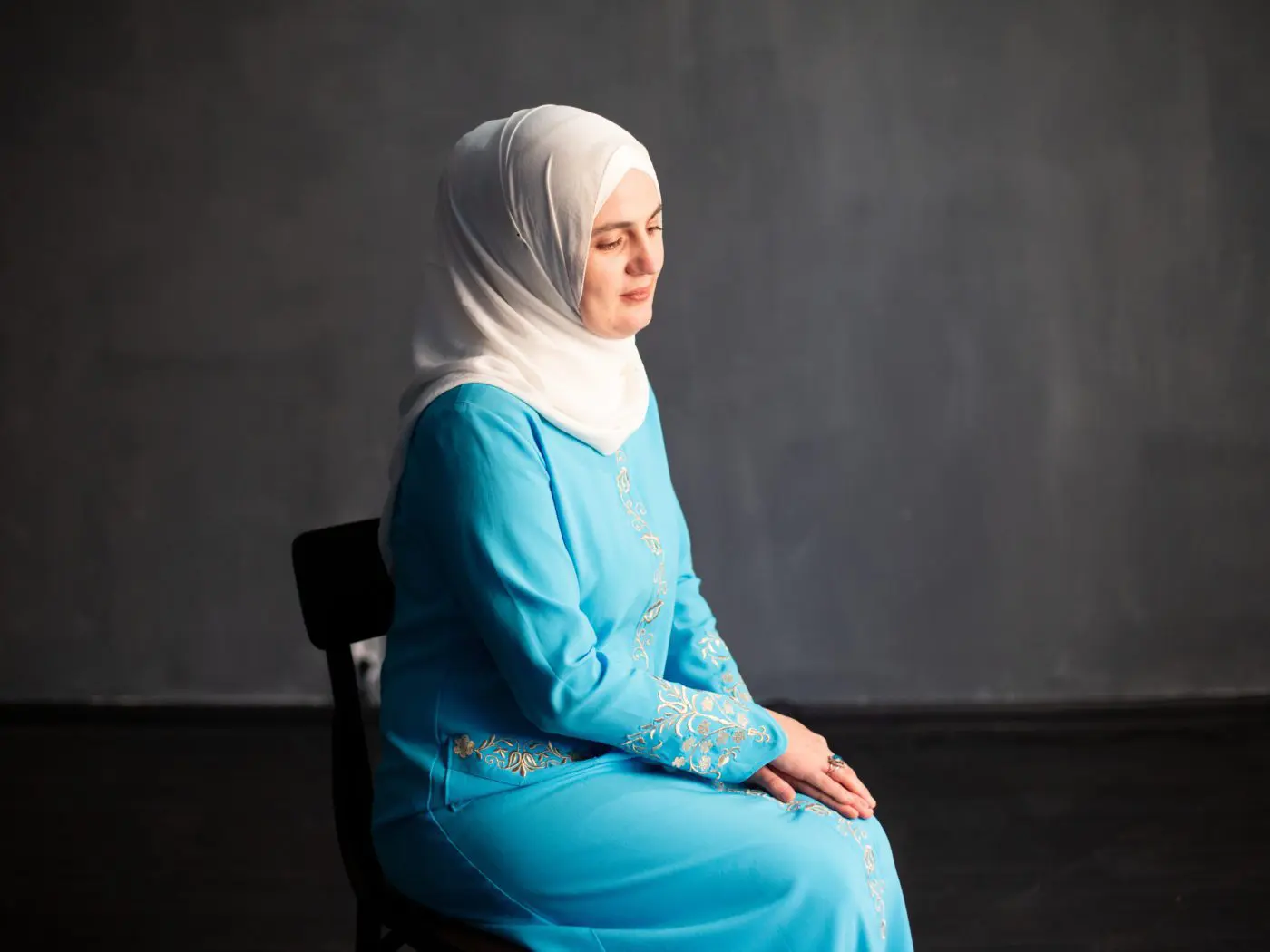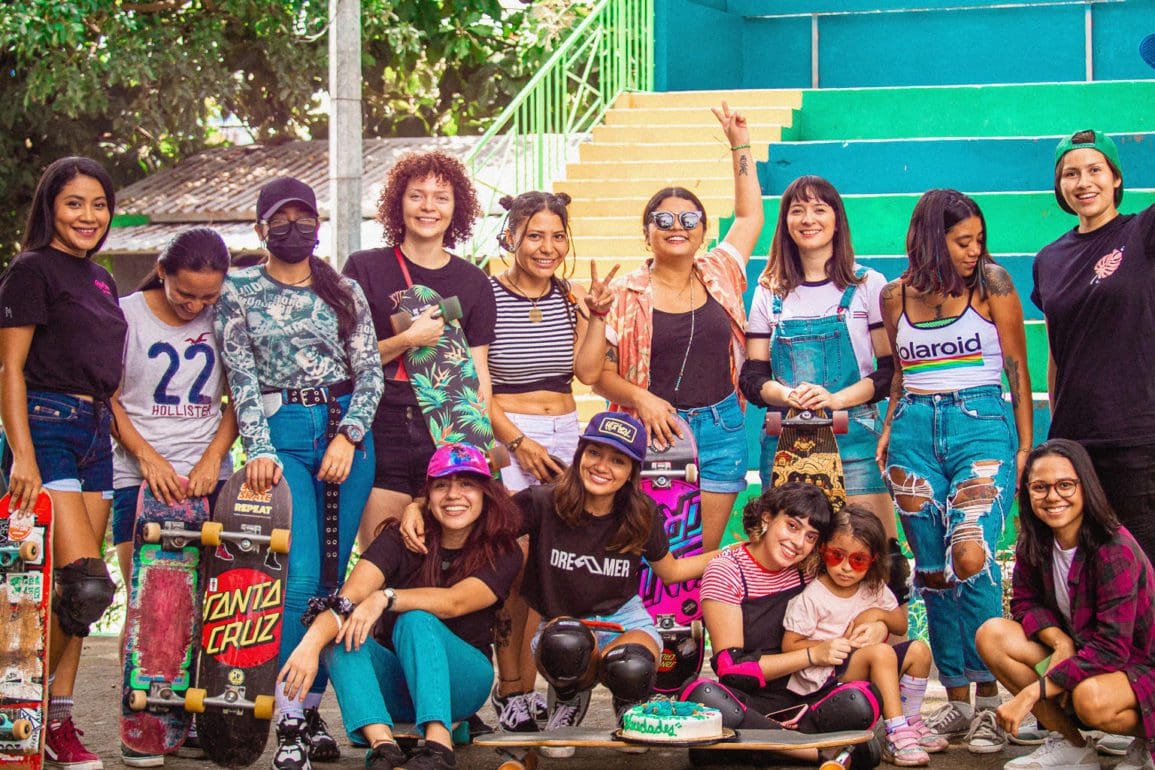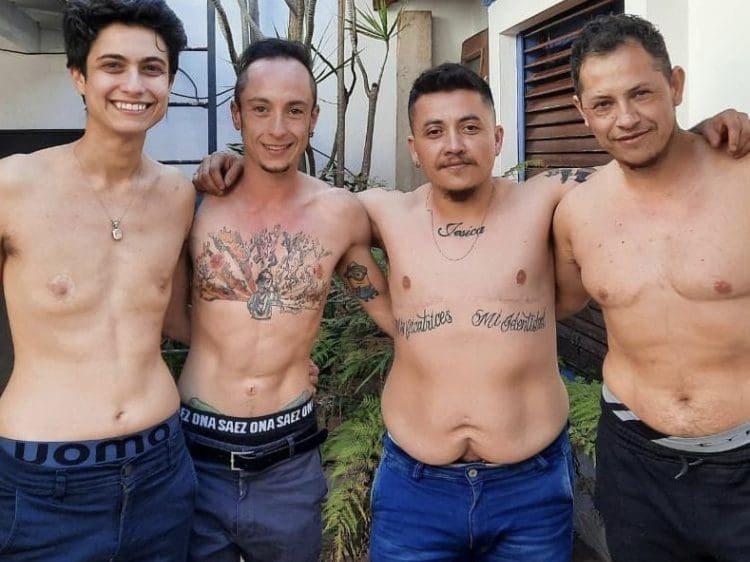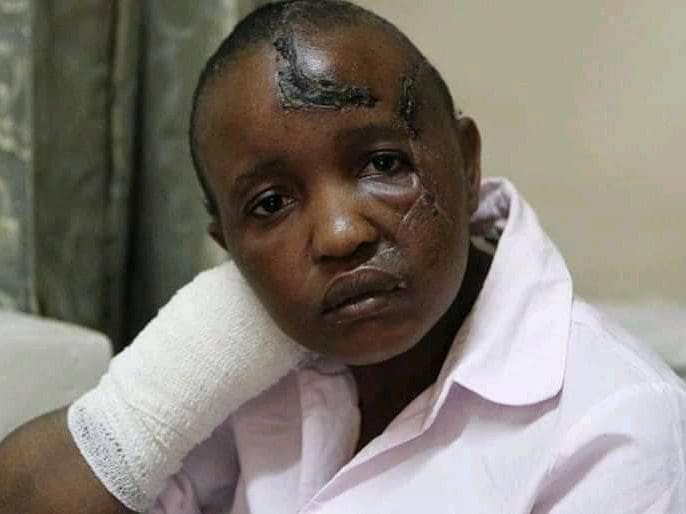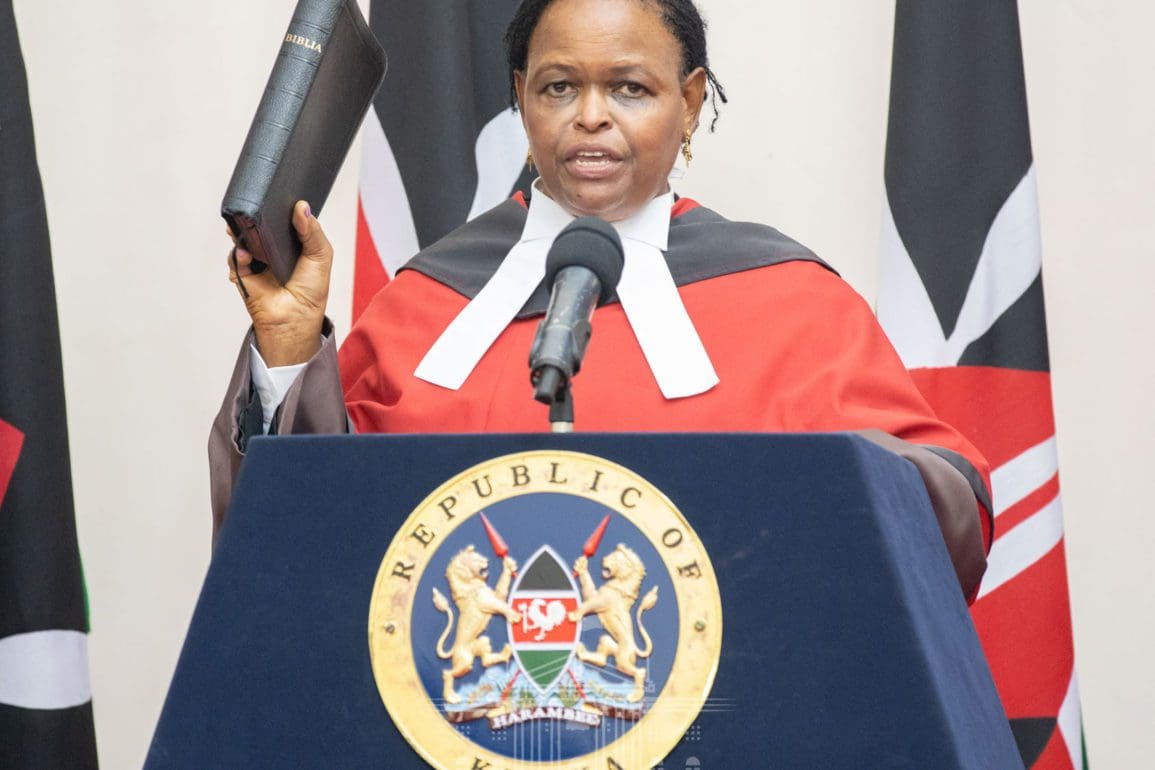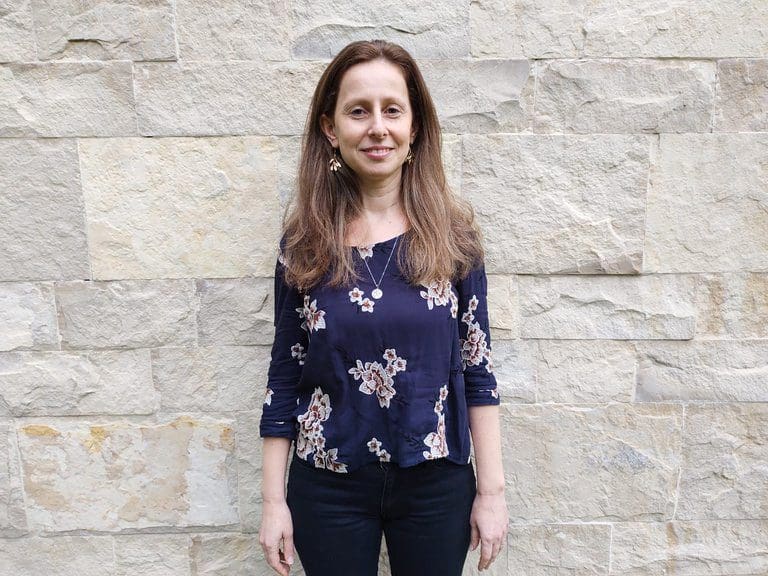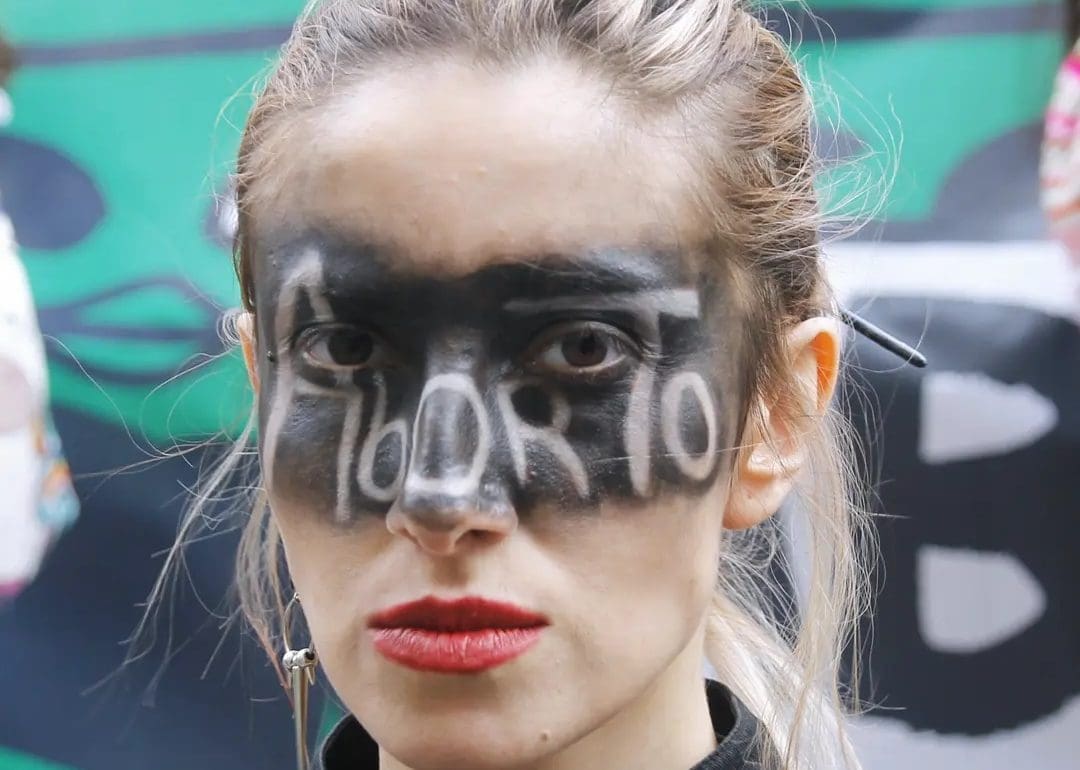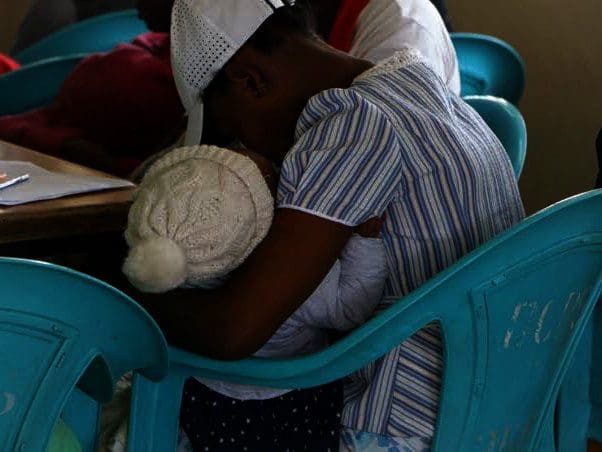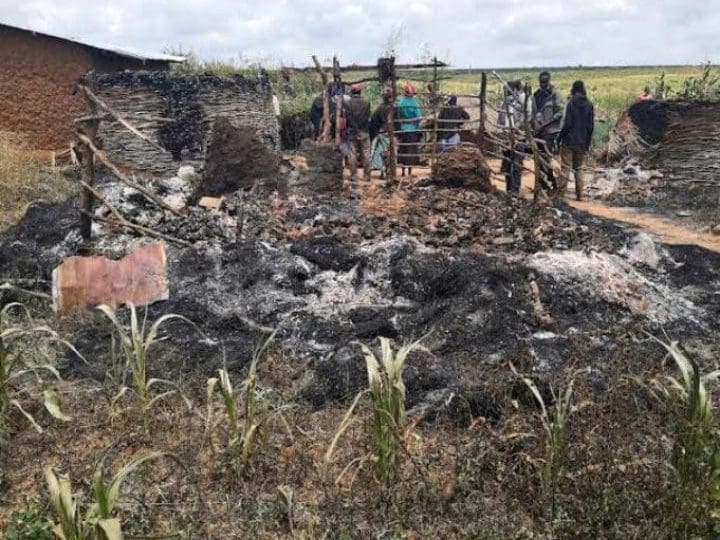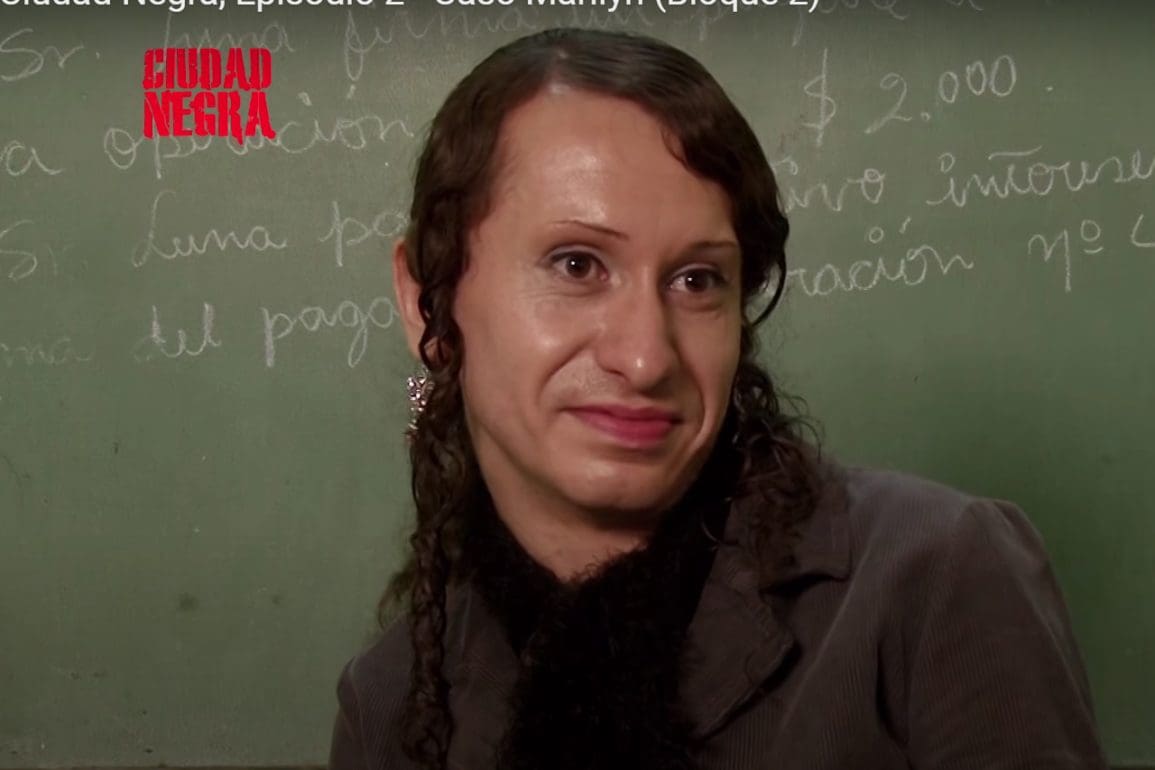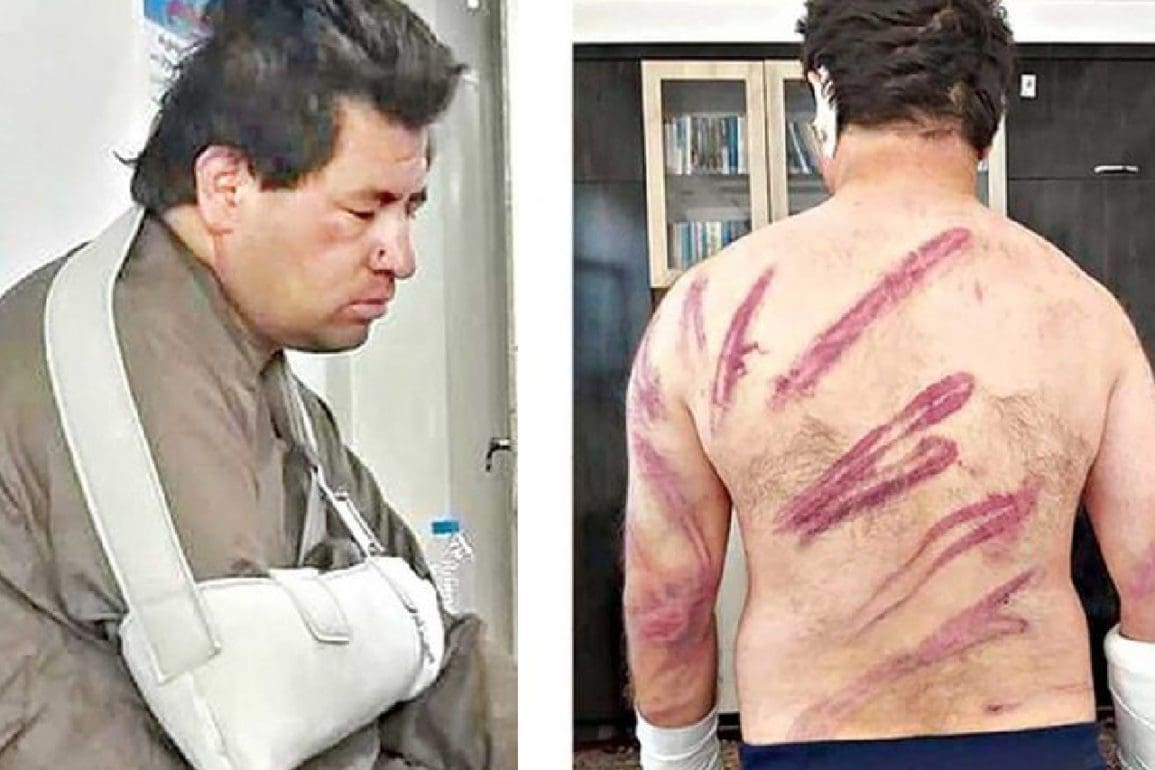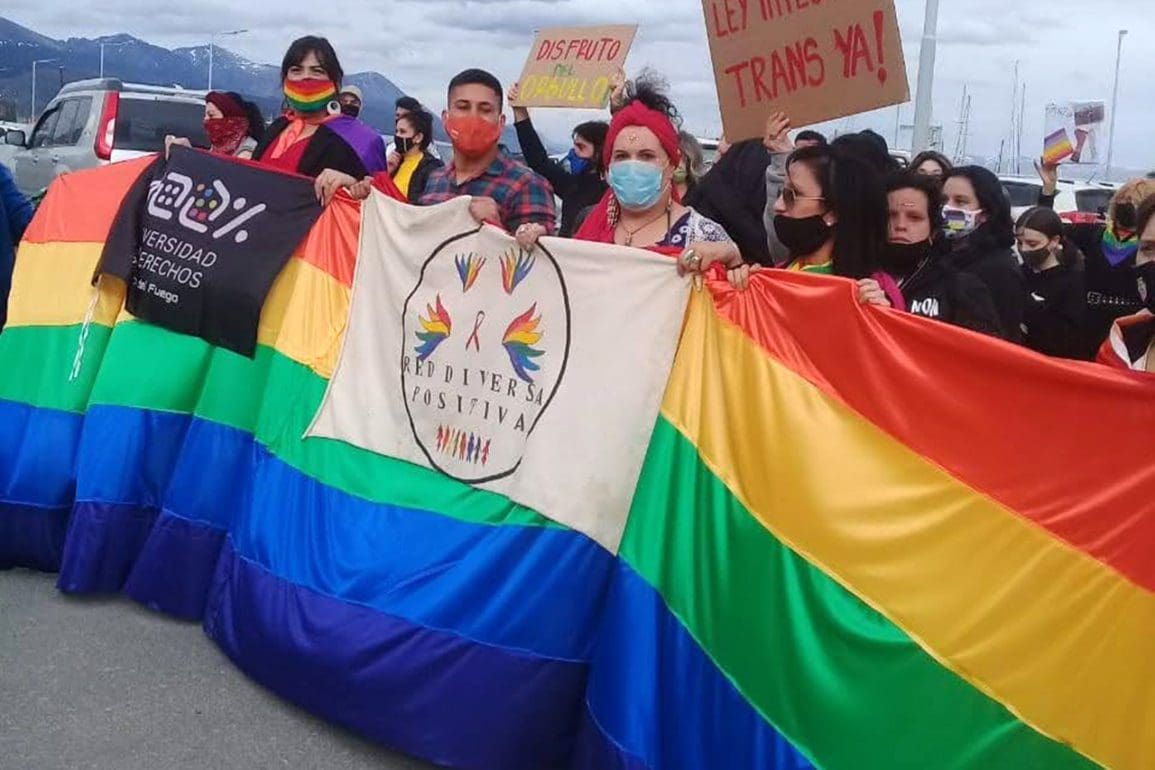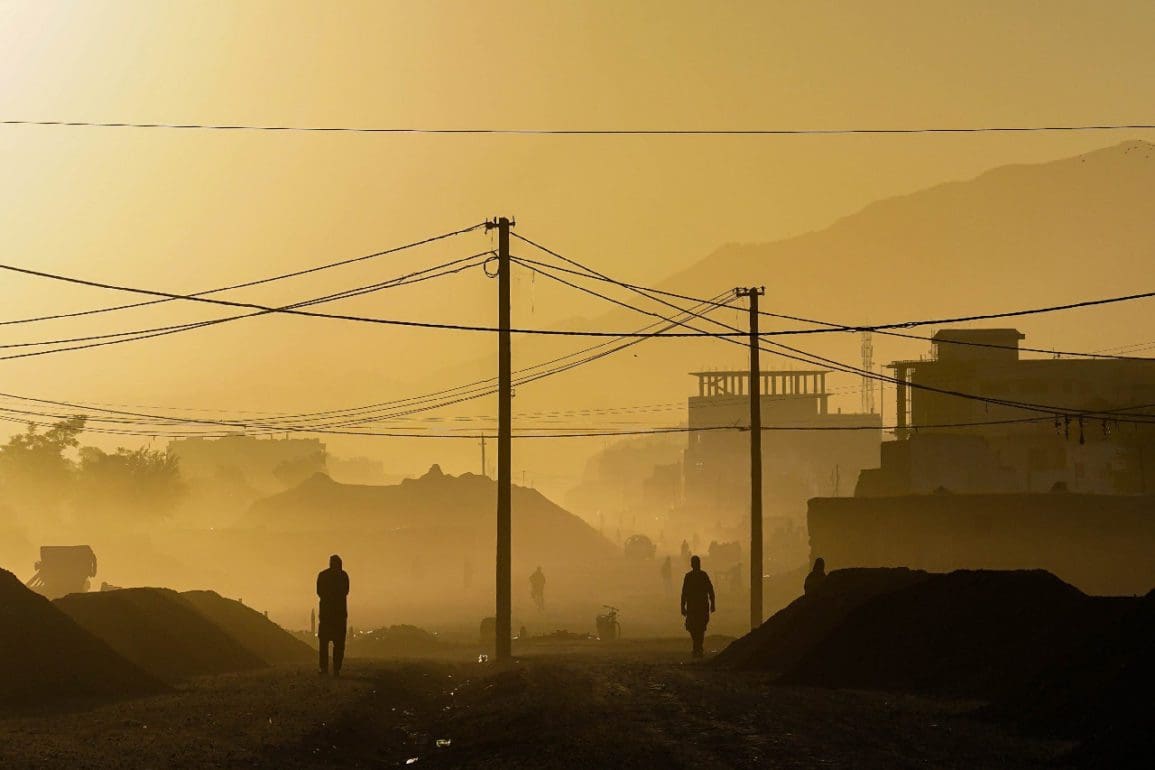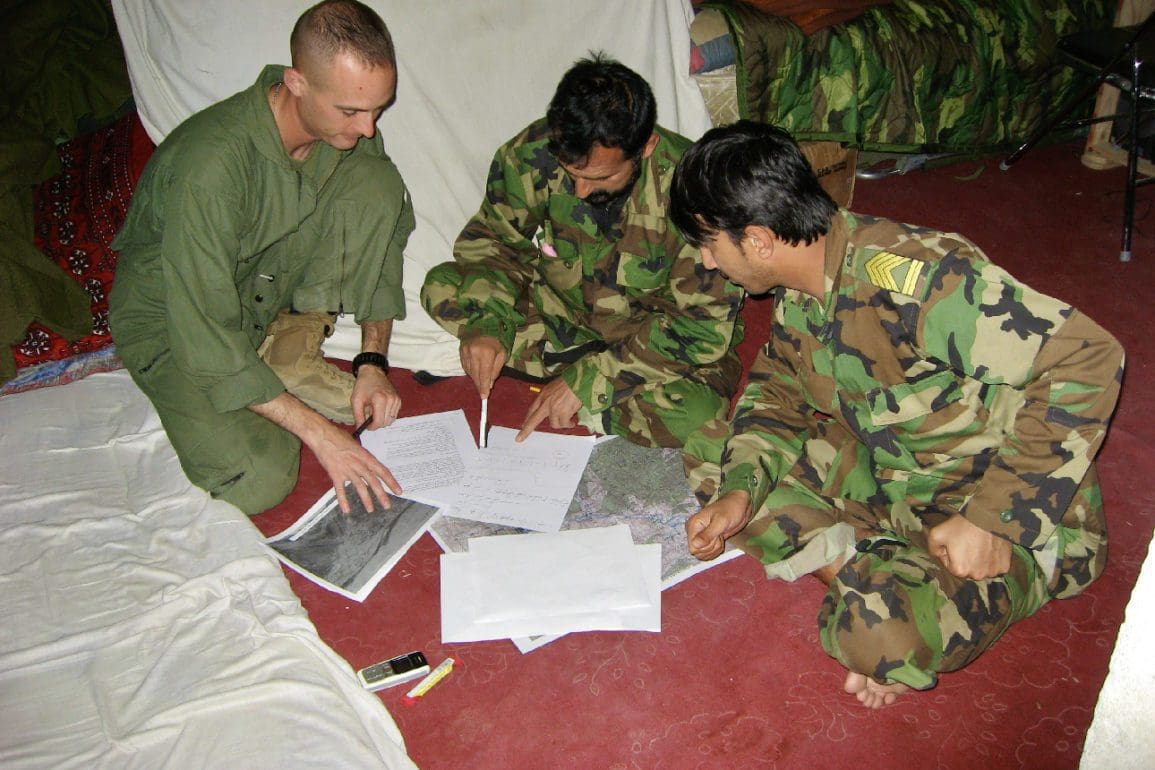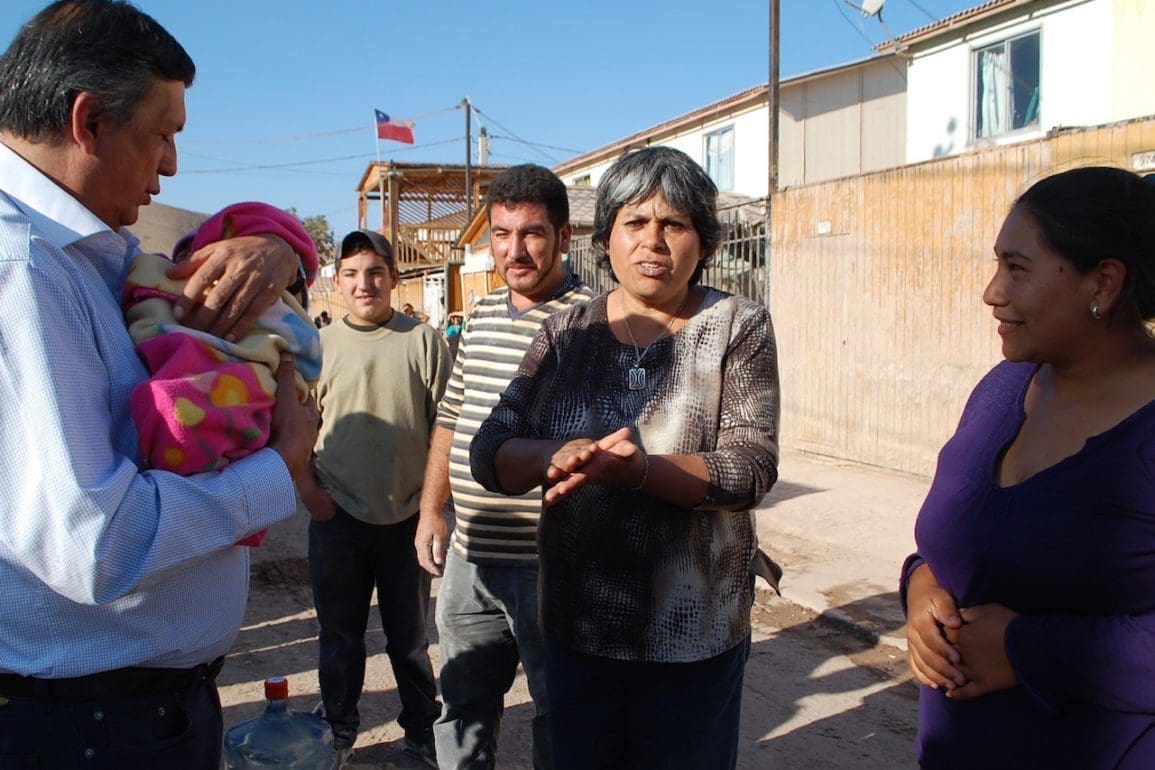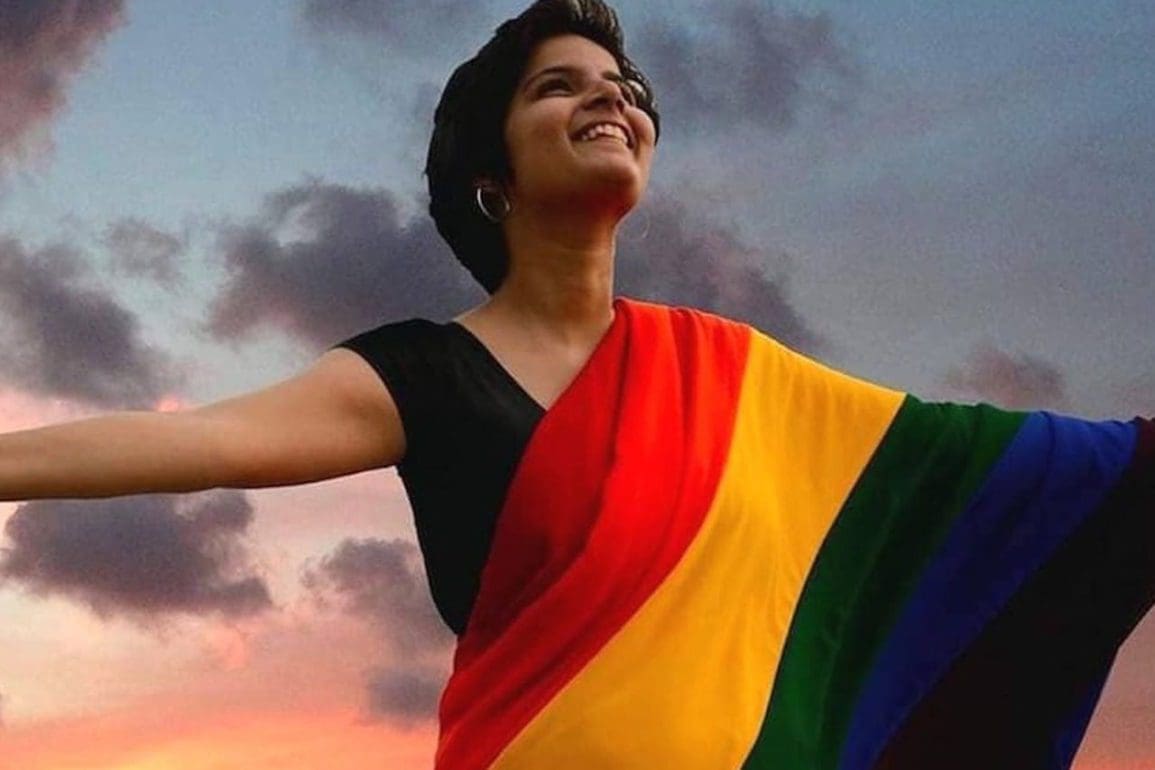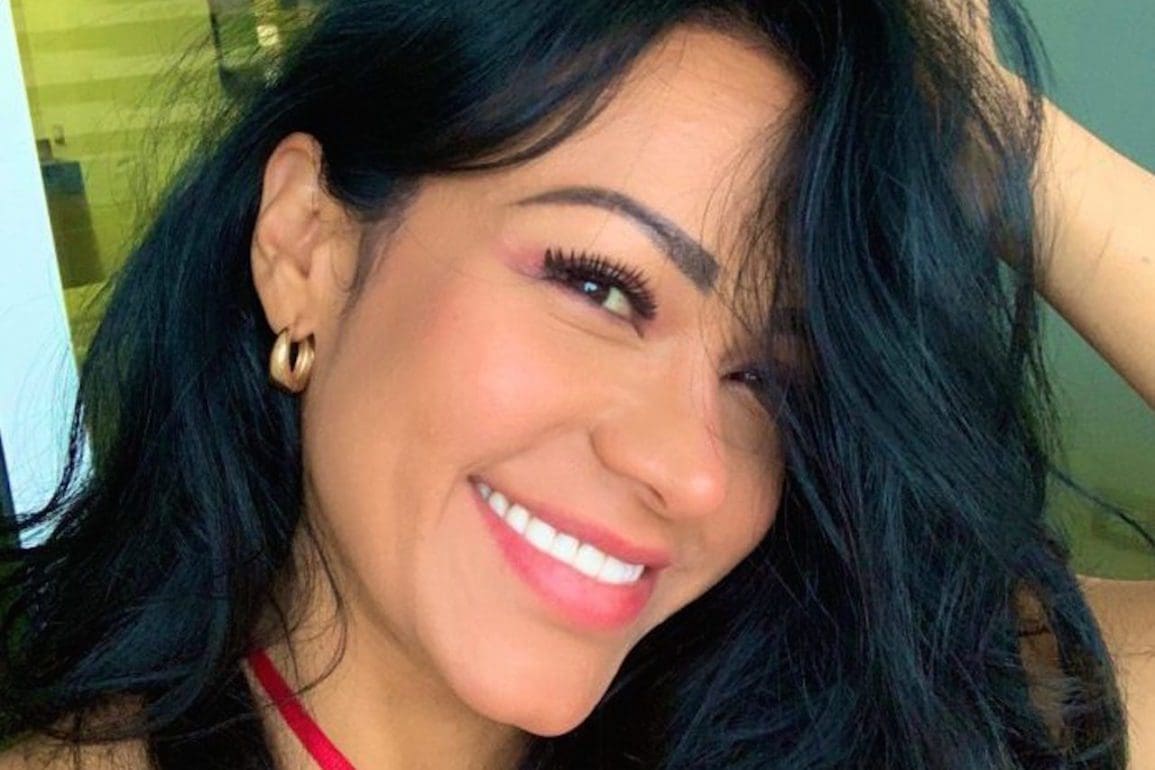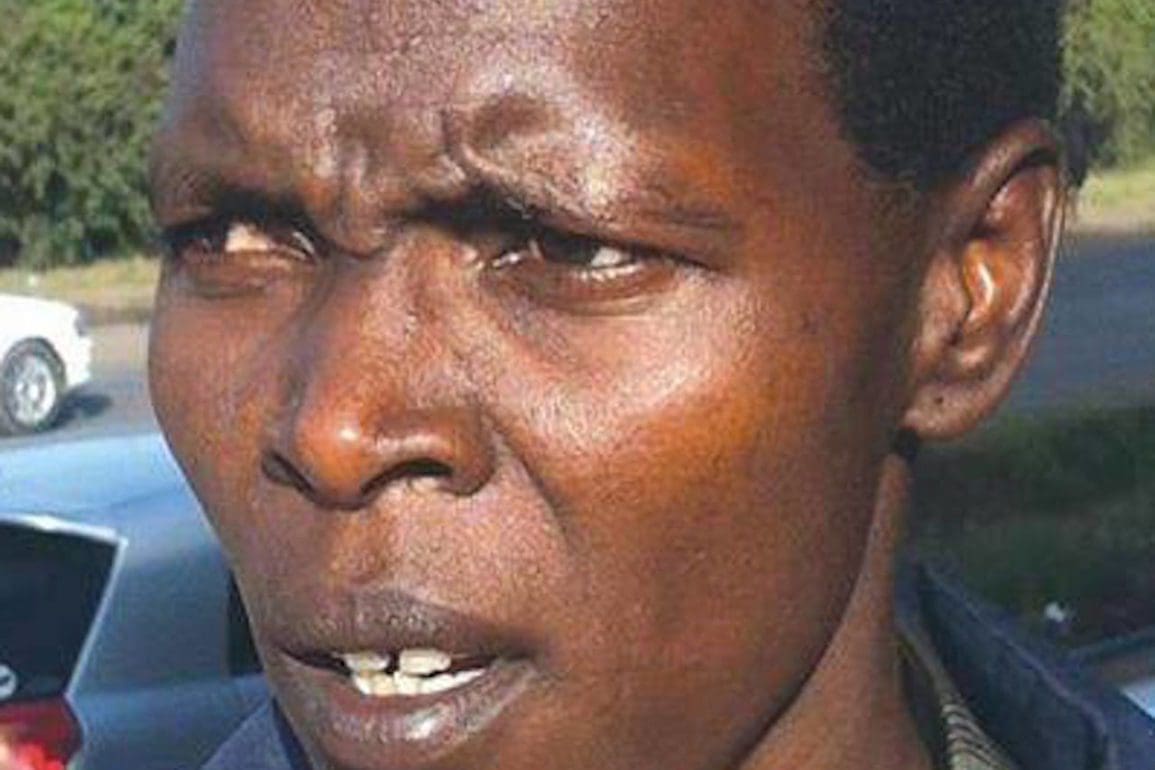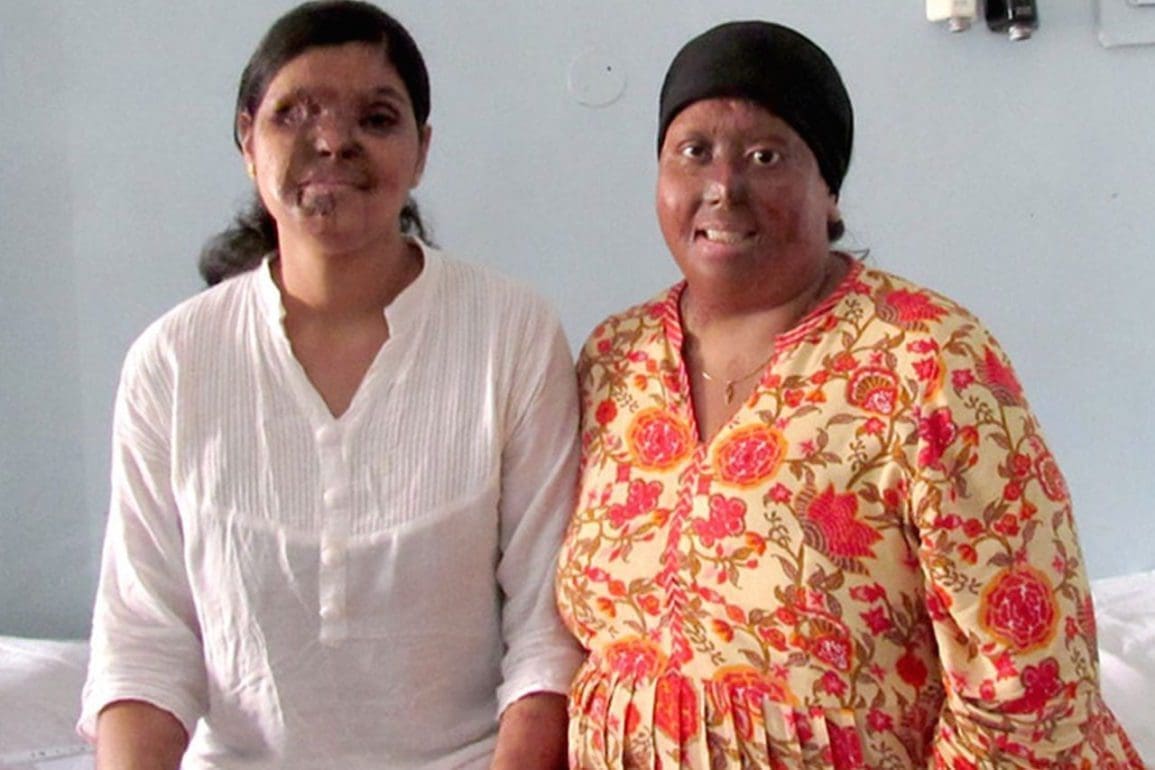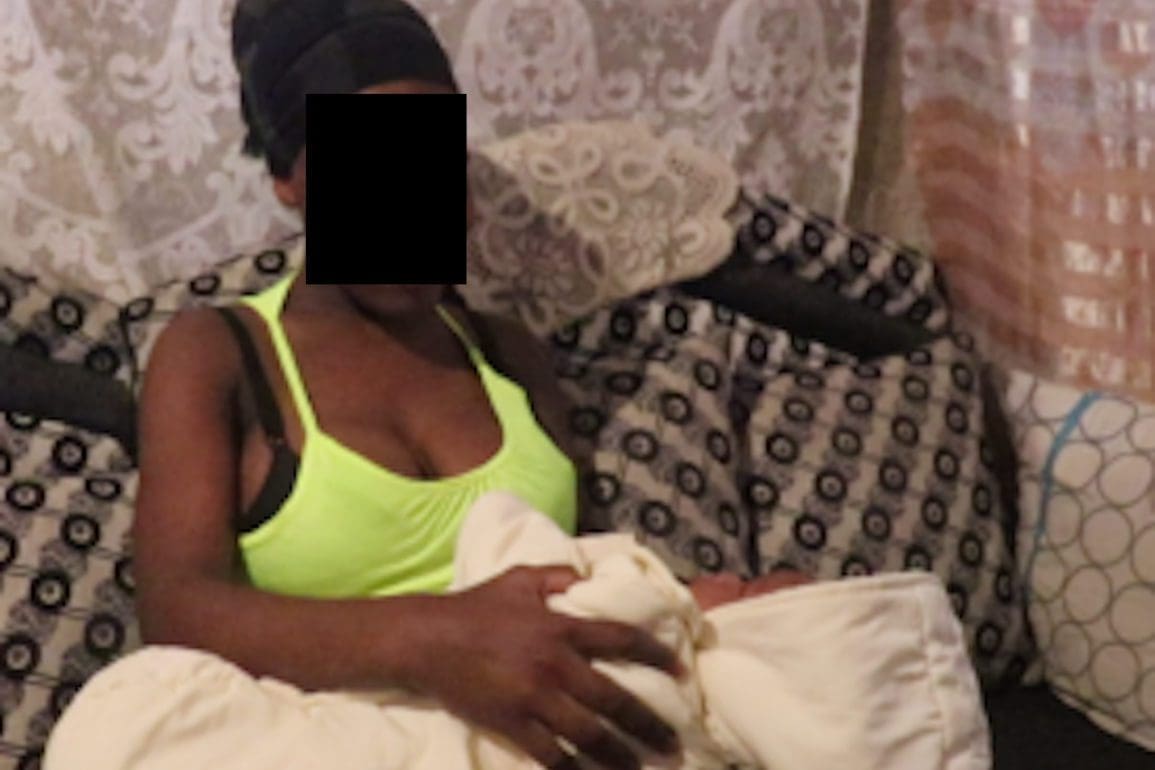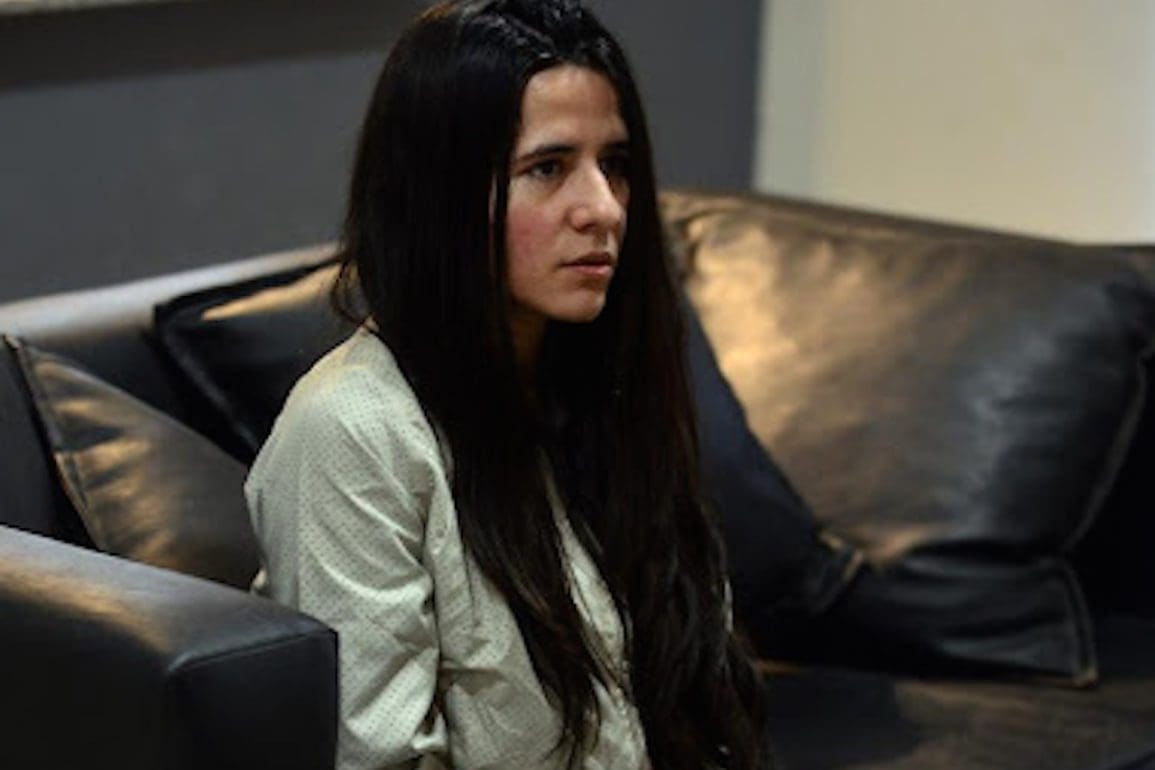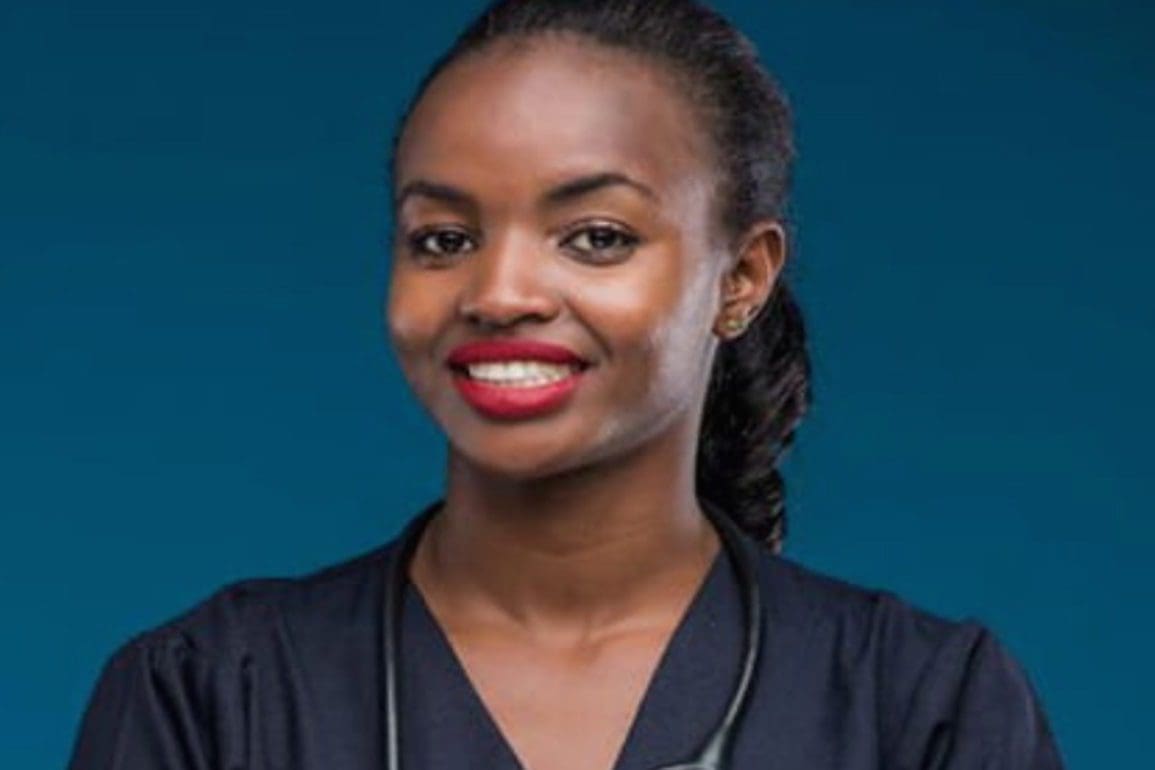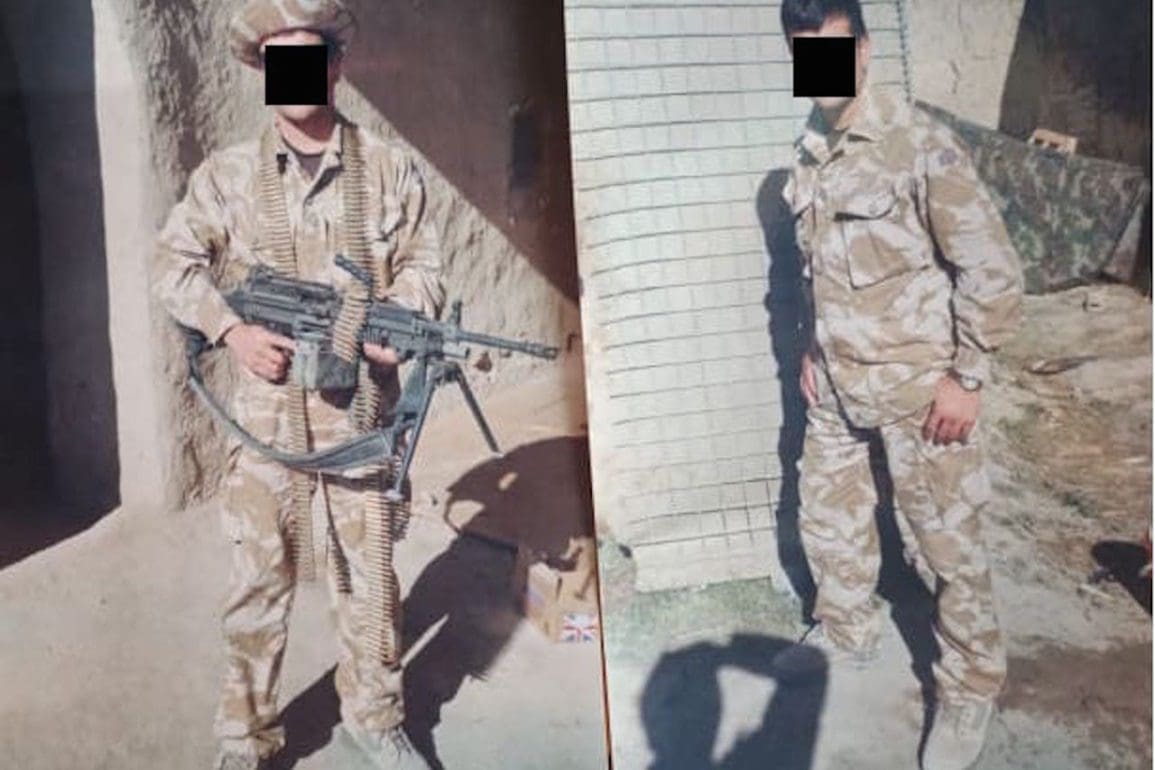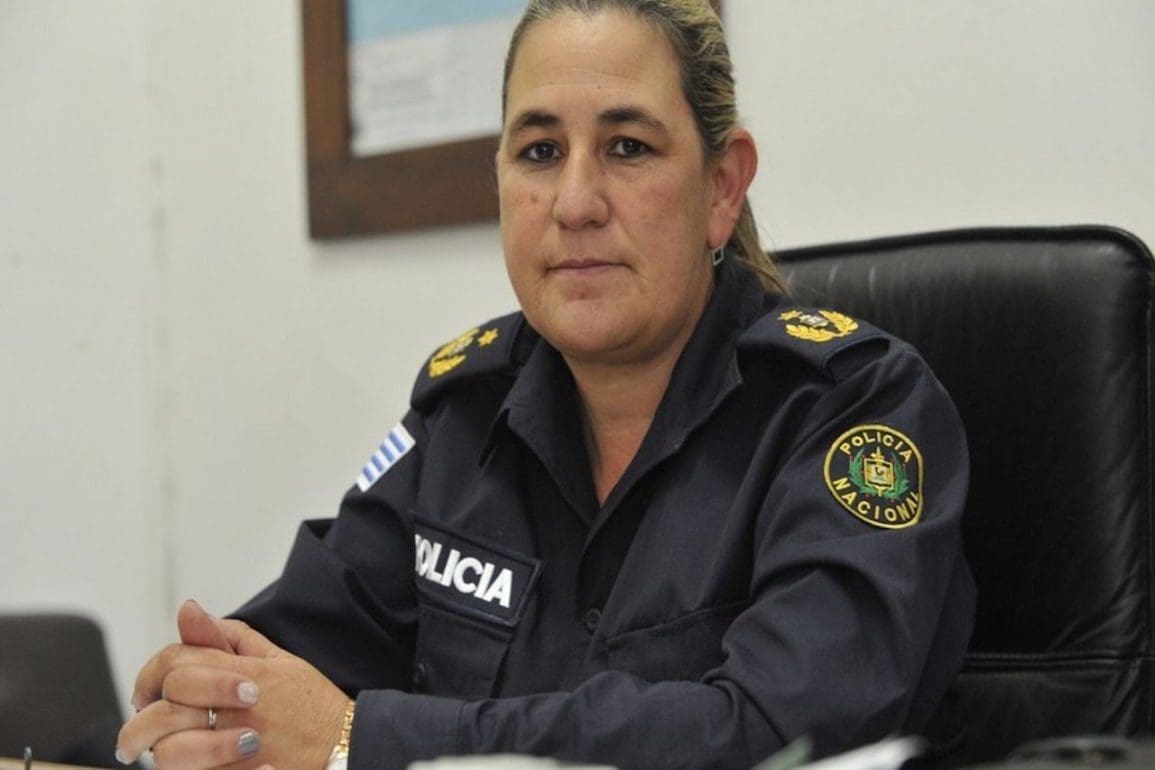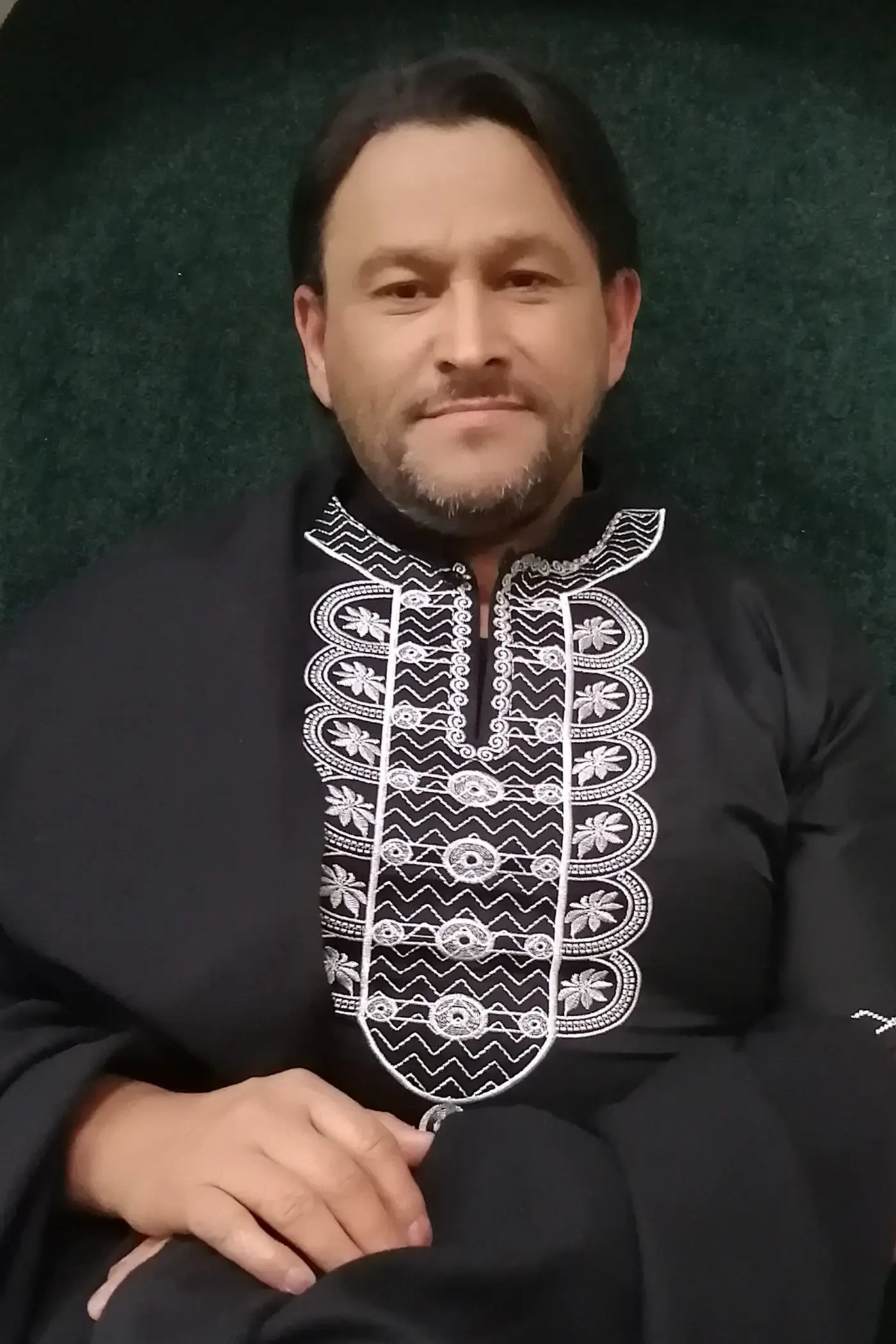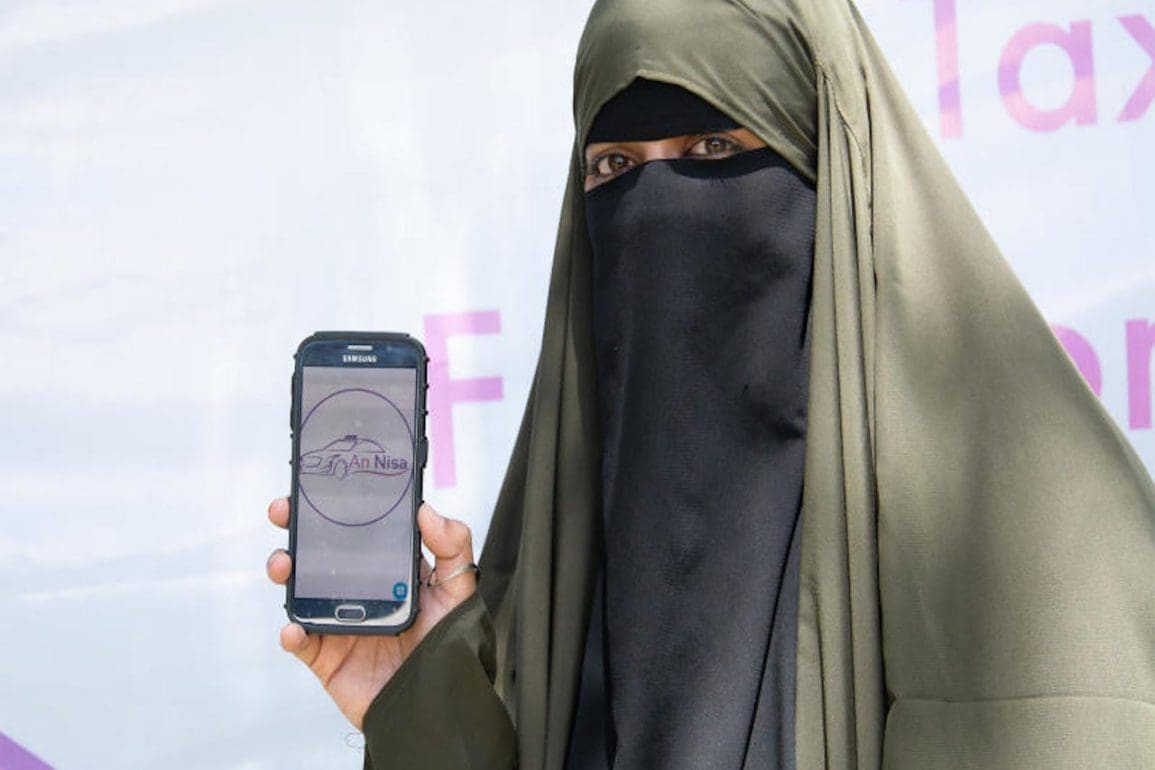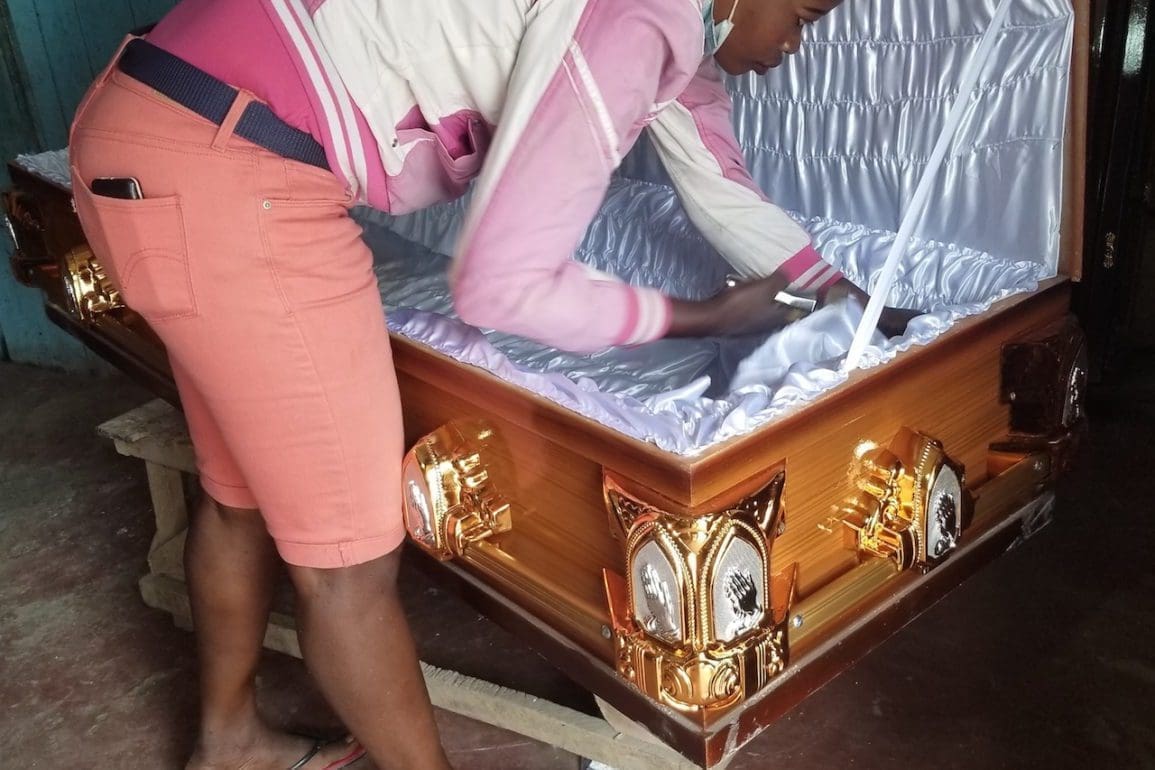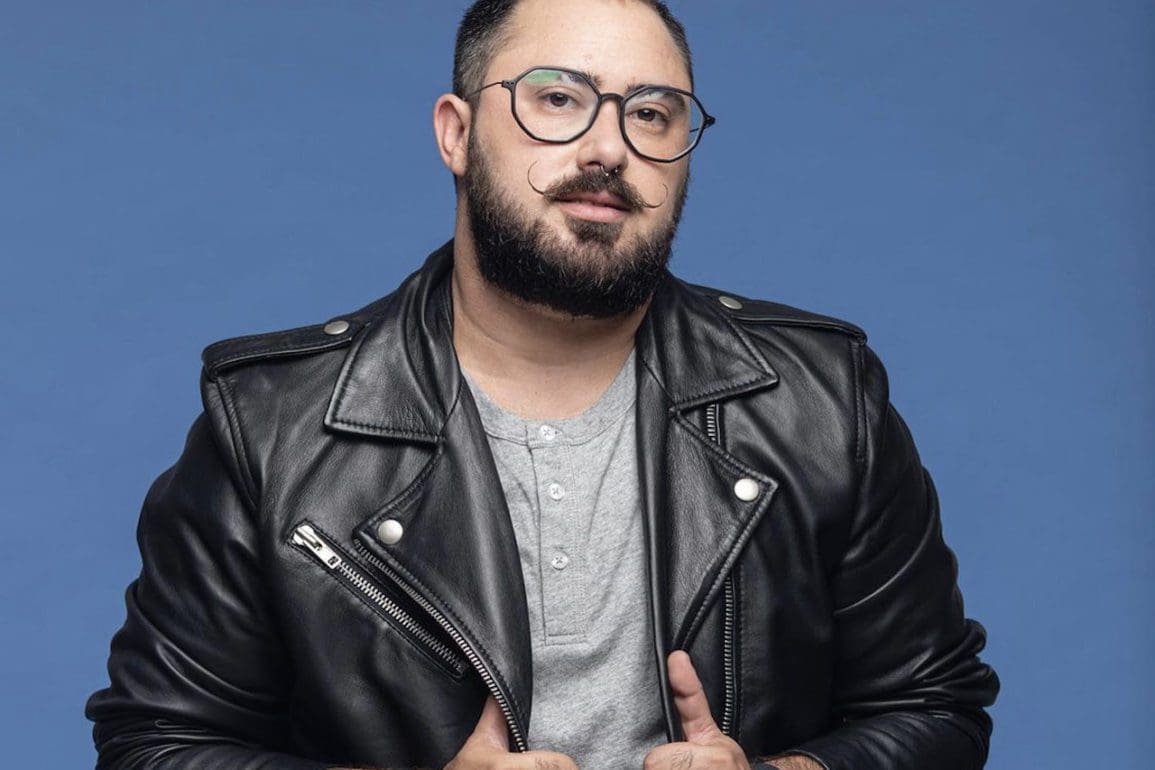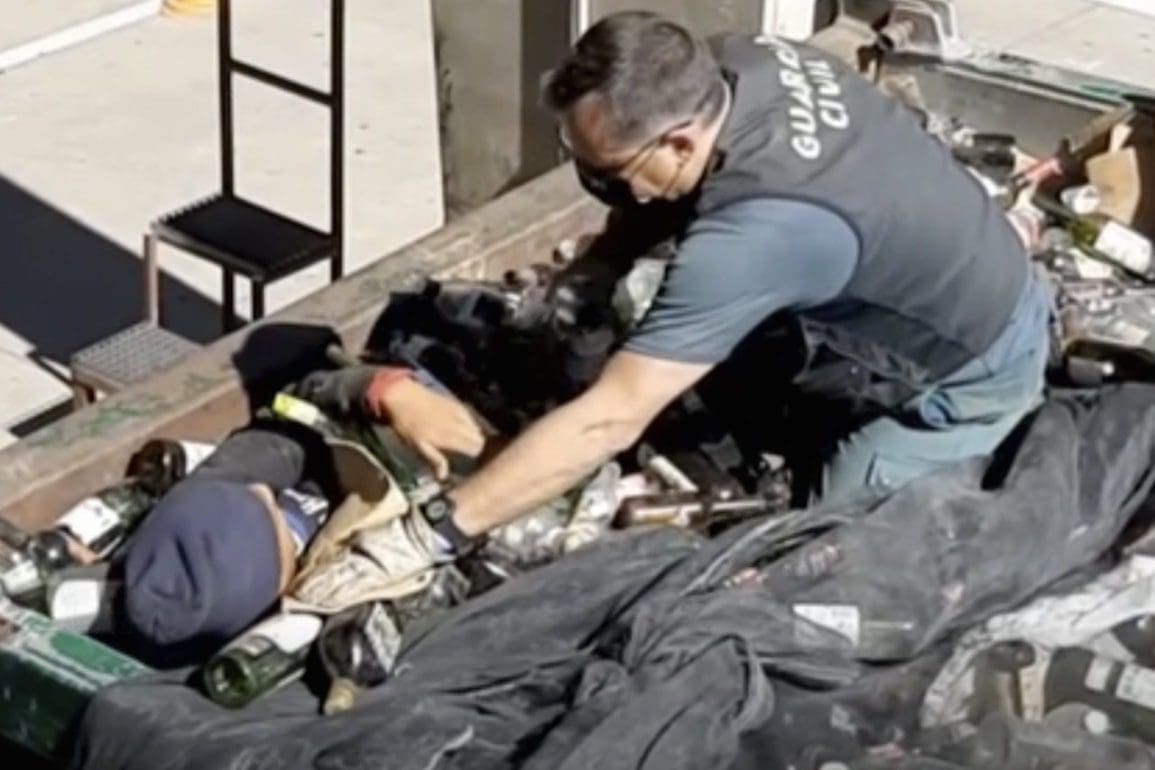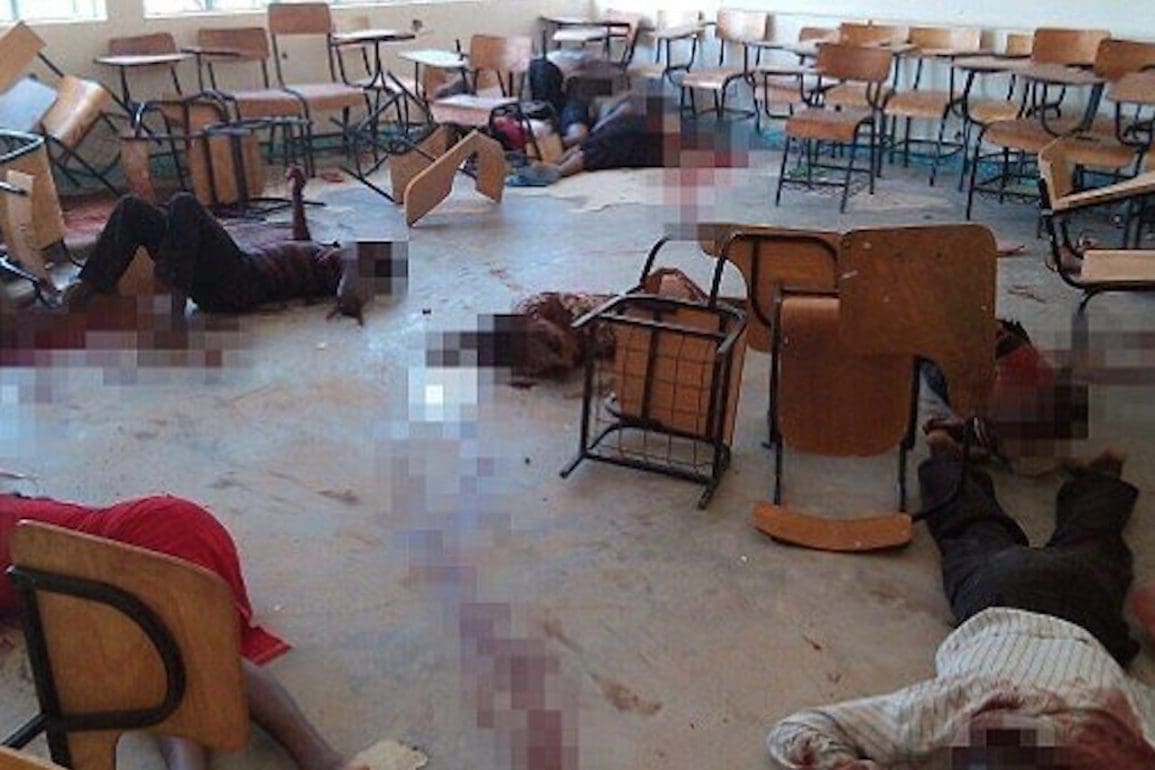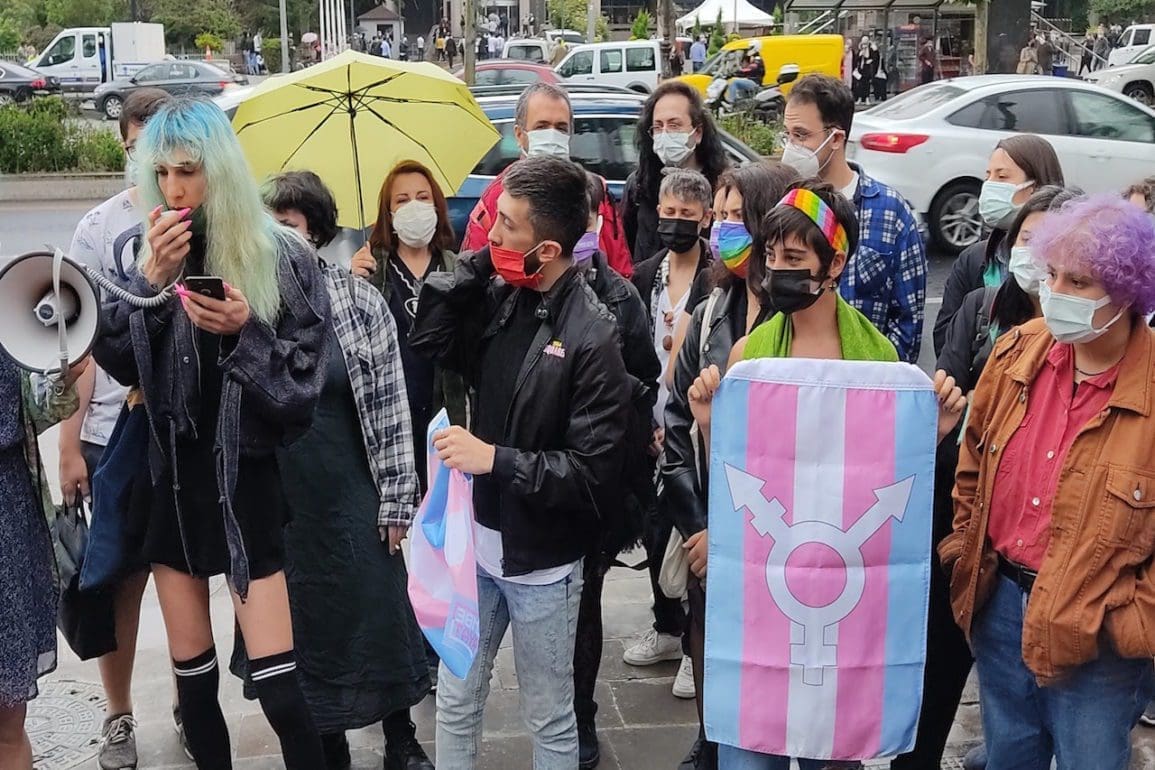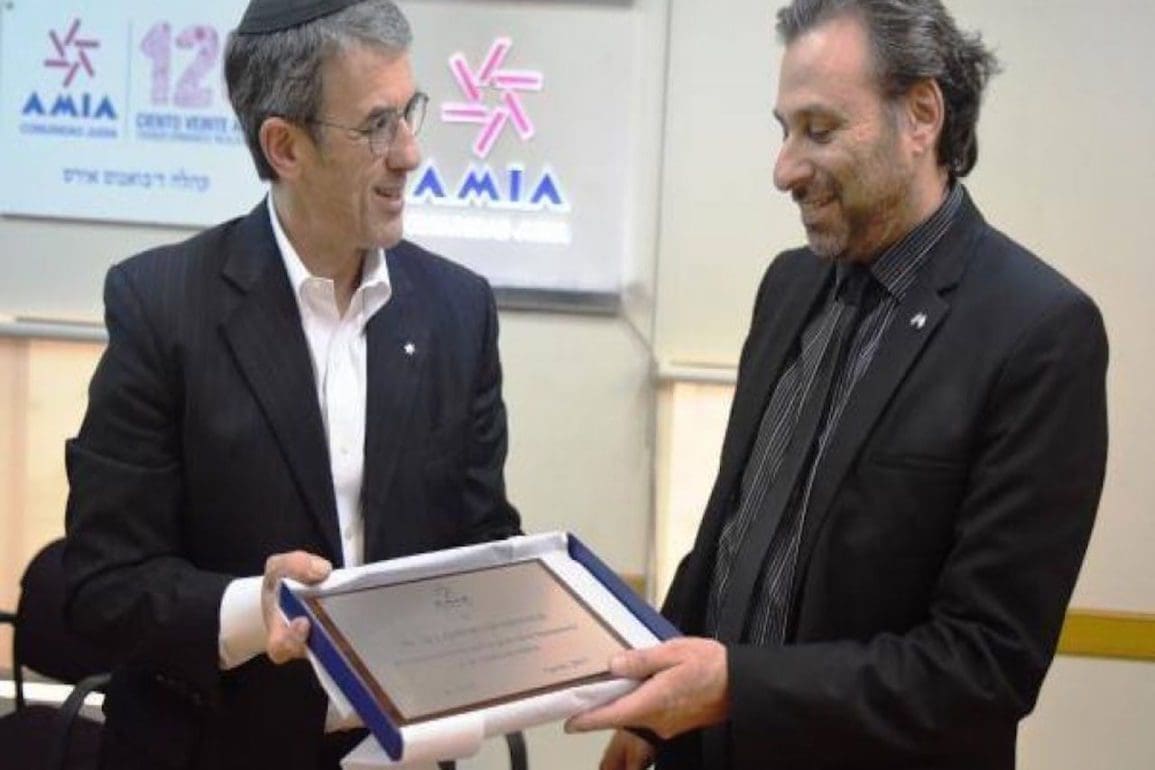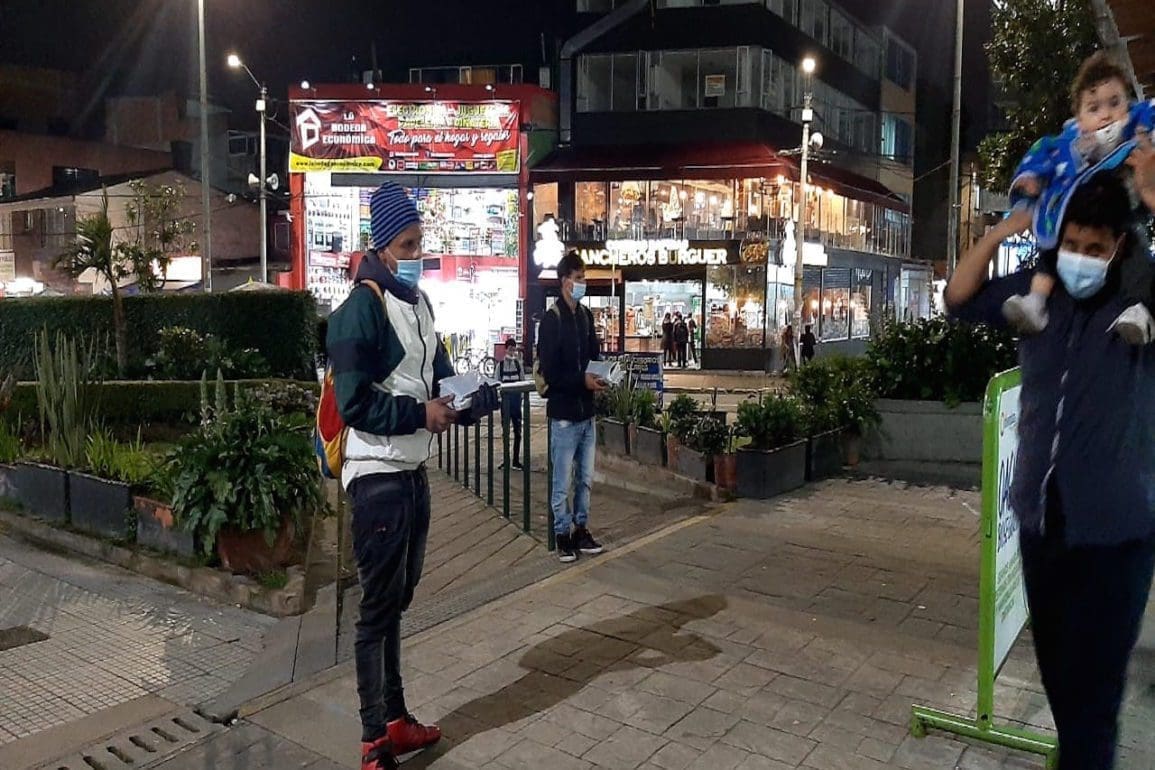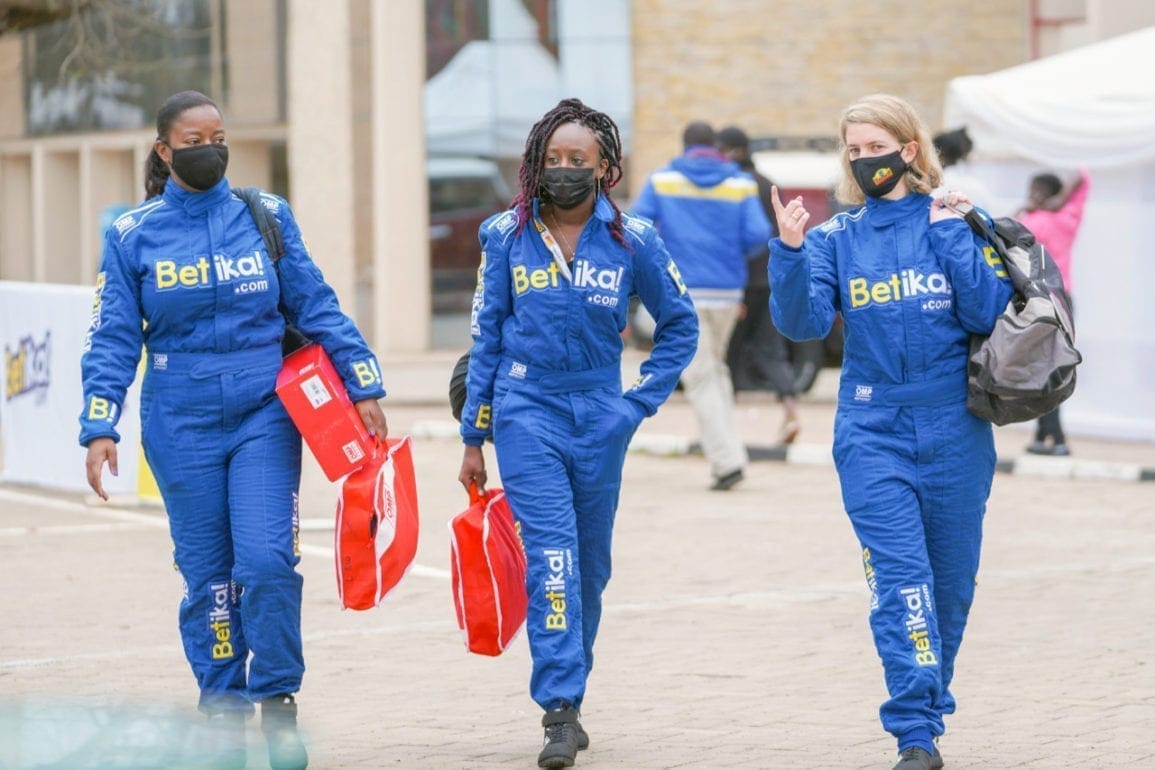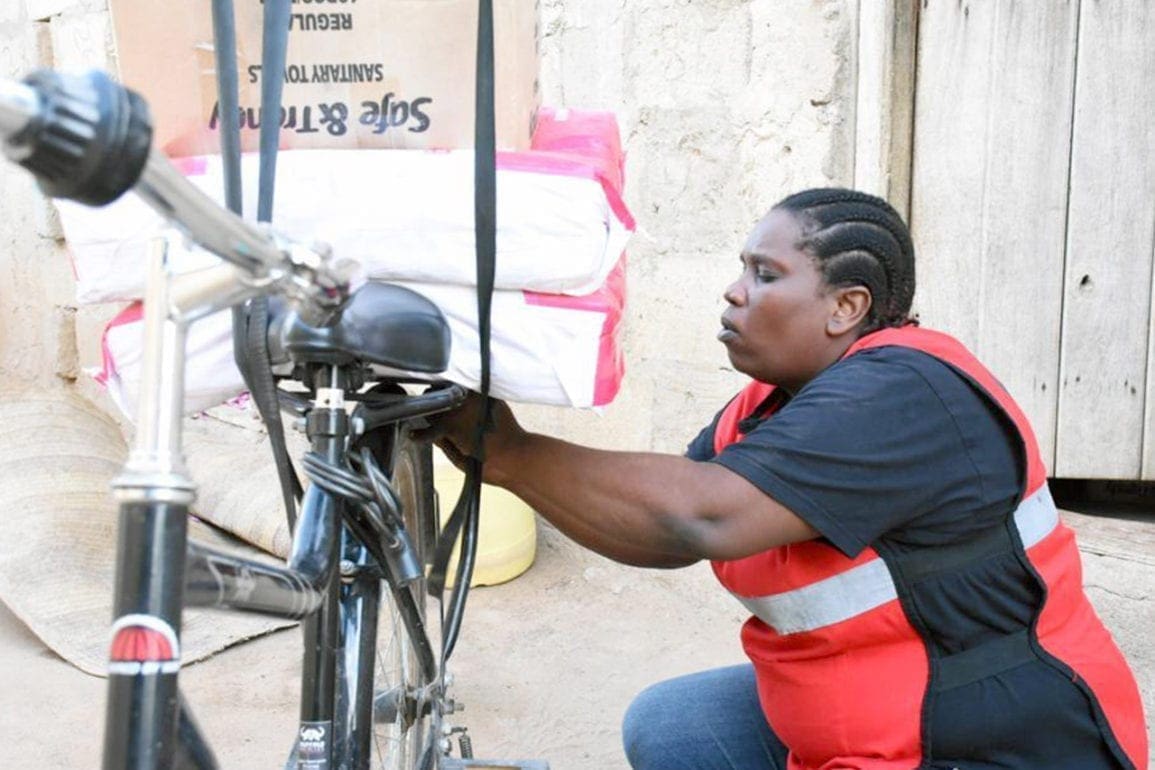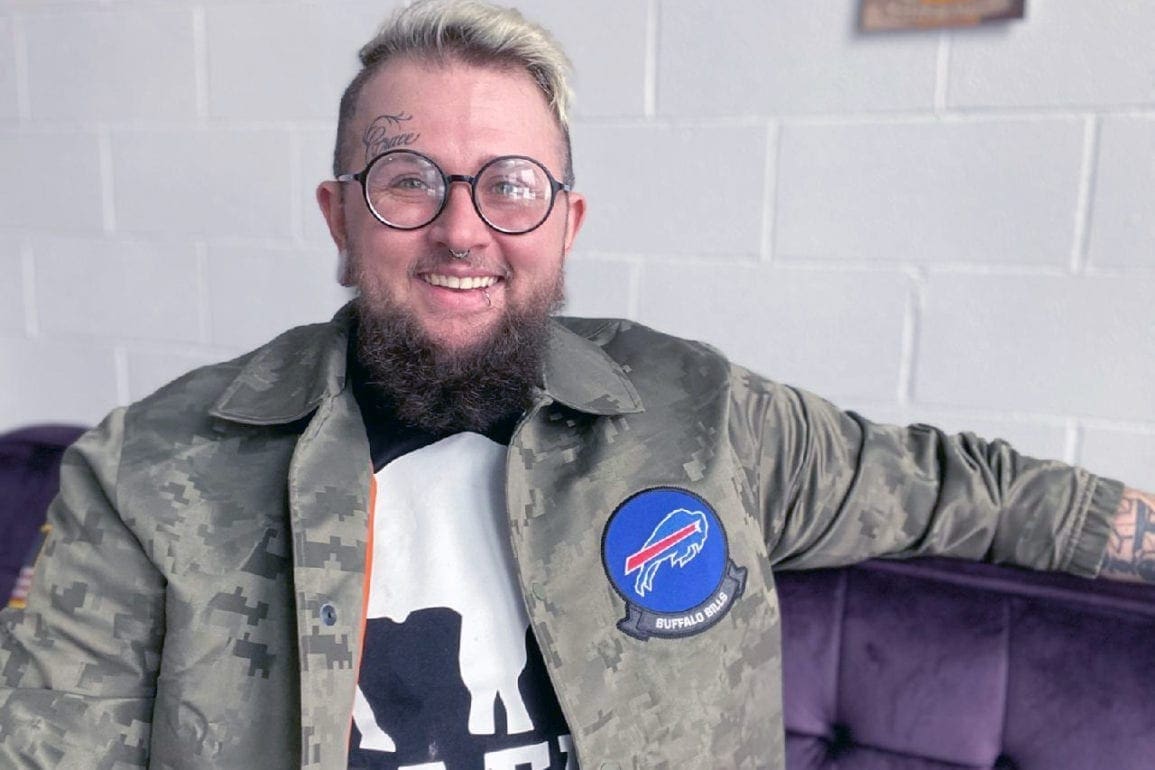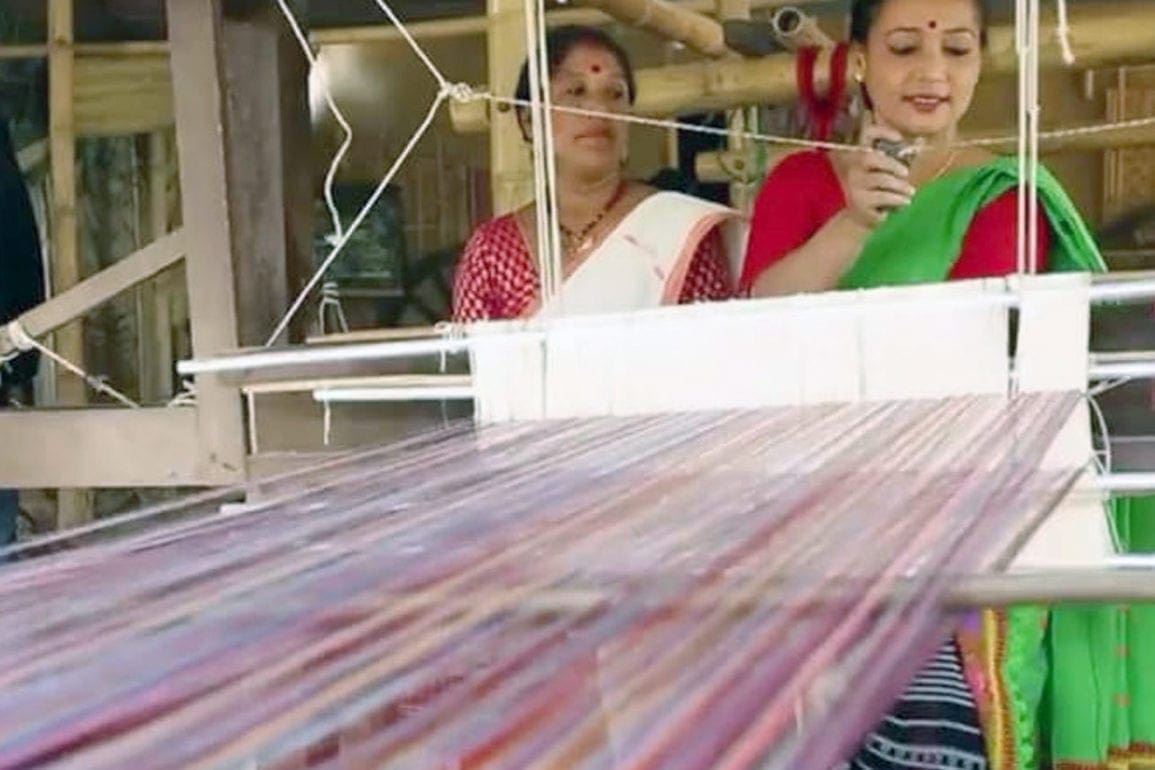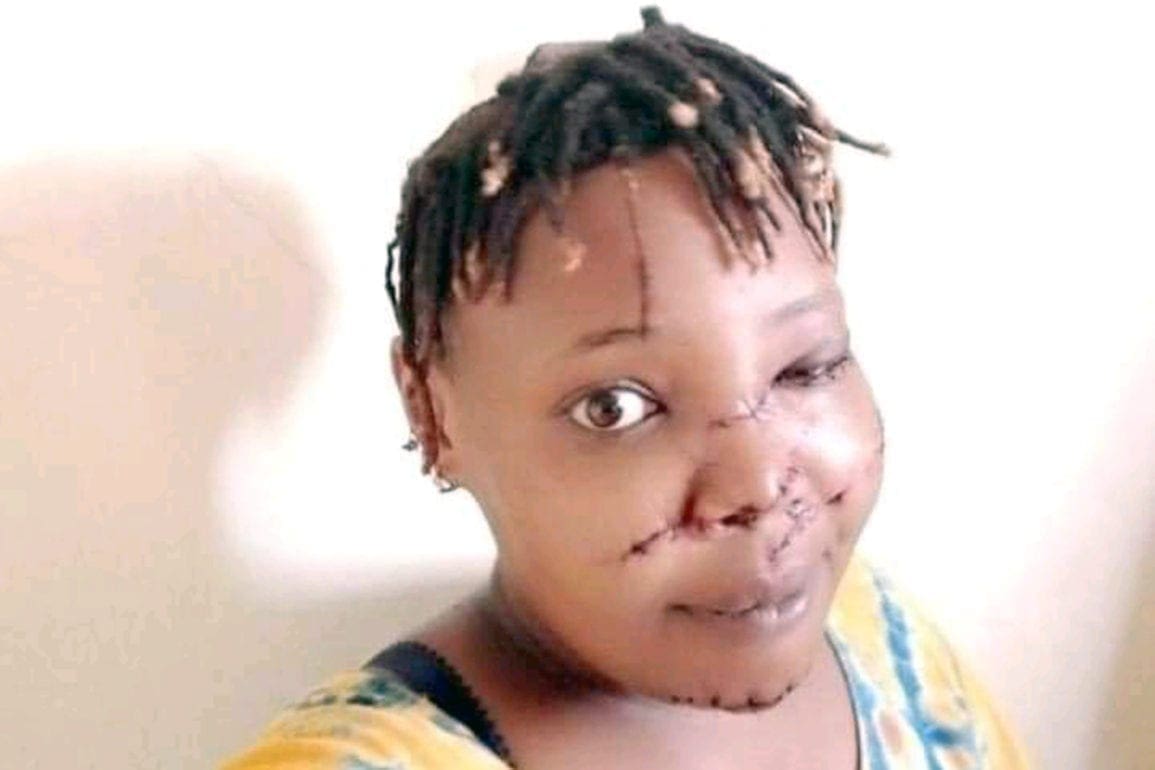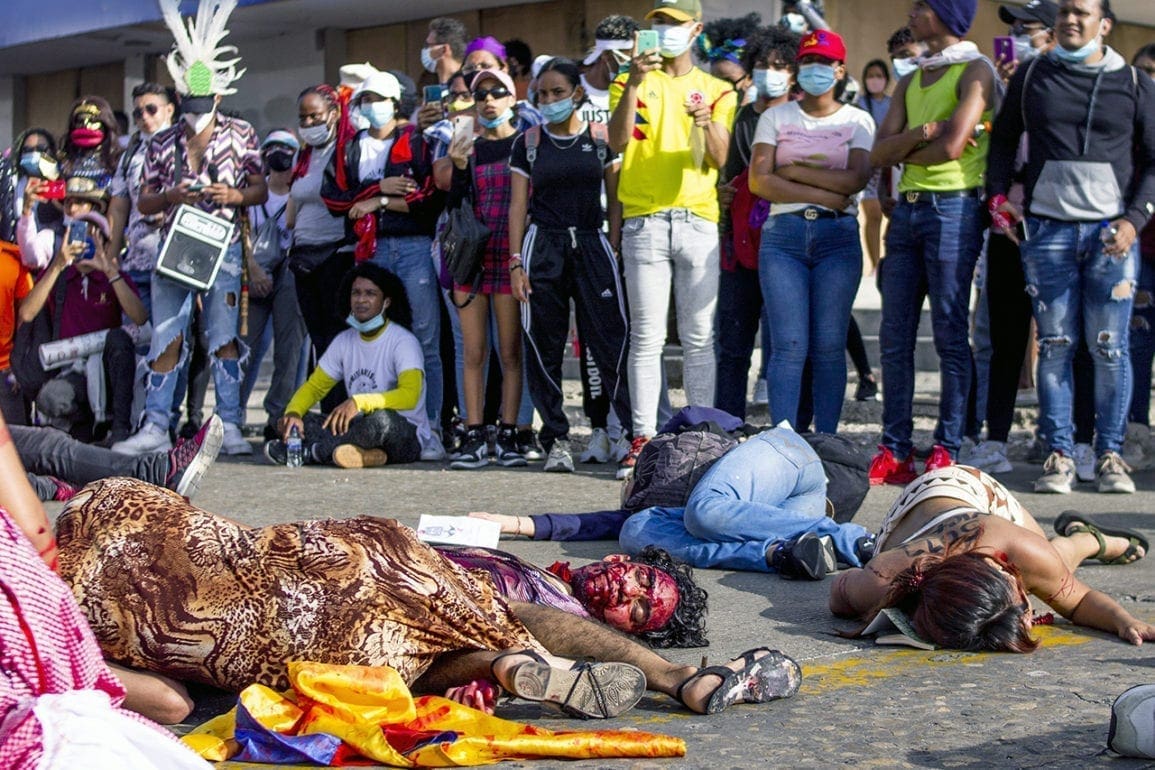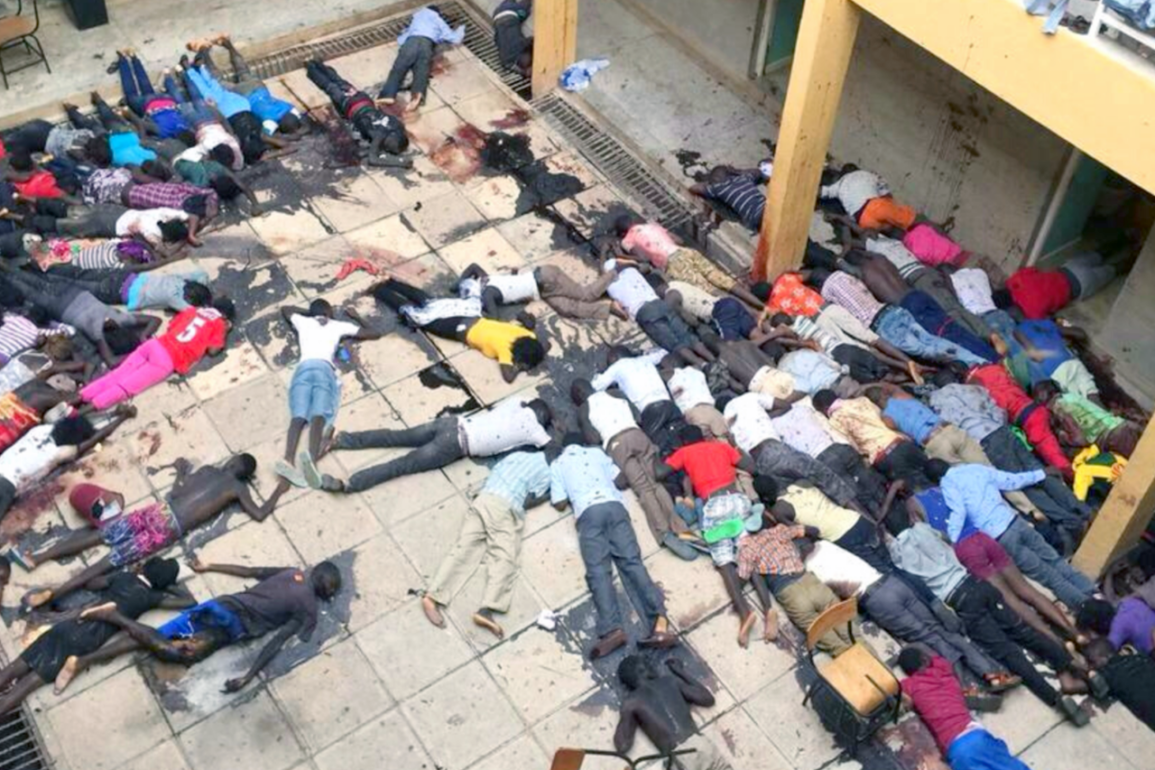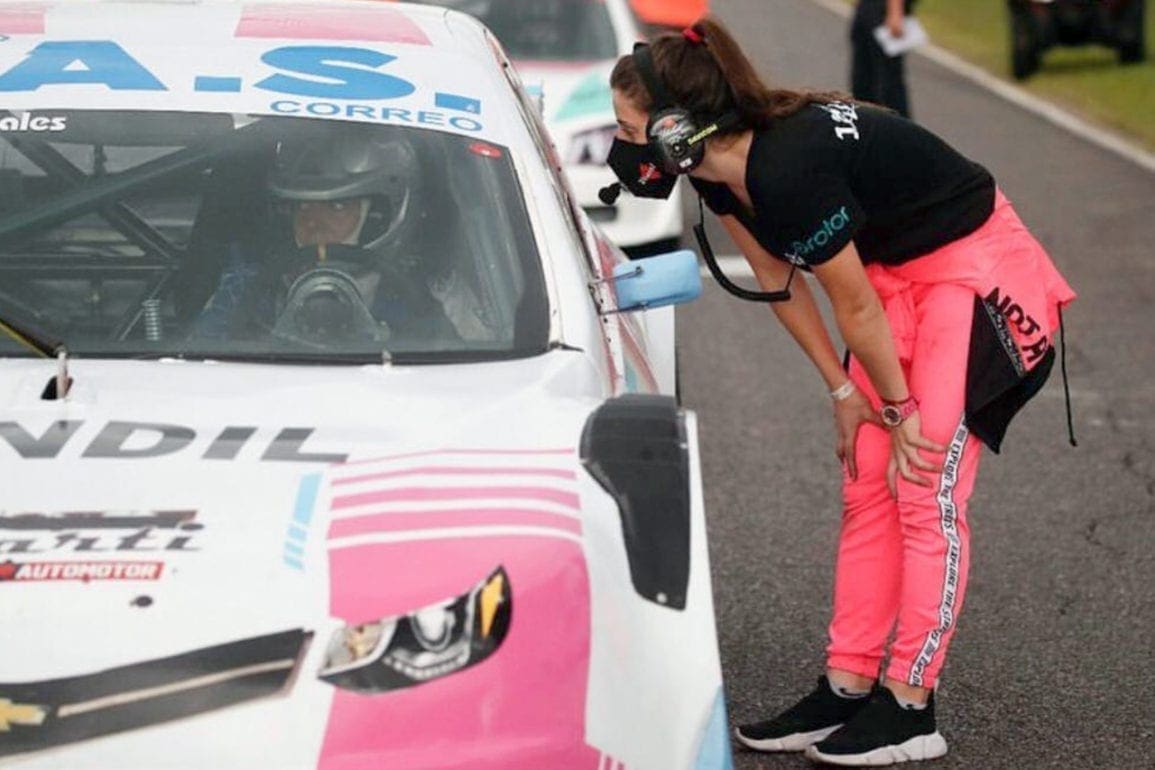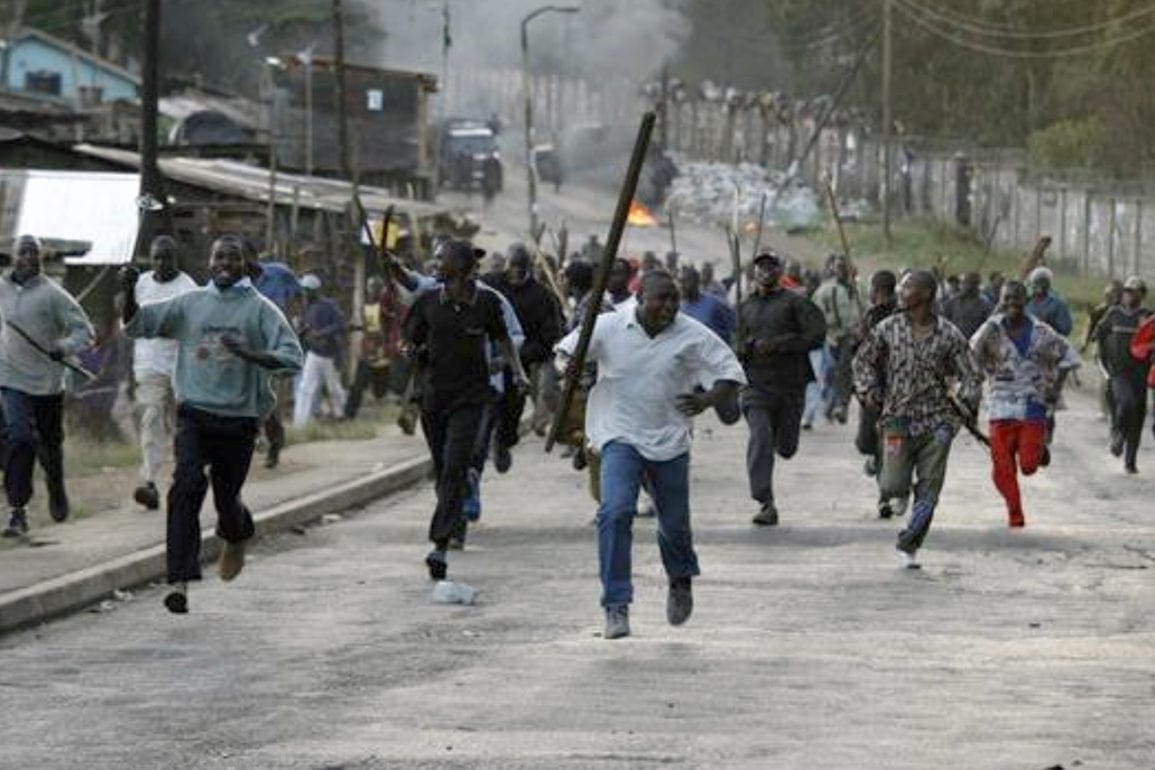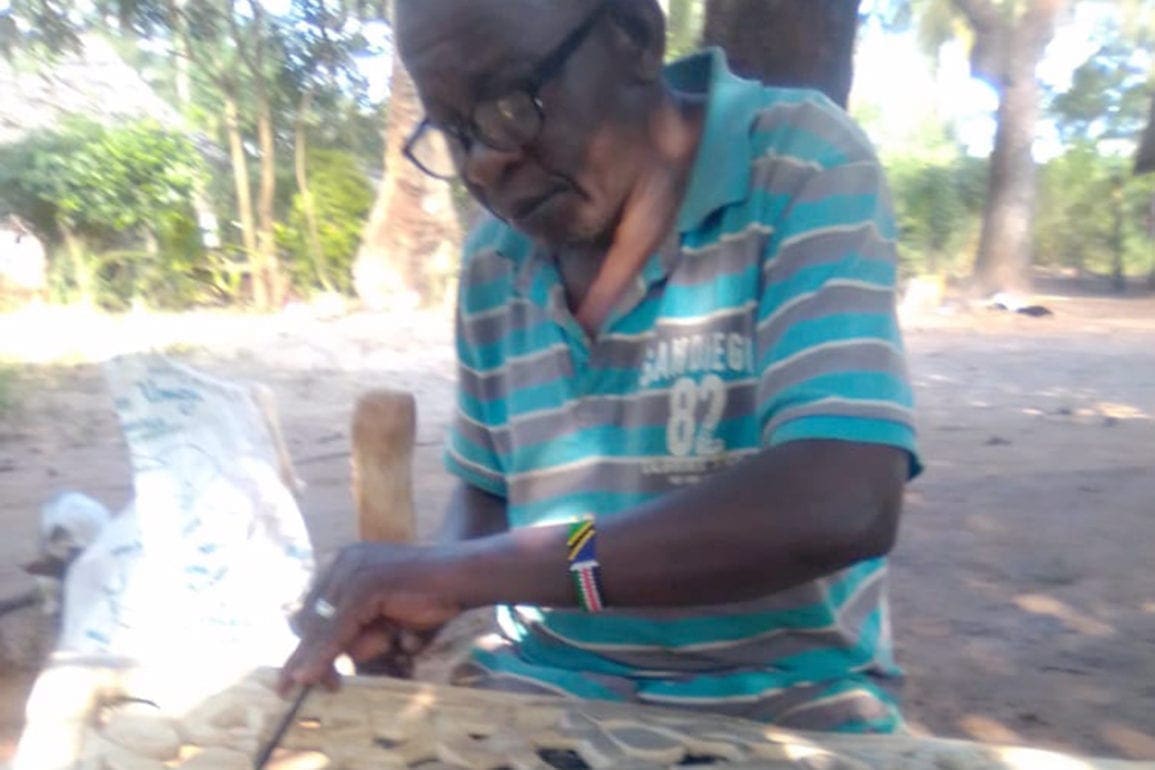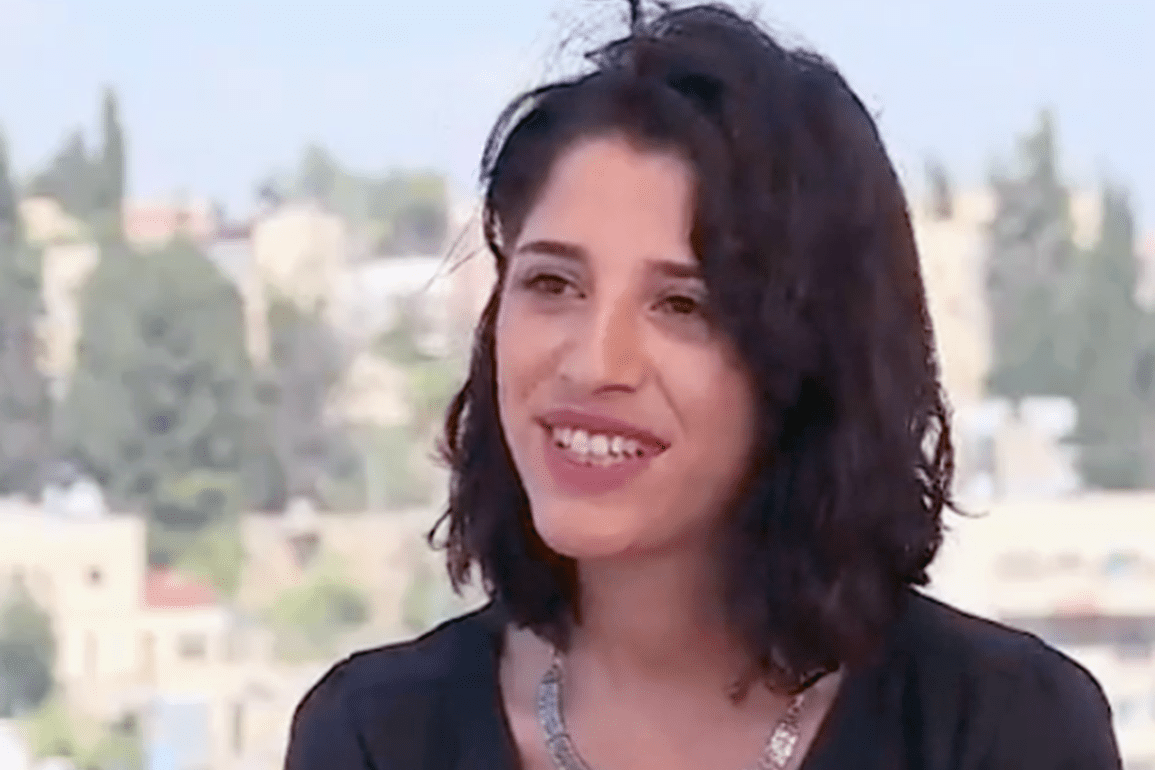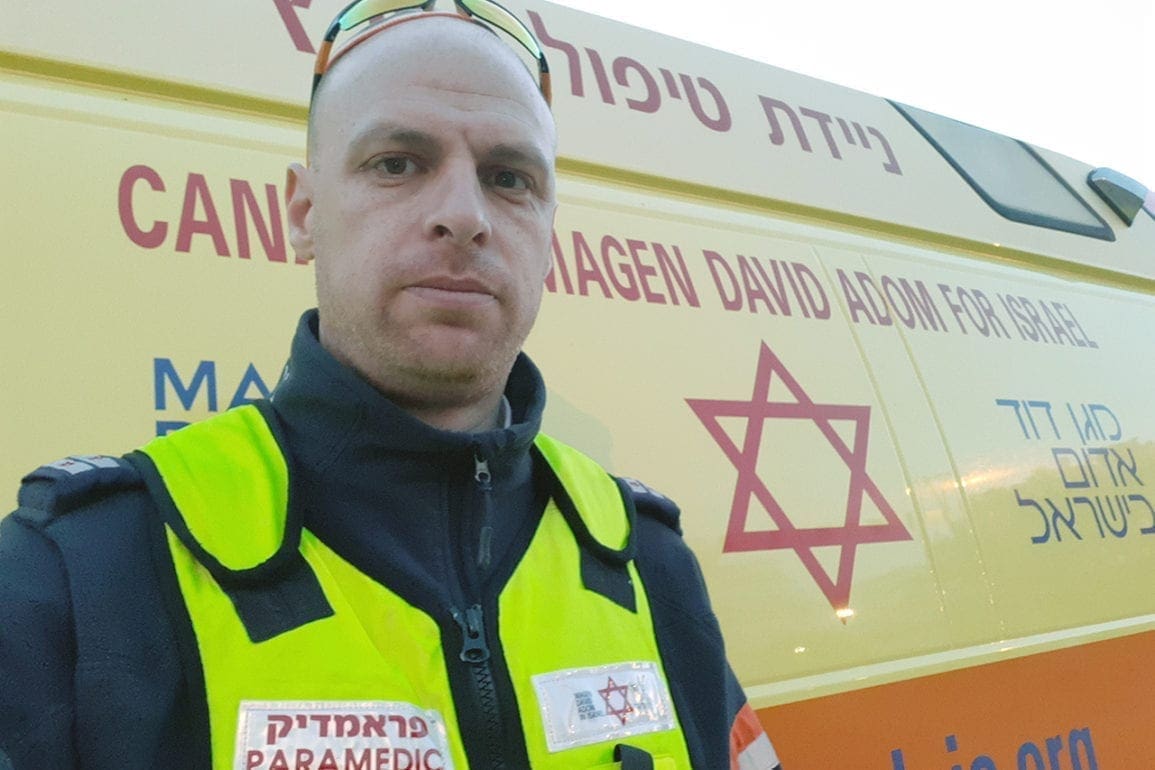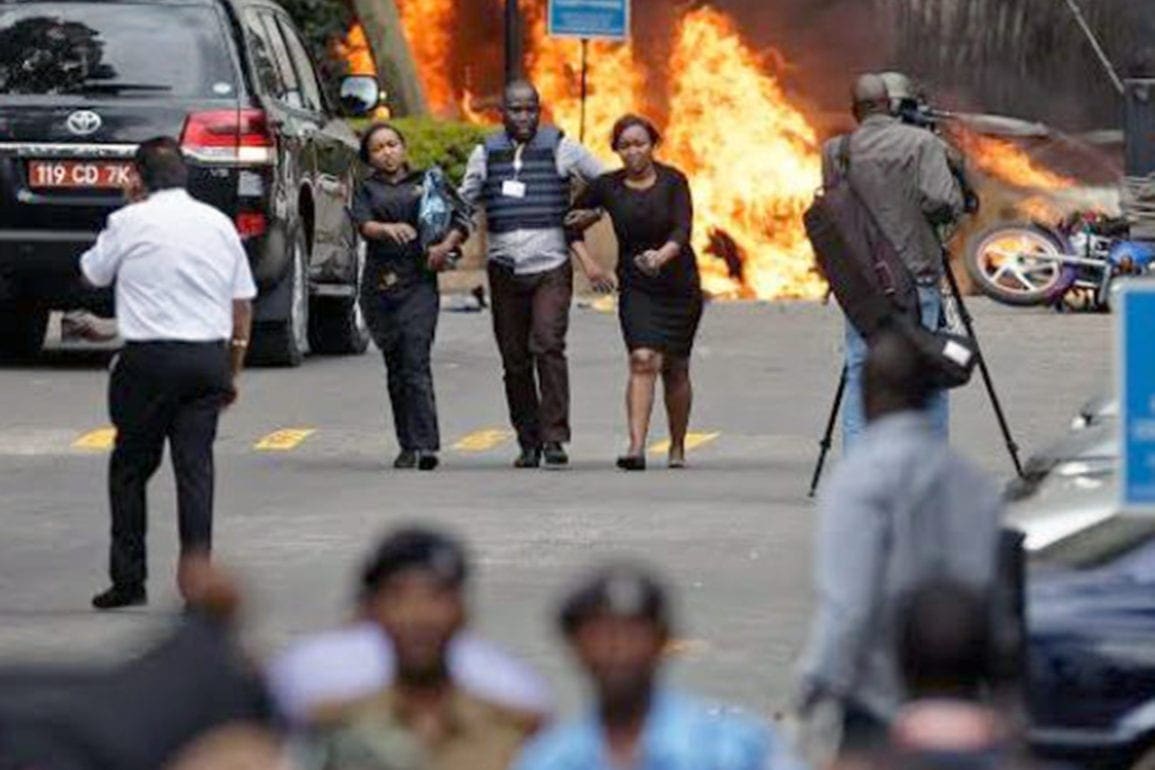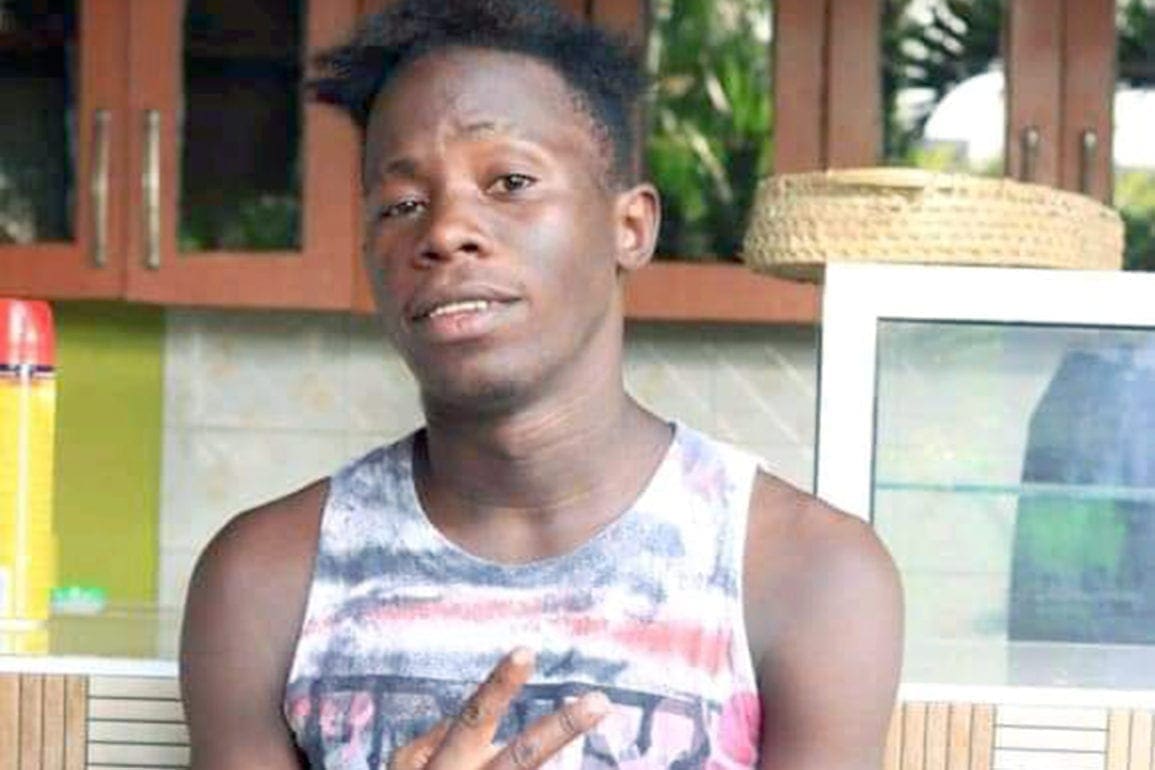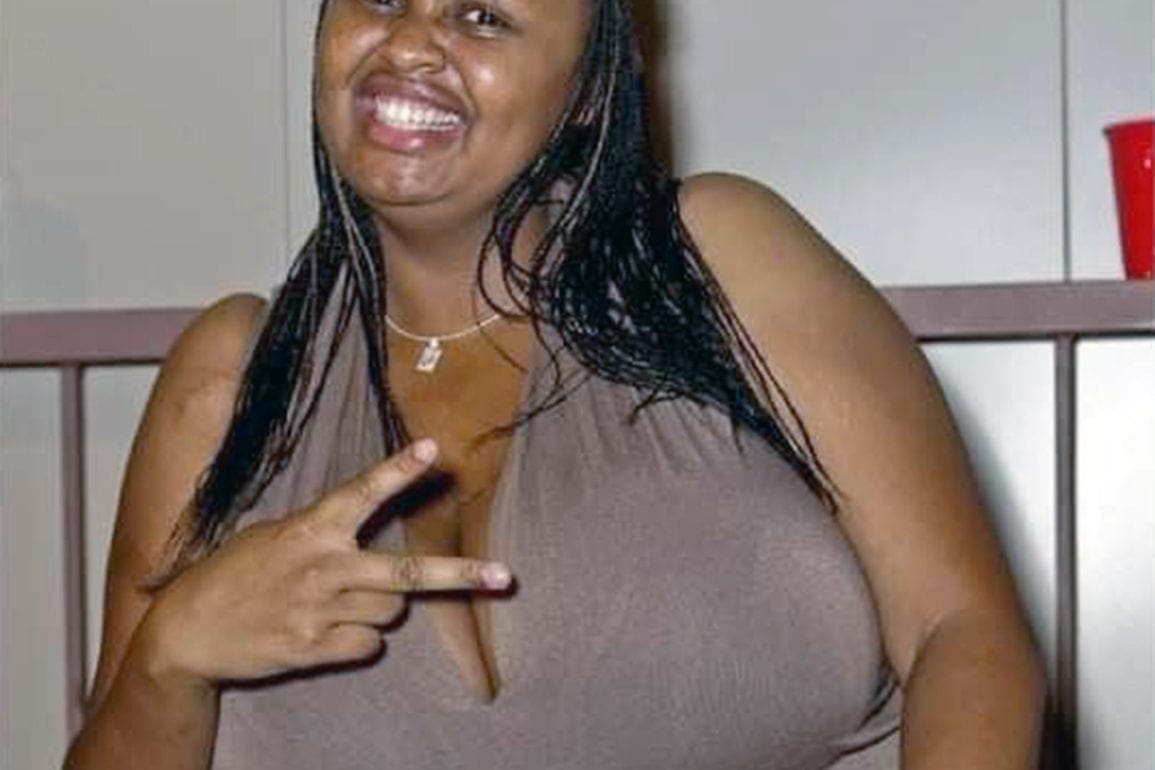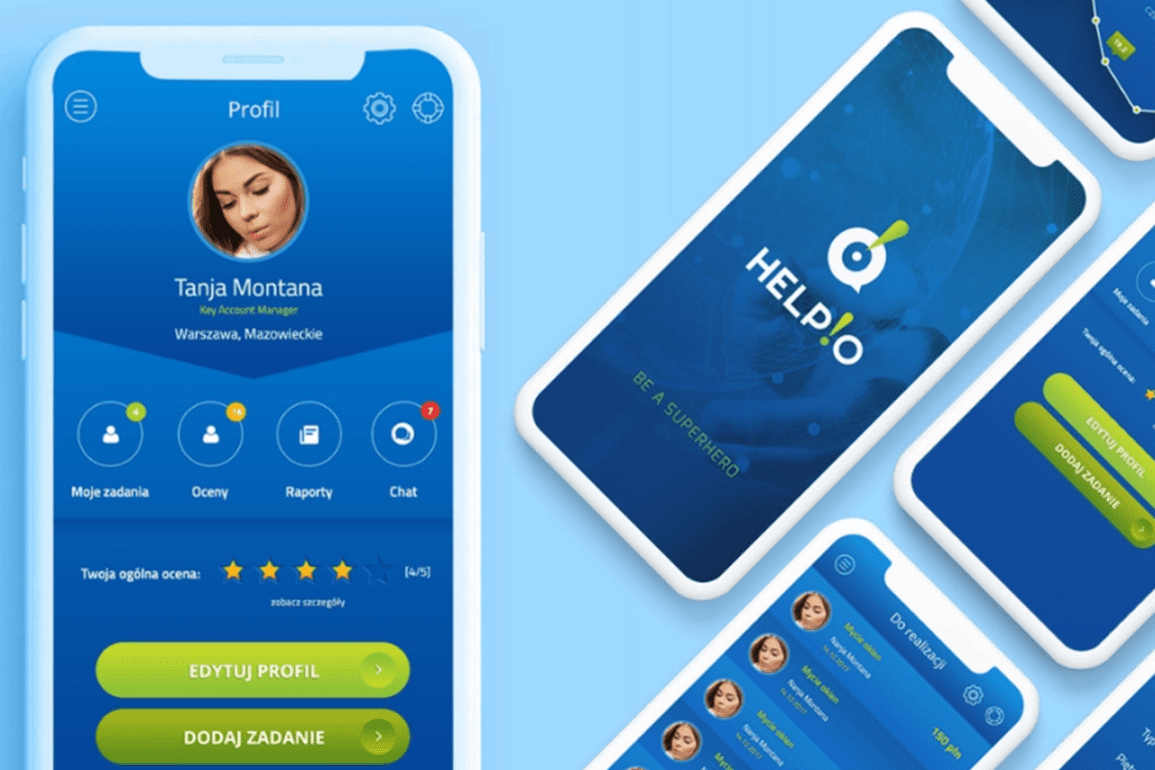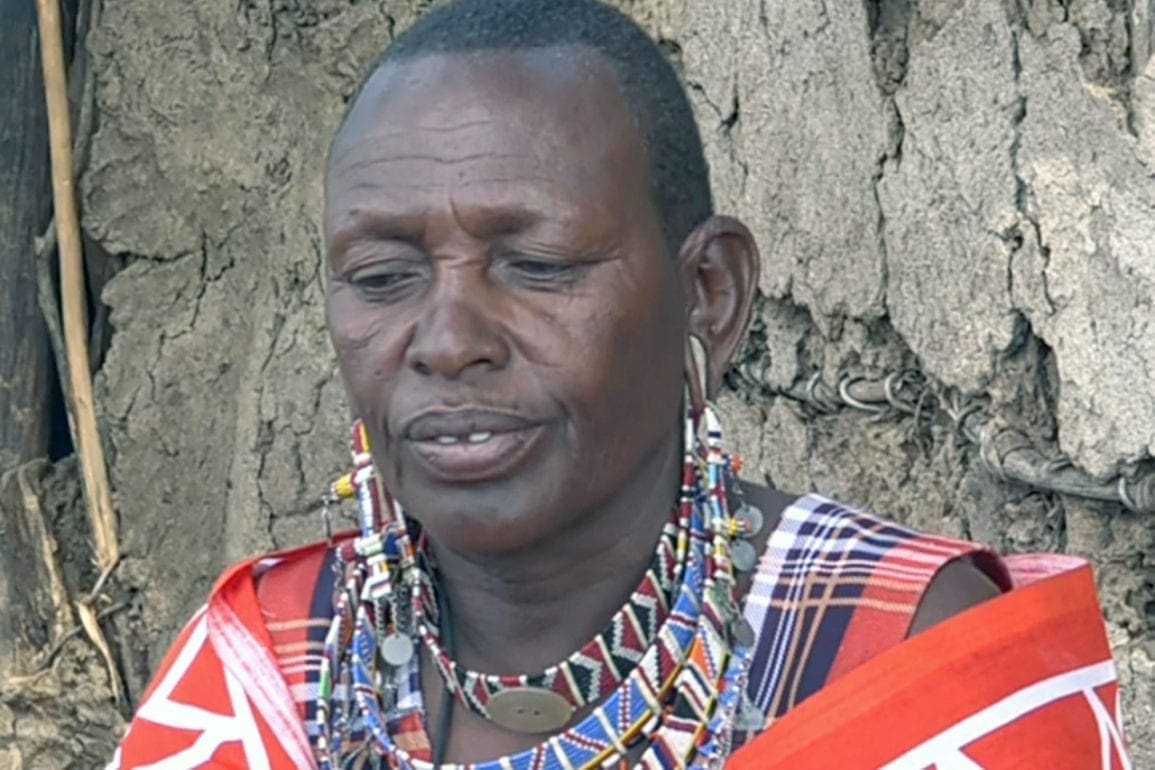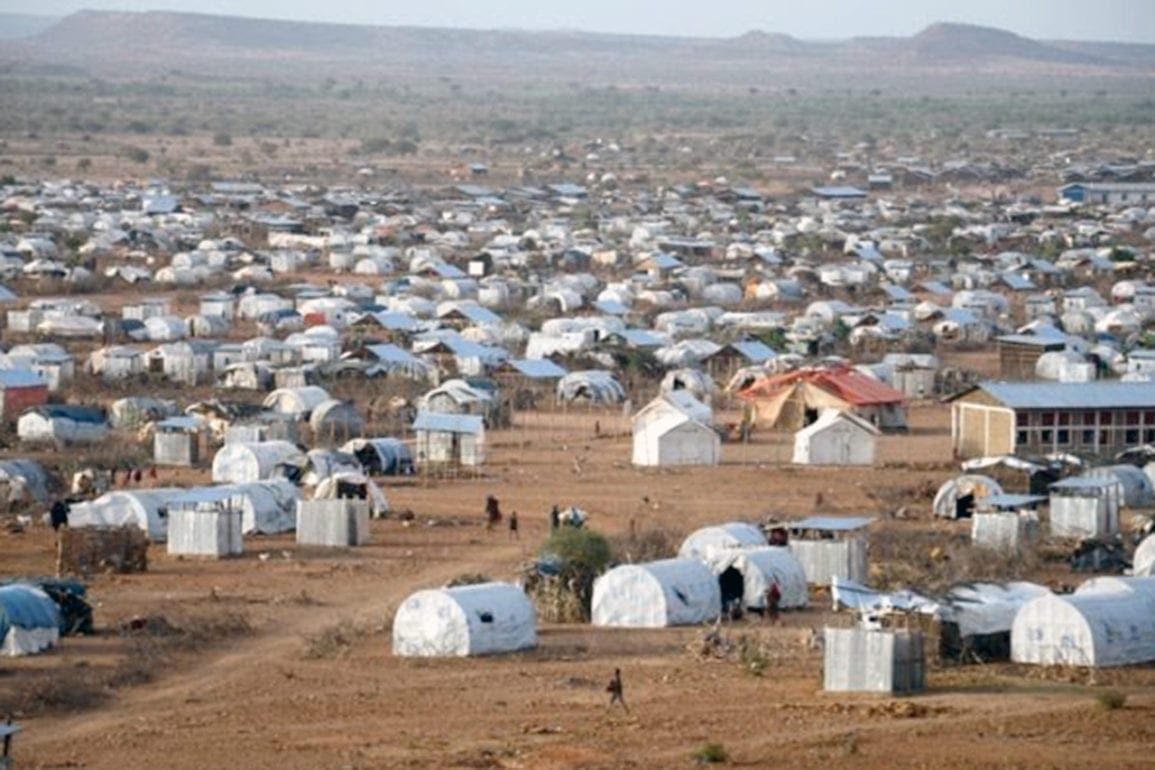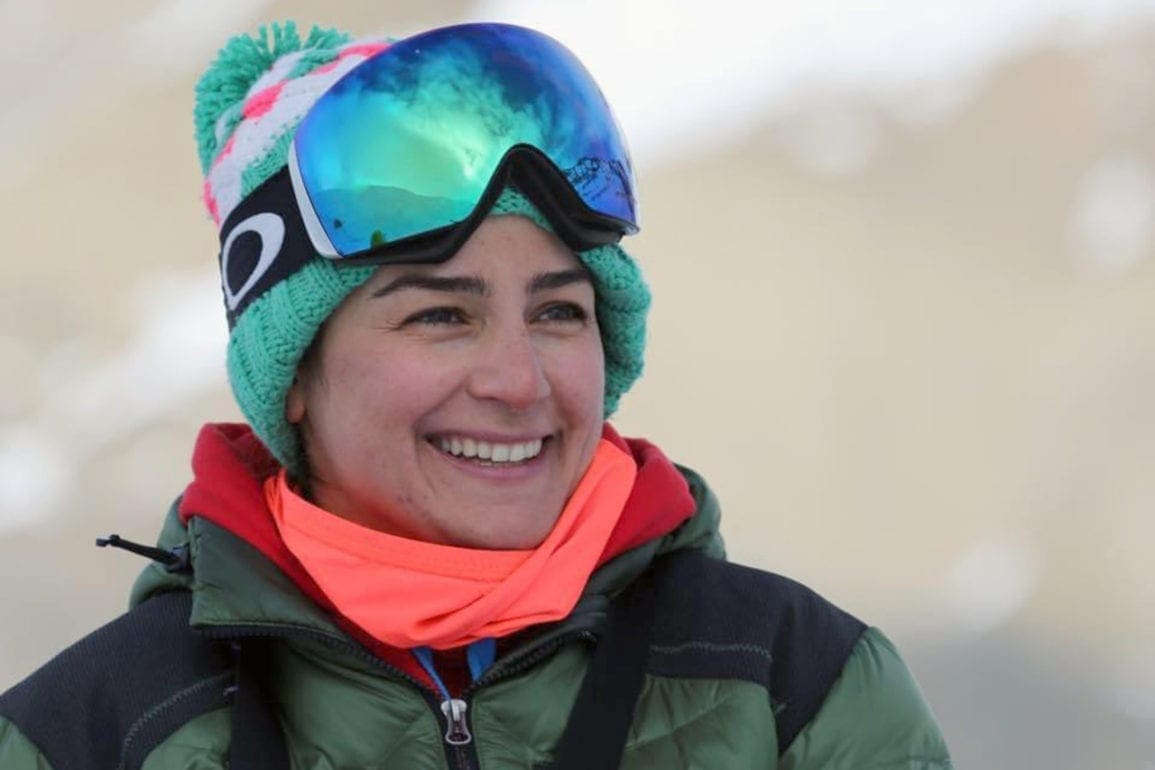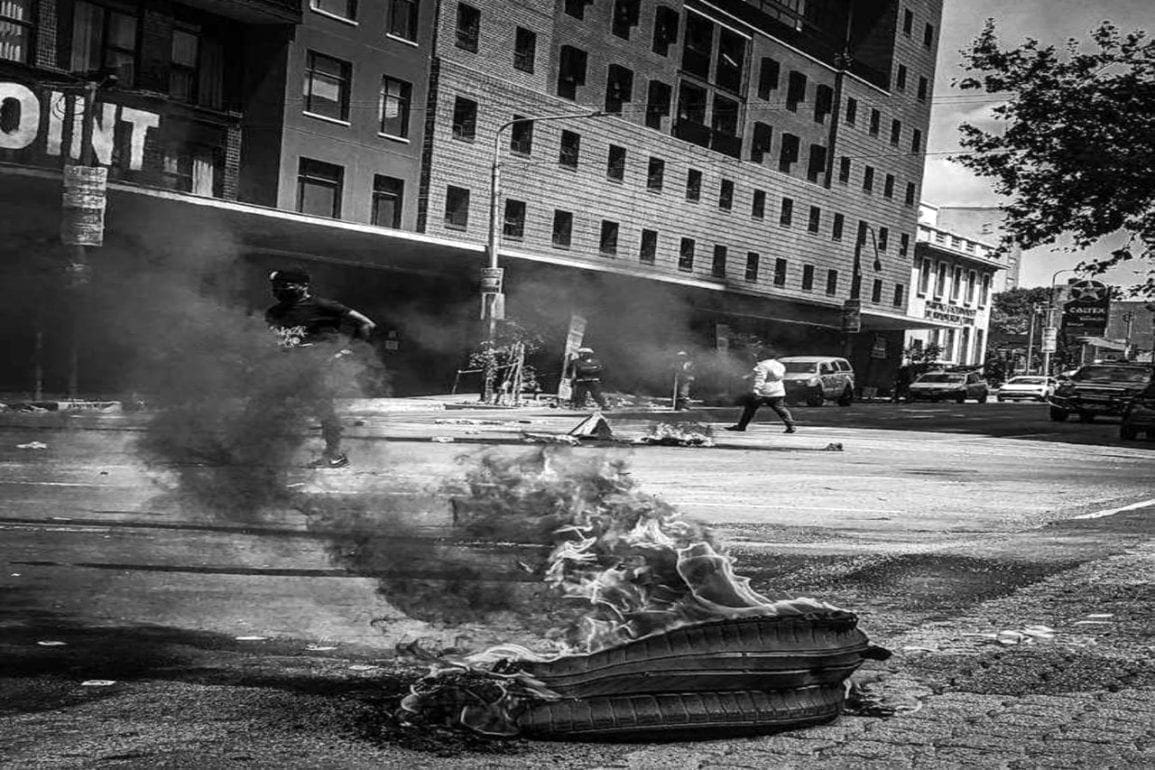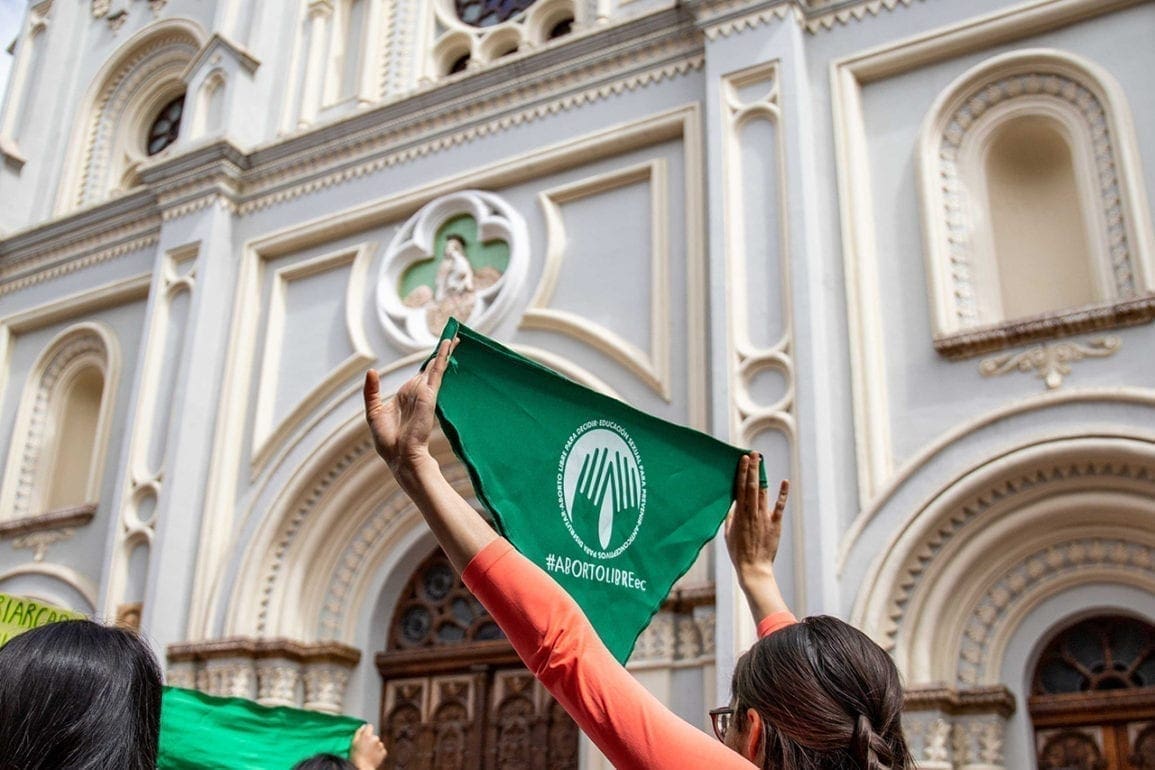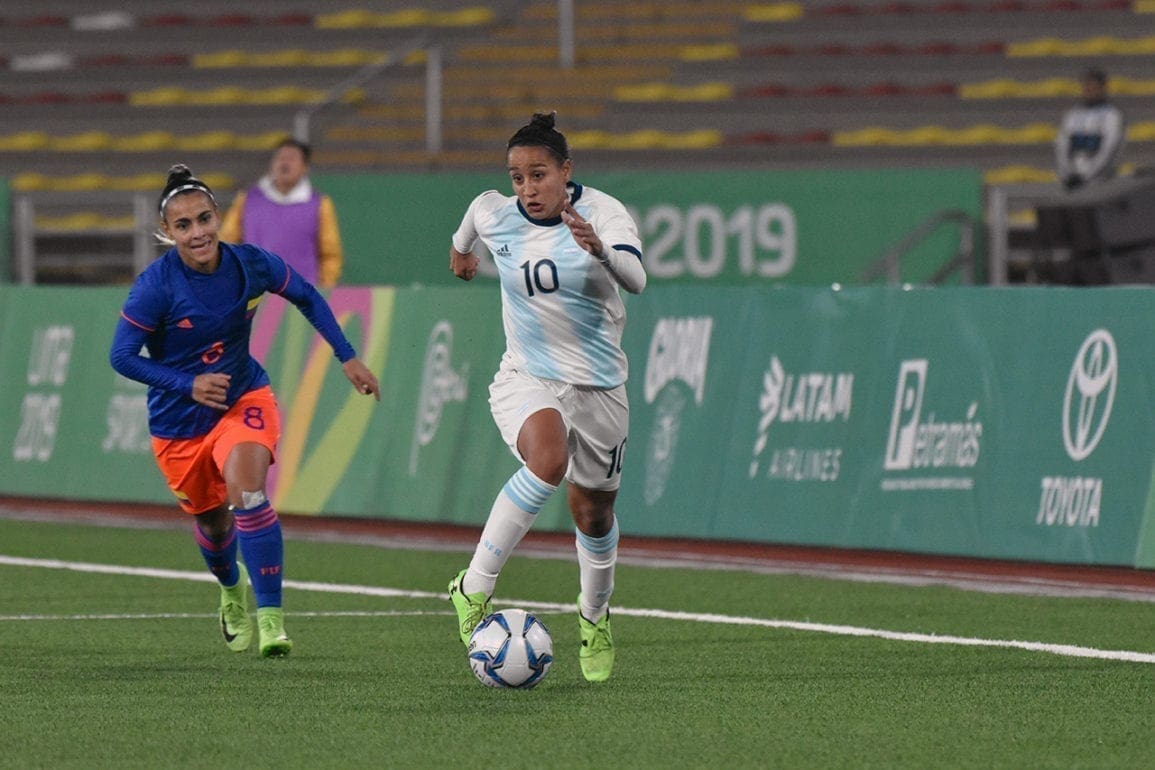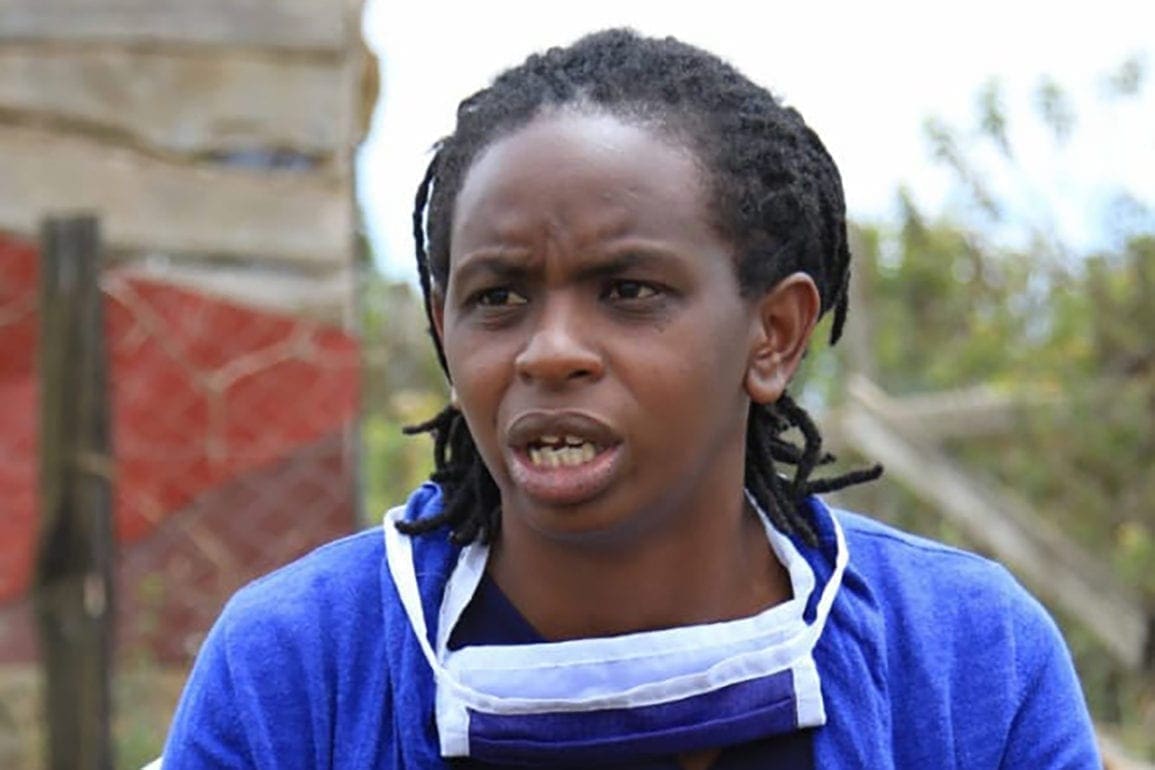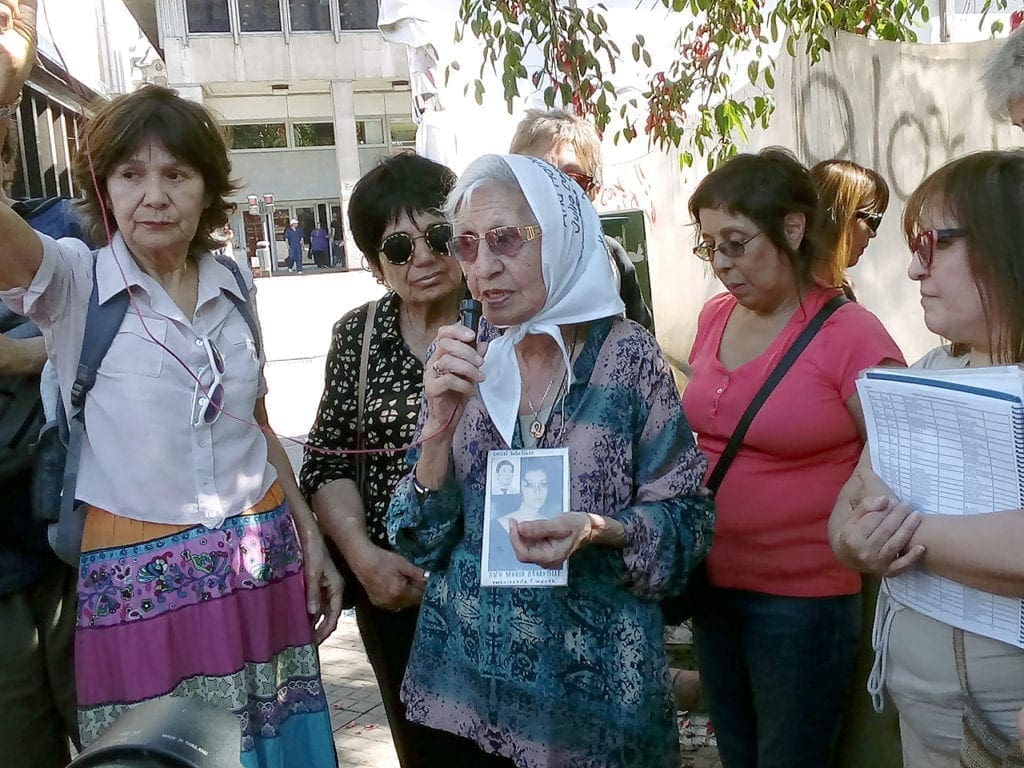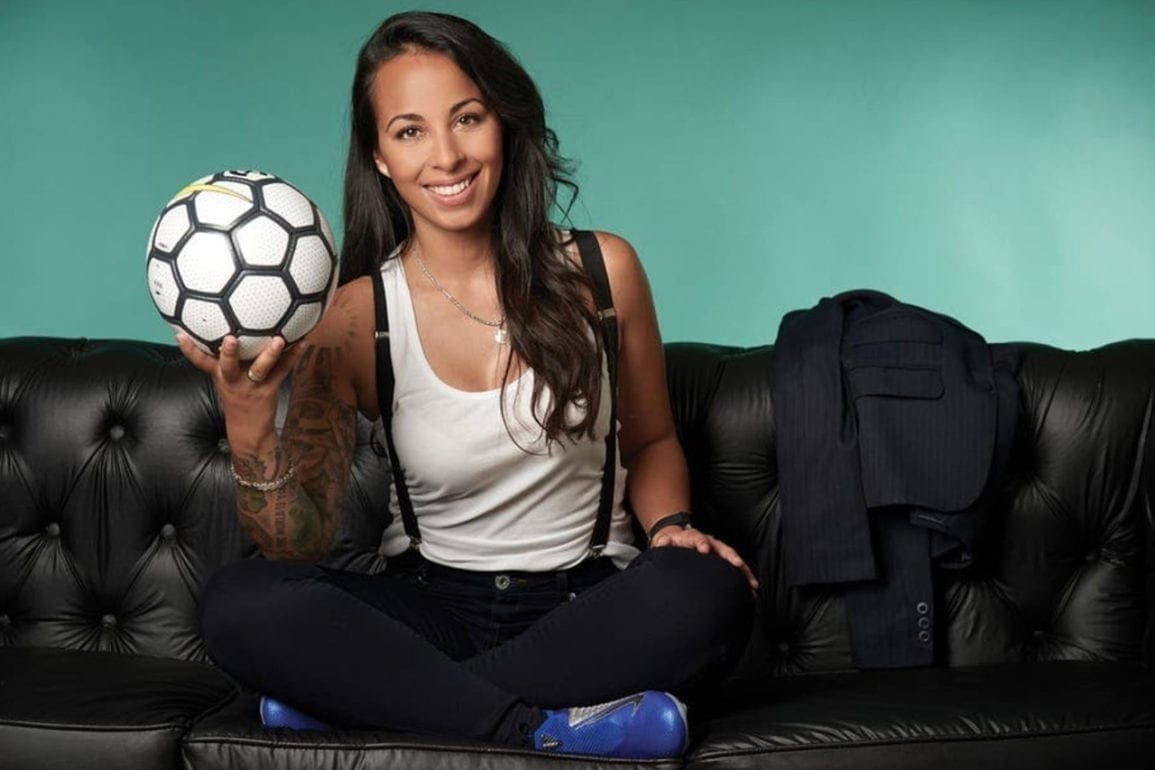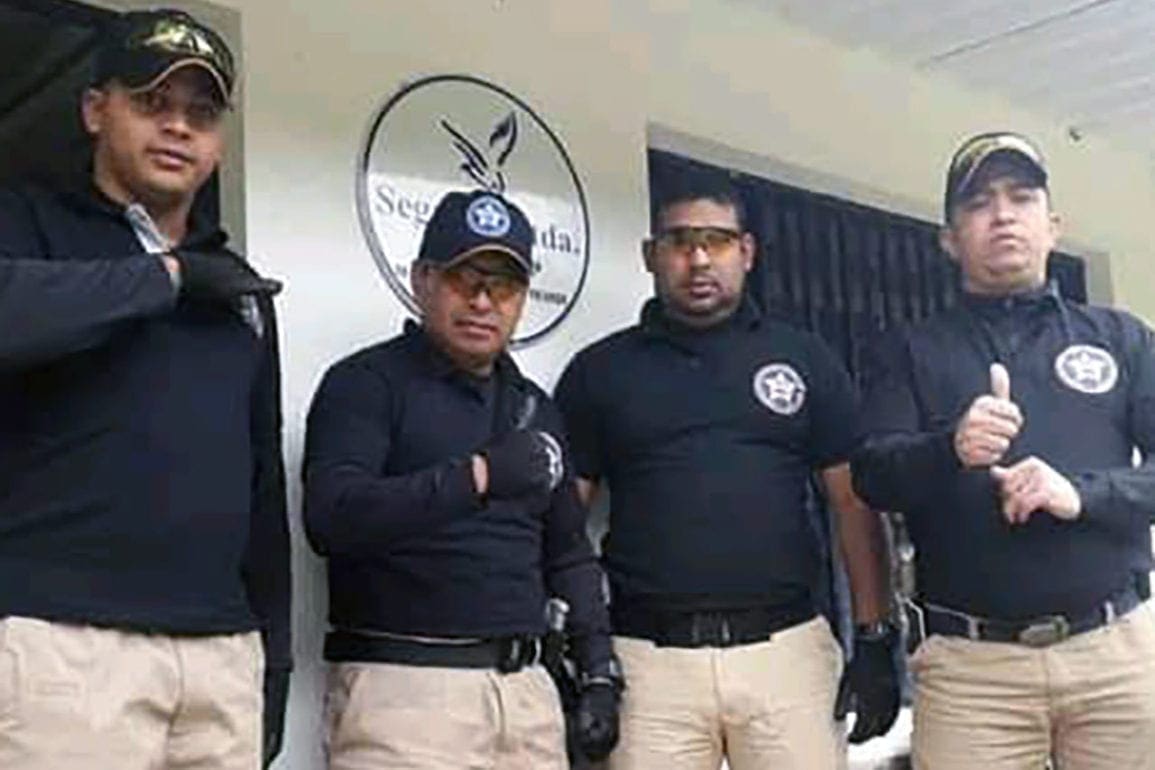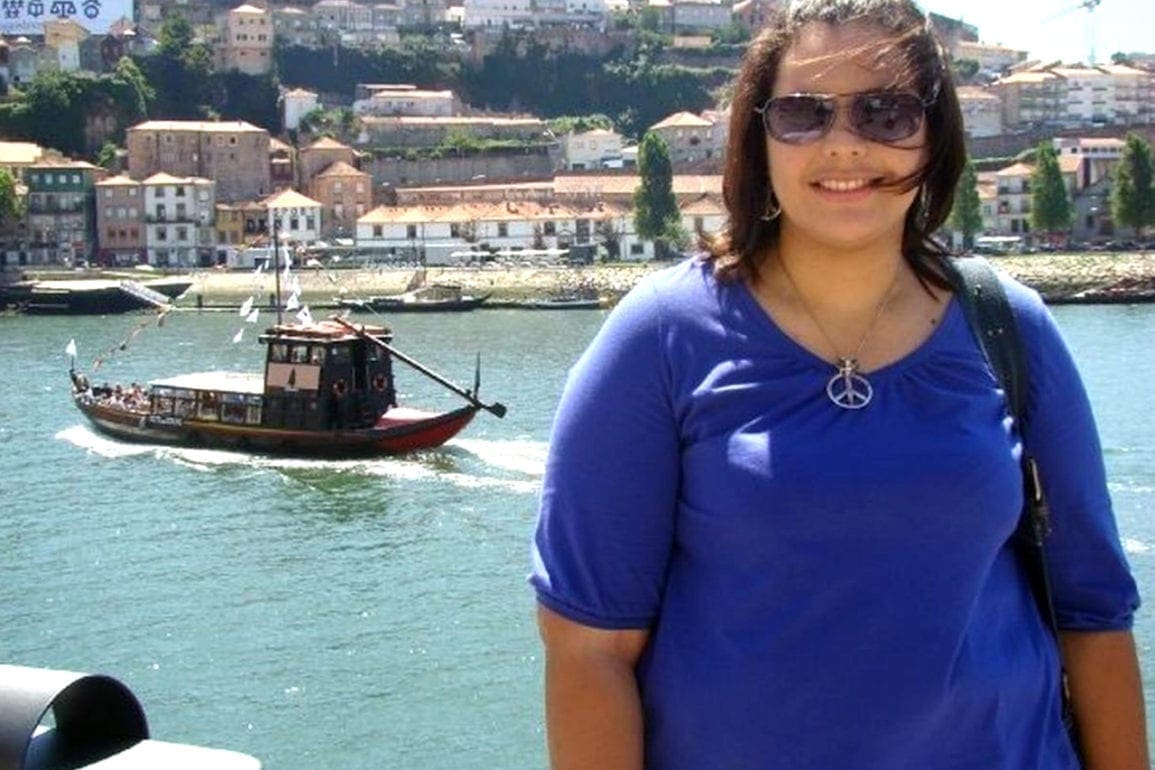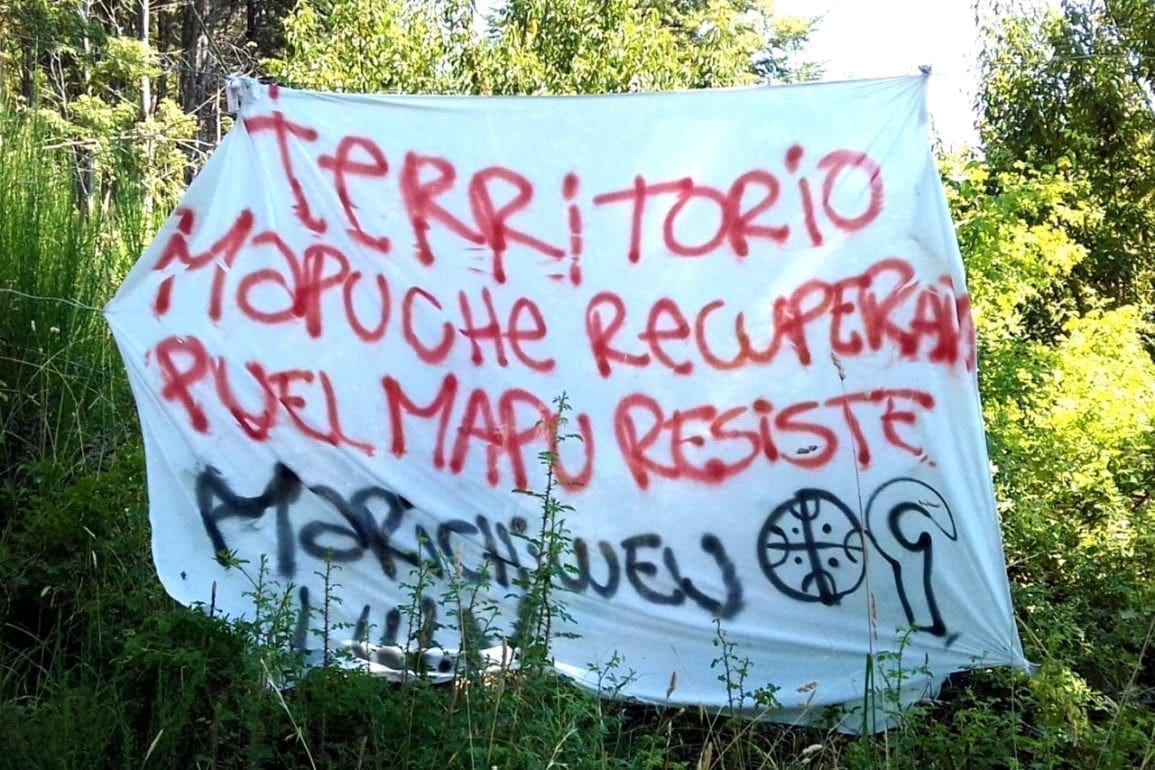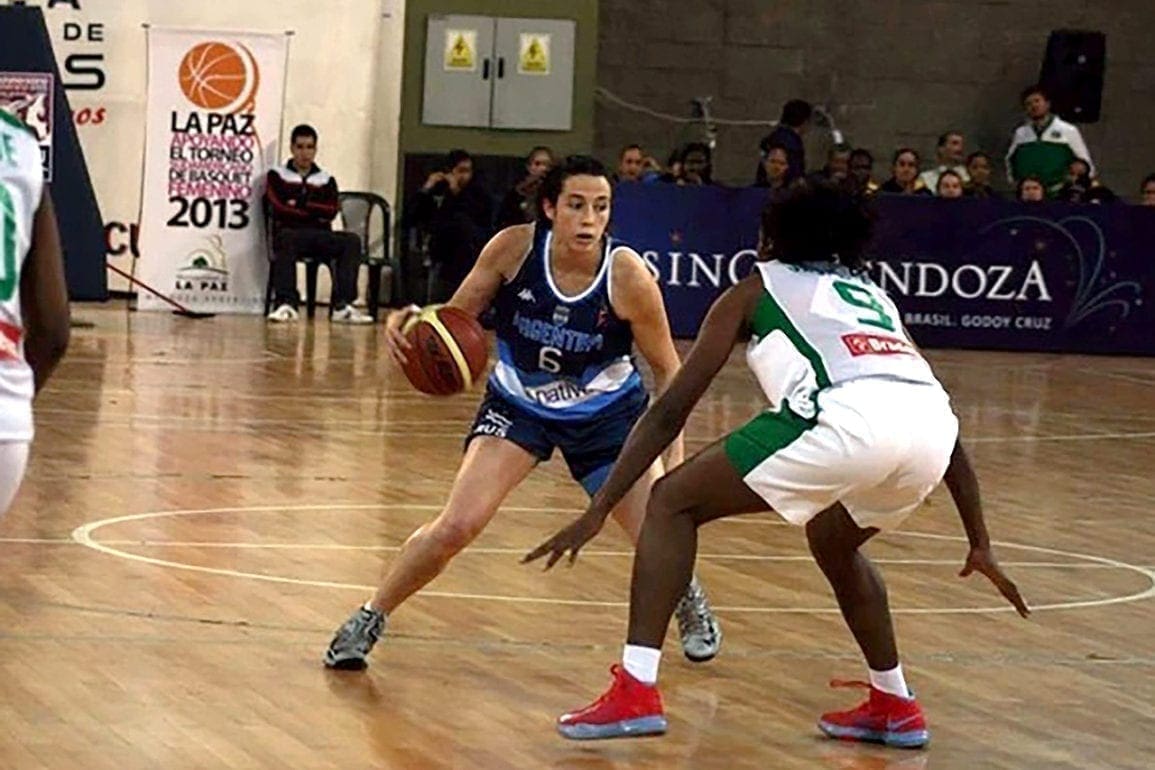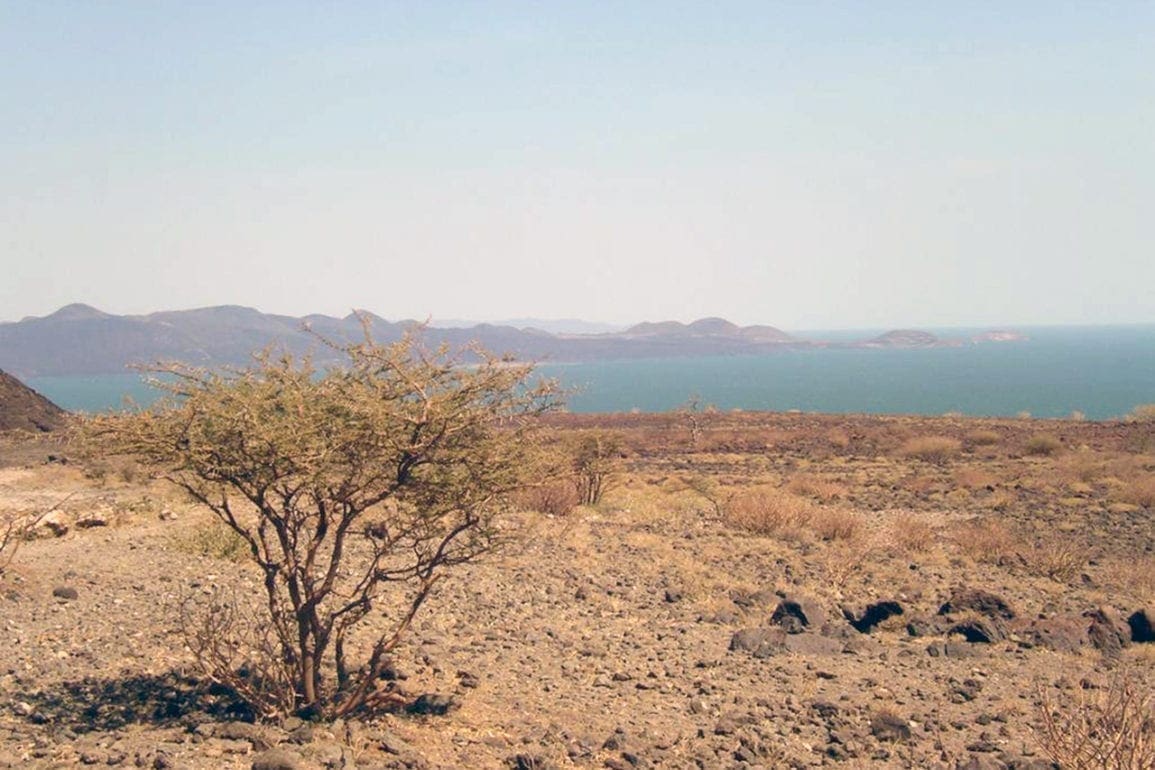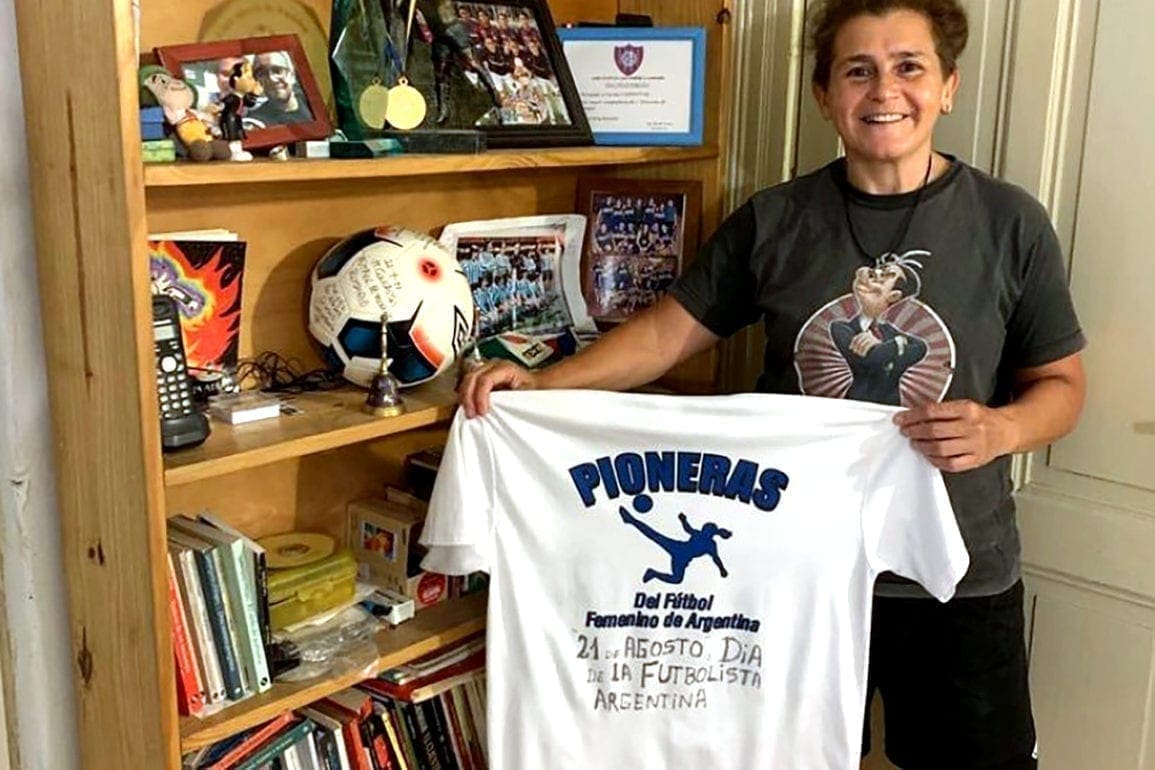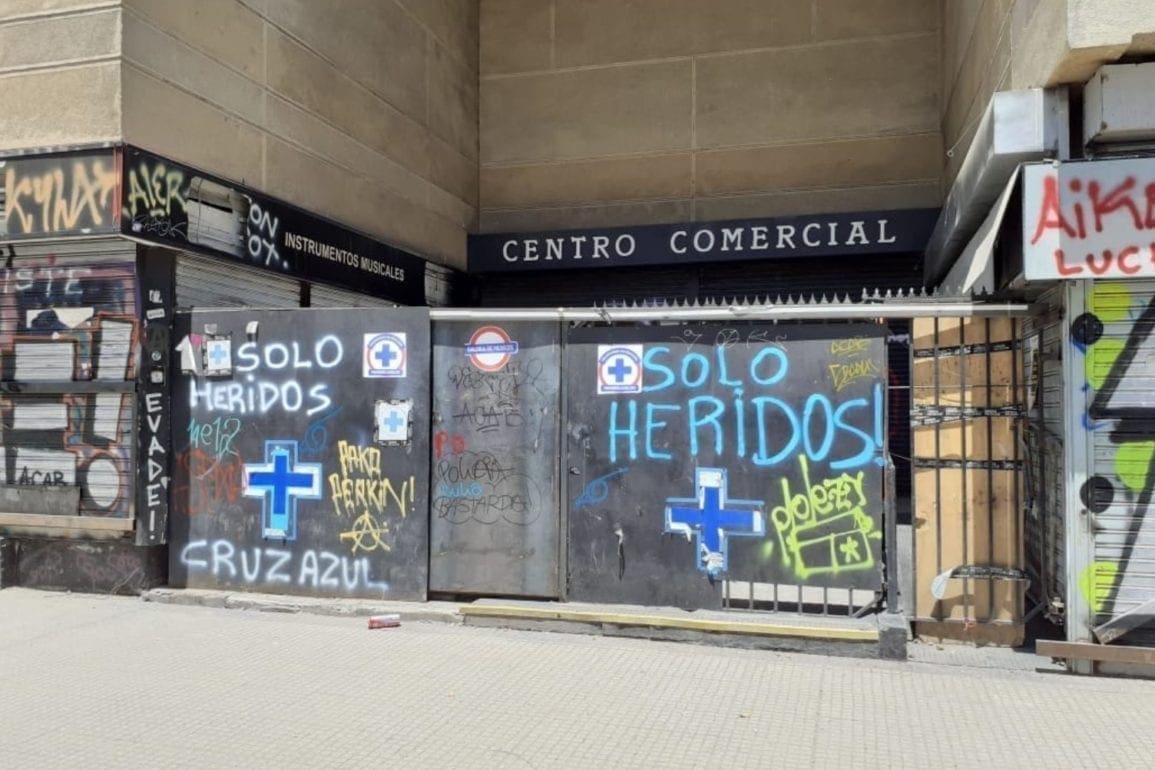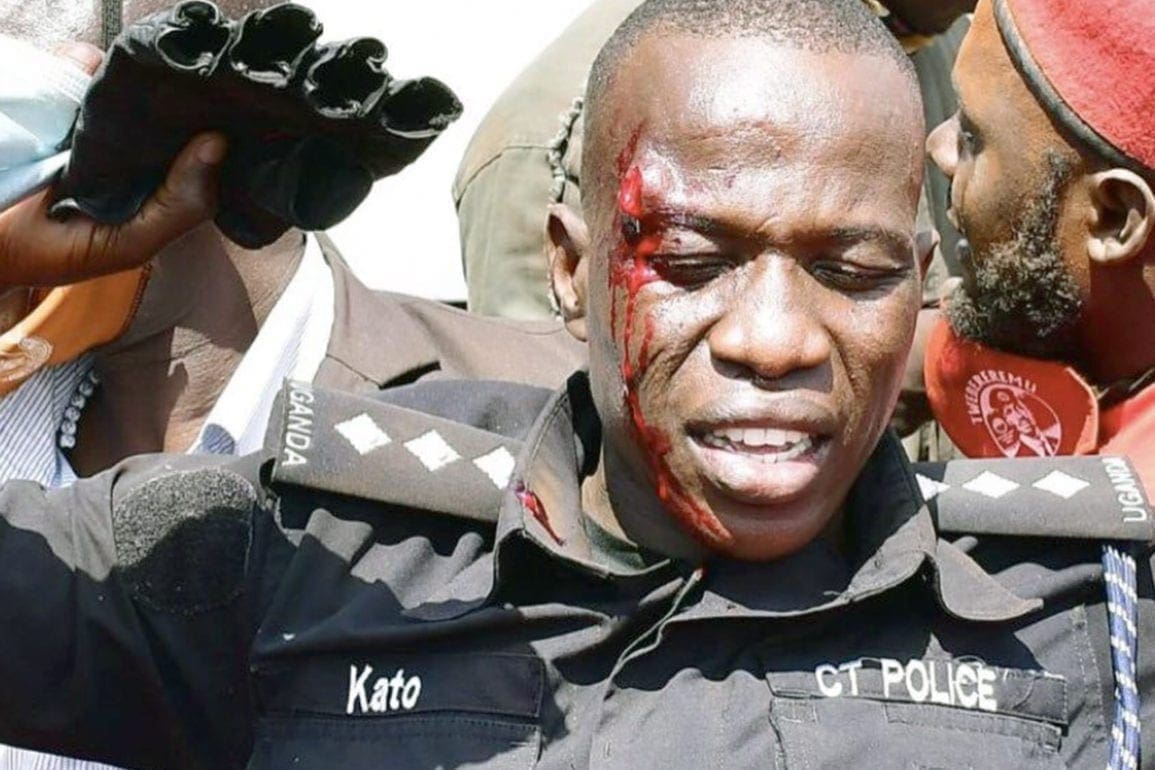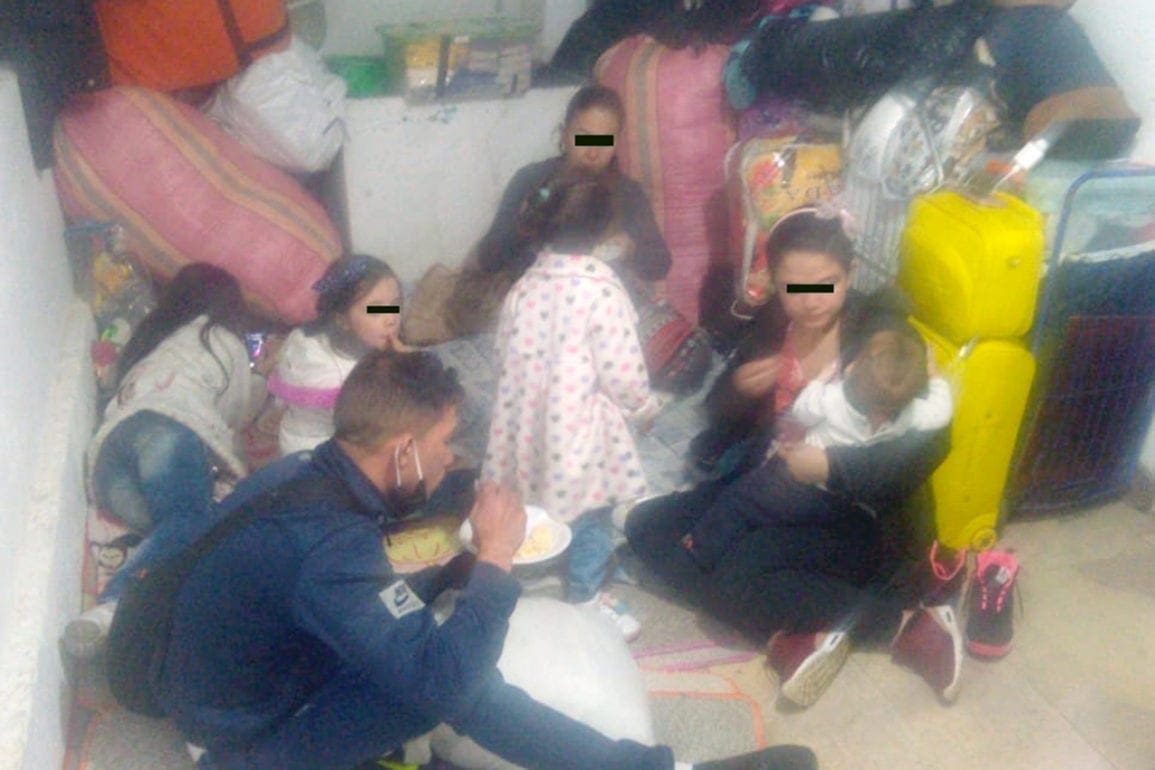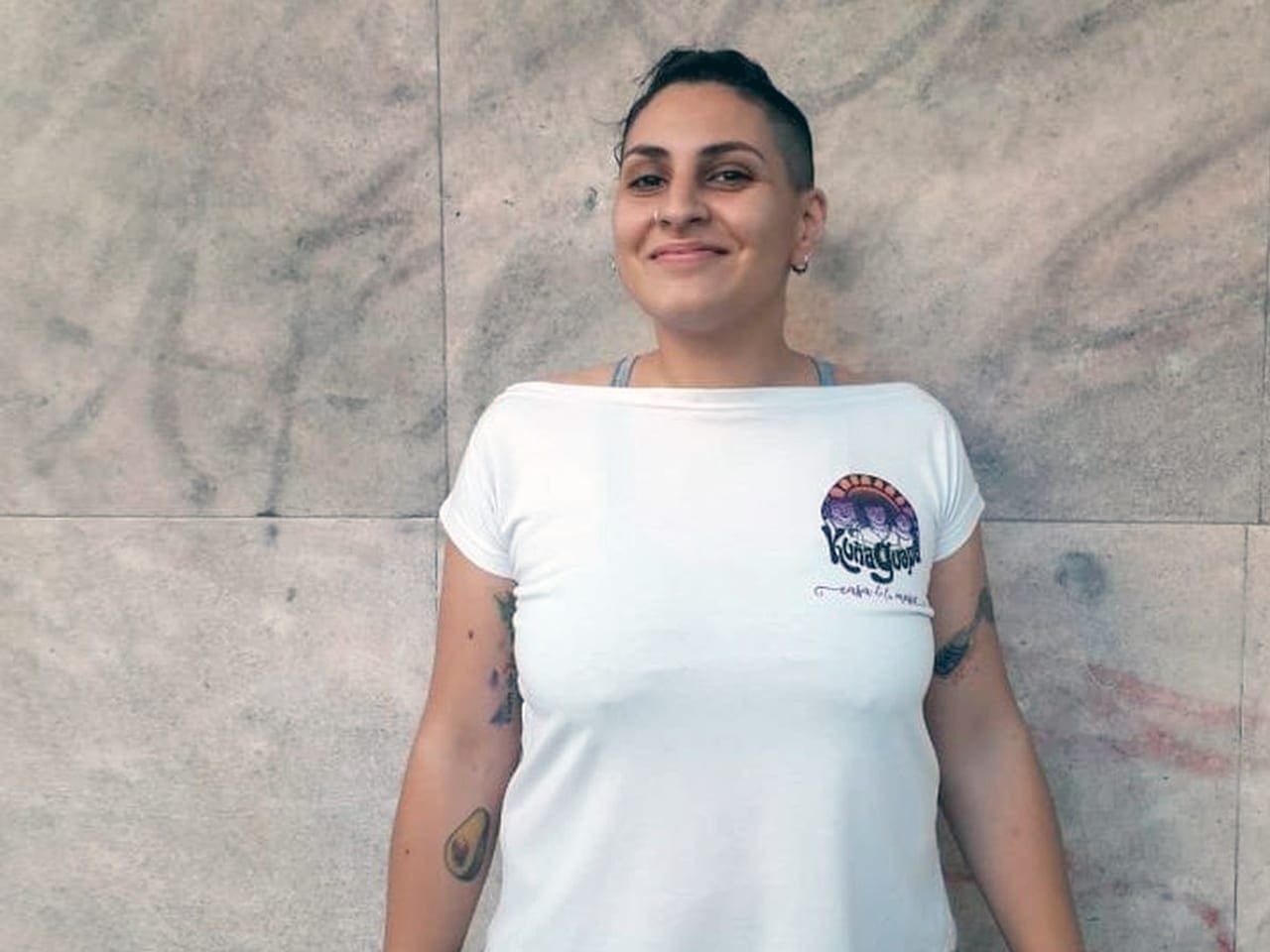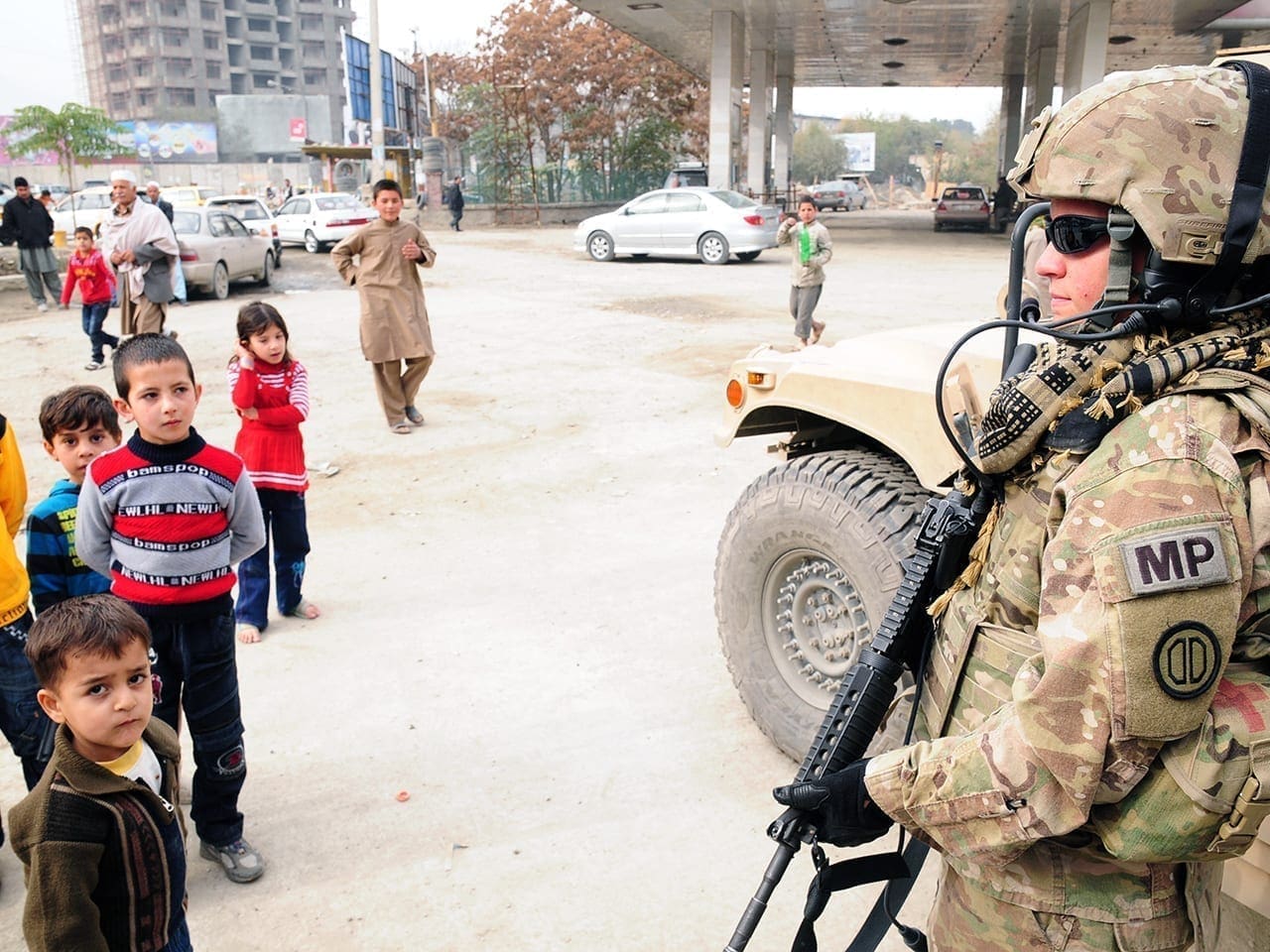Emerging from the dark
Until 2011 when I stumbled across articles online explaining exactly what I was feeling, I knew I was different, I just didn’t know it had a name.
- 4 years ago
October 28, 2020
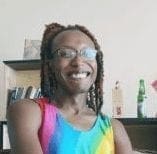
NAIROBI, Kenya — There was this time my sisters painted my toes, I must have been about 13 years old. The following day, I went to school and intentionally took off my shoes during playtime, “they are leather”, I explained, “they will damage the ball.”
There I was with my colorful feet as I played football with the other children. Looking back I remember the excitement, plus the anxious feeling that would be part of my life for the next 17 years.
We were a tight-knit family. My mum was a sole parent and brought us up in the church and with an ethic of hard work and education.
For a huge part of my life, all the answers to my life could be found in church teachings and studying. I love reading and research, everything really, I would read the encyclopedia about other countries and the world.
At age 14 I had weird information stored away in my brain such as the names of the 41 Presidents of the United States. I also delved into theology at an early age and even considered joining the priesthood after high school that never happened though. My siblings and I still are very close. We have things in common such as the pursuit of academic accolades and career excellence.
There is one thing which the church or my love for books never gave me the answers to. Why did I feel I was different from the boys? Why did I wake up at four every morning in high school to take a shower in the boys’ boarding school I was in — so that no one would see my body in the open bathrooms? Why even in very masculine environments such as the one year I worked in a construction crew after high school, I found friendship with the girls in the crew to be more fulfilling and I could not identify with the men’s view of women as objects of sexual pursuit?
Education, work and the big city
Before joining college I spent a year studying for accounting examinations. I lived with my sister then. It was 2001, I was 20. While she would be away at work leaving me in the house alone, I would at times rummage through her clothes and low heeled shoes and try them on. Her makeup, shoes, and everything she had intrigued me.
All this while secretly battling with what society and church had taught me to be – a virtuous young man. I scoured through the church confessional booklet but there was no sin to describe what I was doing. I knew I wasn’t sexually attracted to men so that ruled out homosexuality. So my pursuit felt wrong but there were no words for it at least not in the confessional.
It was 2011 when I first had wifi in the house. I was still living with my sister but the setup was different. We were now in Nairobi. I was working my way through university and she was progressing her career.
In August 2011 I finally found information describing exactly all my identity conflict — I had spent a month locked away in my room researching. I was immensely relieved to know that there was a name. I was transgender. I was excited to see stories of people like Lea T but the excitement was tinged with the same anxious feeling I had felt playing soccer with nail polished feet at 13 years of age. I could not tell my siblings. The church did not have an explanation for this and church morality was the guide for our lives.
Hiding true identity
The corporate world was something else. I remember coming from work and passing through a supermarket and the guard saying to me “Madam, leave your bag over here.” I was a bit shocked and kept my voice low all the time I was shopping. Somehow even when I was trying to look my best “man-self.”
I failed. I would walk into colleagues having discussions about gay men over lunch and they would end the discussion when I showed up. In Kenya, there was never a separation between gender and sexuality.
My clothes were just the signature for my internal conflict. I had stopped buying male pants in the shops in 2007 and I would have my own made by tailors. When tailors failed me I started designing and cutting my own pieces which my tailor Jackie would stitch up. During my work in the bank, I would wear women’s tailored suits. Somehow in my head, it was a compromise, I still looked official and I still felt like myself.
In 2012 I was dating. My girlfriend noticed all these differences. I explained all my findings of being transgender and both of us agreed to work on “fixing this.” She encouraged me to work on my self-made clothing and my interest in design that way we would avoid conflict with society and in church when it came to outward appearance. She was the most loving person but we separated mostly because my life had too many moving parts. My gender was a moving part, my new pursuit as a tech founder in 2013 was very unstable compared to working in the bank.
The technology space gave me autonomy and a lot of startup and social enterprise founders were not living life in the norm. It was close to a subculture and misfits fit in subcultures. I didn’t just fit, I thrived in this space, I had so many ideas, I had a leaning toward technology and my own struggle with myself had made me a deeply empathetic person. I found my professional path as a UX researcher and designer.
Finally, in 2016, I accepted myself and stopped looking for a fix. I was transgender and I was okay. I was alone though, I didn’t know of anyone else on this journey and I kept wondering if there were any people out there that could relate to my struggles.
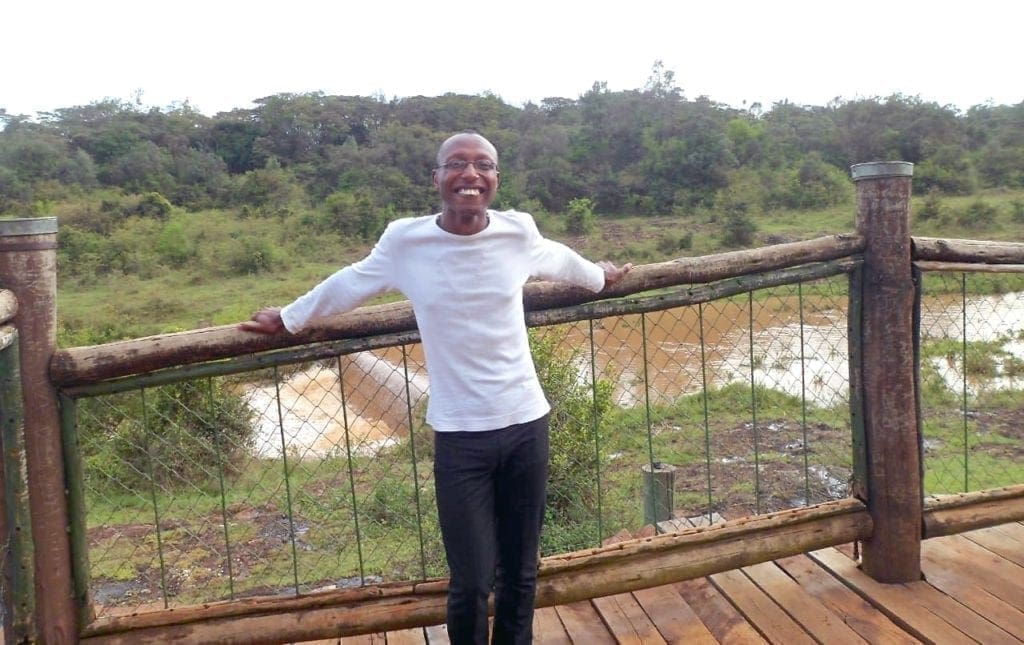
Identity, finding self: What are you?
In 2016 an Ed-Tech event was happening in the space I was running. It was a Sunday, work had been my only solace since my break-up a year ago. I had seen Audrey in the media. She was the only public transgender person I knew. She had challenged KNEC, a government body for not allowing her to change her names and gender markers on her educational certificates. I admired her for living her truth so courageously. Albeit anxious, I introduced myself, and the first question she asked me was…“What are you?”
The question jolted me. This was the first time I ever had to own my identity and say it.“I am a transgender” I replied“Do you belong to any community, groups?” She quipped.“
I am on Susan’s Place,” I responded. Susan’s place was an online transgender community. I did not know if there were any physical communities in my country. We exchanged contacts and it was such a relief to have one other person – someone who was like me.
New challenges — health care for trans people
I have not fallen sick in 20 years but right now the thought of it scares me. How will I be handled? Would they understand the person that I am and be able to treat me without bias?
The thing is doctors are also part of society. How I see myself and how society sees me will always conflict. We are making headway with educating interested medics about transgender people in the hopes that one day people like me will not have to struggle to access basic healthcare.
Finding a local community such as the one at Jinsiangu is beneficial. You get to talk to other people (transgender, intersex, and gender non-conforming persons). The journey of self-medication doesn’t seem such a solo journey. Many doctors are still unwilling to prescribe hormone therapy or to carry out gender-affirming surgeries for transgender people. Some will quote to you the “do no harm principle” and say there is nothing wrong with you. Ironically they only quote half of this principle, the other half that says “do all possible good to your client” they will not talk about doing all possible good for their transgender client. Some will outrightly tell you they don’t want to tamper with God’s creation. They have no explanation as to why they tamper with God’s creation when carrying out similar surgeries on intersex children before an age of consent.
Hormone replacement therapy is very expensive, while women who were born female have natural puberty in their teens, the only way for me a transgender woman is medical transitioning – medical puberty at whatever age.
Accessing gender reassignment surgery will be my next goal as in Kenya it’s next to impossible. Thailand where Katoey is a part of mainstream Thai life is the most accessible place for me as a Kenyan transgender woman to get vaginoplasty. This though requires a life of savings, I have to choose between a retirement home, a fancy car, or a vagina. The vagina will definitely win.
What’s in a name? Murky name changes
I decided to take steps to formally changing my name. Arya is a gender-neutral Indian name that means ‘honorable’ while Jeipea is coined from JP my birth name initials and Karijo is my family name. My birth name feels foreign to me but every time I transact on mobile money I am reminded that it is the name on every document and every bank account and every award I won in that half of my life.
Normal day-to-day things for me are anxiety moments. I have been stopped at local airports and asked if I have medical documentation to show why I am a woman with a male’s ID and passport. I have been lucky to get contractual research work where people accepted my chosen name. Police officers also abuse gender loopholes to extract bribes from transgender people. I have been stopped multiple times. In one particular case, they trumped up a traffic offense while they picked me up in a parking lot. I refused to pay up the bribe and I spent a night in the male cells and was taunted in the morning by the Officers whether I was a man or a woman and some asked if I was a sex worker.
I am afraid of traffic offenses because they could easily escalate into gender issues. Some police though are really responsible. I once checked into a police station and the first office they took me to was the Gender Desk – but I explained I had other issues not related to gender violence. I went by the acronym JP in my social circles and with my family.
My current middle name Jeipea is coined from the pronunciation of JP and from a 1979 movie known as “The Orphan Train.” In this movie, a little girl whose name is Josephine Priscilla takes up the name JP to survive in the streets of New York as a paperboy during the depression. Using Jeipea allows me peace of mind such that if people use JP it is not such a trigger. In my mind, it registers as Jeipea which could be Josephine Priscilla and not necessarily my dead name.
Getting a name change is not supposed to be a complex issue. There are a process and system for it. The challenge is it is a human involving process. You have to talk to a Chief (the head of a local administrative unit of neighborhoods) to write you a letter. I was lucky to find a very understanding Chief in Parklands. The next step is you have to confirm you are not involved in any criminal activity and that your current ID is really yours. This step involves showing up physically at government service centers and having your fingerprints taken for a background check.
In the Registrar offices, I found nice people. One said to his colleague in Kikuyu a local language. This person is a woman with a male name. I have had experiences though in service centers where some officers would be left talking and laughing saying “See what ‘a John’ looks like these days.” I also had a run-in with private security guards at a government office who wouldn’t let me in with my ID, their superior however was a very understanding woman and I explained to her that the ID was the very reason I was visiting their office. She ordered her male juniors to let me through.
Transgender Education and Advocacy, Audrey’s organization, is currently pushing for policy change so that Transgender people do not have gender markers on their IDs or Education documentation. While a name change is possible under current laws, the gender marker that says “male” will always remain on my documents.
Living my truth
This year 2020 and last year 2019 have really been the years of my living my truth authentically and inviting people into my life.
In Western societies, they call this coming out.
Here it is not really coming out. You don’t sit your family down and tell them you are transgender. In the case of LGB, you also don’t sit them down and tell them you are queer. In many cases someone outs you. This was the case with my family. Someone called my mum and said, “Your son is becoming a woman.” Of course, this was a problem. My mum is aging and has blood pressure issues and my siblings felt my being transgender was harmful to her health.
We are all navigating this. There is no manual for families with transgender, intersex, or gender non-conforming children. The church would be the ideal go-to for such answers in my family. But the church was recently part of a petition to exclude intersex persons from Kenya’s Population and Housing Census. I realize it will take time for my family to work through this and we largely relate cordially and leave my being transgender out of our interactions which works for now – but my body is literally a ticking time bomb.
I took an active role in activism circles. I am a member and beneficiary at Jinsiangu a community organization for Transgender, Intersex, and Gender non-conforming persons. I also volunteer for Queerhive an LBQ-GNC organization built on feminist principles. I showed up for the #Repeal162 hearing for the decriminalization of same-sex relationships in 2019 and after that, I was just open about being part of the community here in Kenya.
After the litigation effort failed, many people in the community were targeted. A couple of my friends and I started discussing the possibility of living together for security and just to be there for each other. We finally made this happen in 2020 in the middle of a worldwide Corona pandemic.
It hasn’t been smooth sailing. The first apartment we moved into we only lasted a month. Neighbors discussed us in a WhatsApp group in which we were excluded. Some of them said they didn’t want their children “recruited into lesbianism” while others didn’t want the “woman who looked like a man” as their neighbor. The landlord gave in to management pressure and asked us to leave. The National Gay and Lesbian Human Rights Commission (NGLHRC) had their lawyer intervene so that we had a one-month extension on the 24-hour notice to vacate.
Our new place is great though. There are rainbow flags as curtains, a transgender flag as a mantlepiece and the management edited the tenancy clauses that read men and women, to reflect intersex or other genders. We have really been able to live as our authentic selves.I am the oldest in terms of age and between us, we have created our chosen family where I am the mother to my lesbian children. It is a little bit like the Netflix series Pose families, but for us it is really about our lives, choosing each other every day and being there for each other as siblings and myself being there for my children.
Am I content? I am getting there. I do not want the new generation of young transgender people to face the same hurdles I have. I do not want LBQ persons like my daughters to live a life of hiding who they love. I want to stick around and make my contribution to change.
Would I leave the country? Yes, I would. I am still very much the same person from the family that pursues academic credentials and career excellence, I would want to go do my Master’s Degree and Doctorate in Europe. Besides the countries, I am thinking of are really great places for my kind.
But until then my work is cut out for me over here, I will be here for my chosen family which keeps evolving, for my community the transgender community in Kenya, for LBQ-GNC persons in Kenya, and for feminist action (women’s rights, equal opportunities and equal choice for women)My name is Arya Jeipea Karijo
